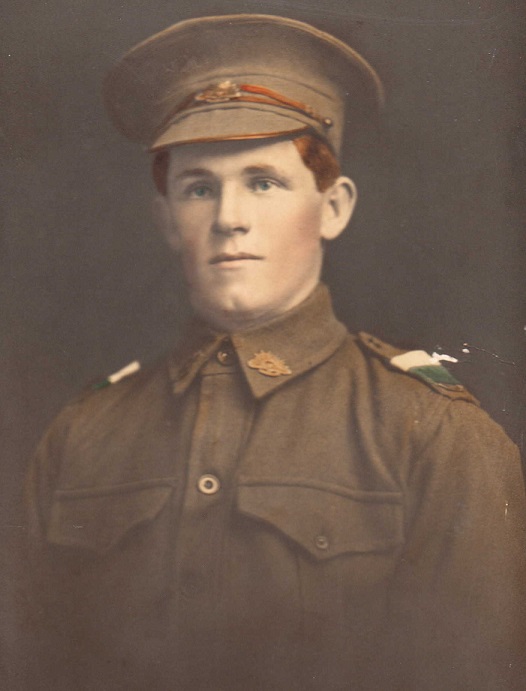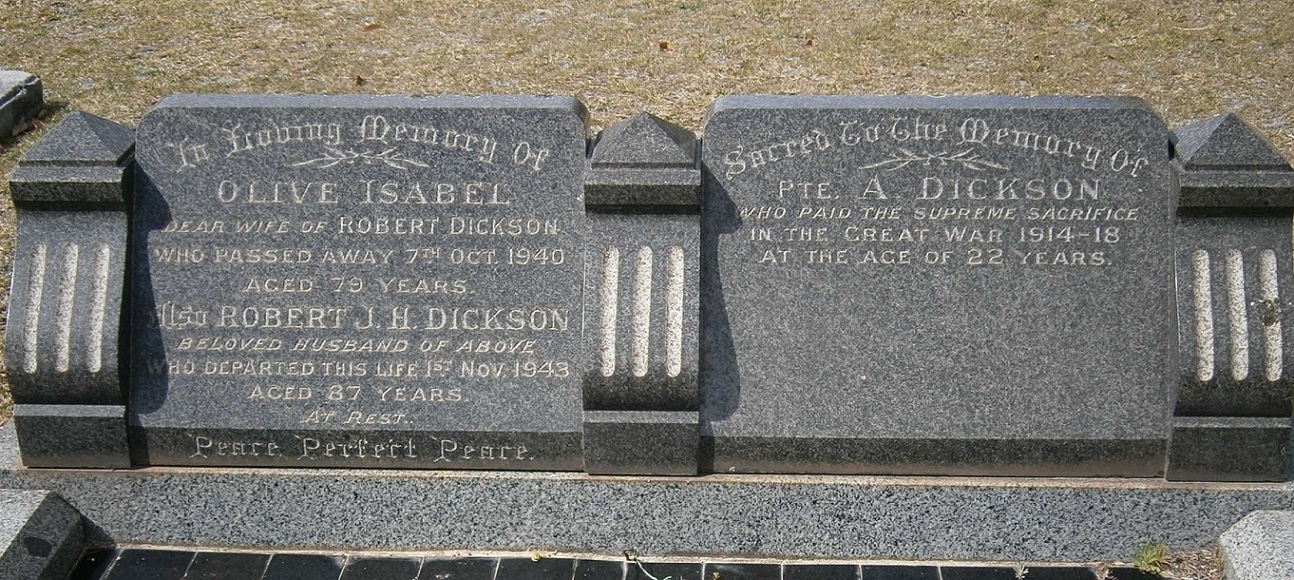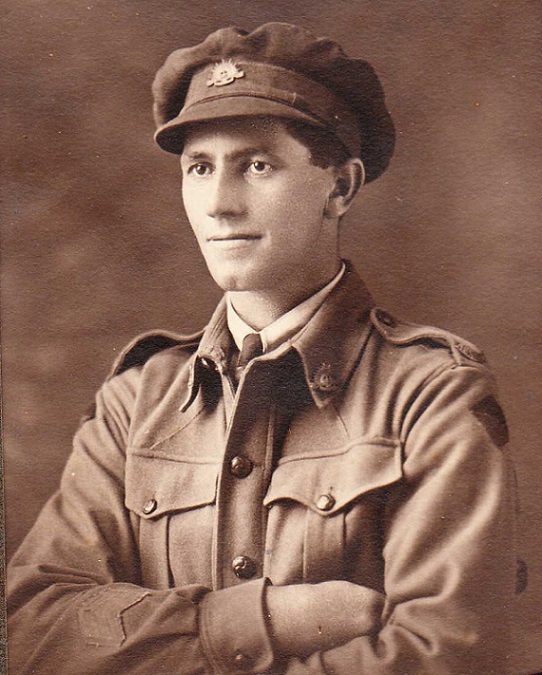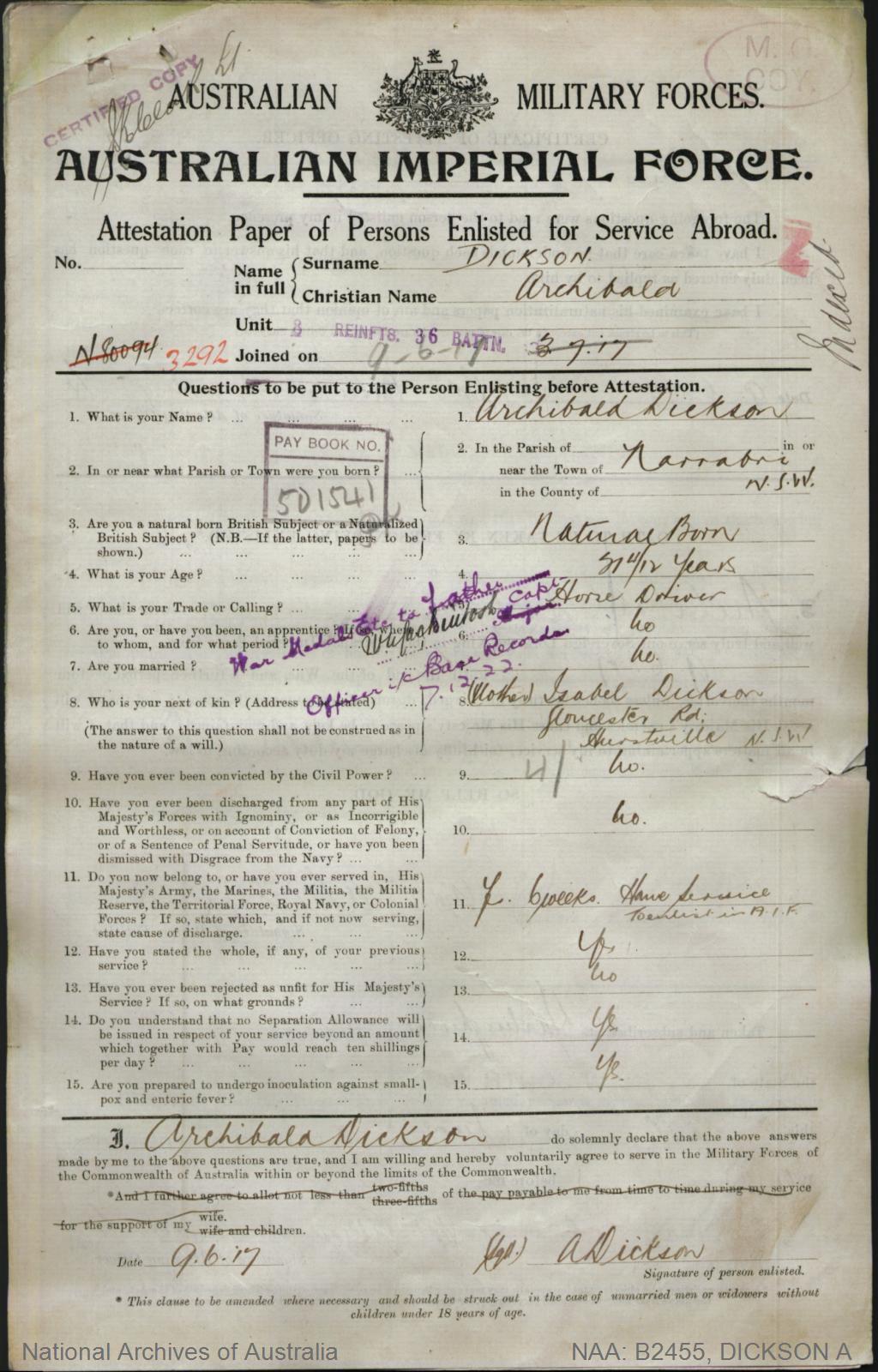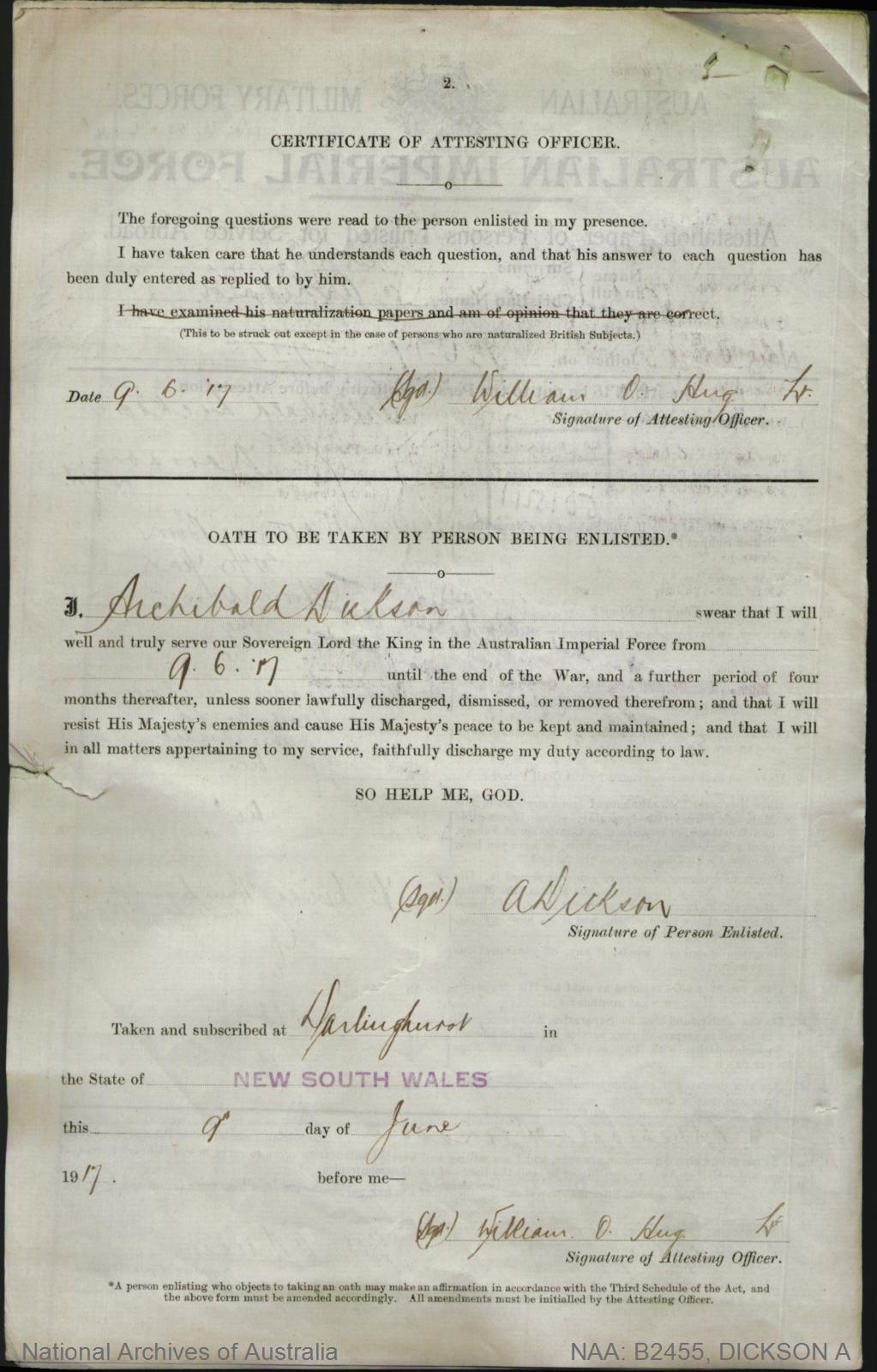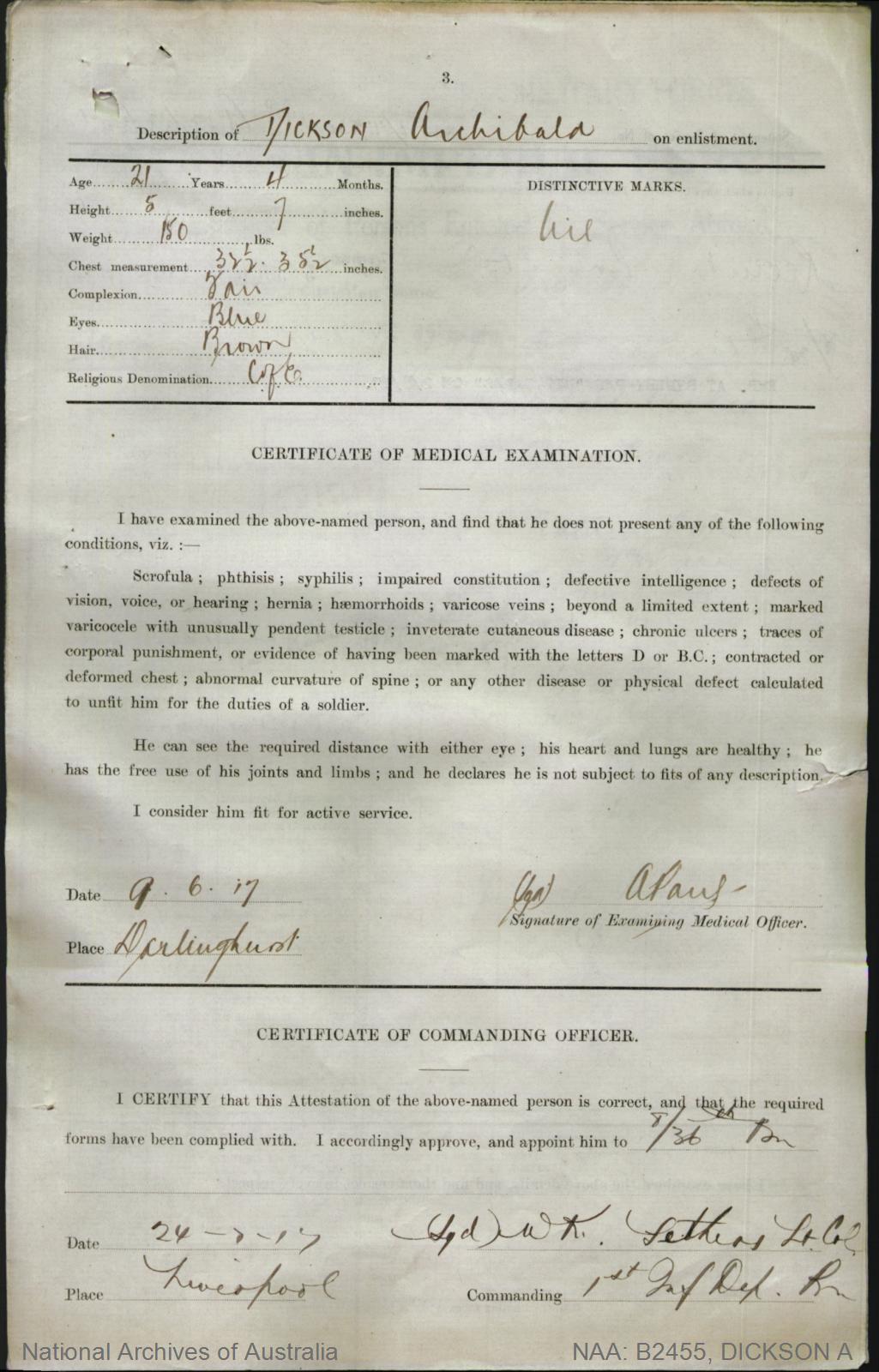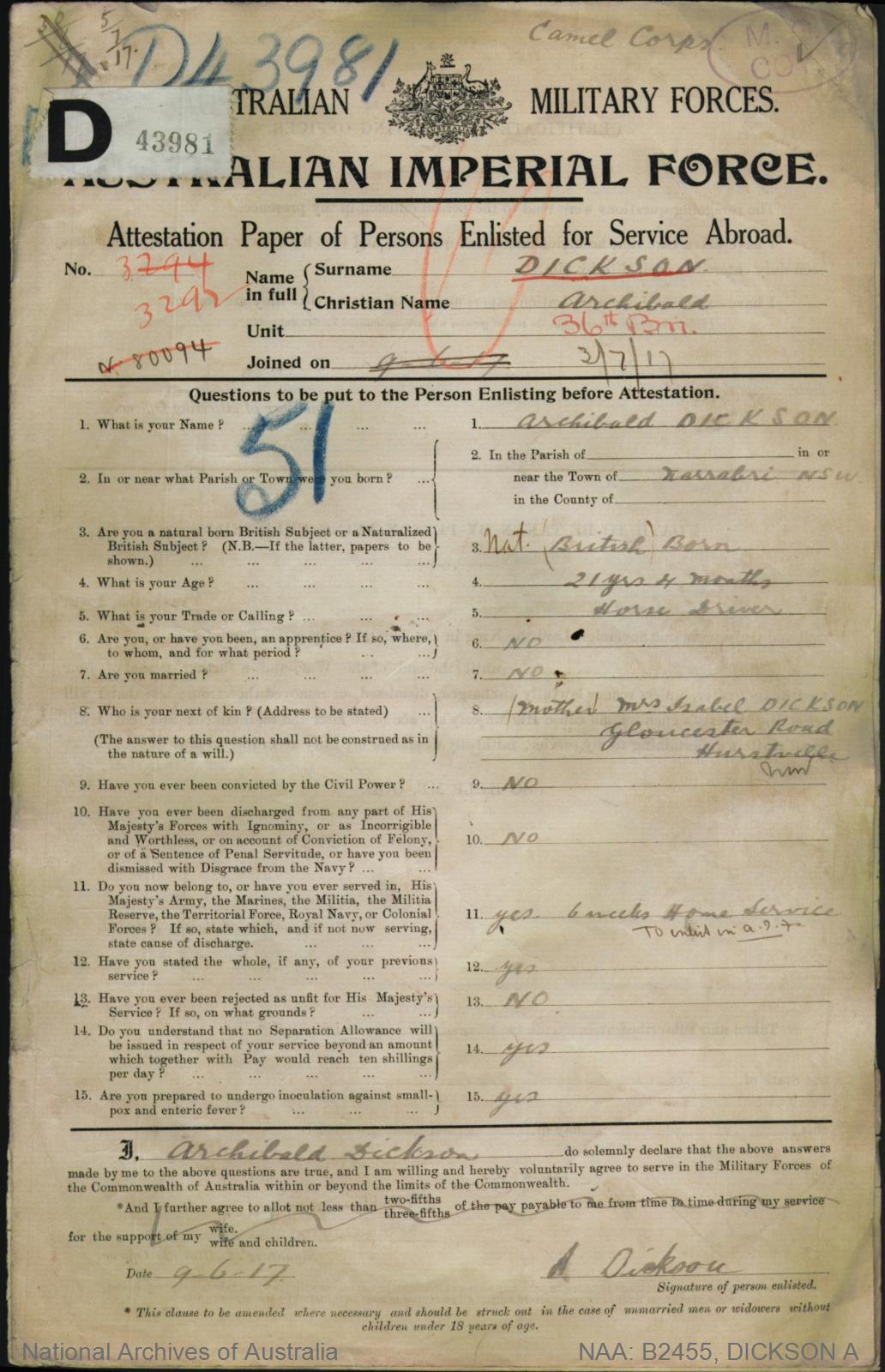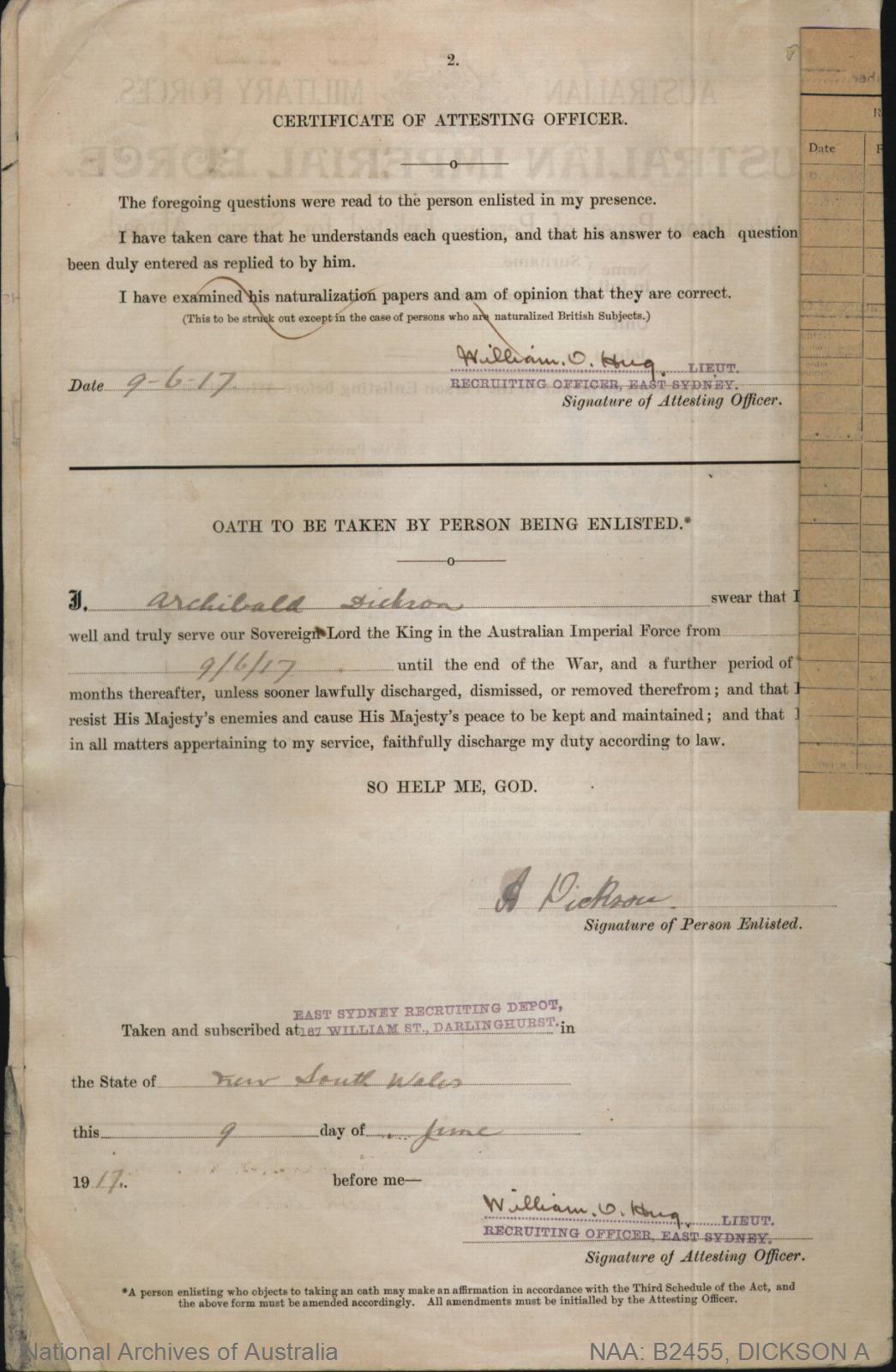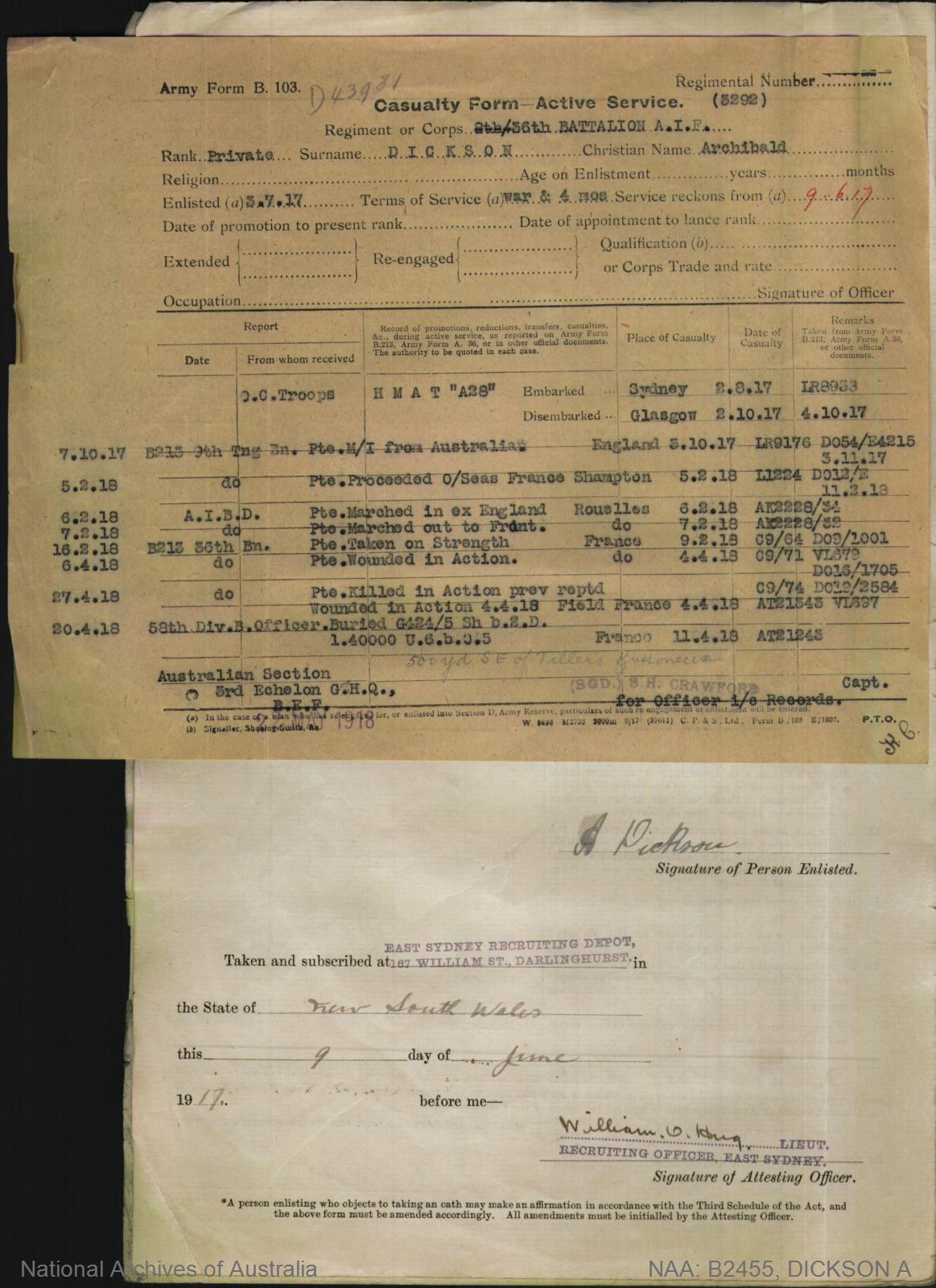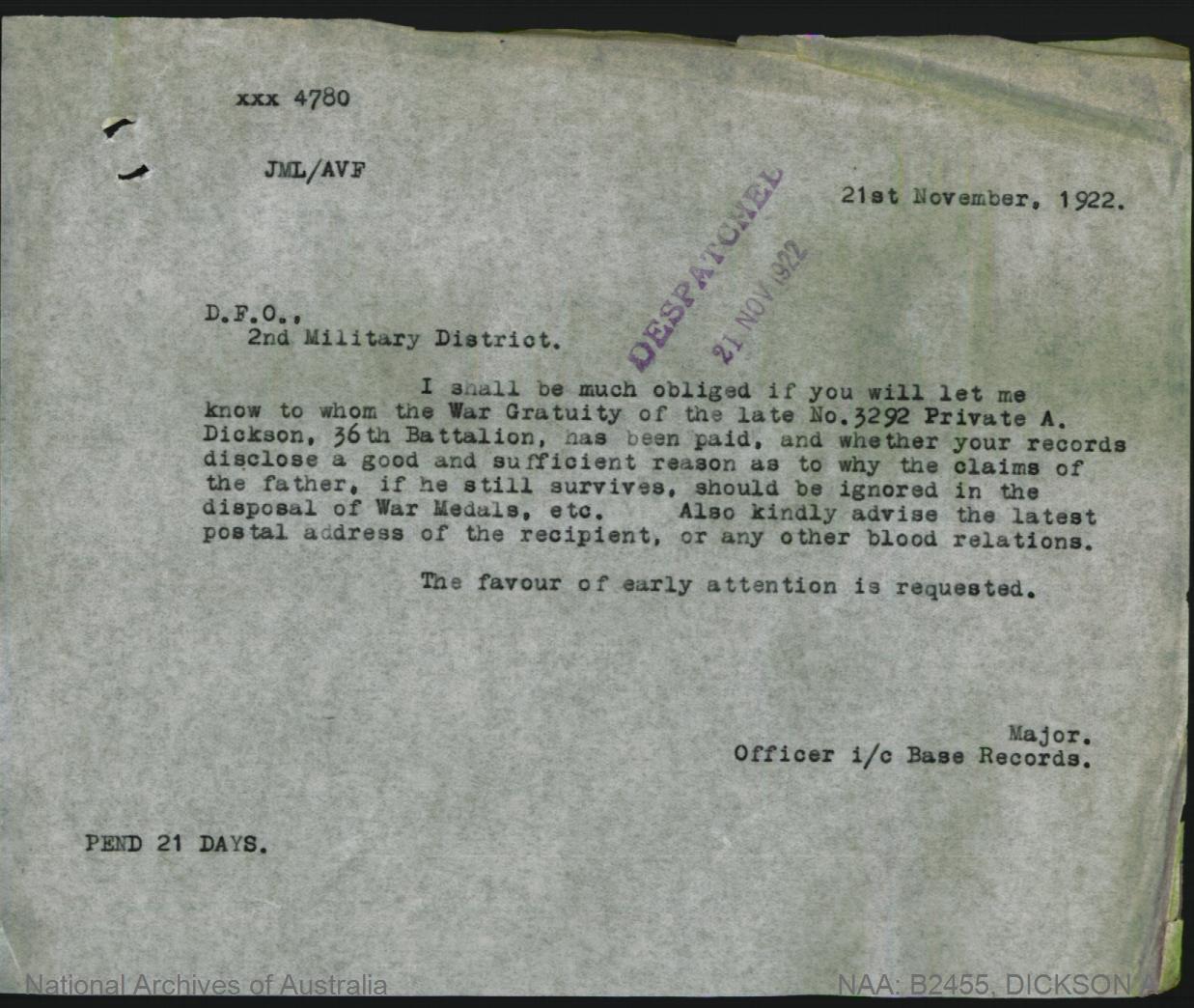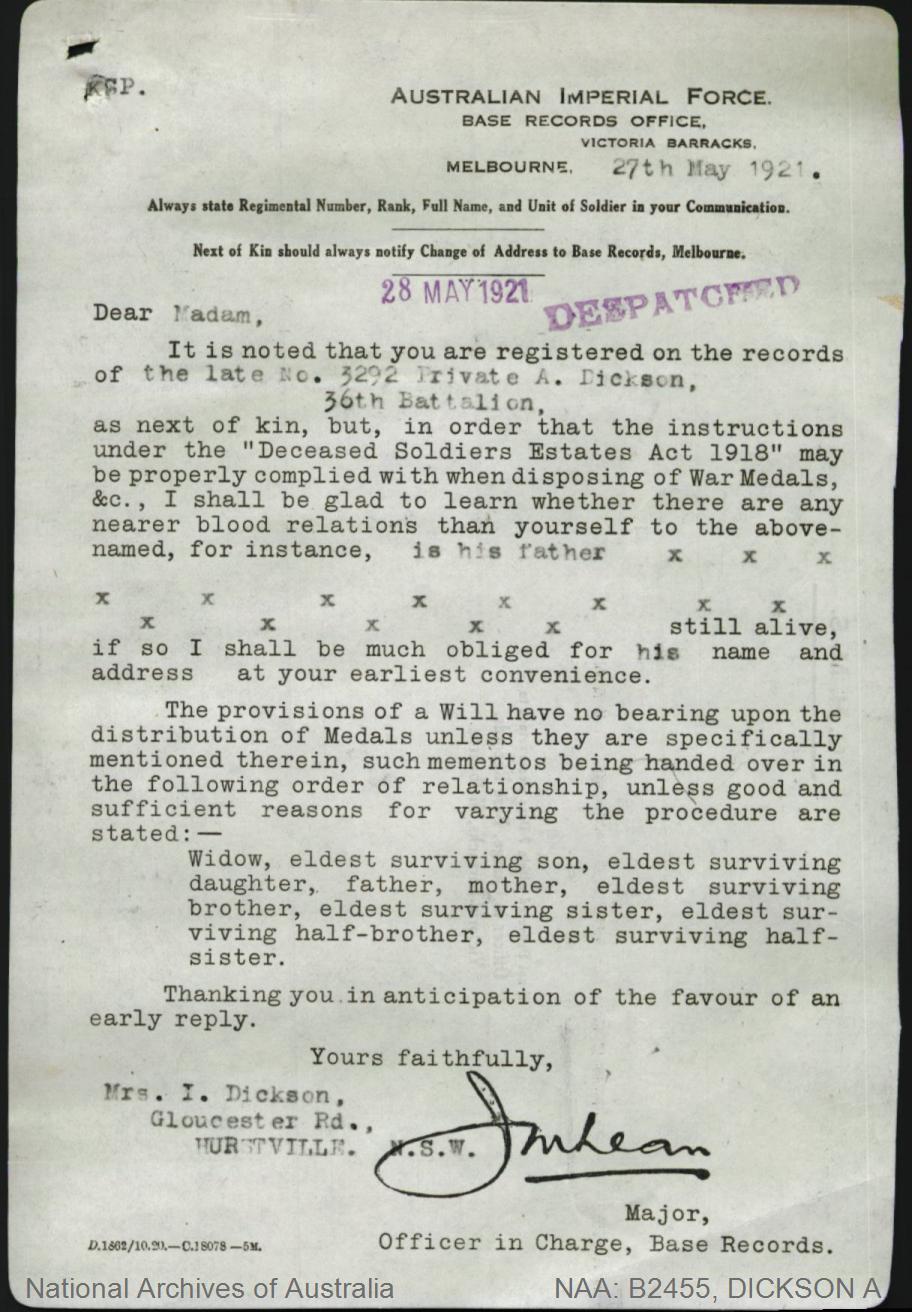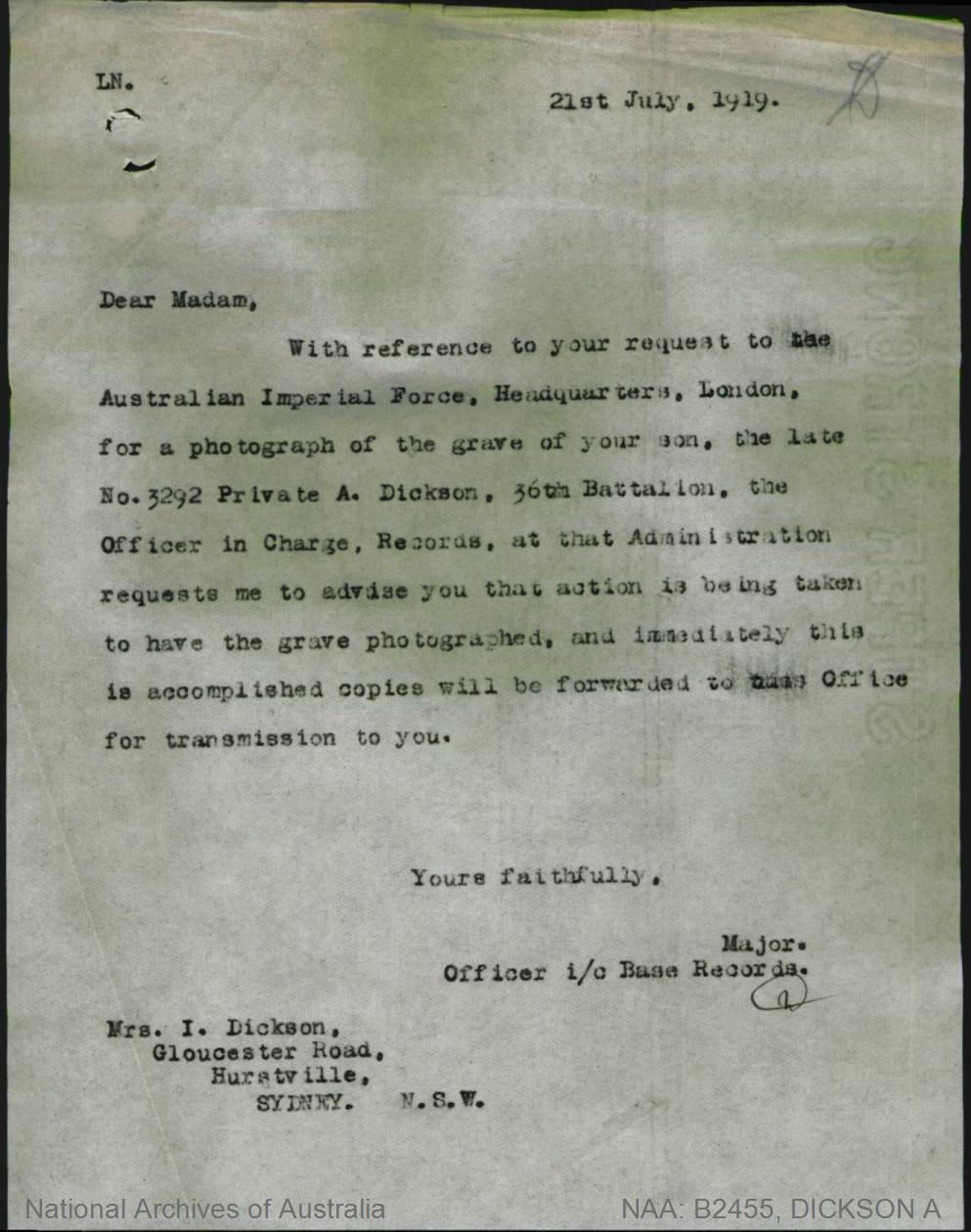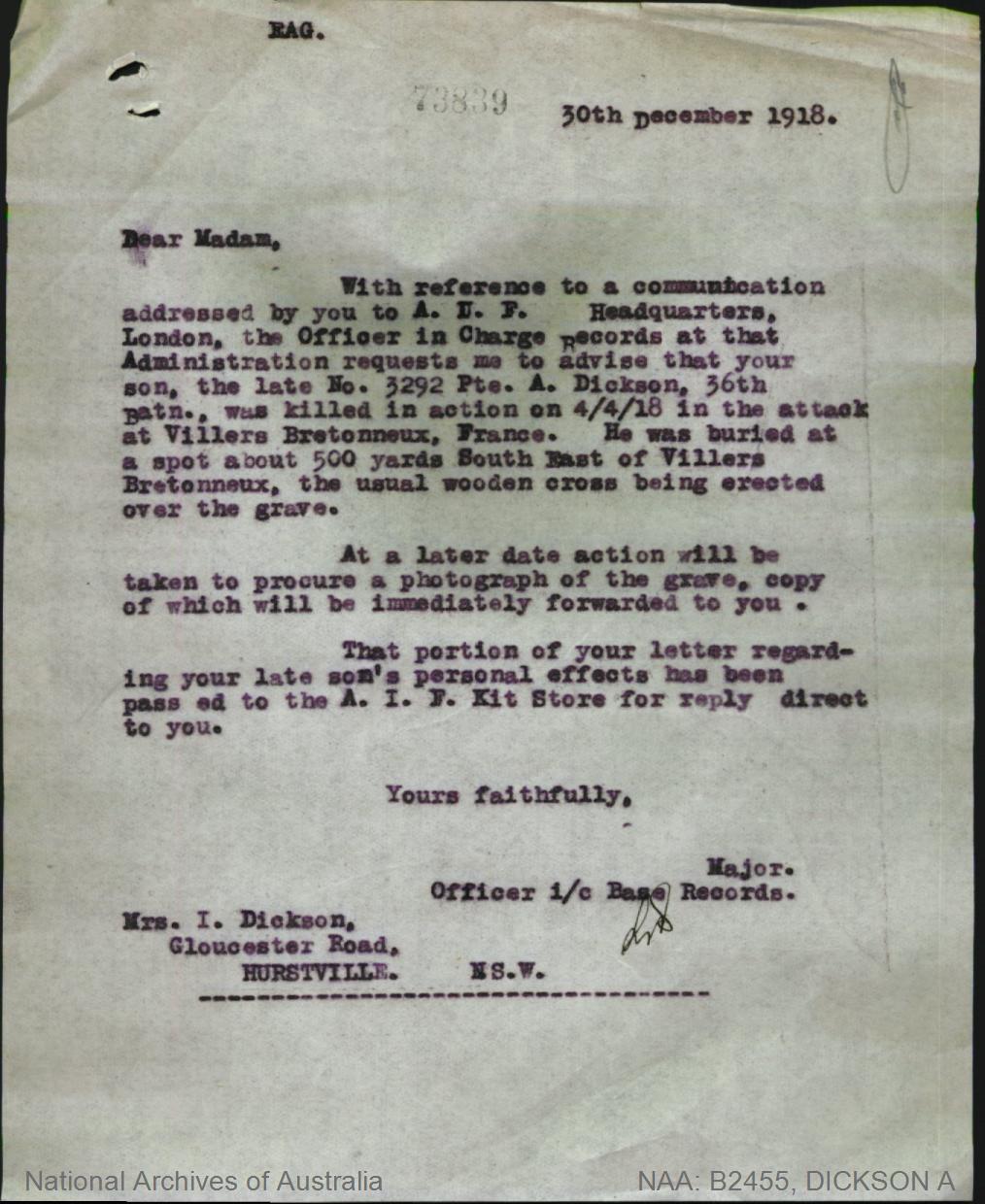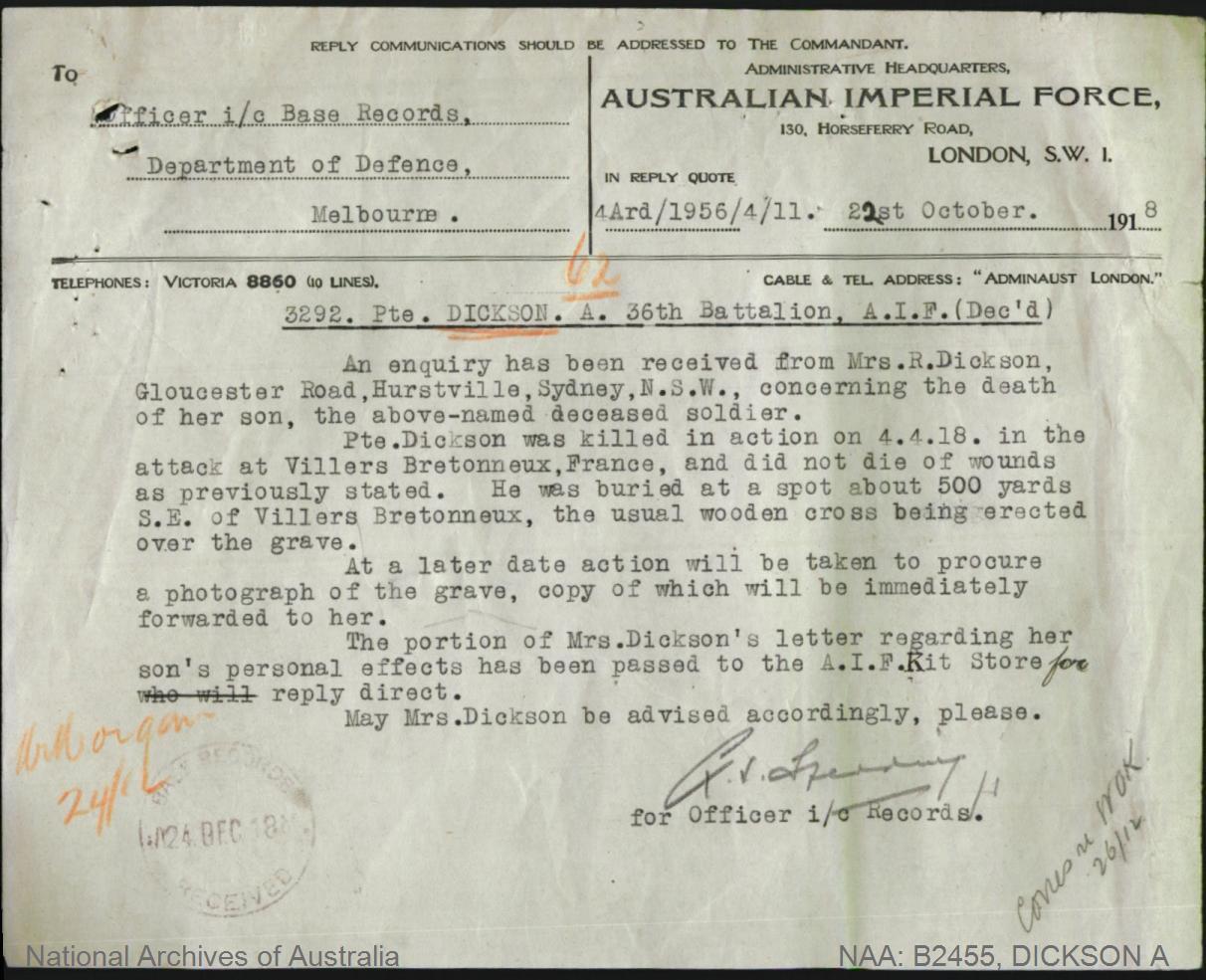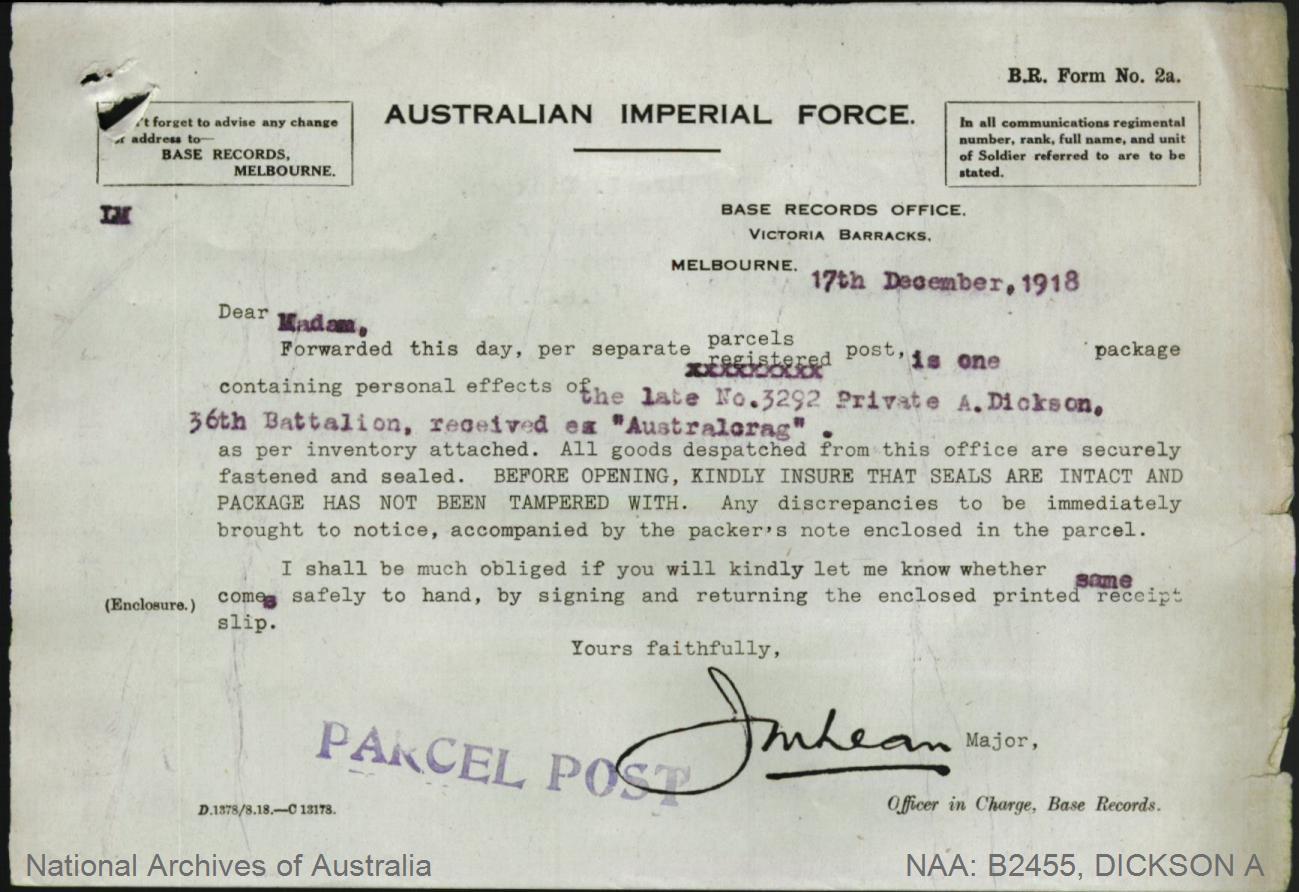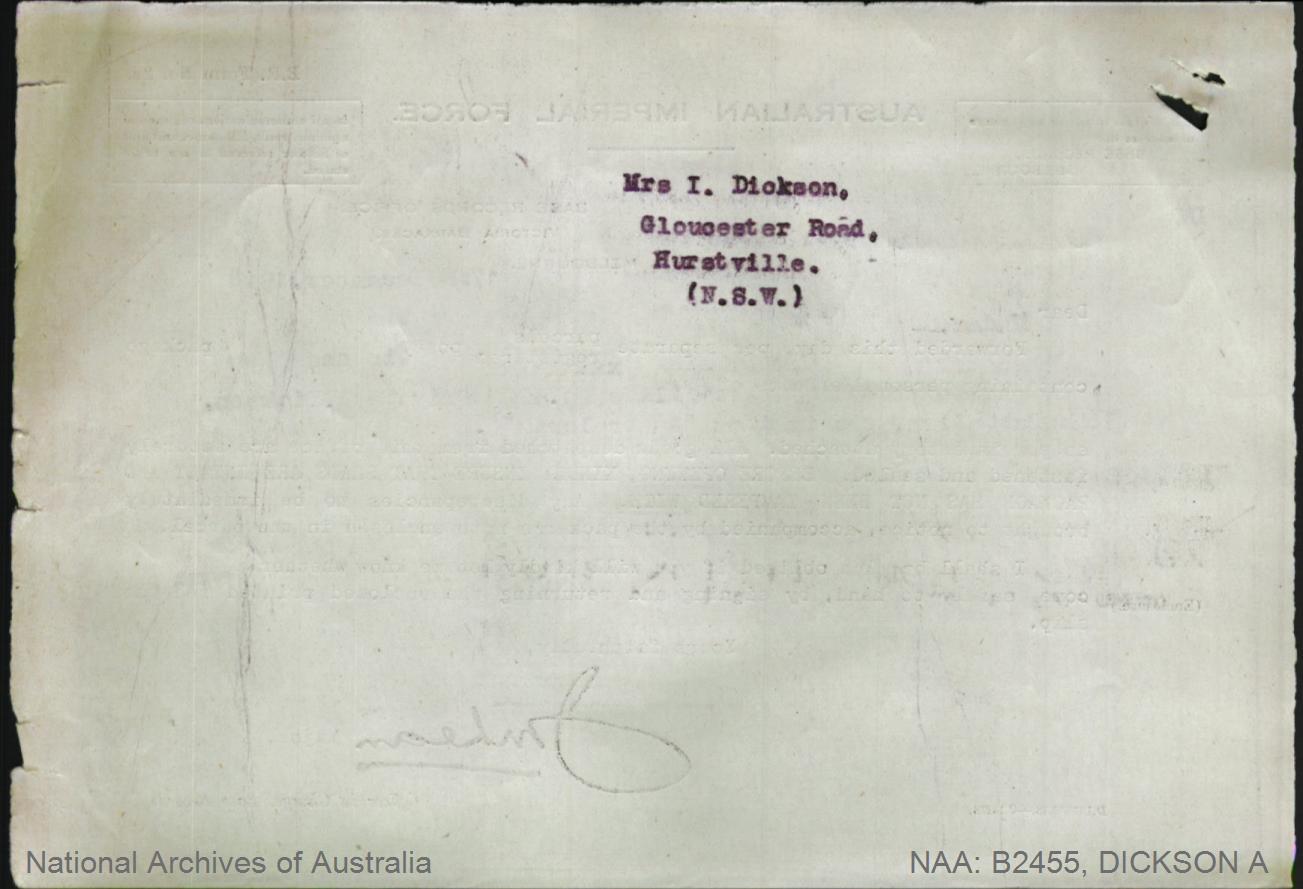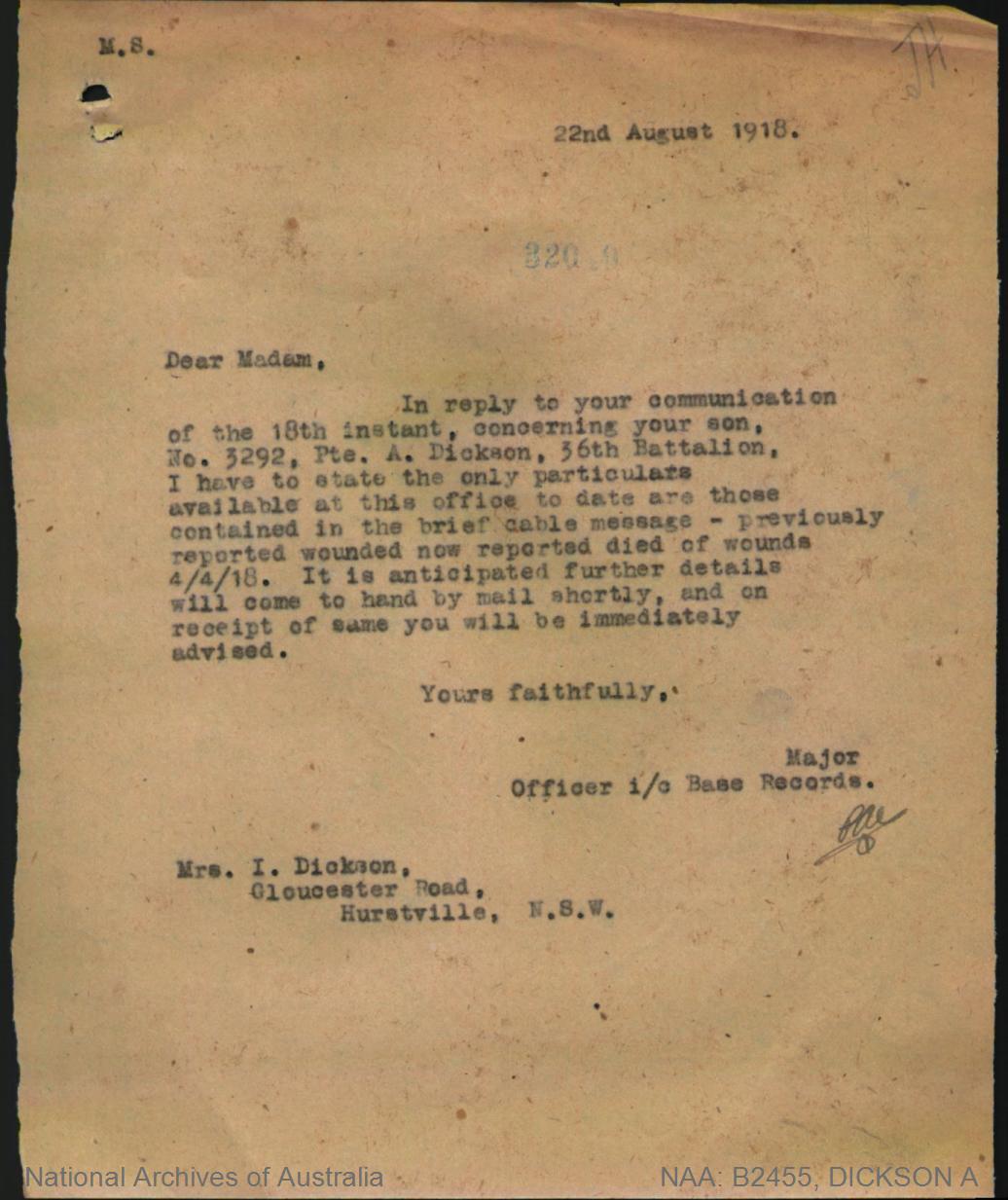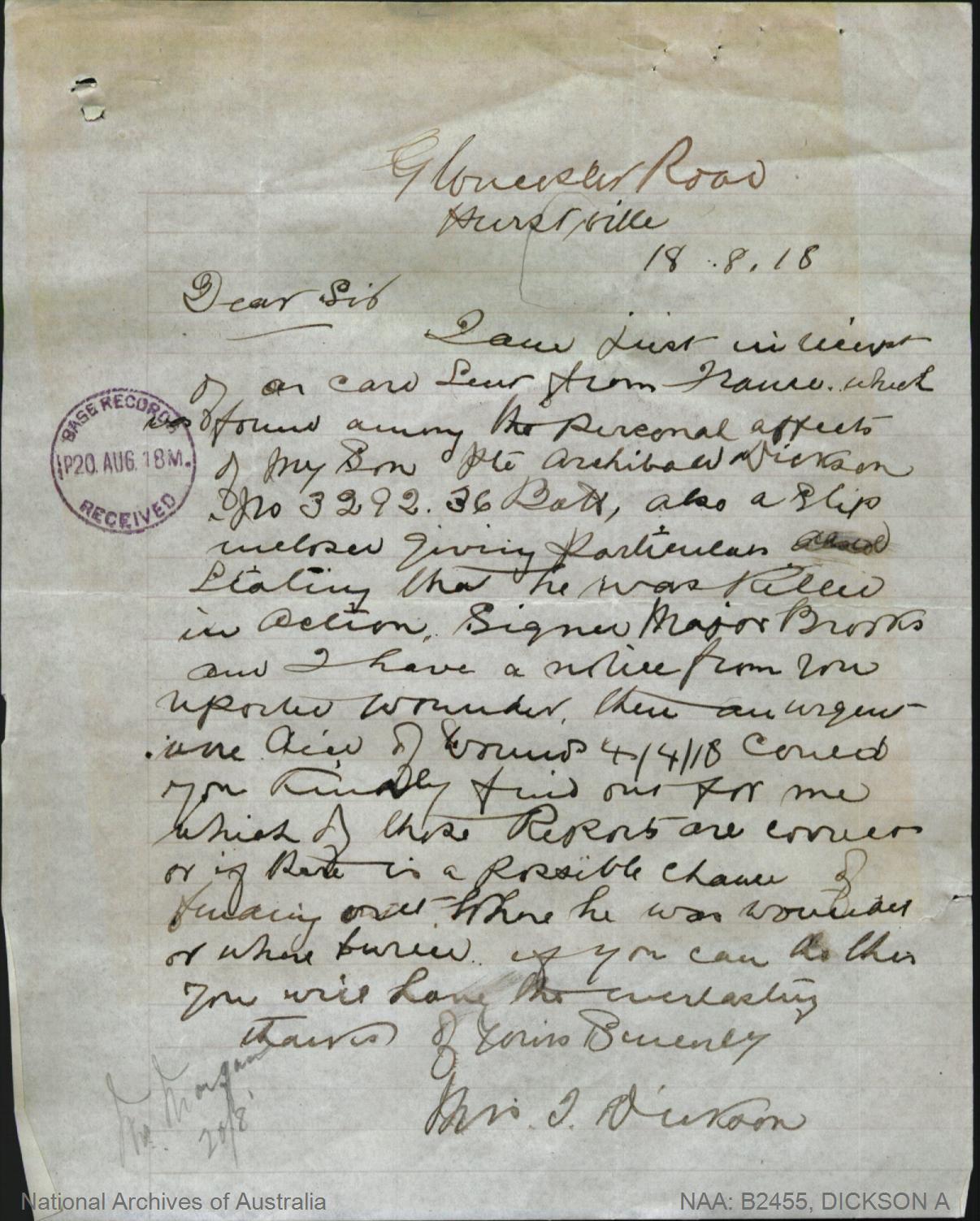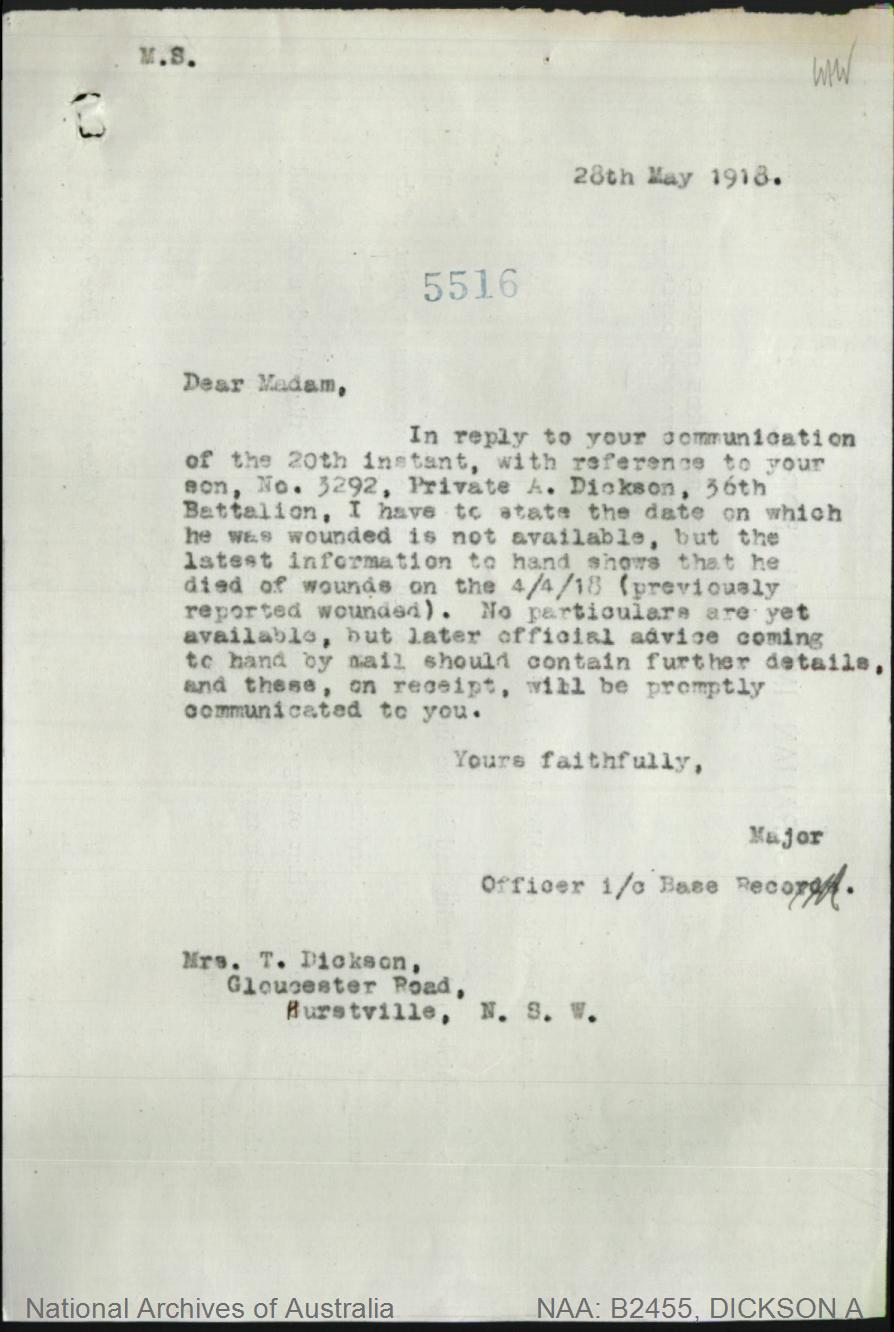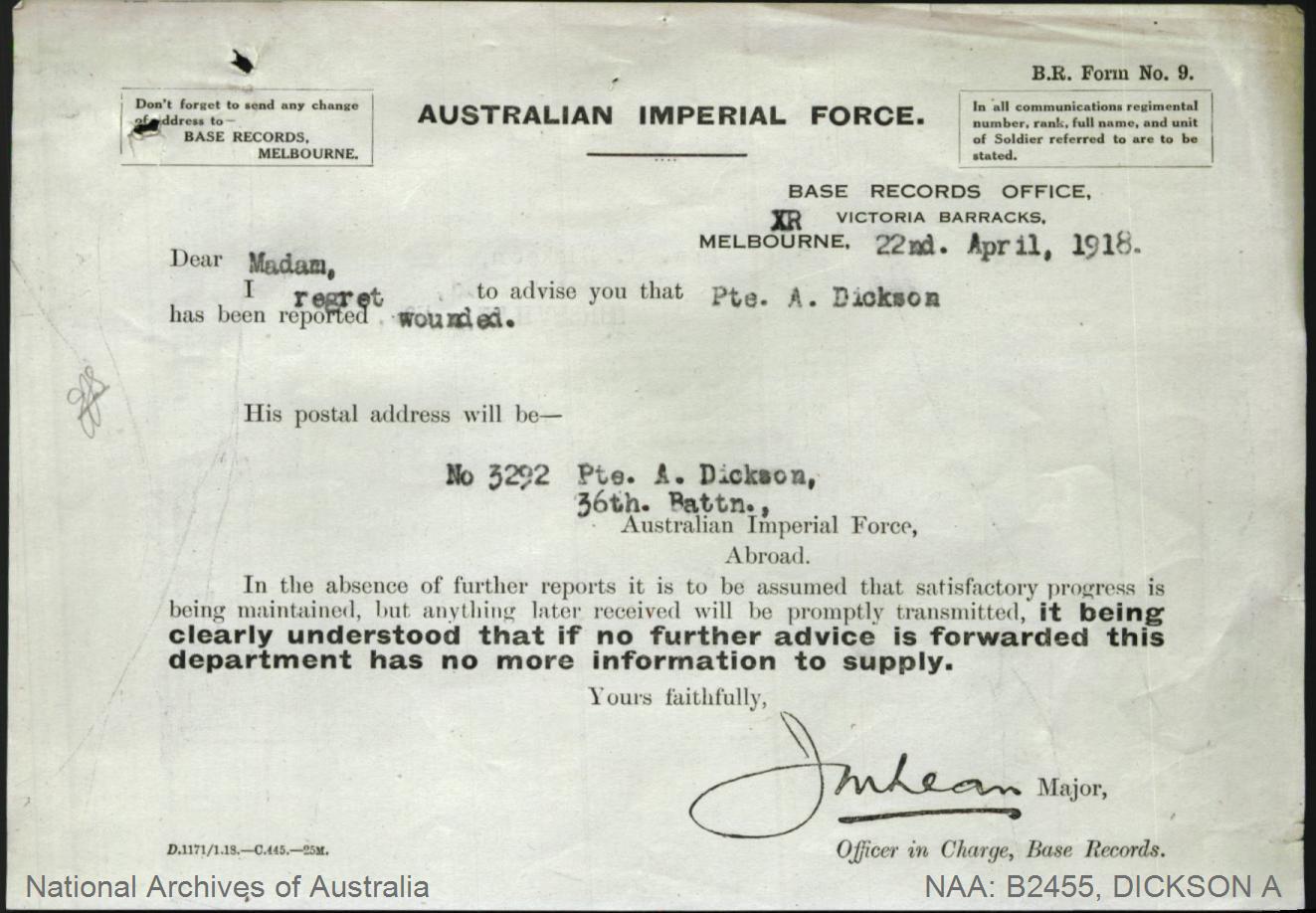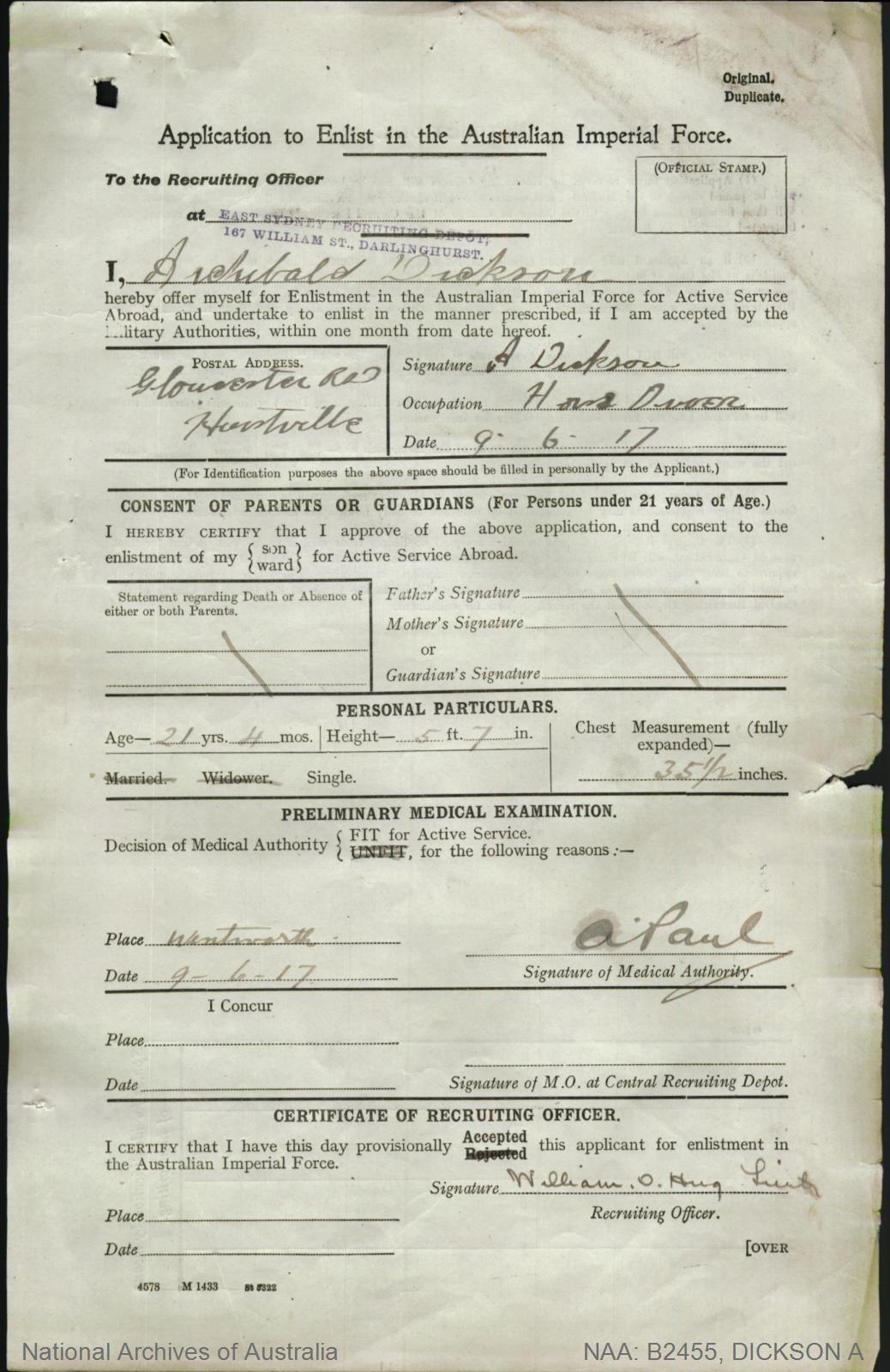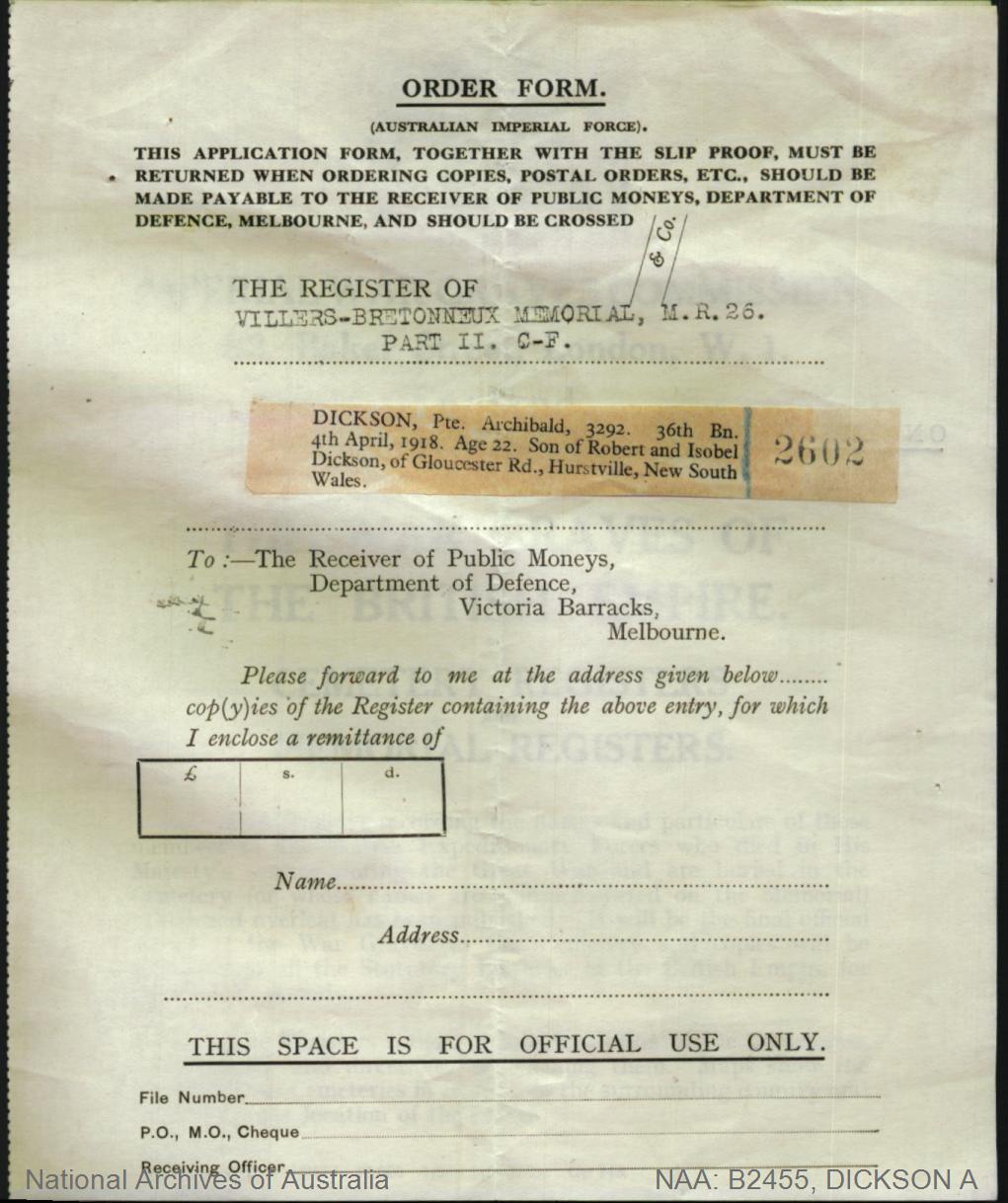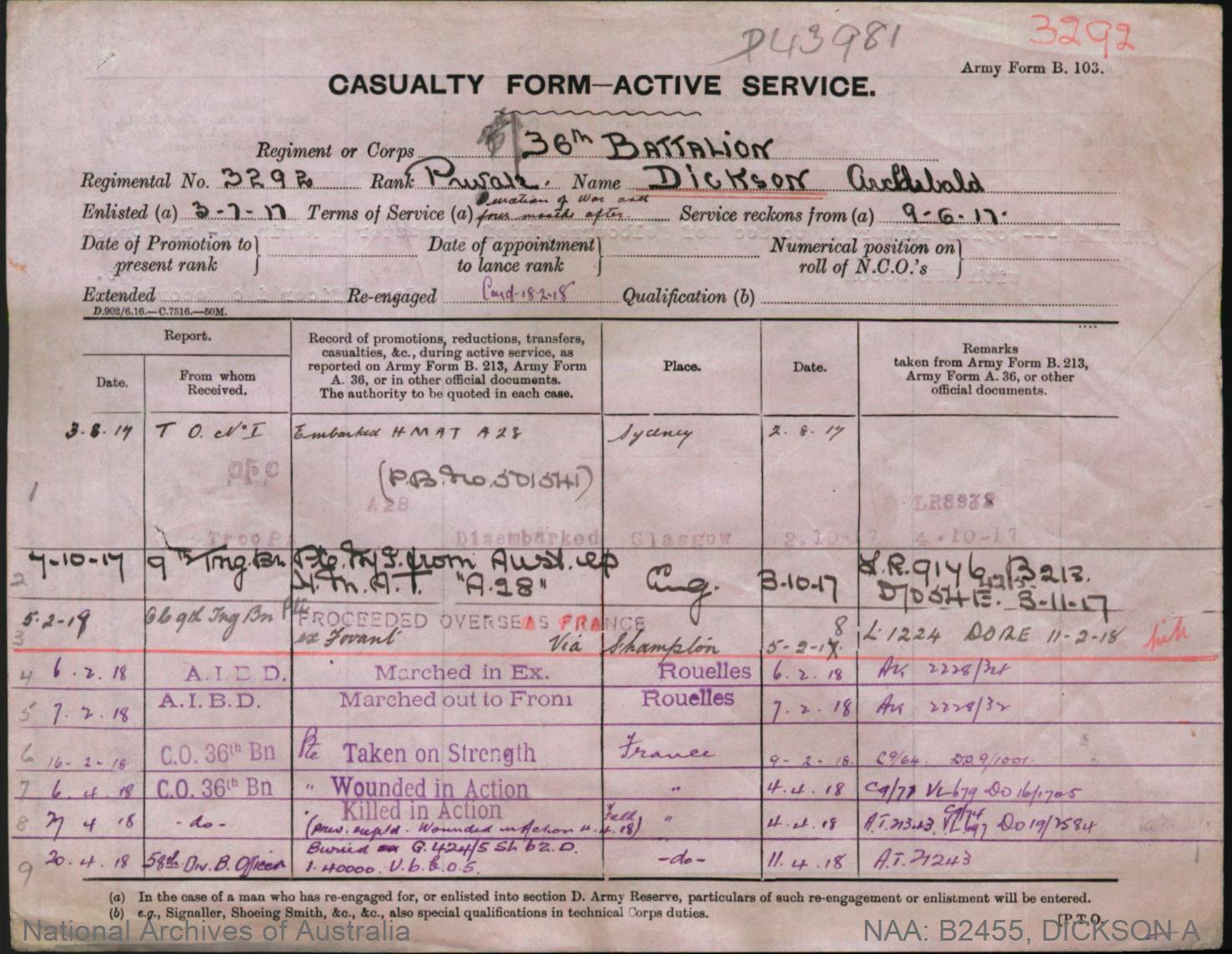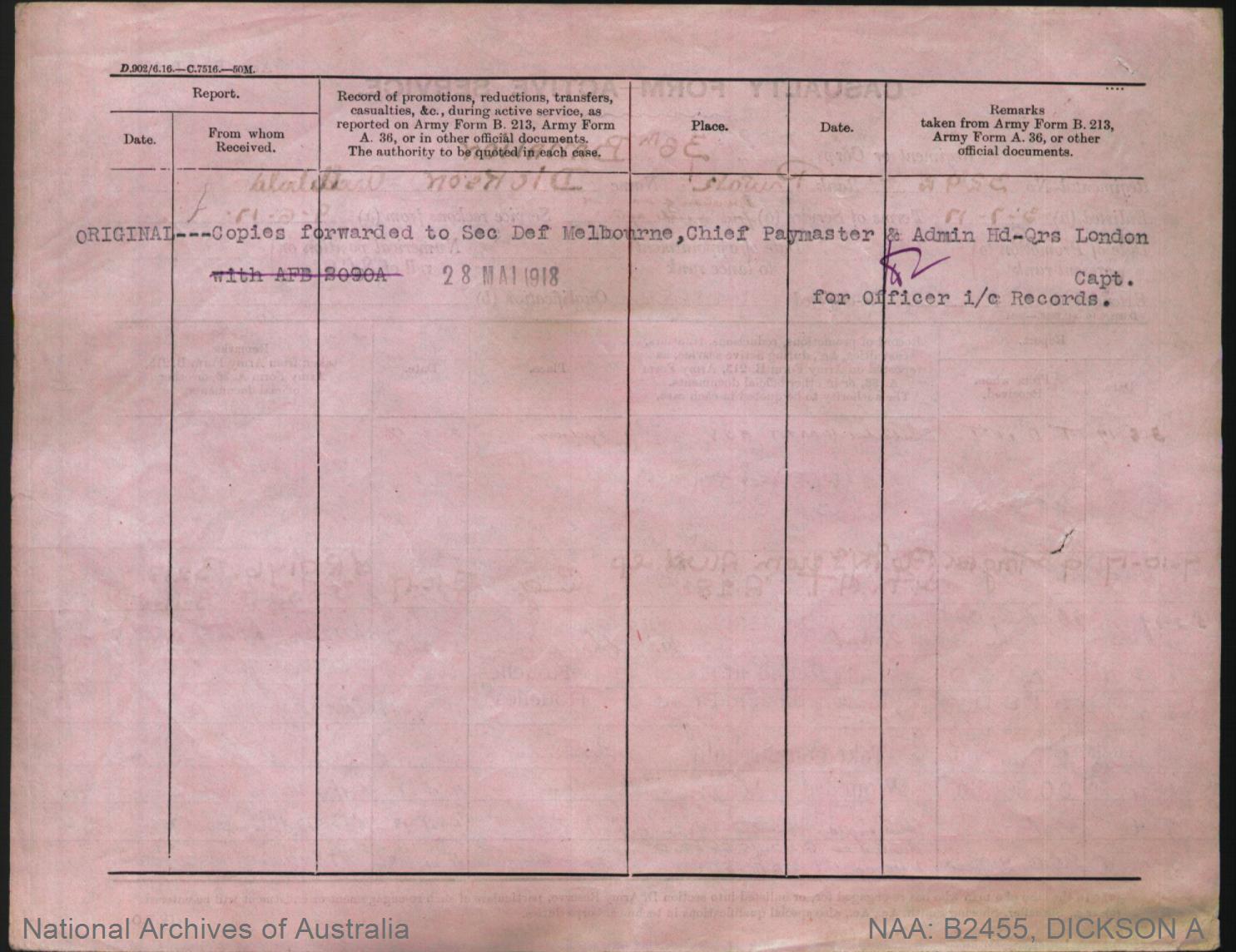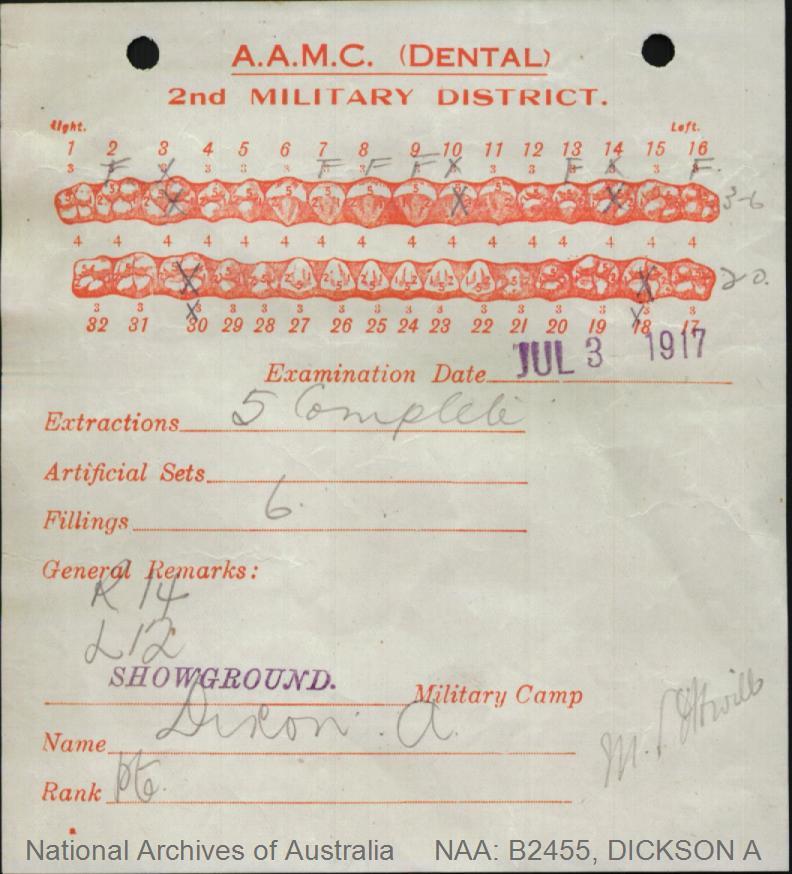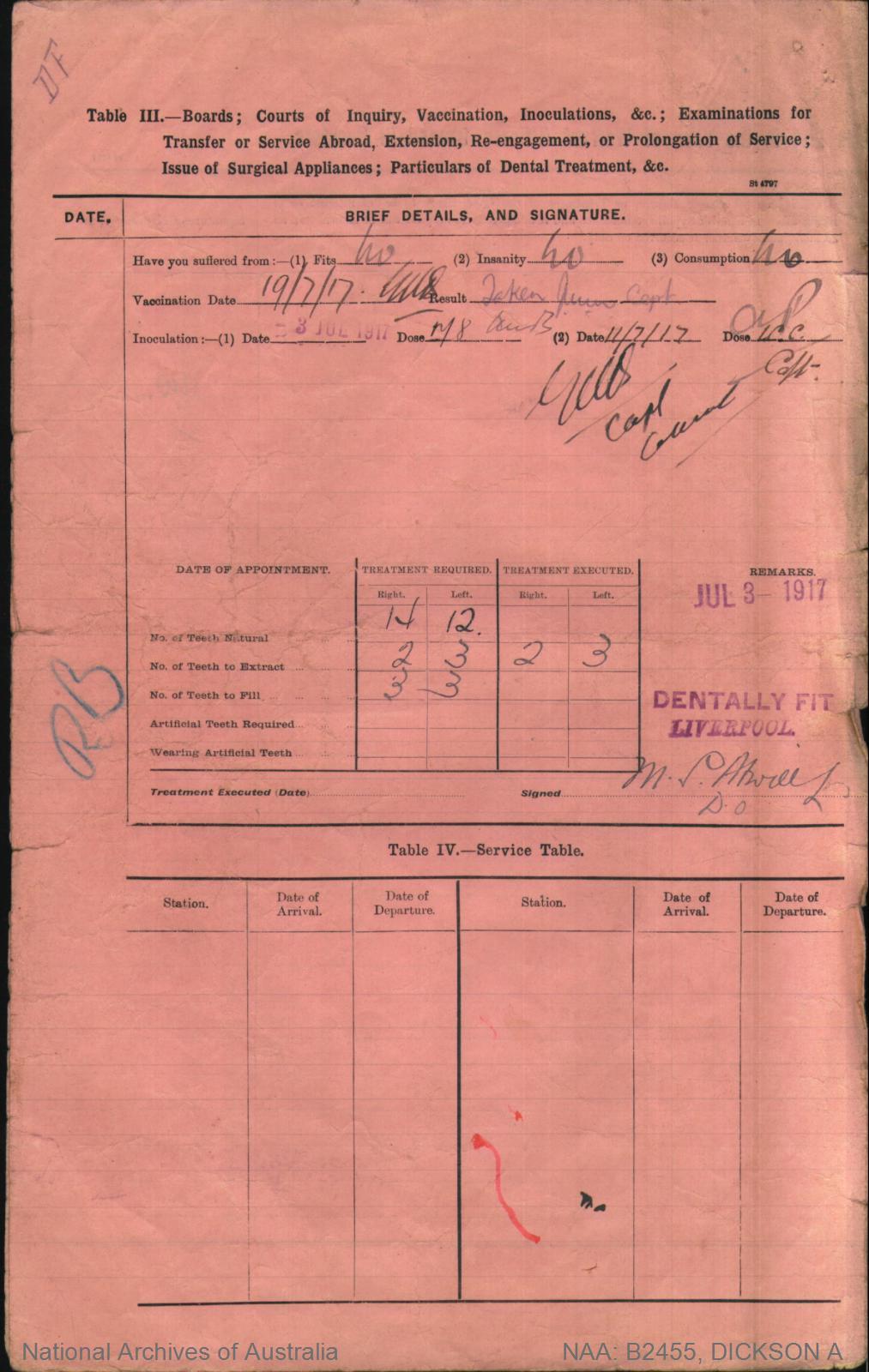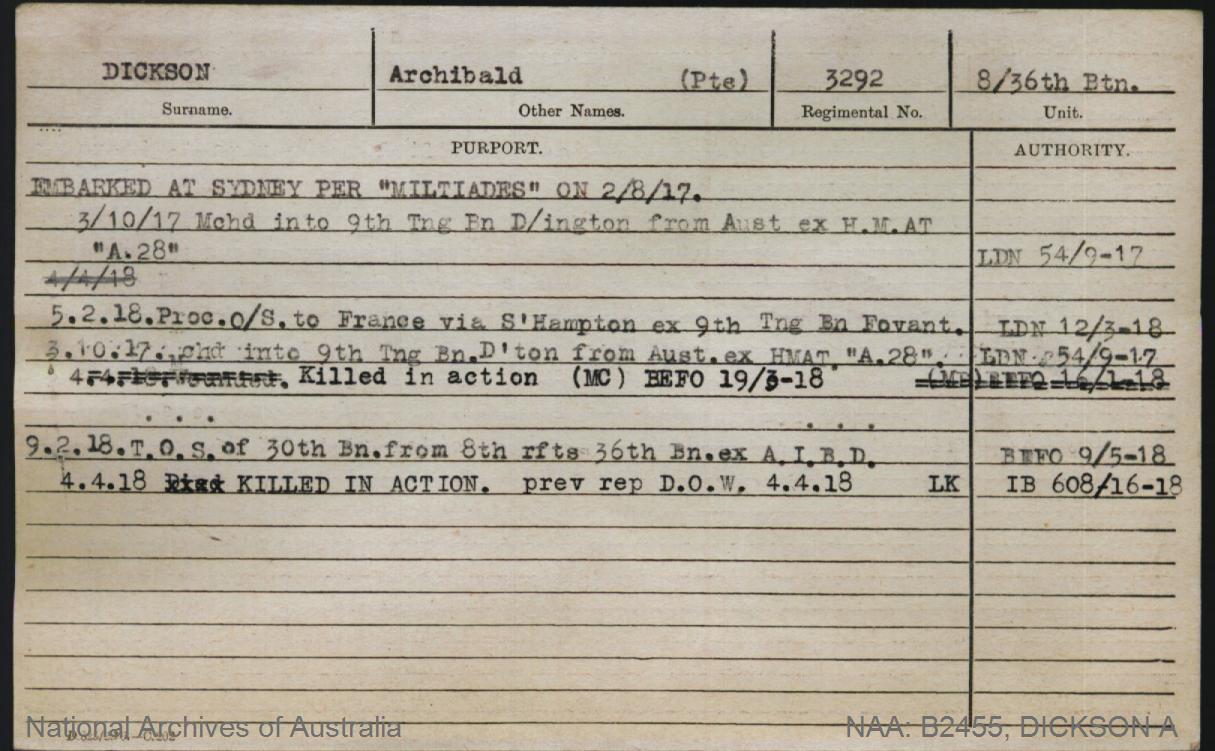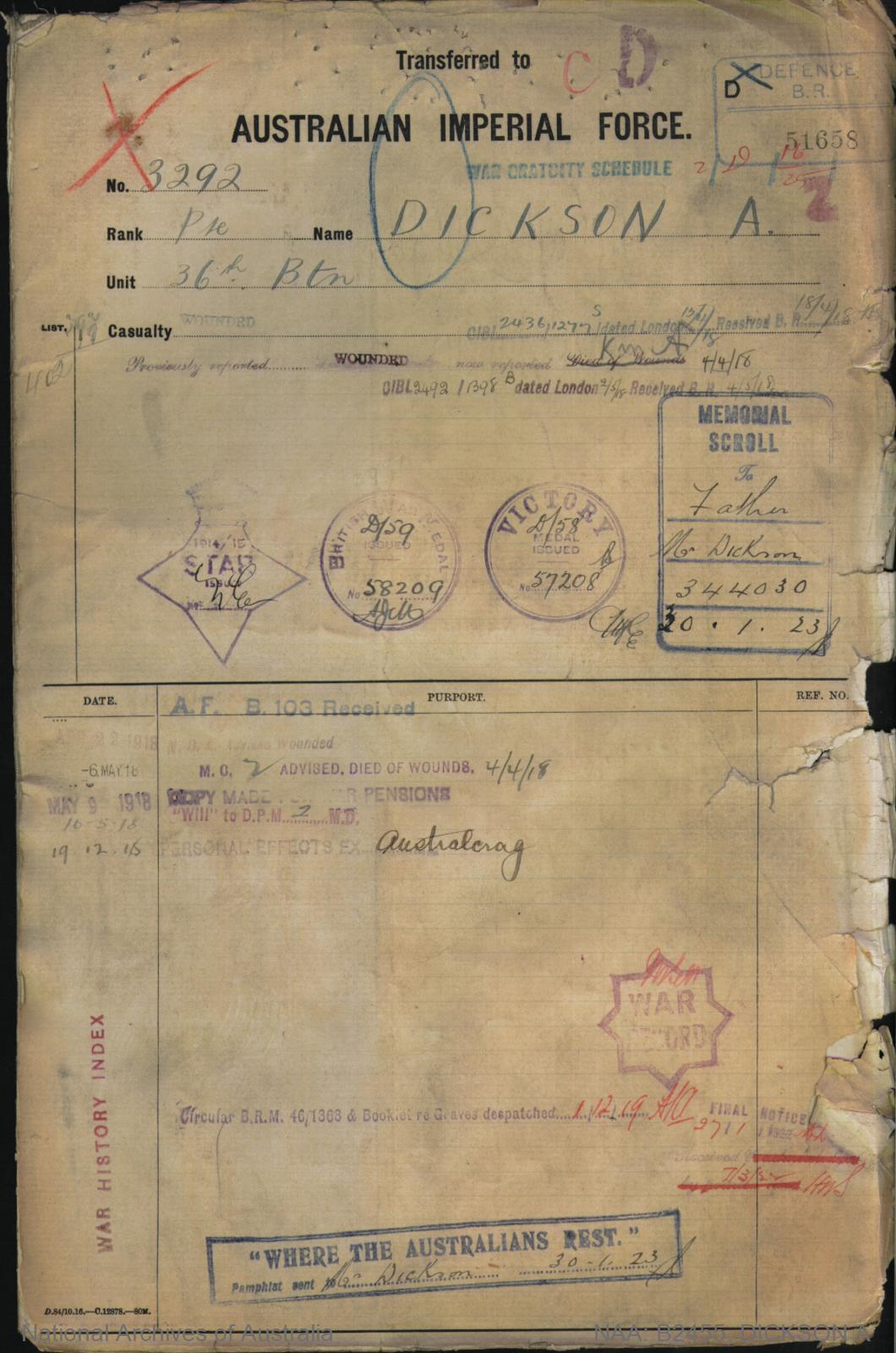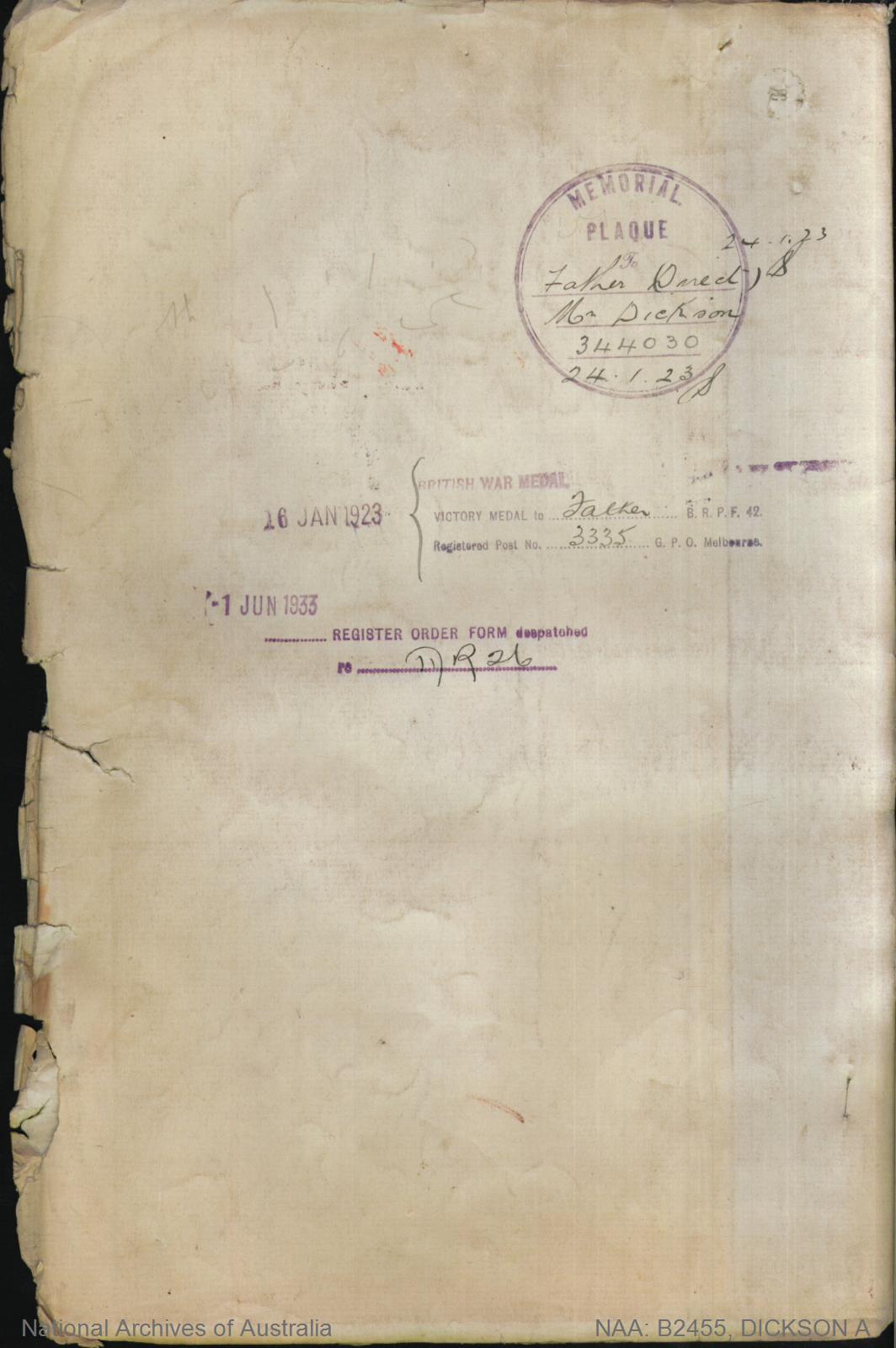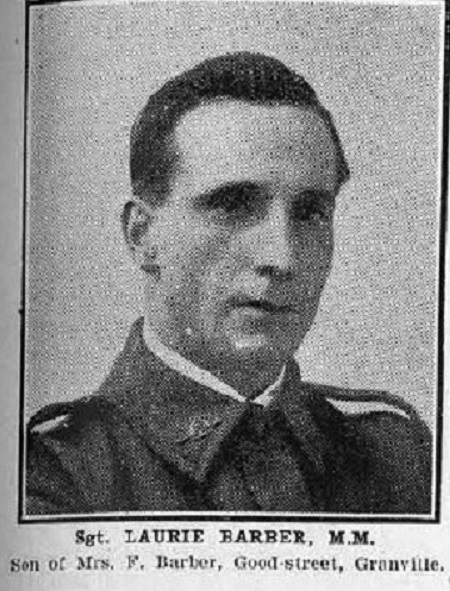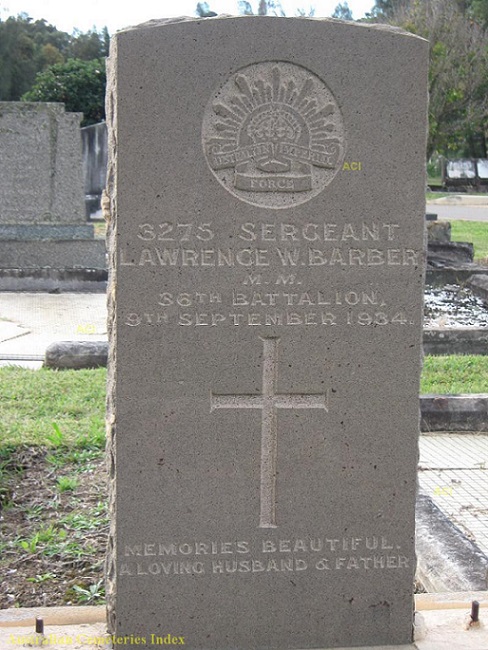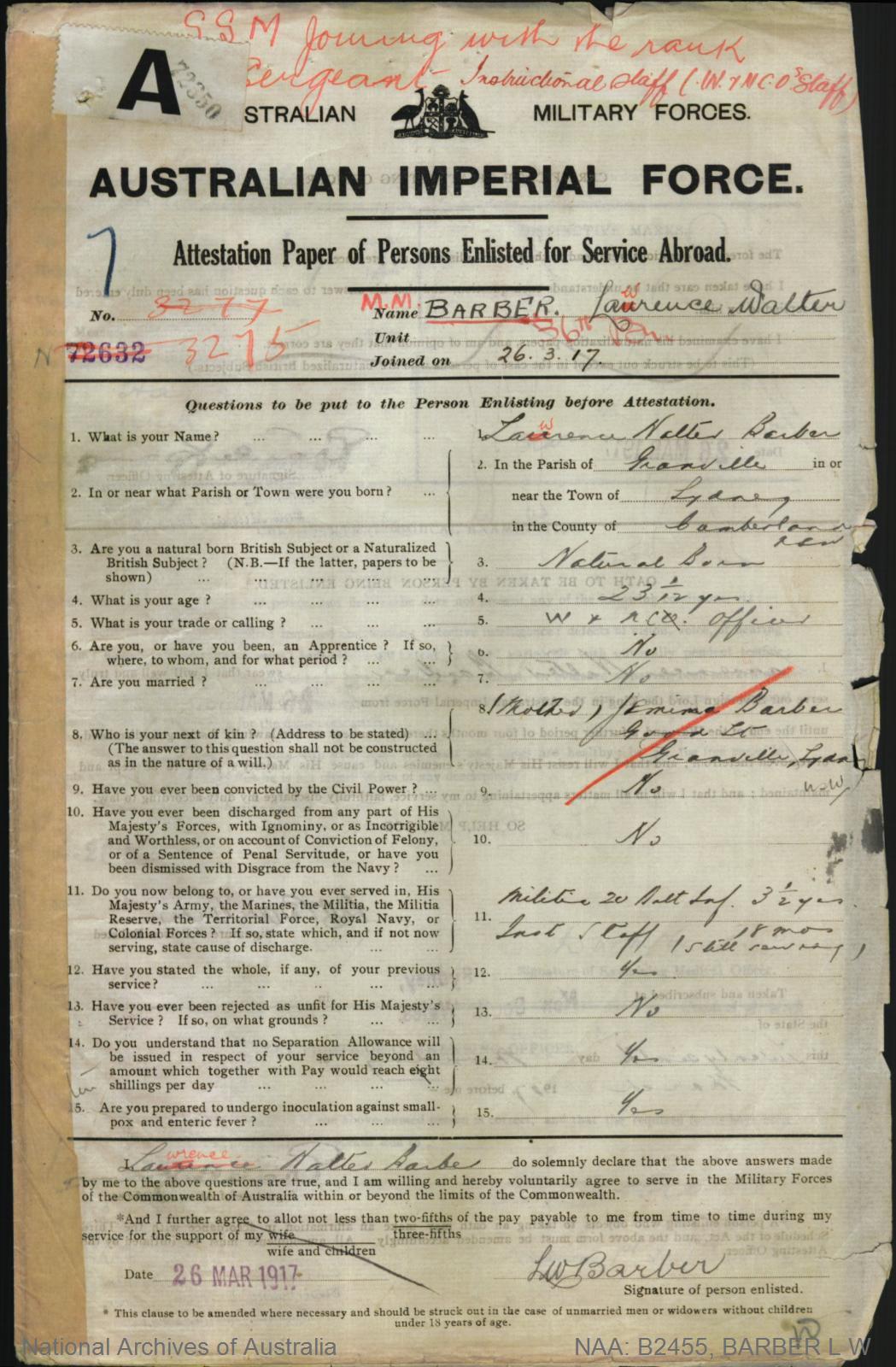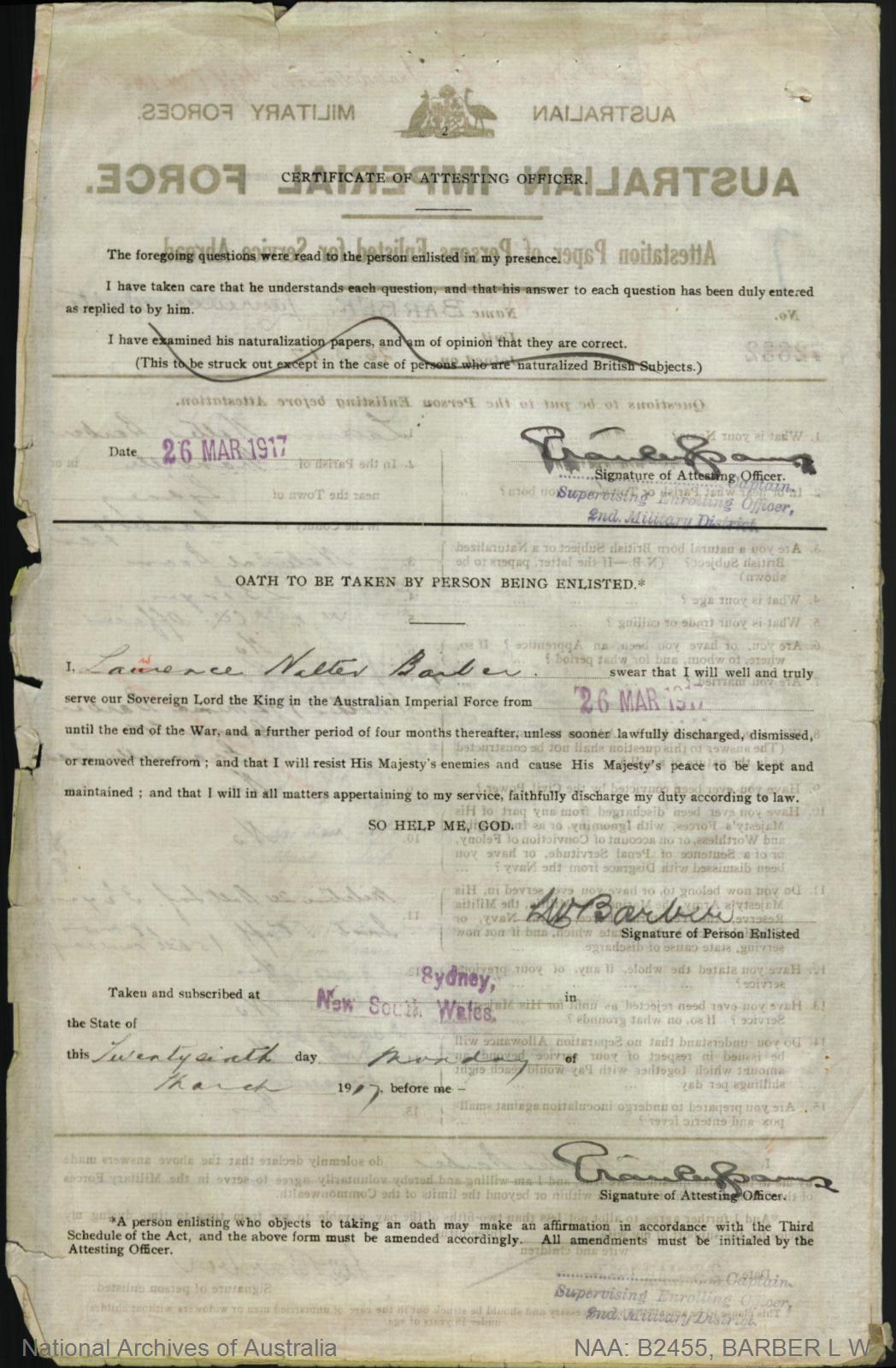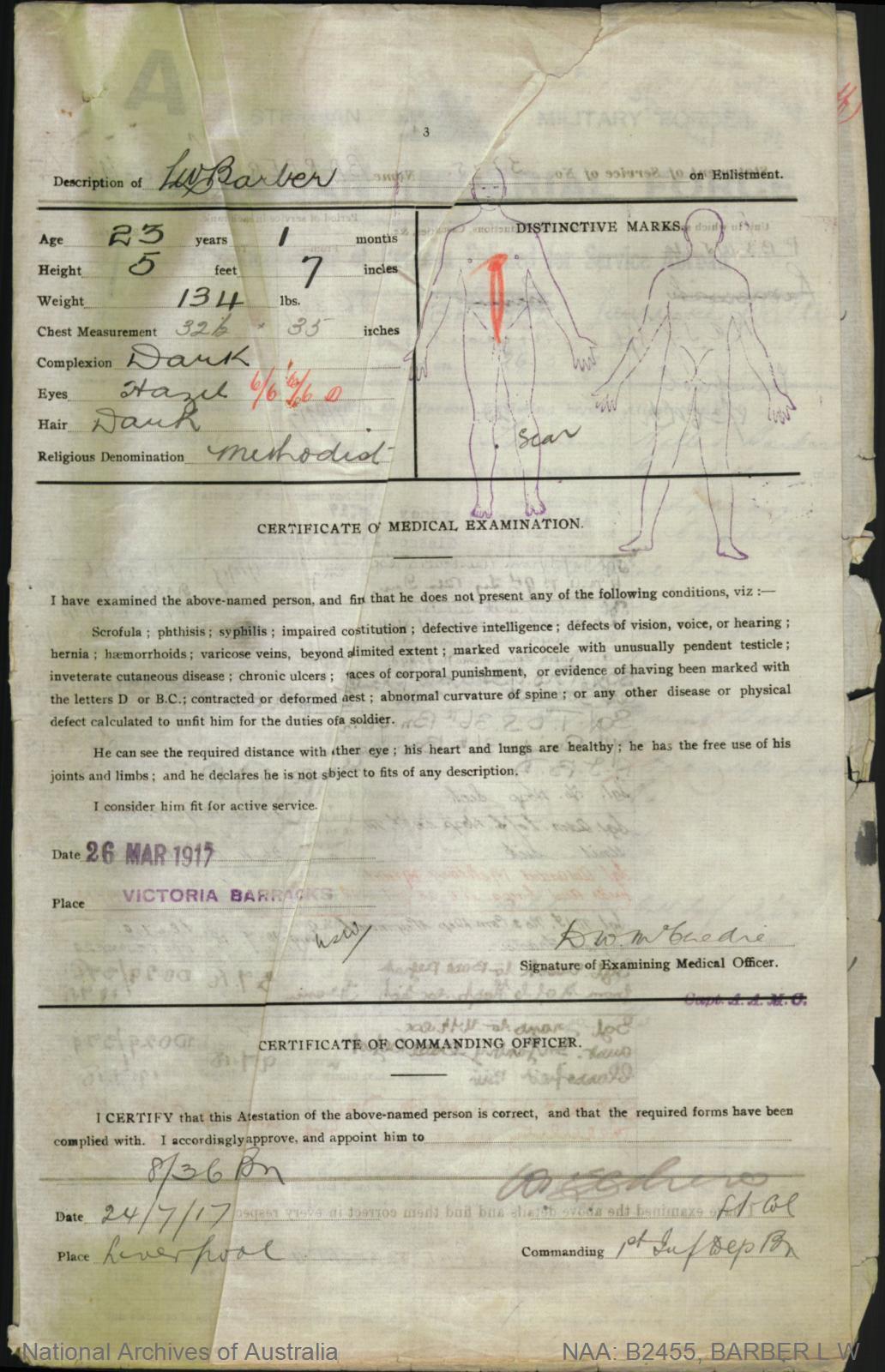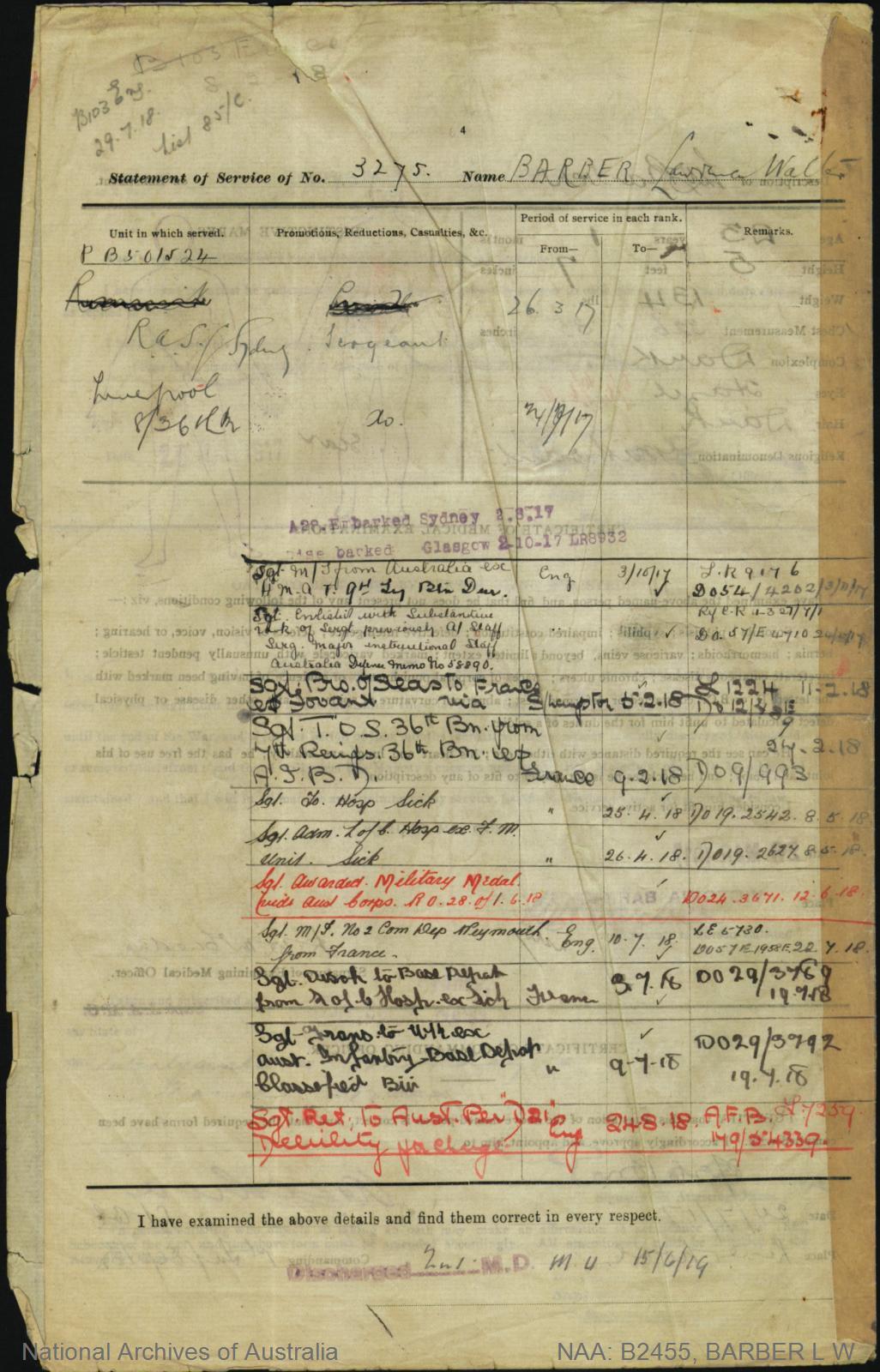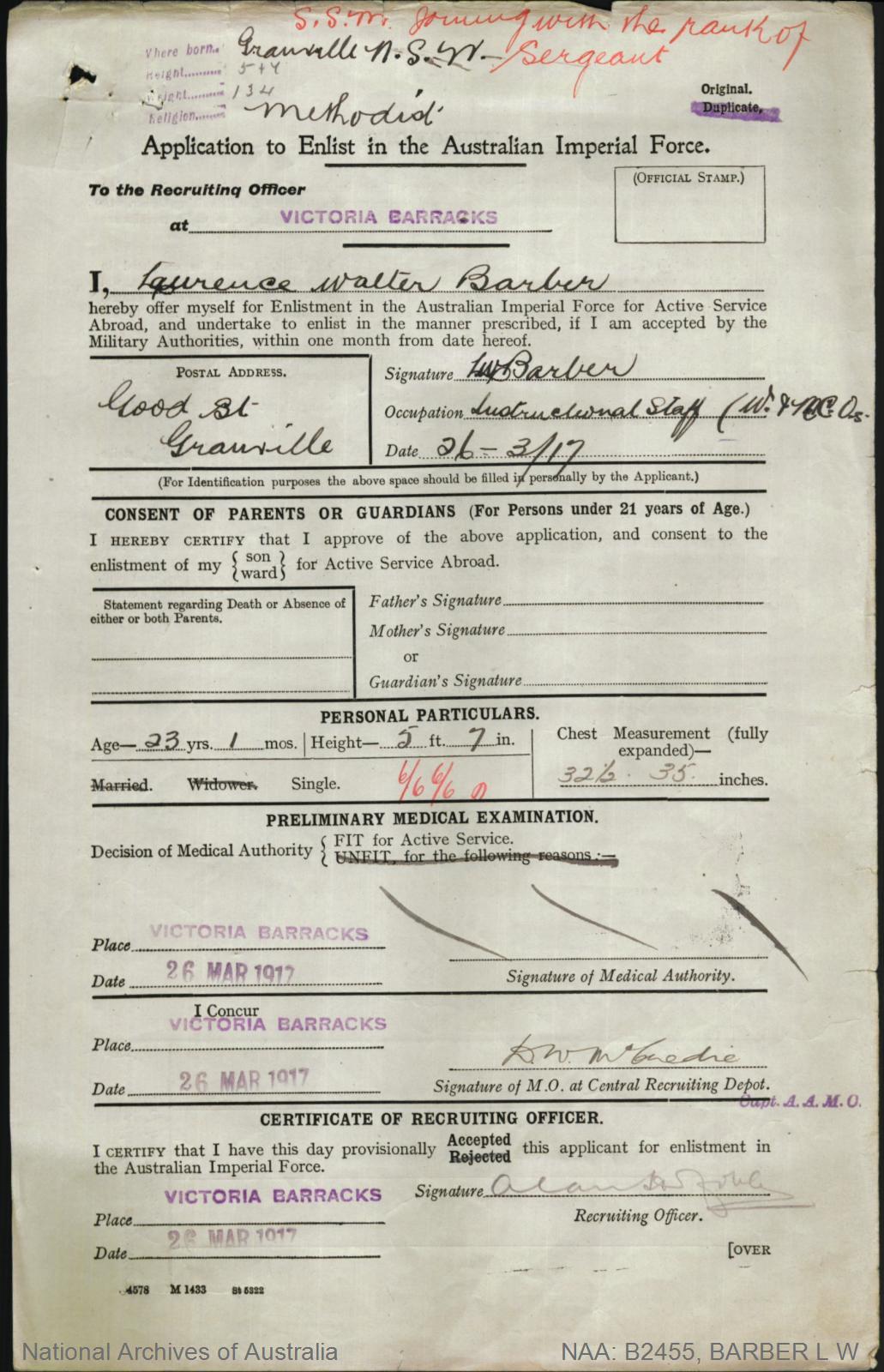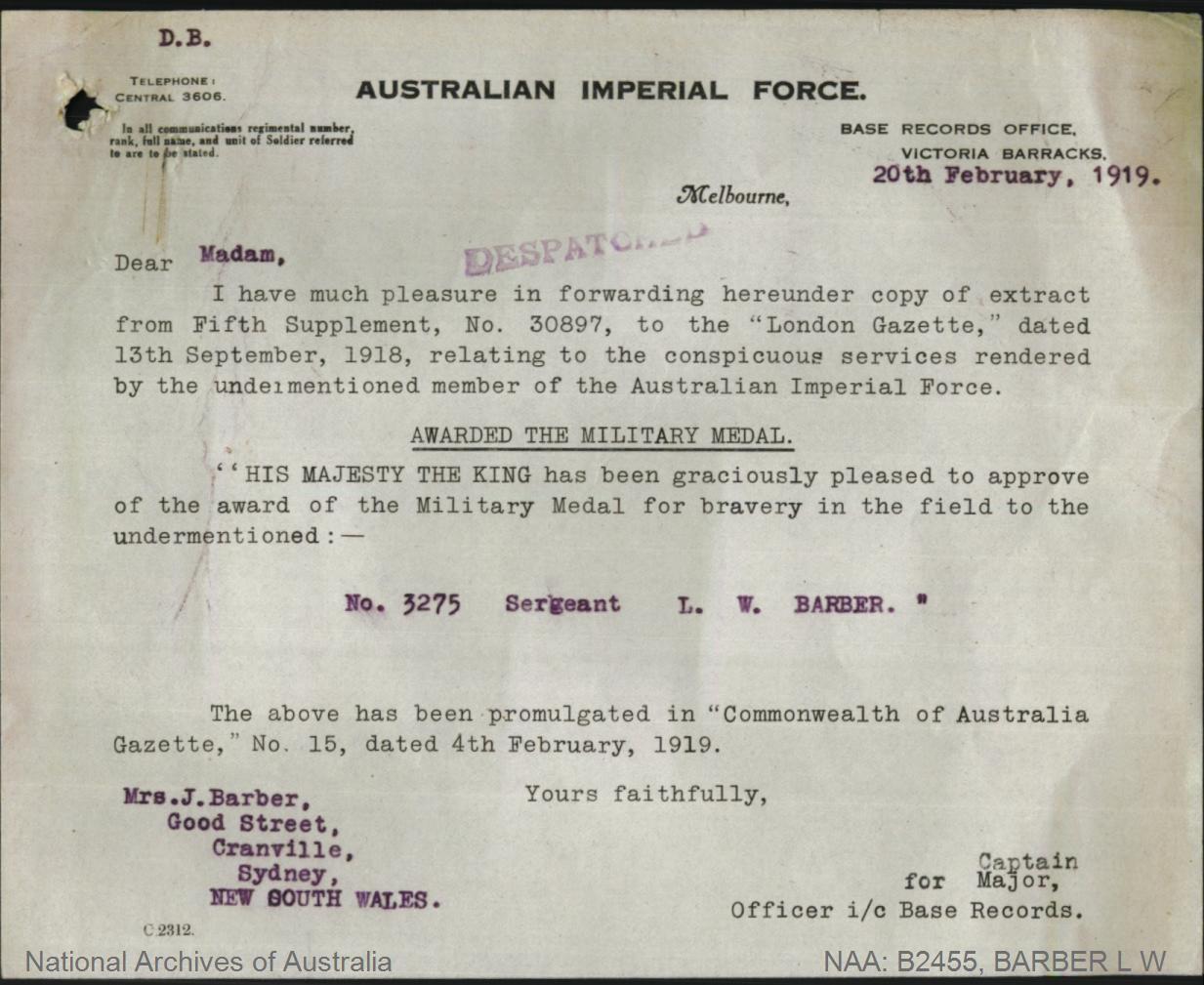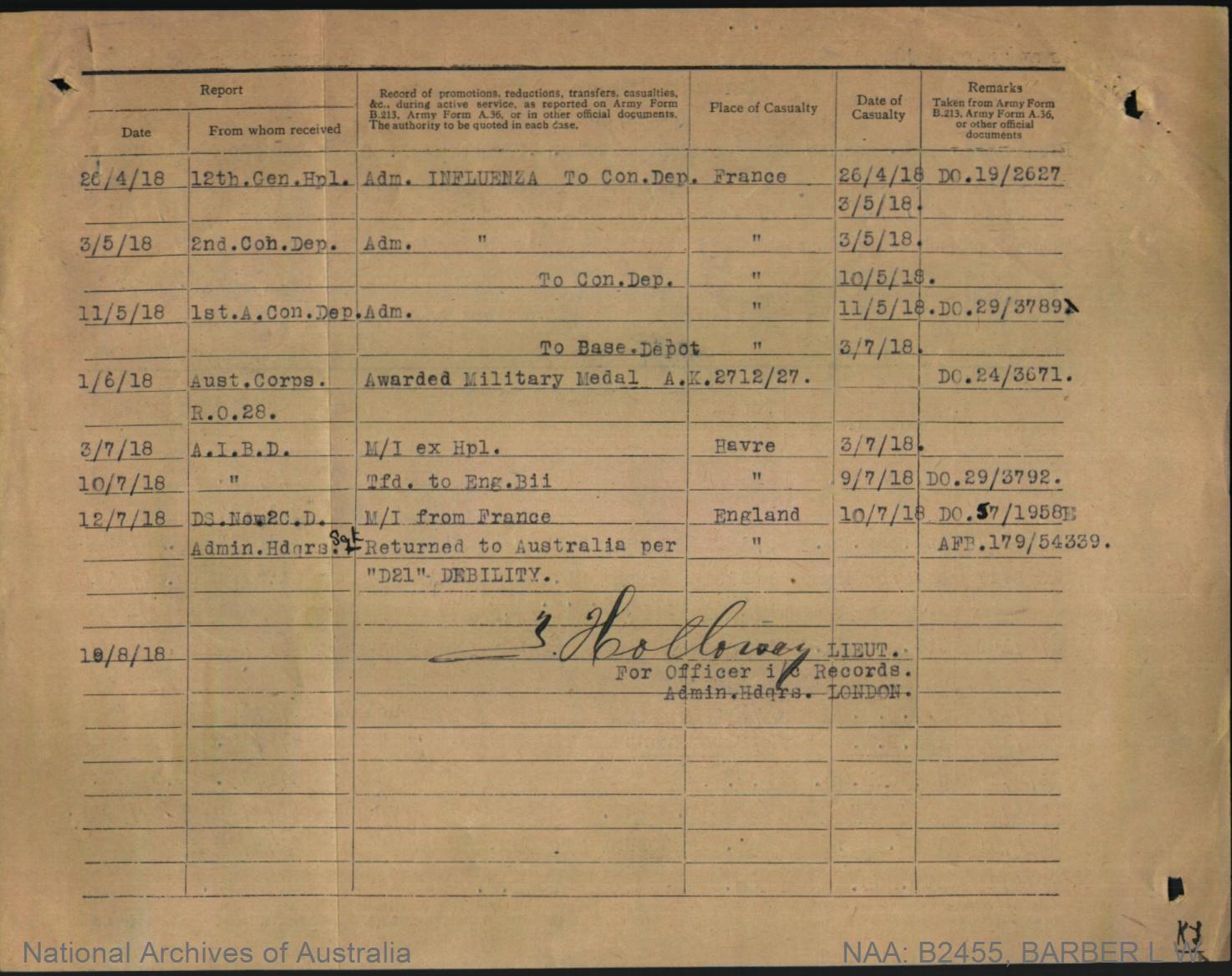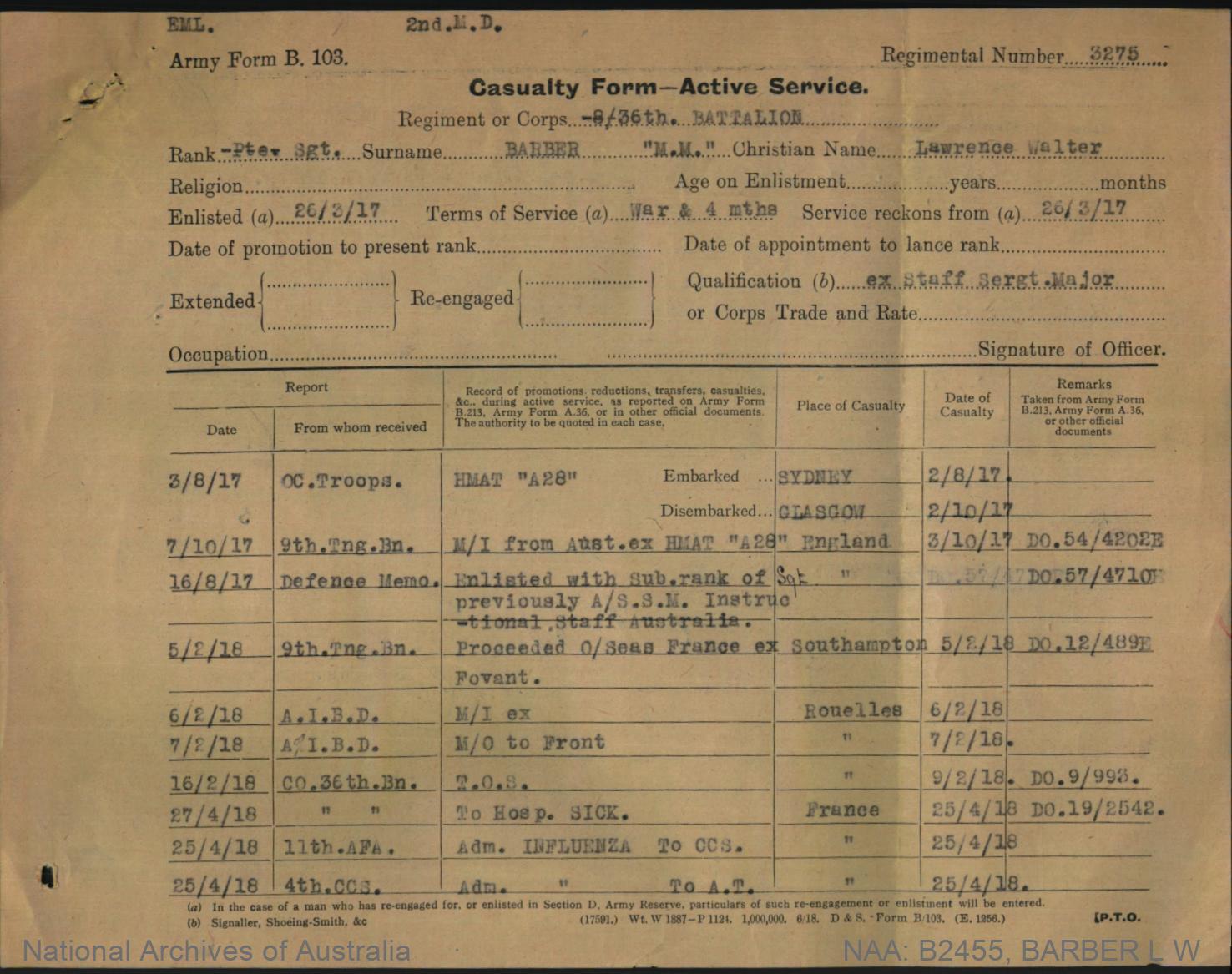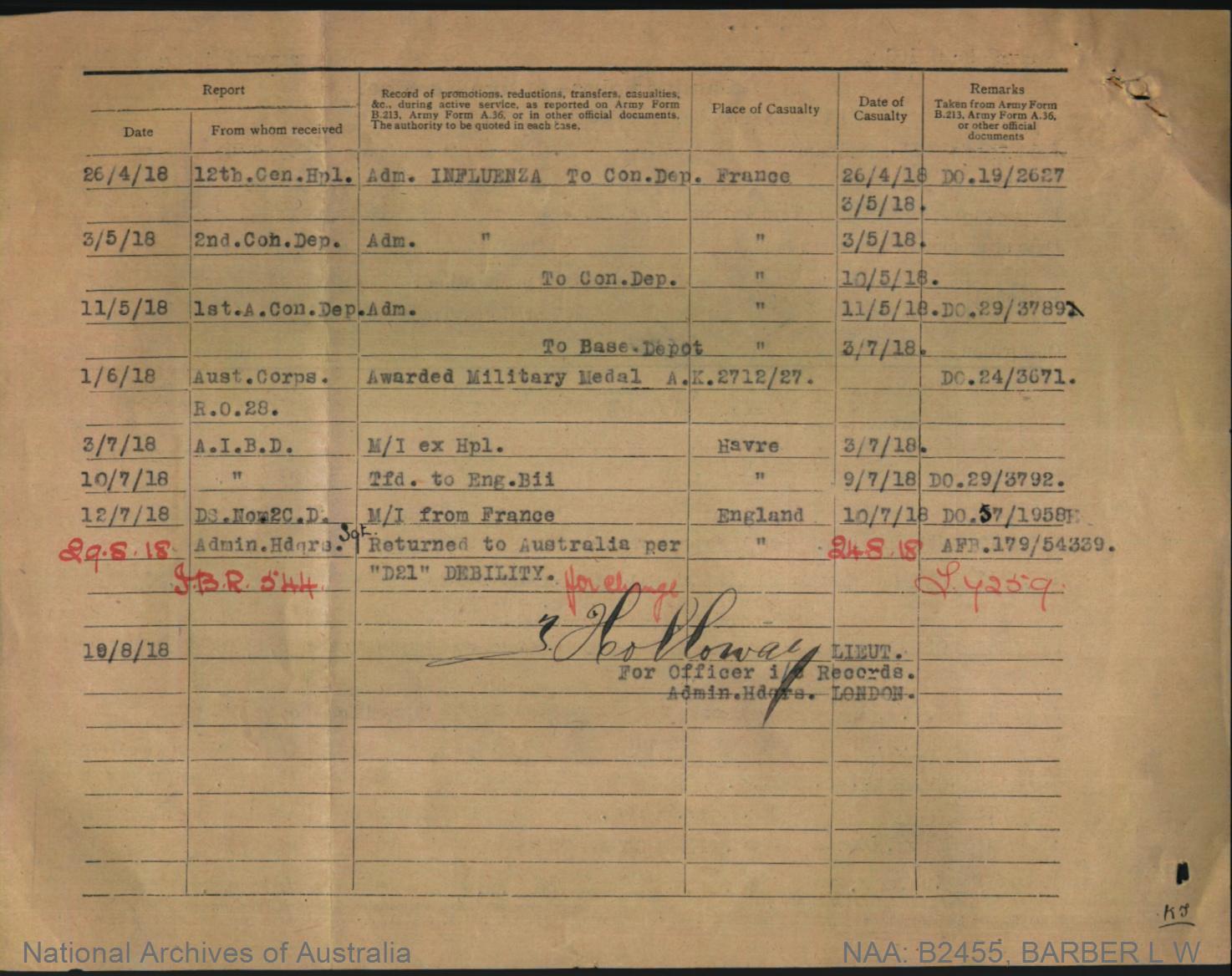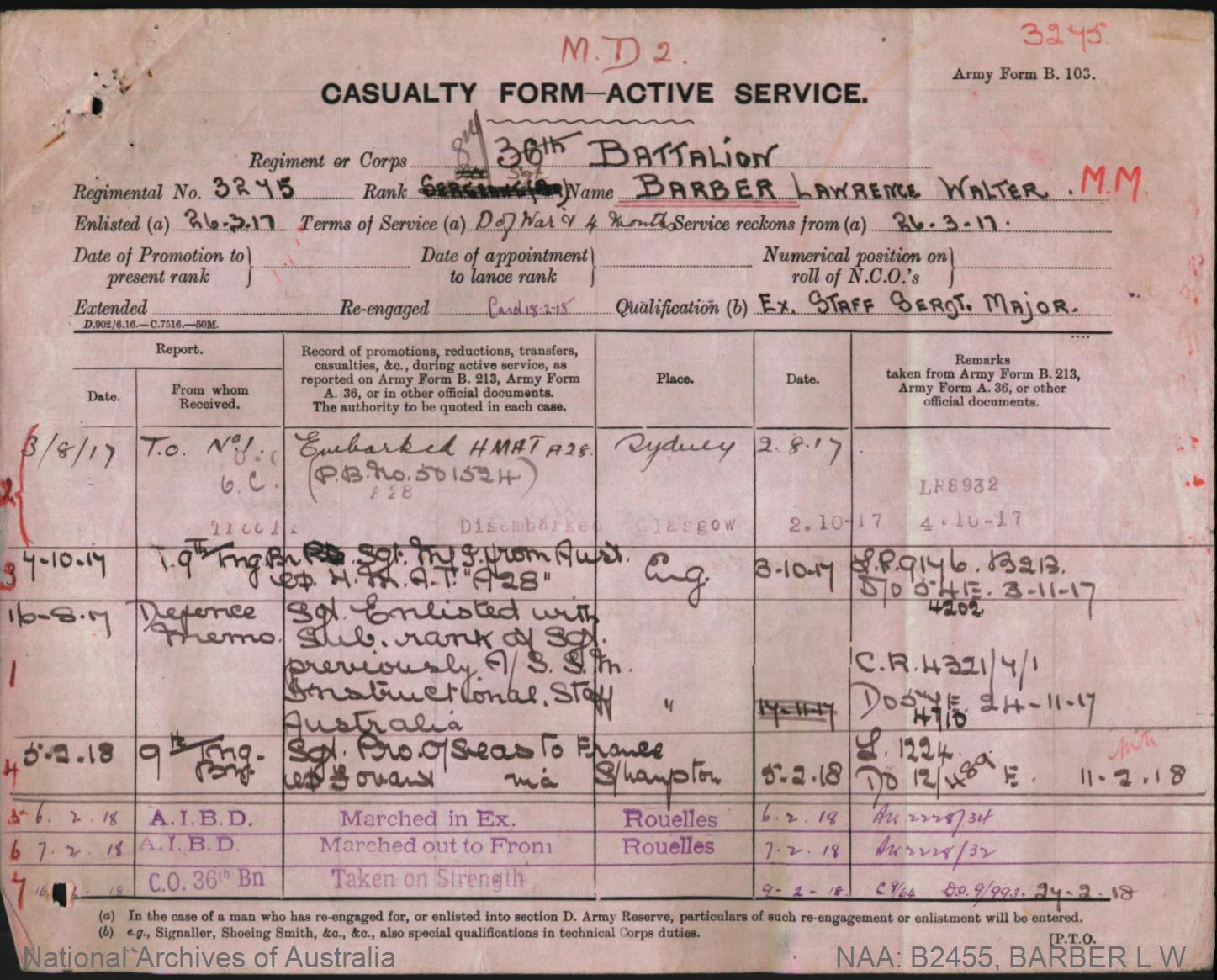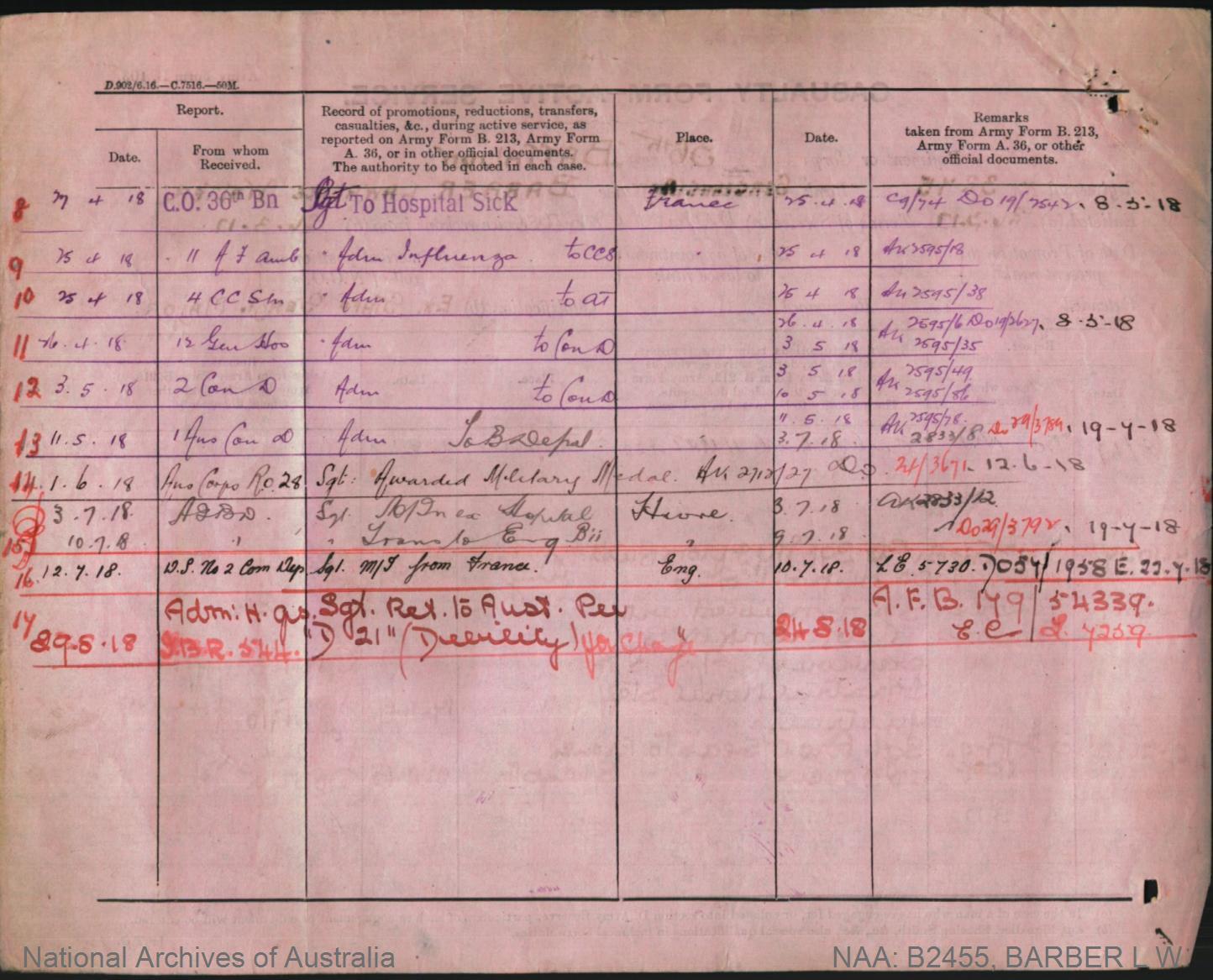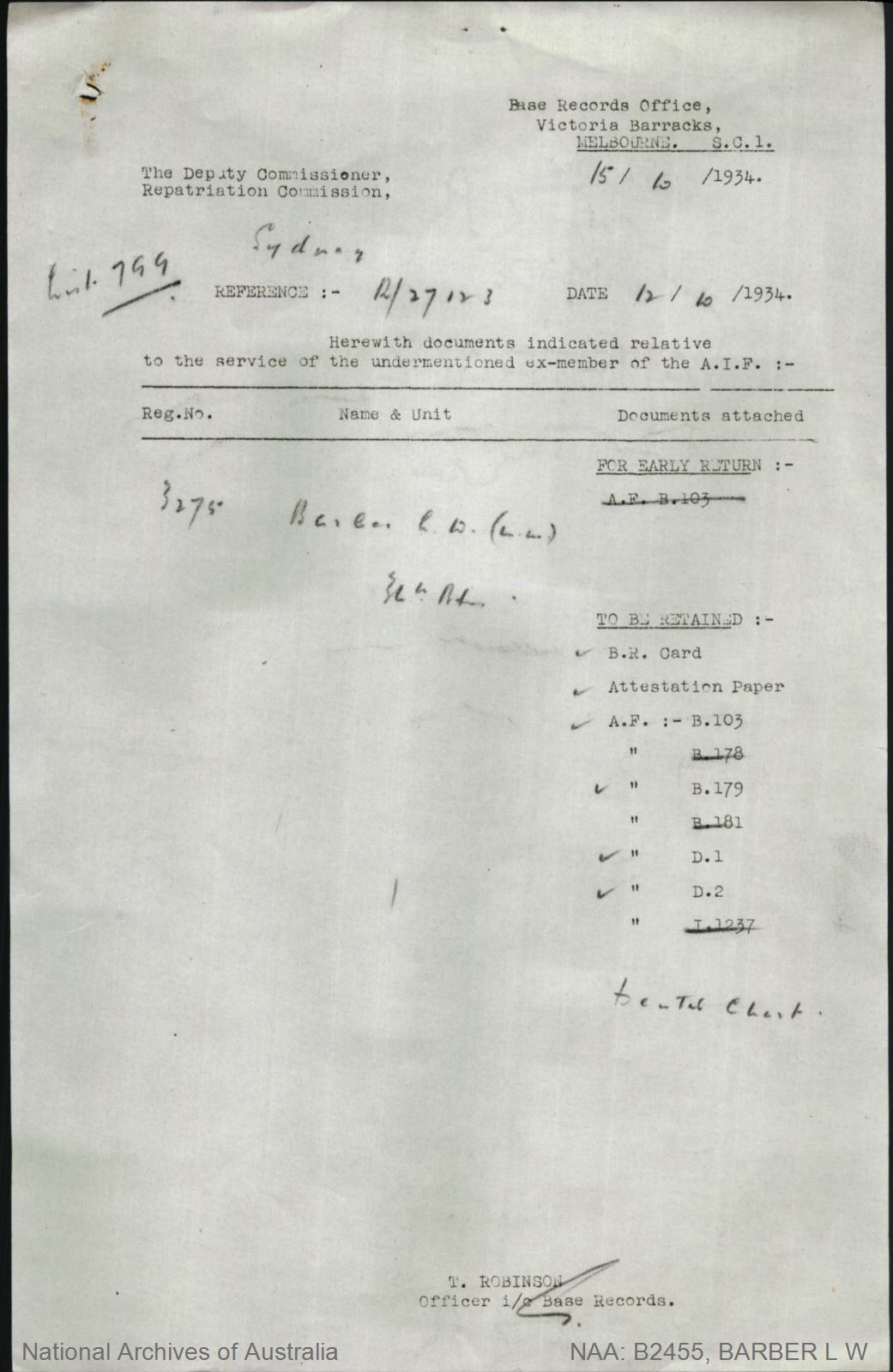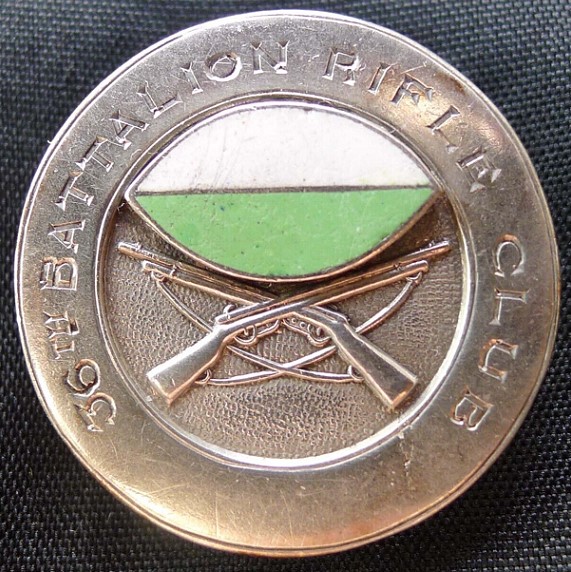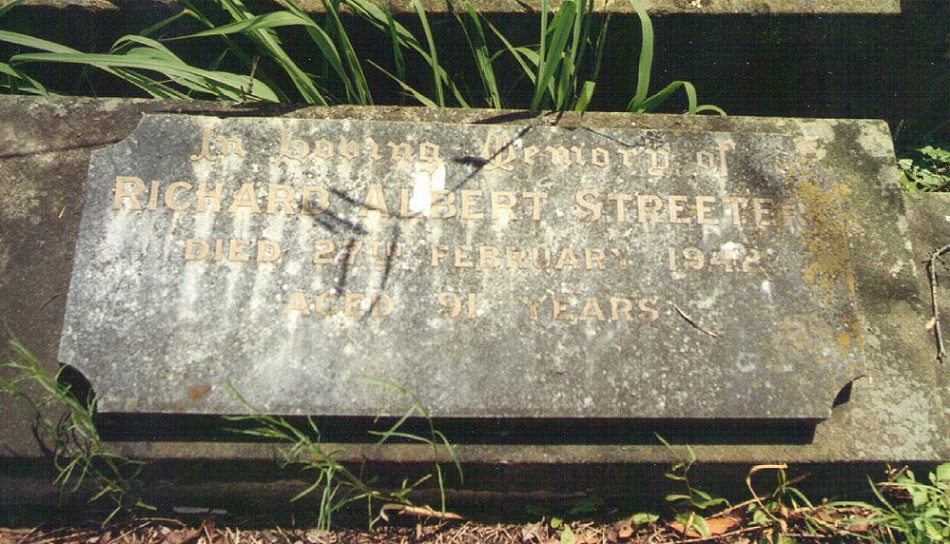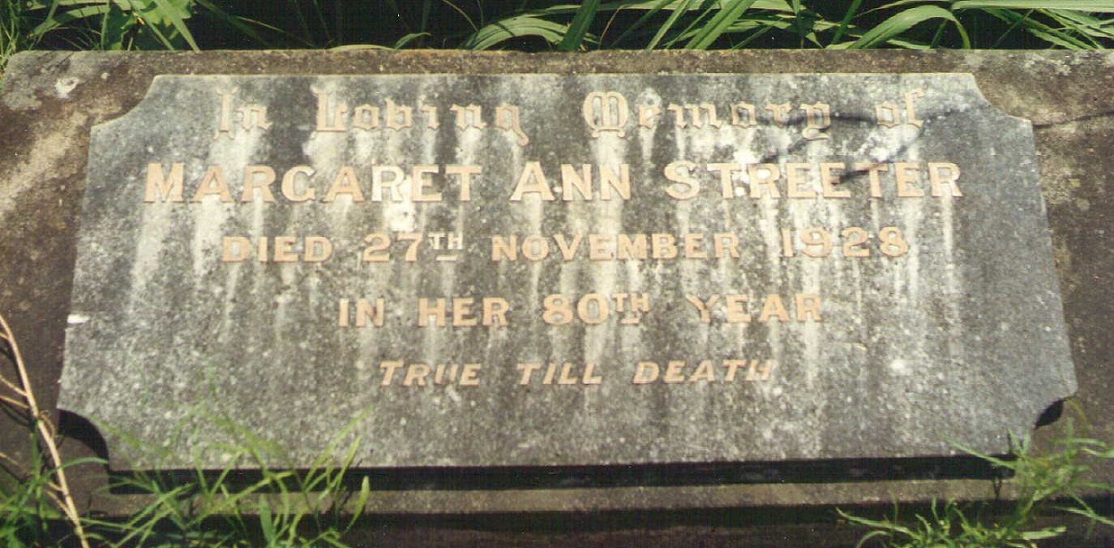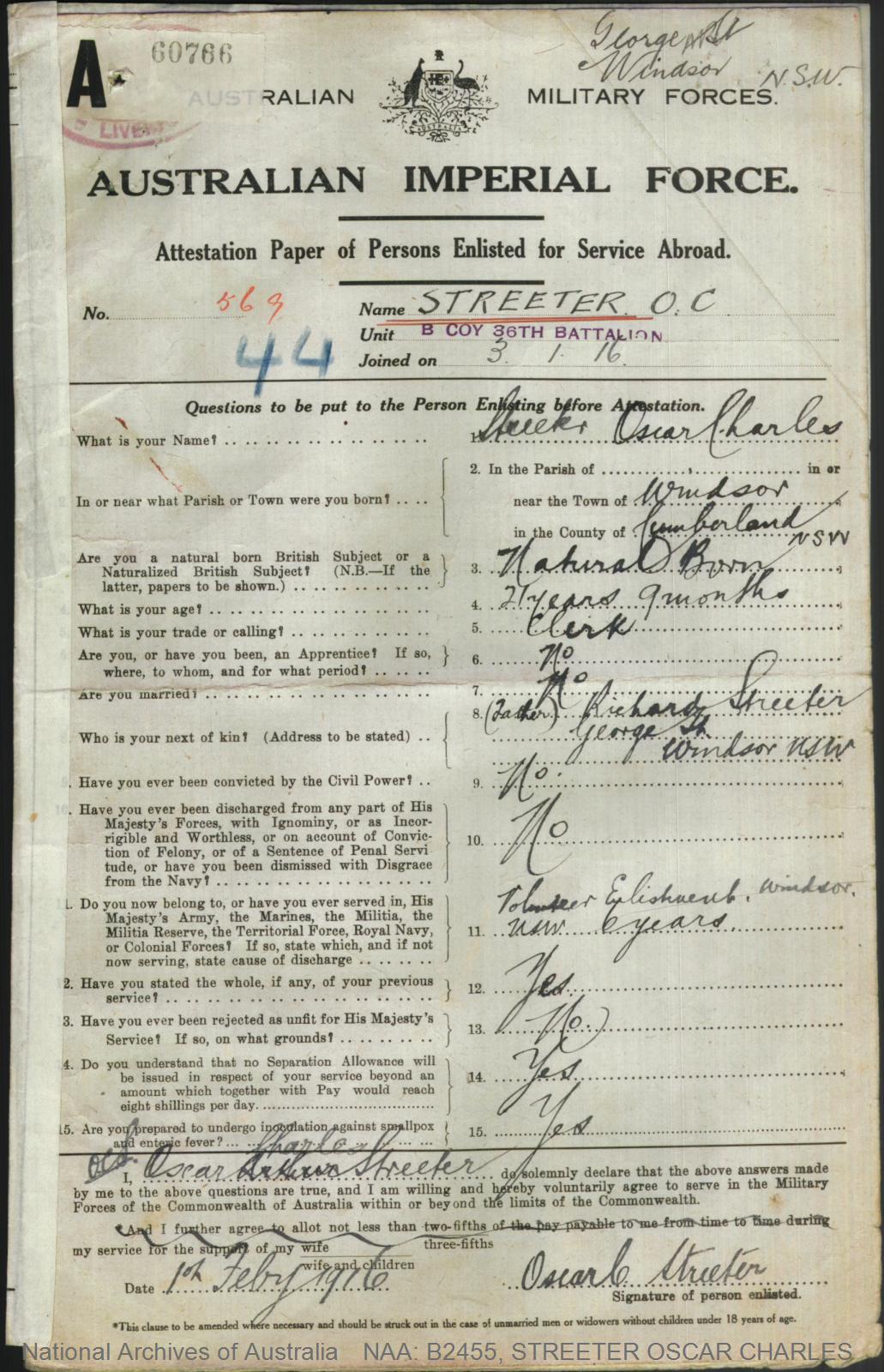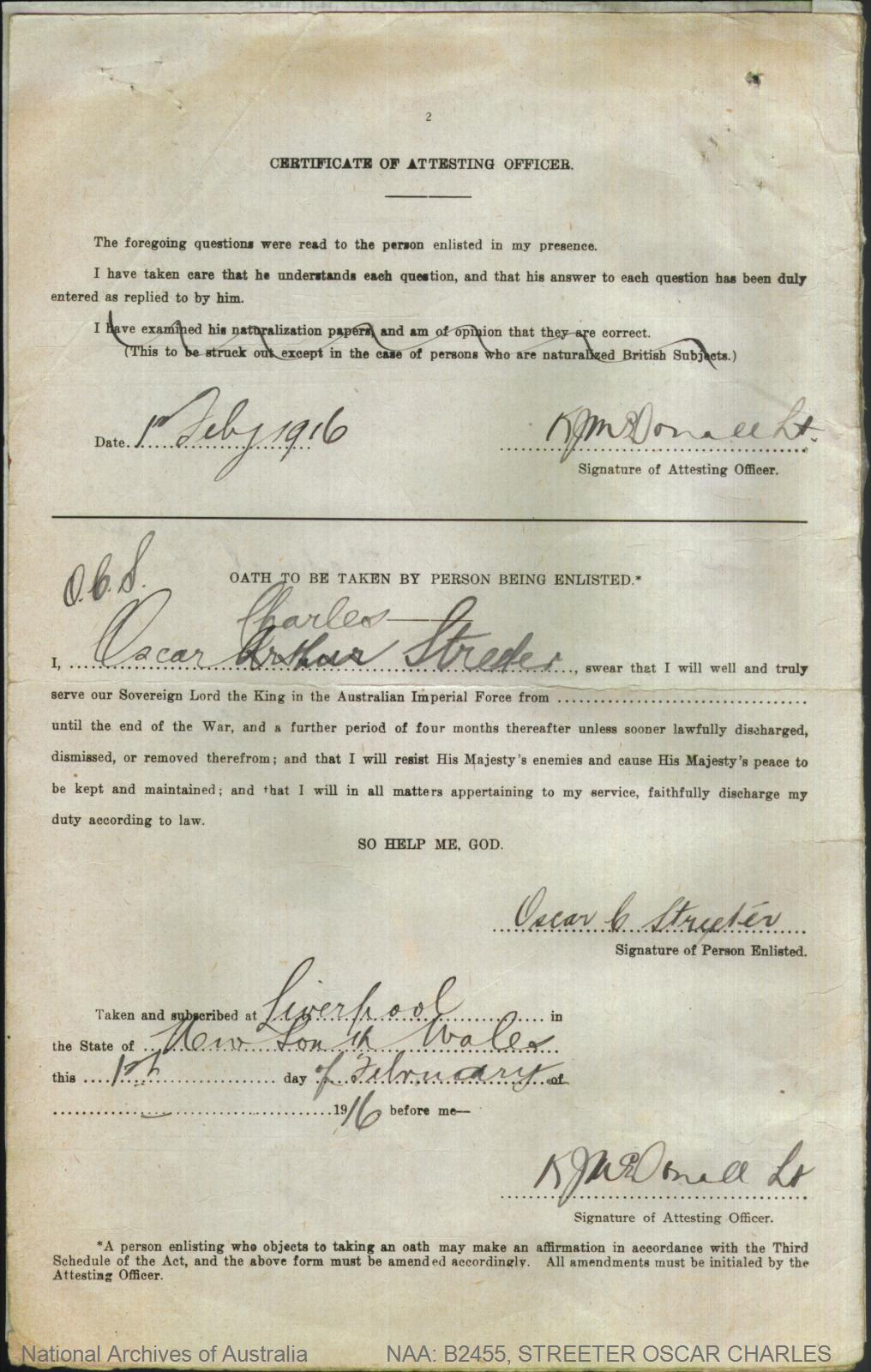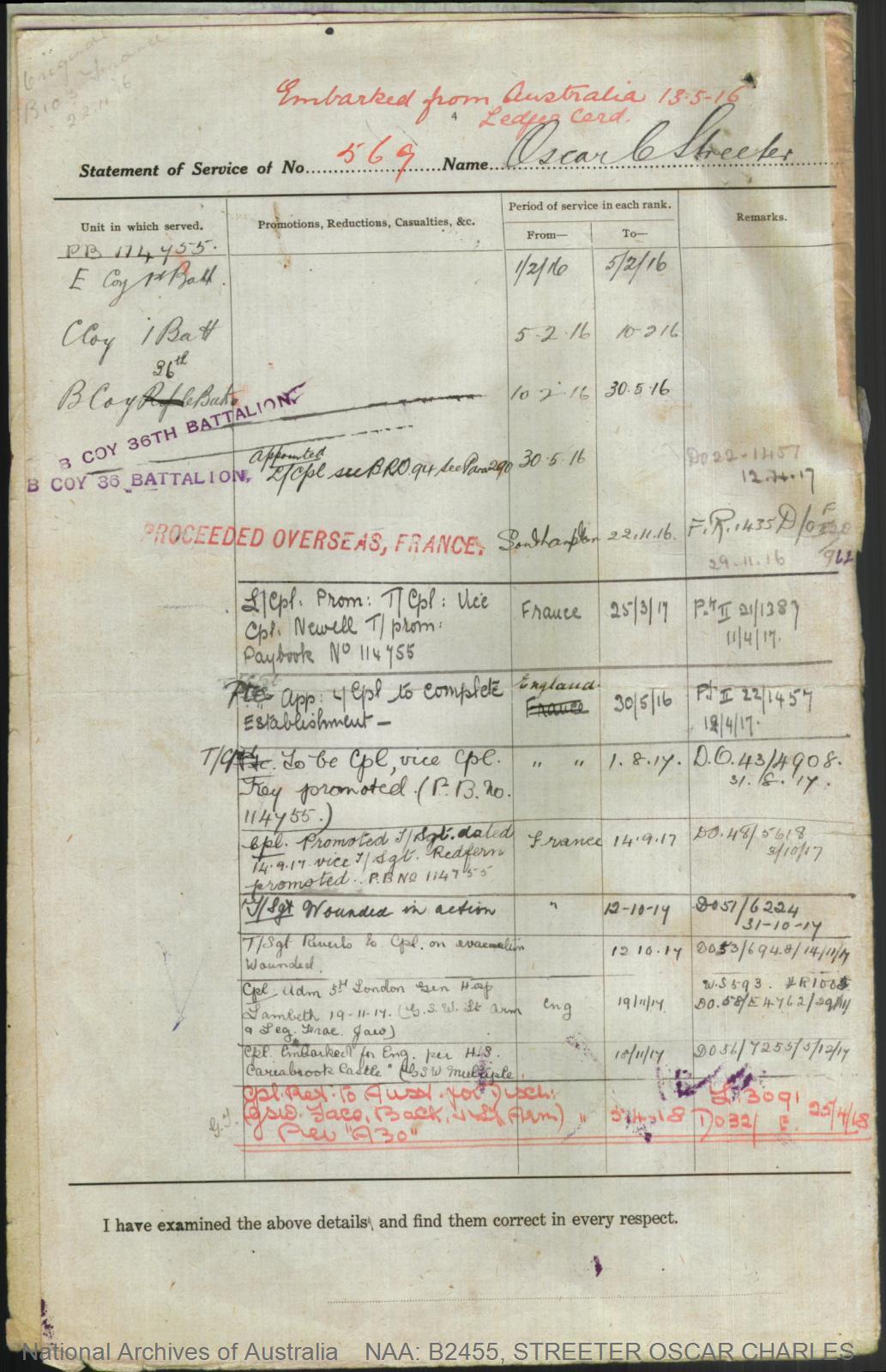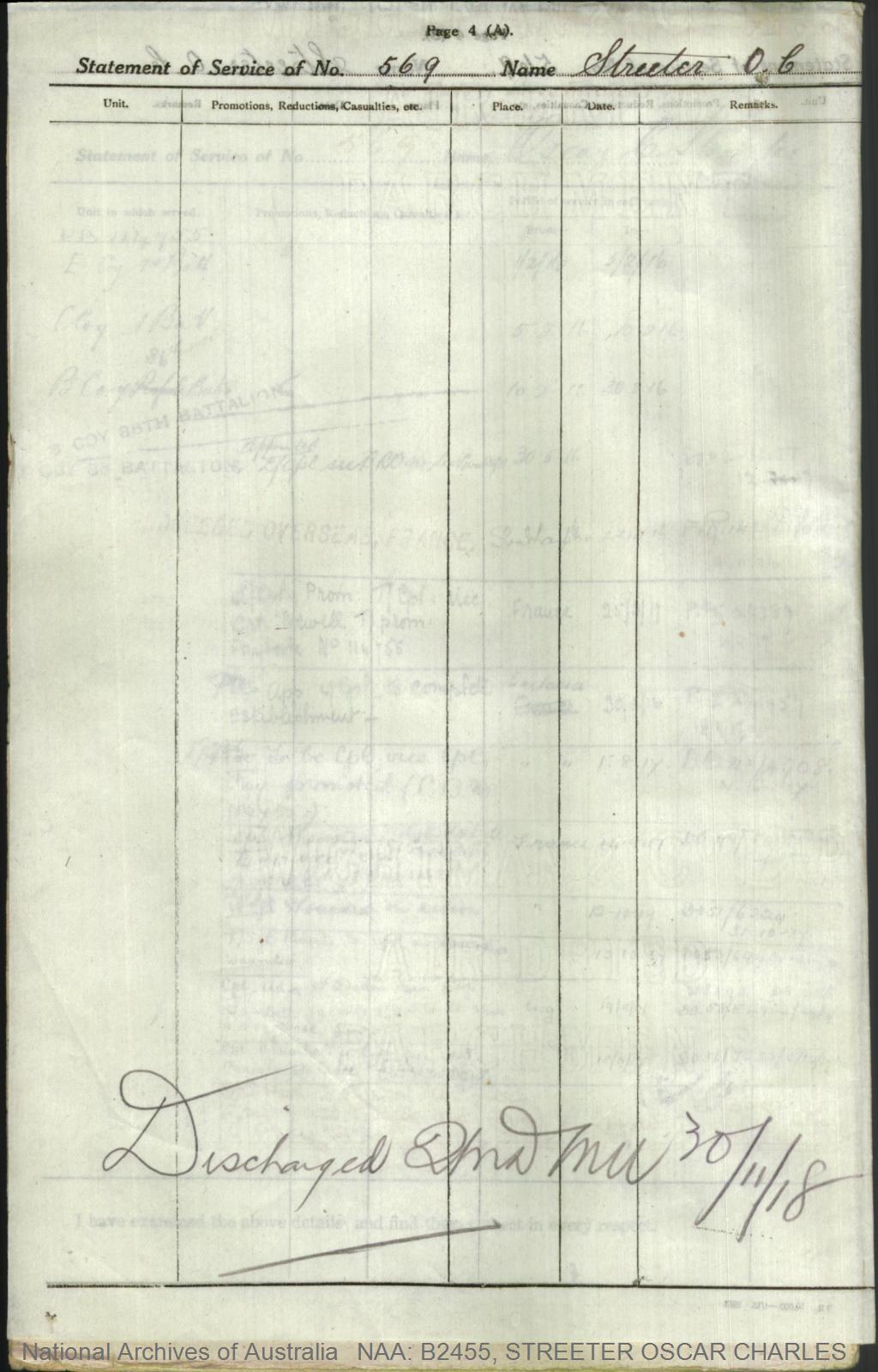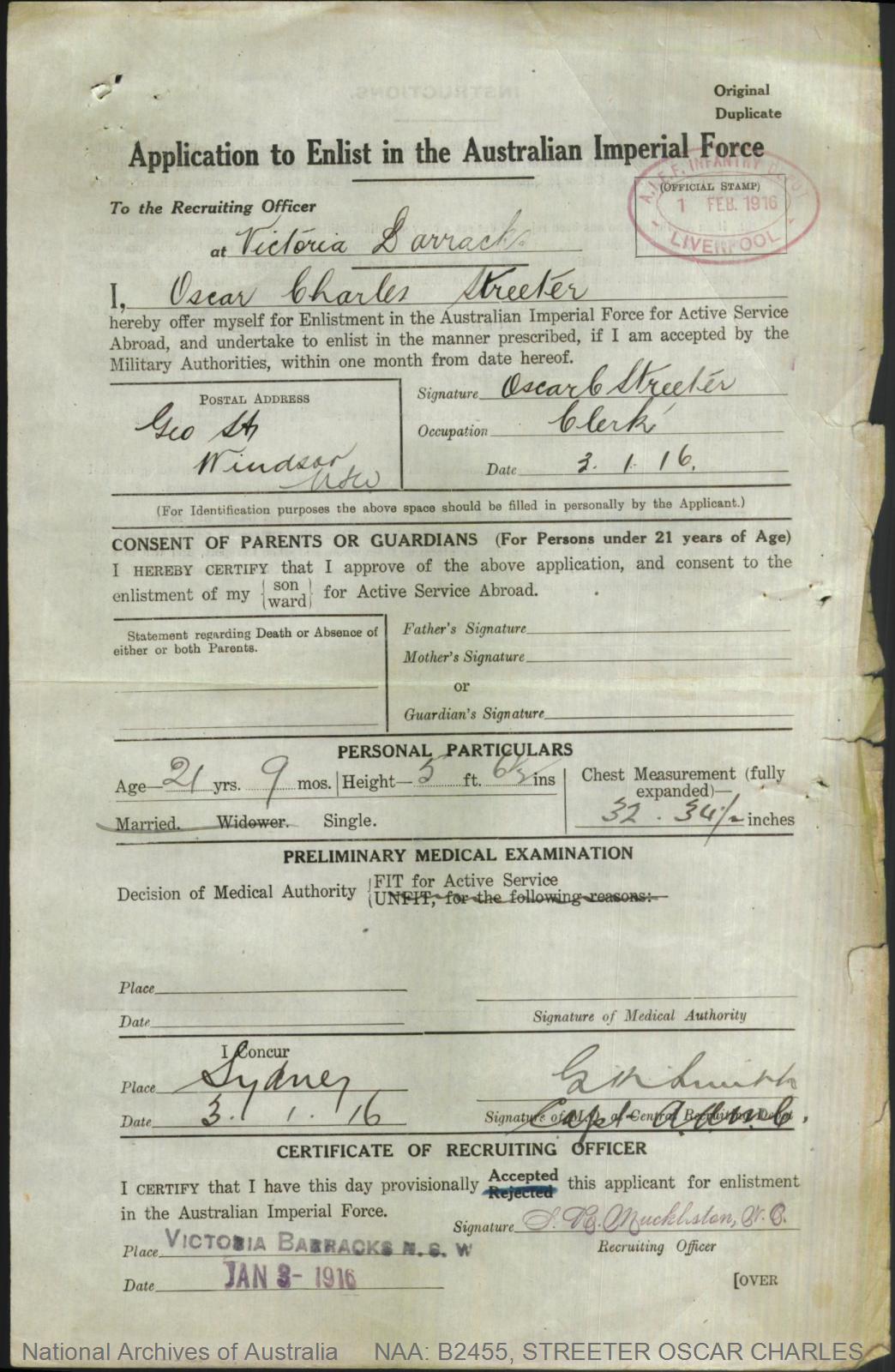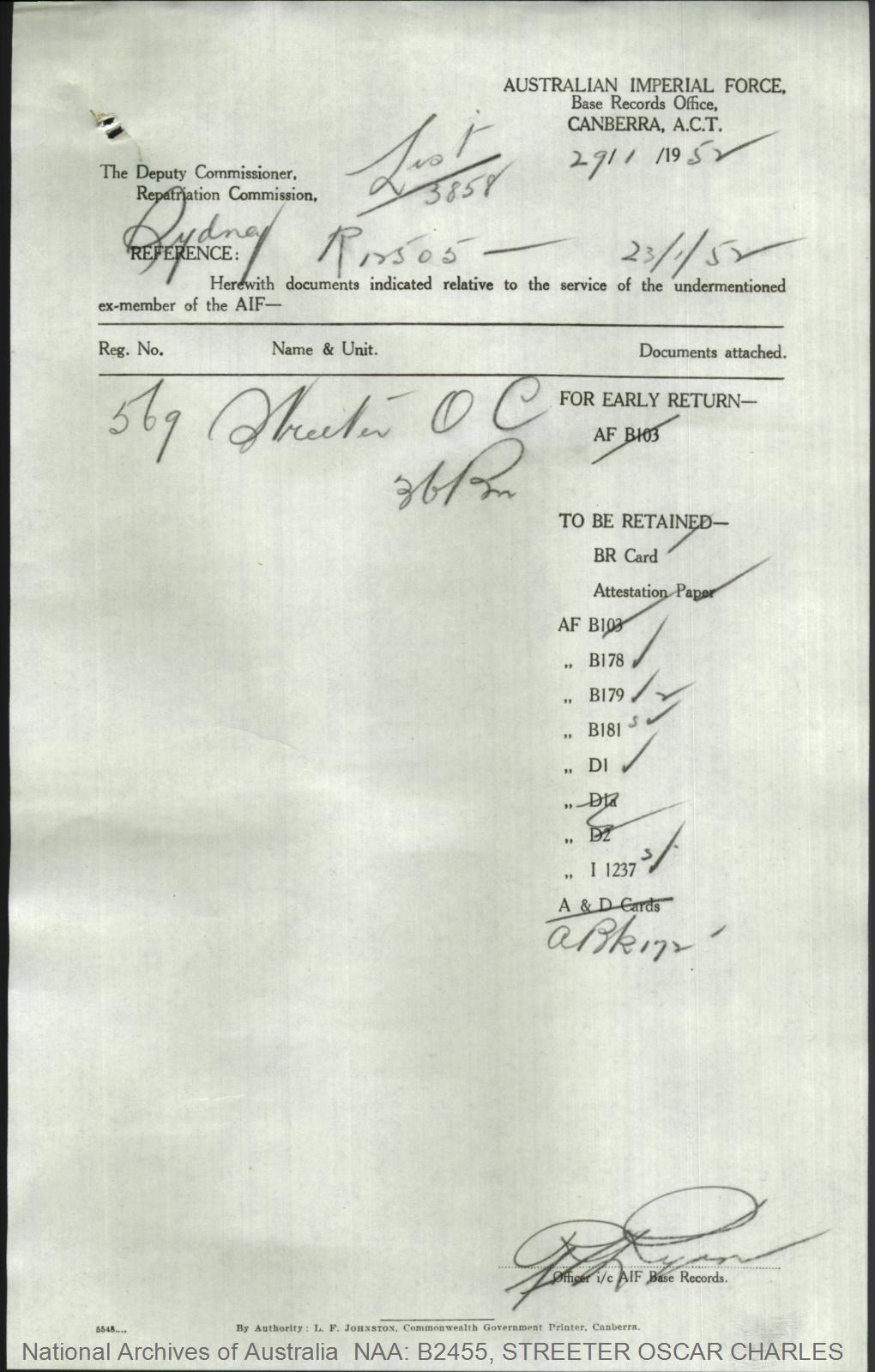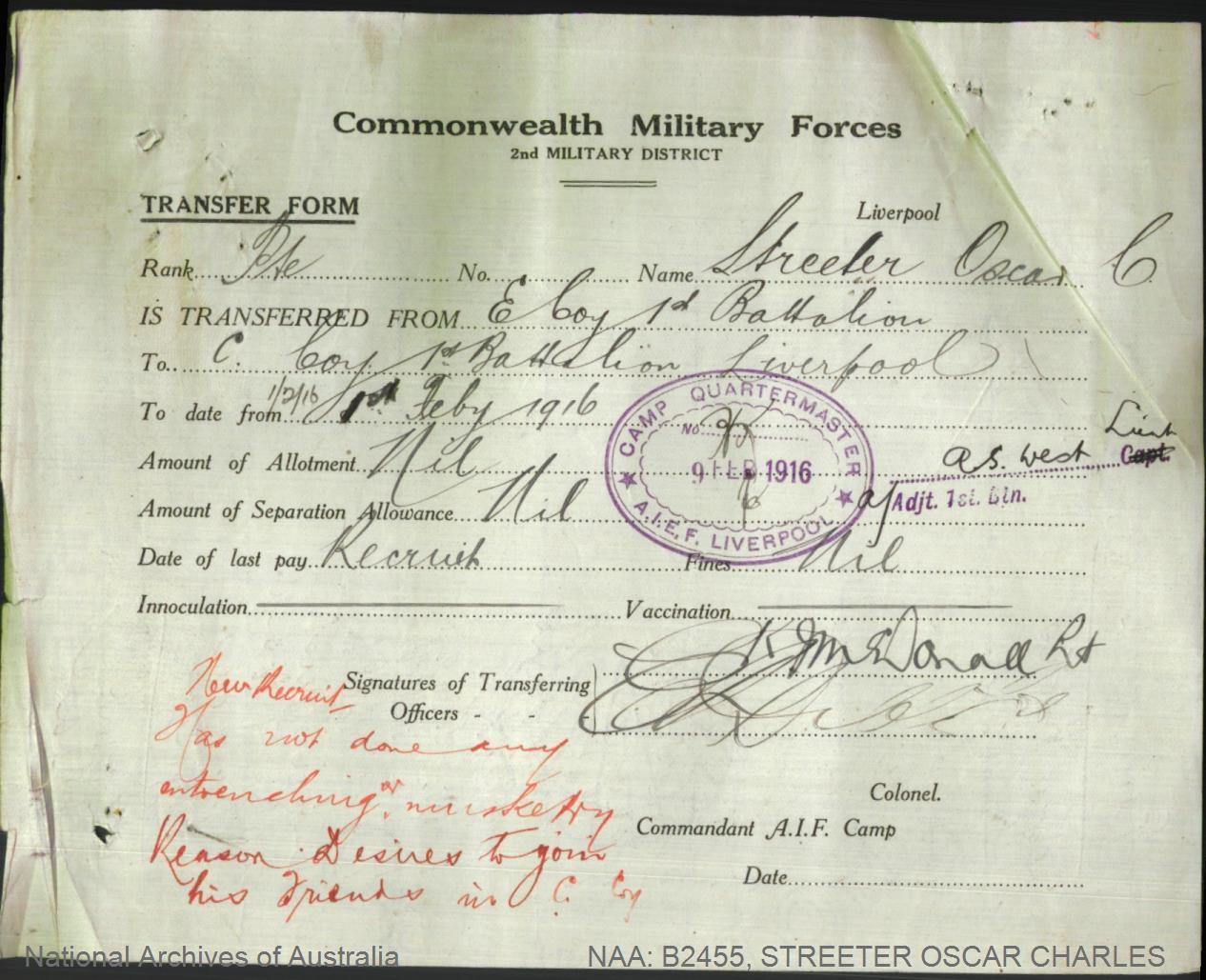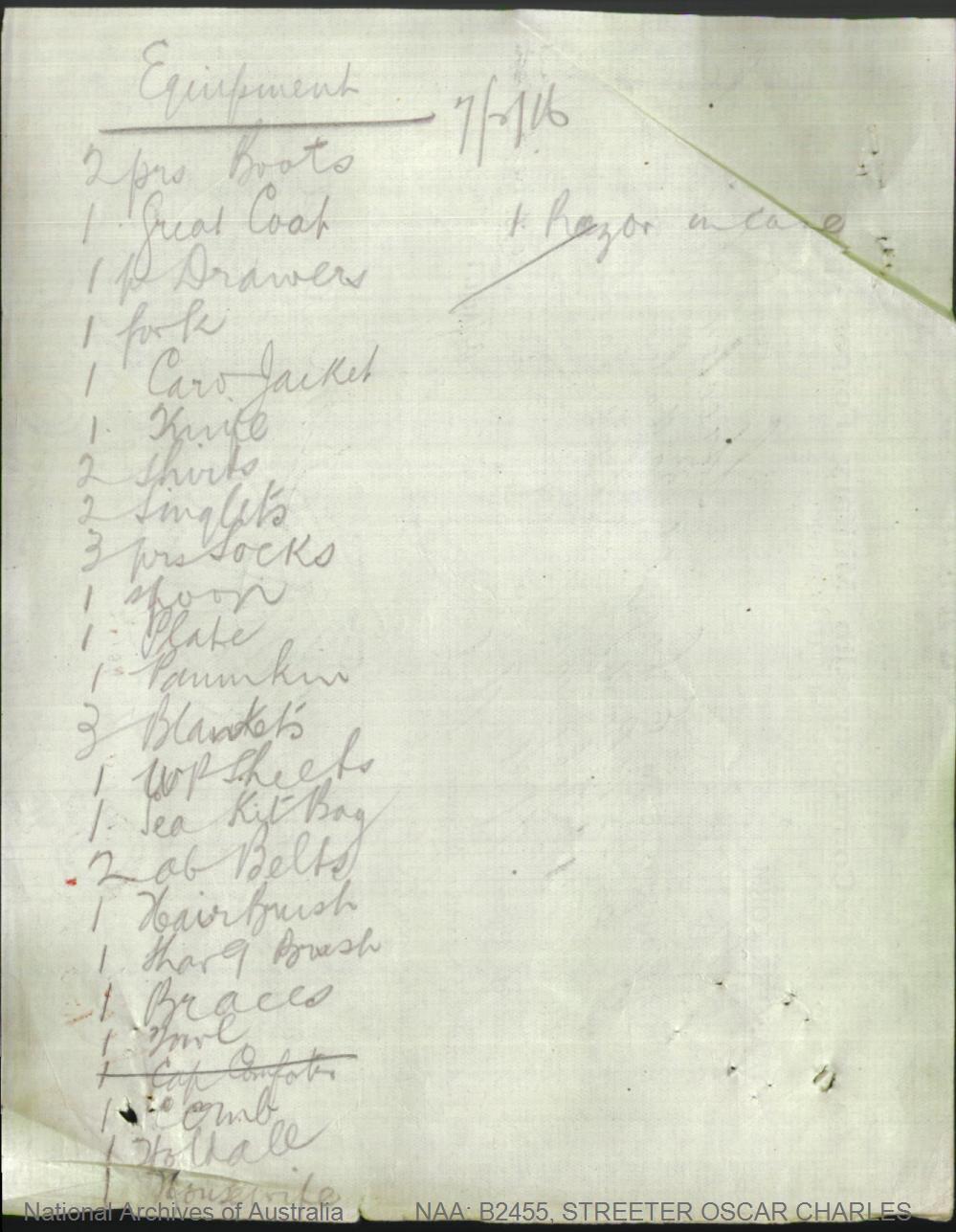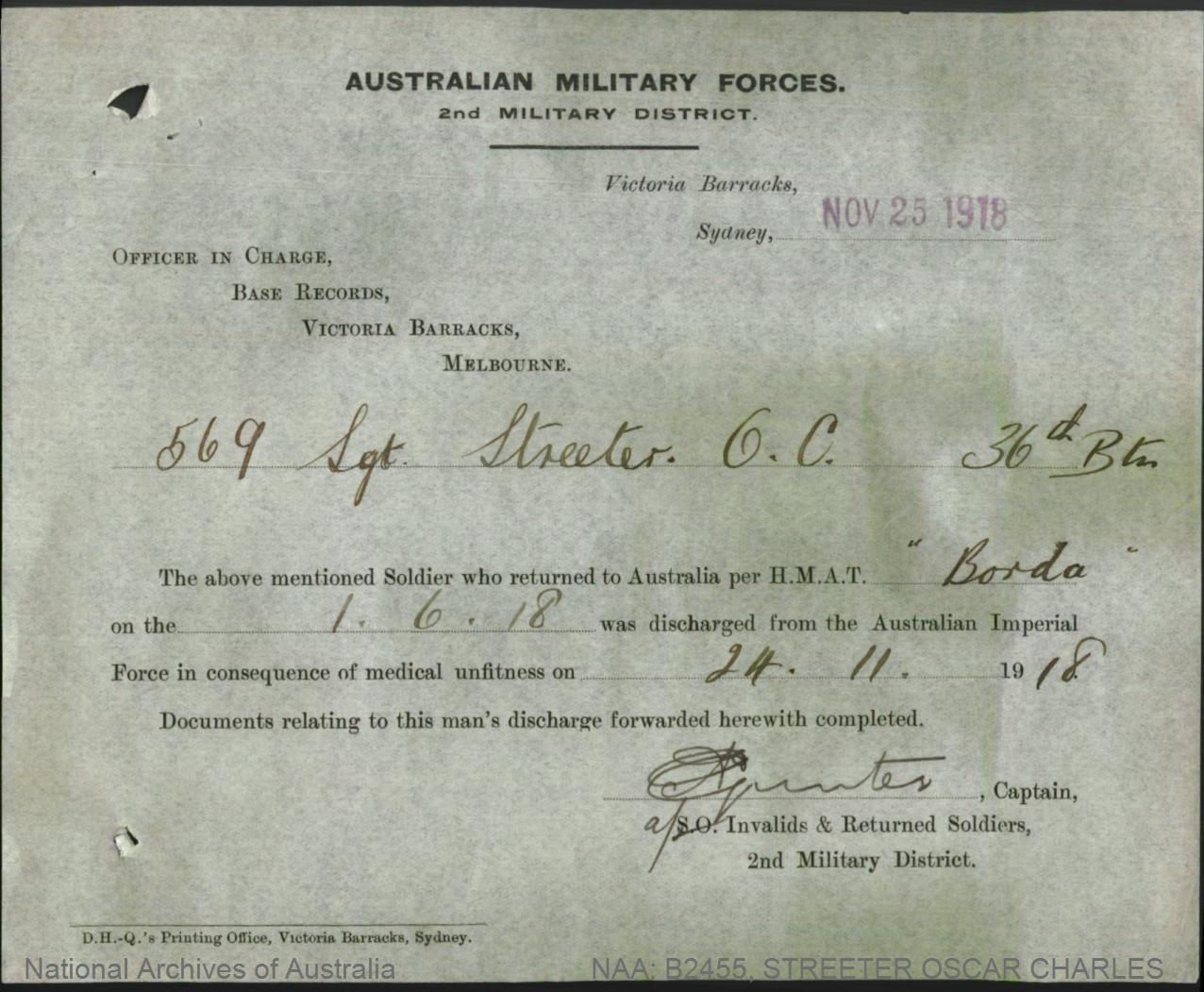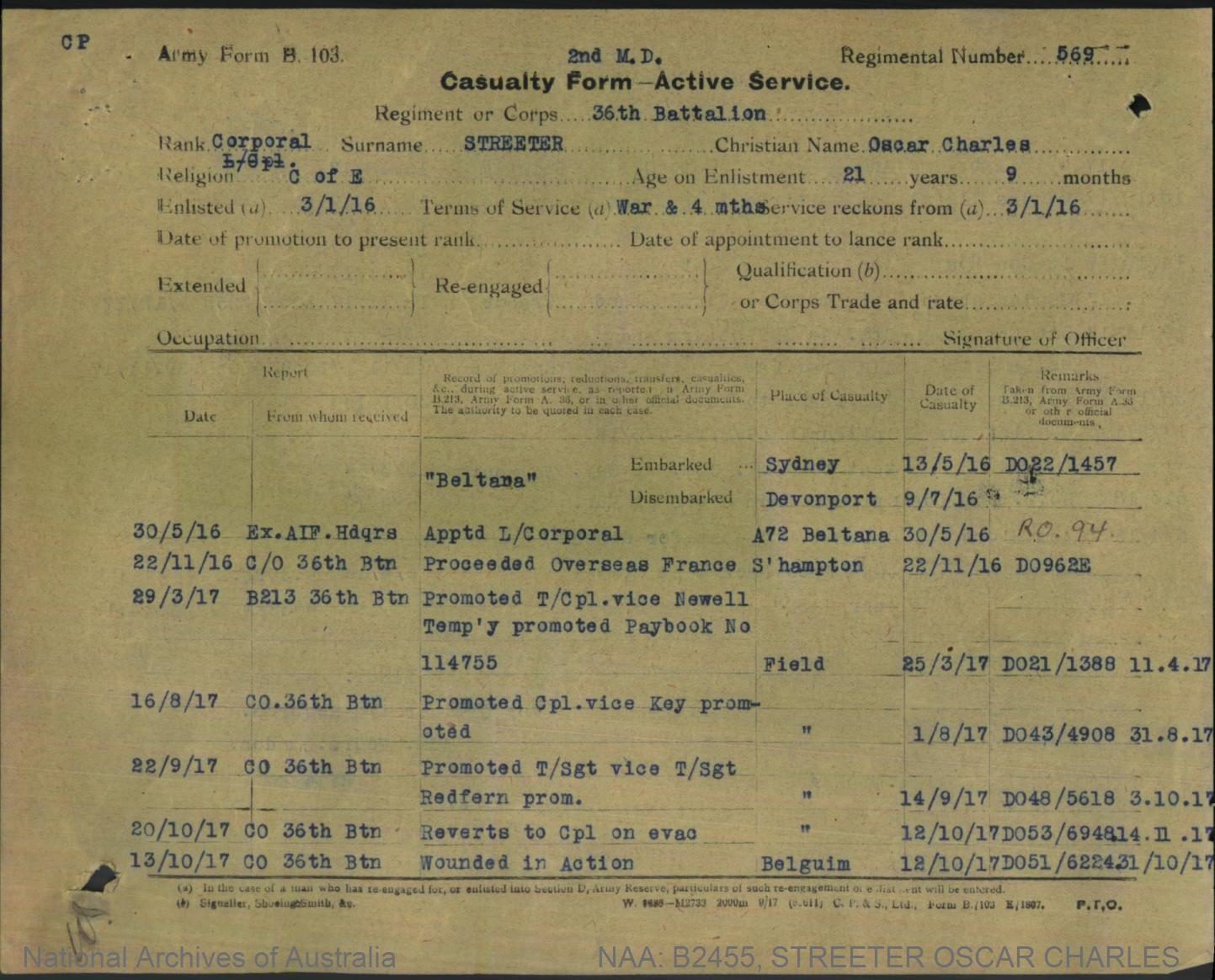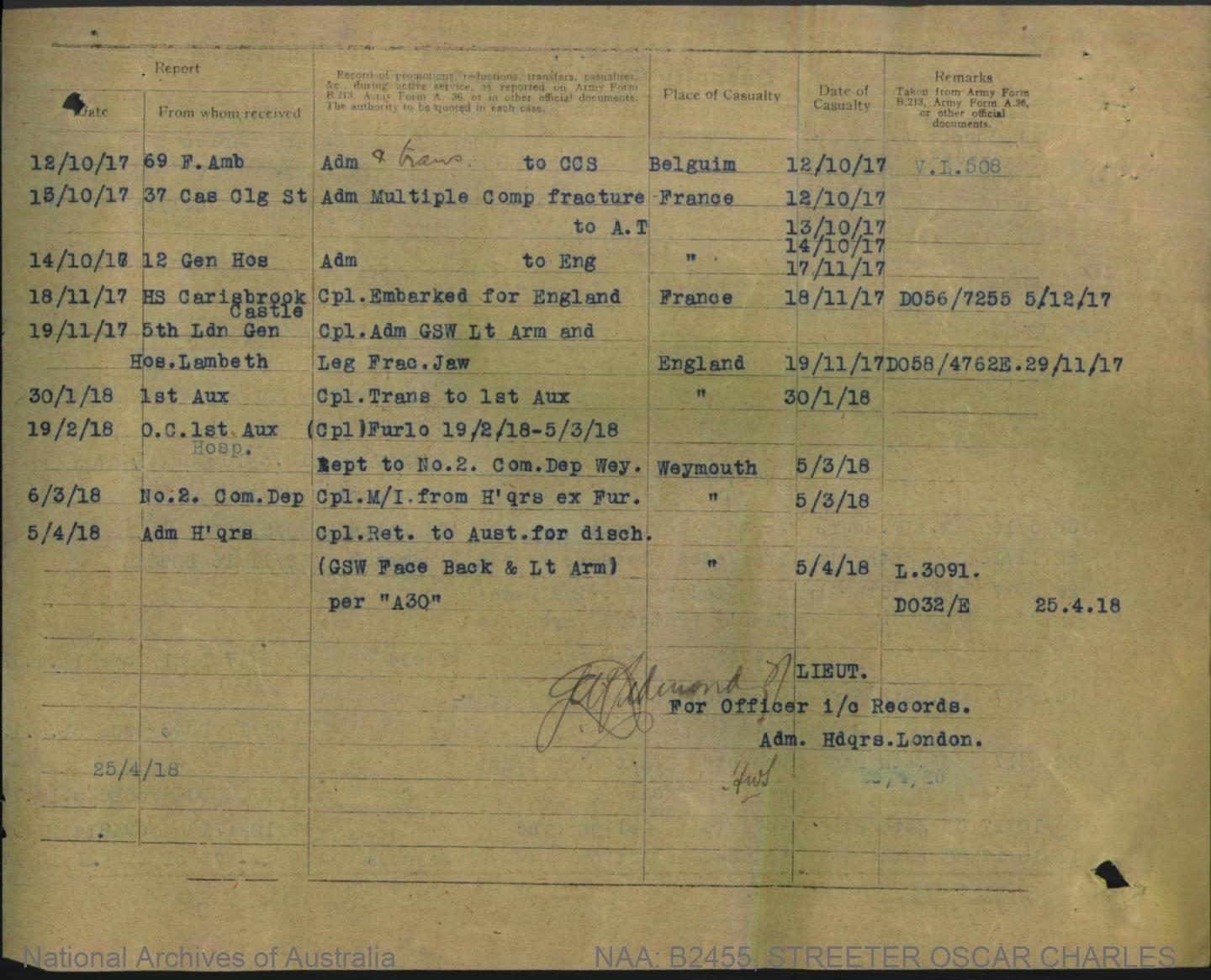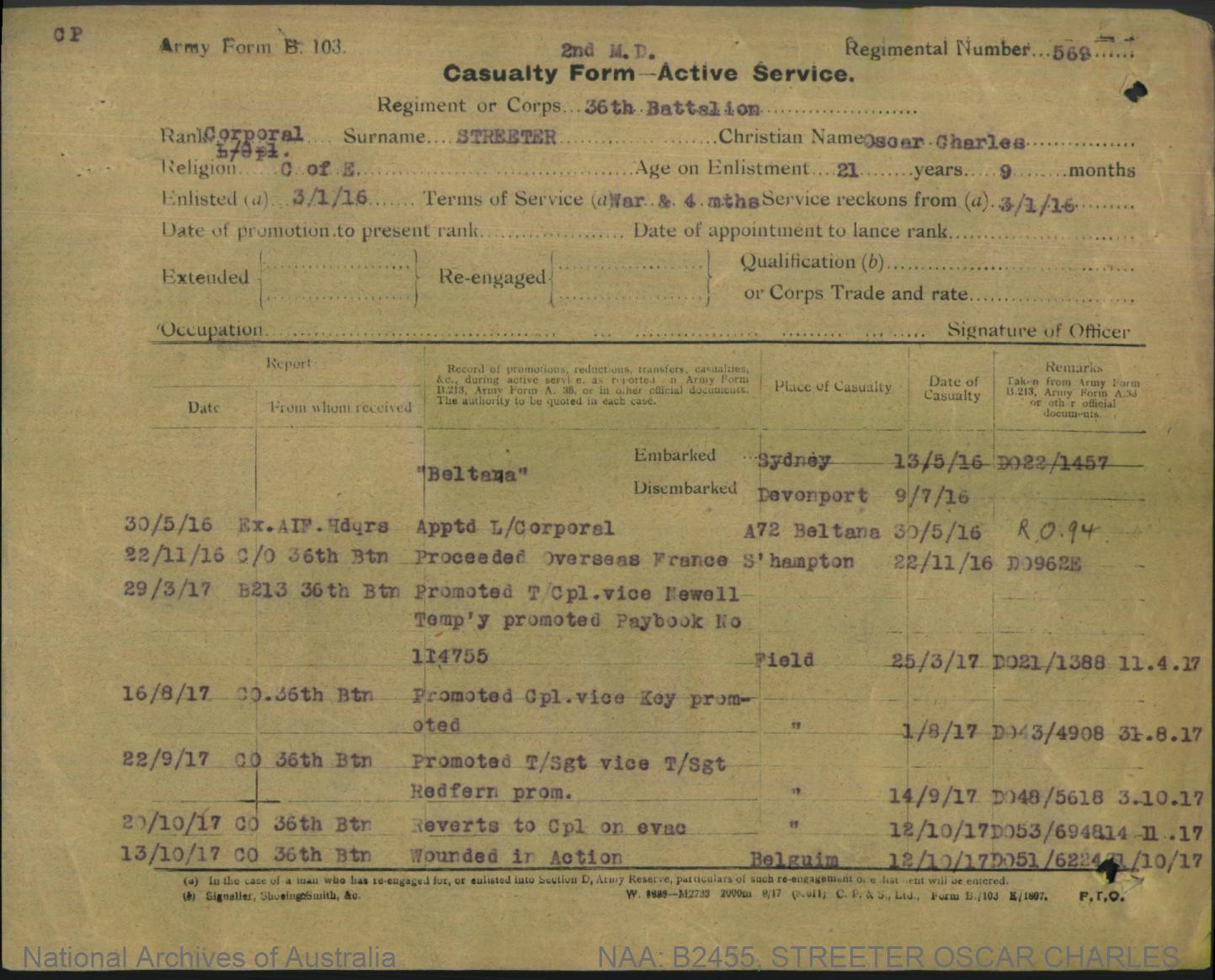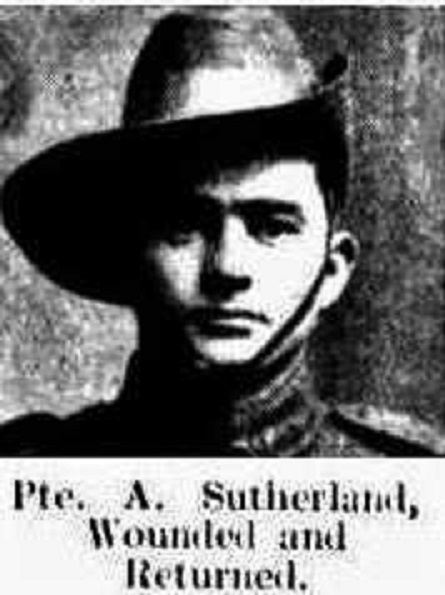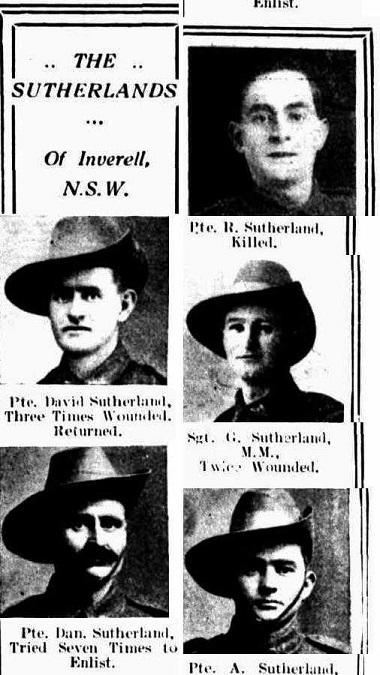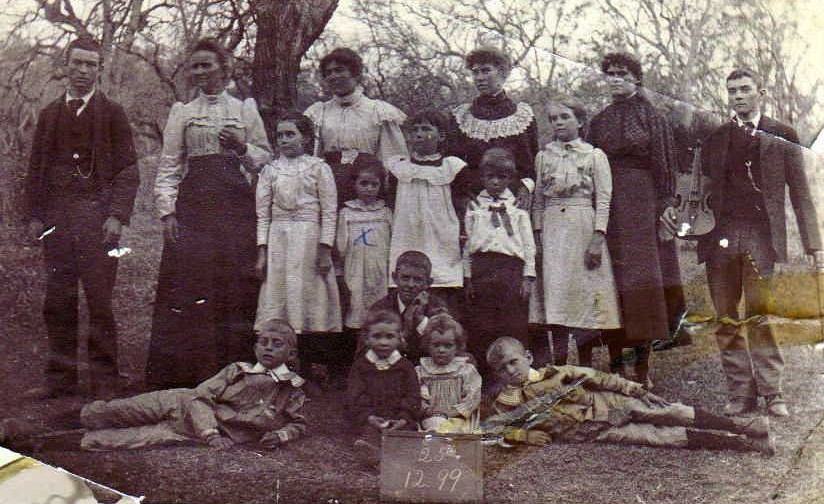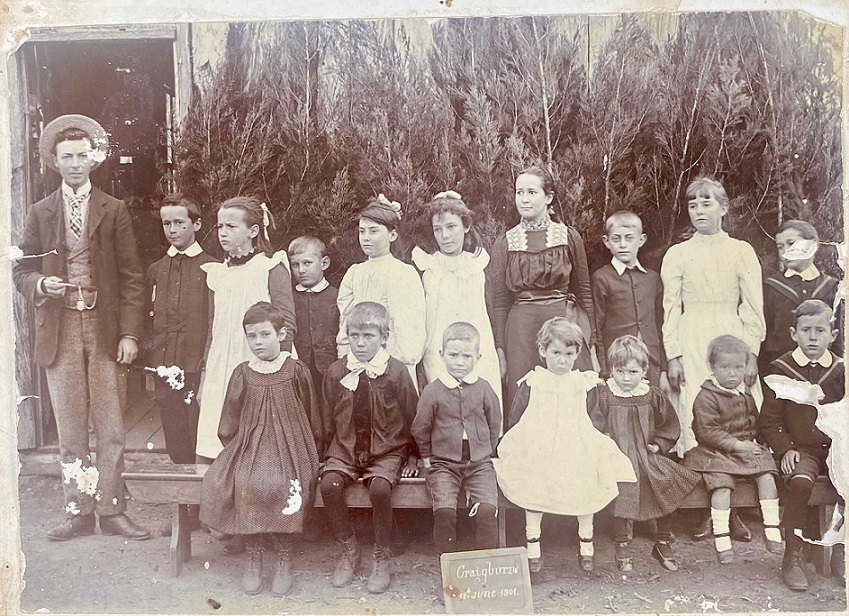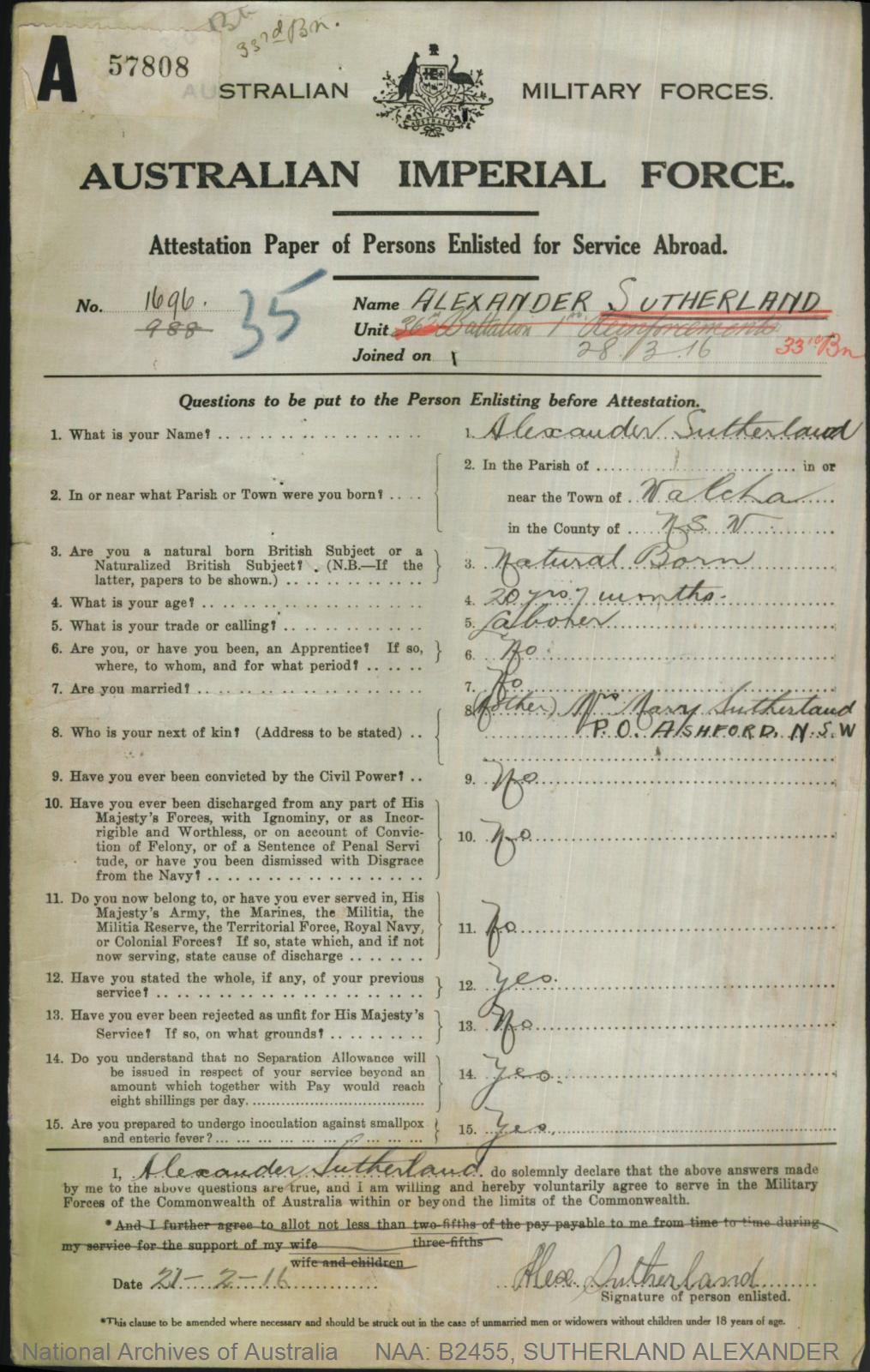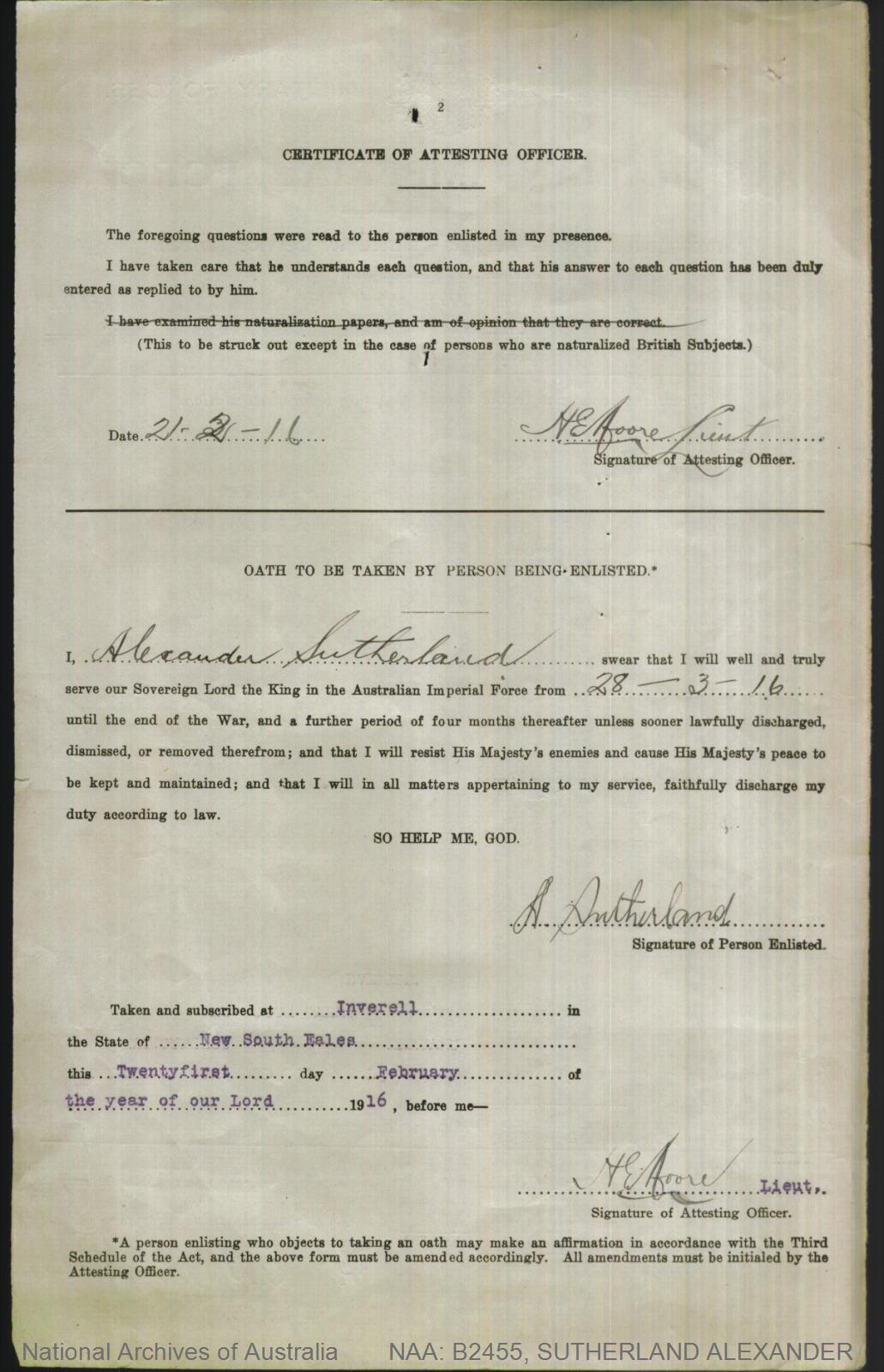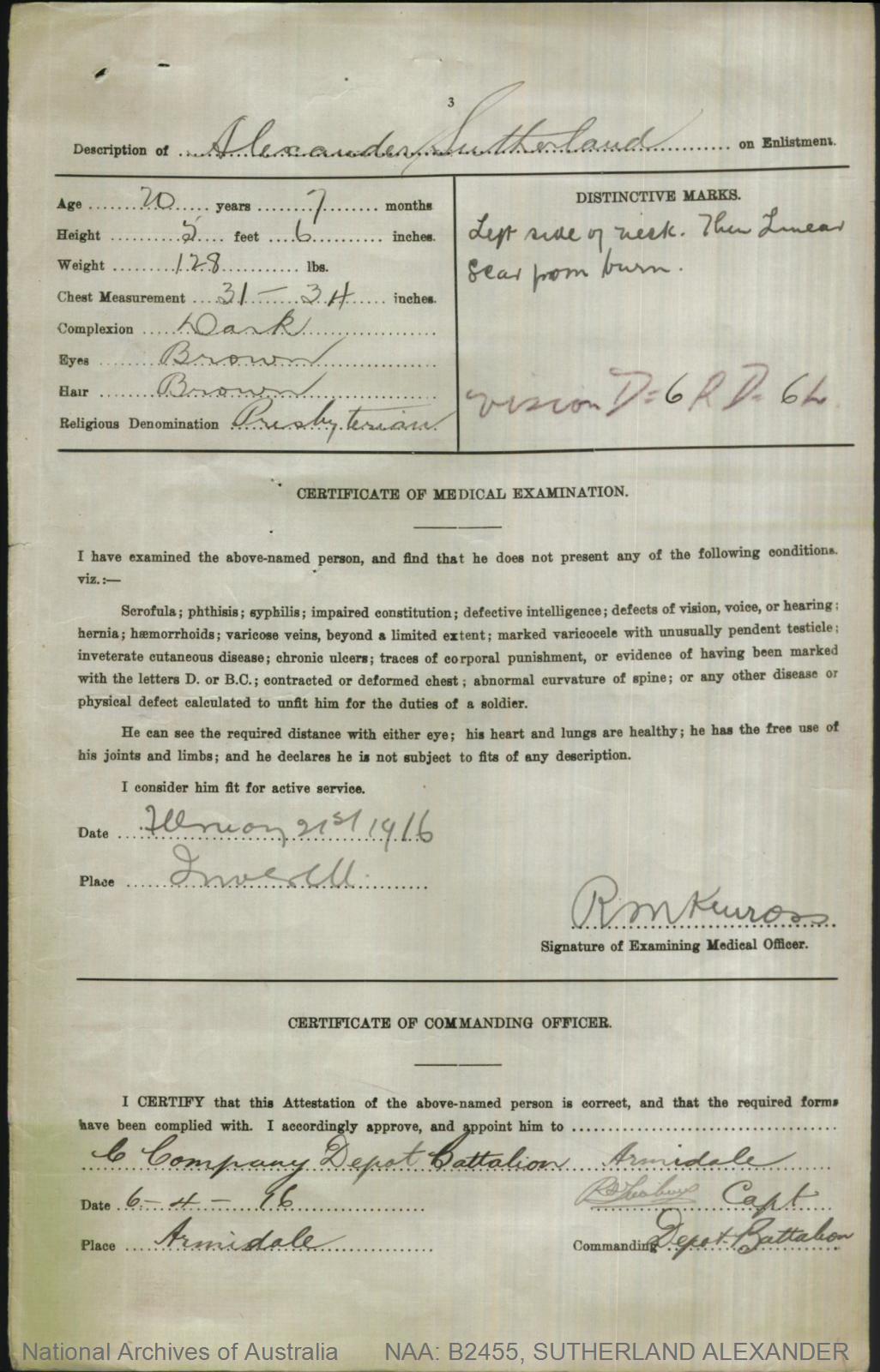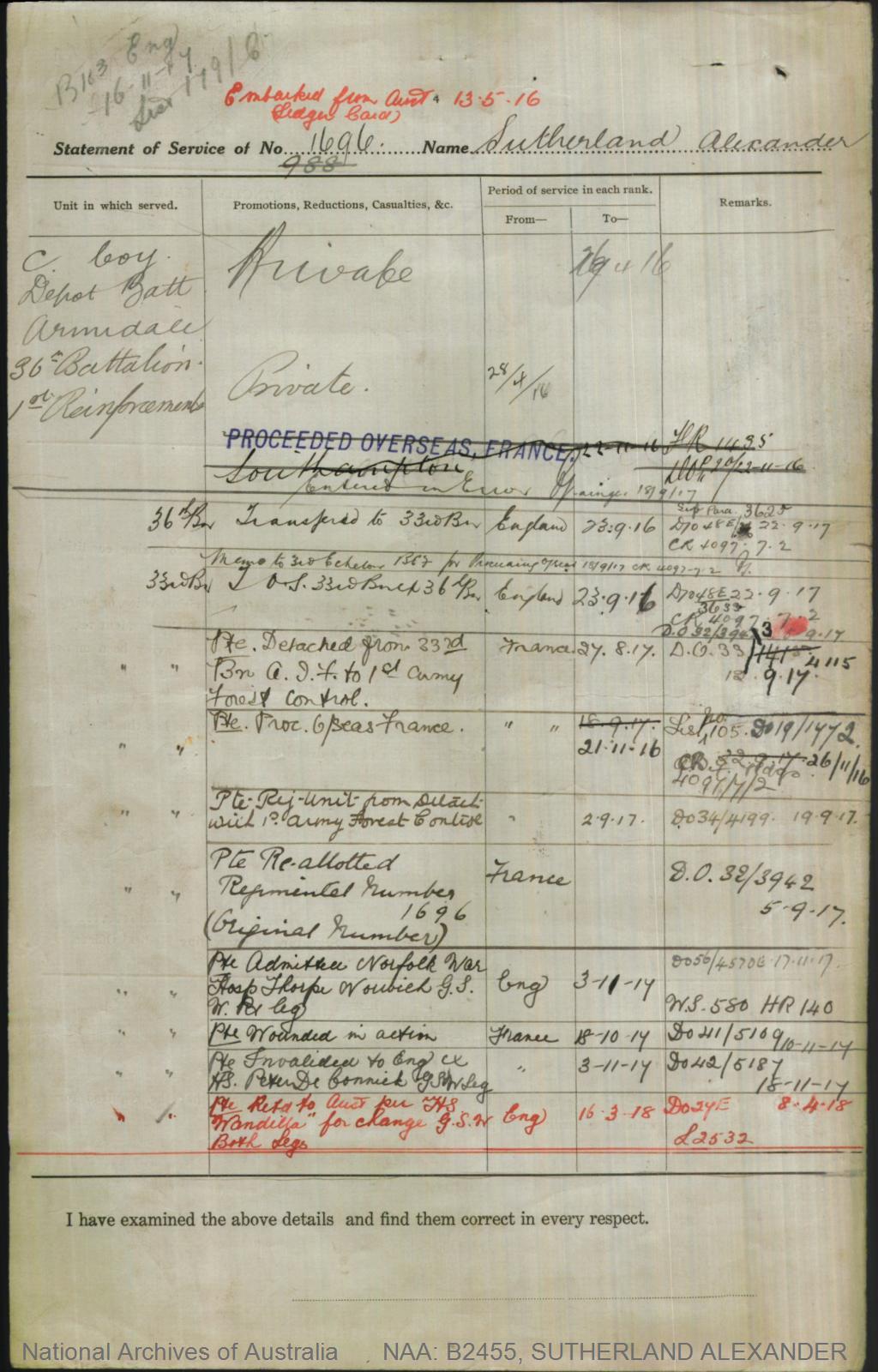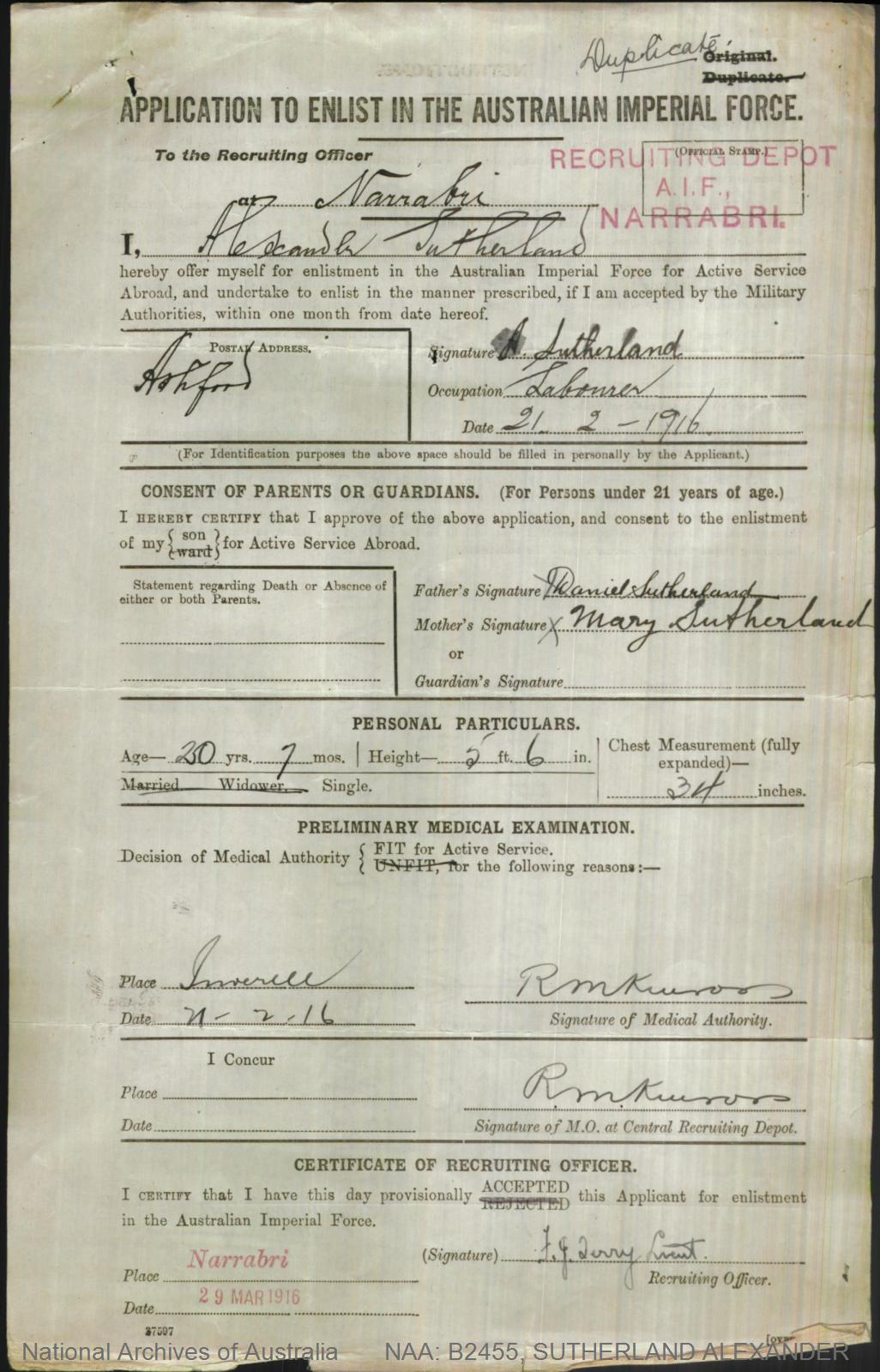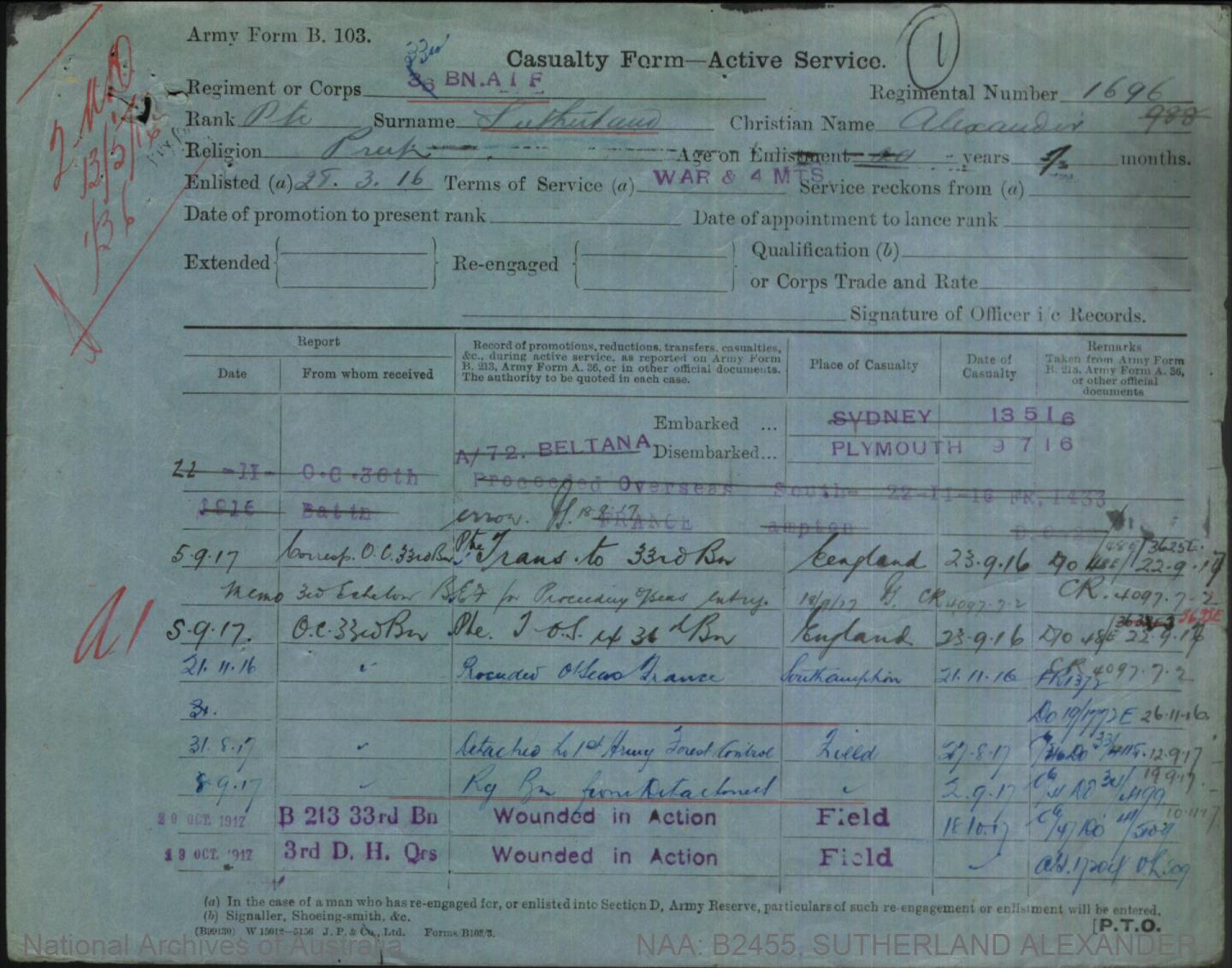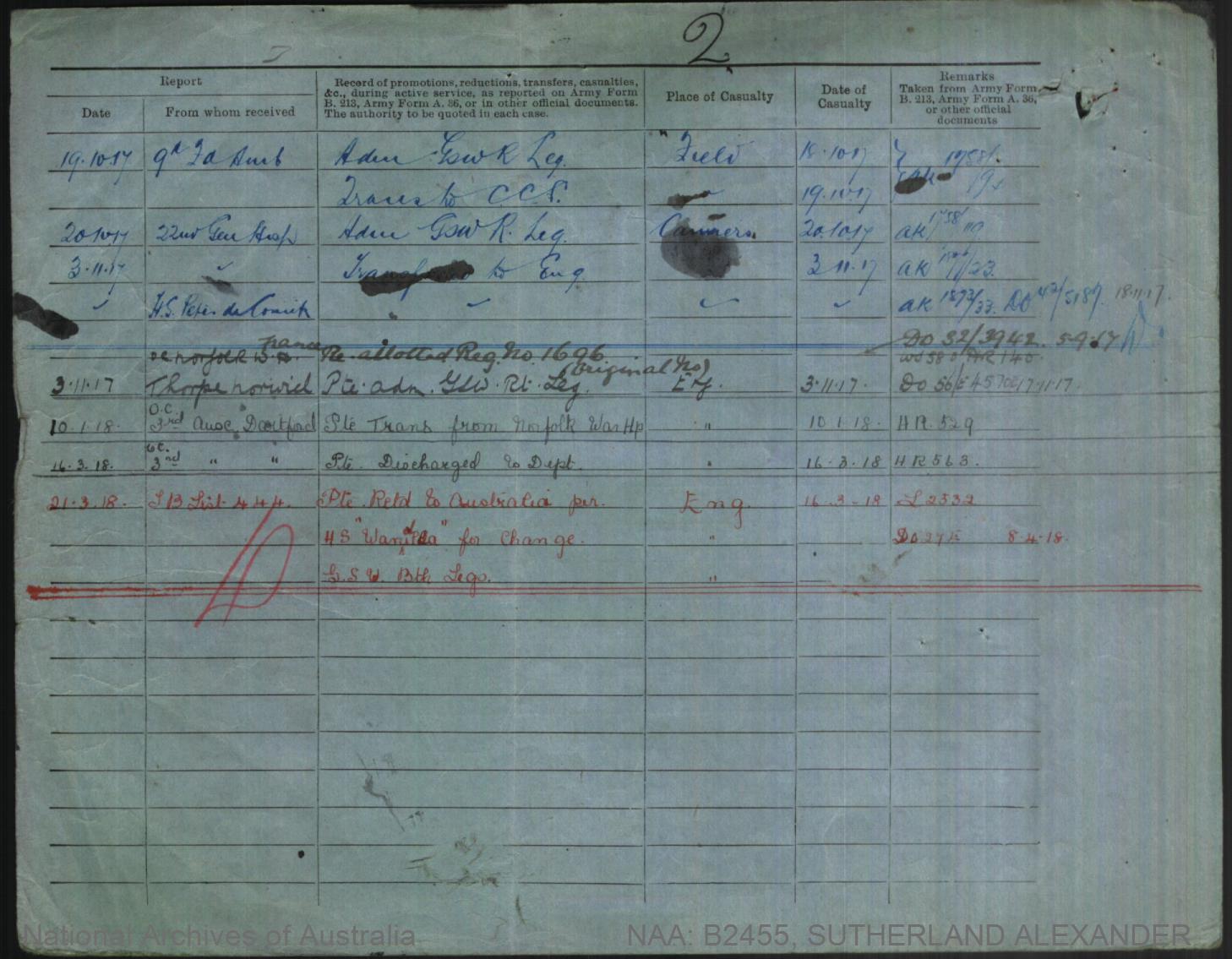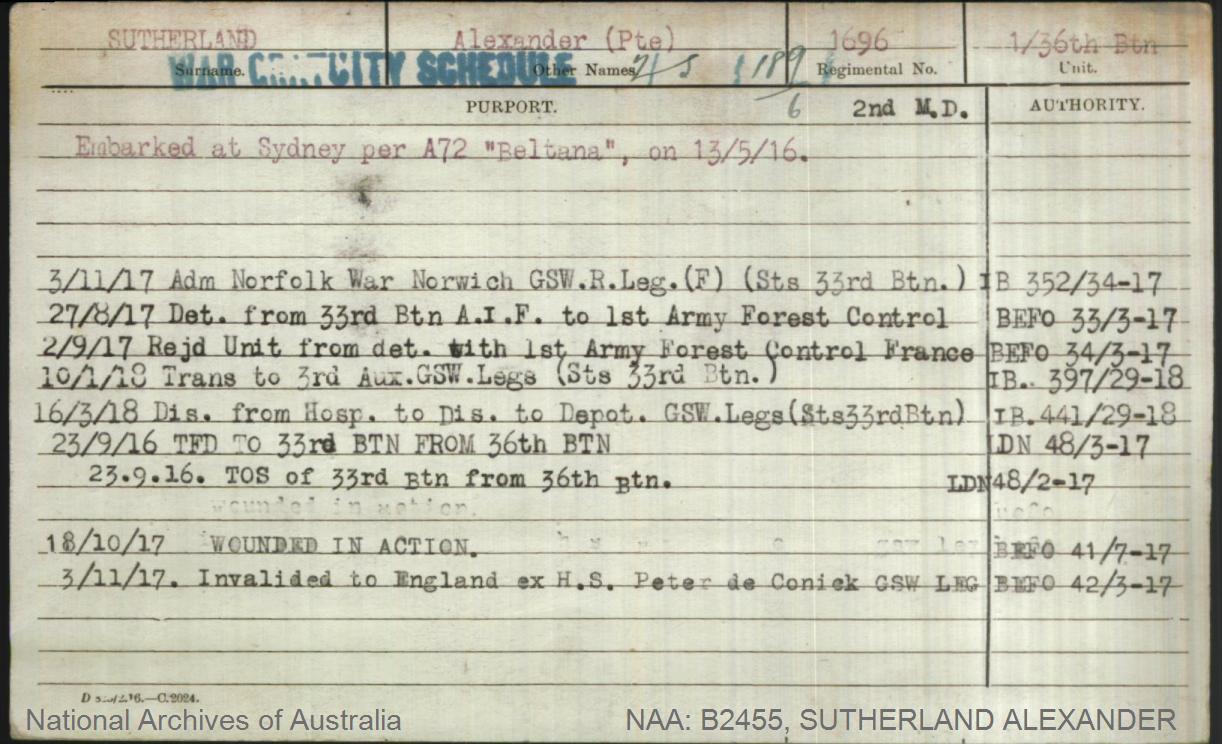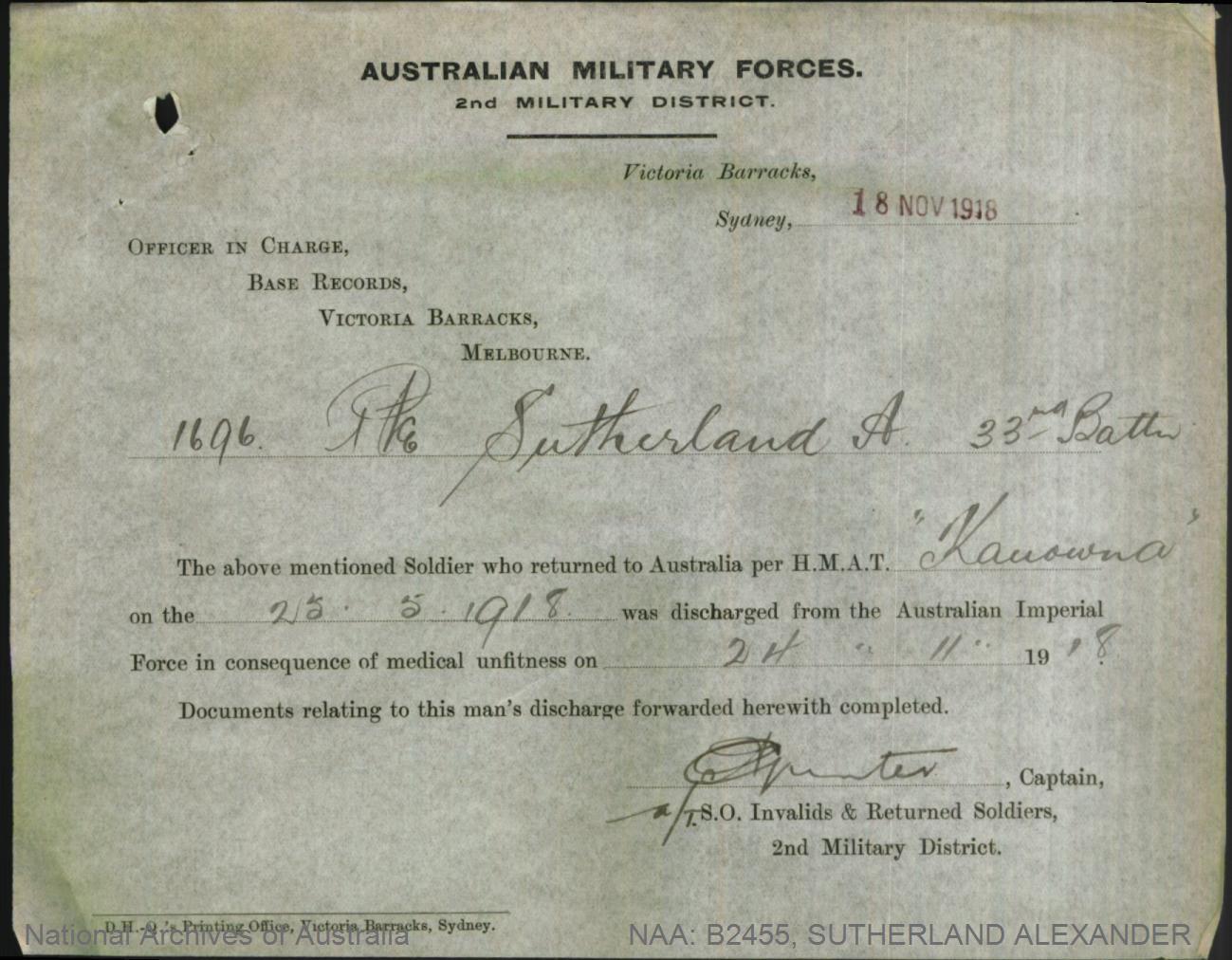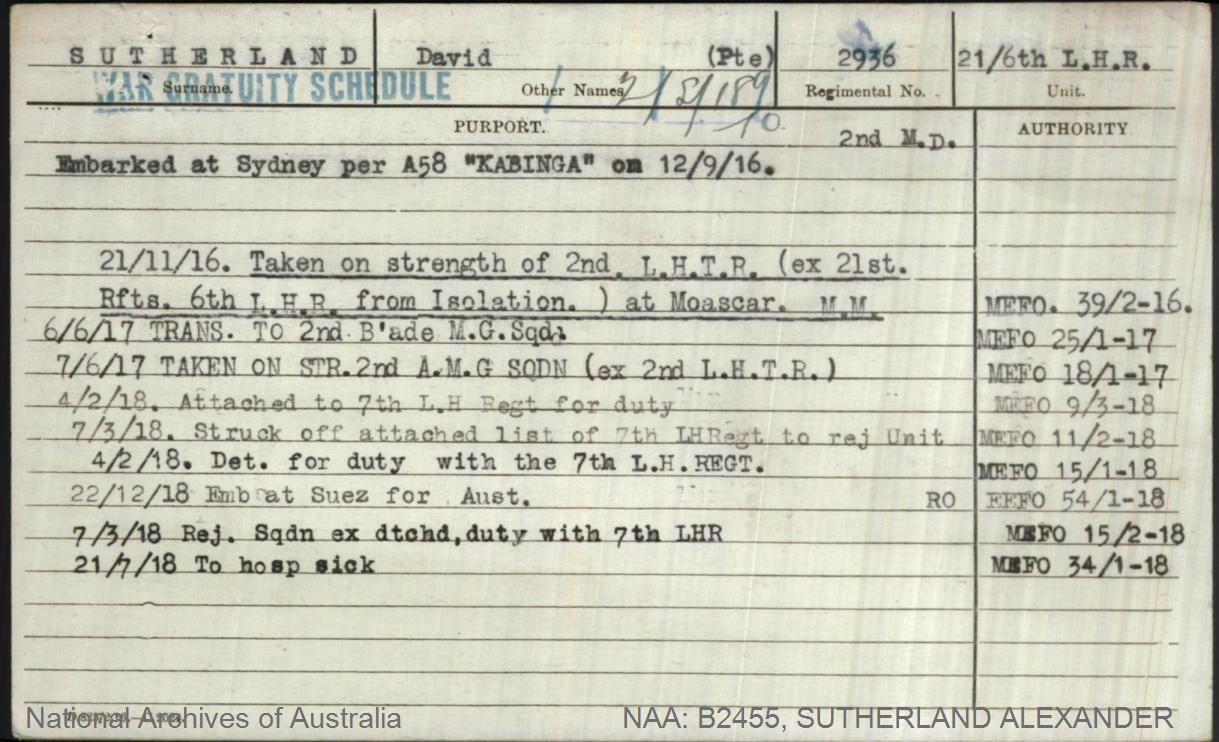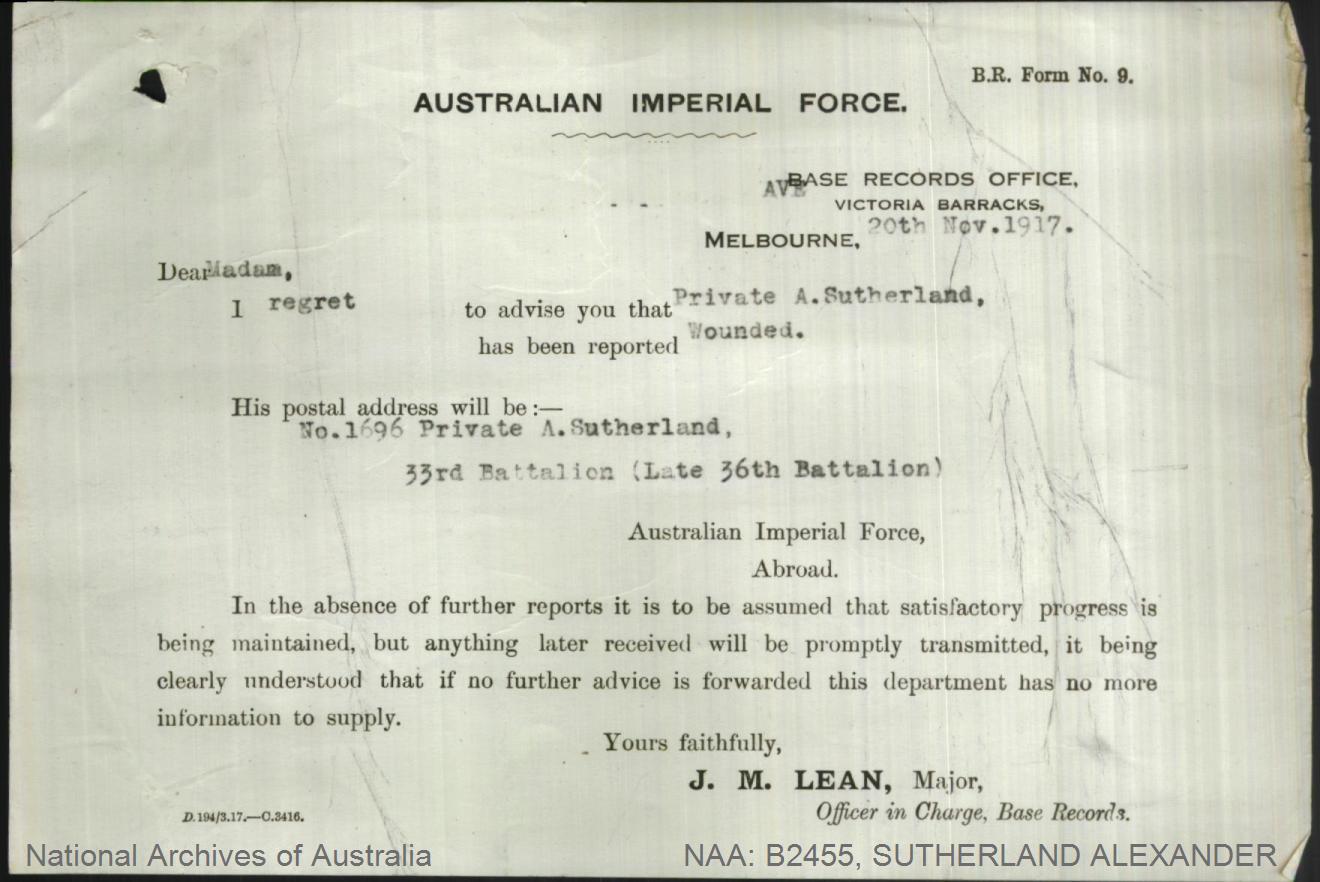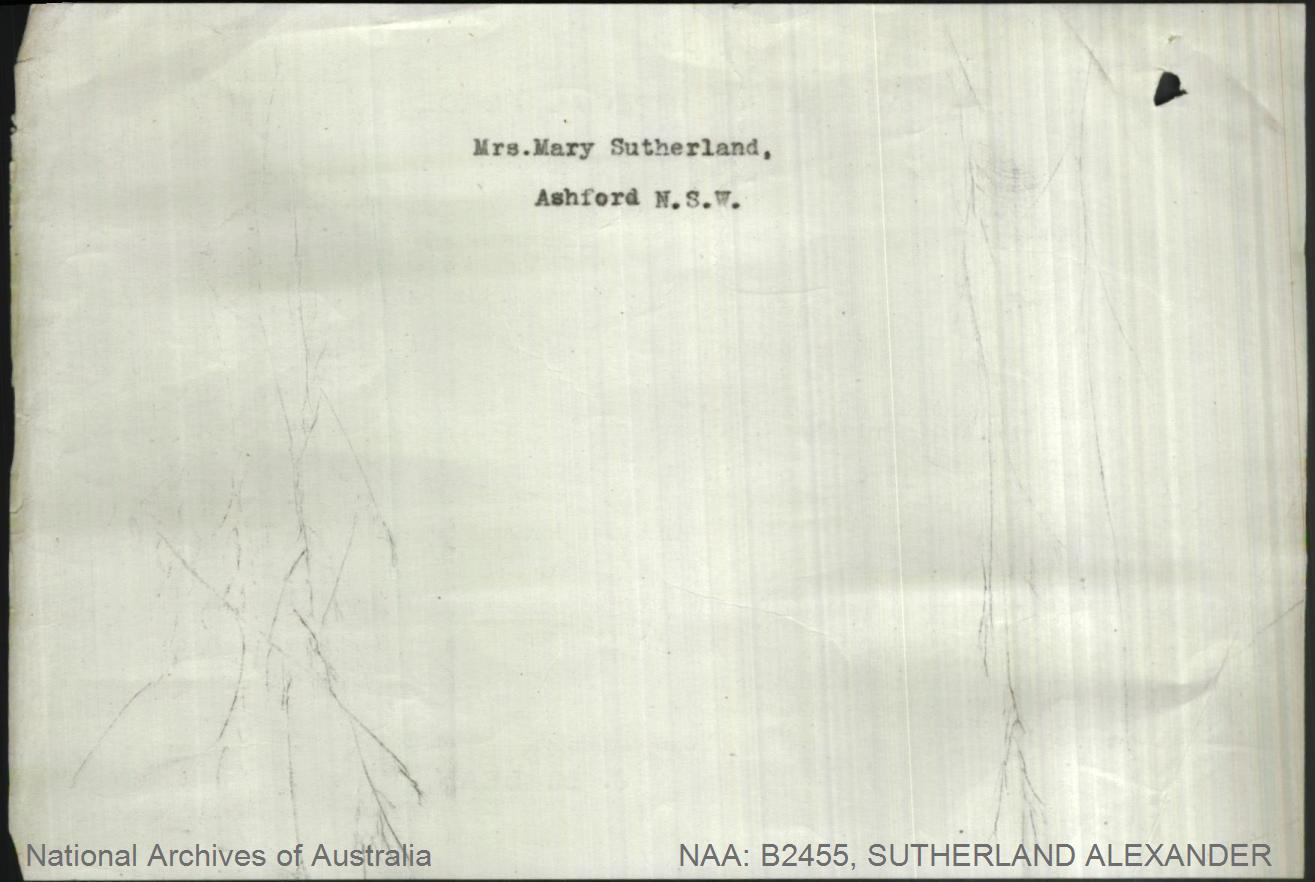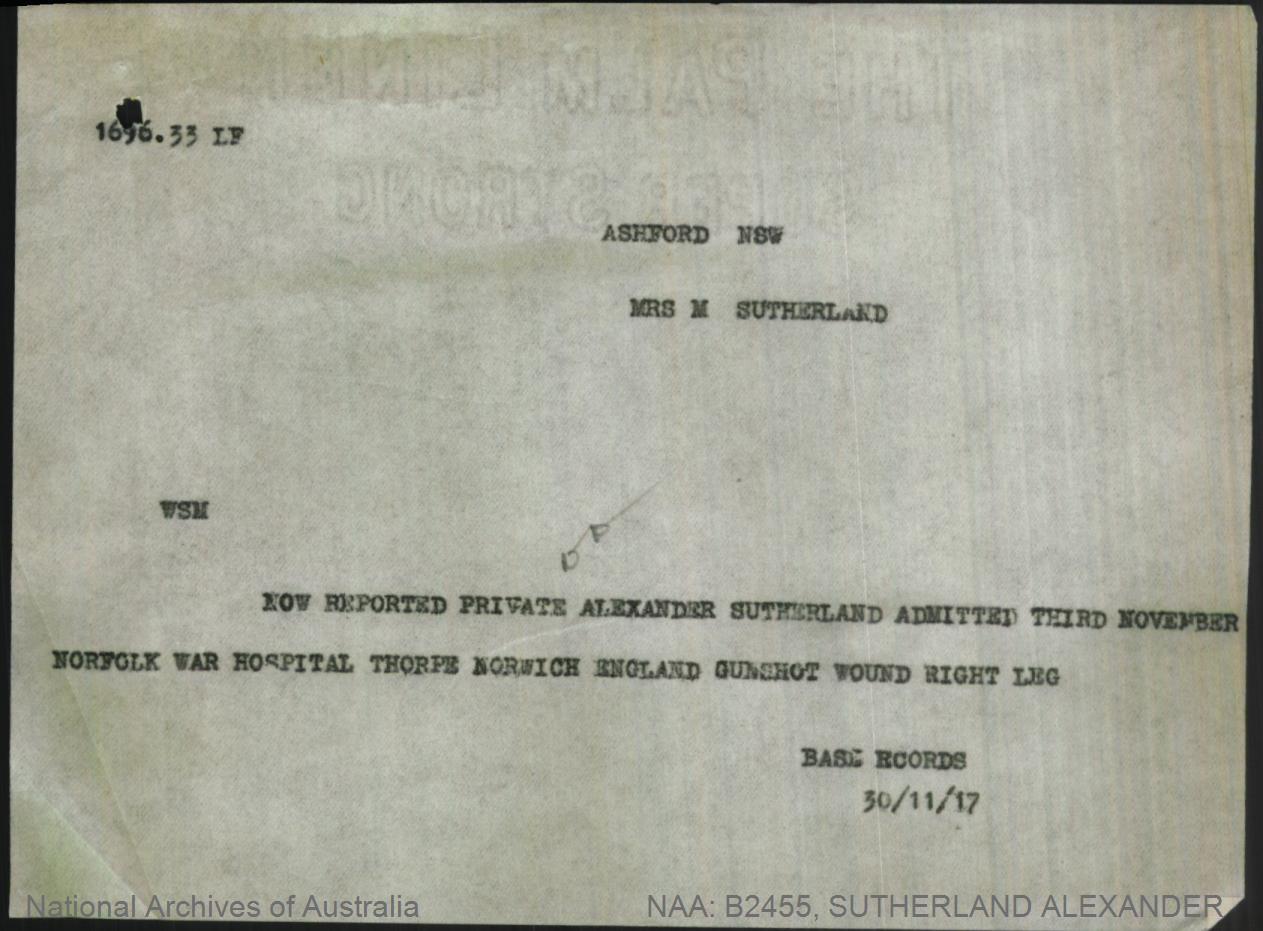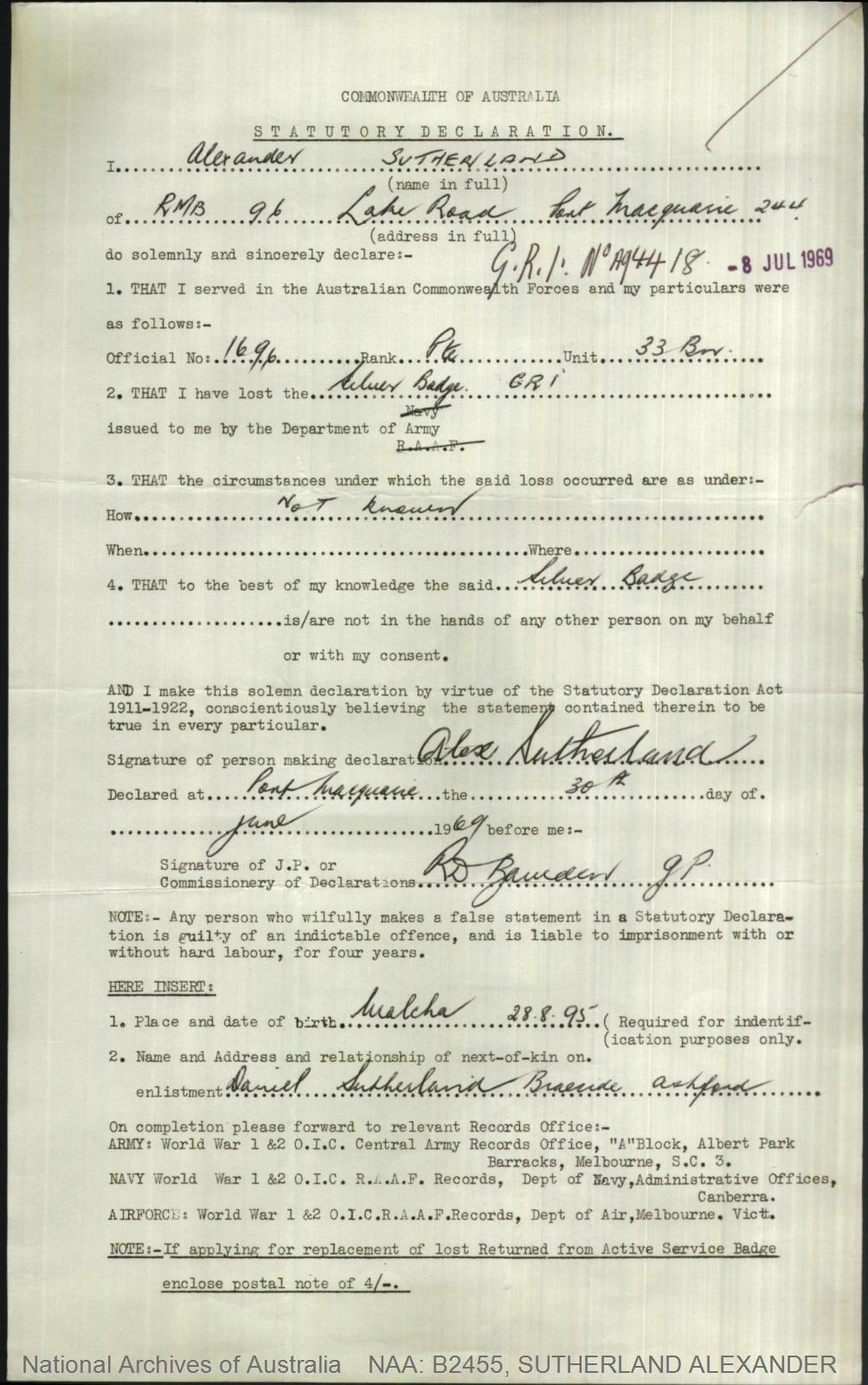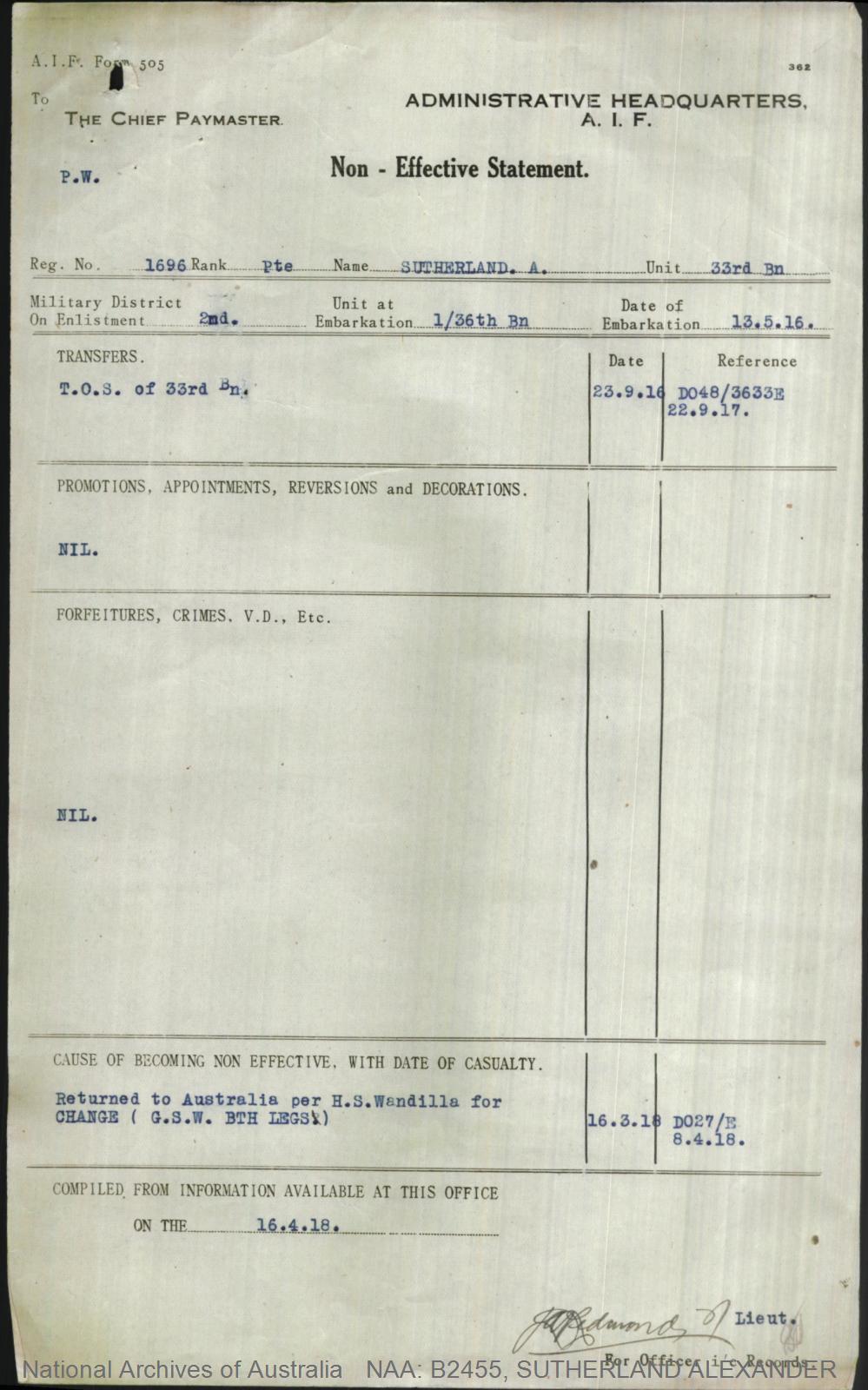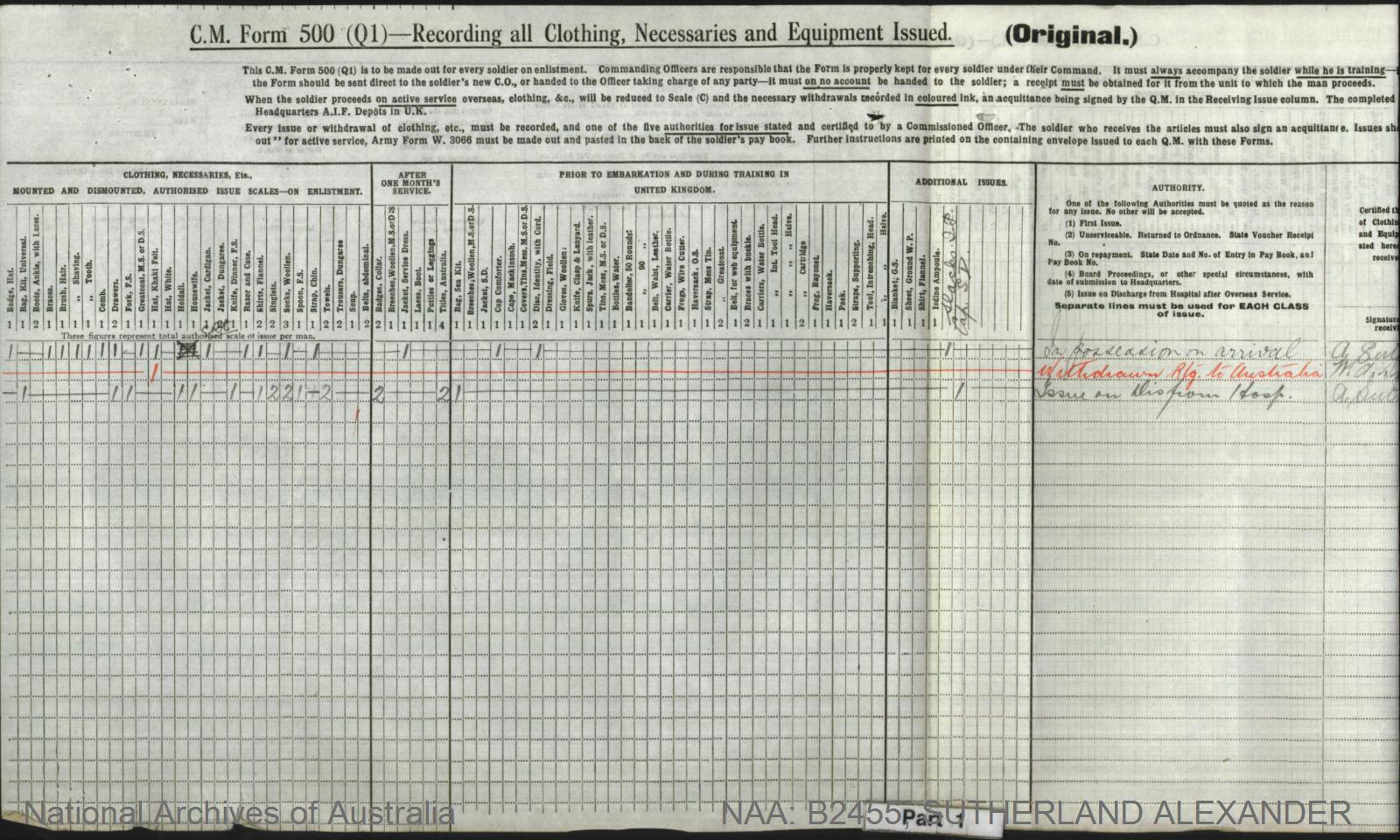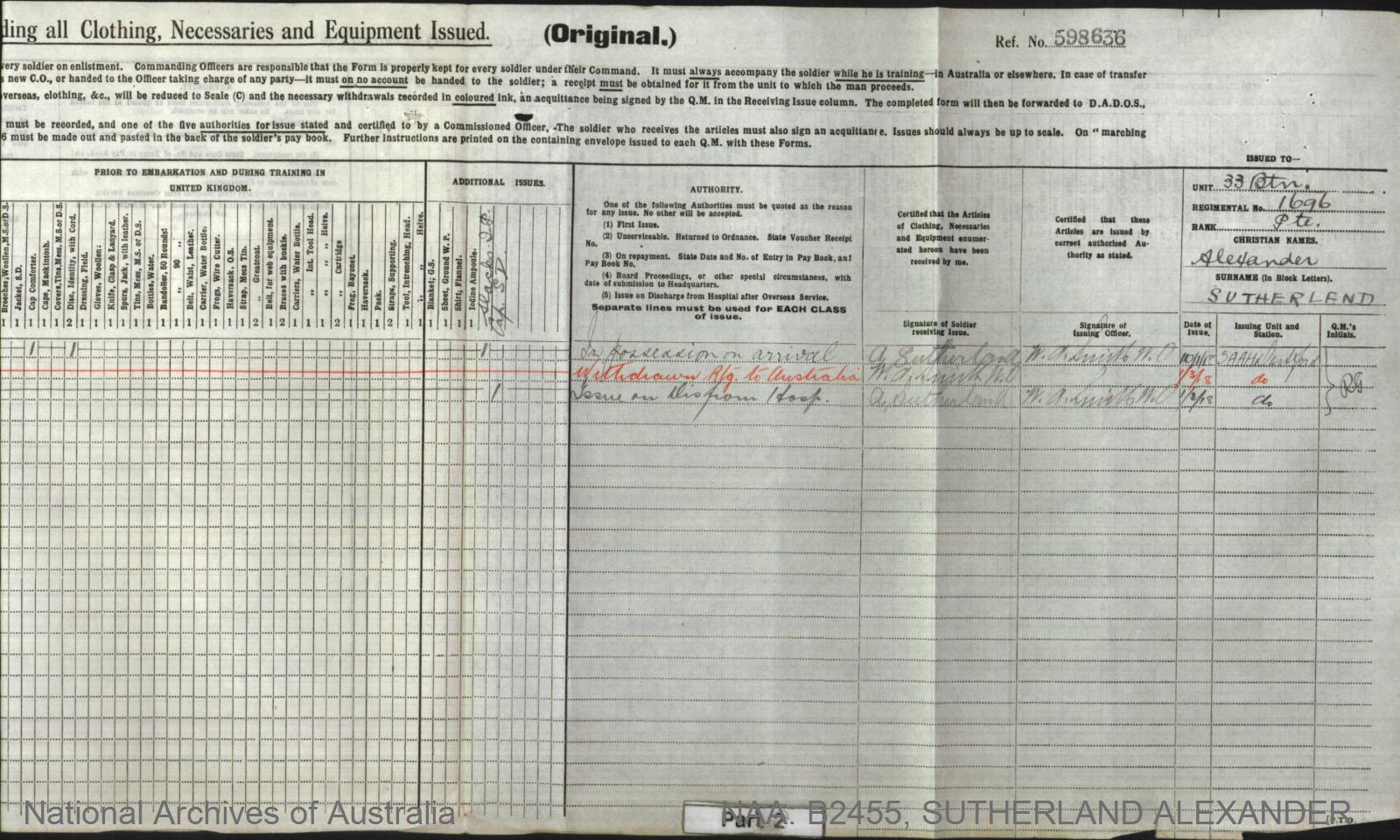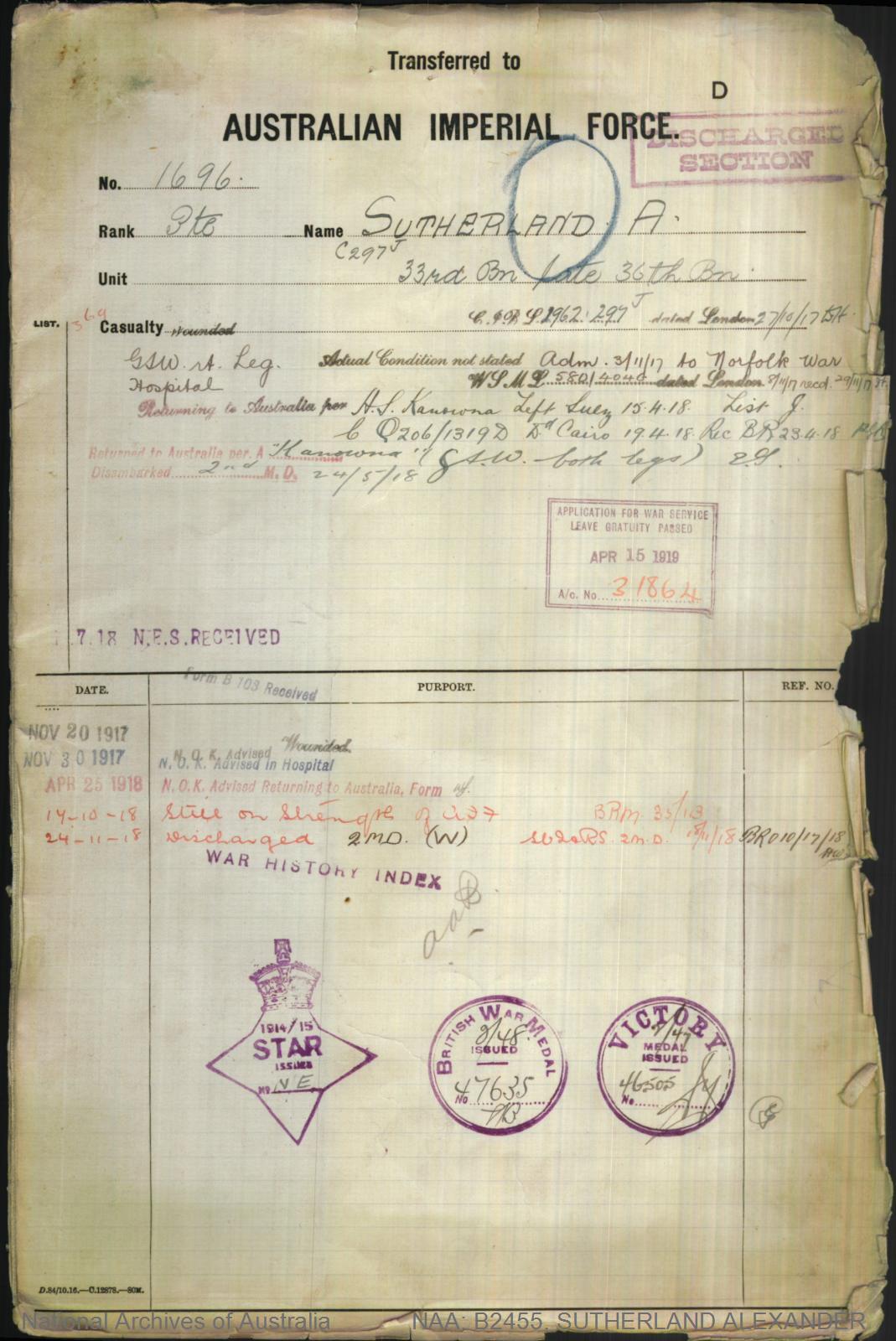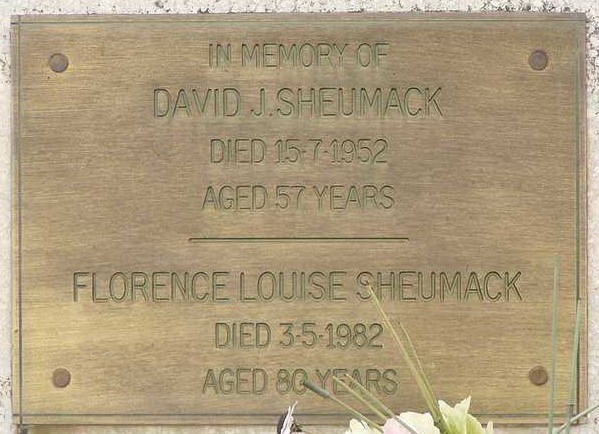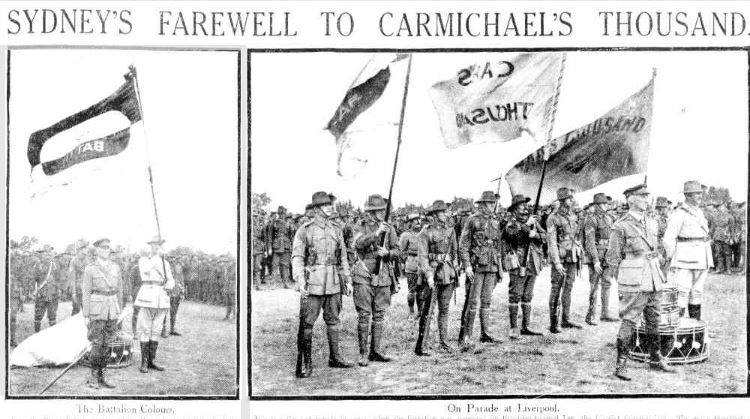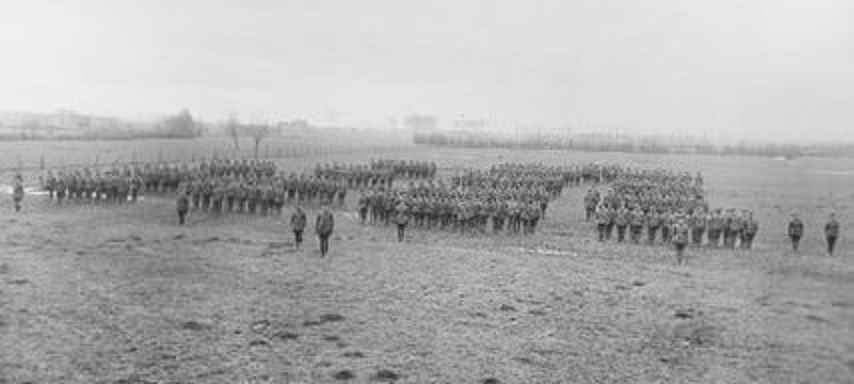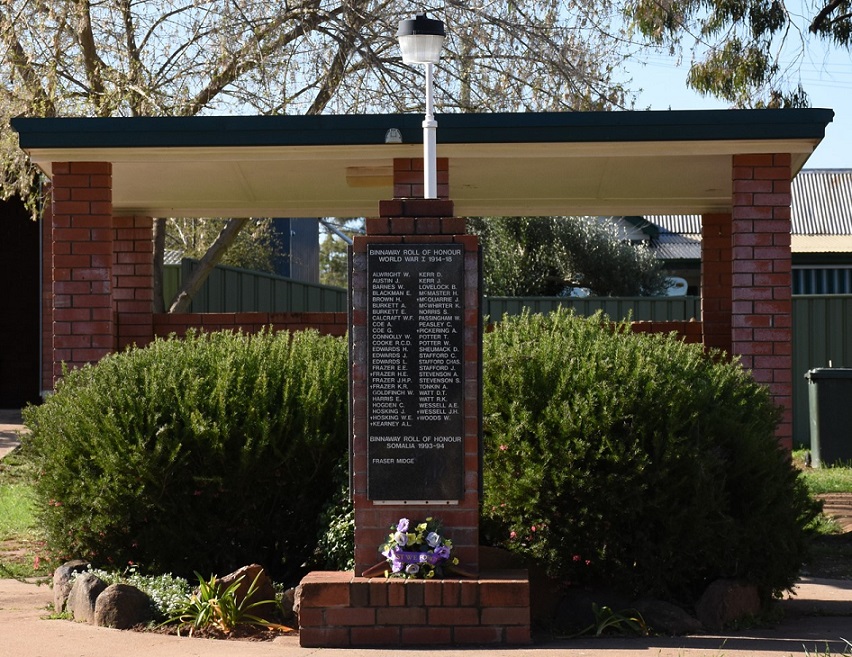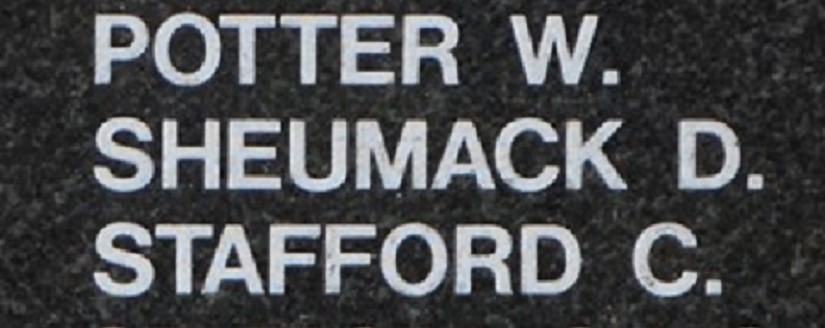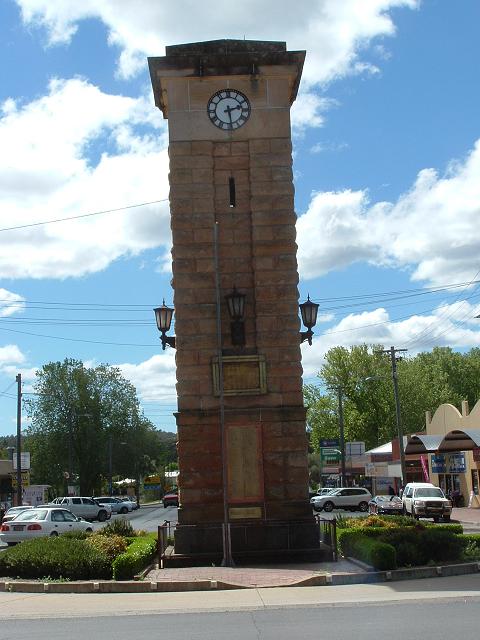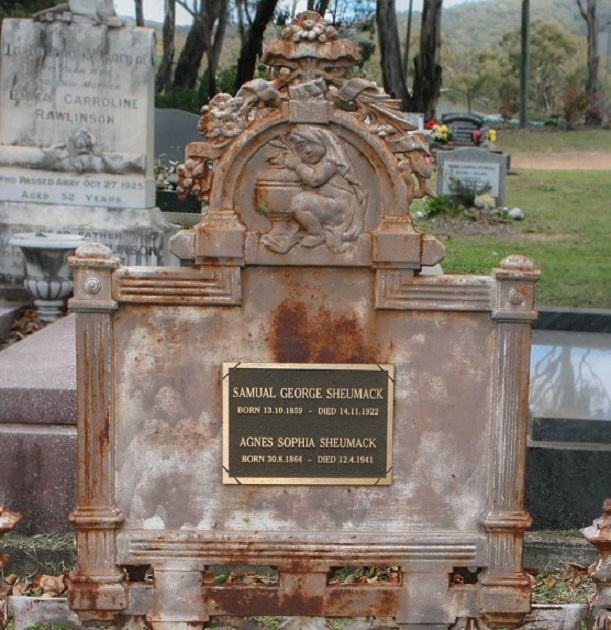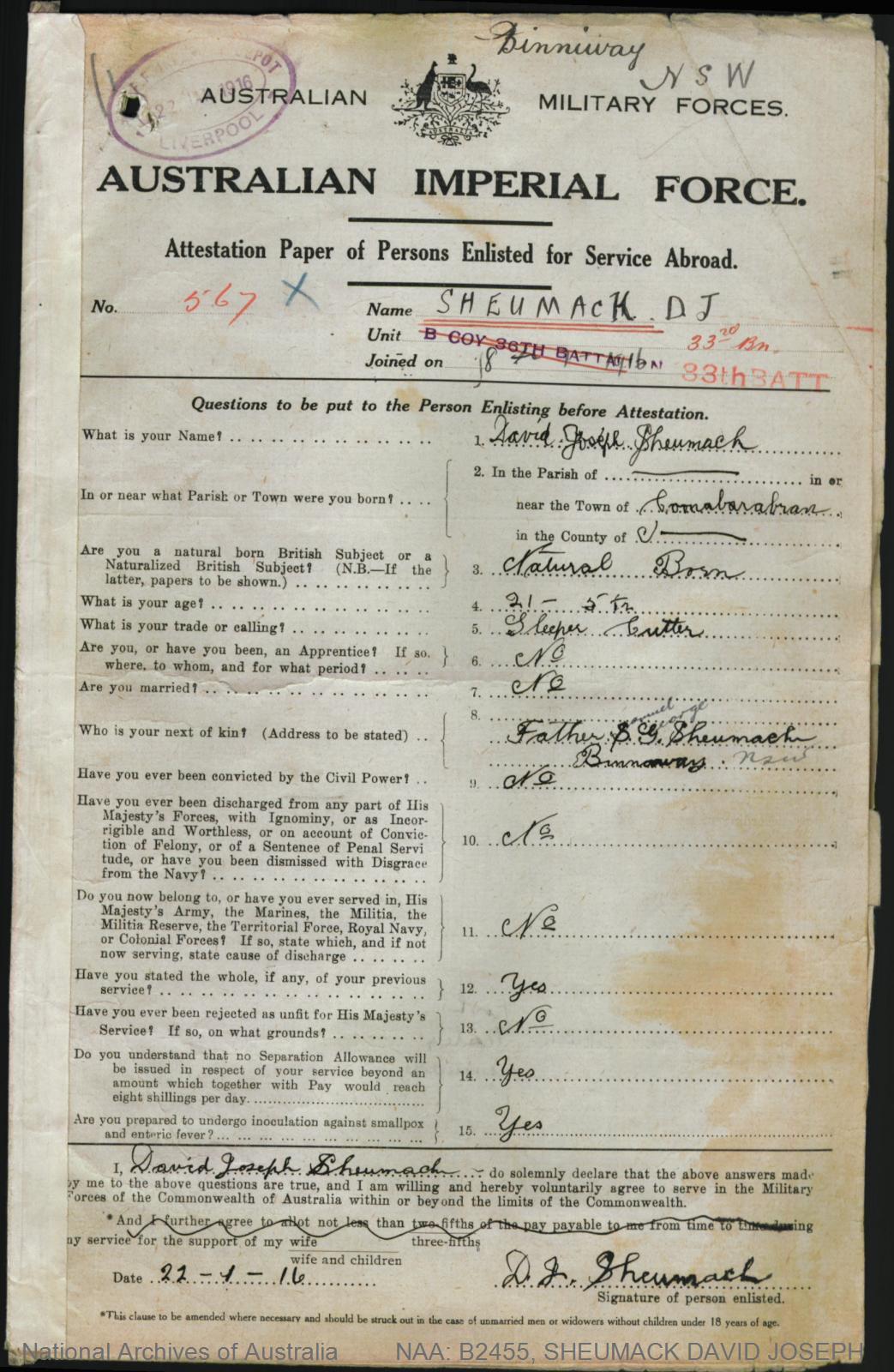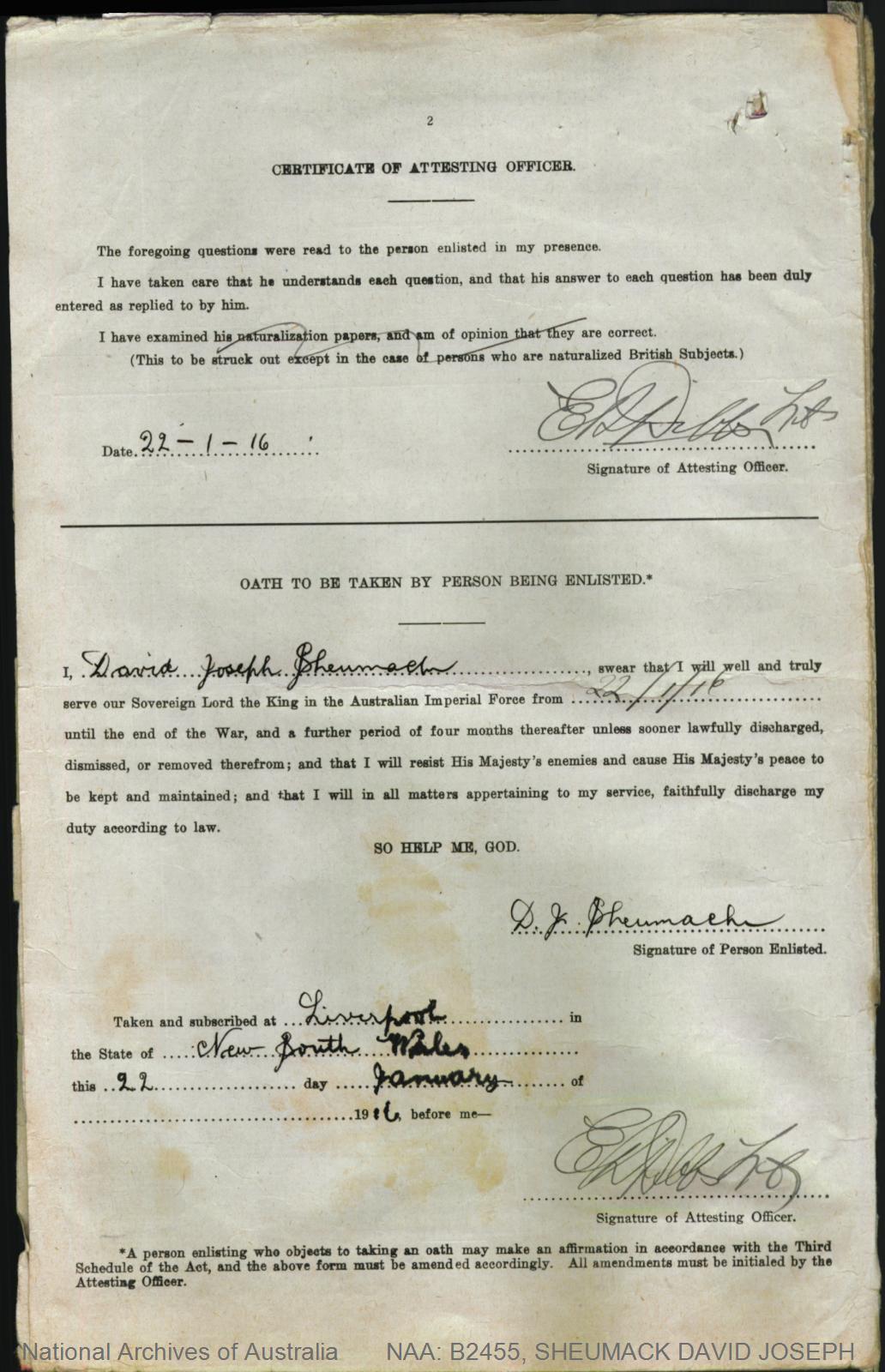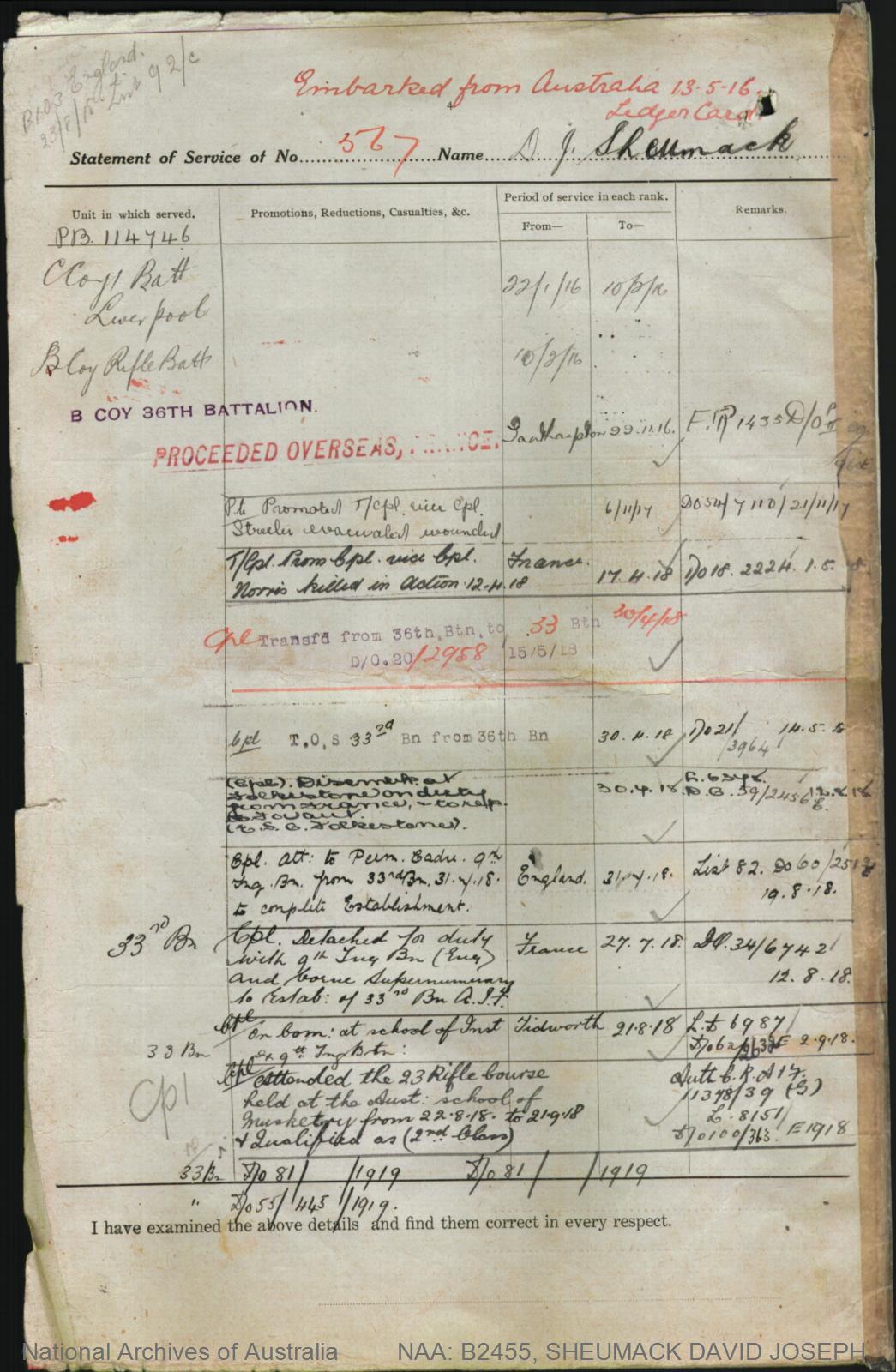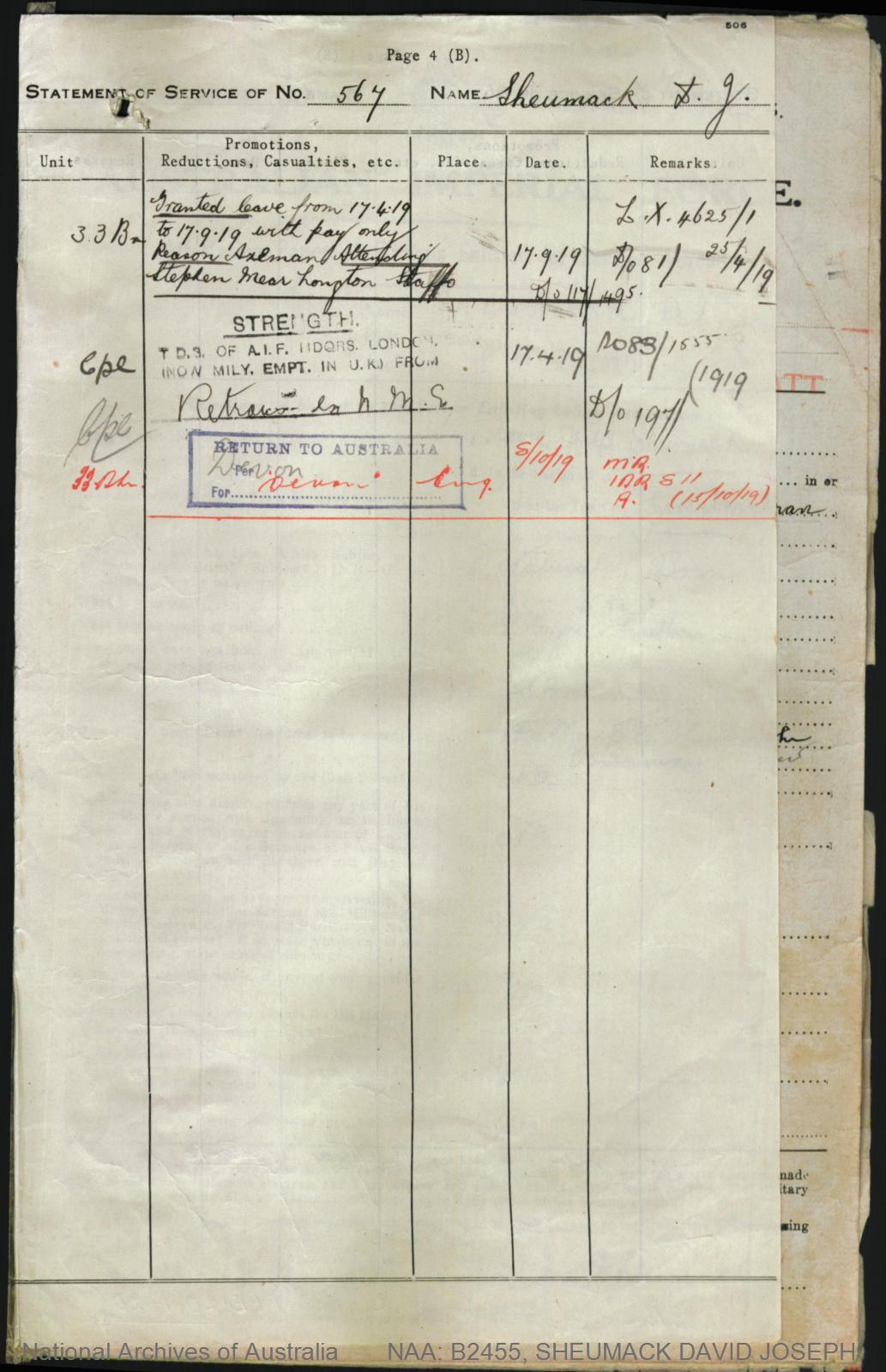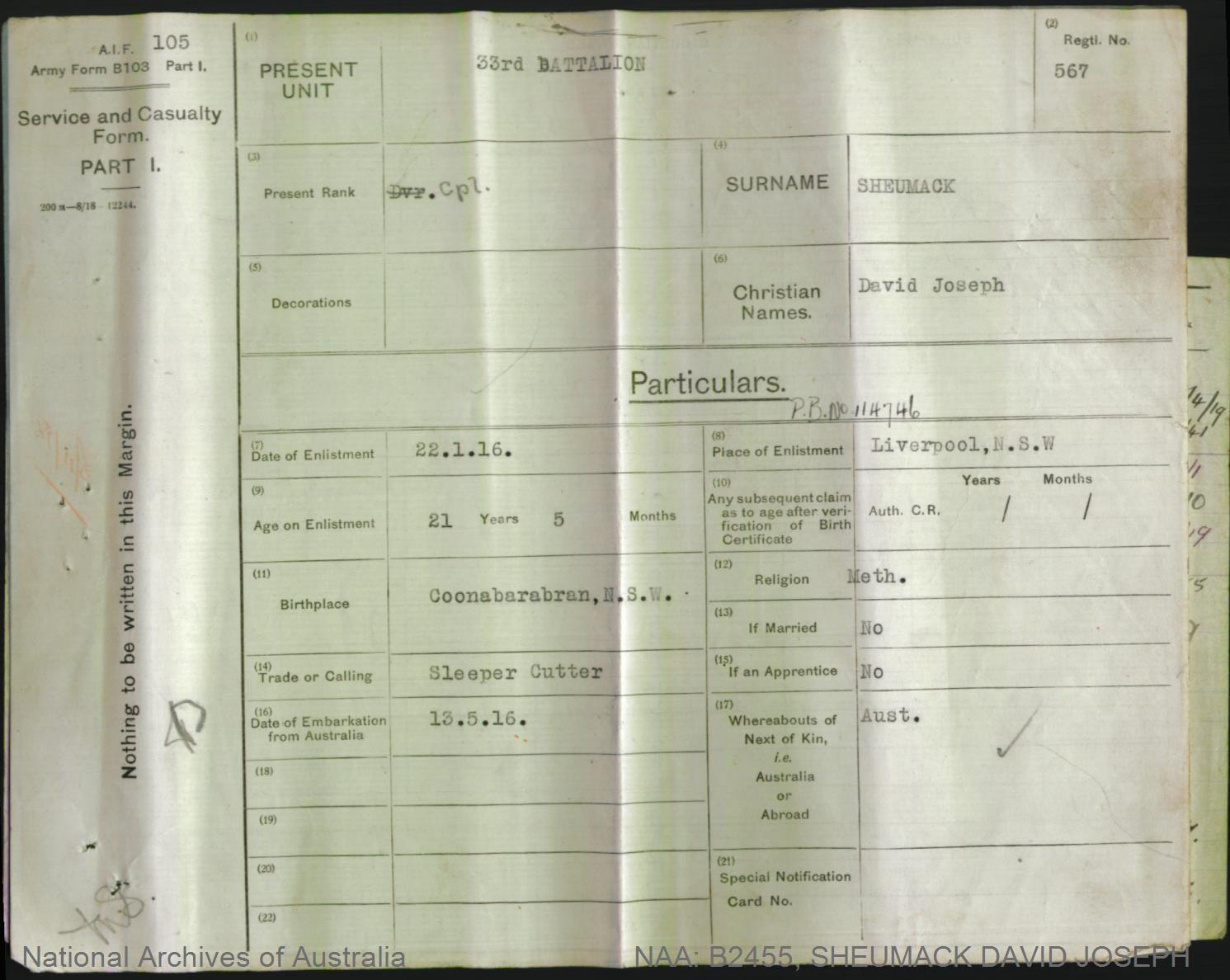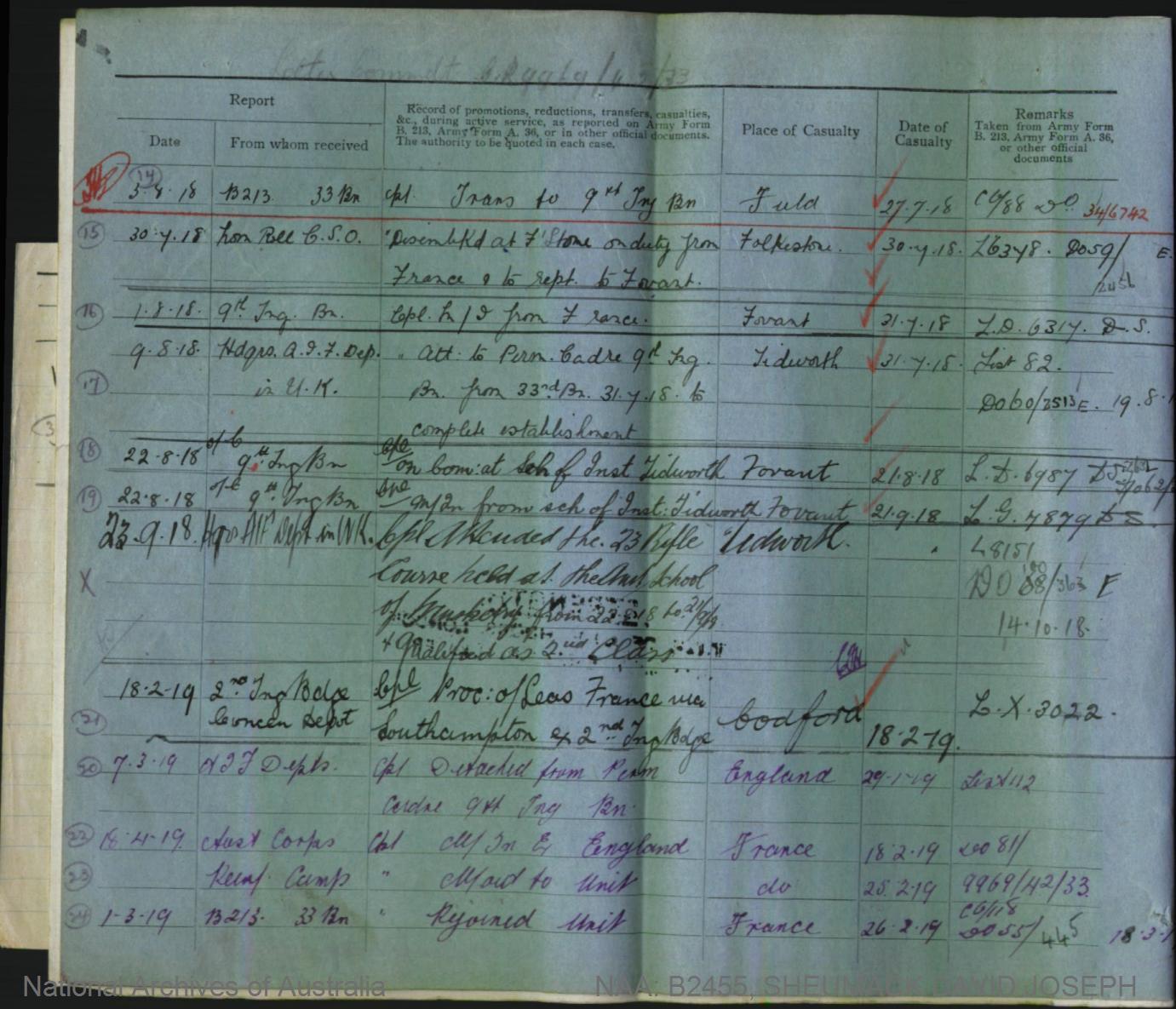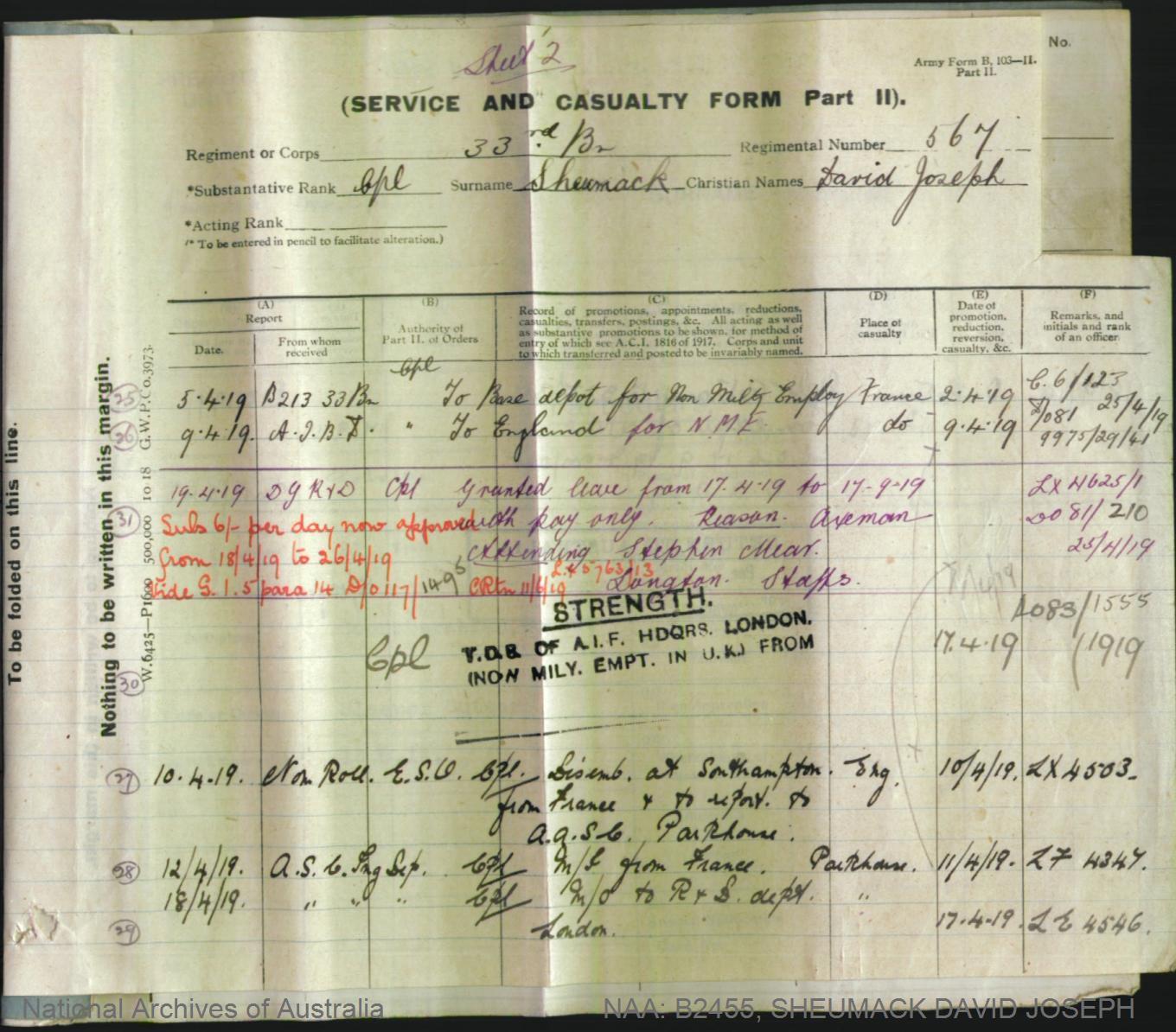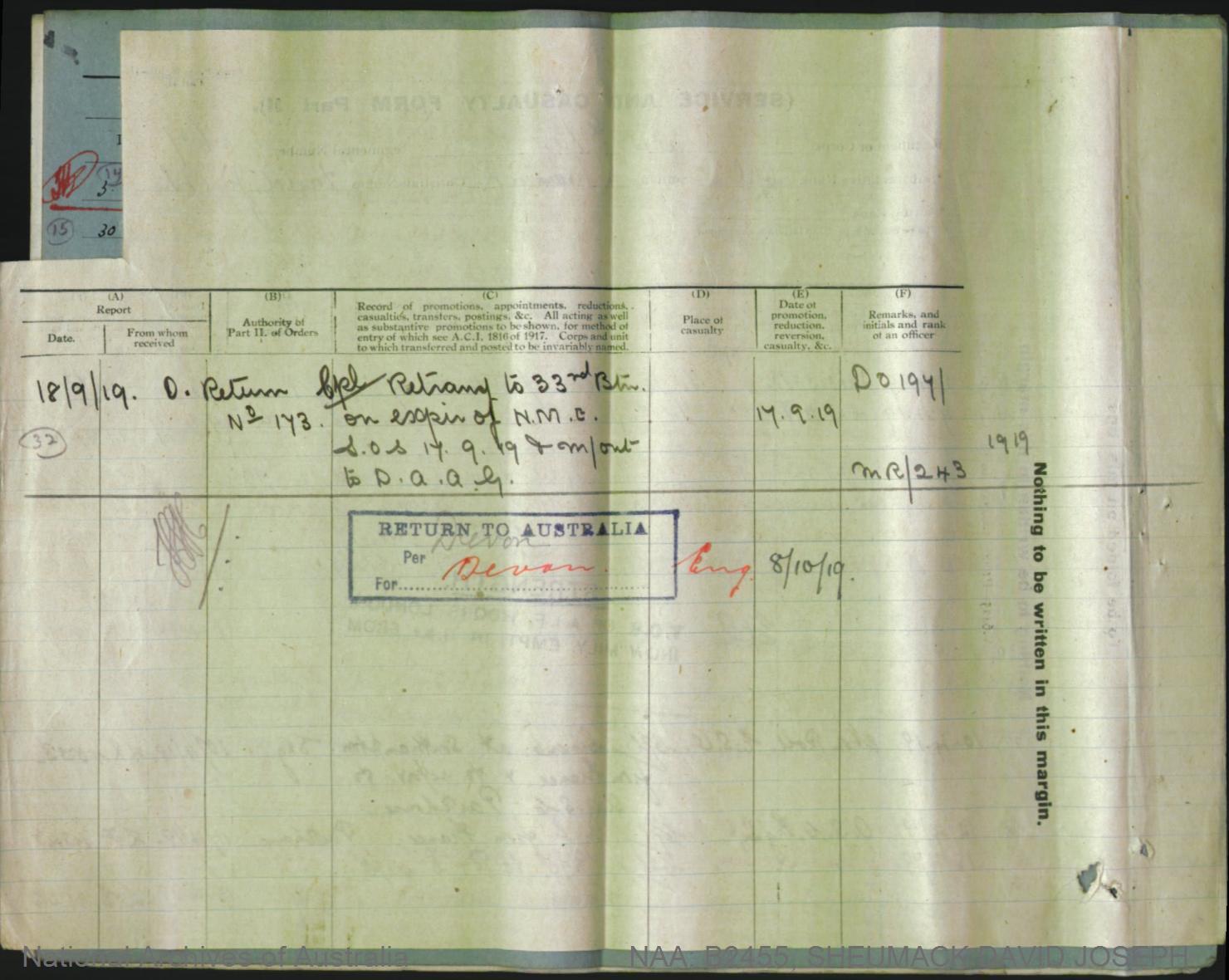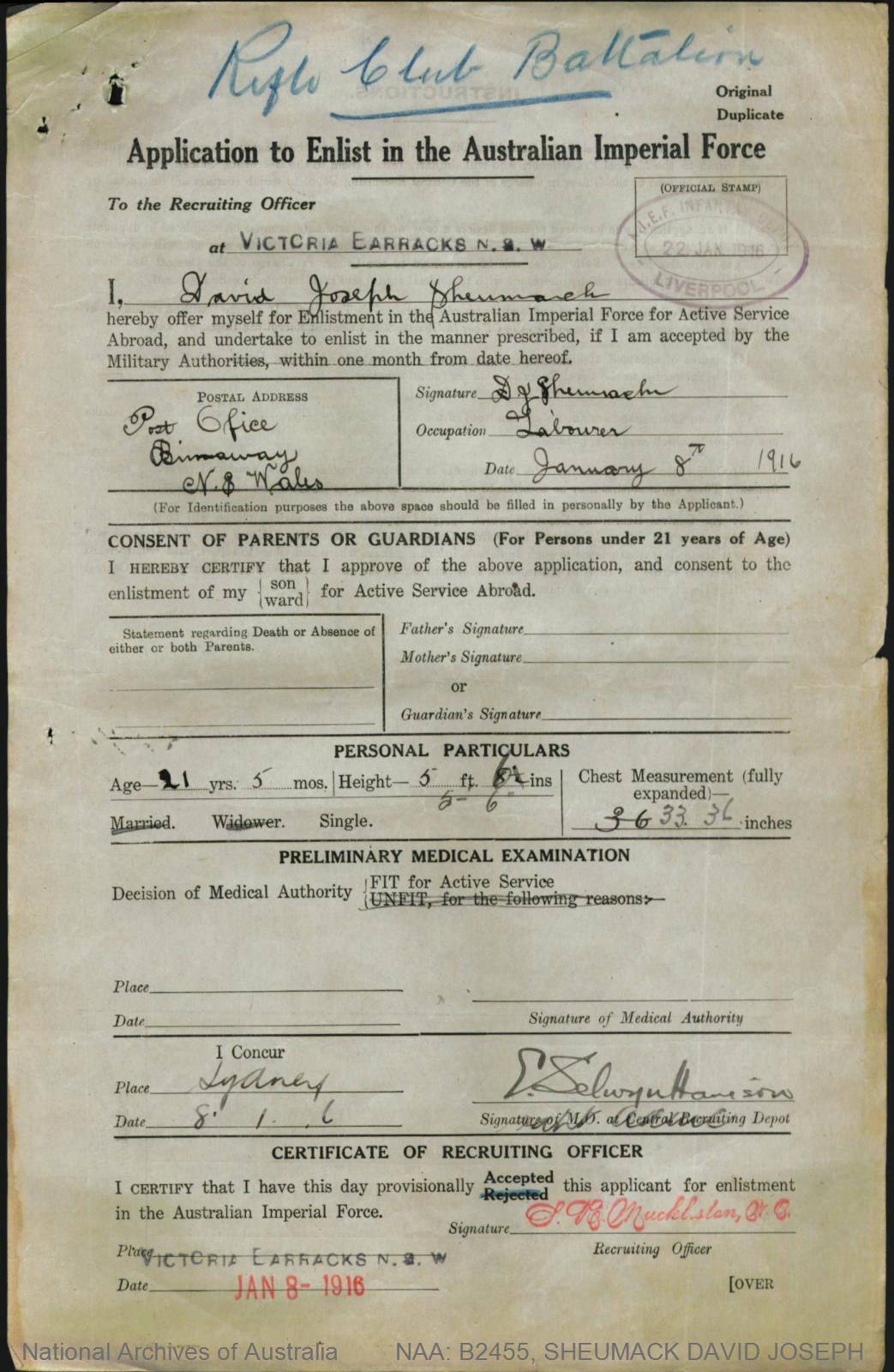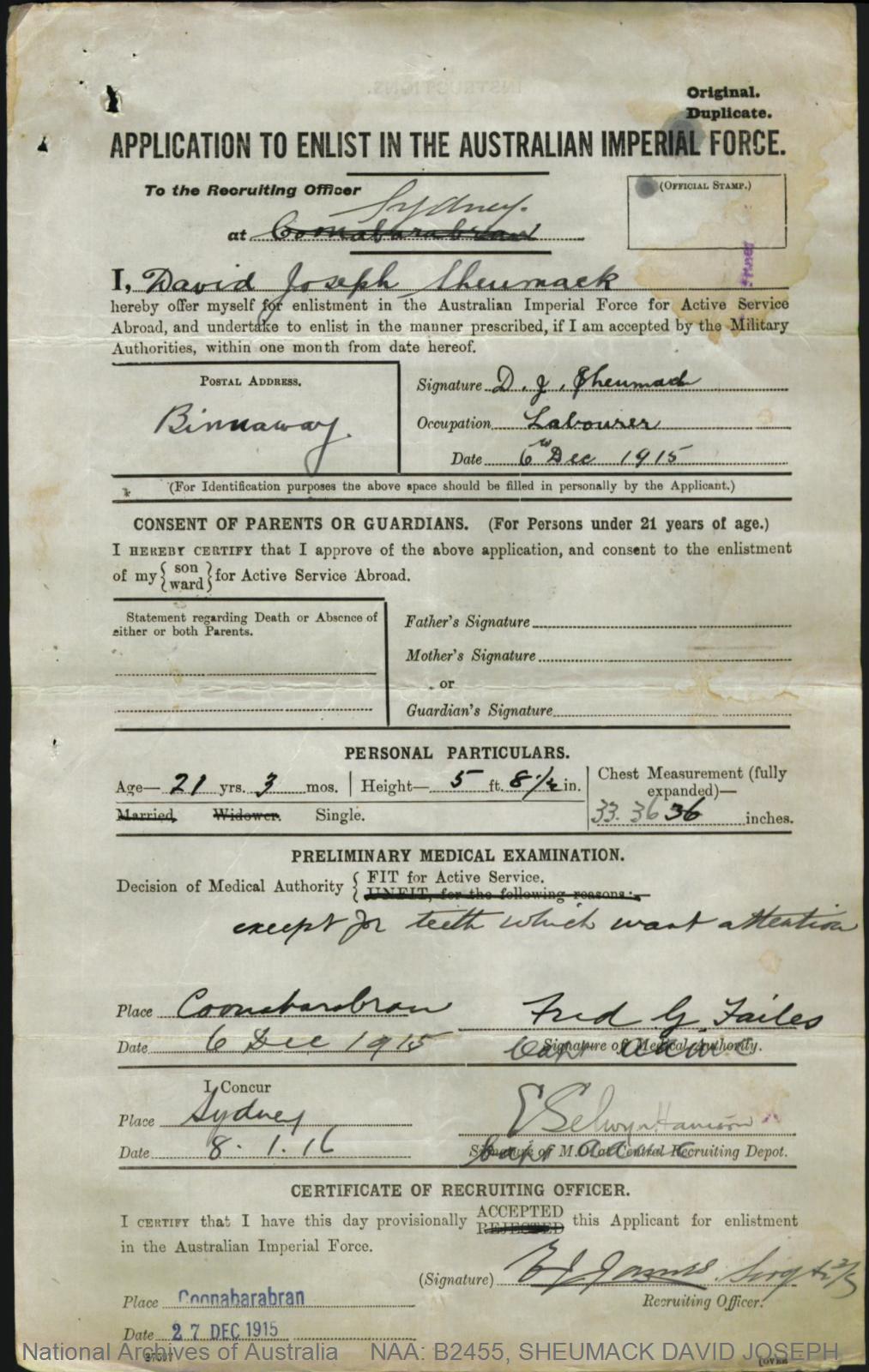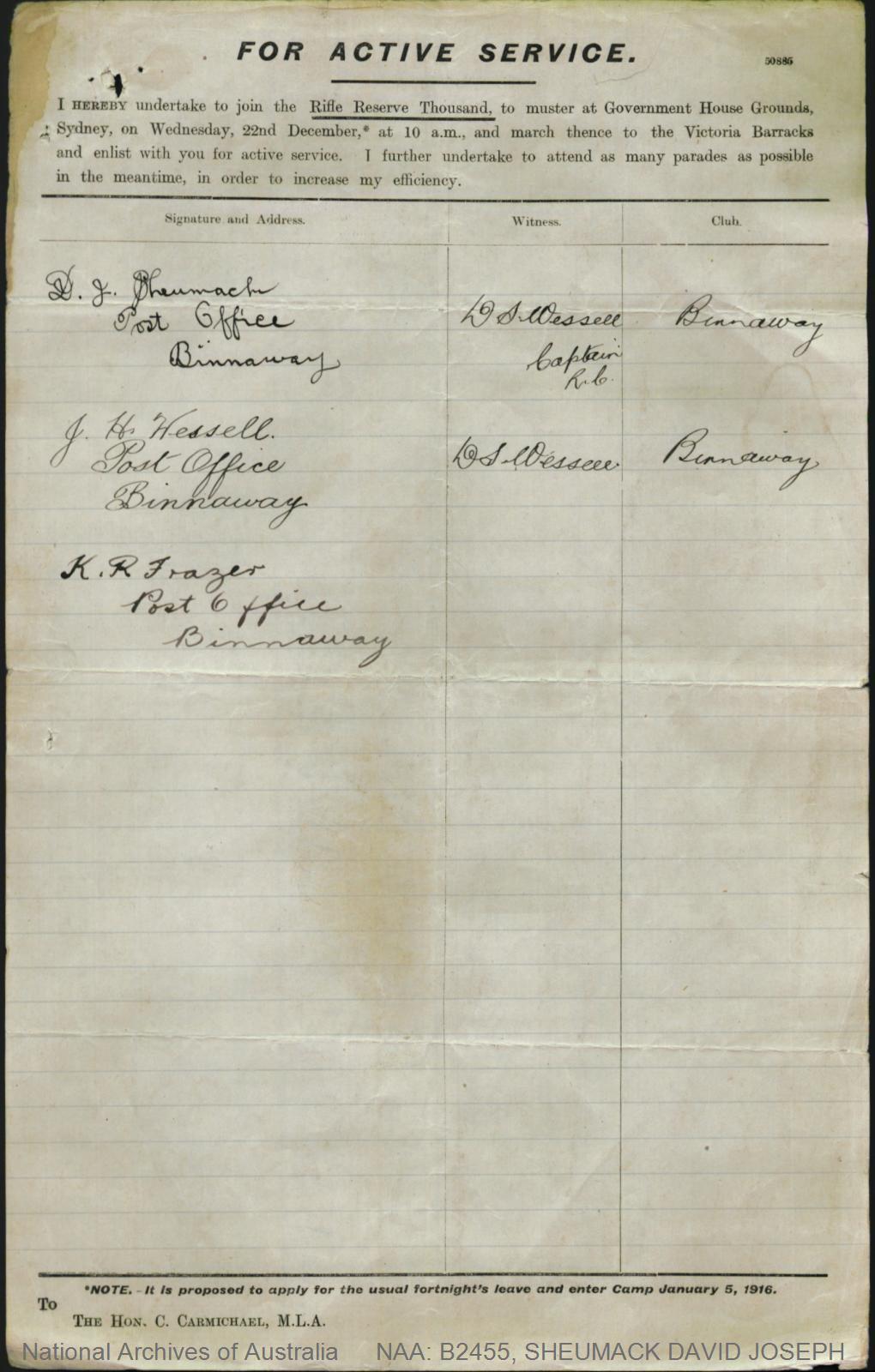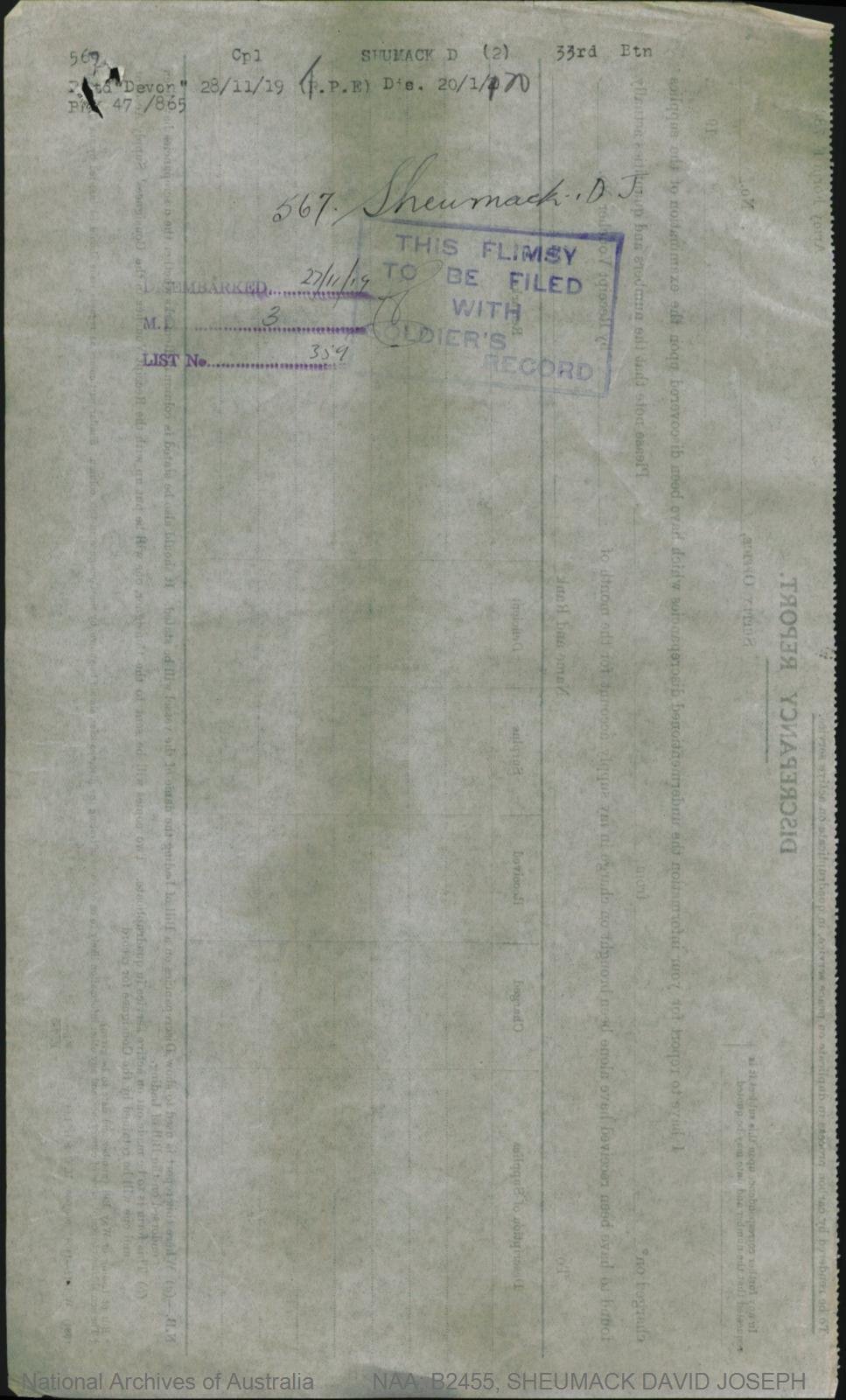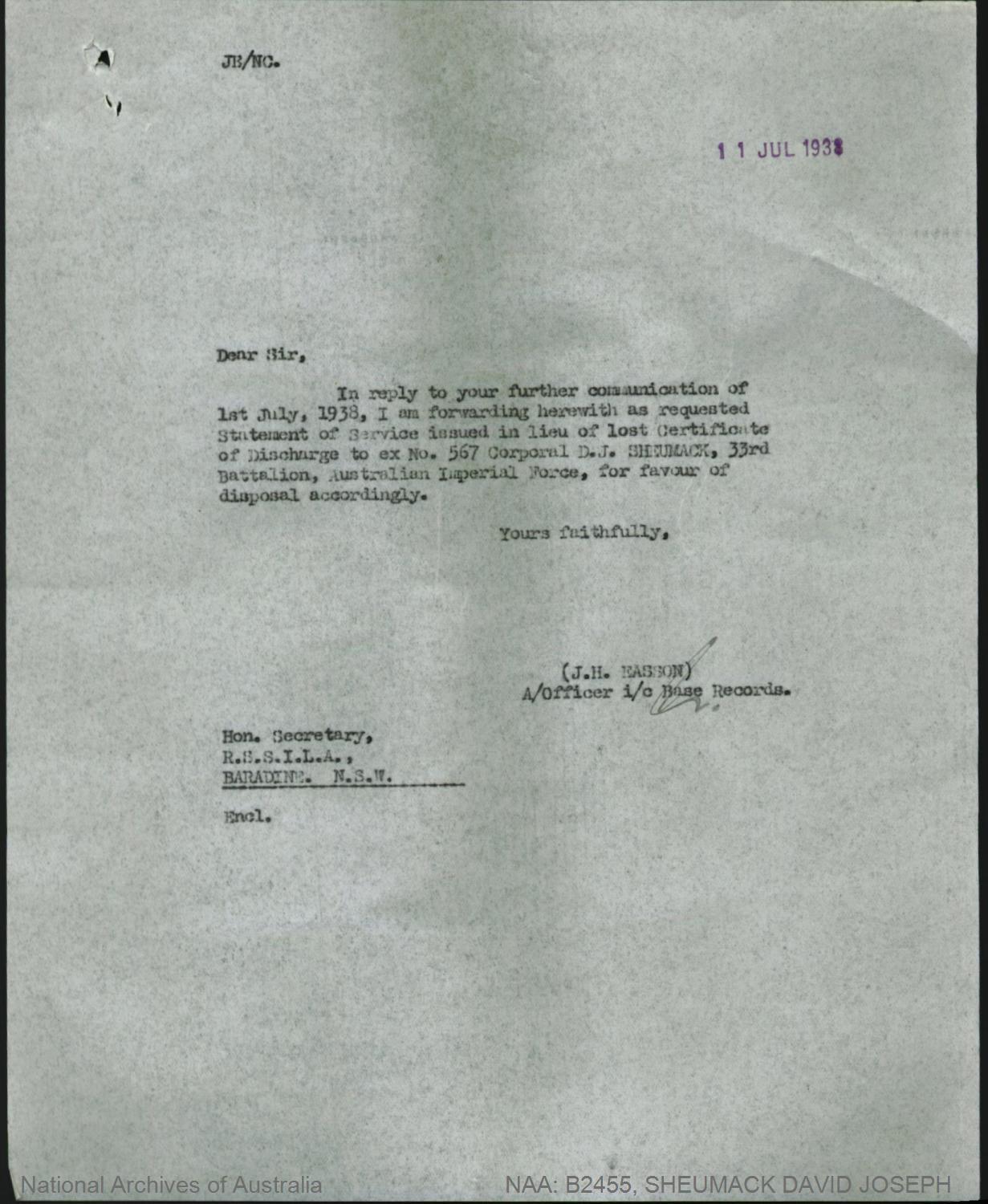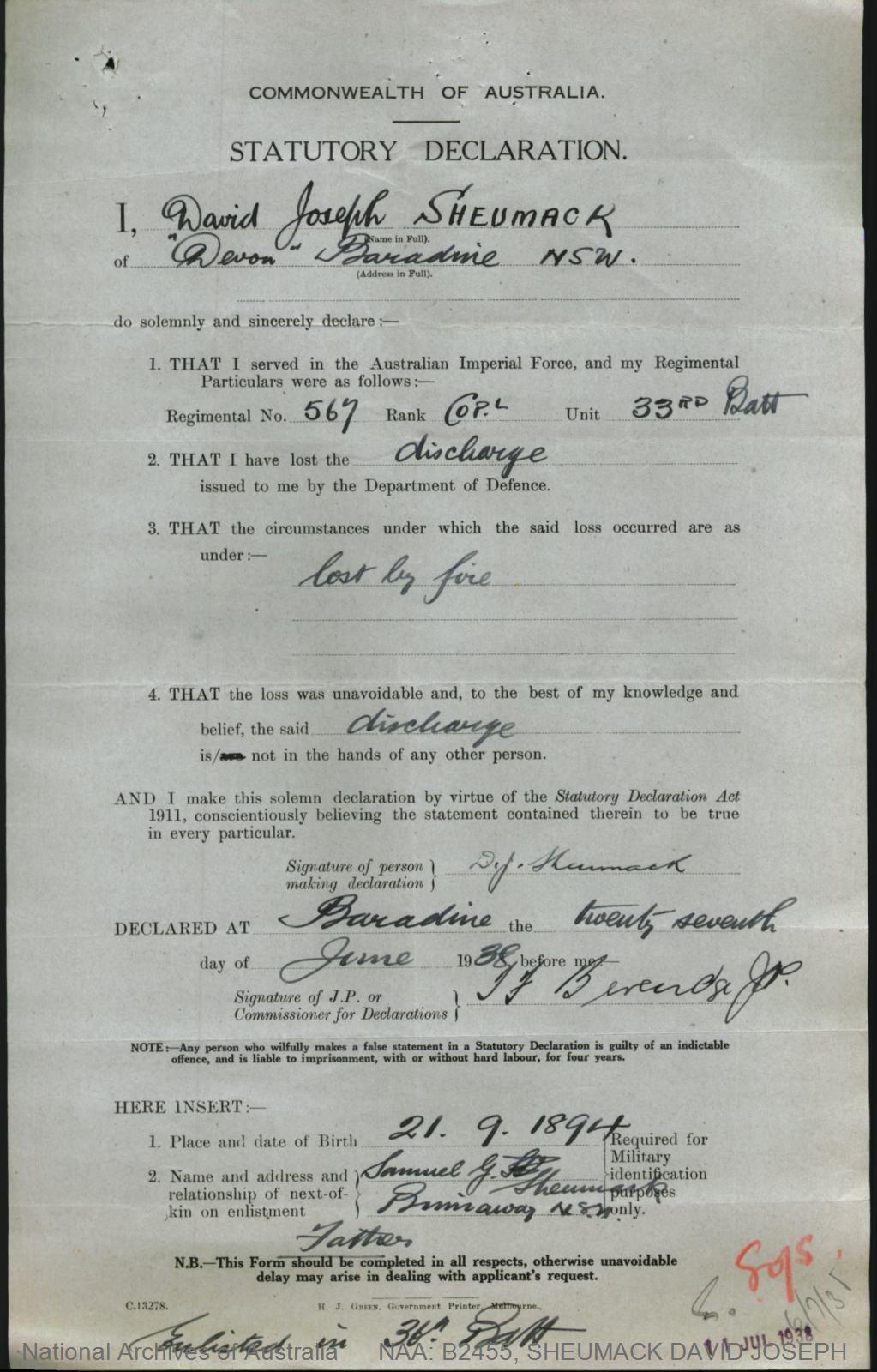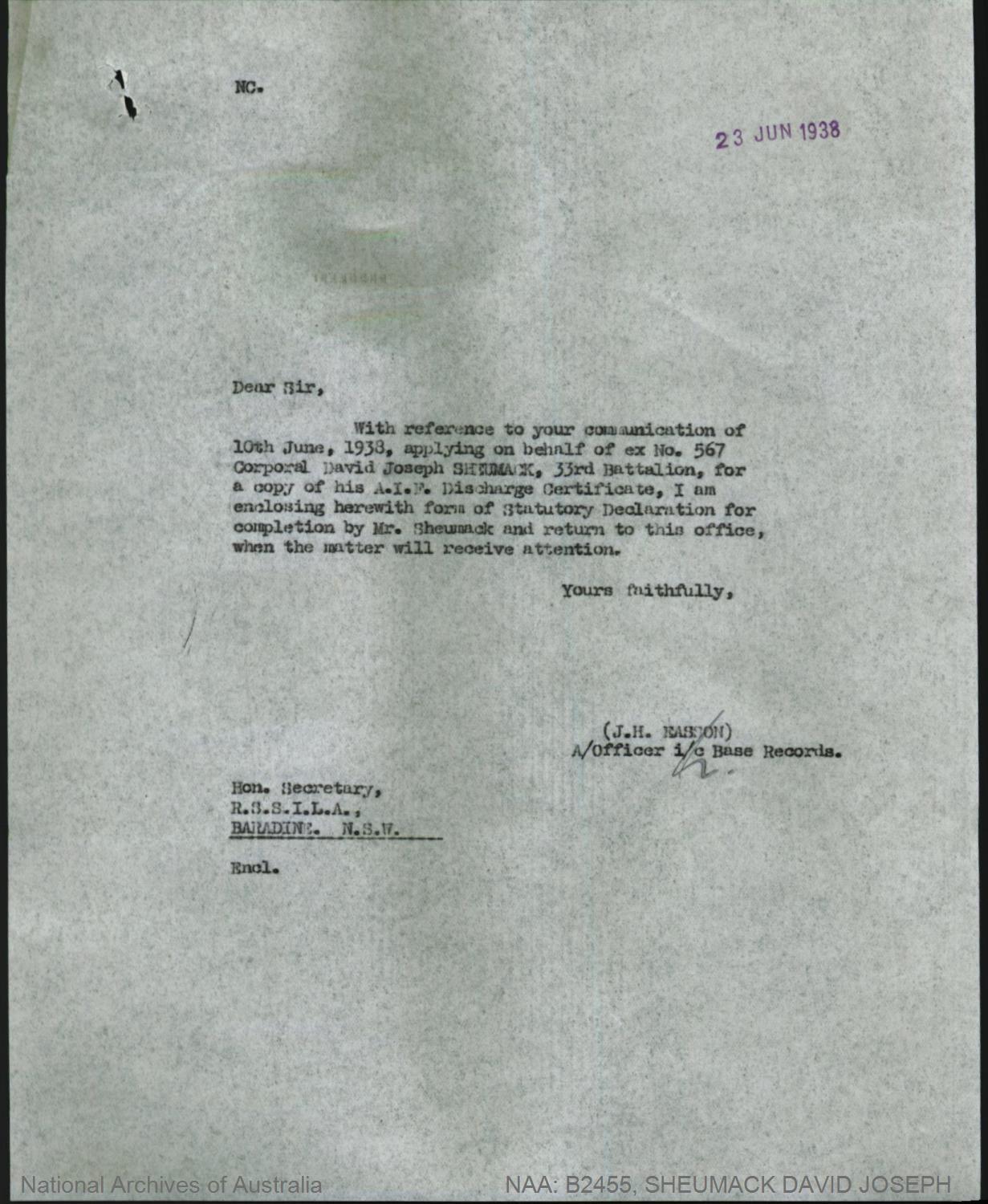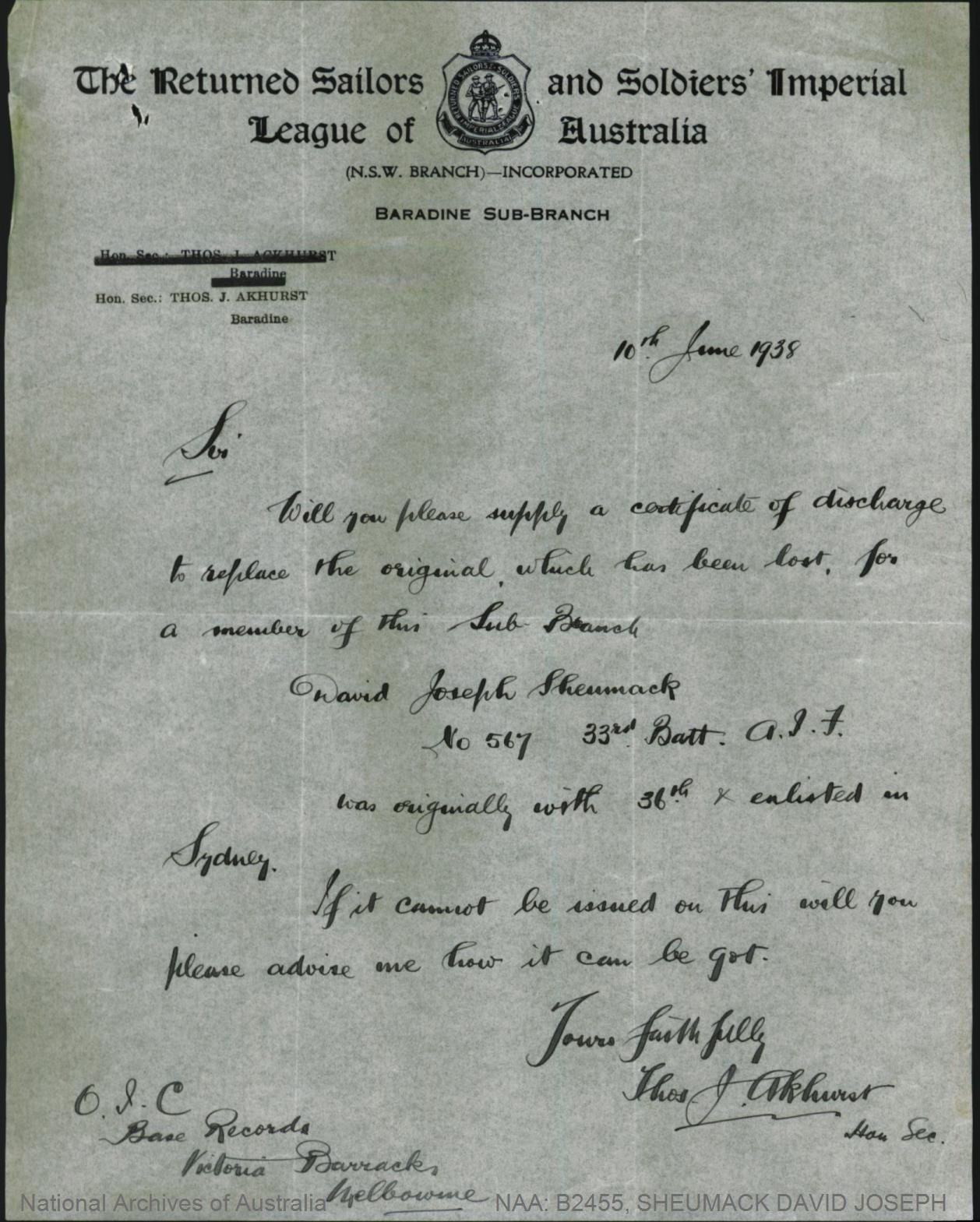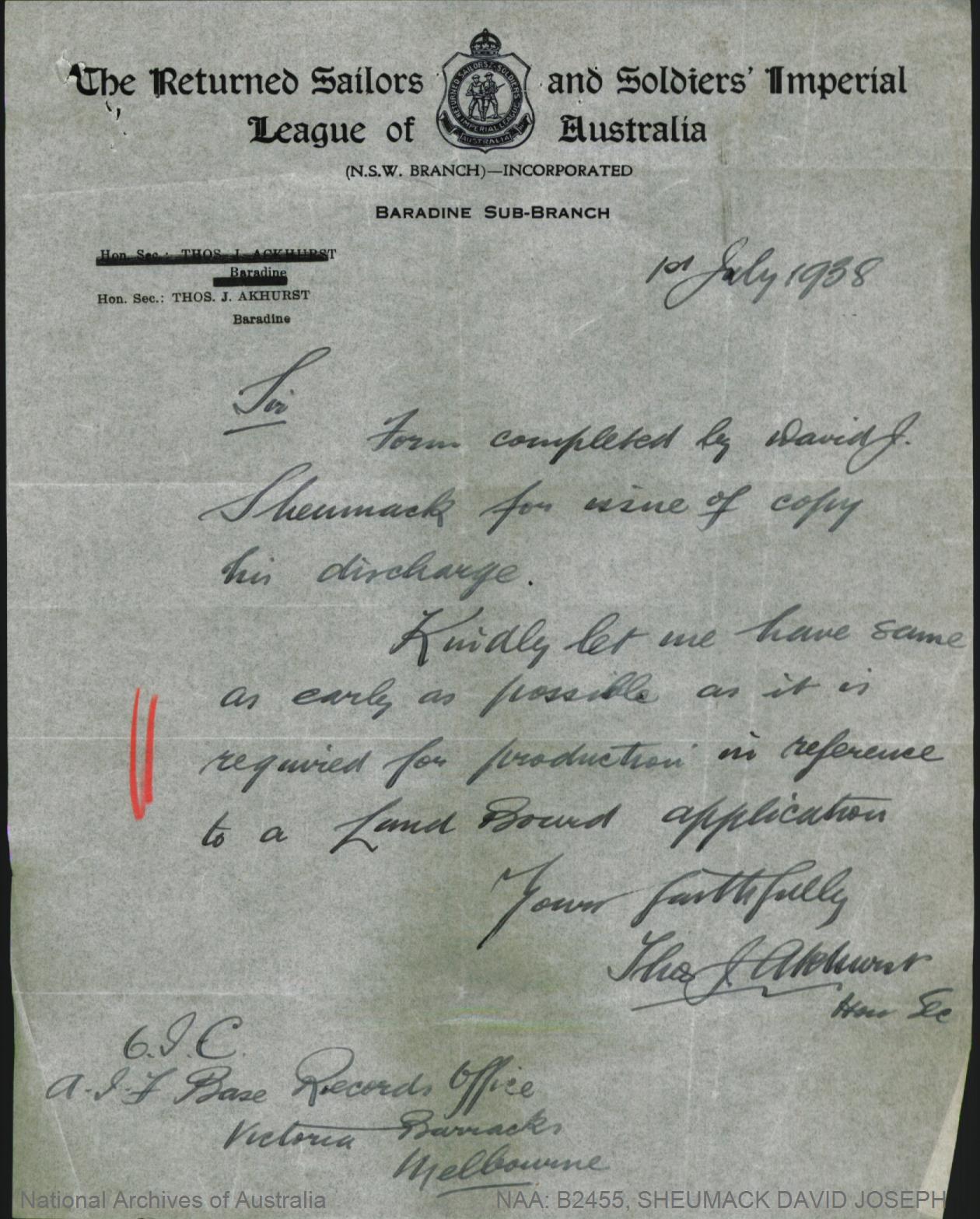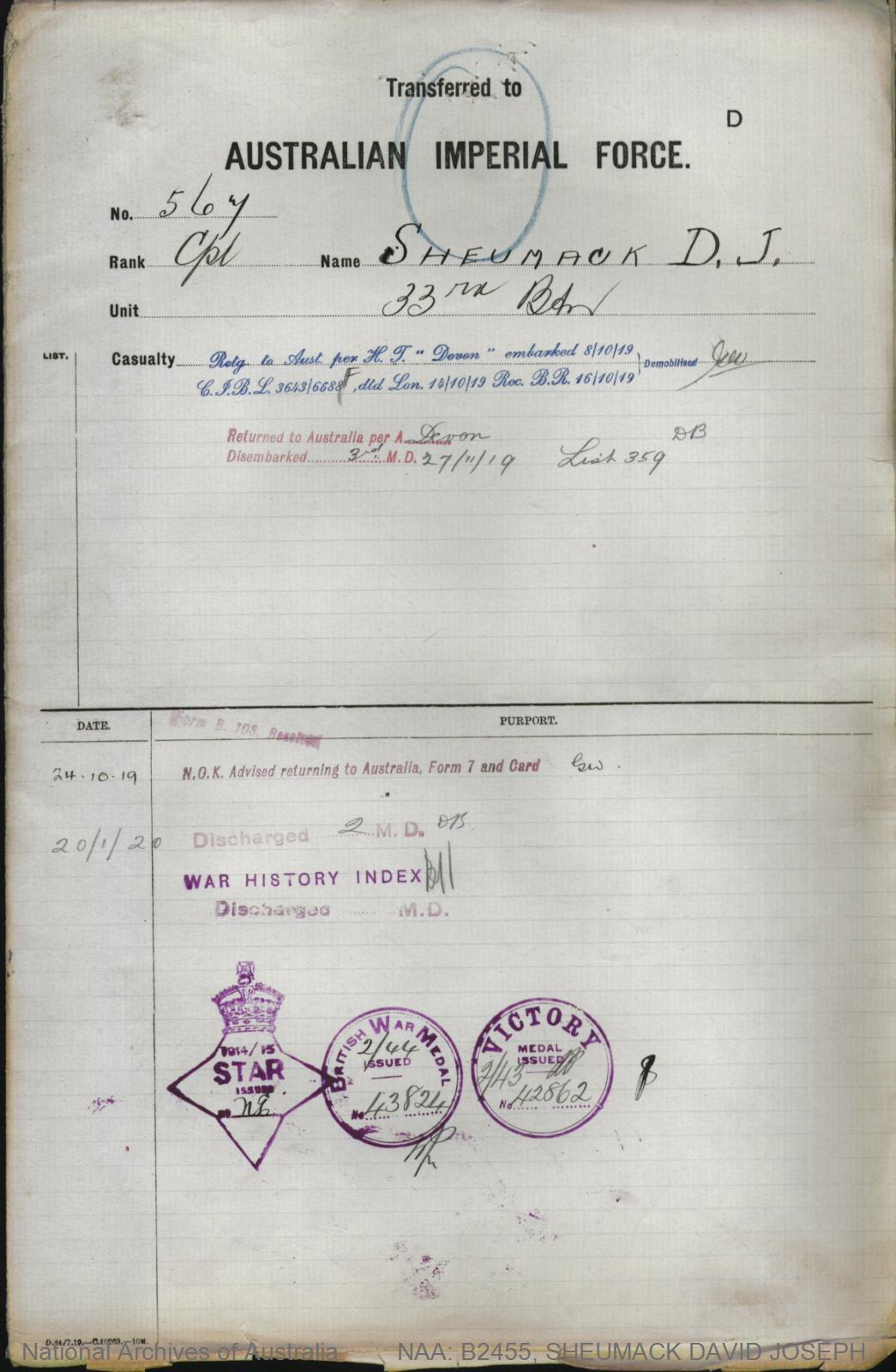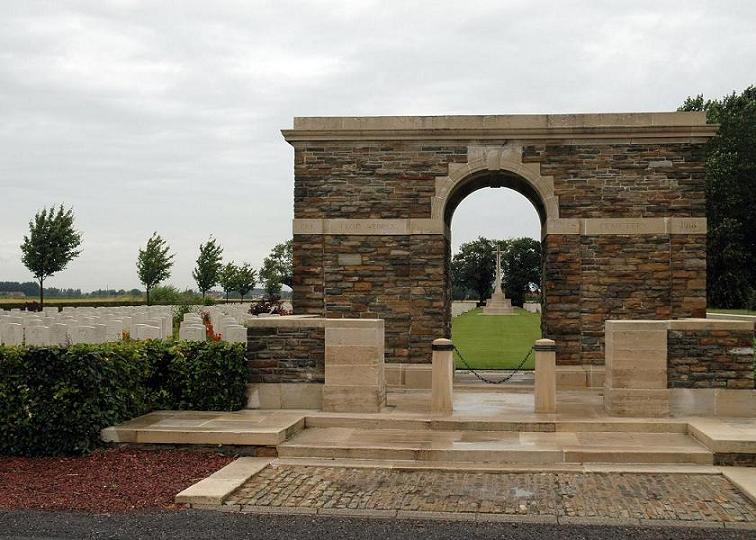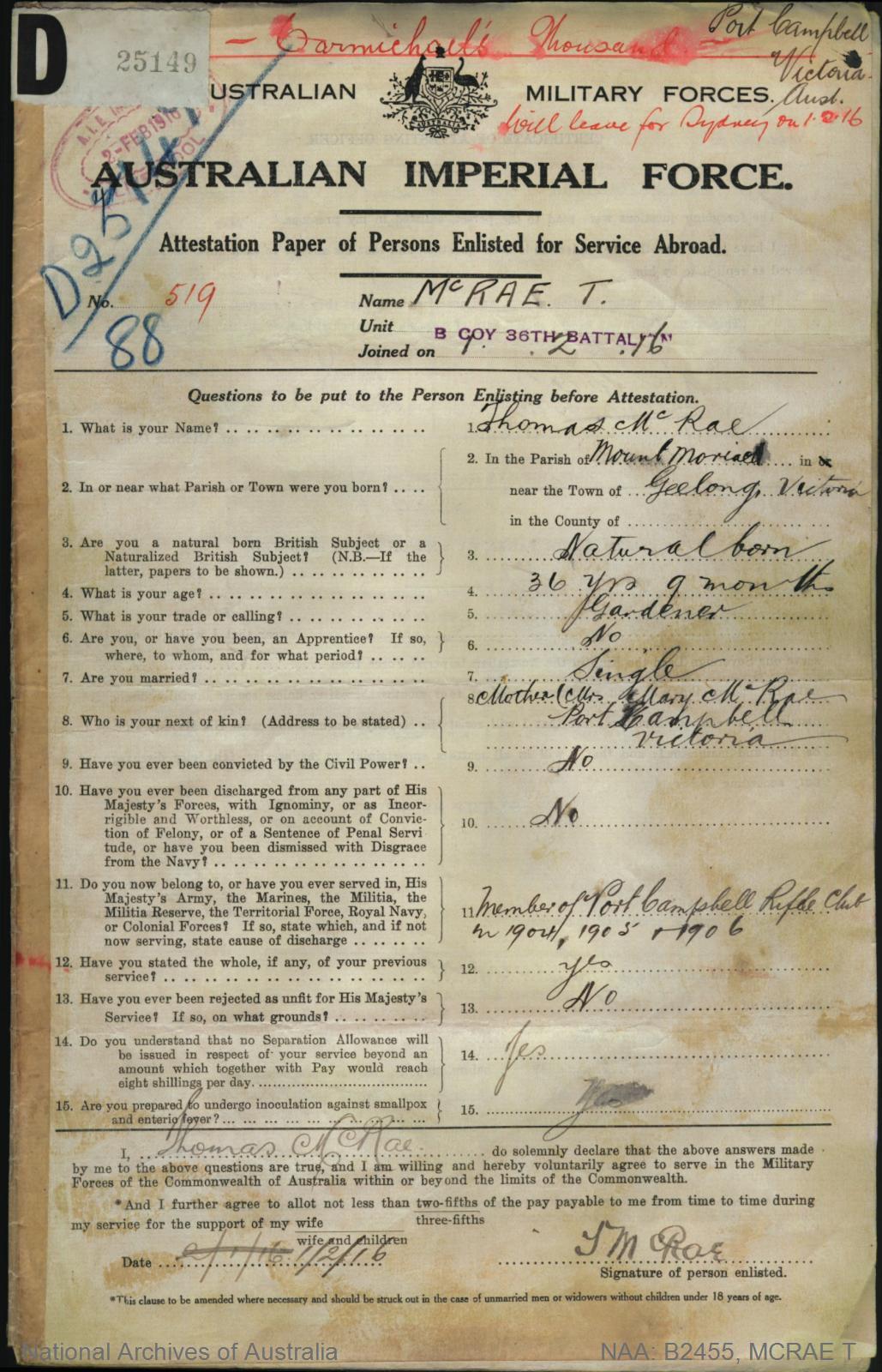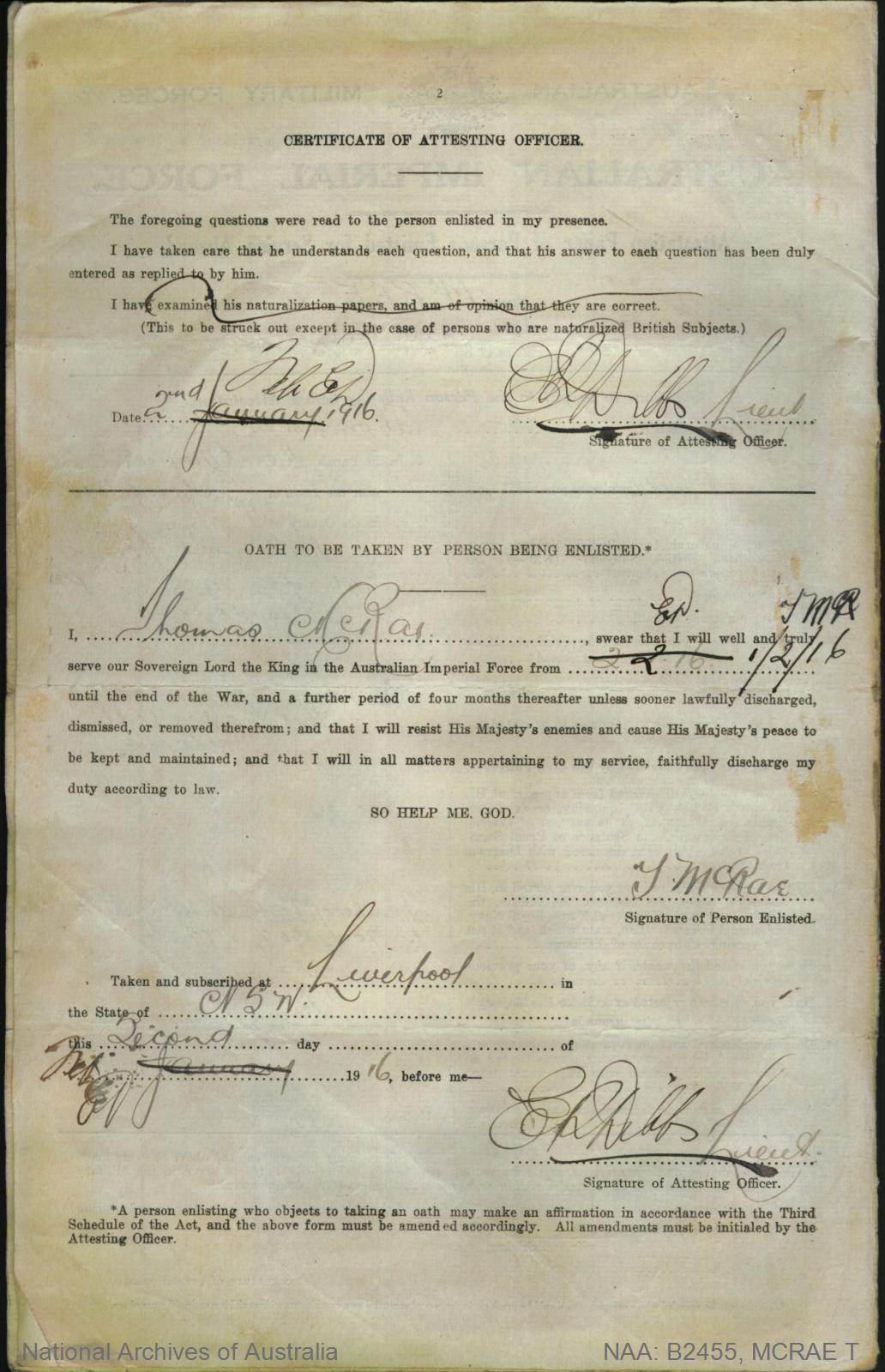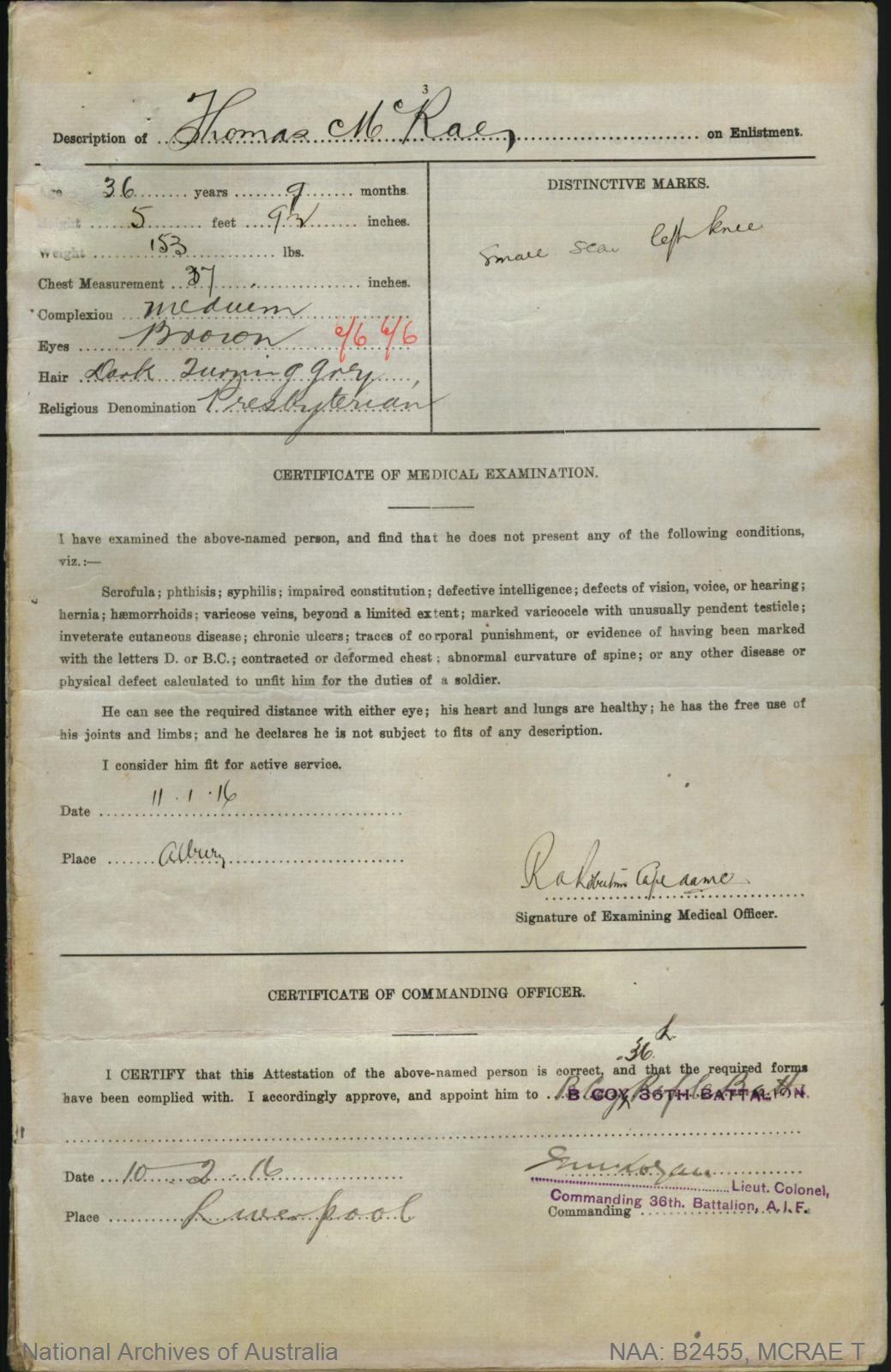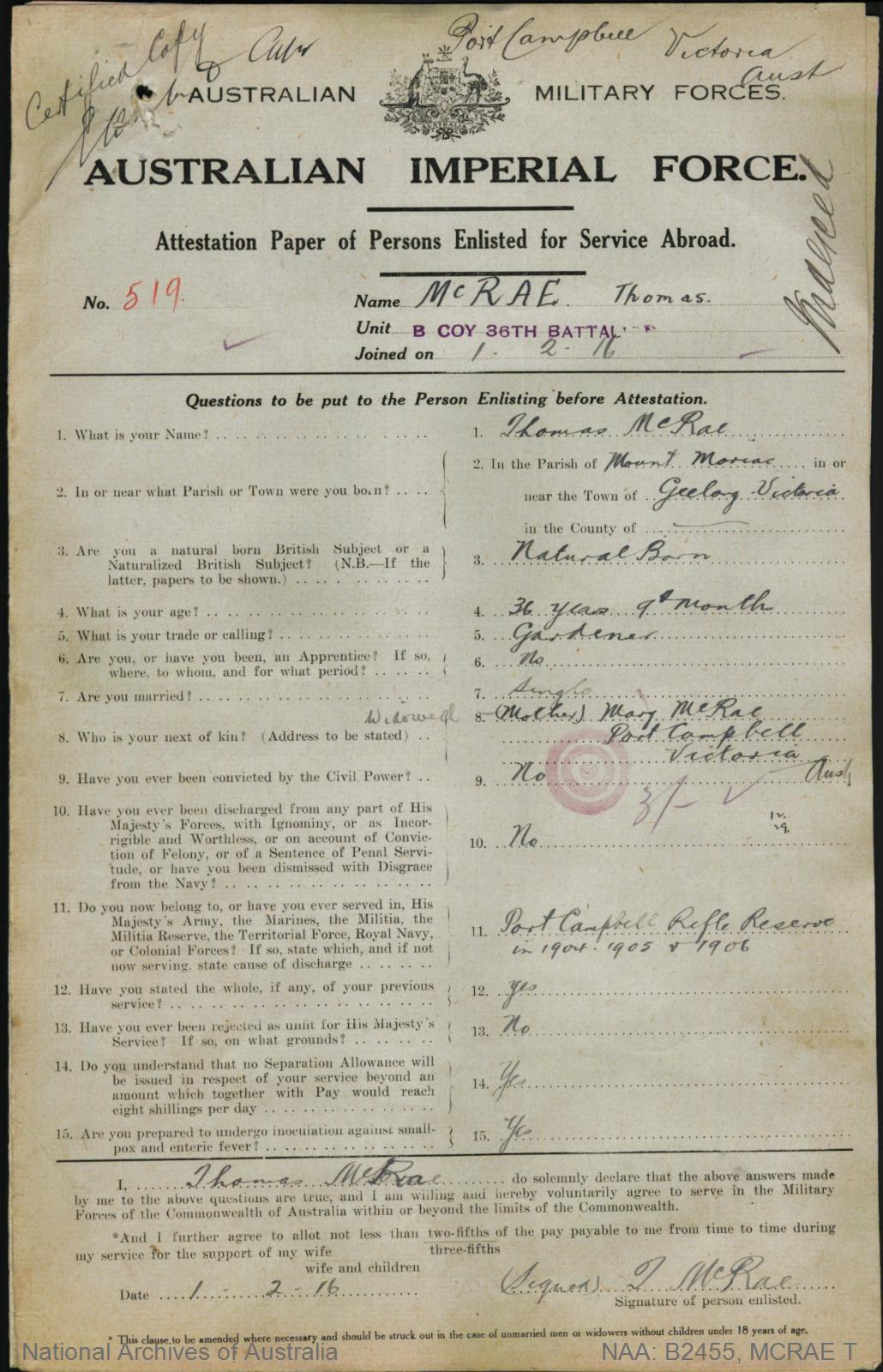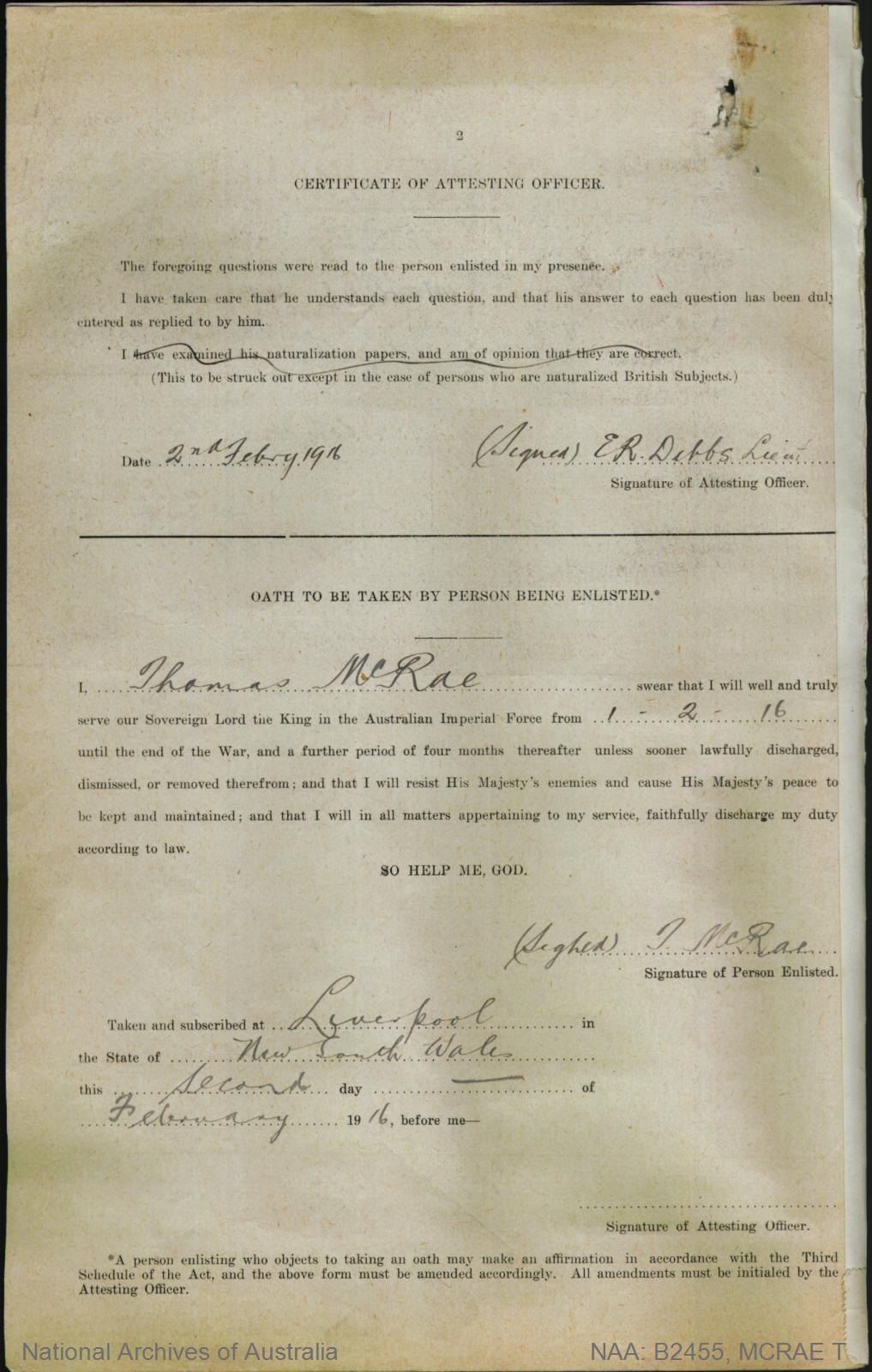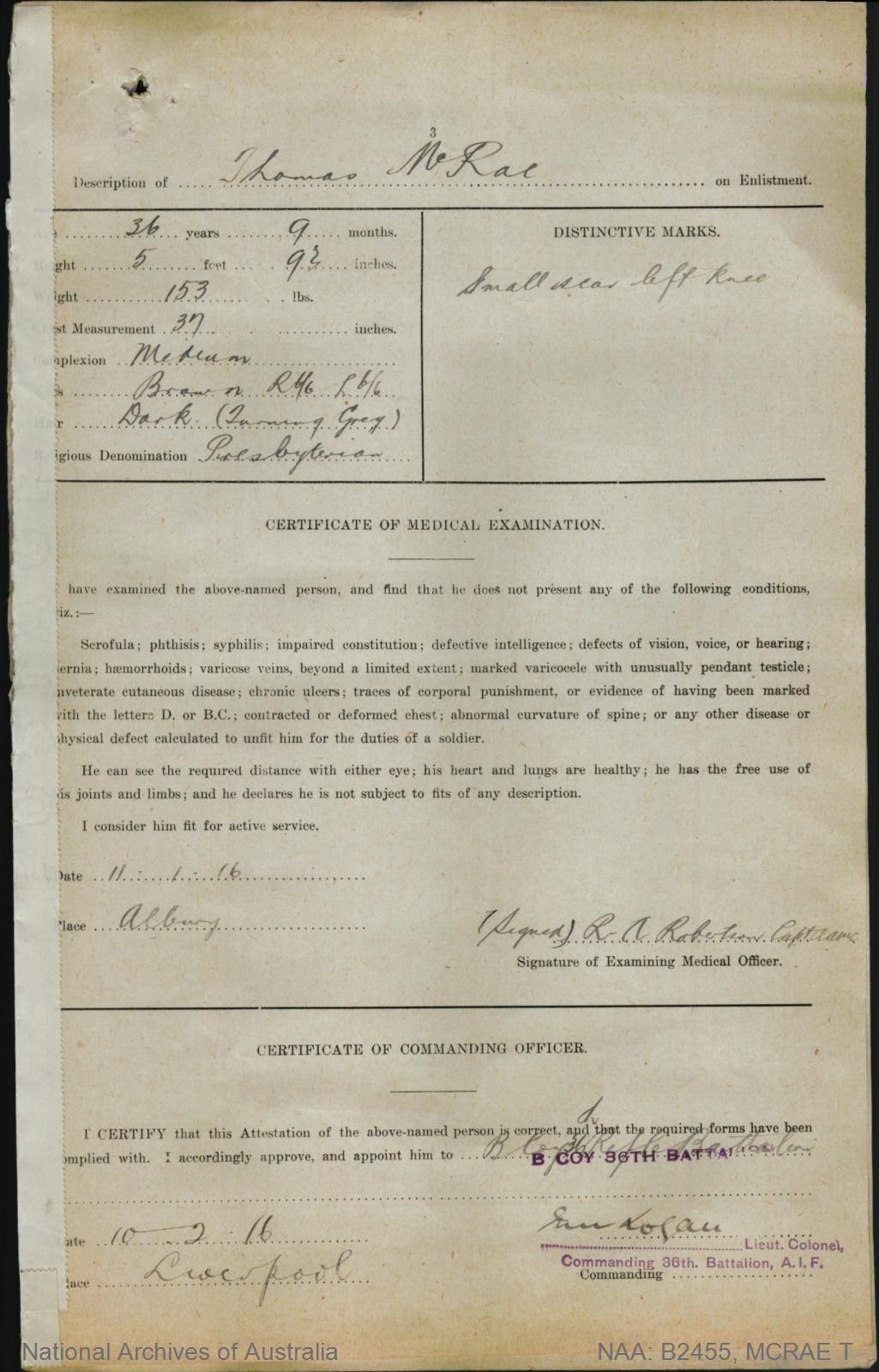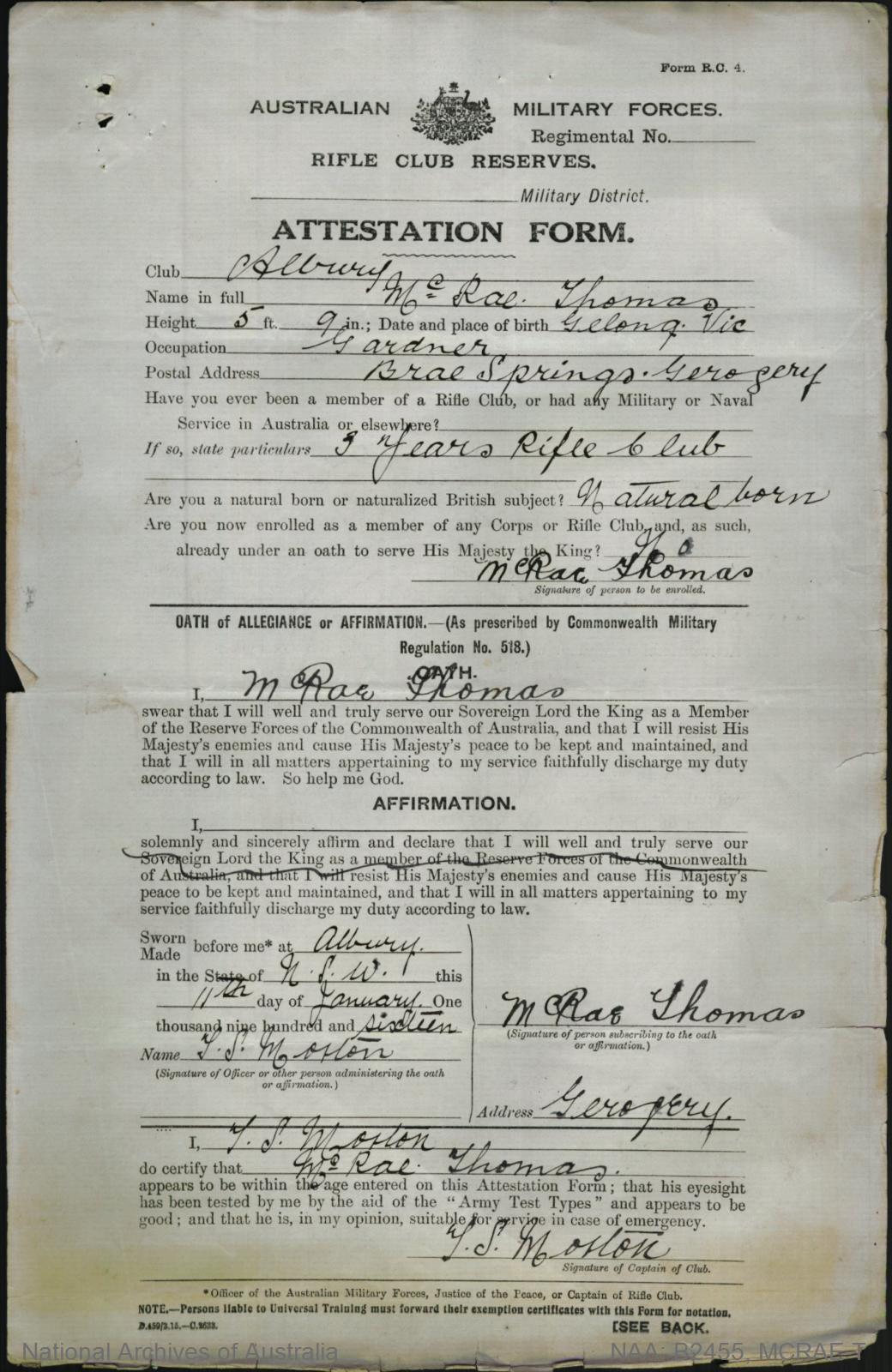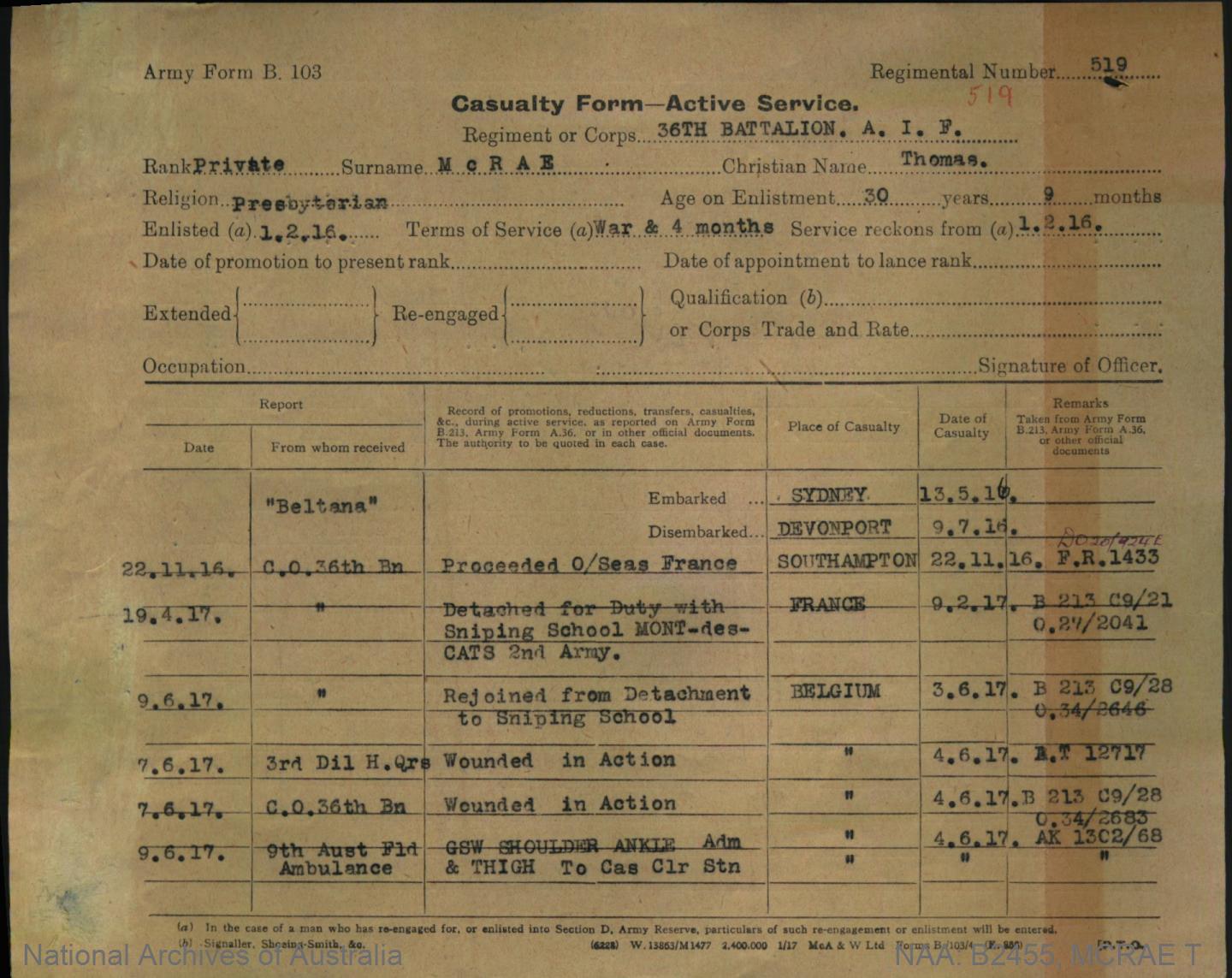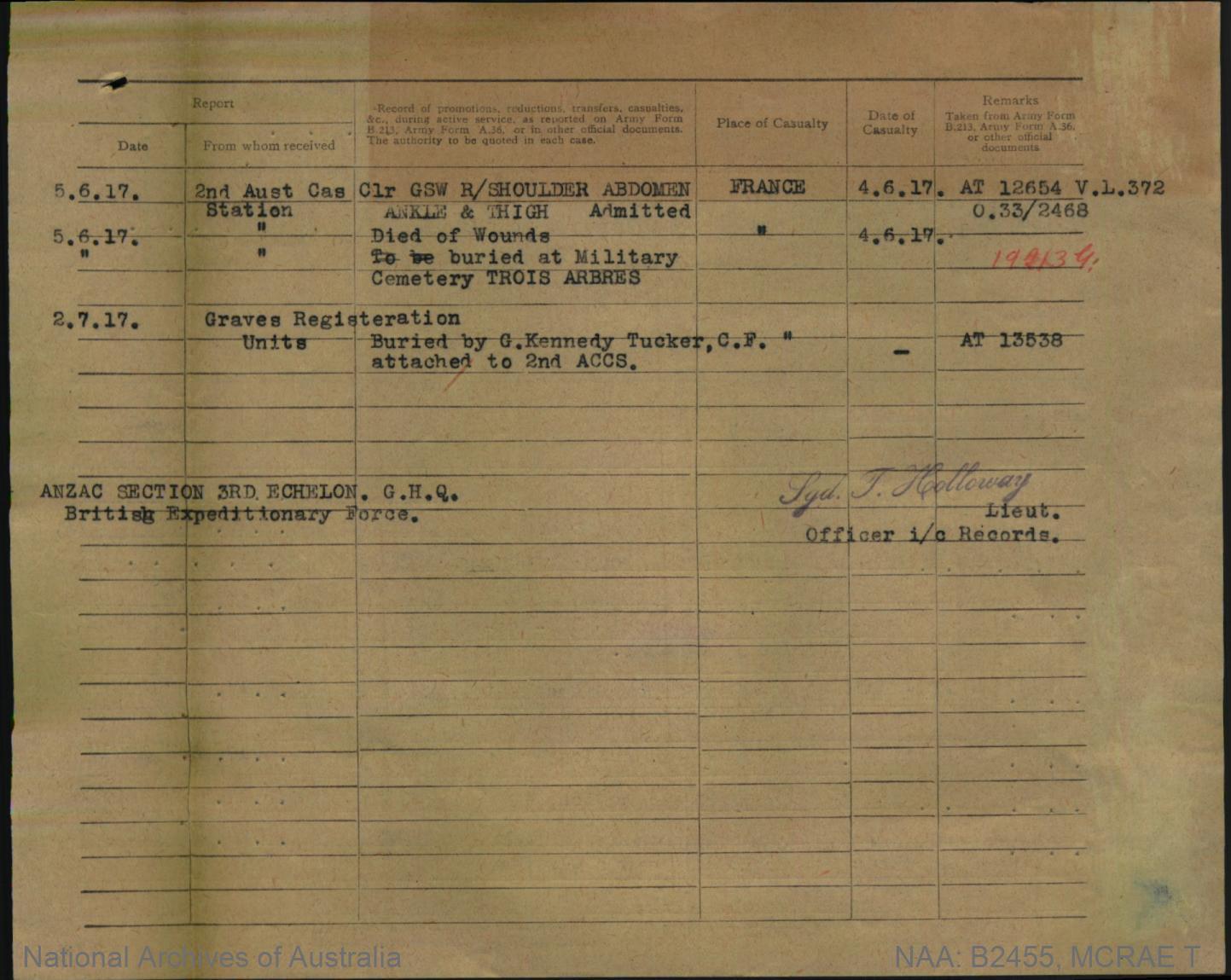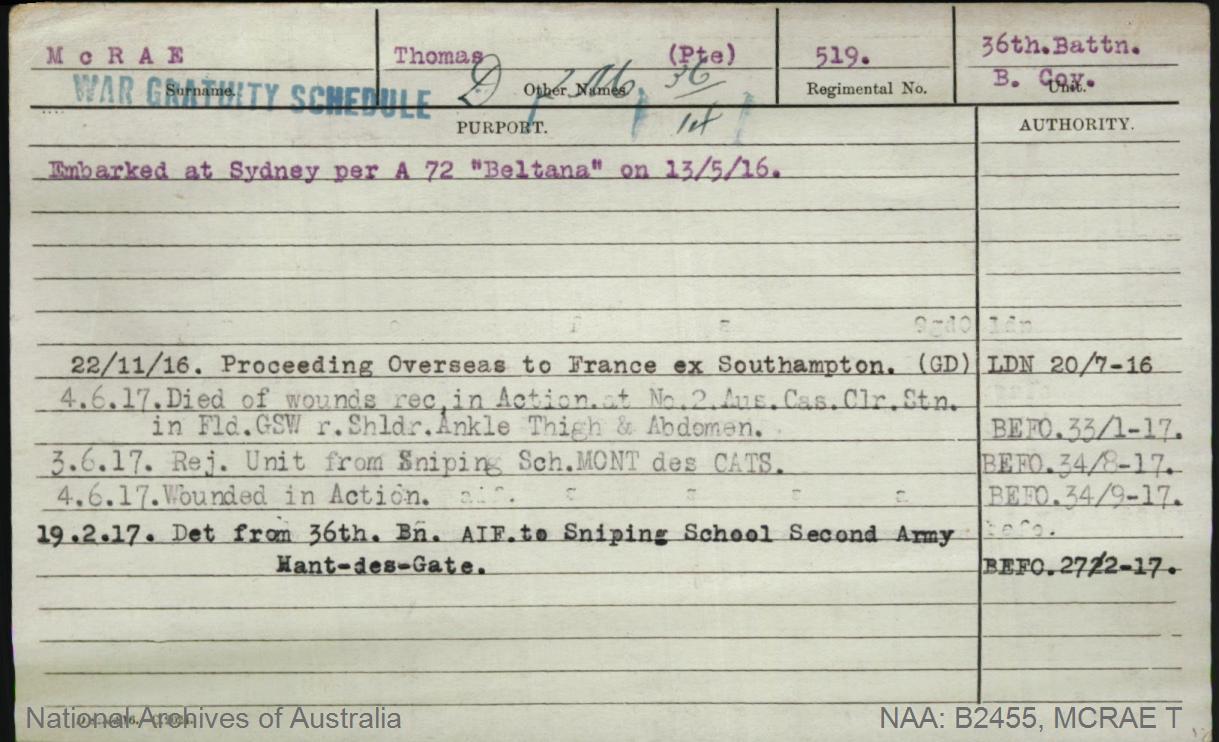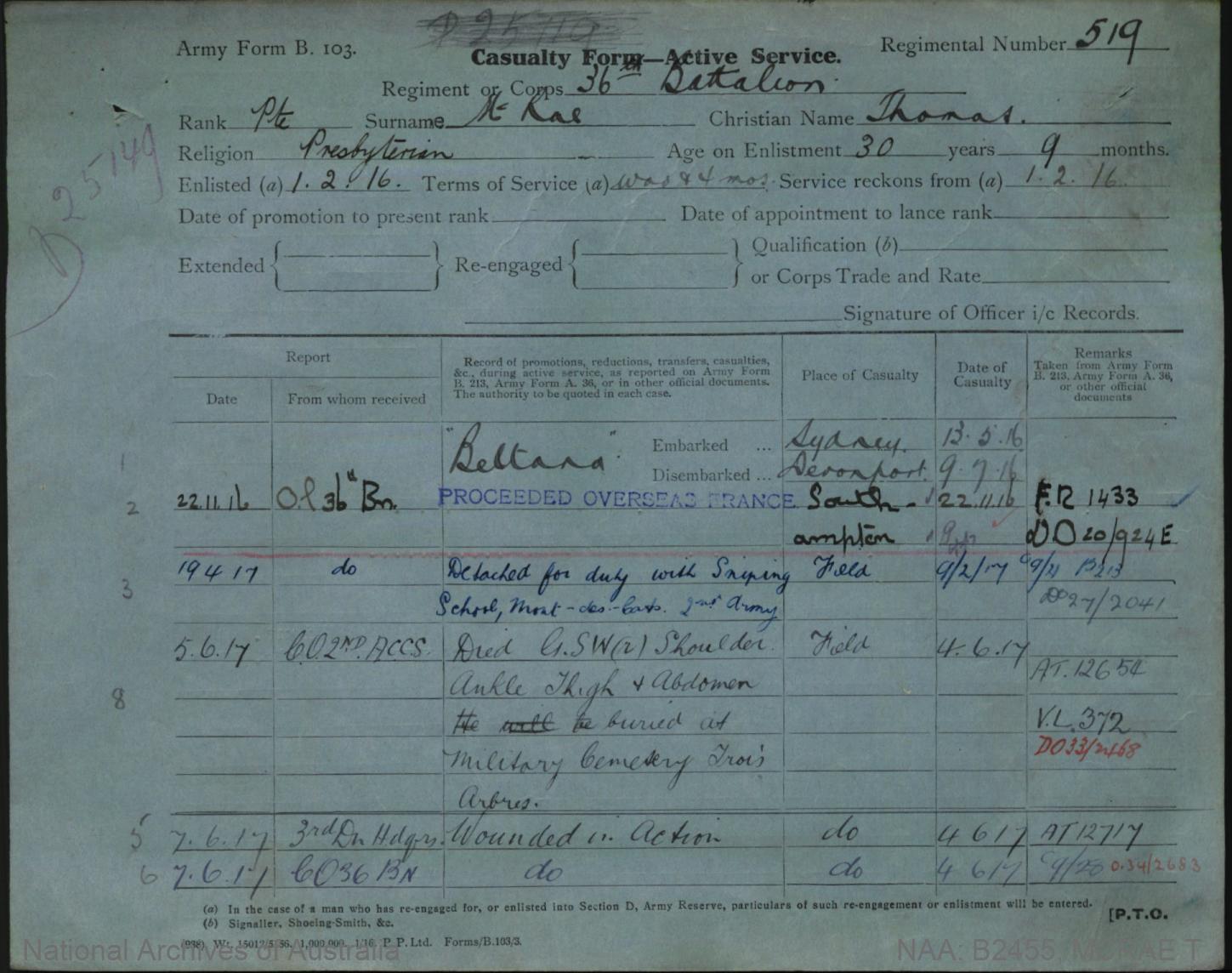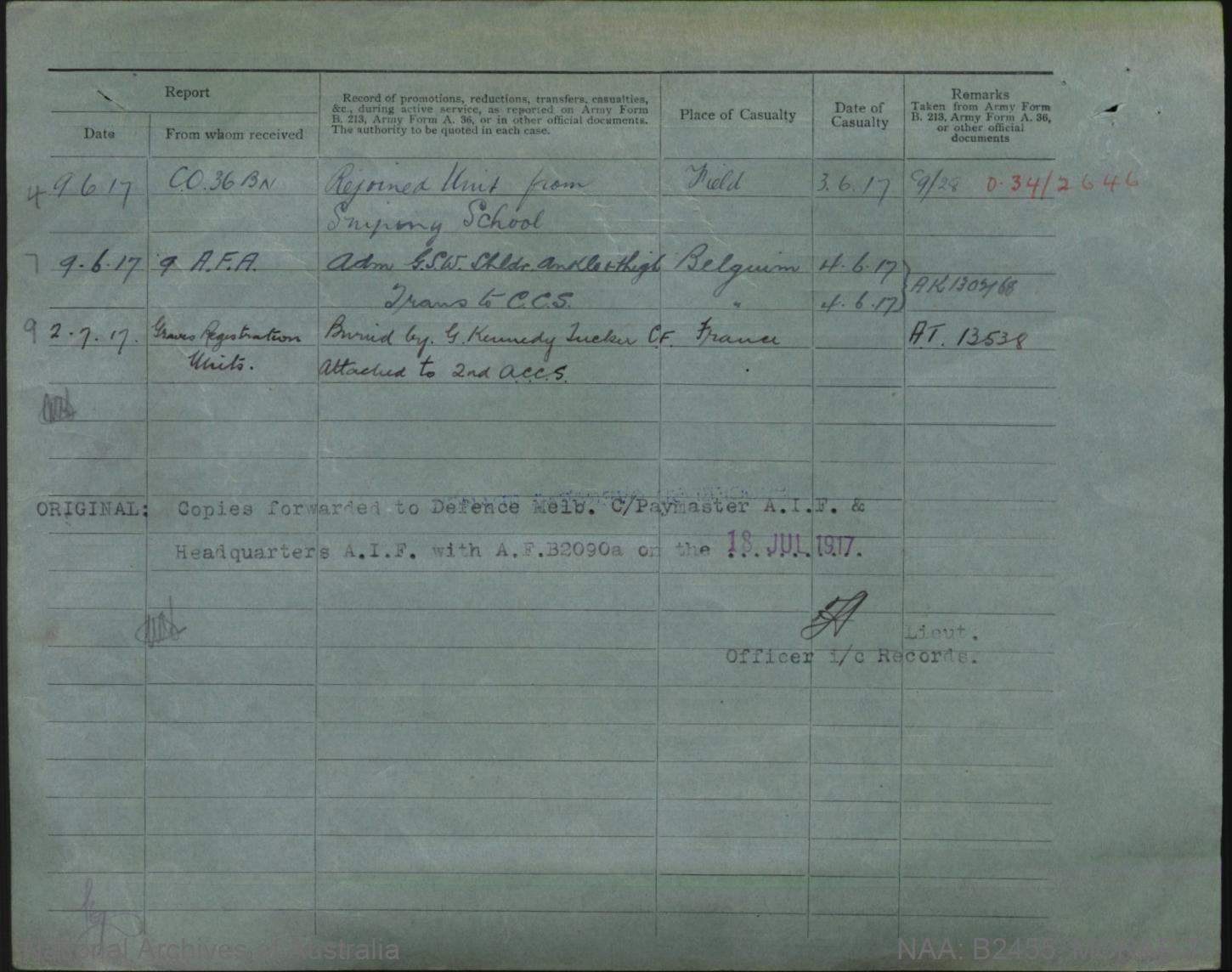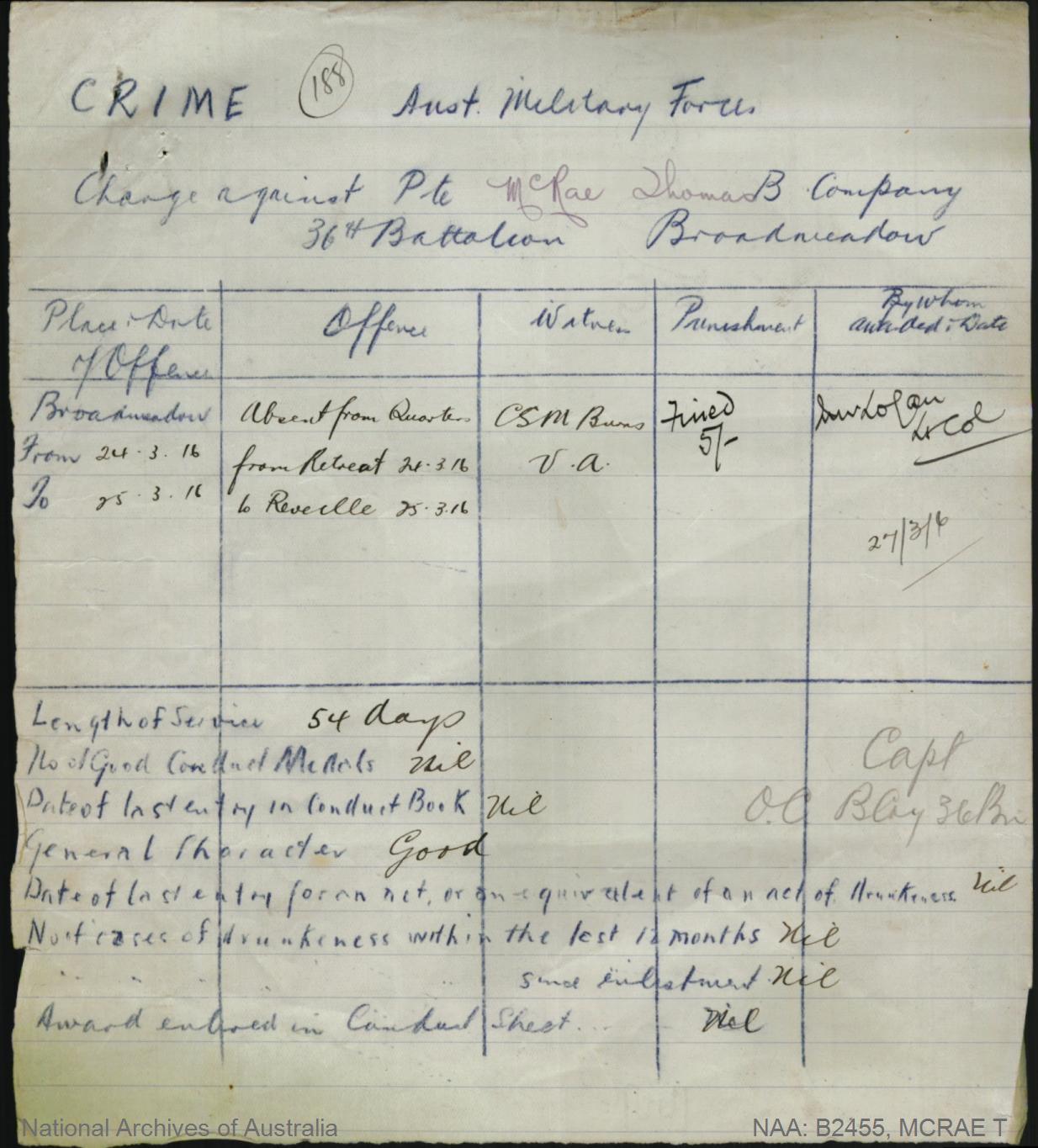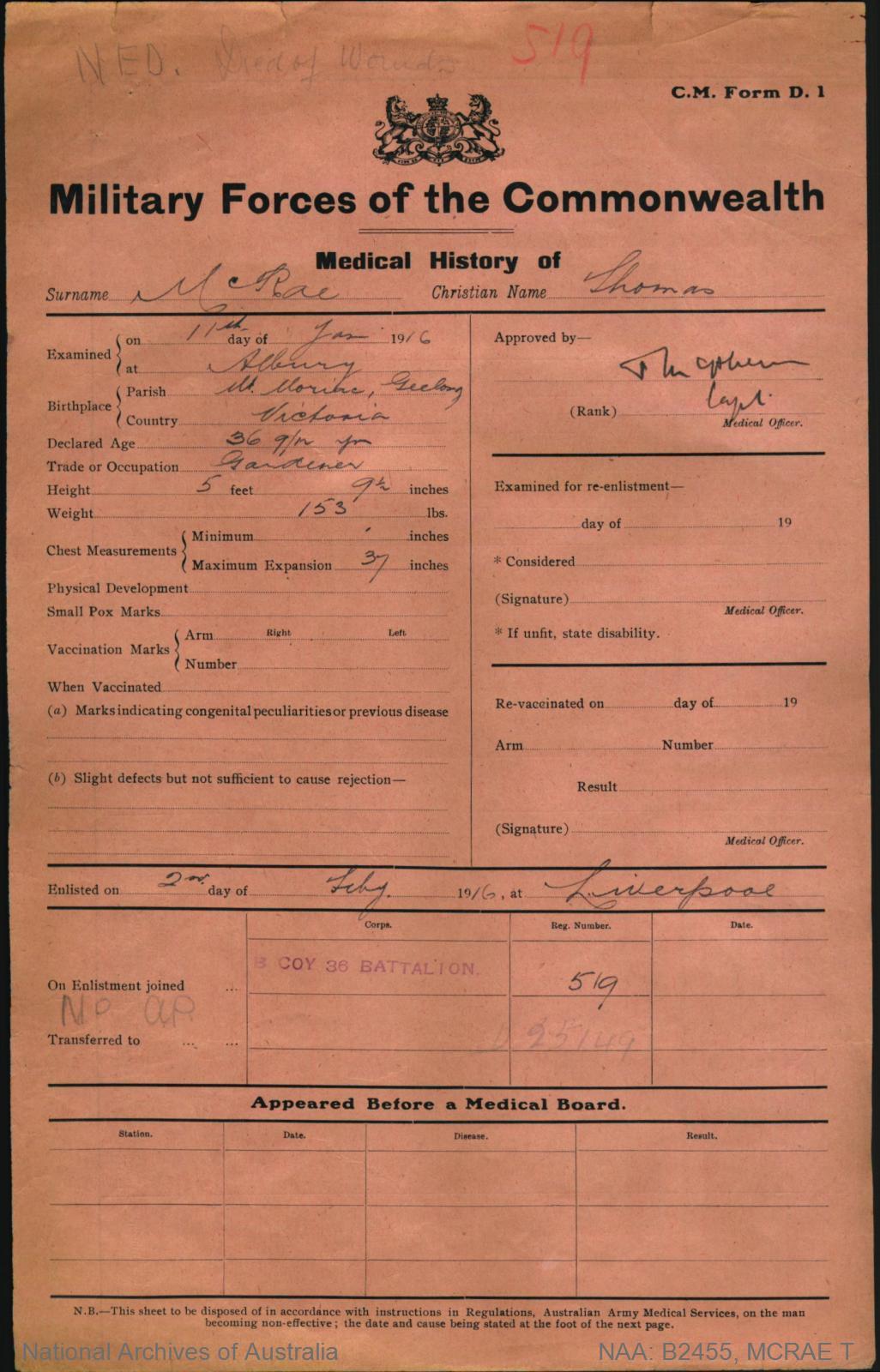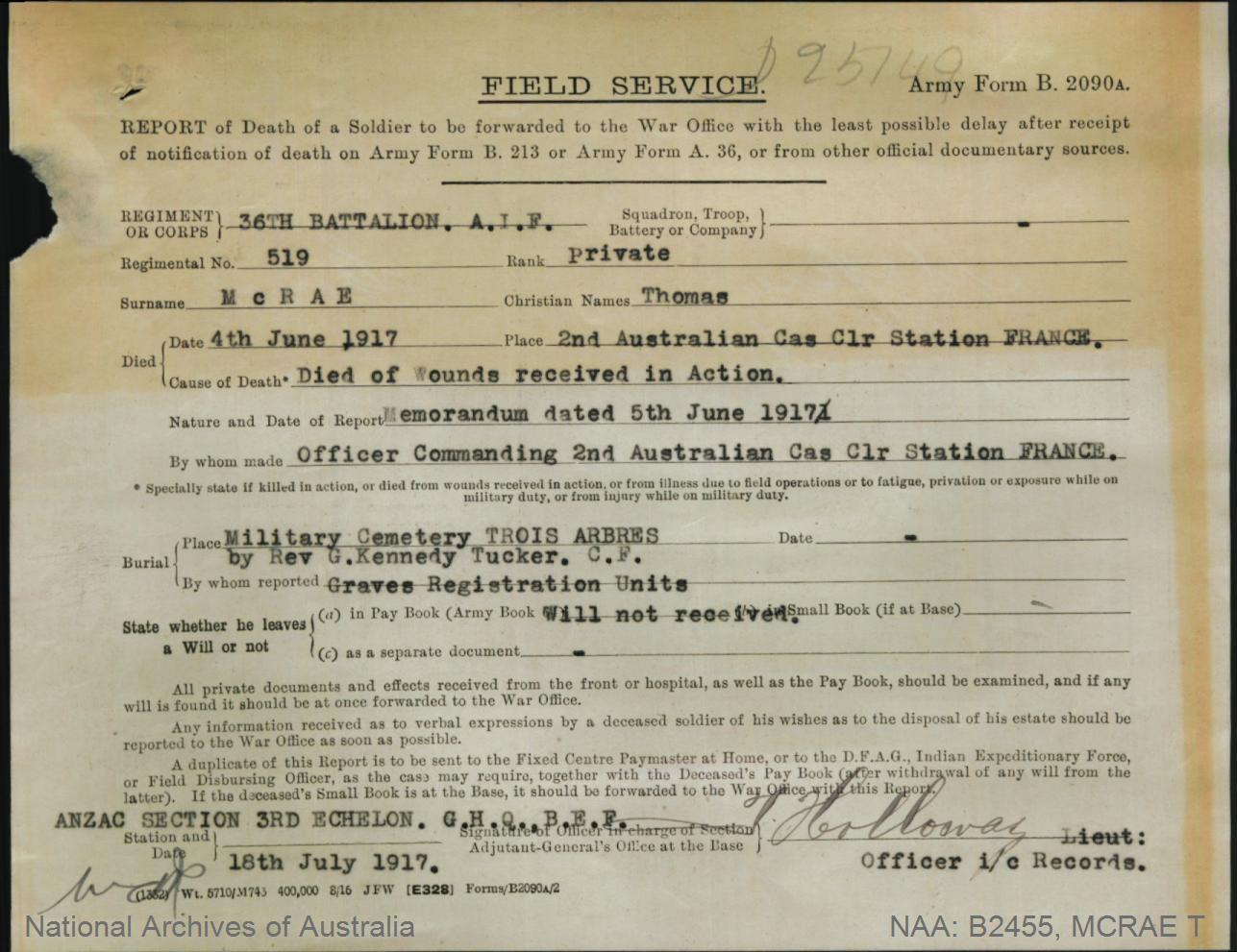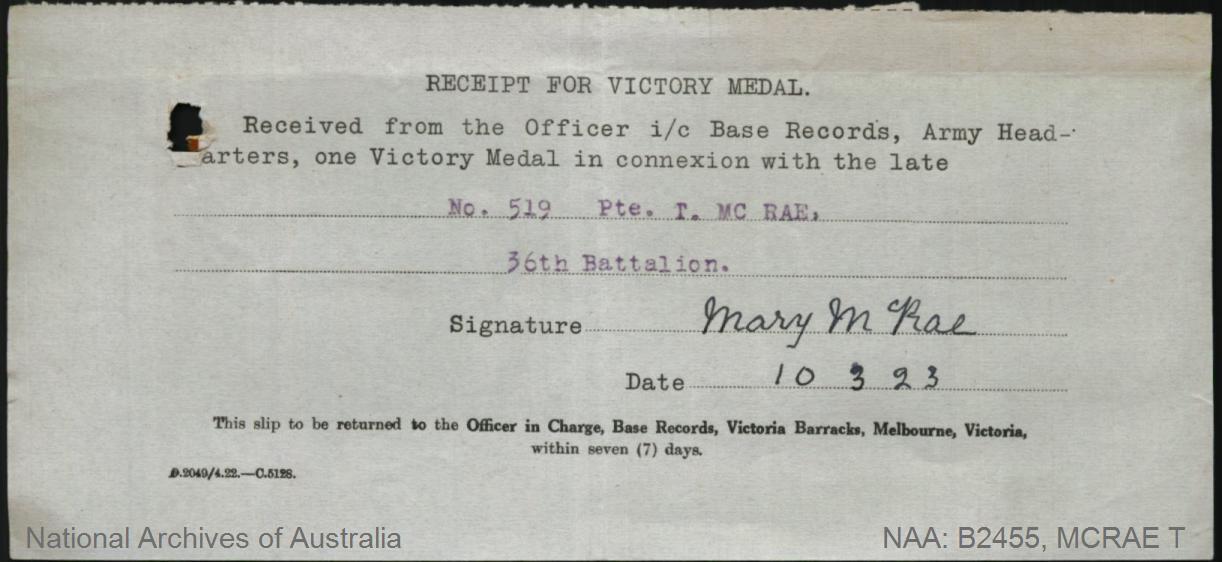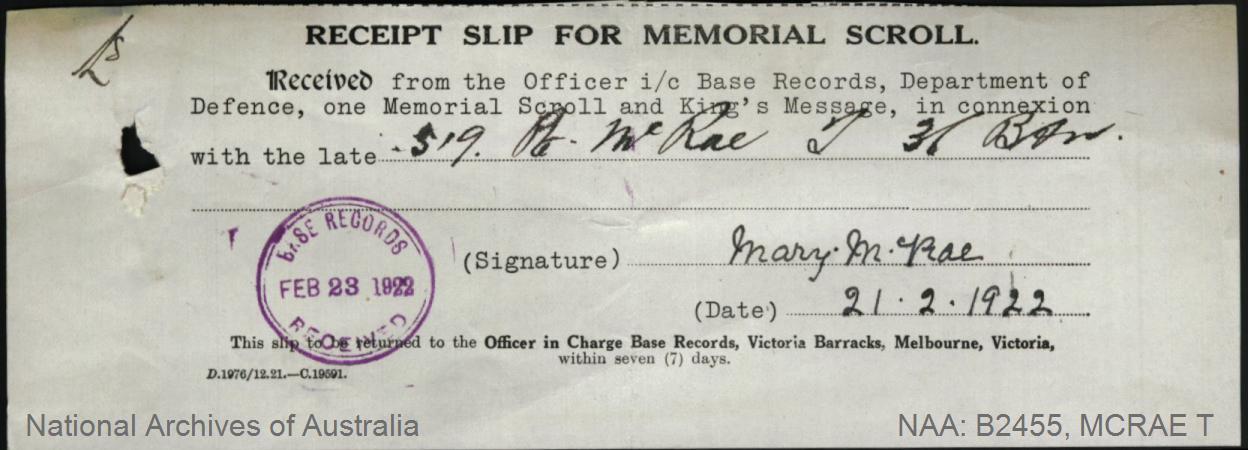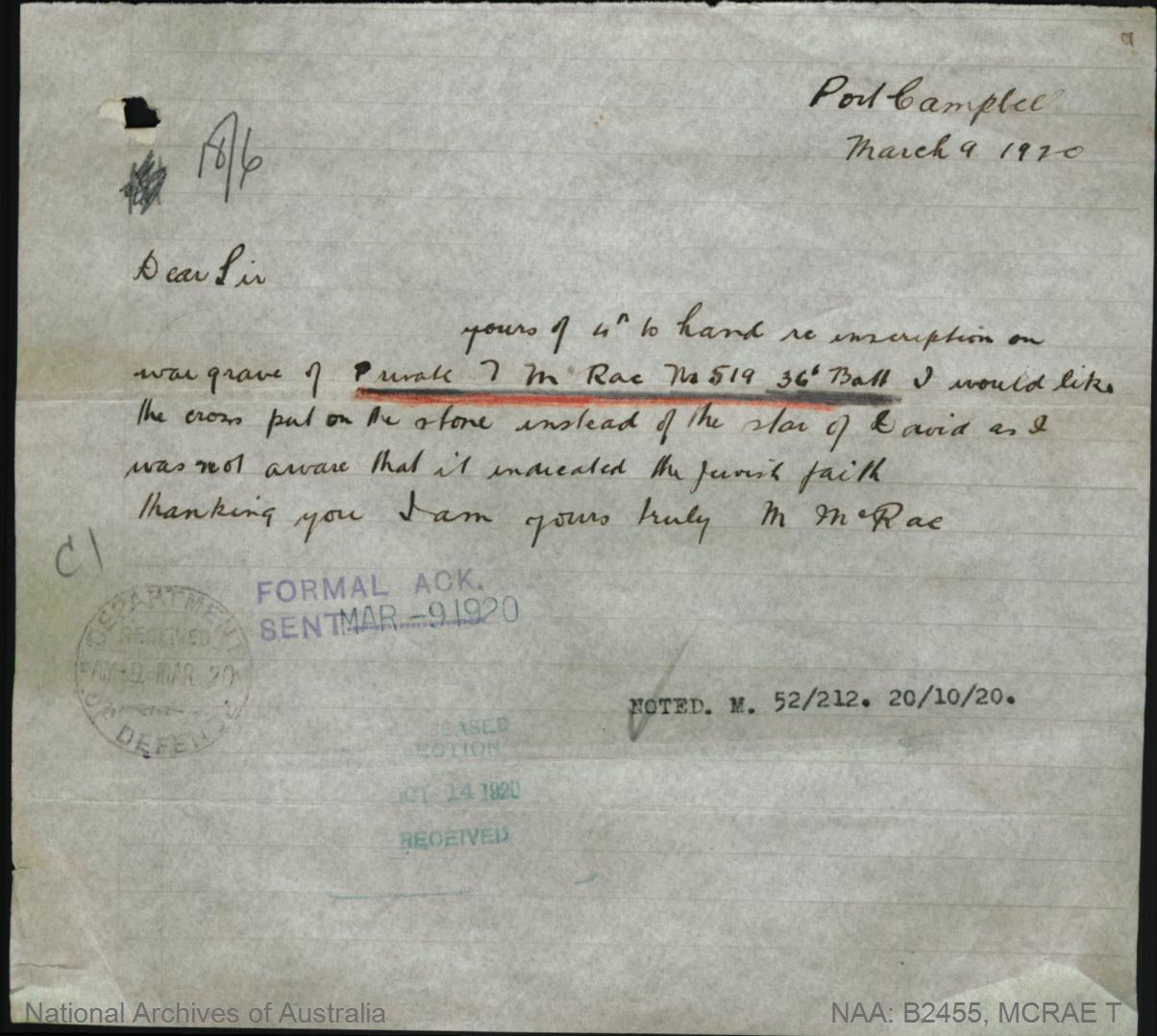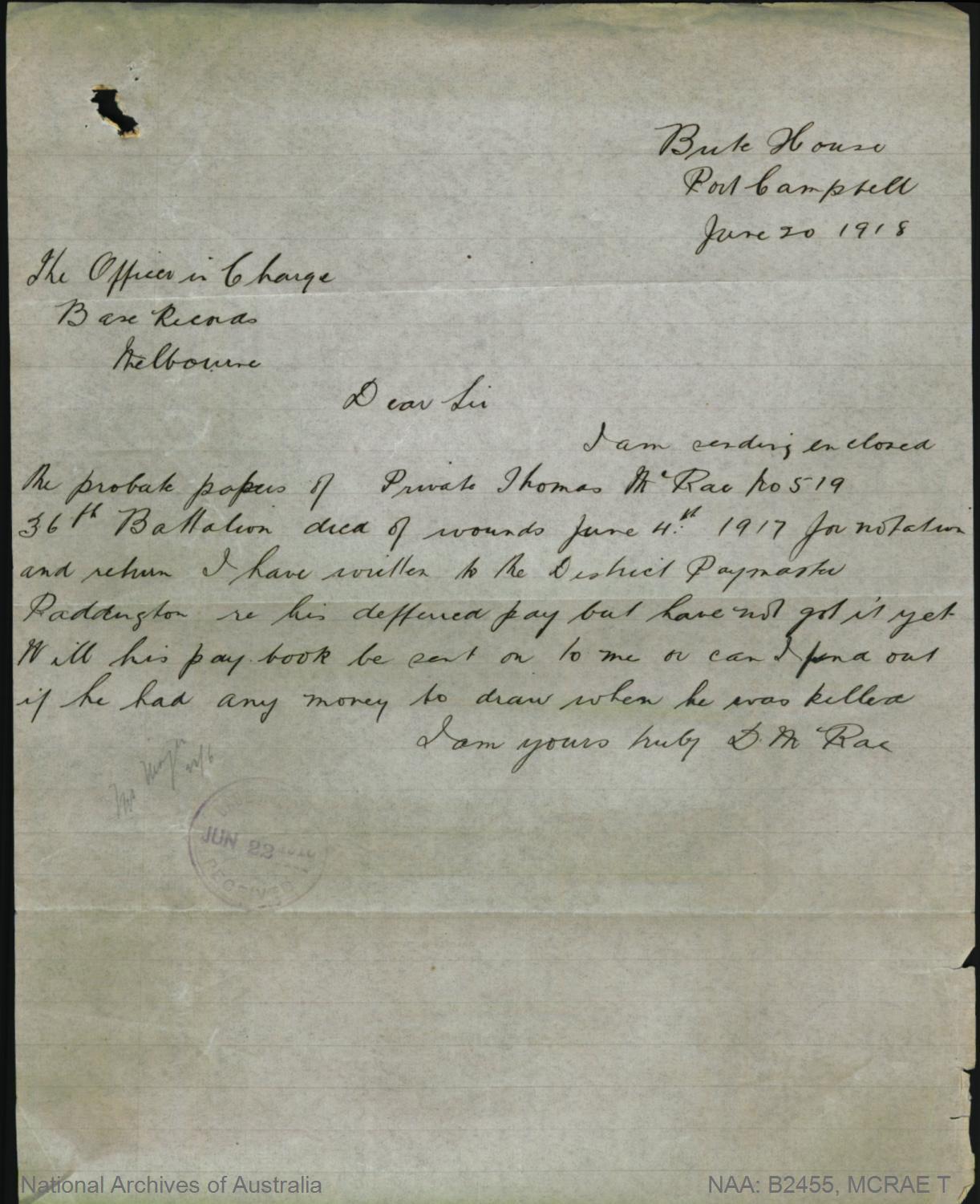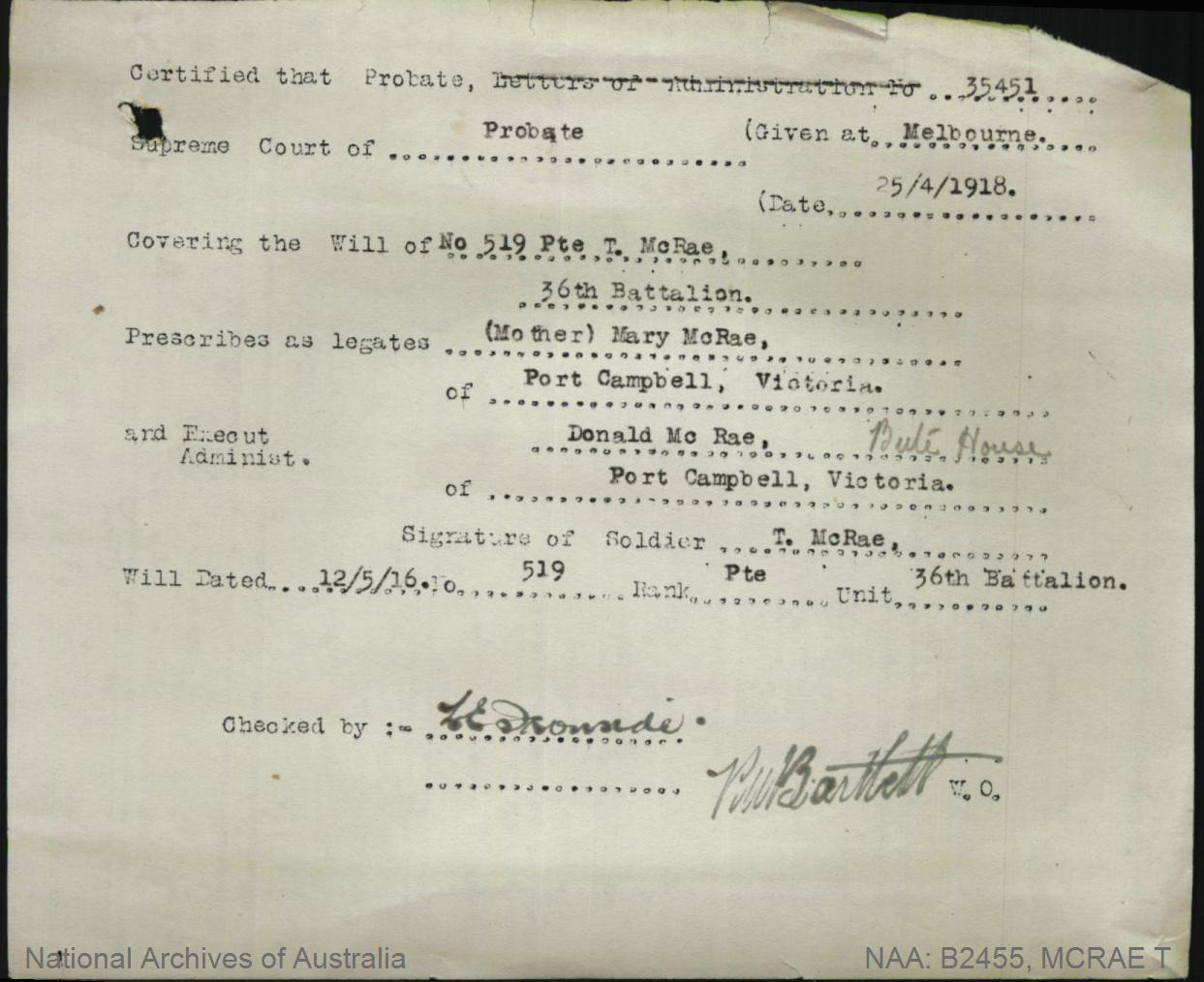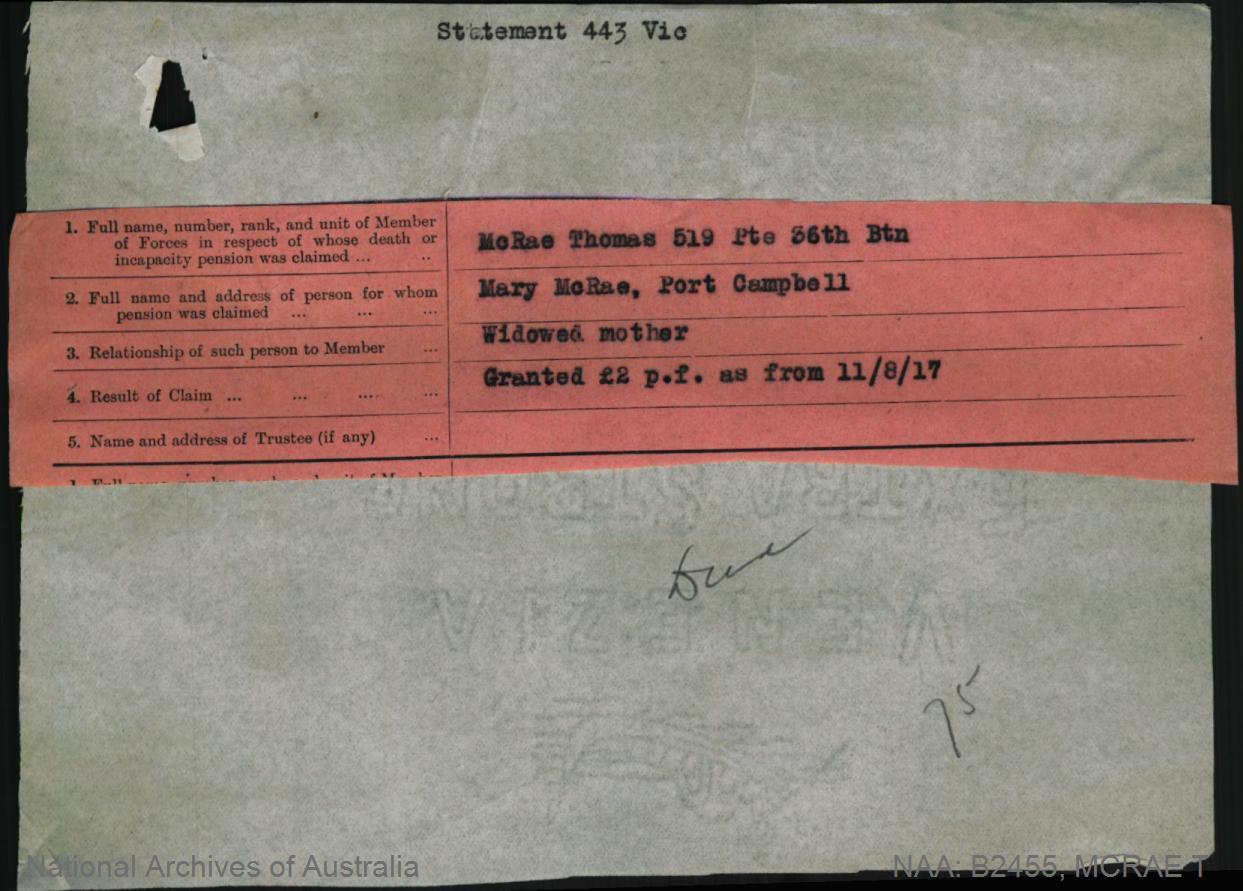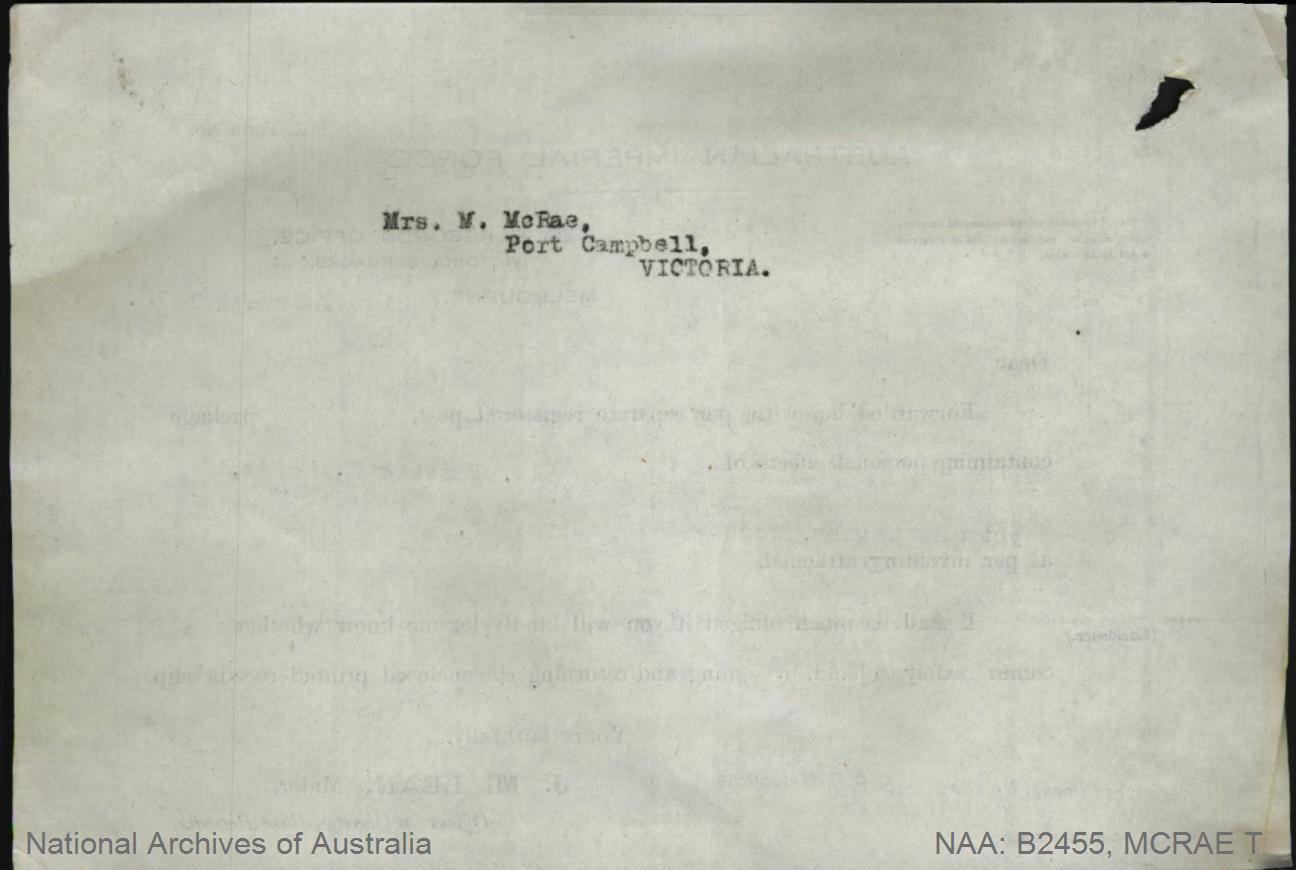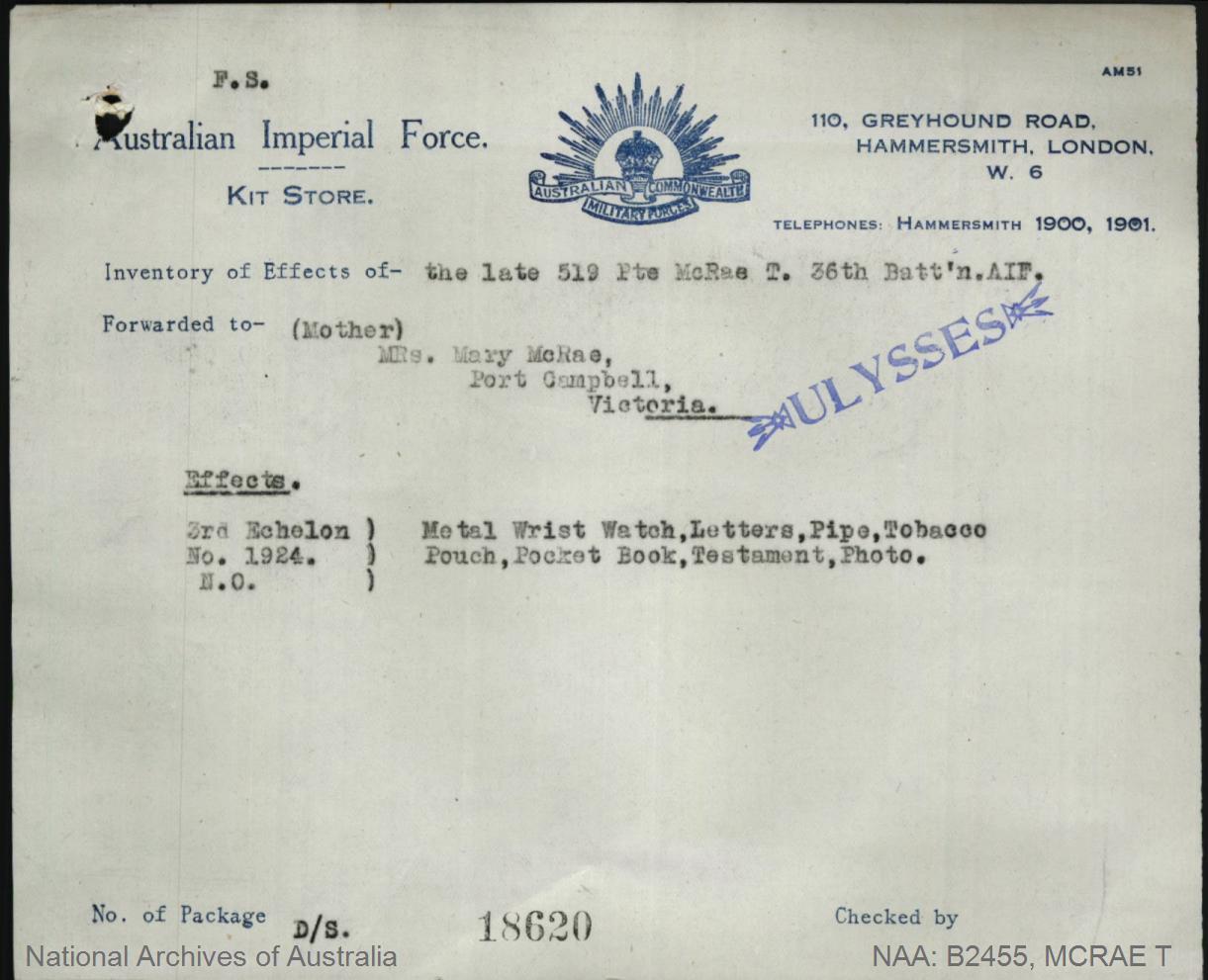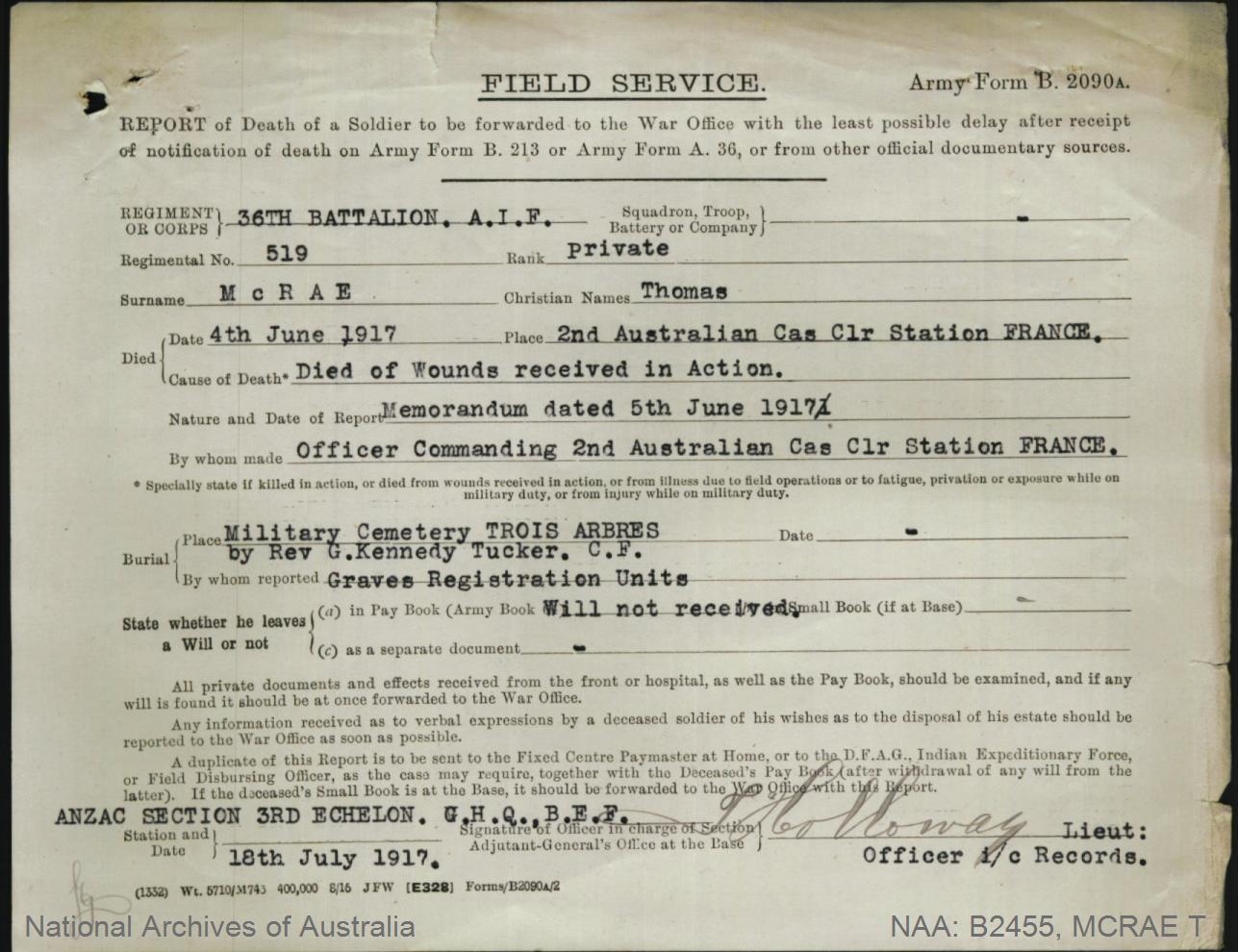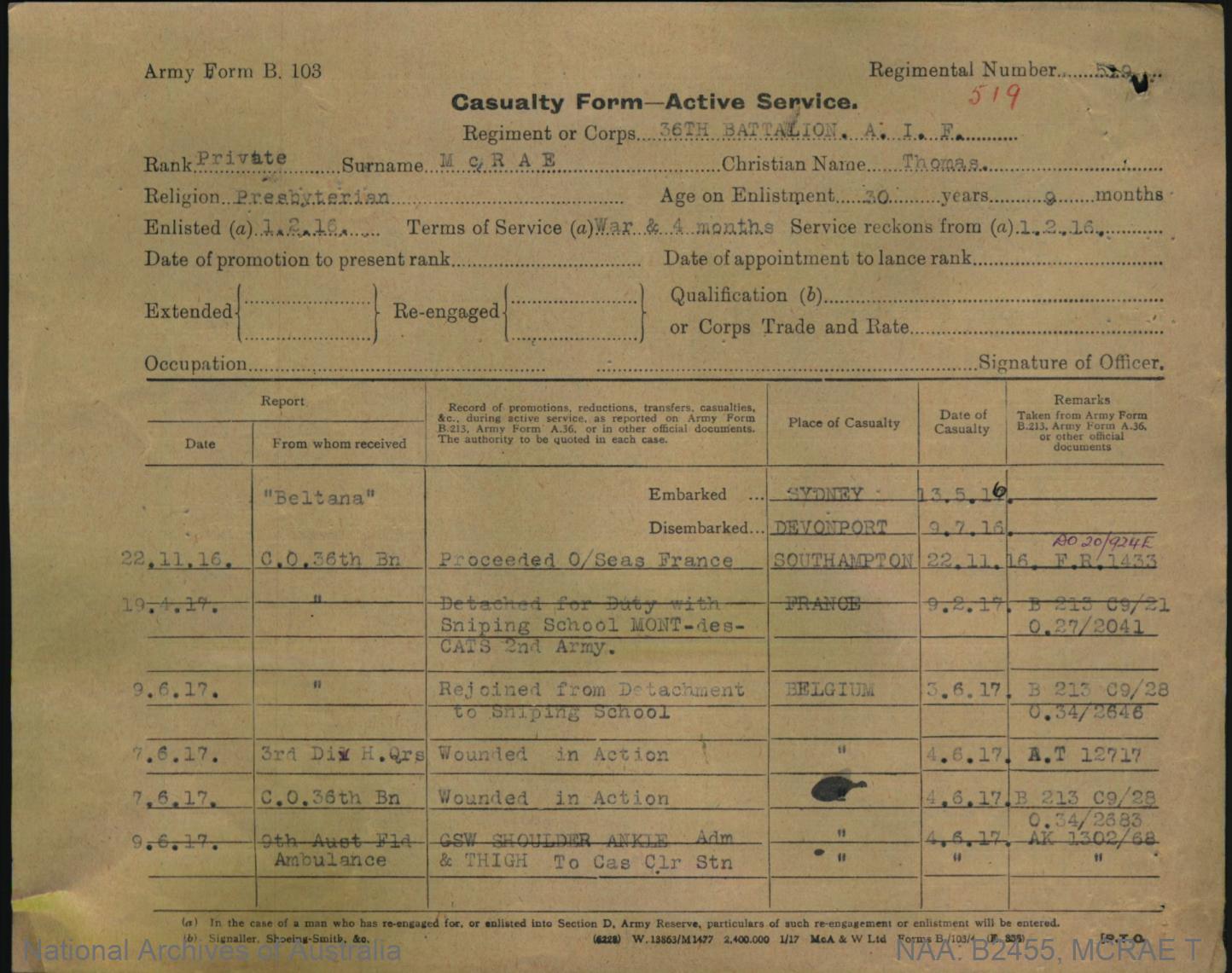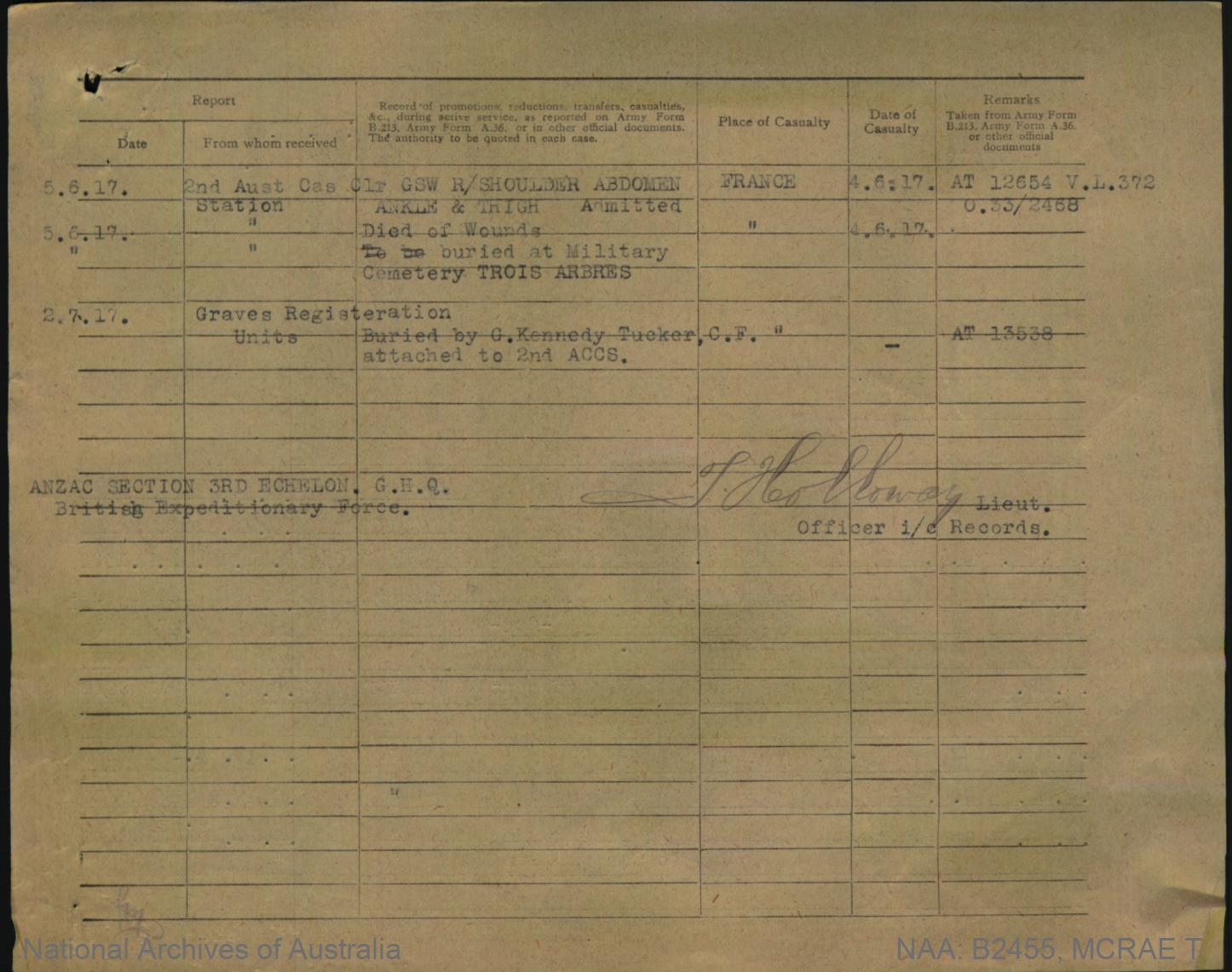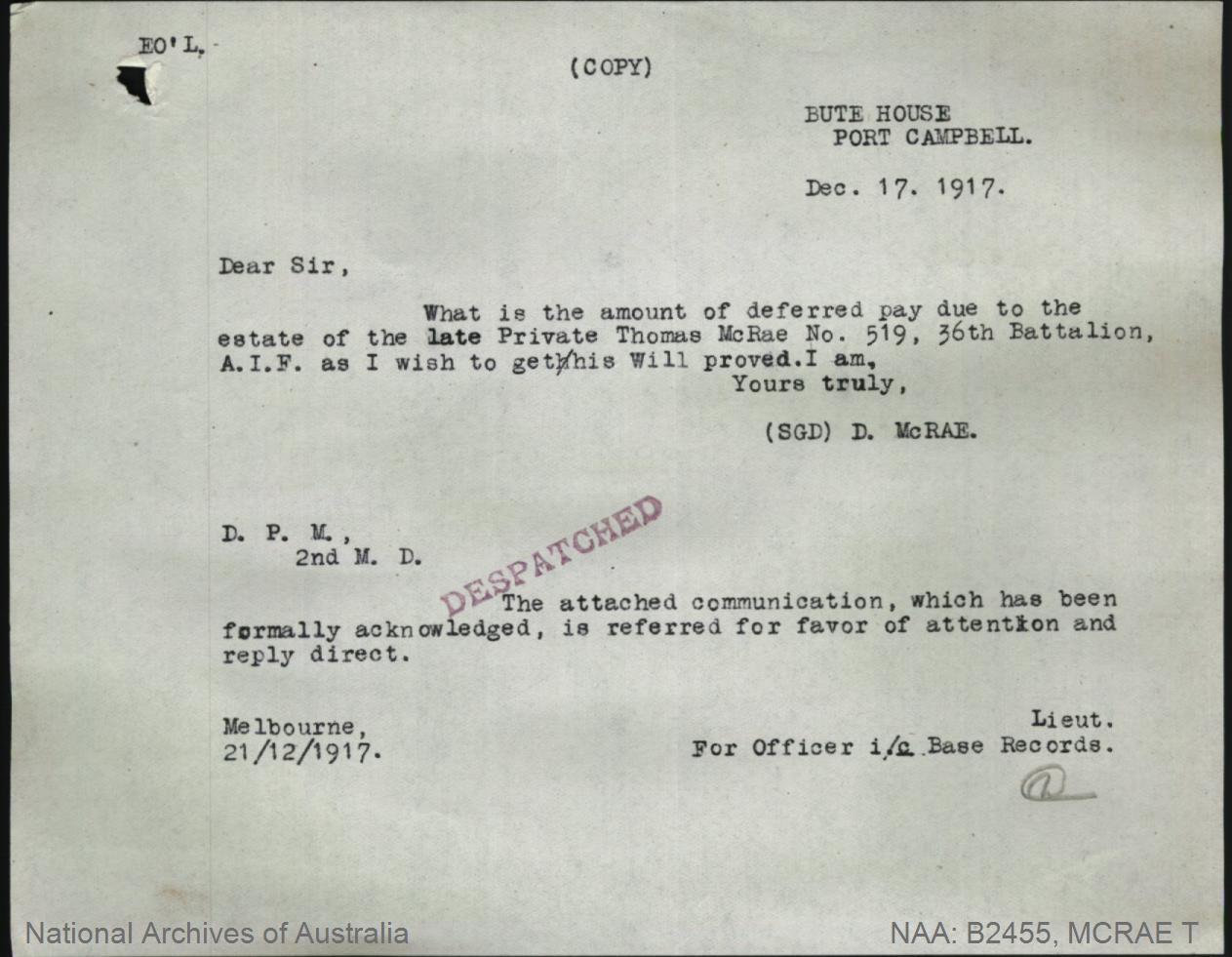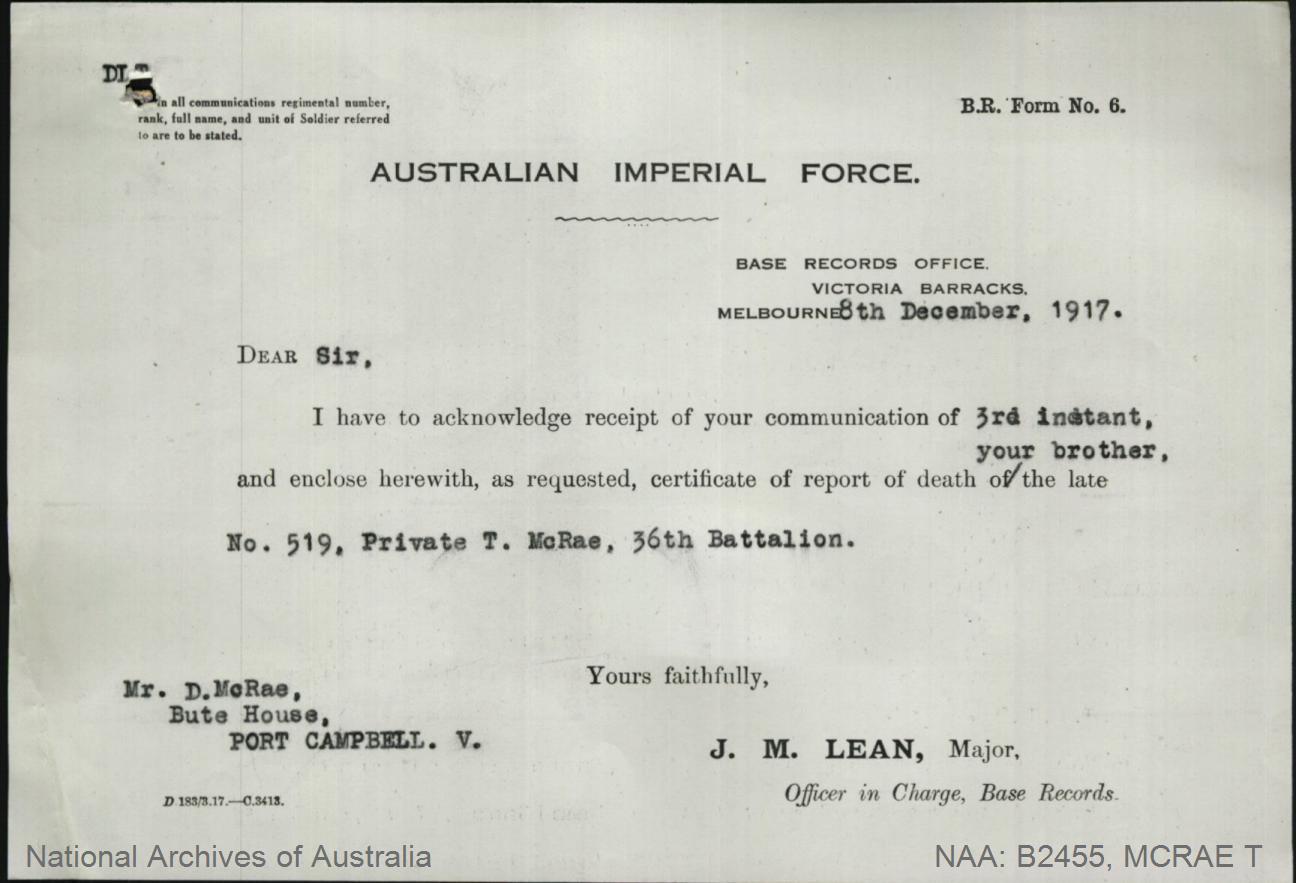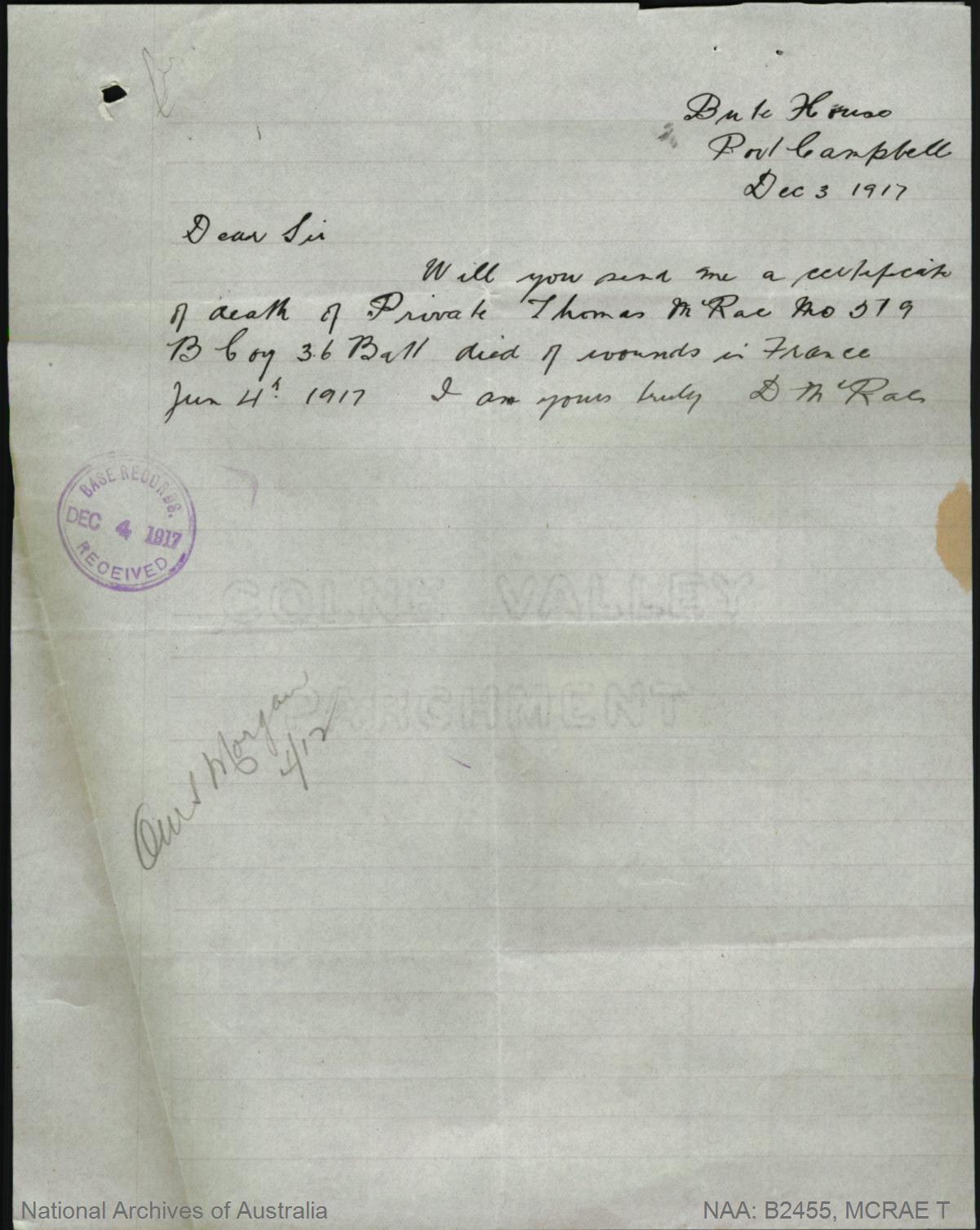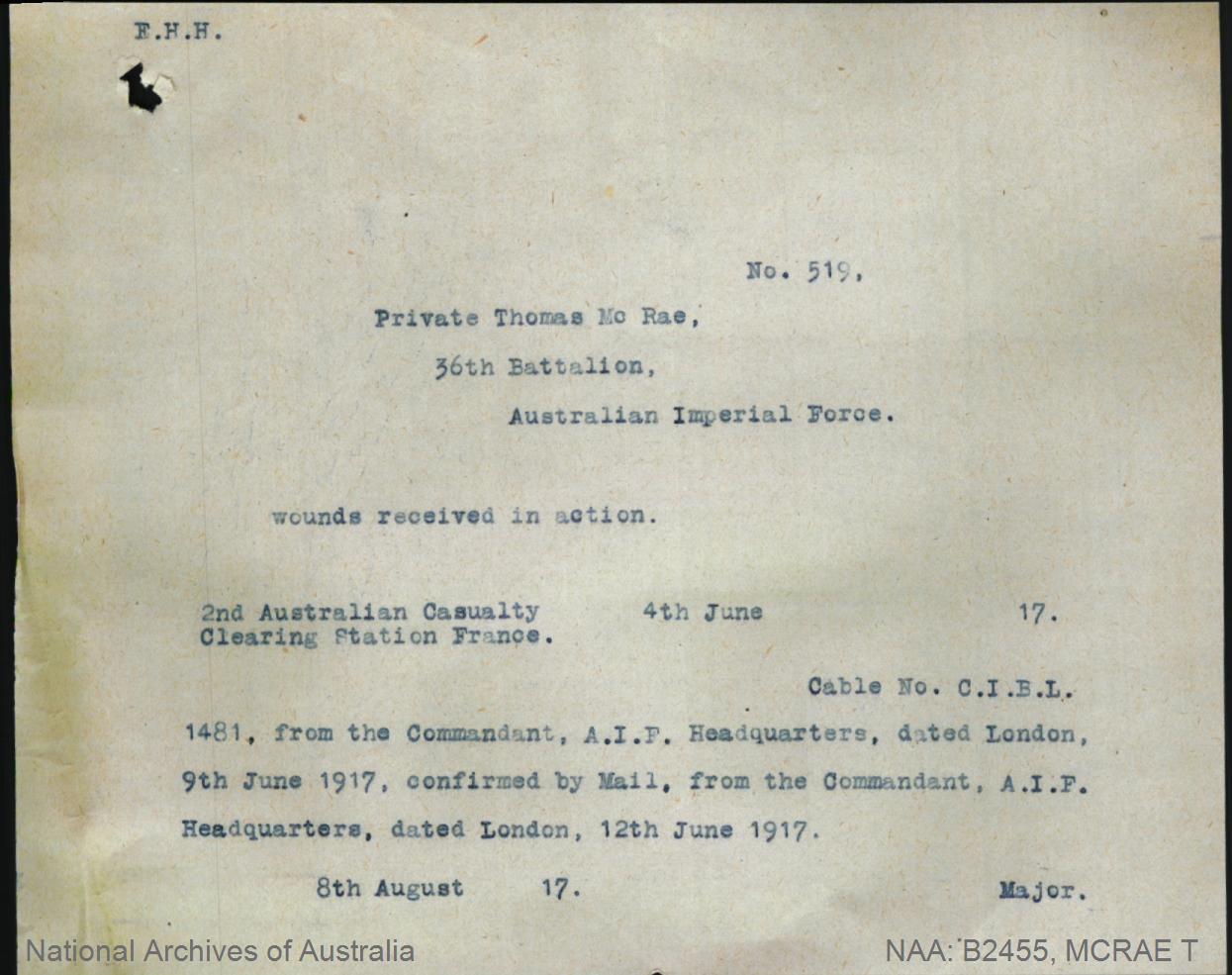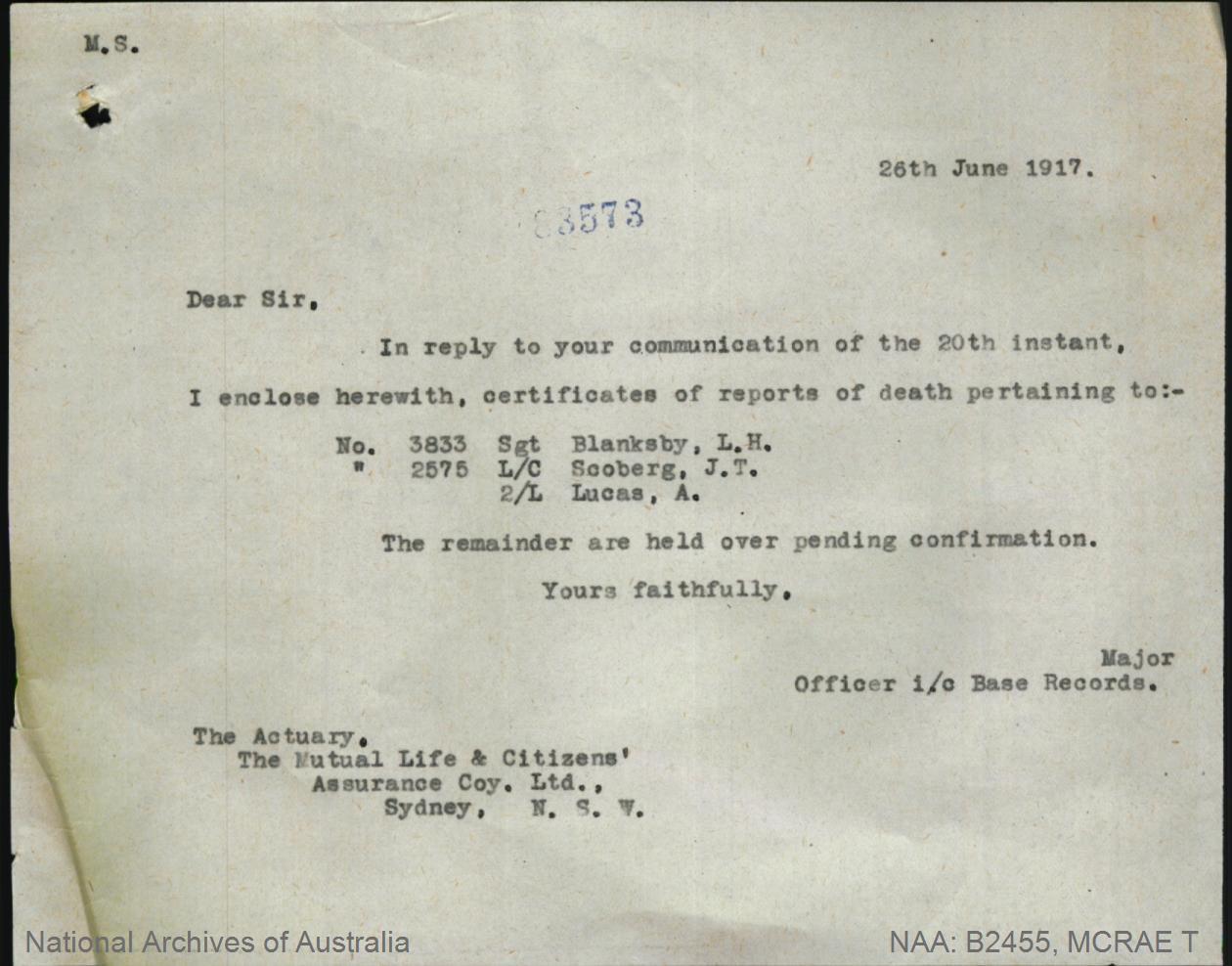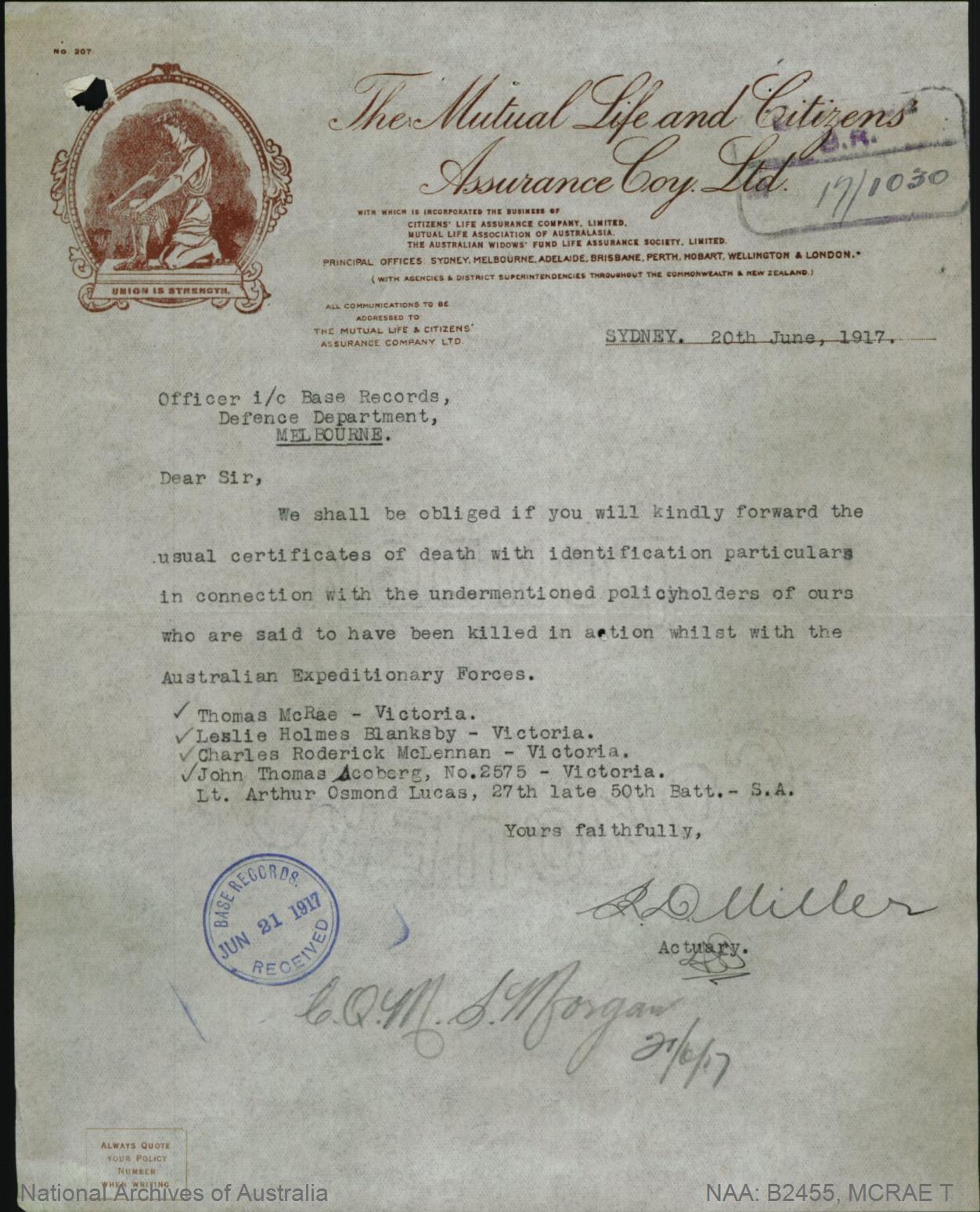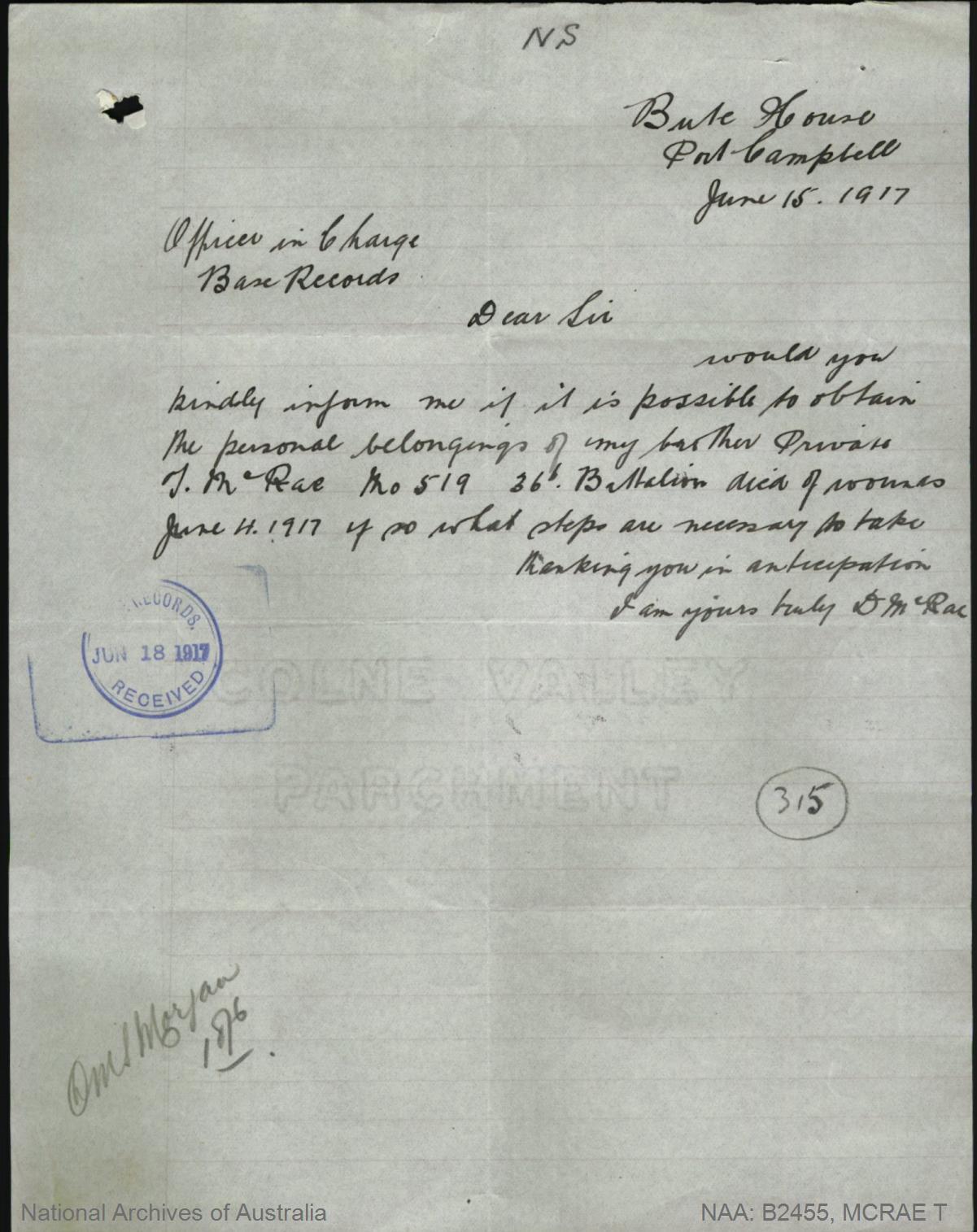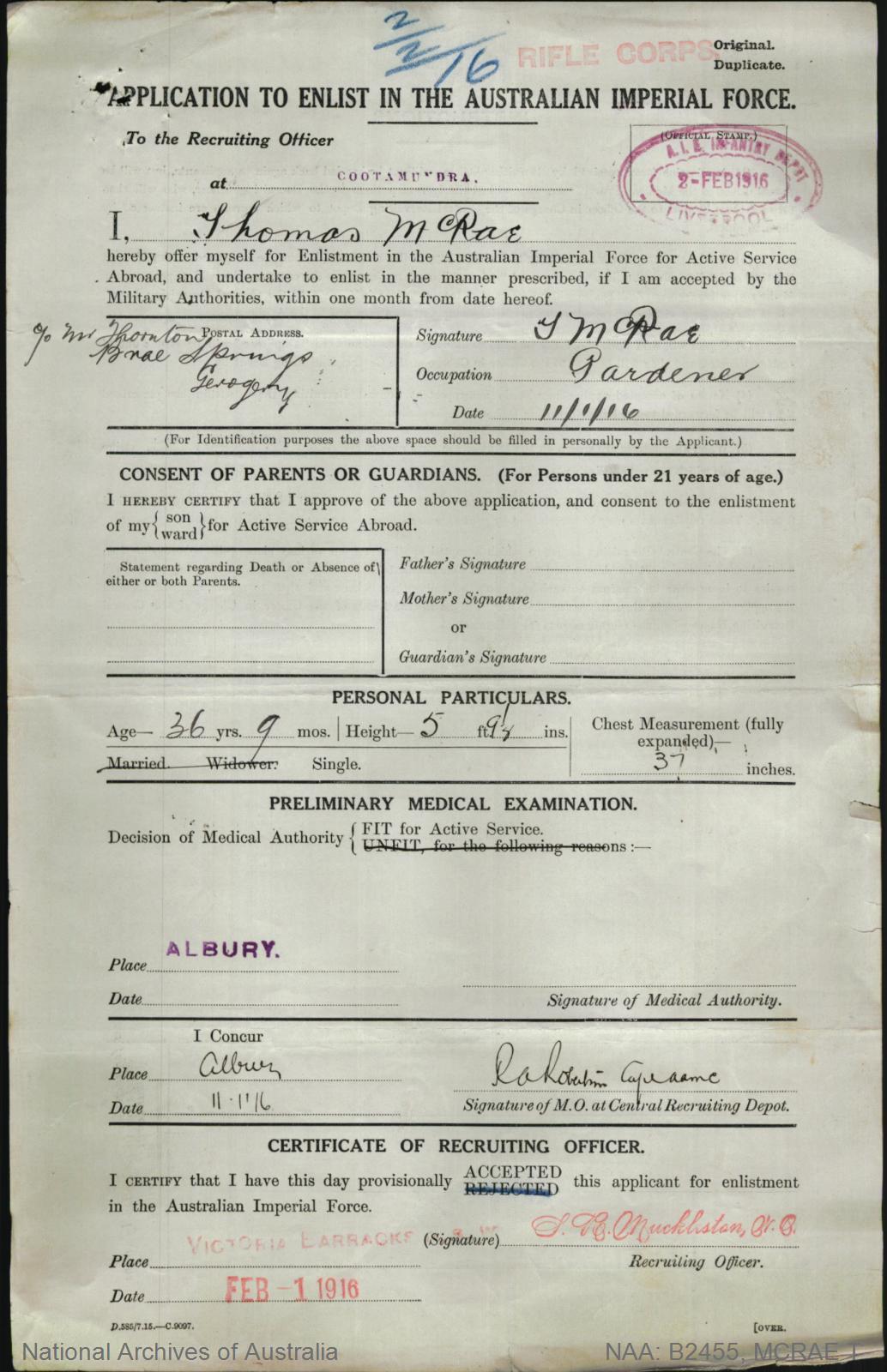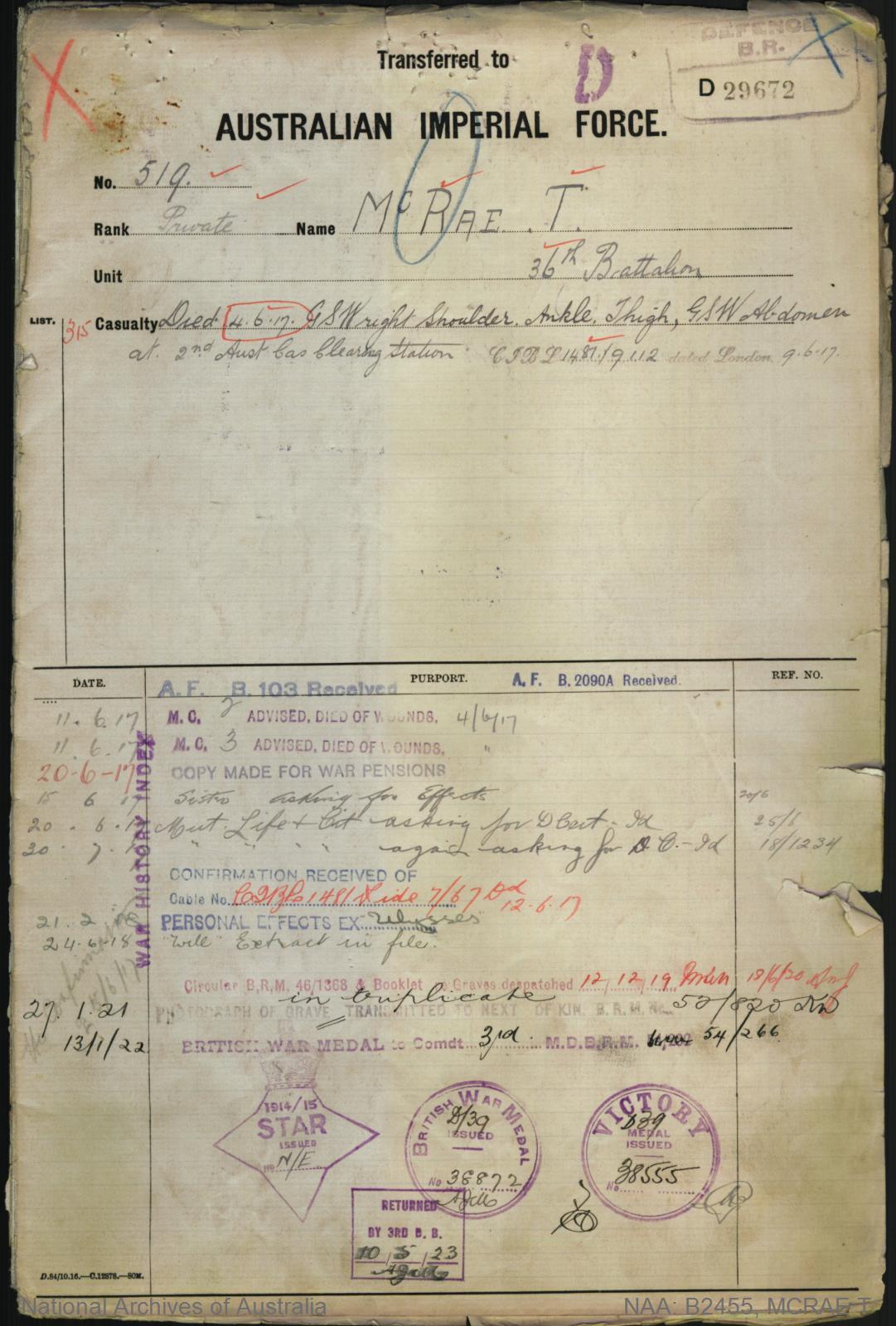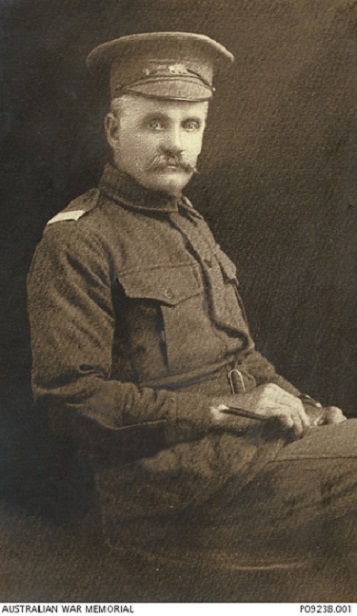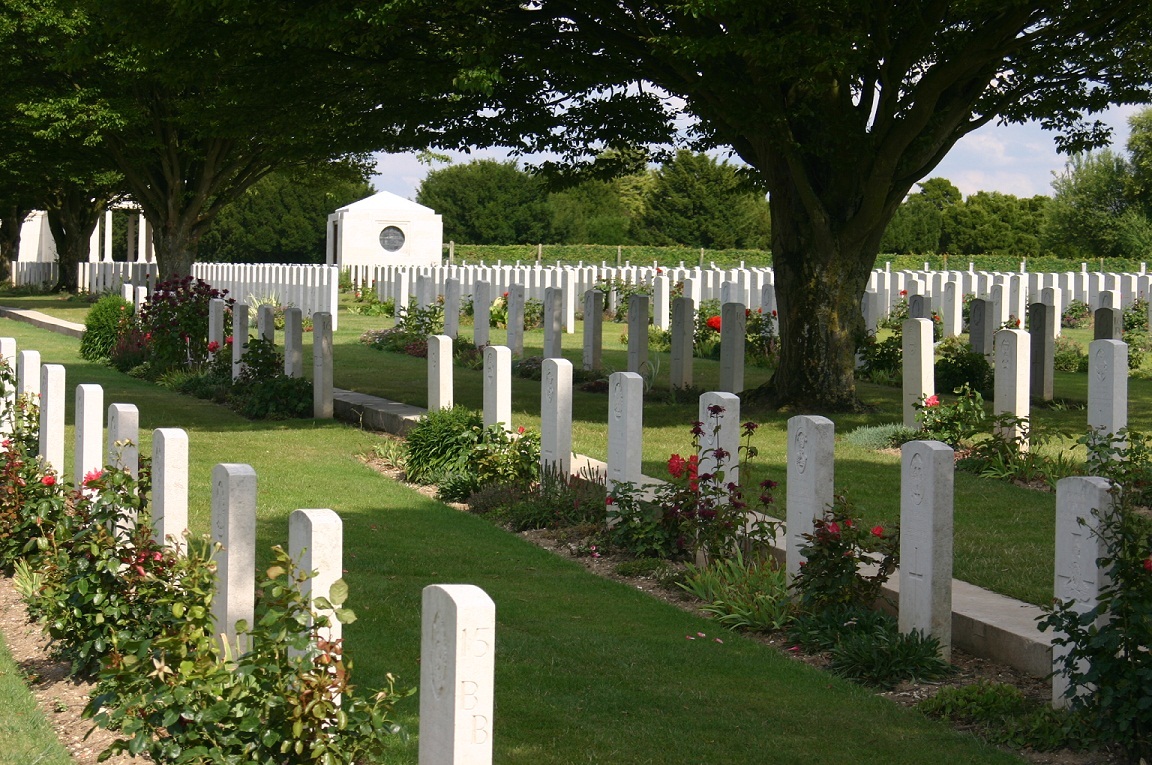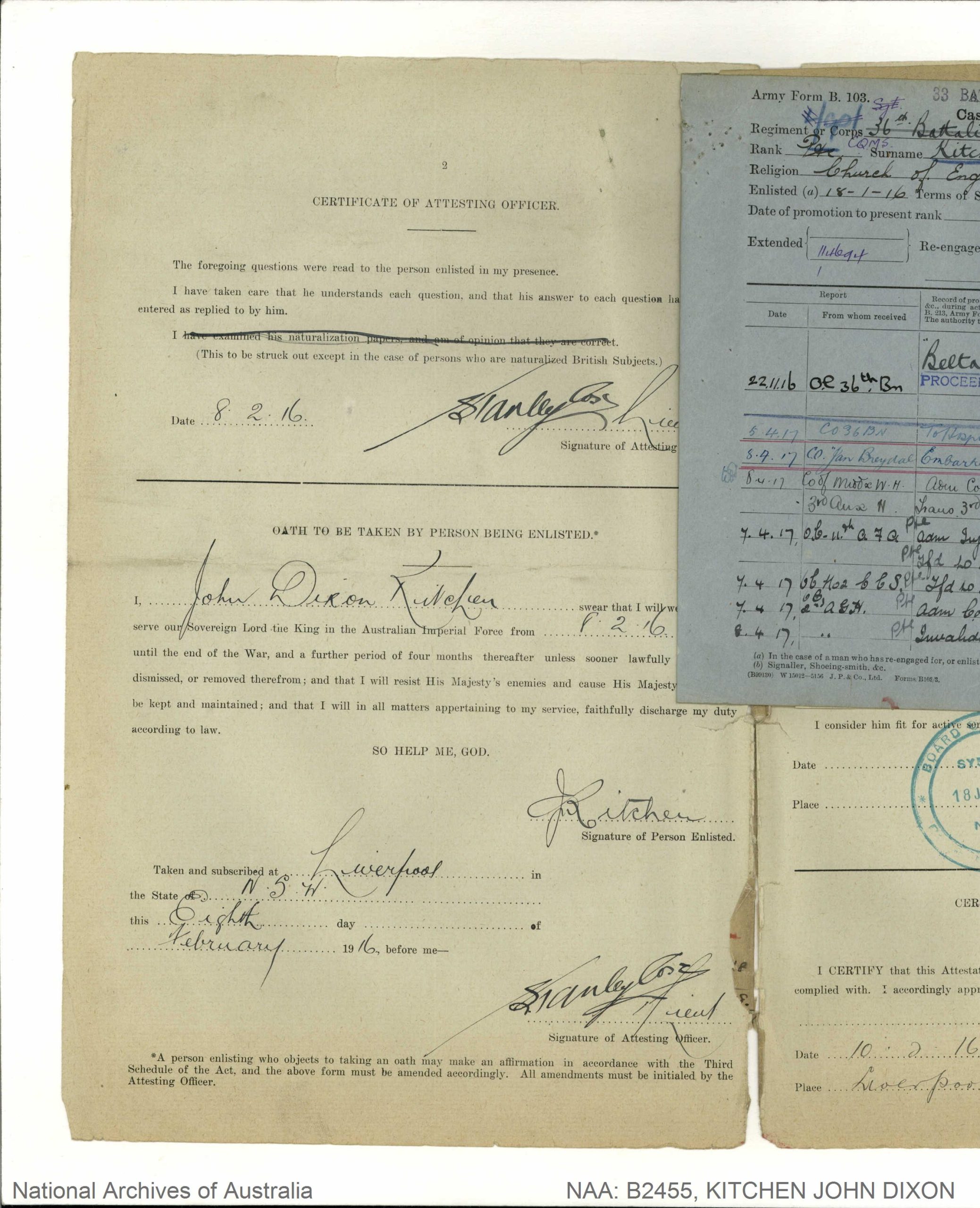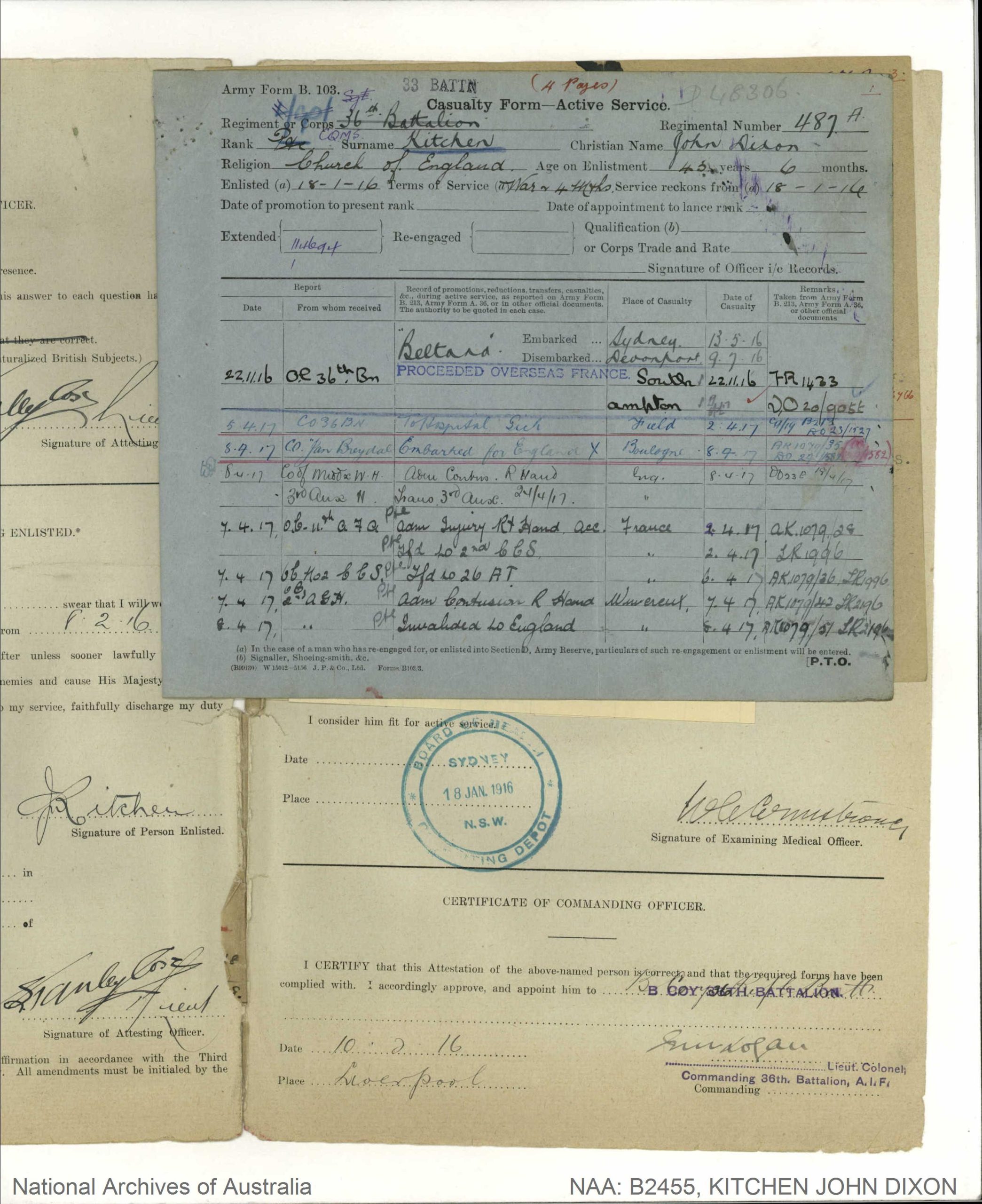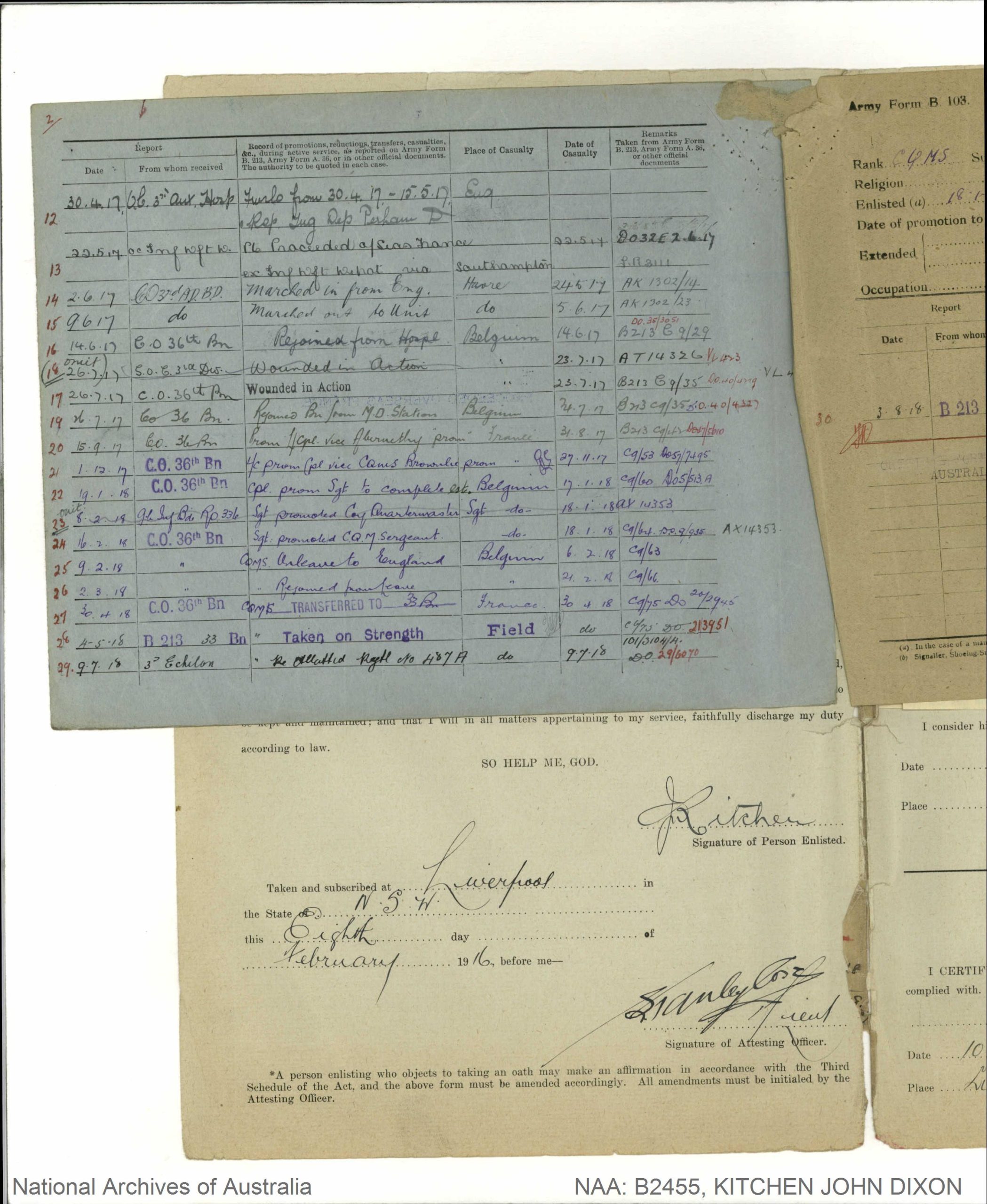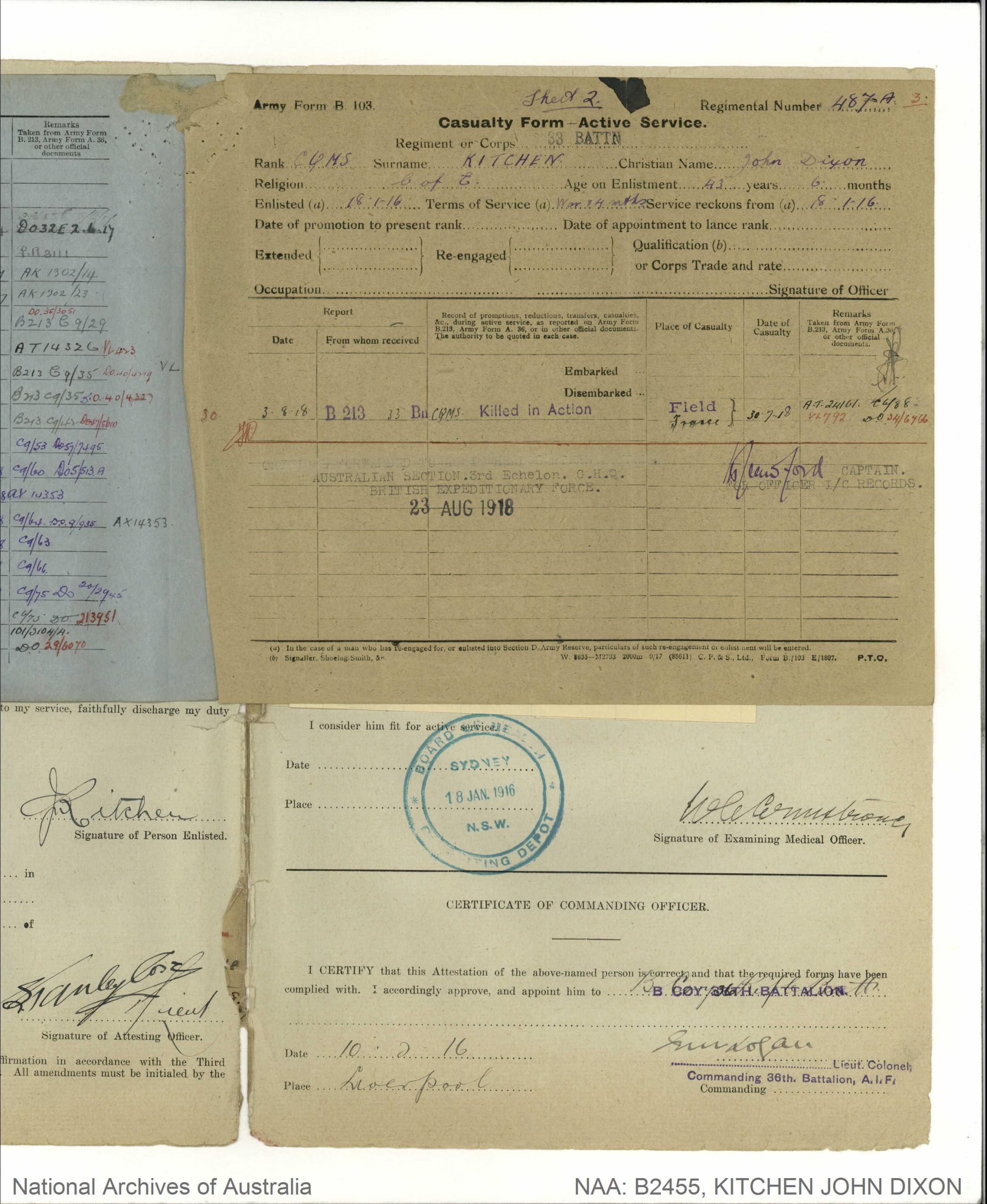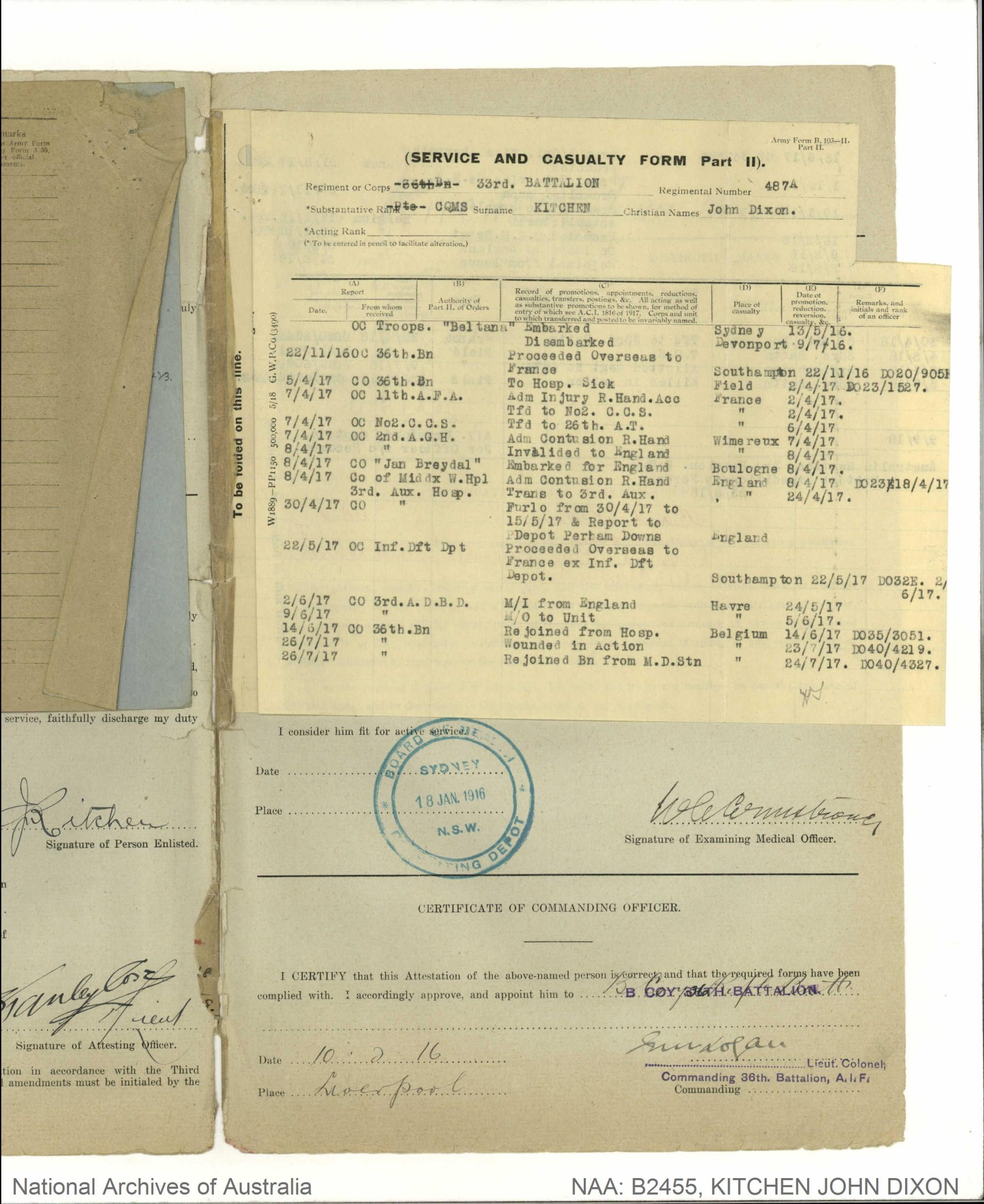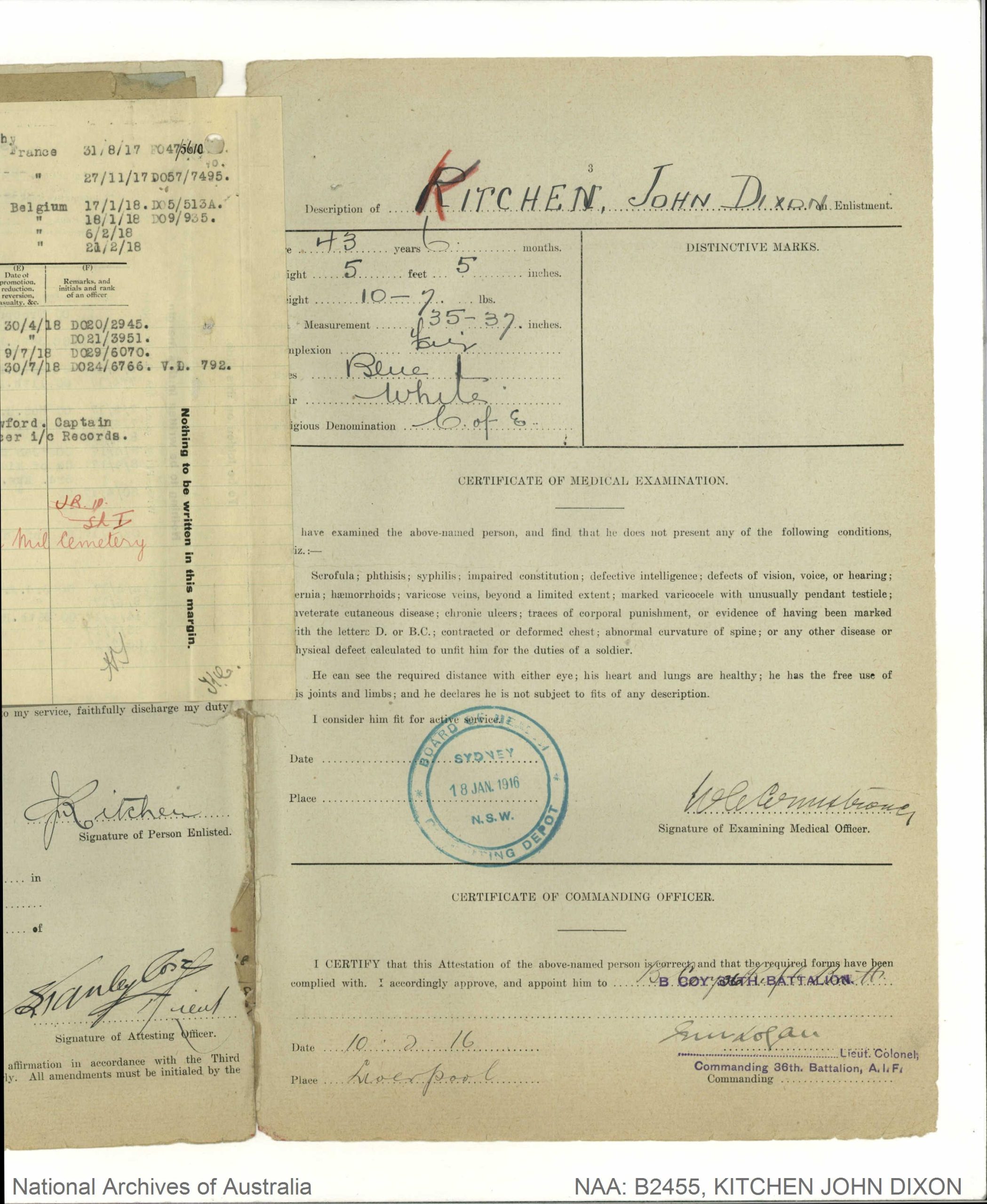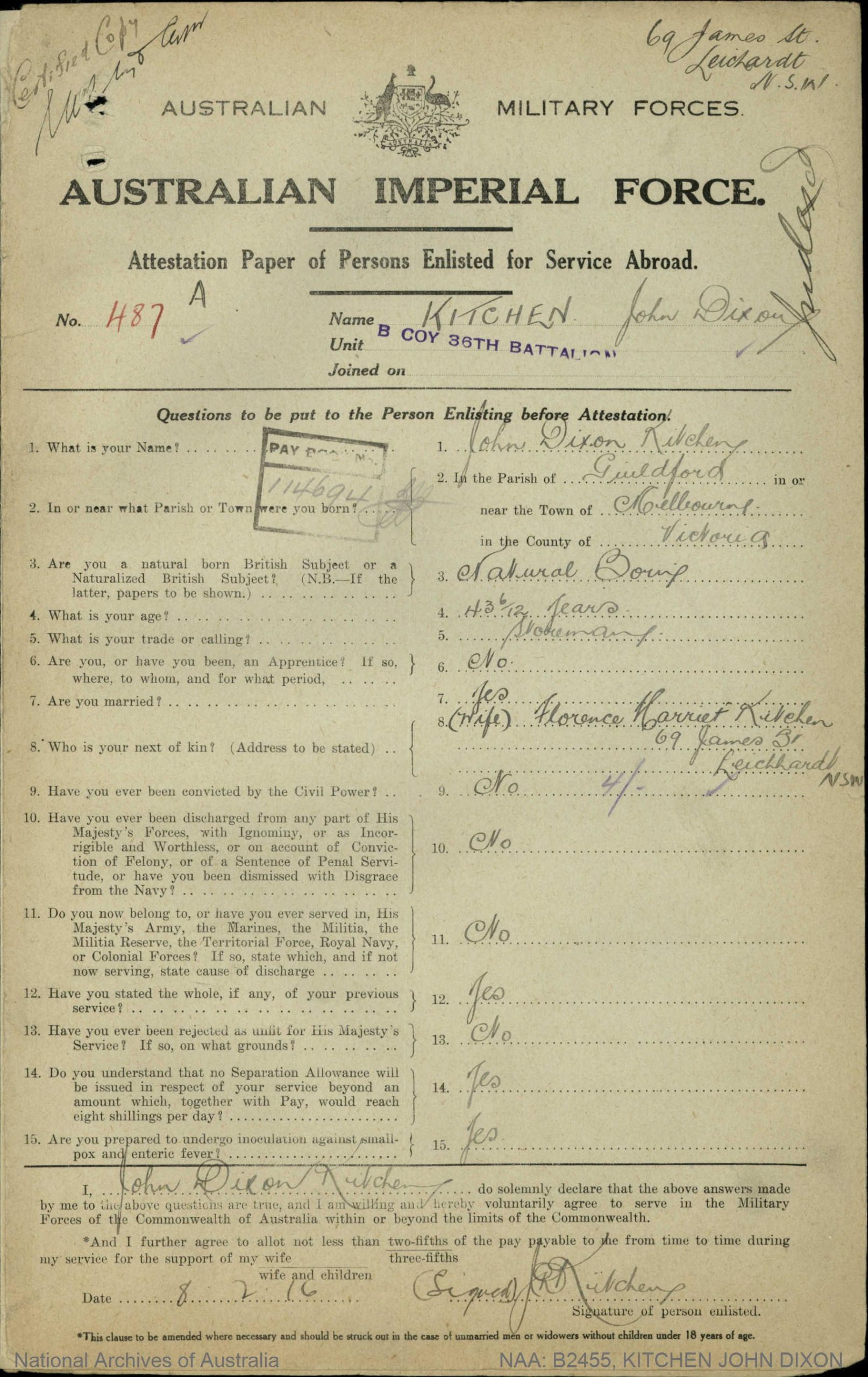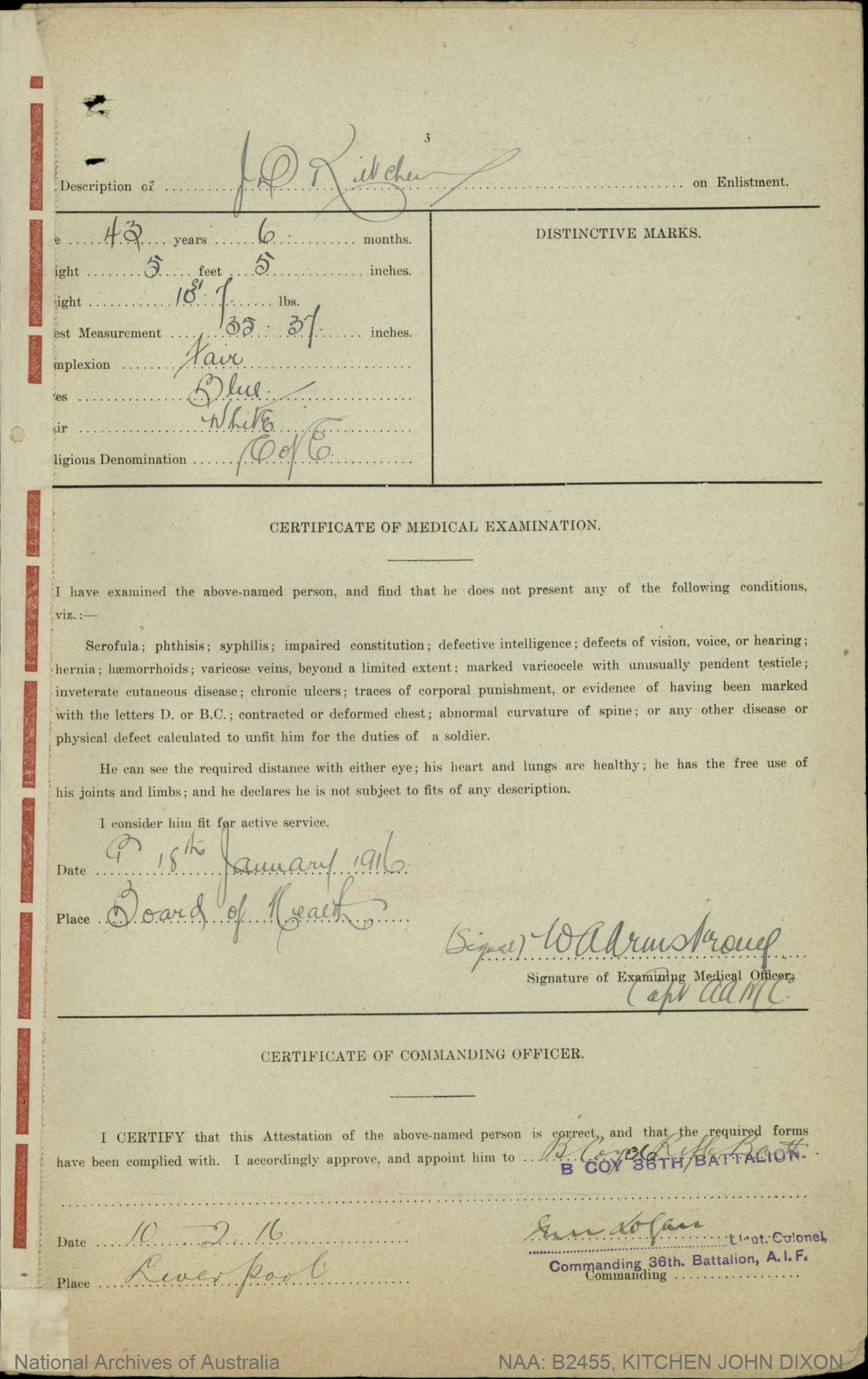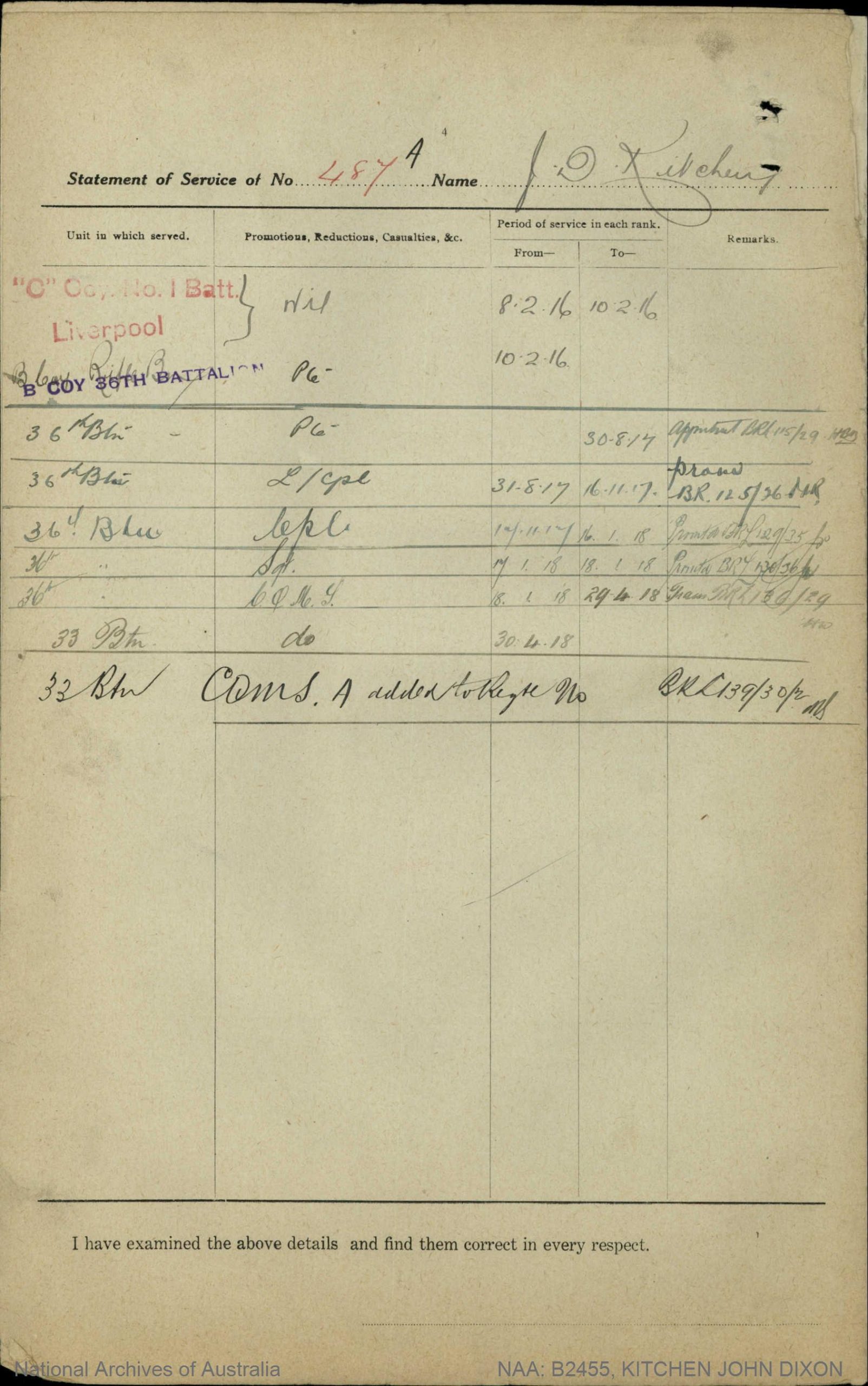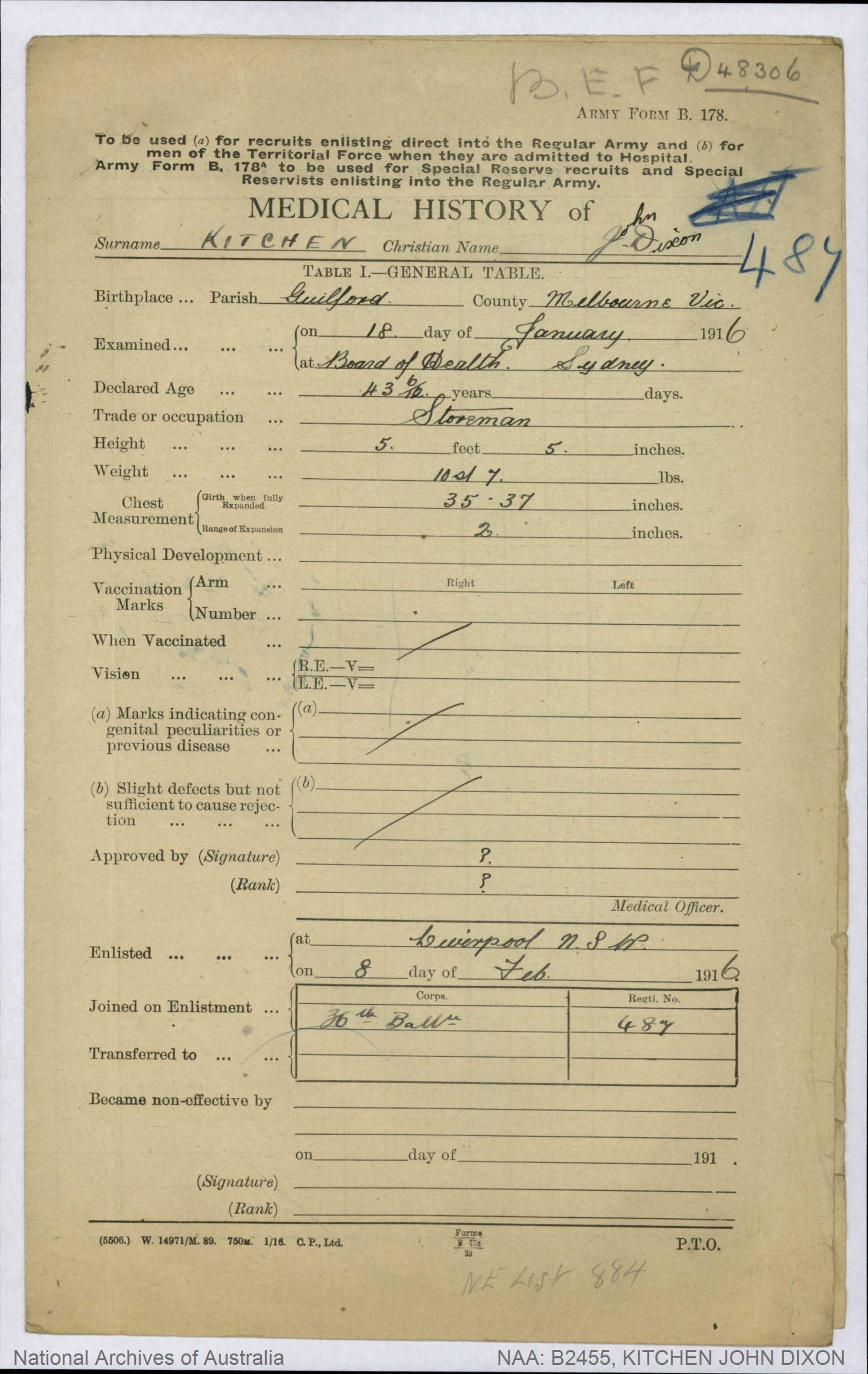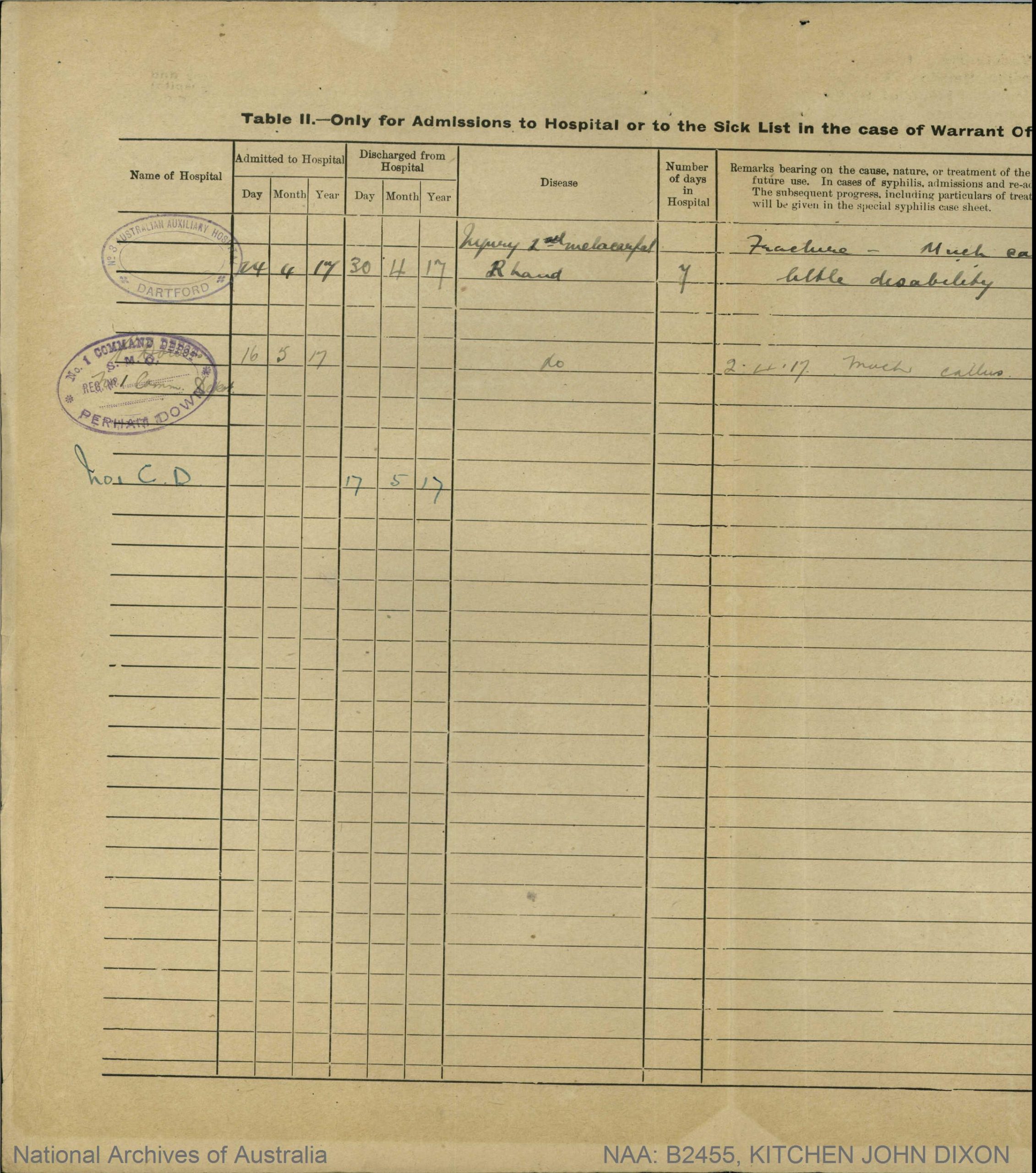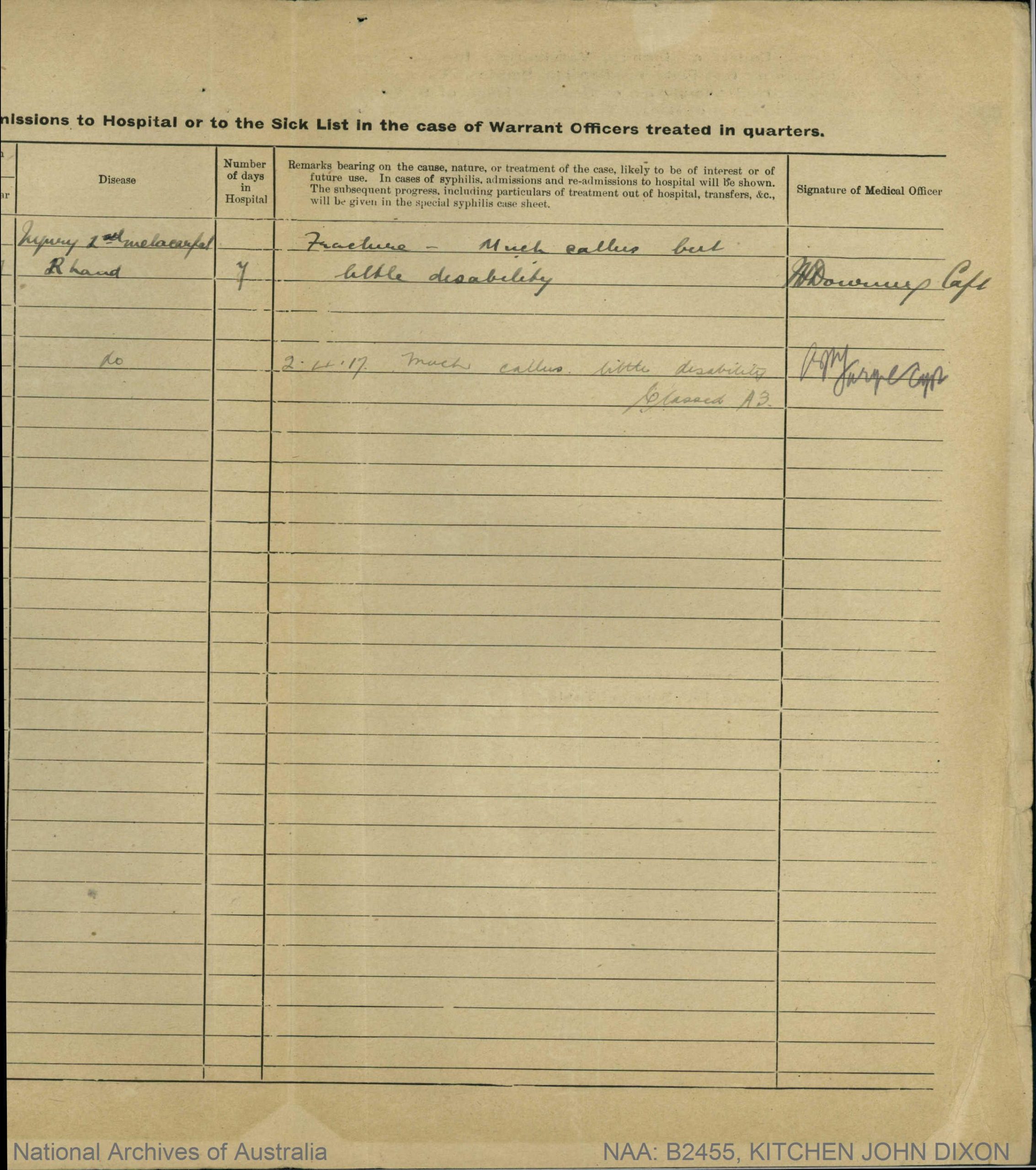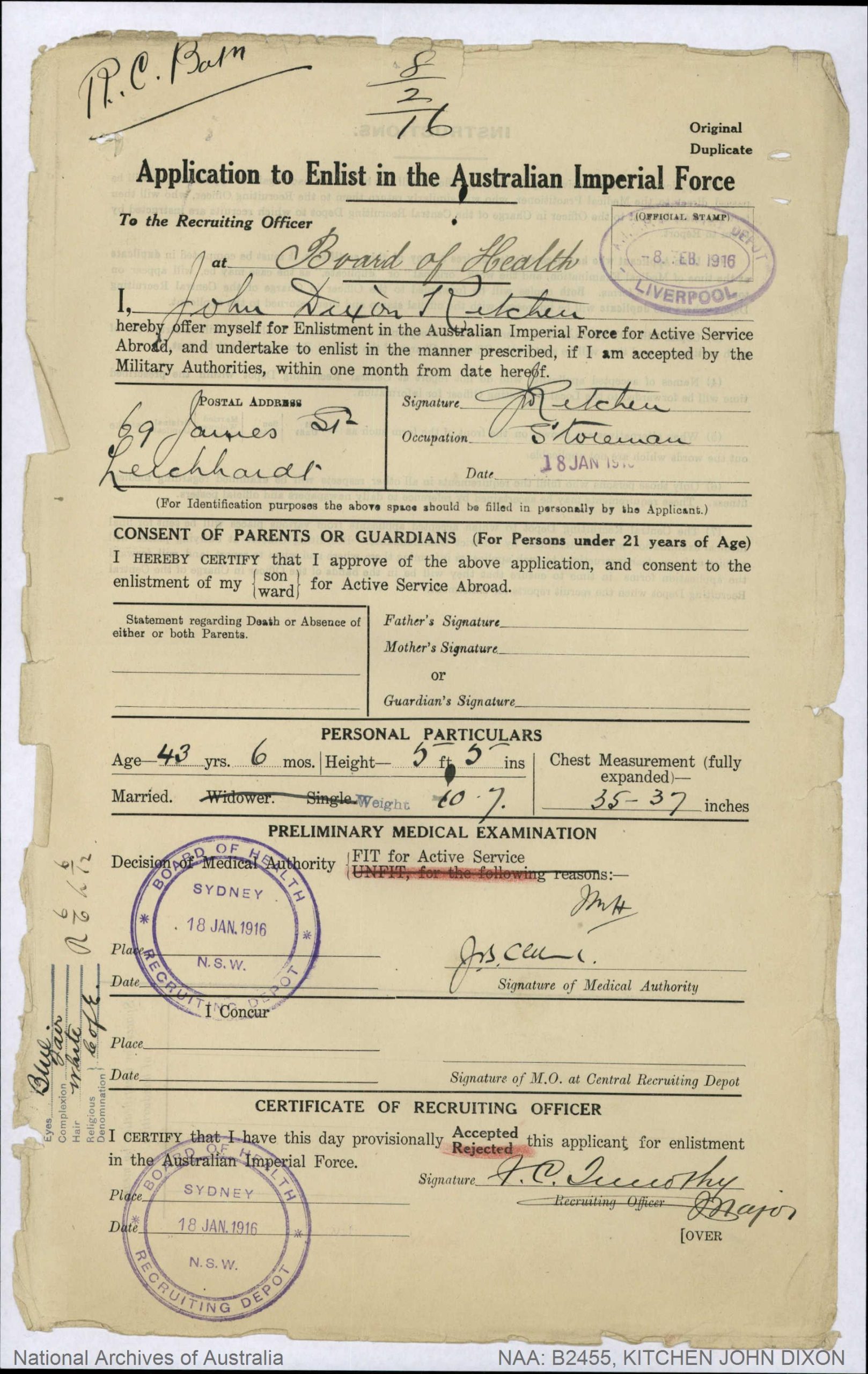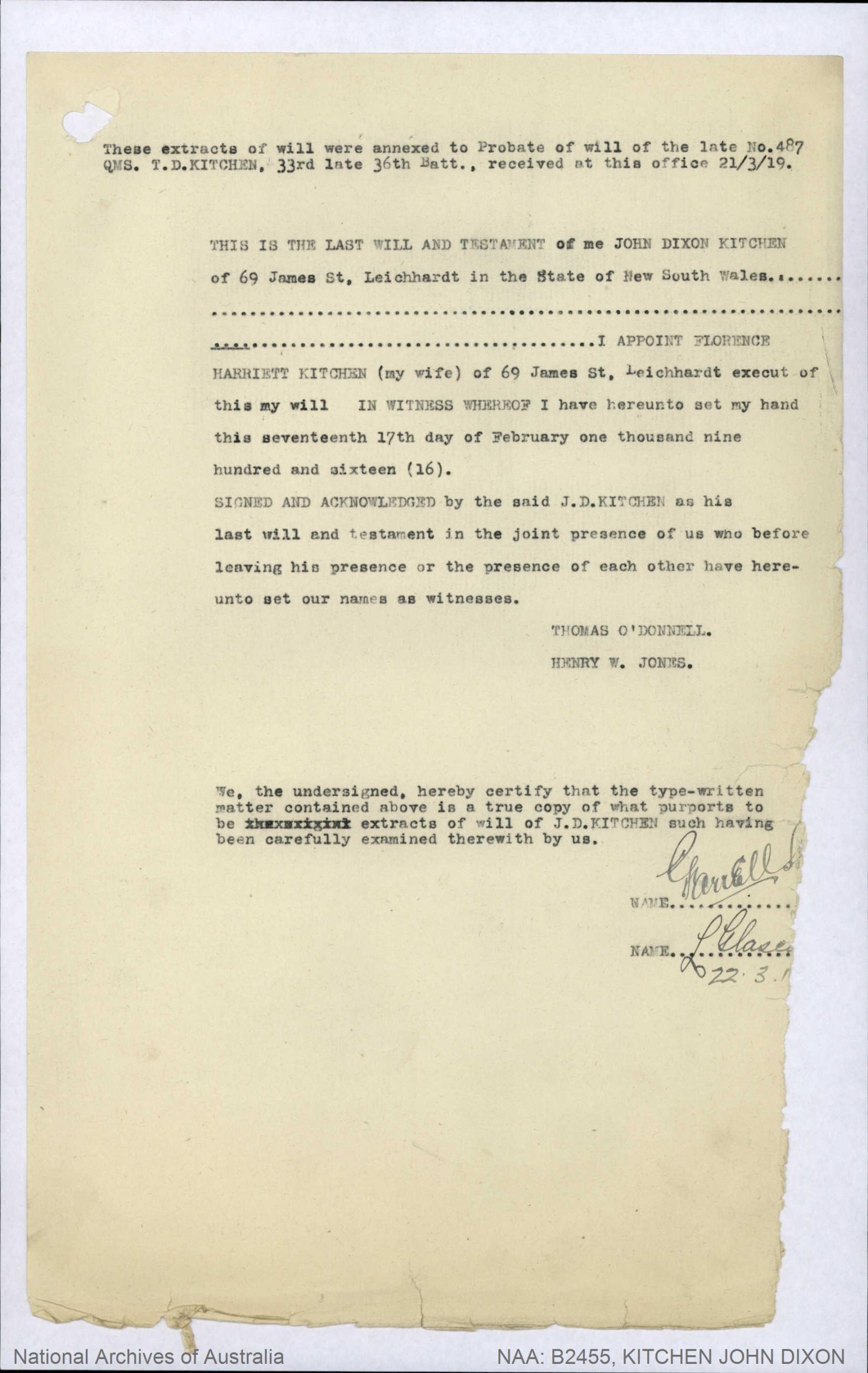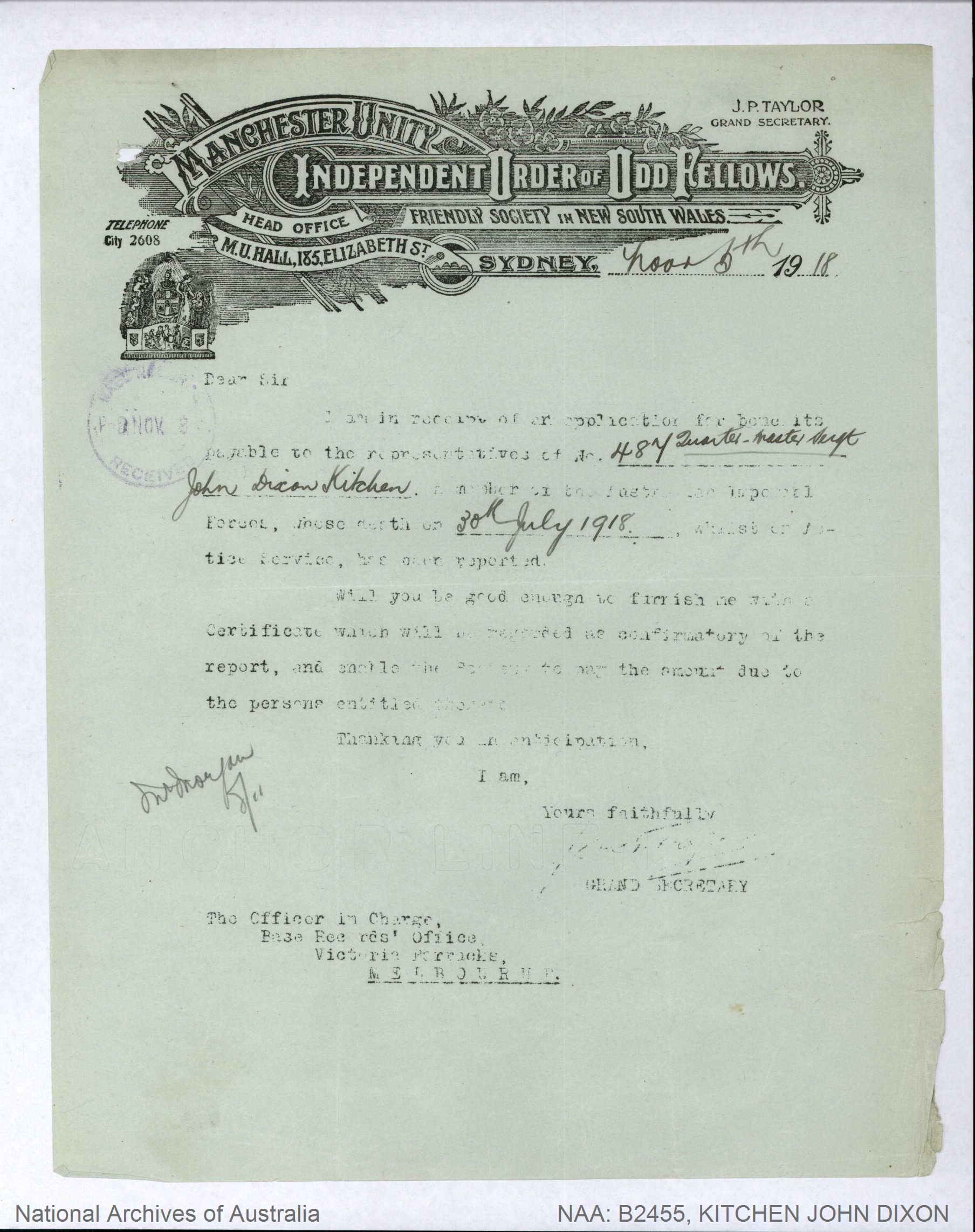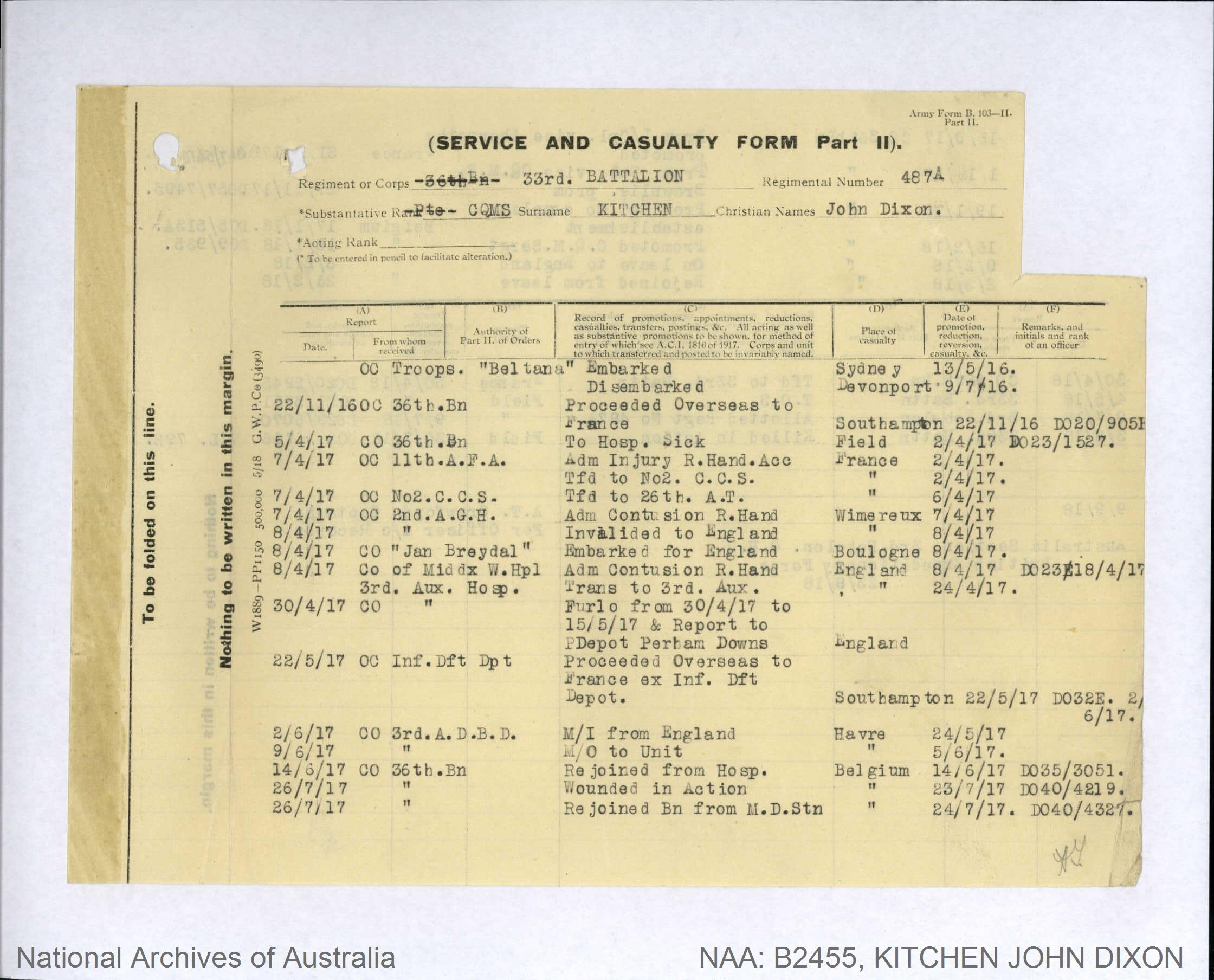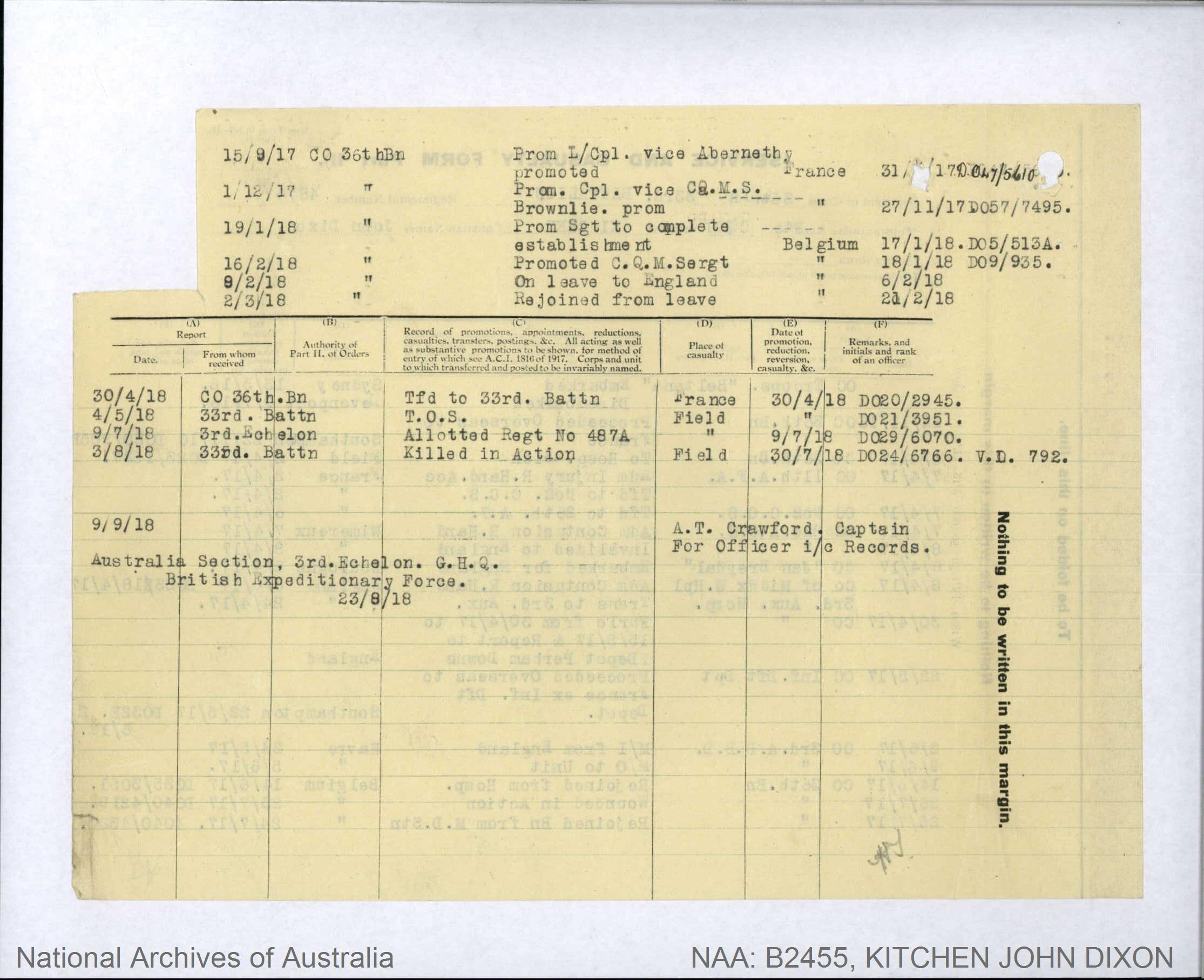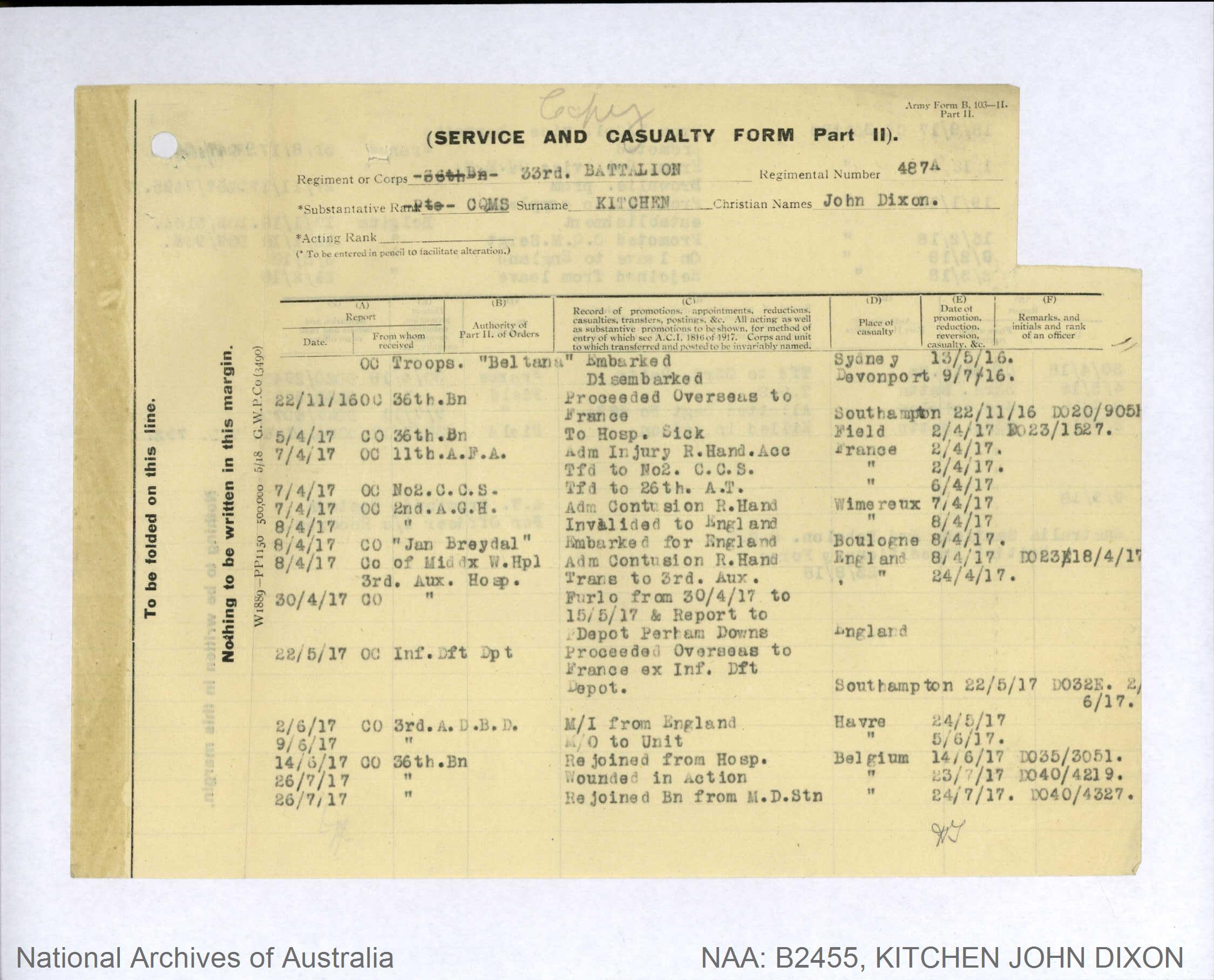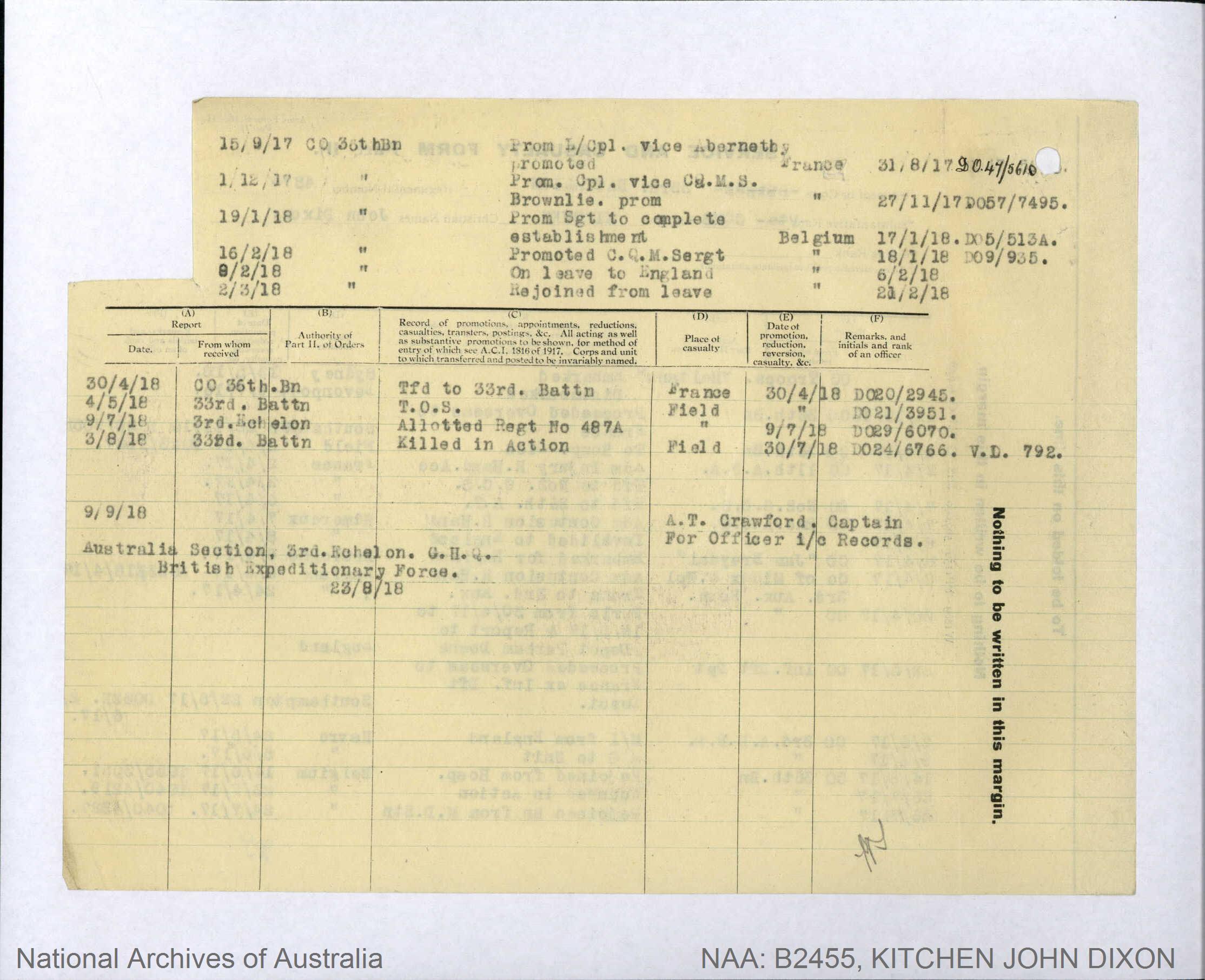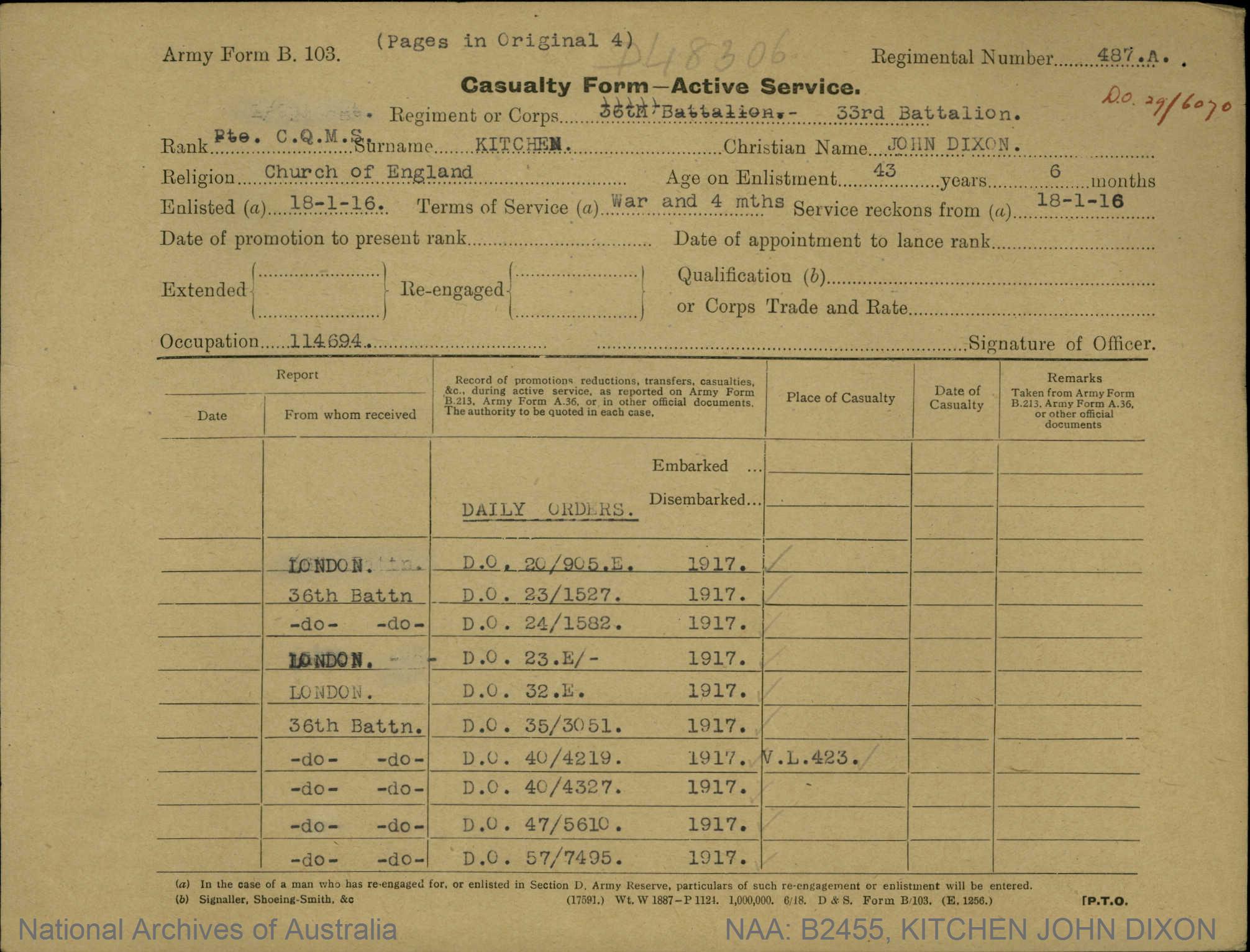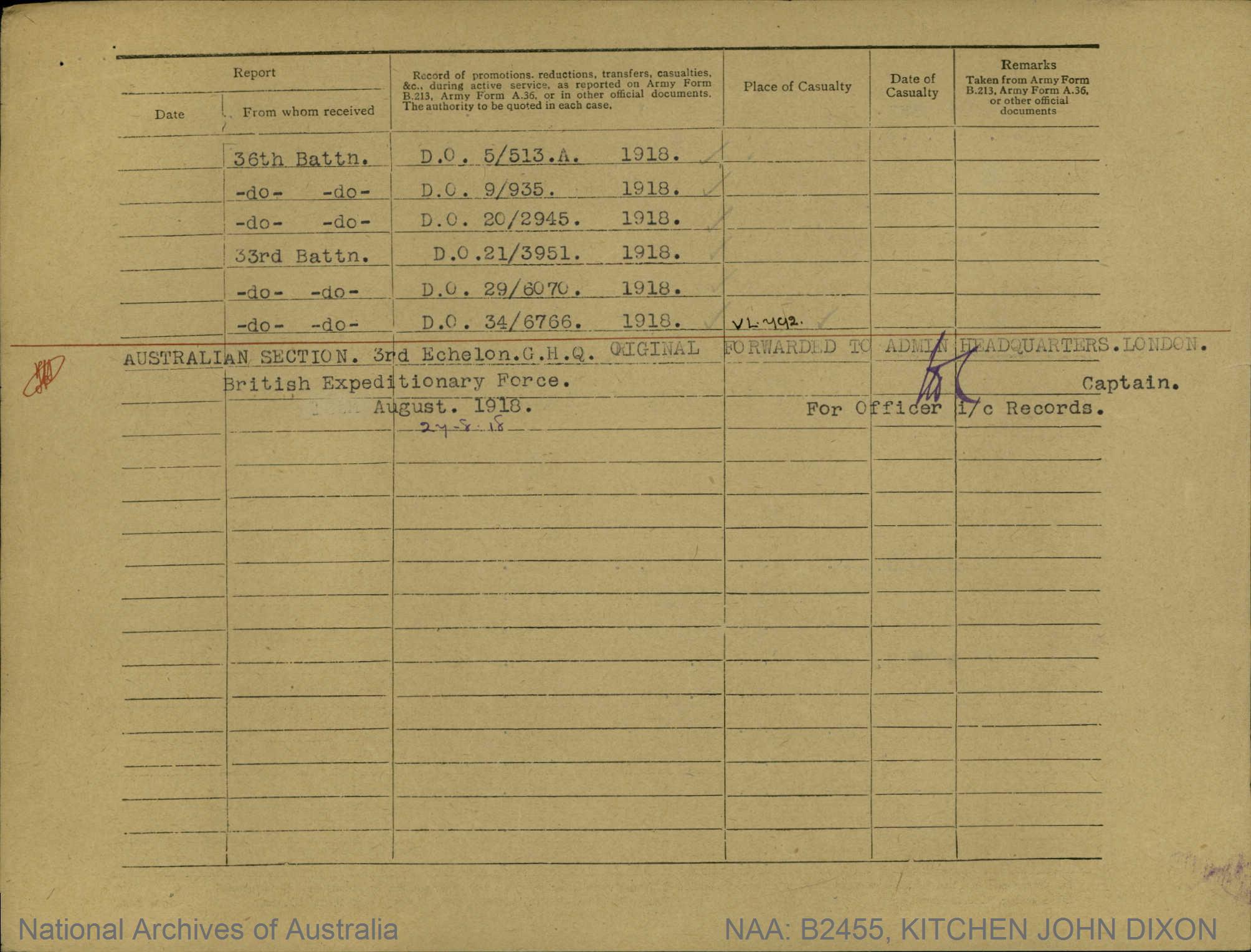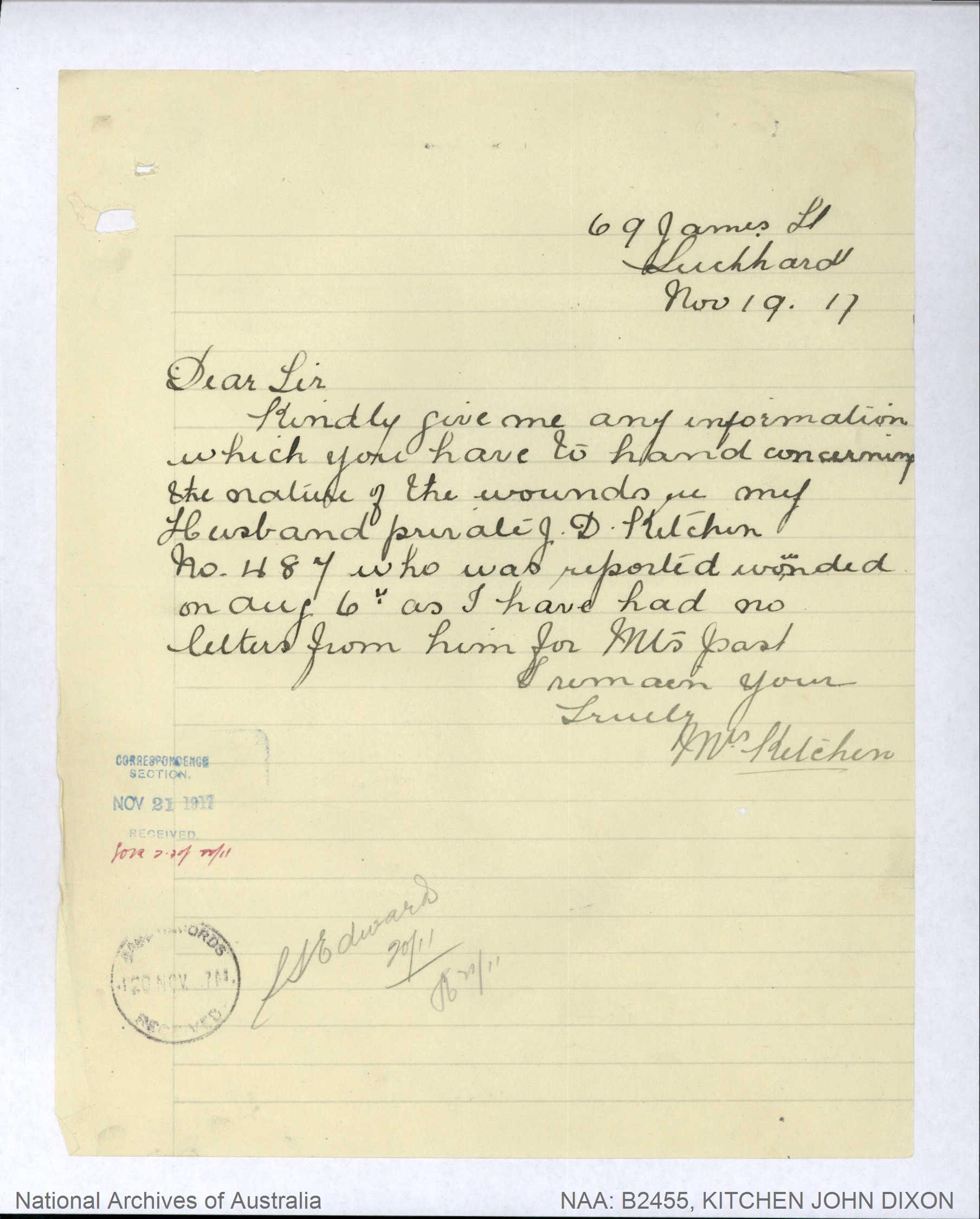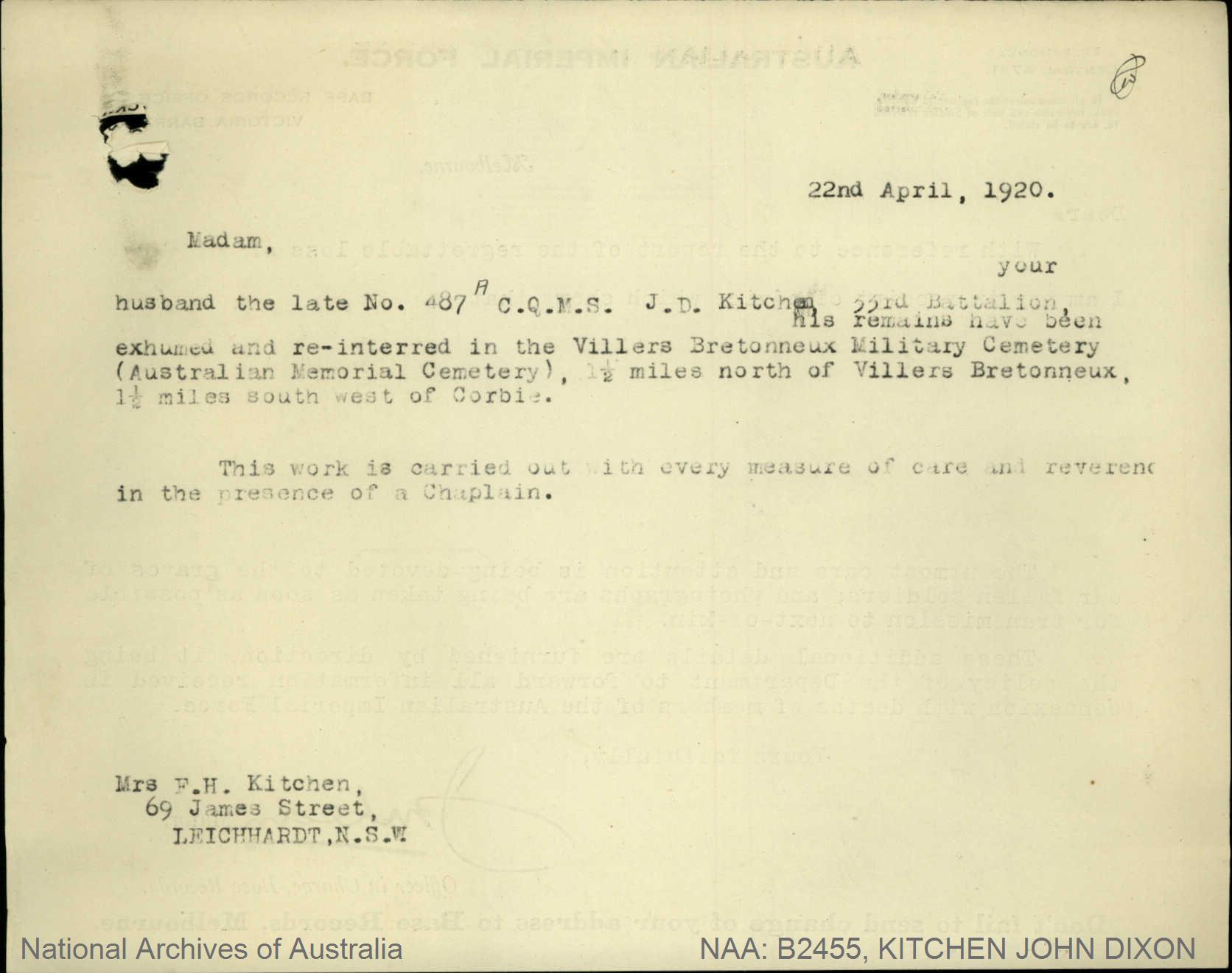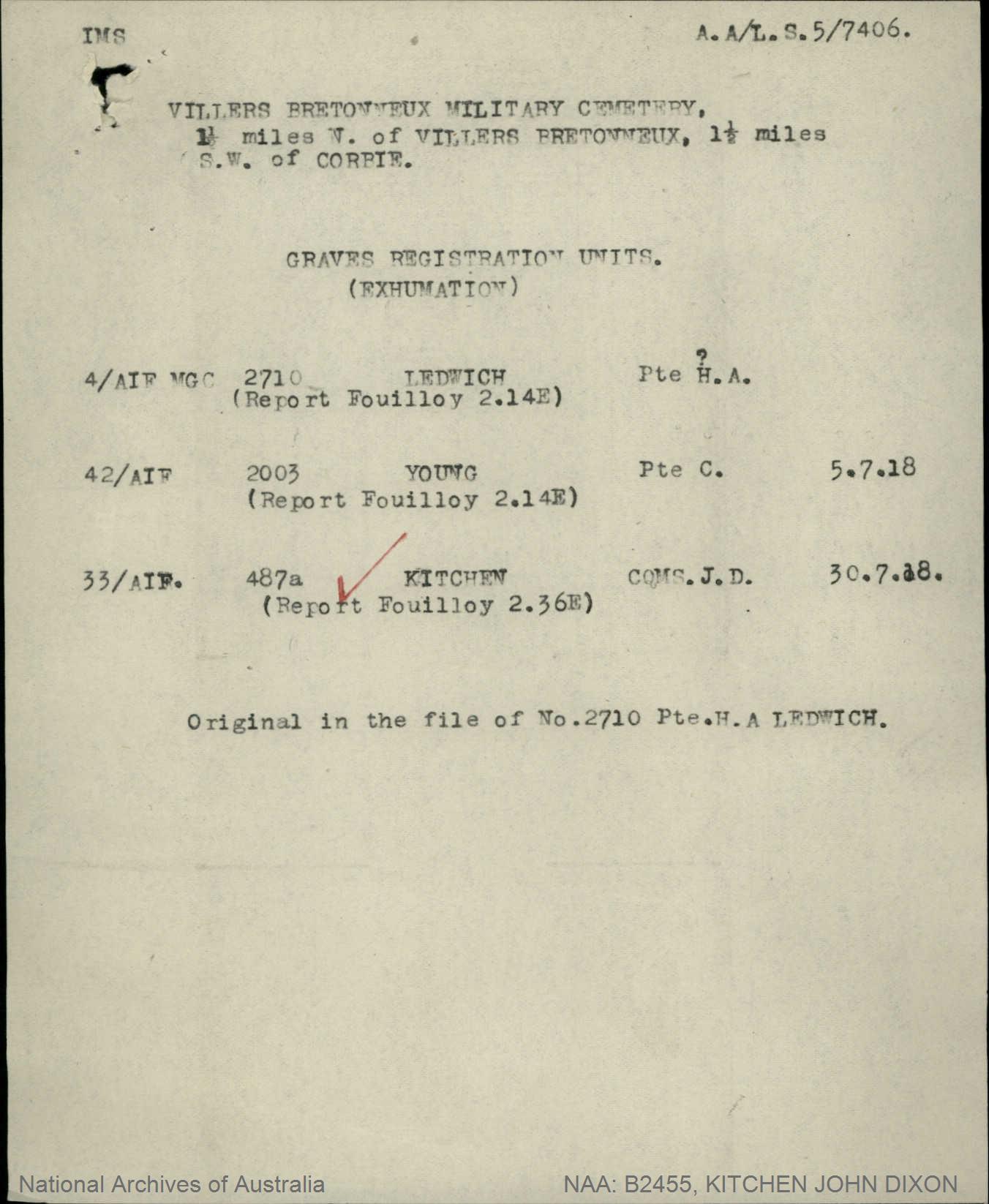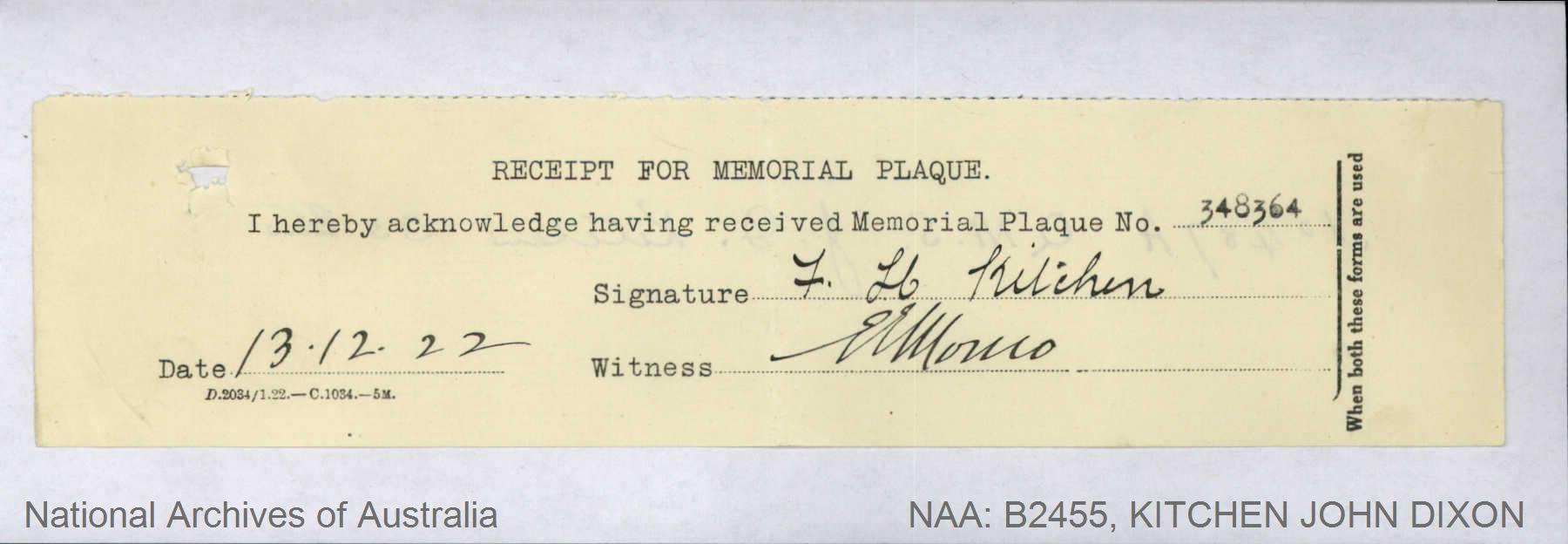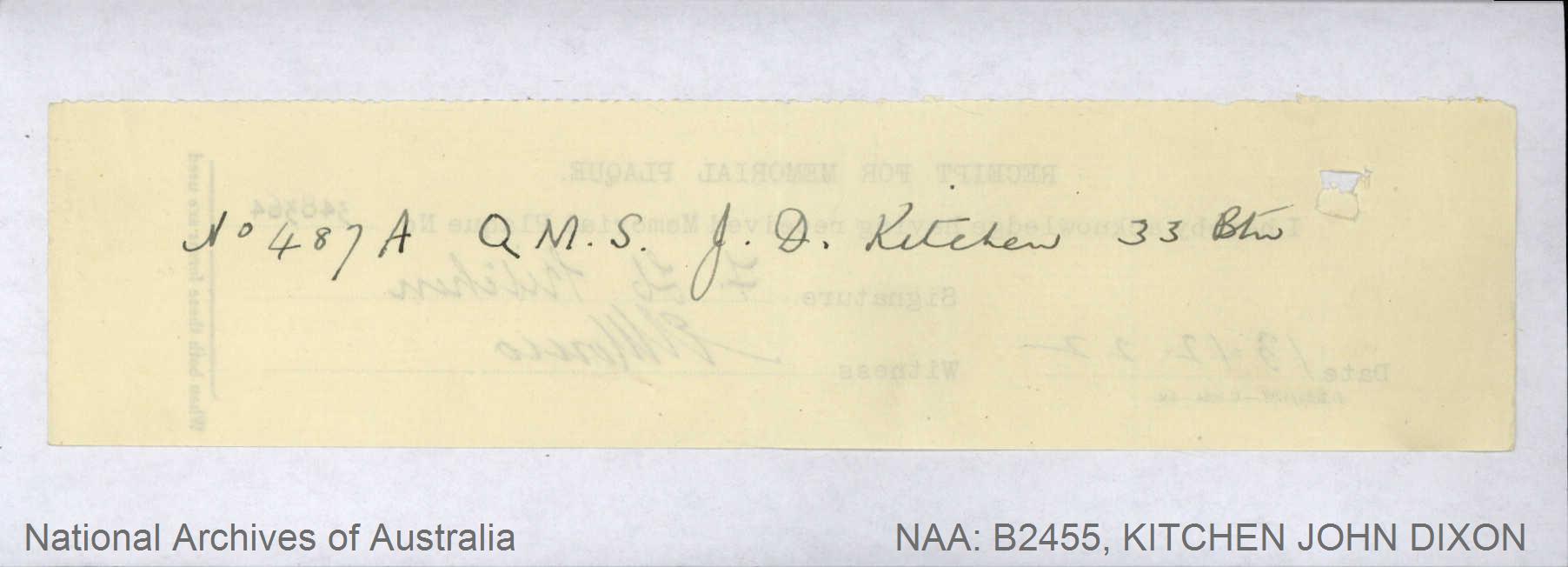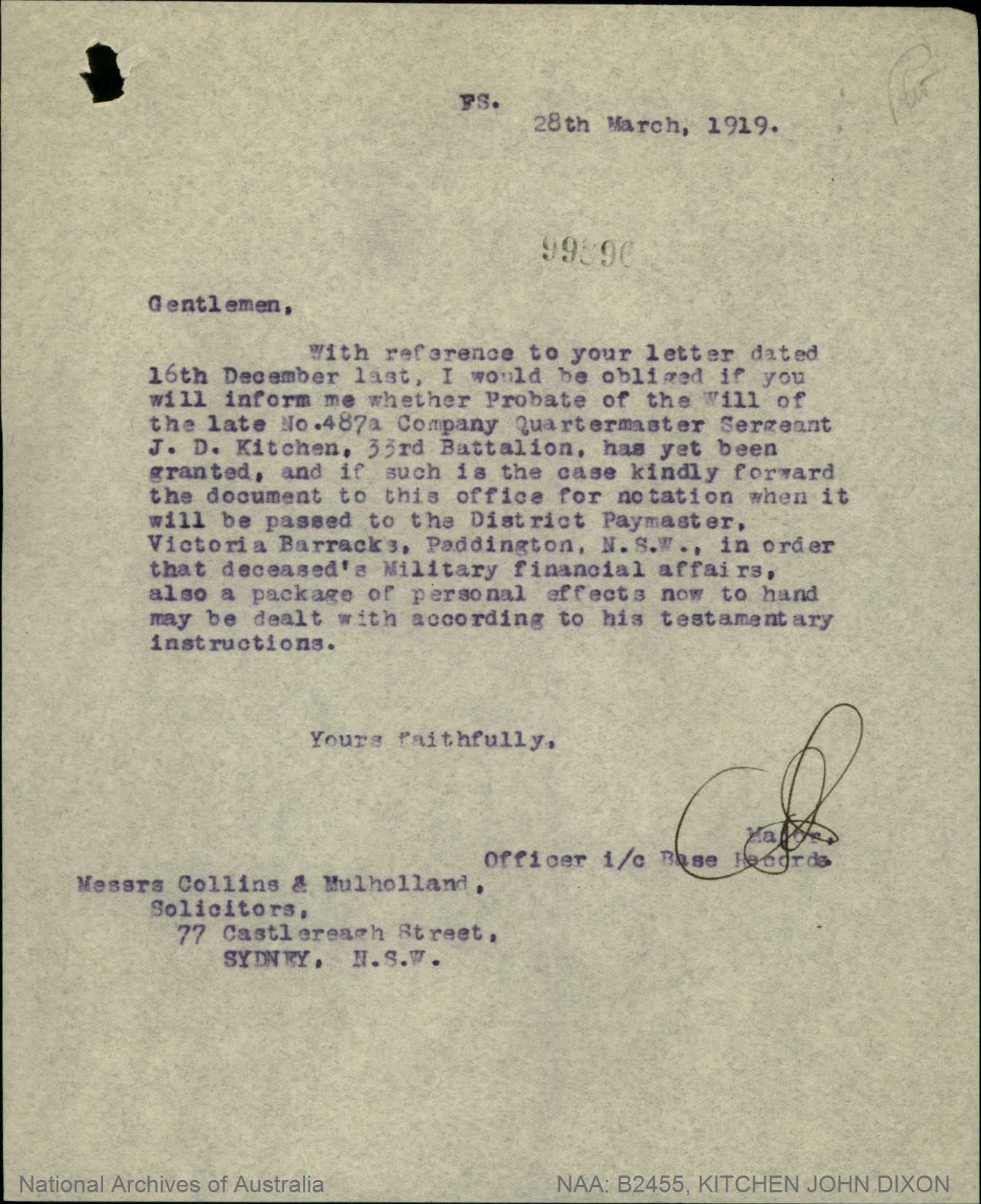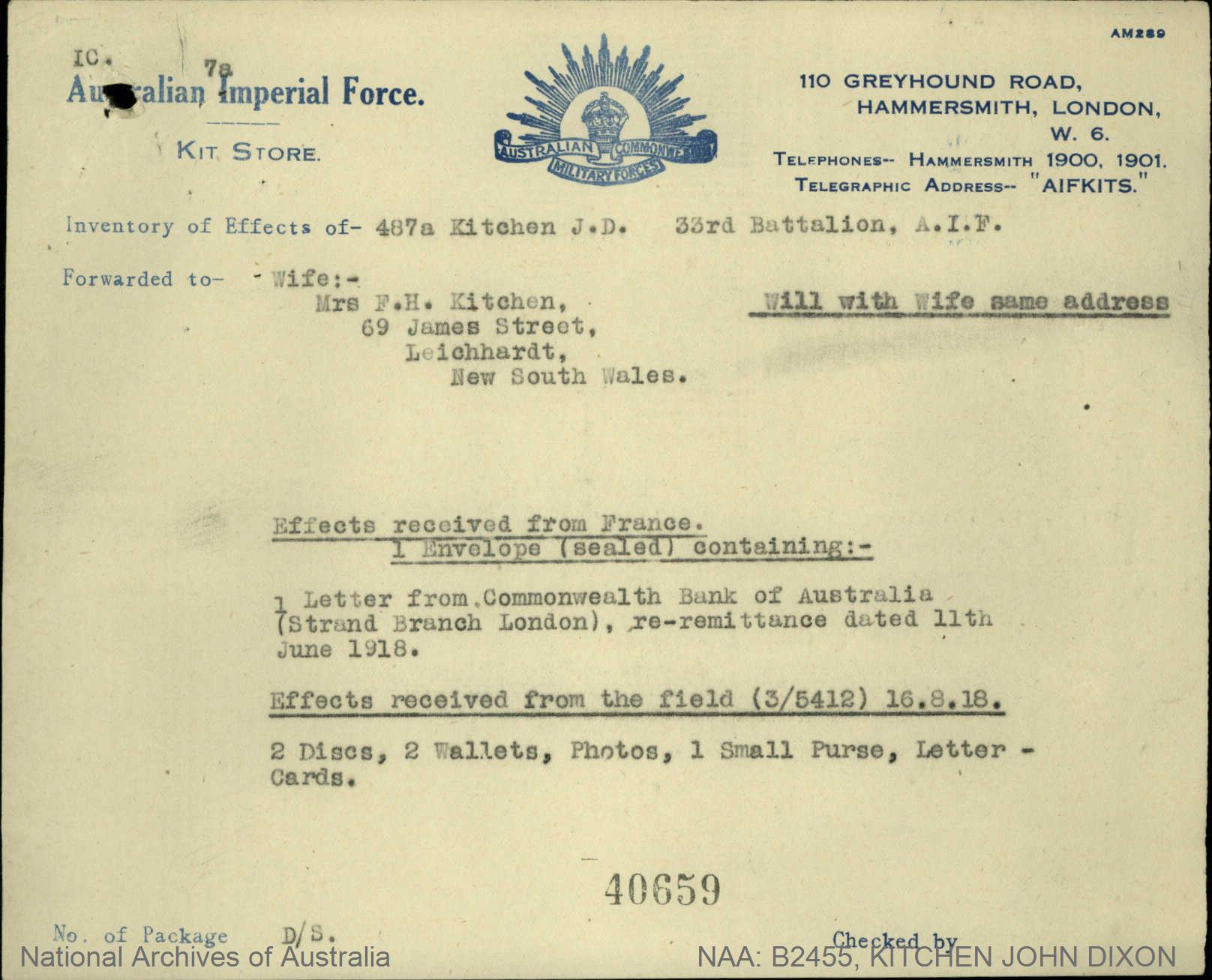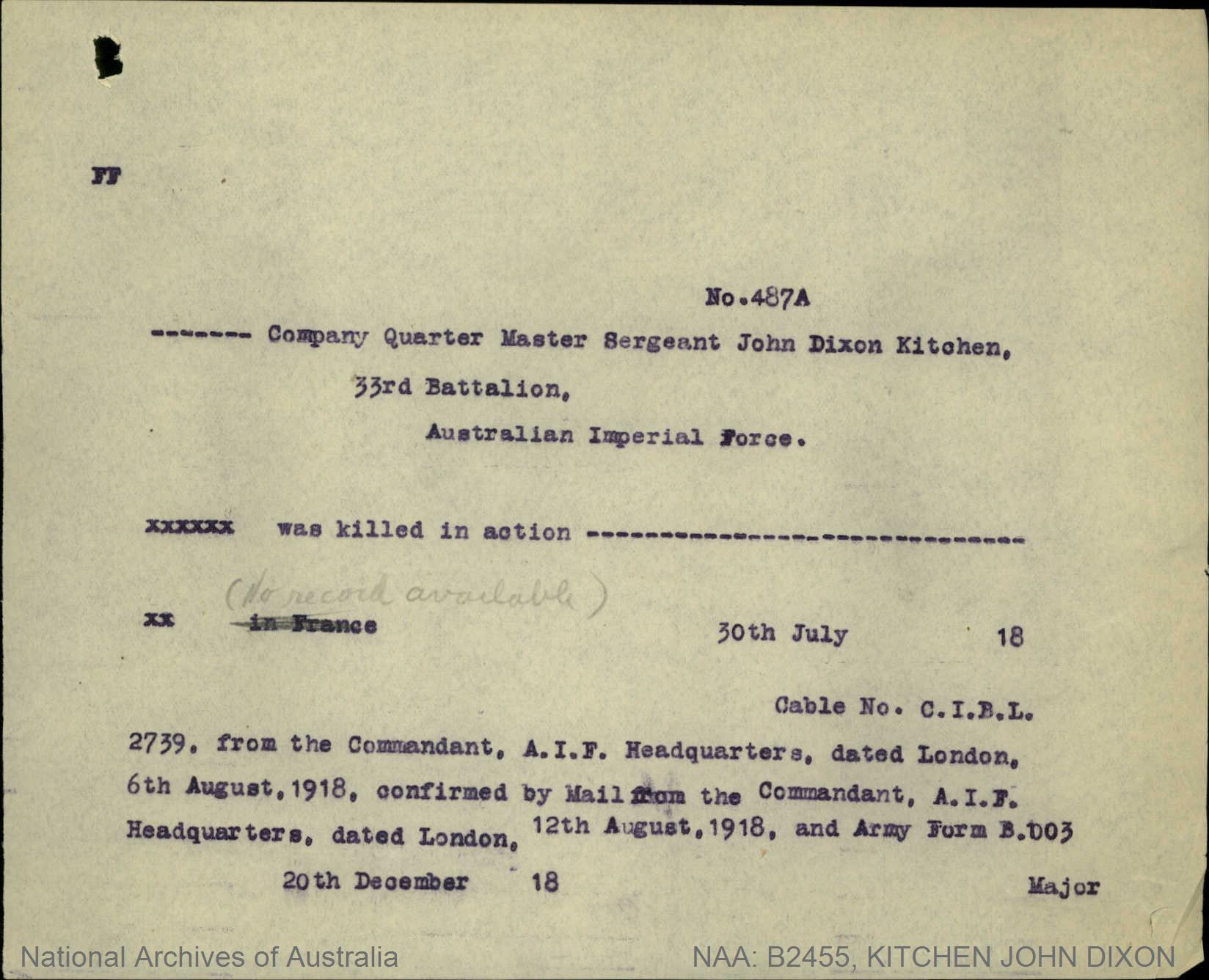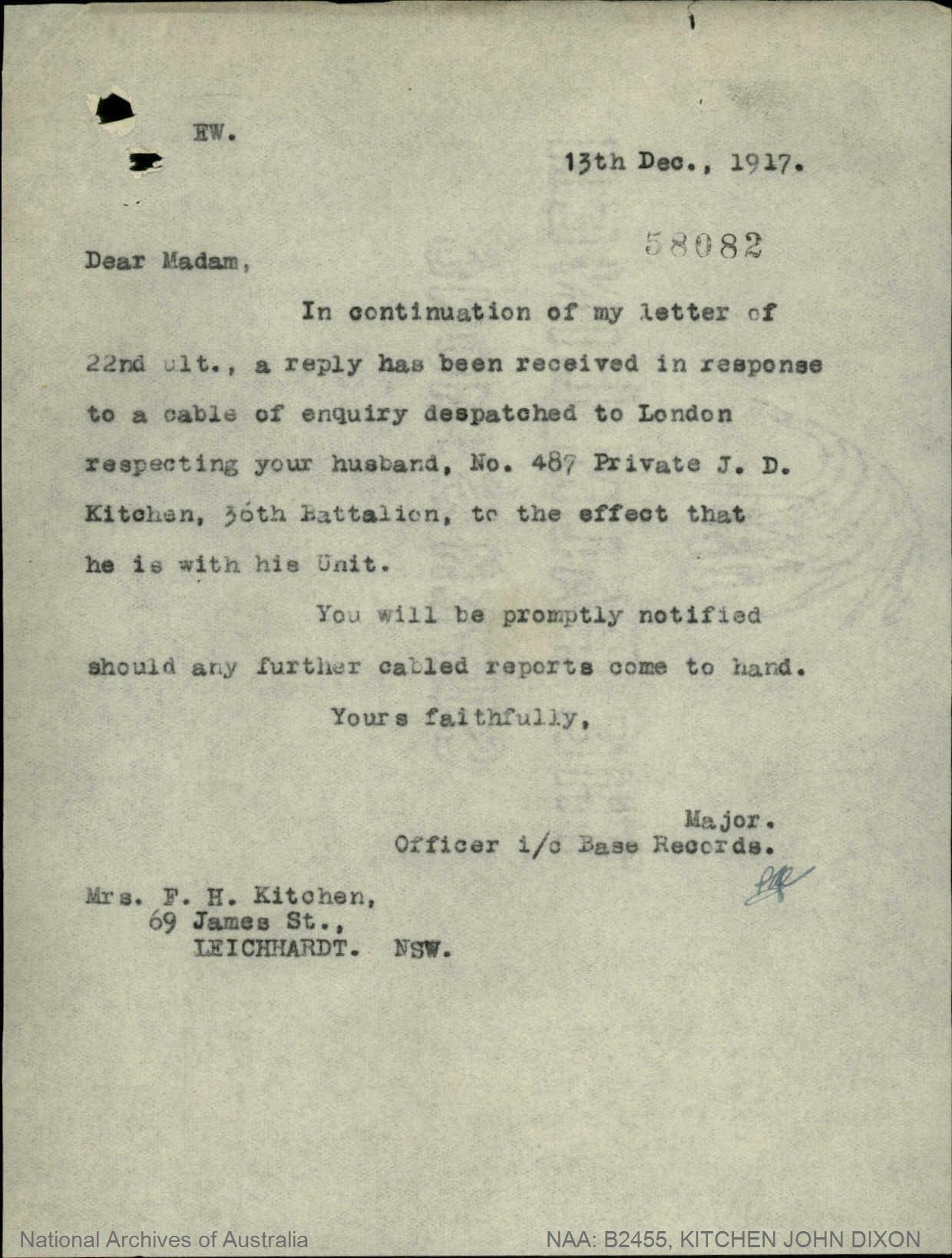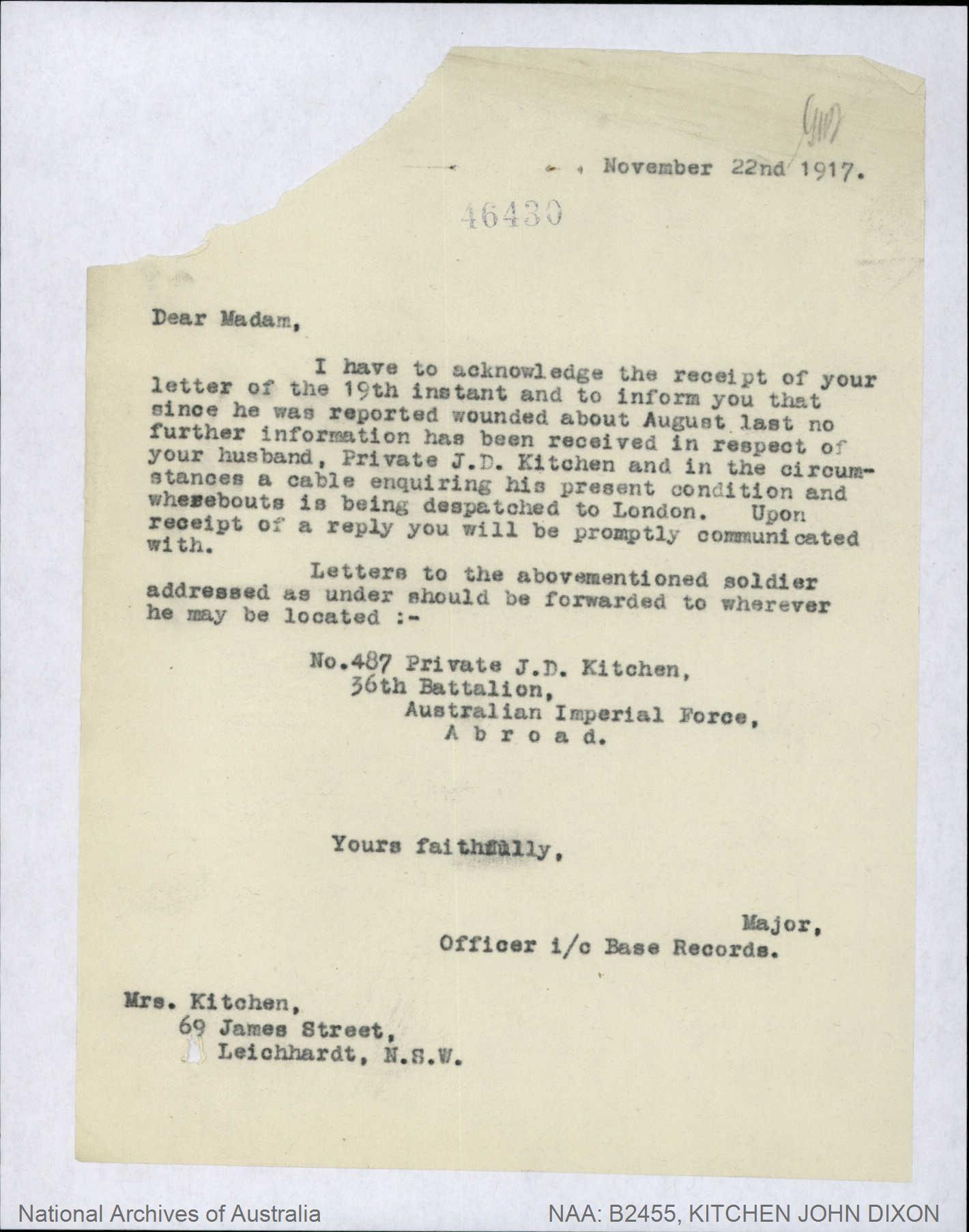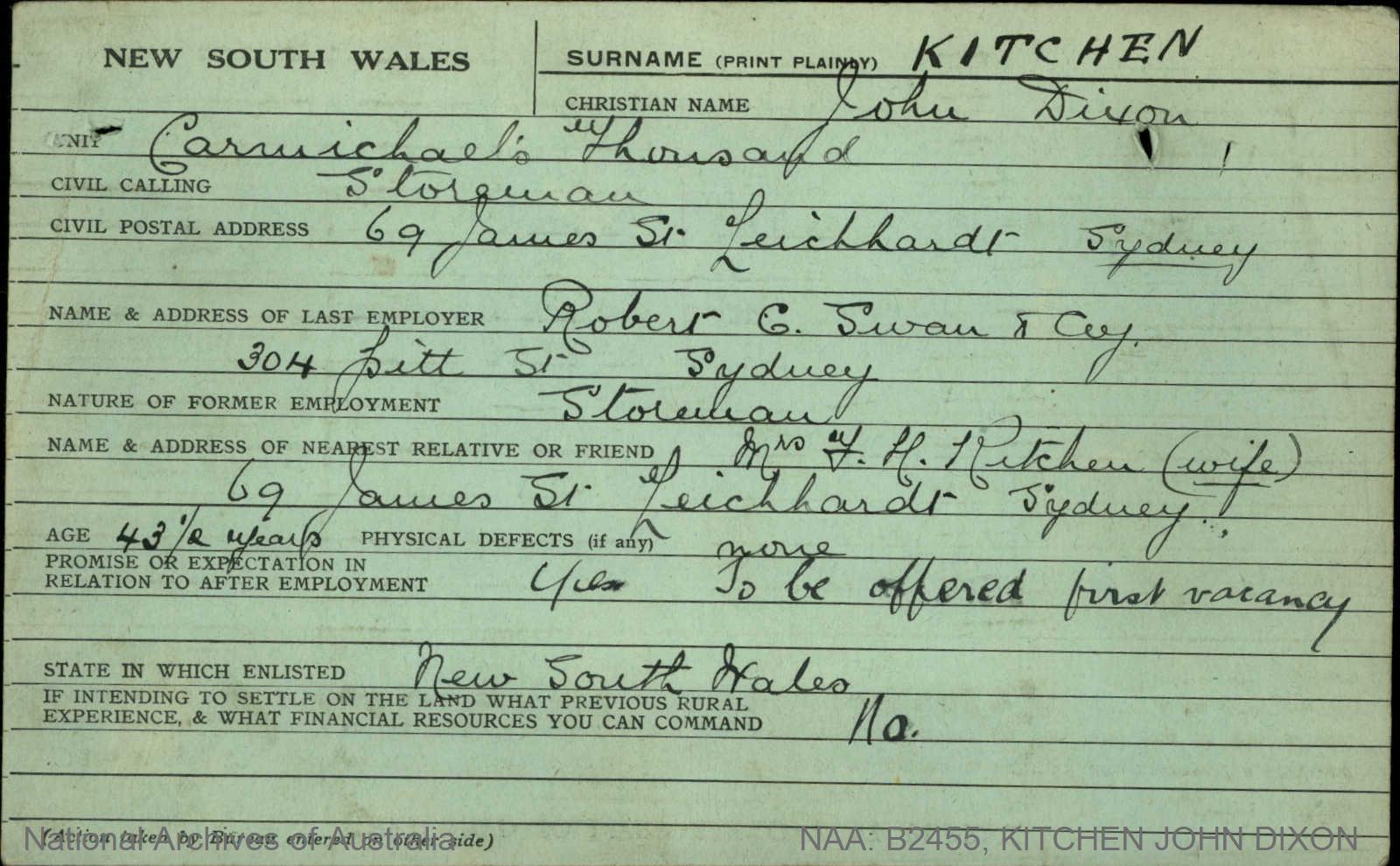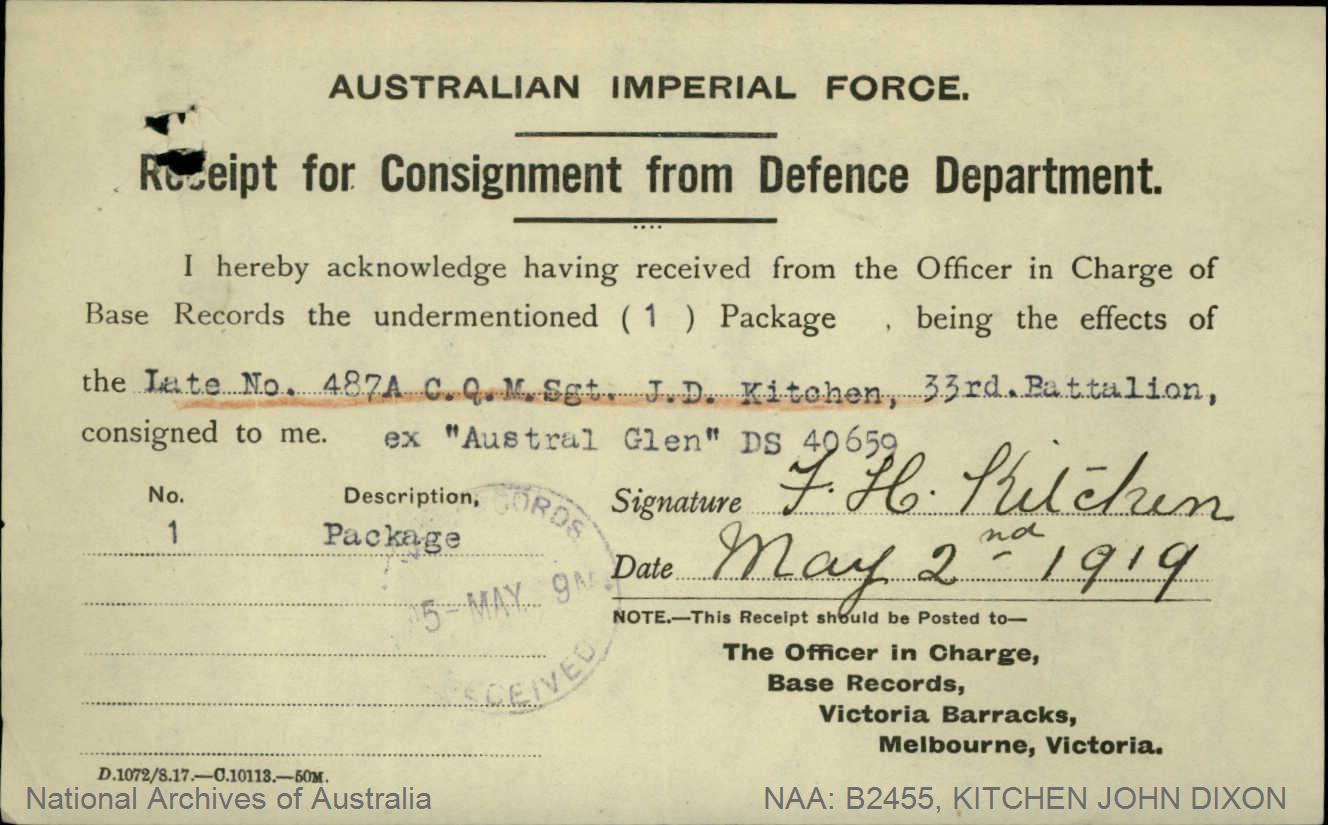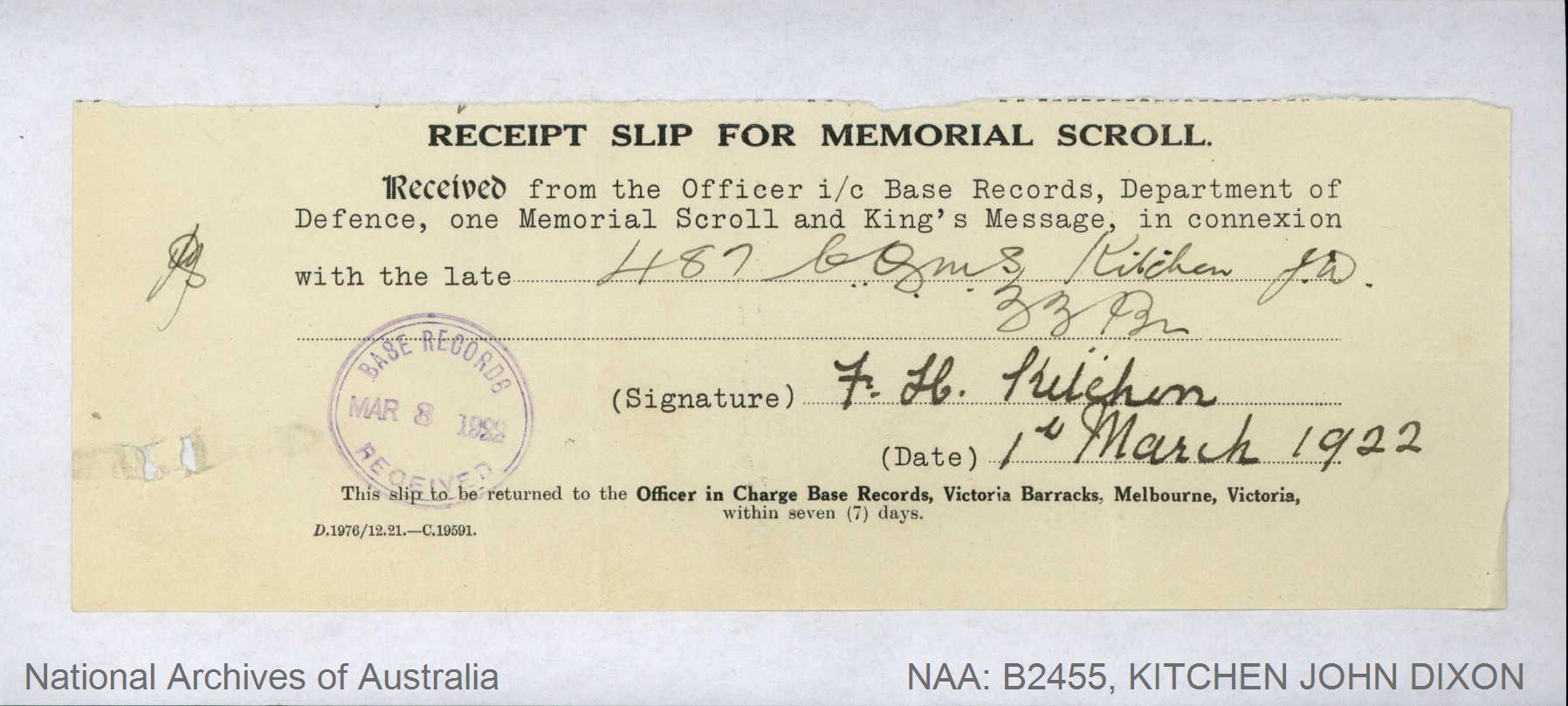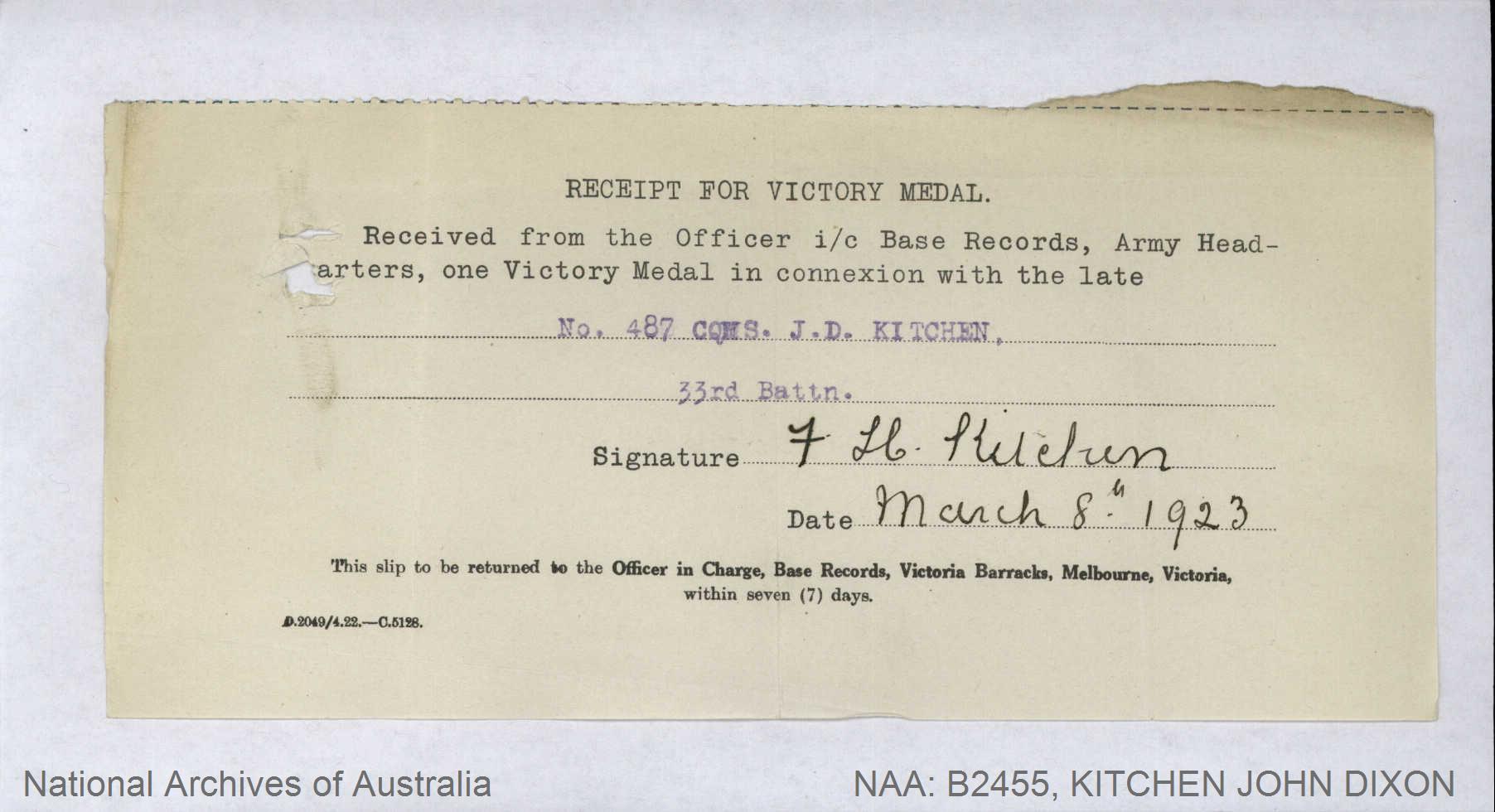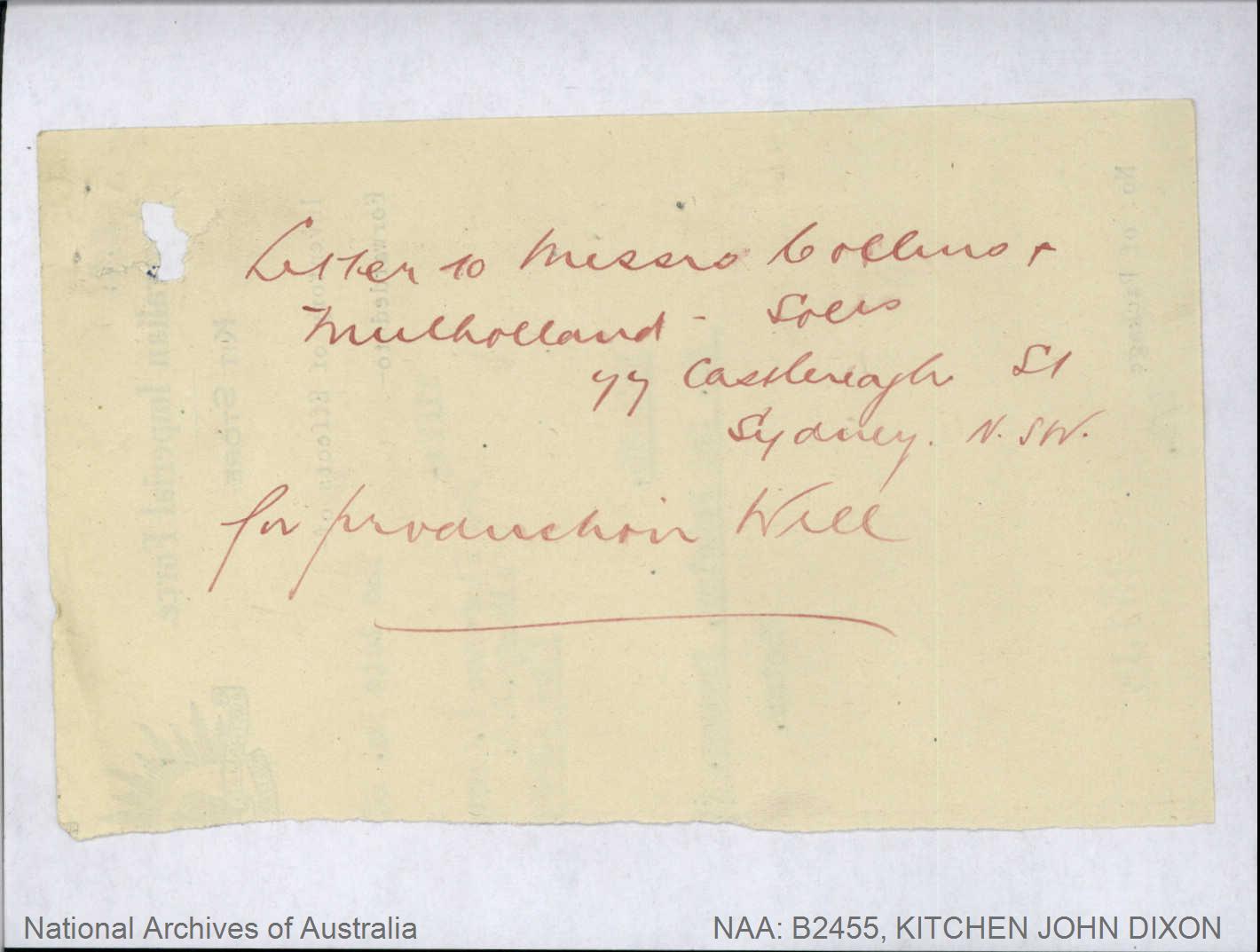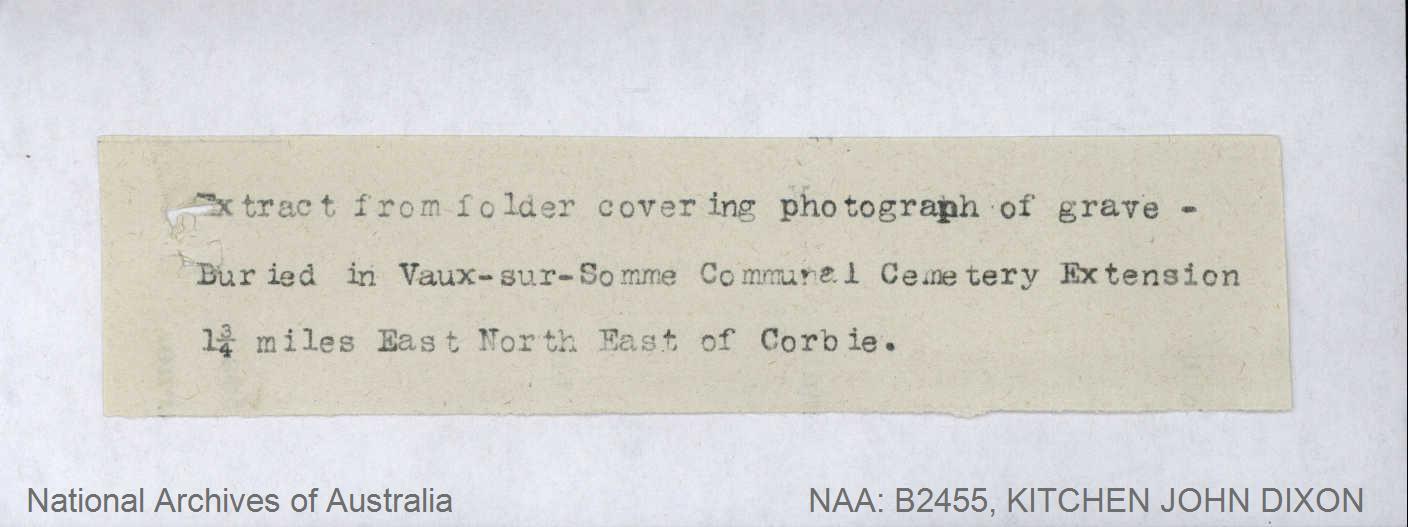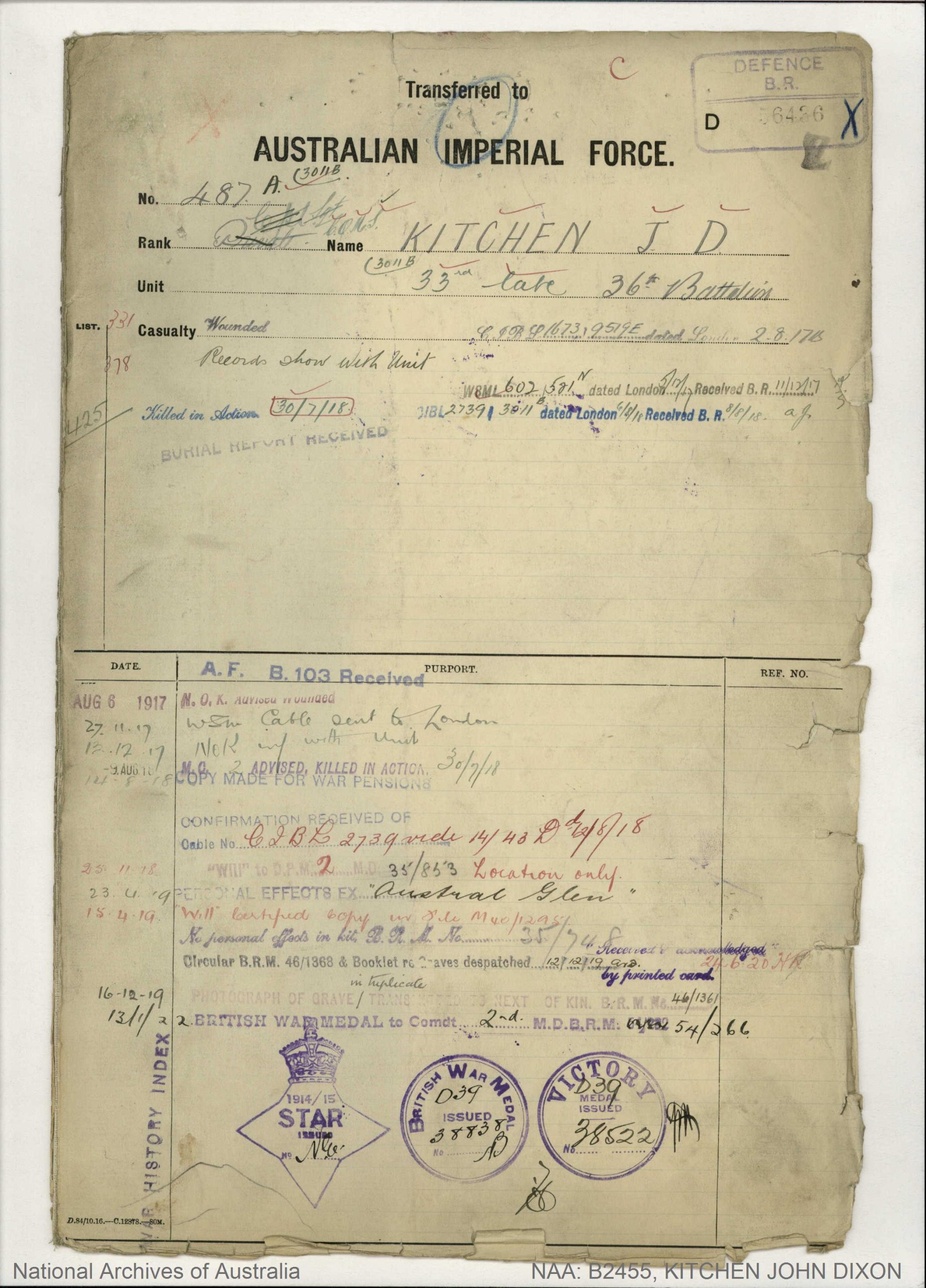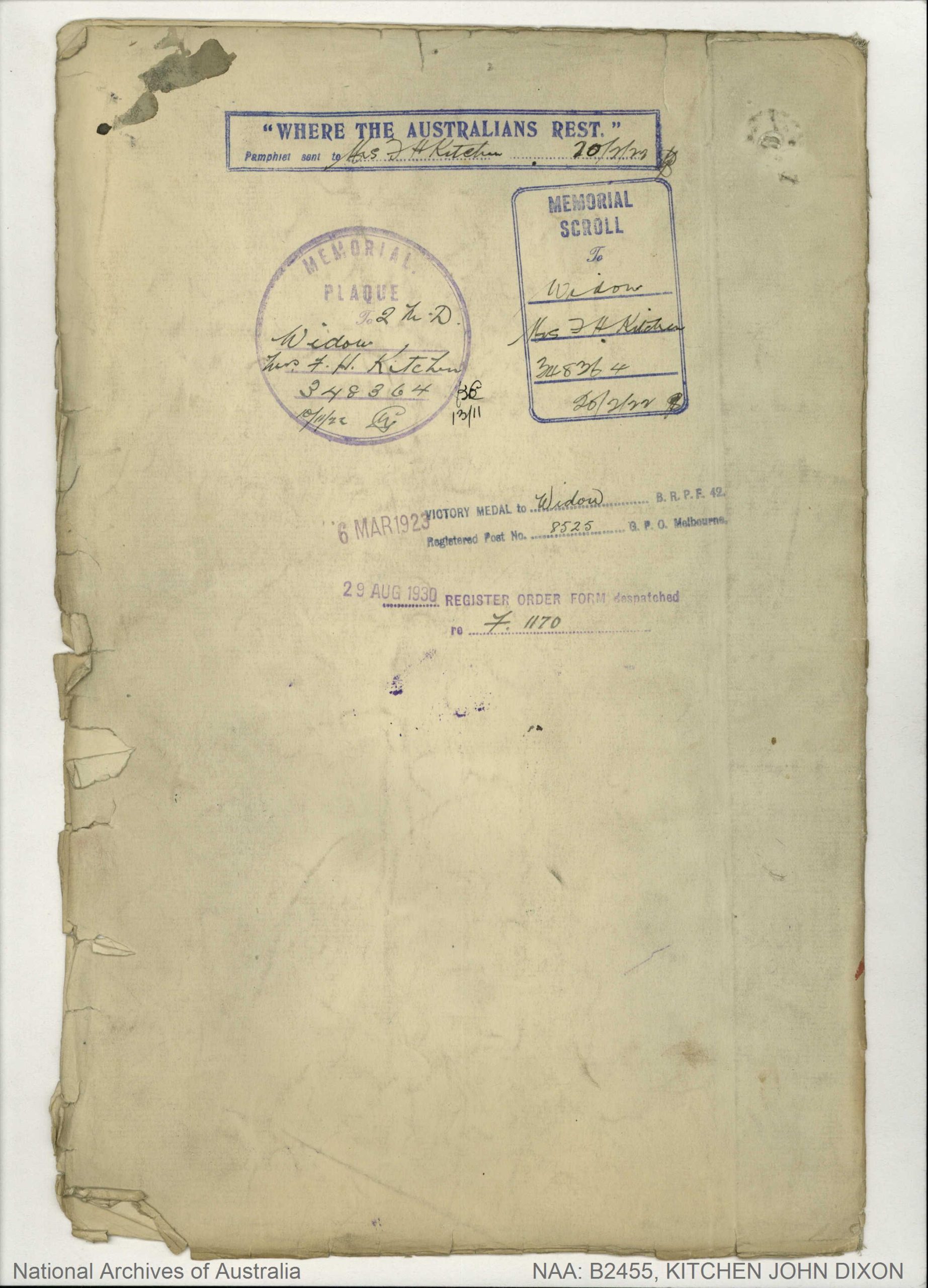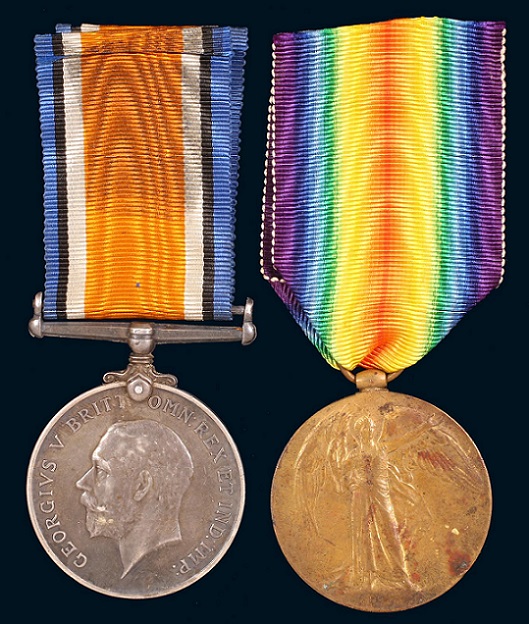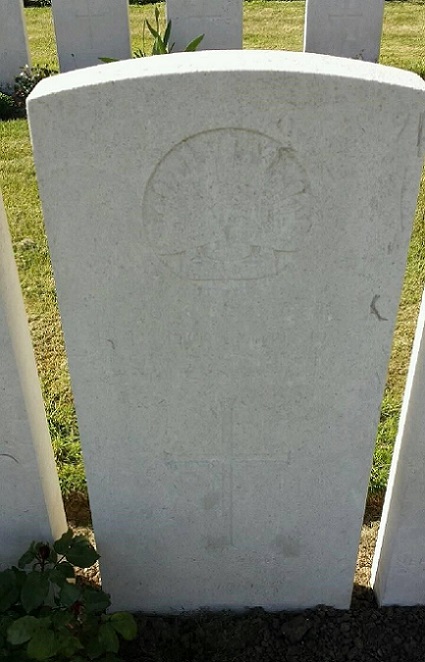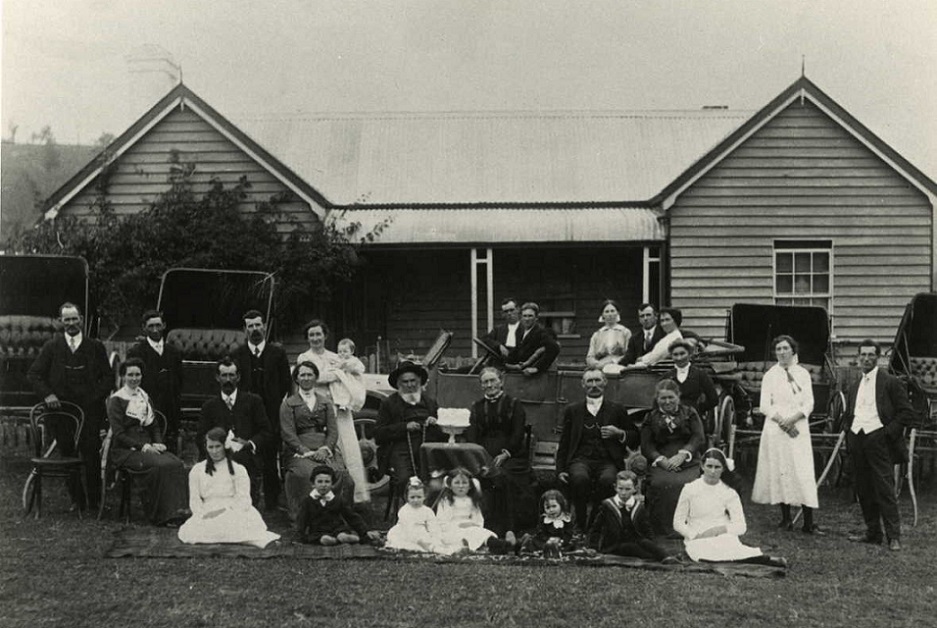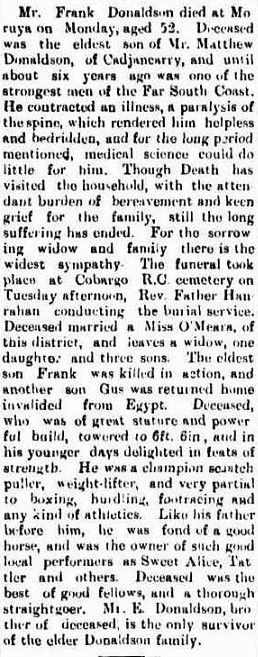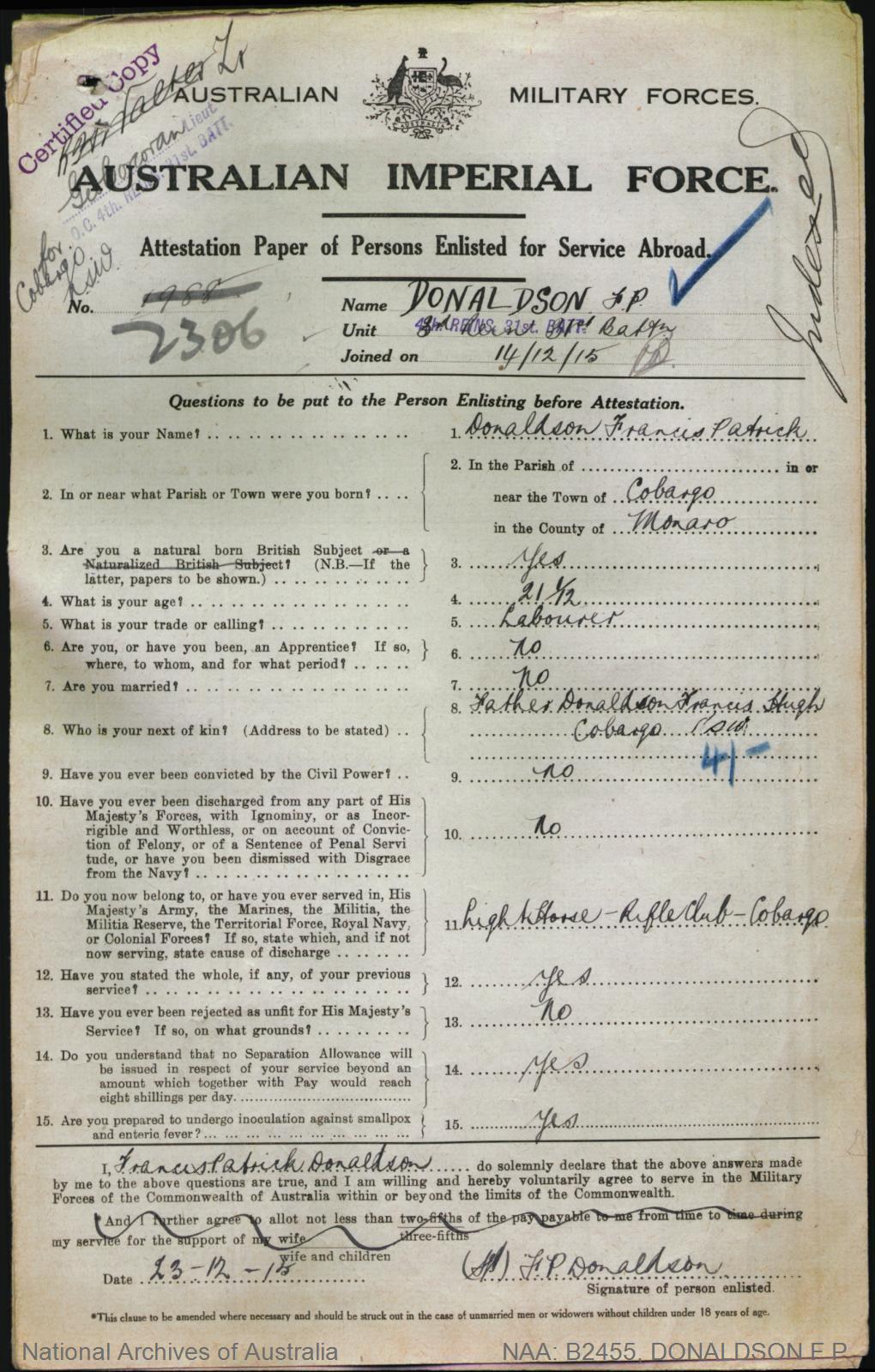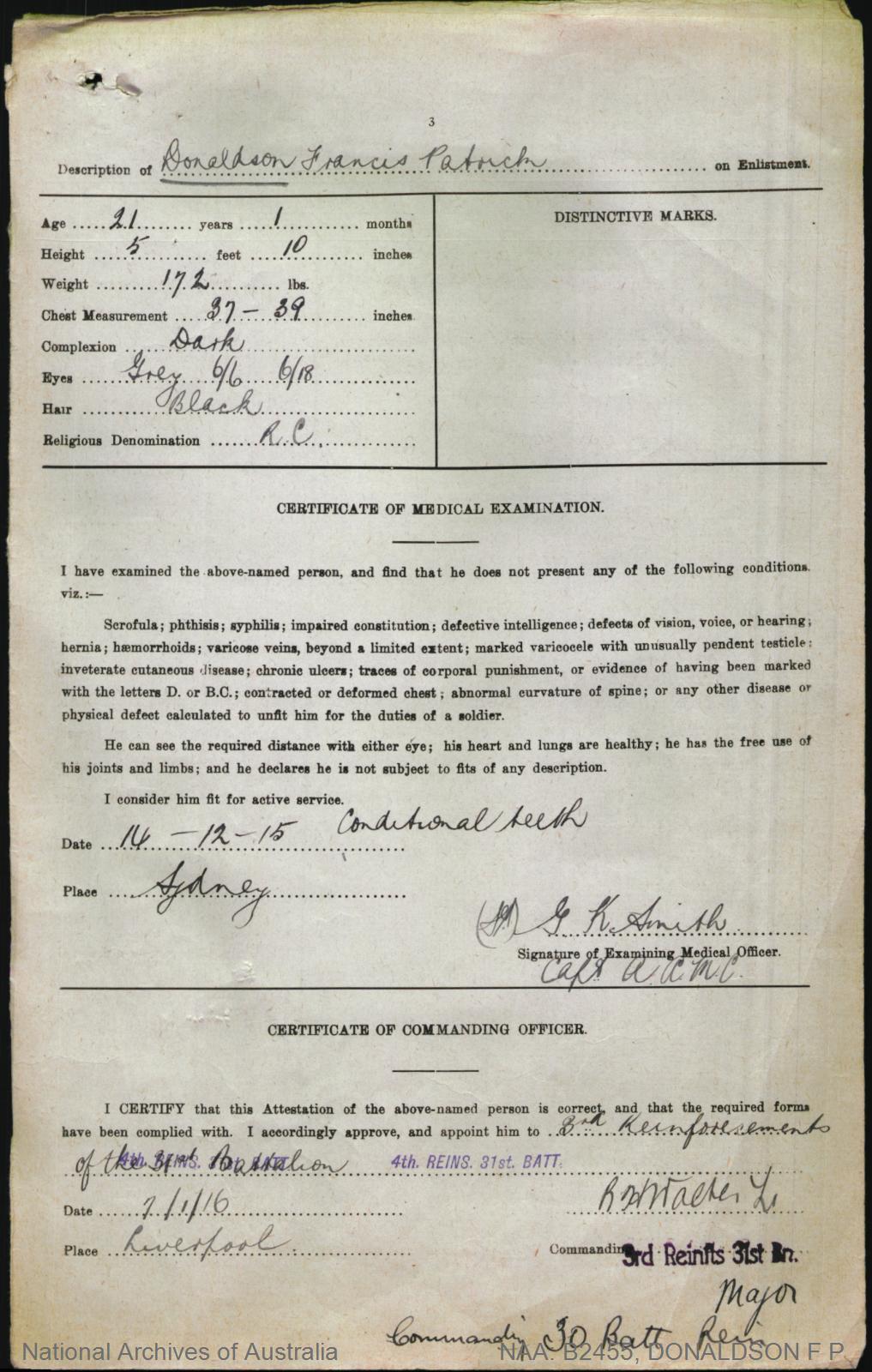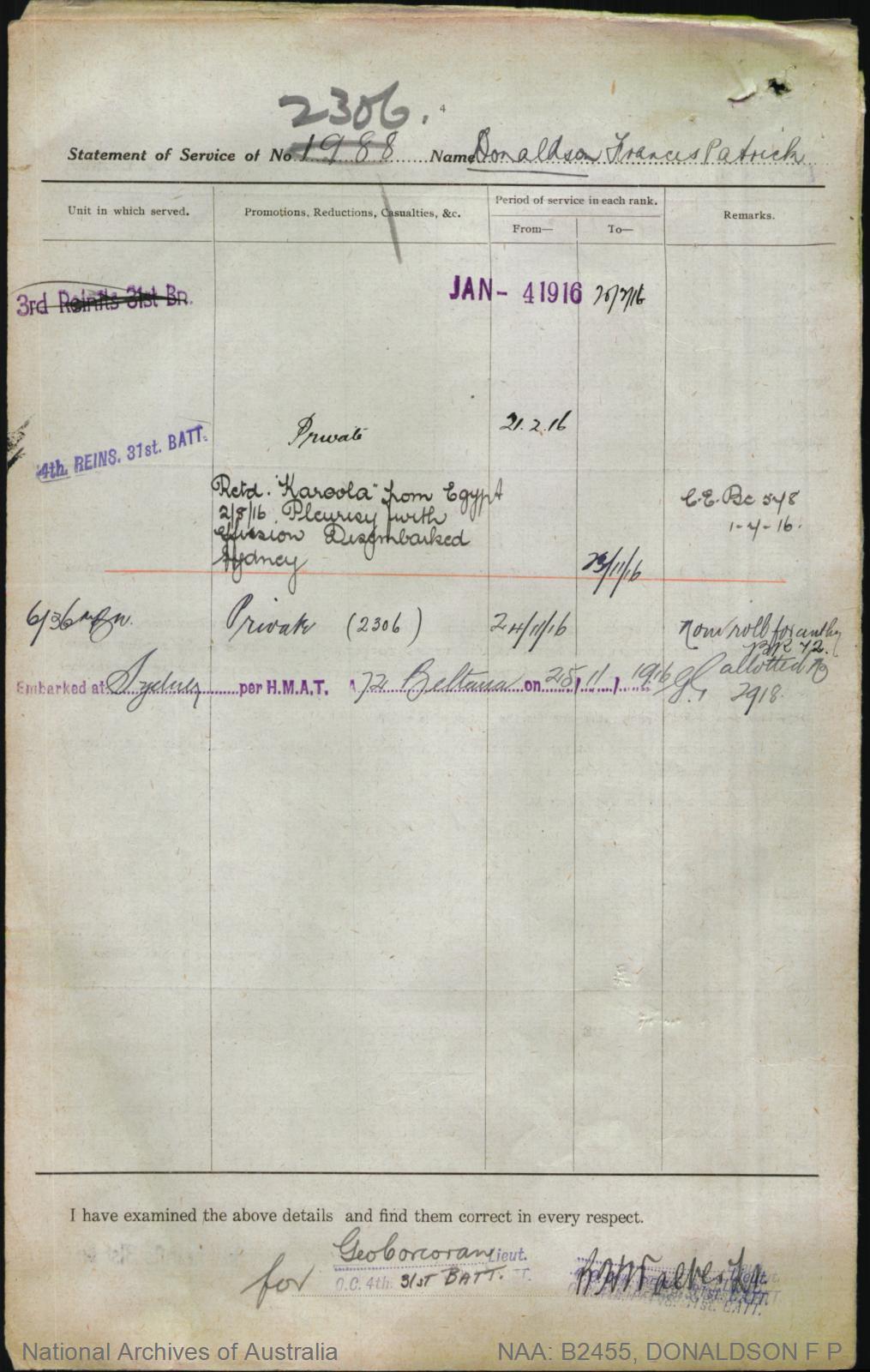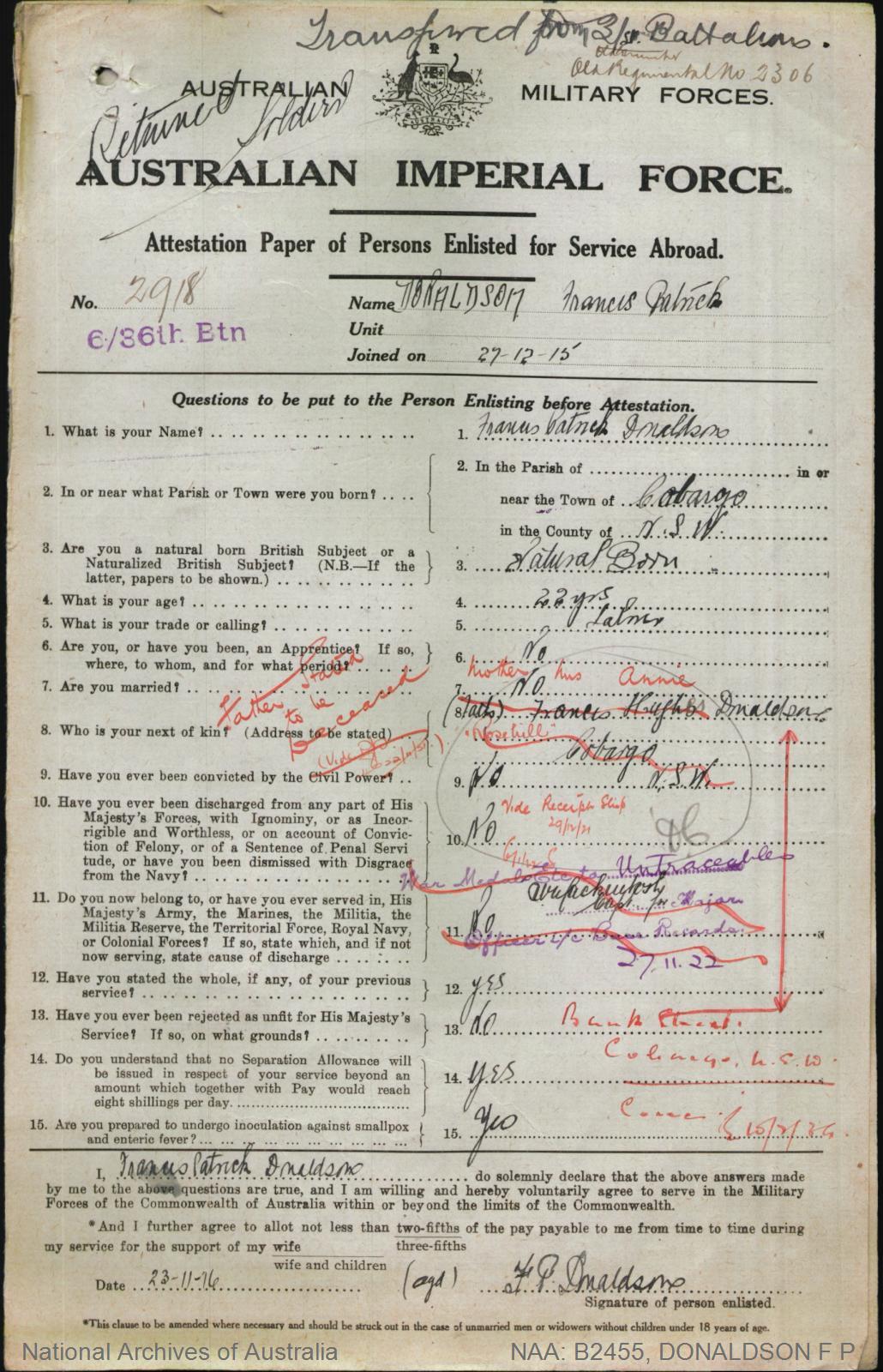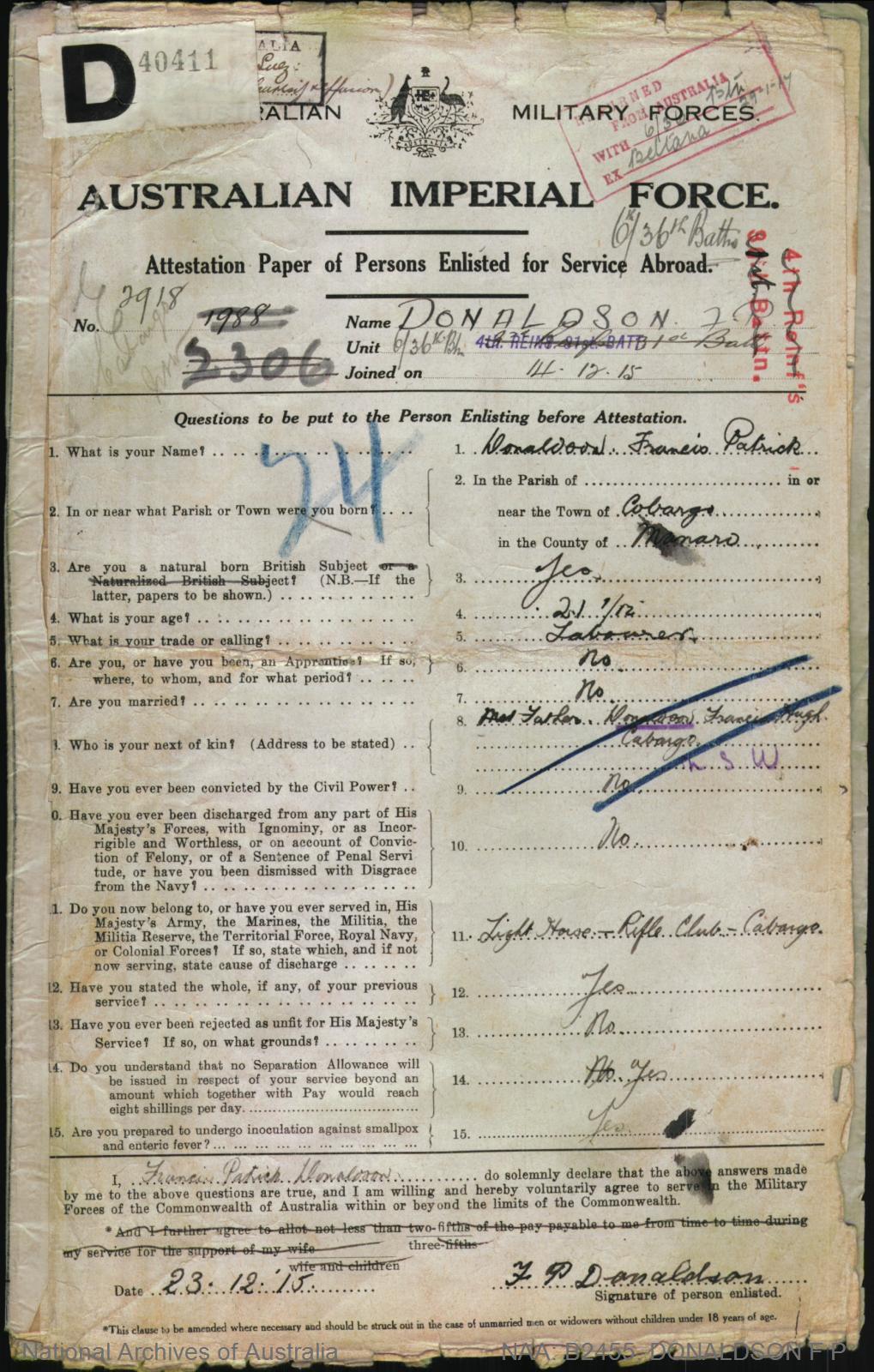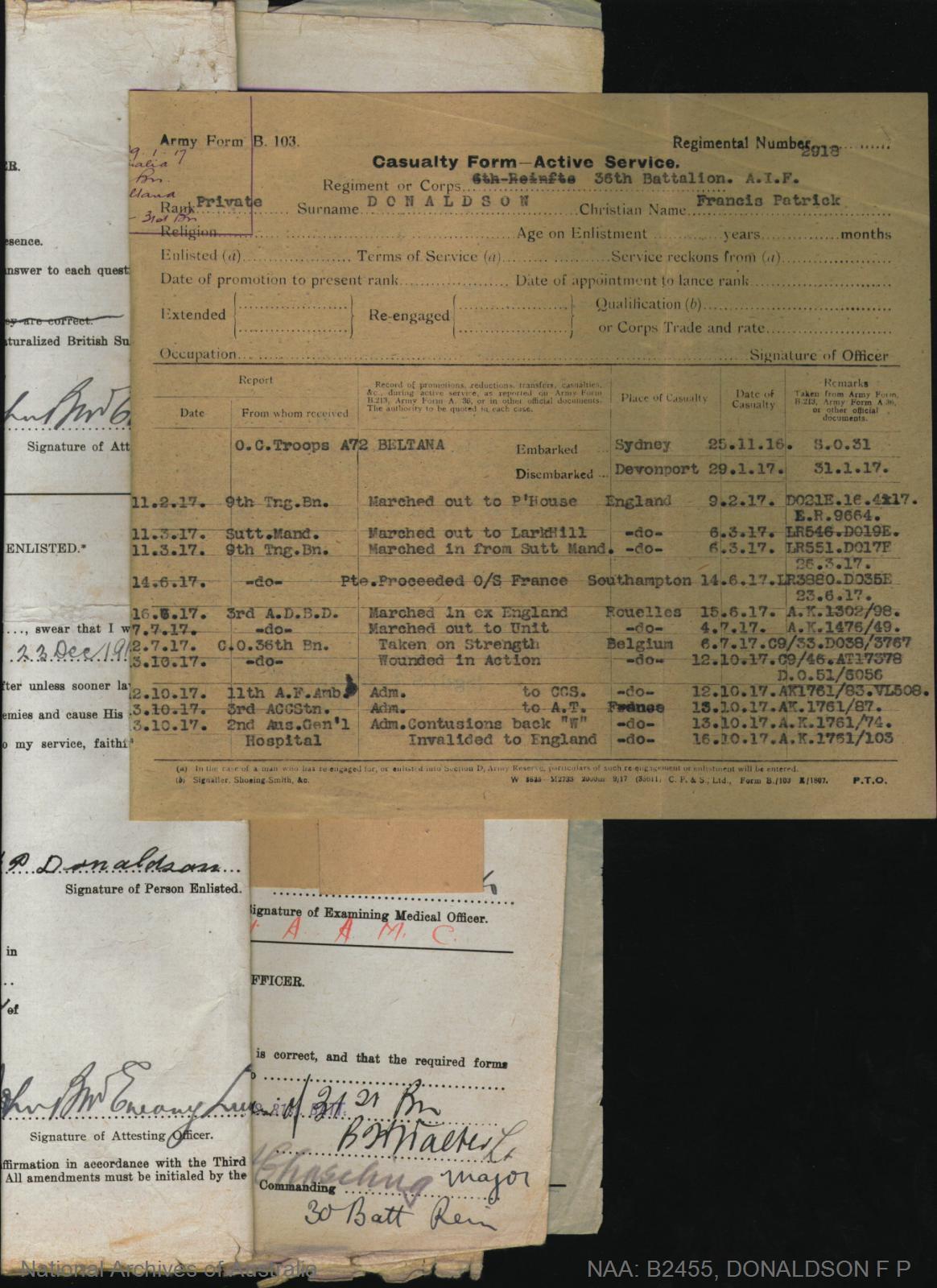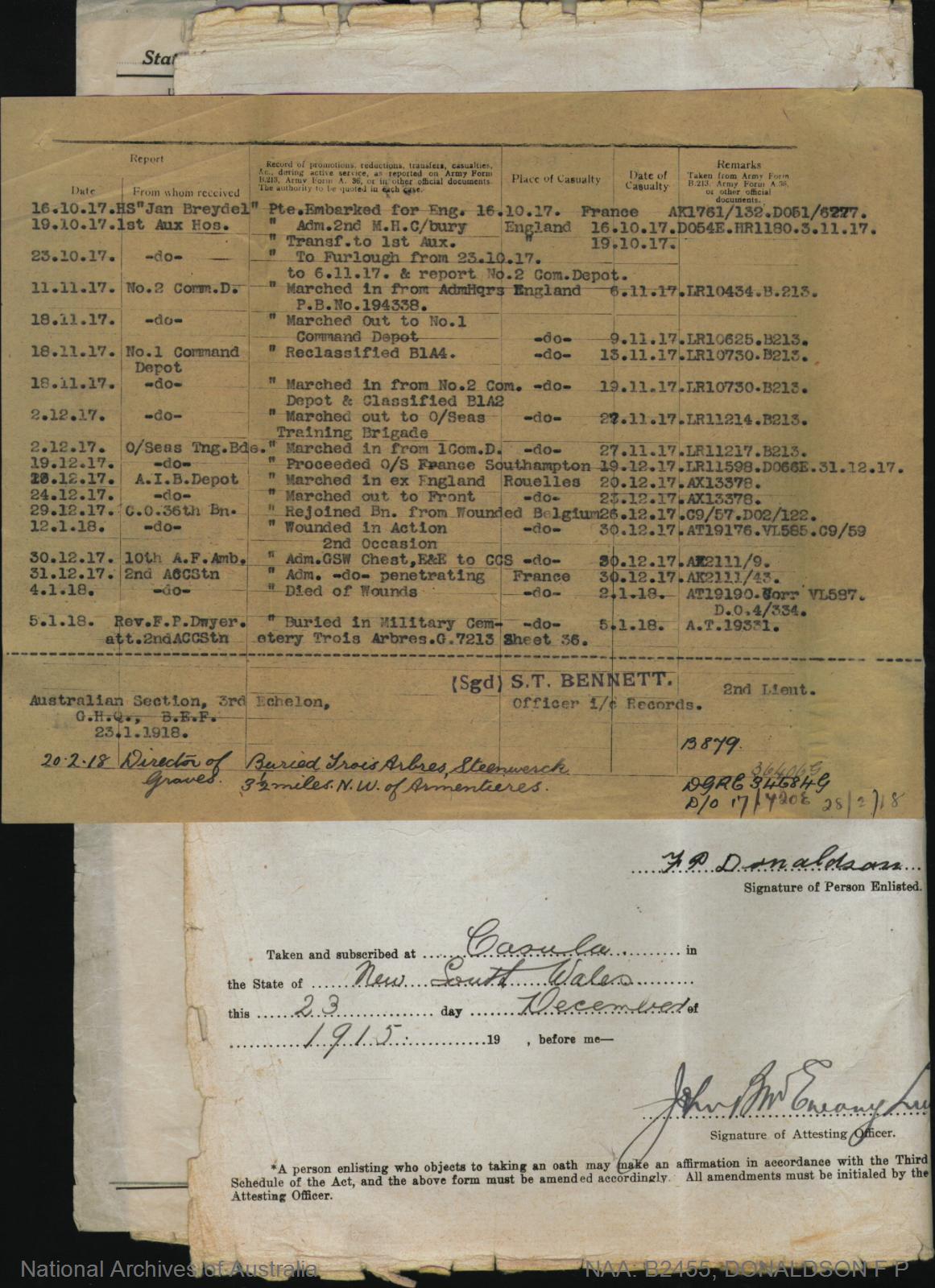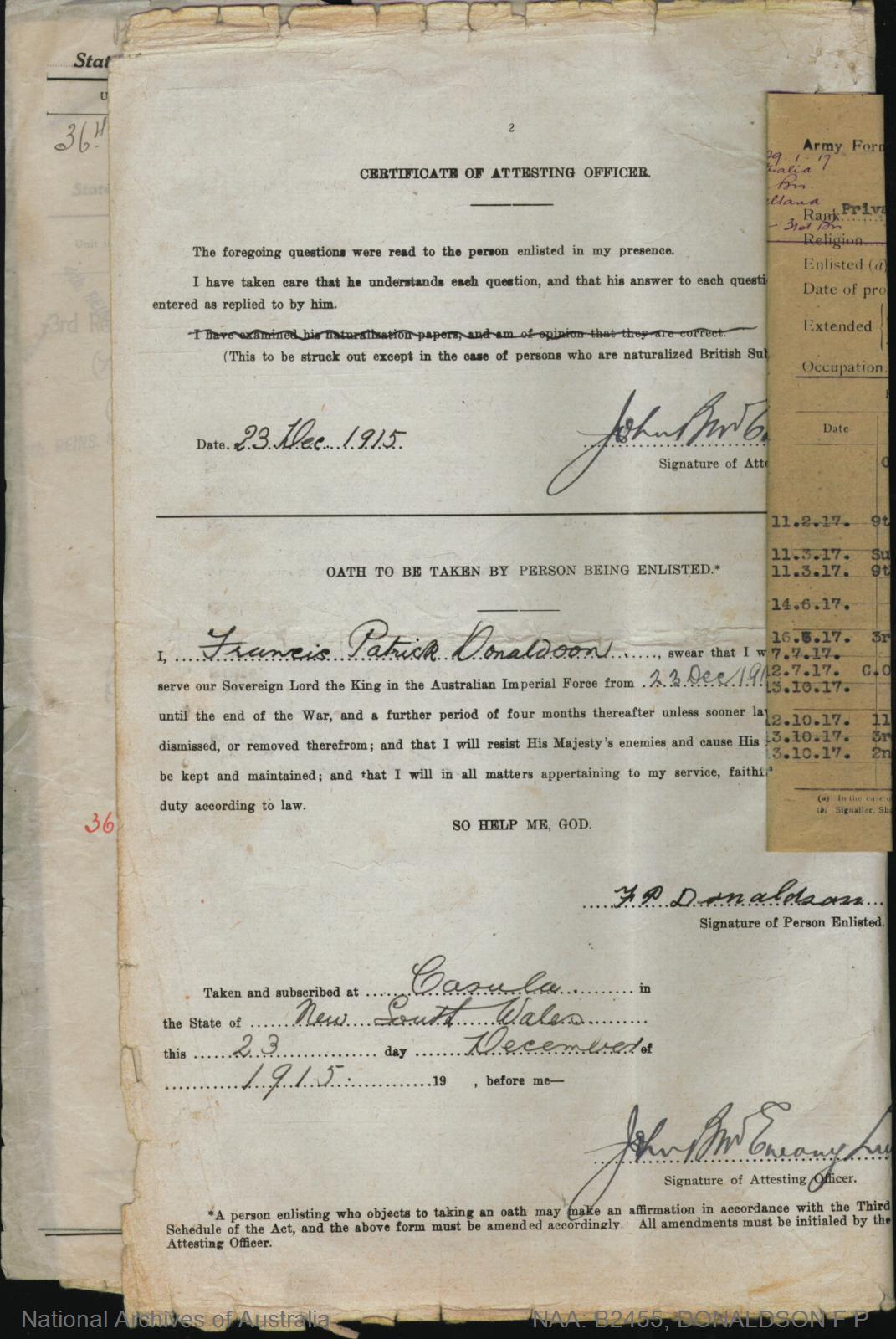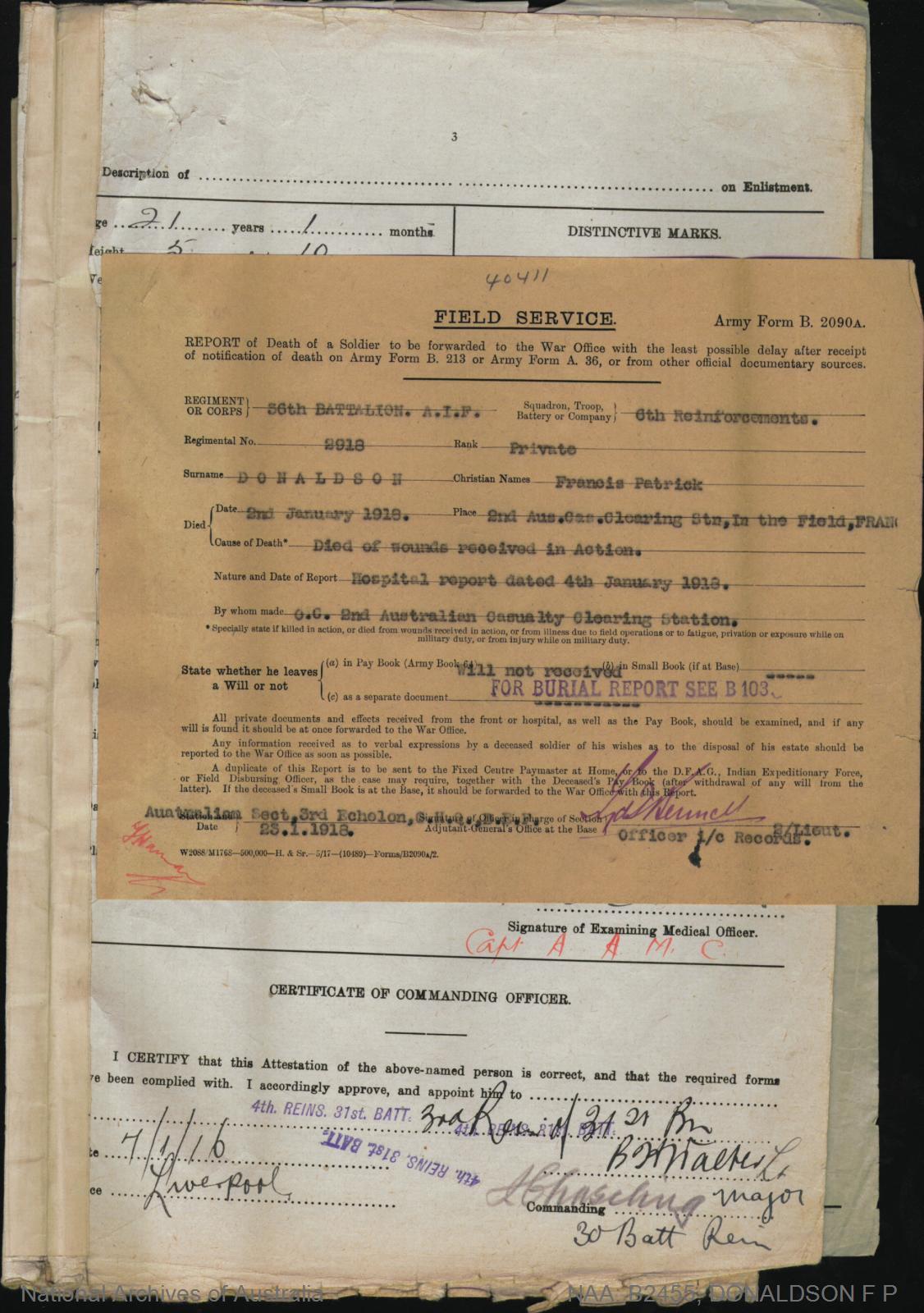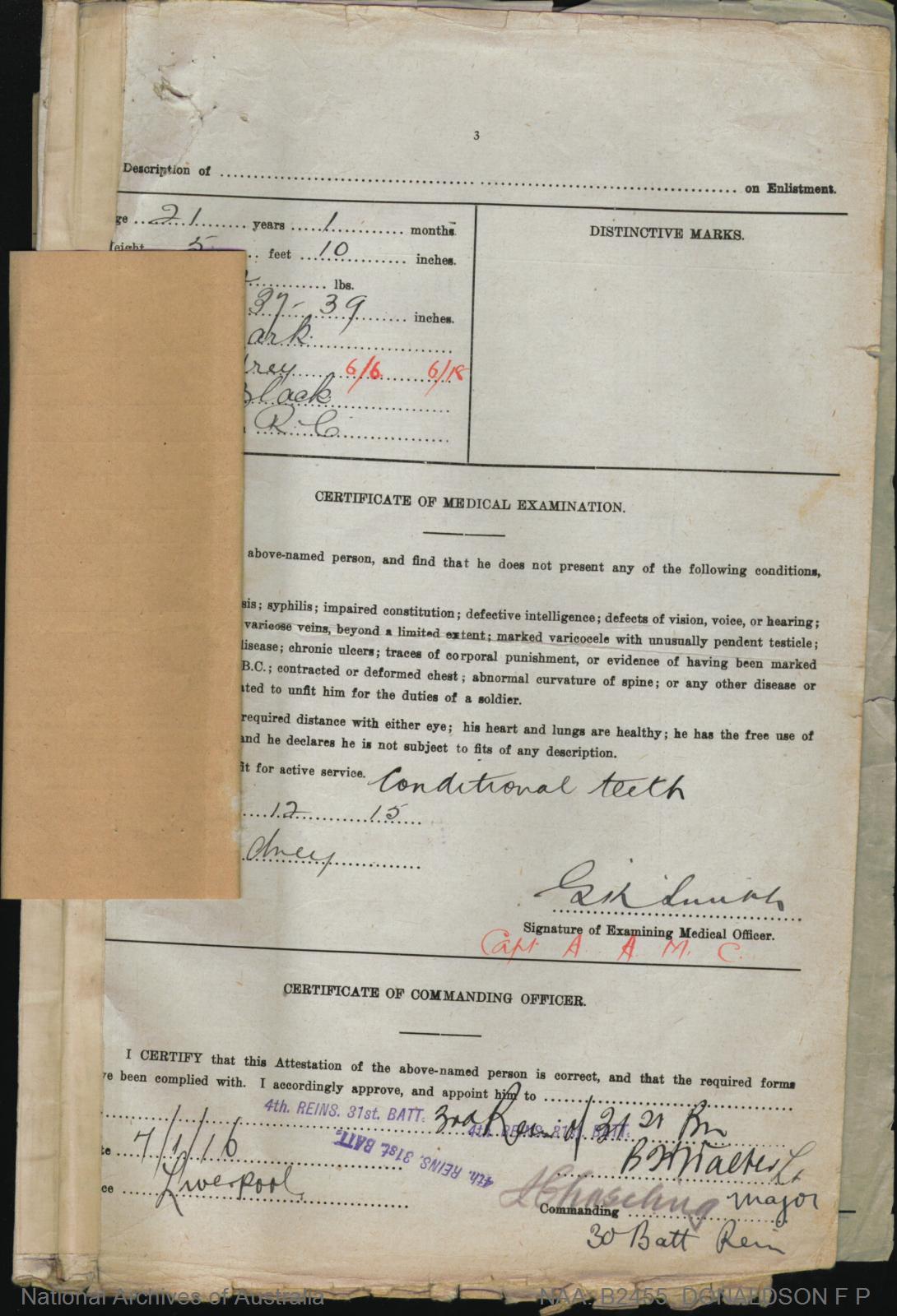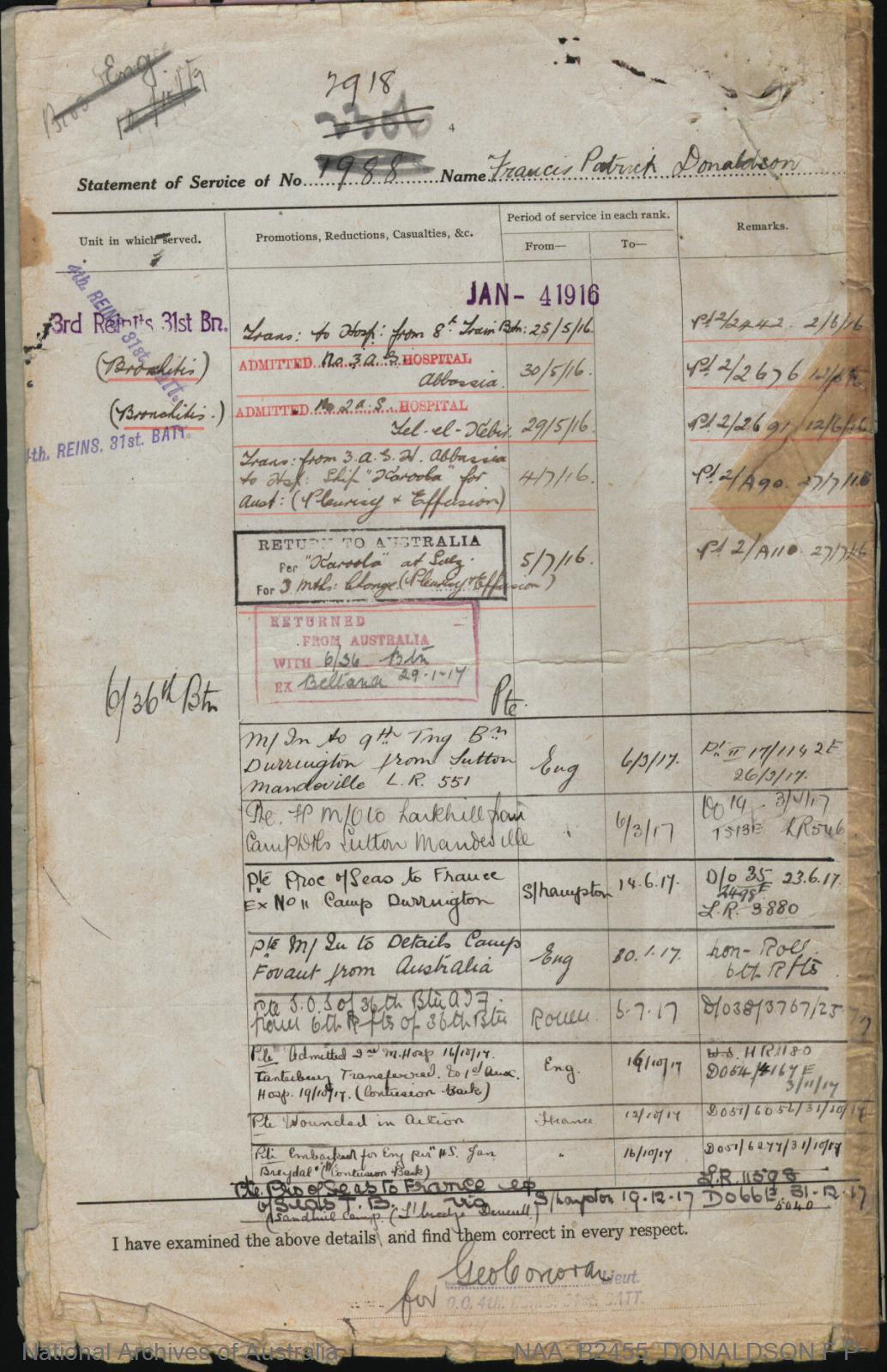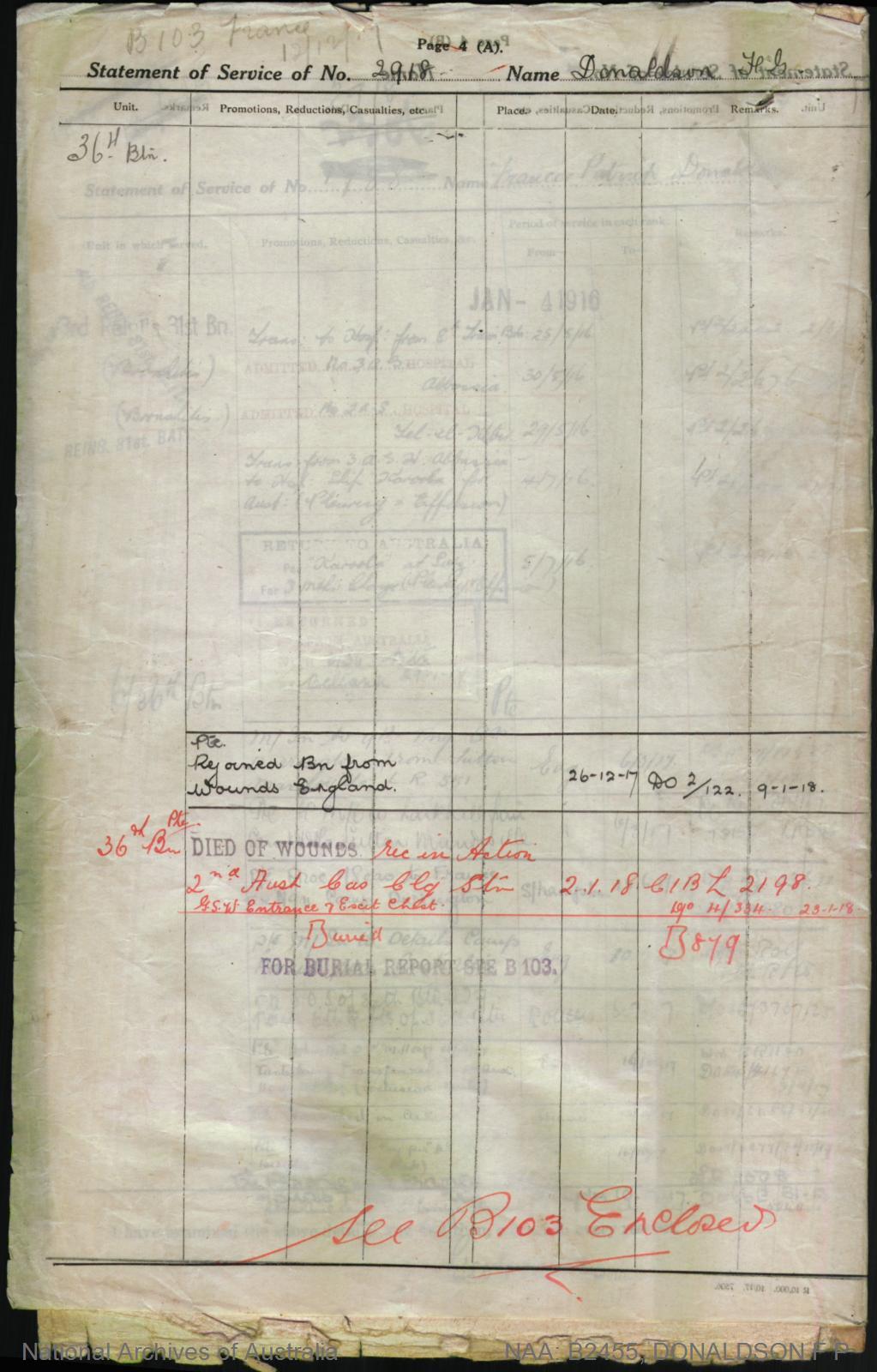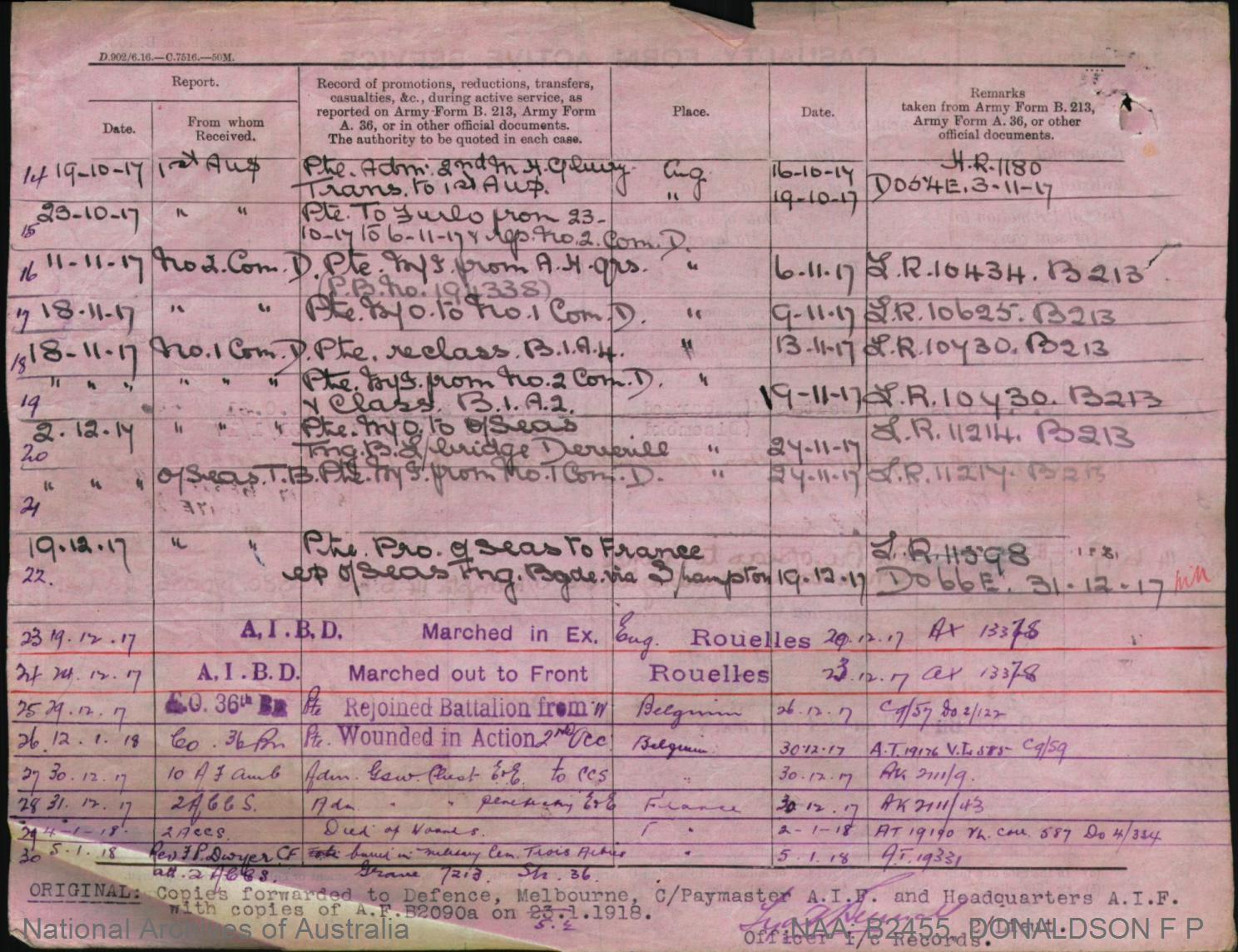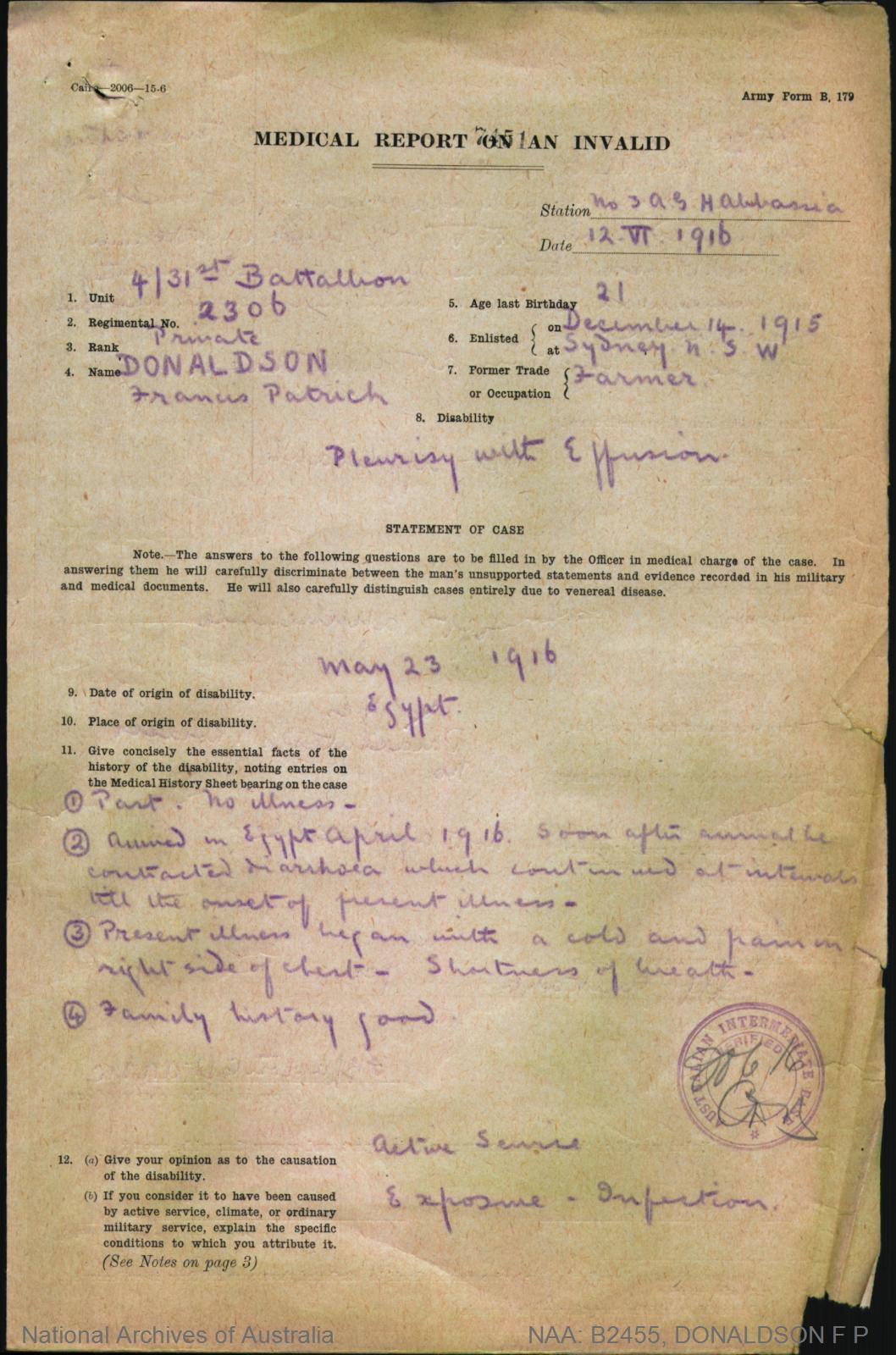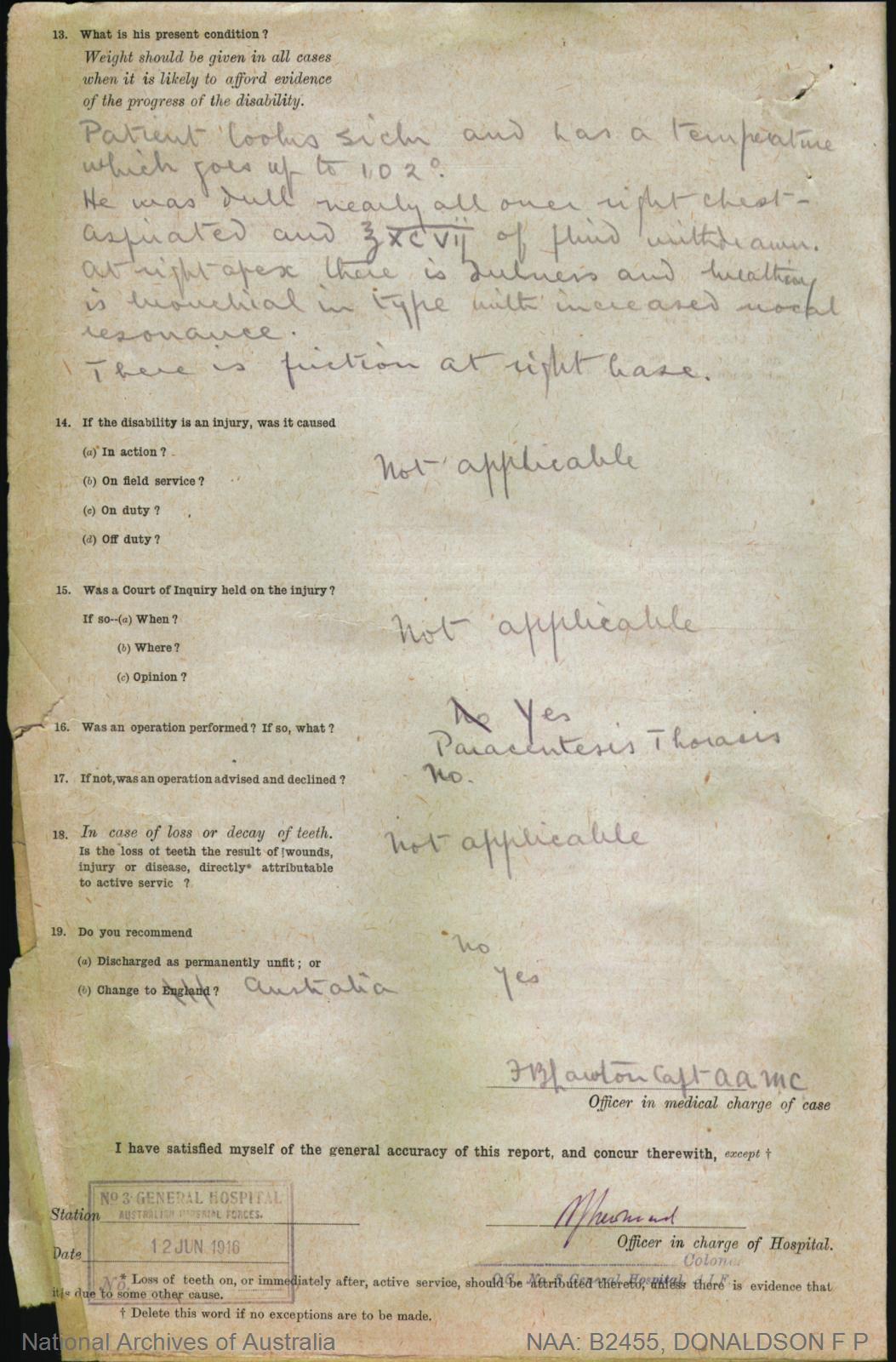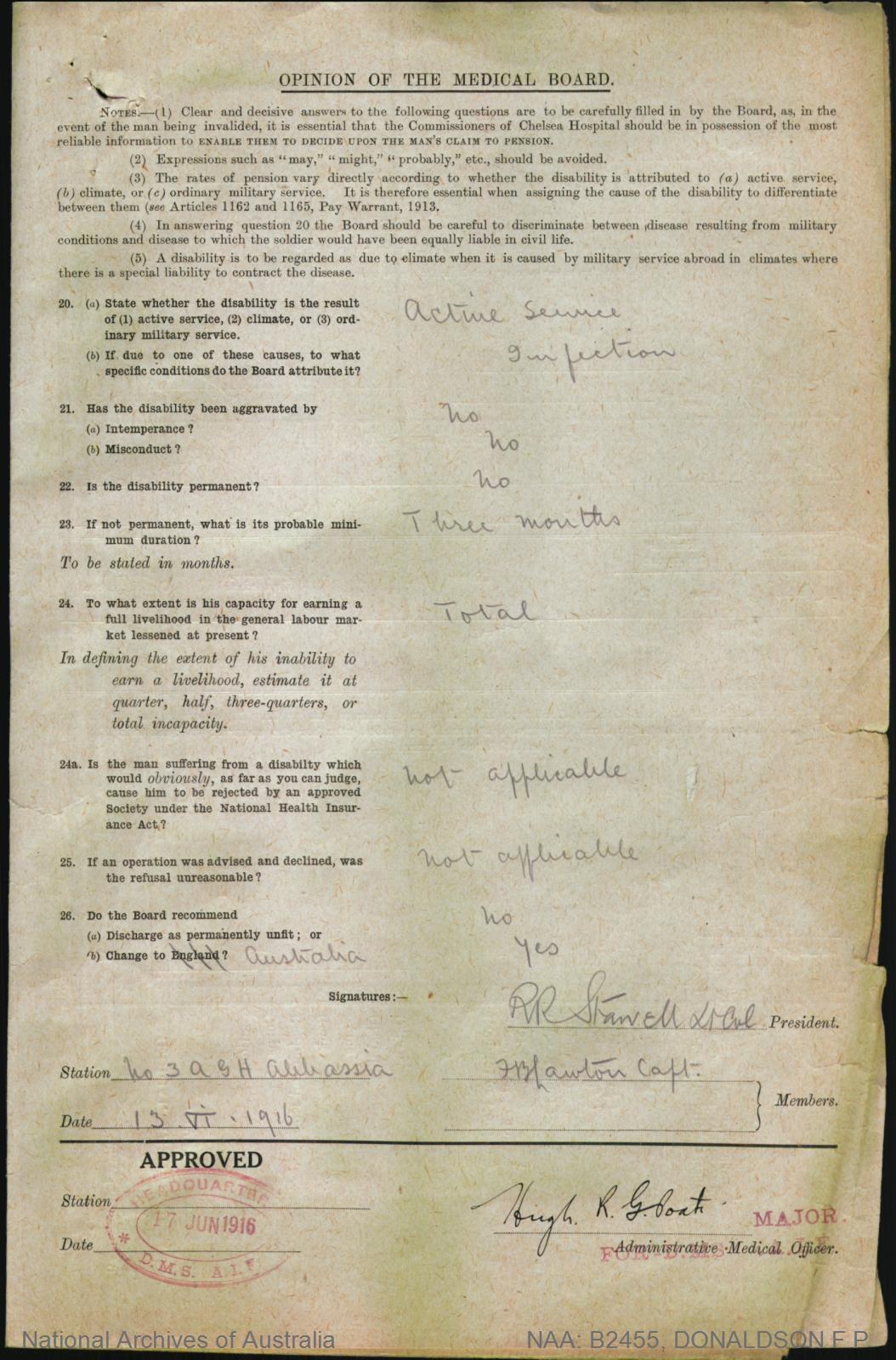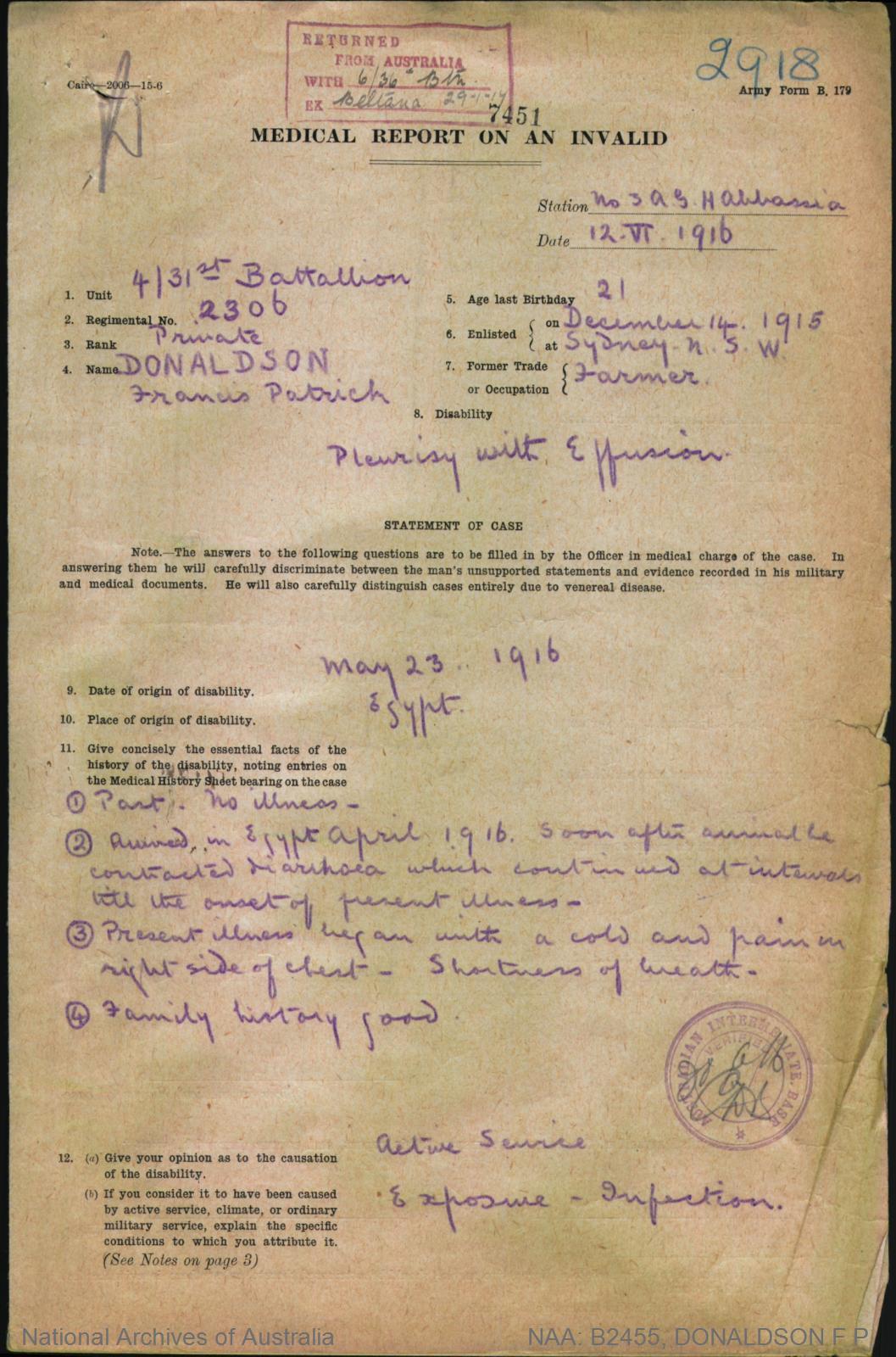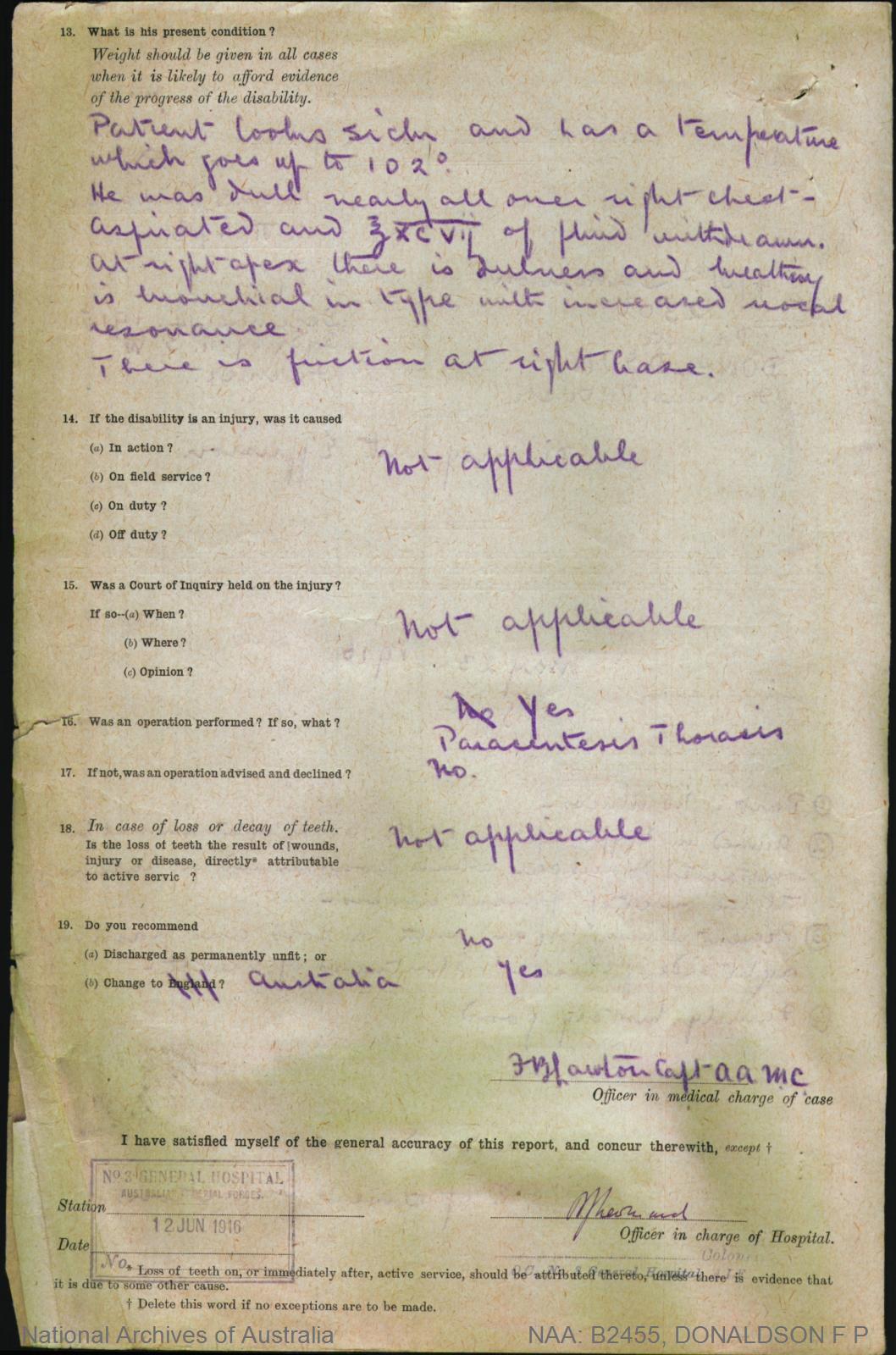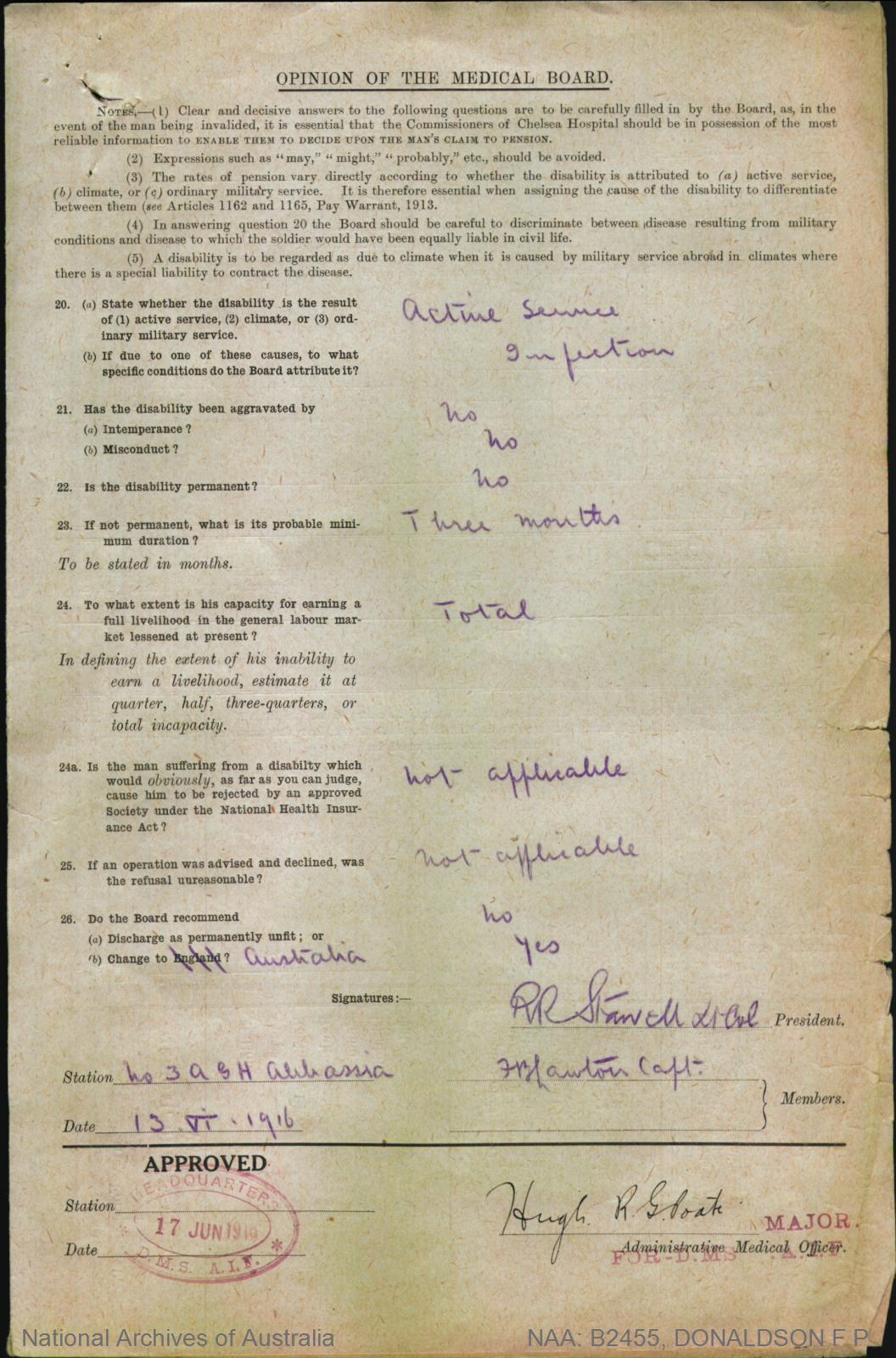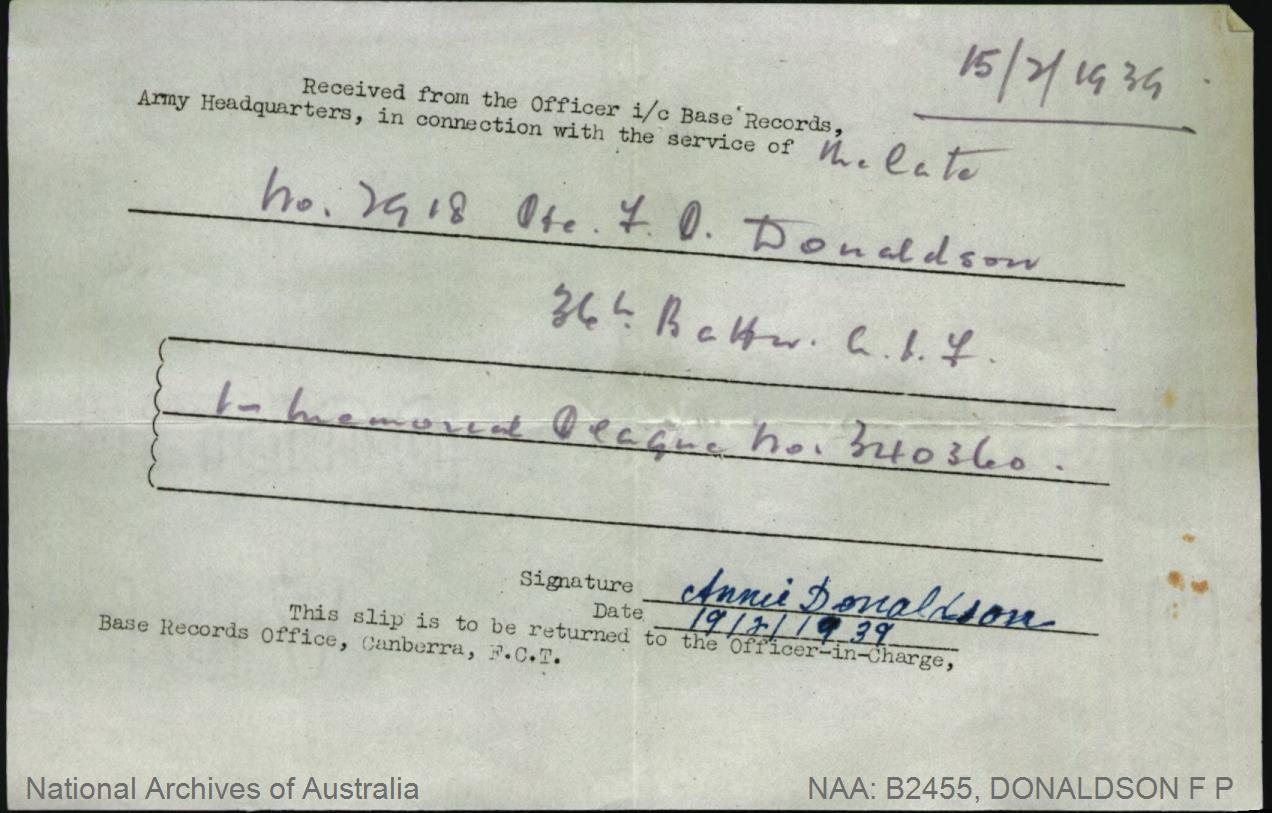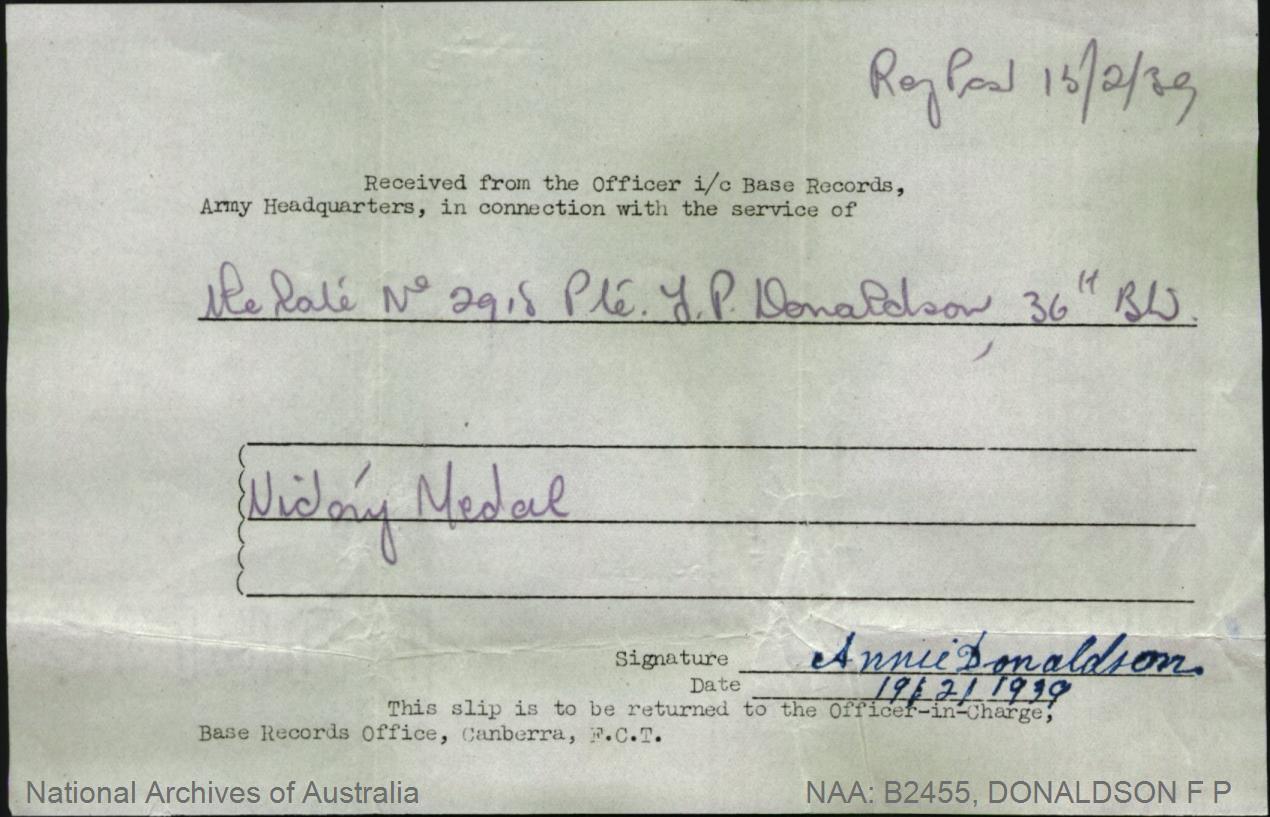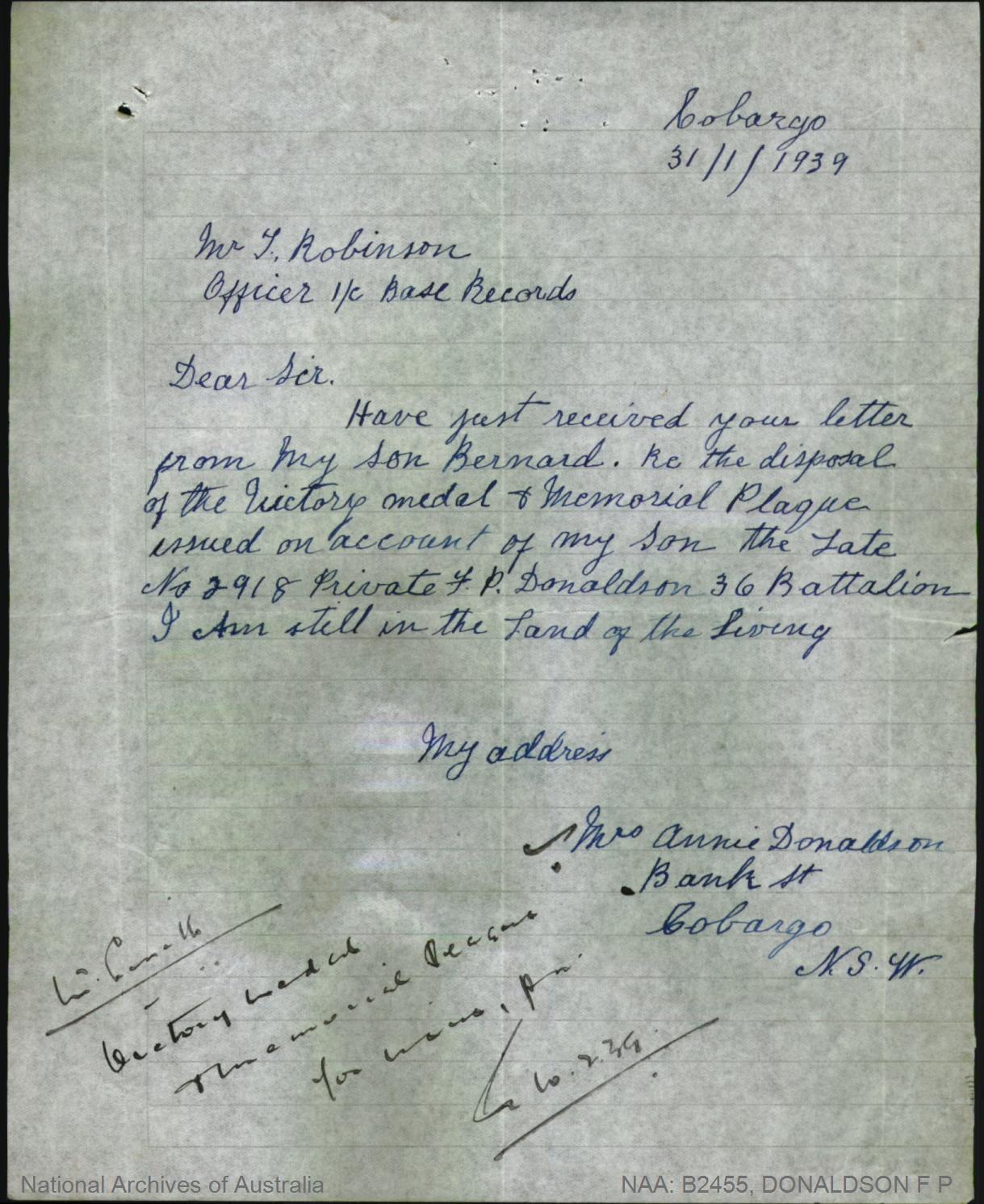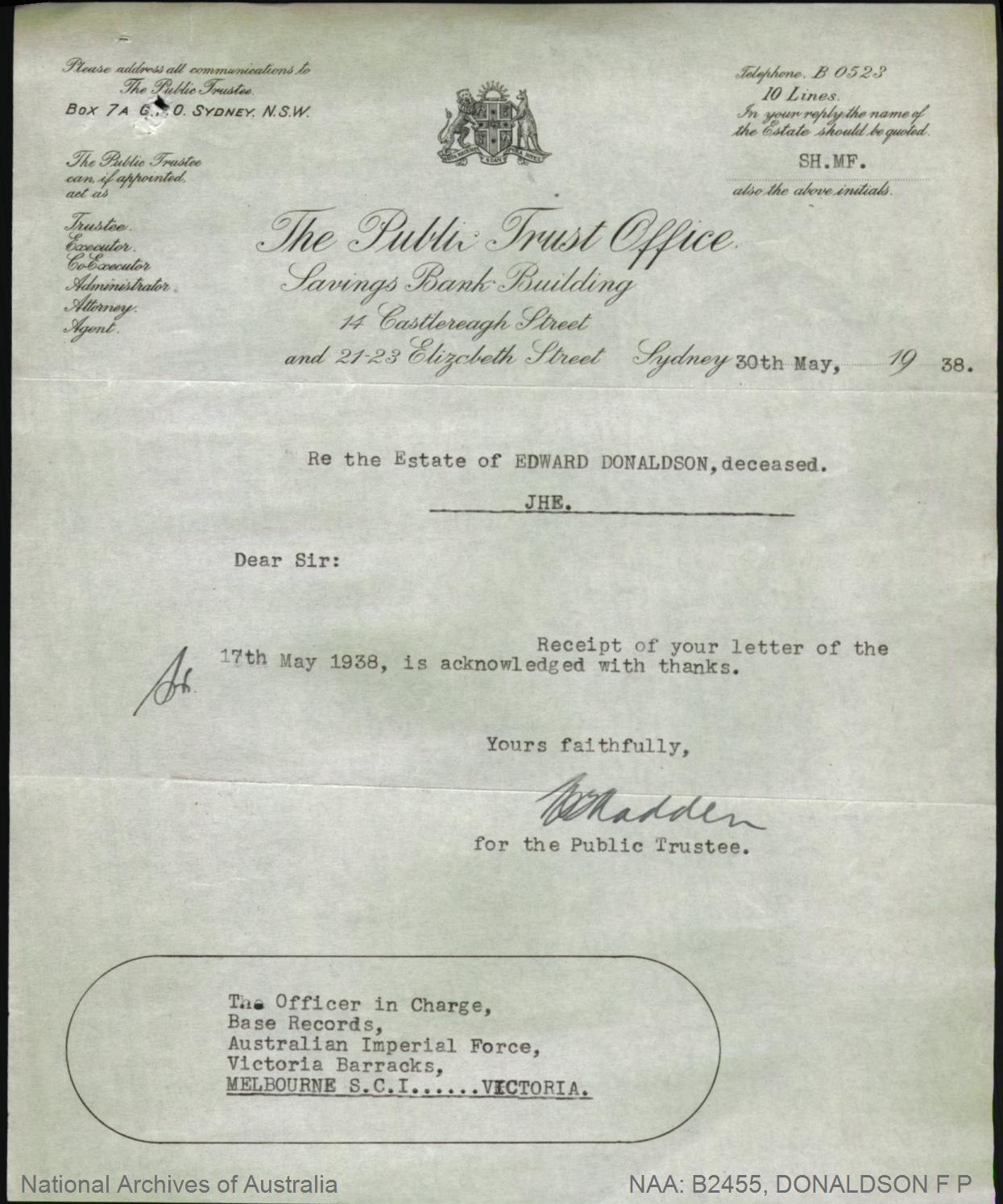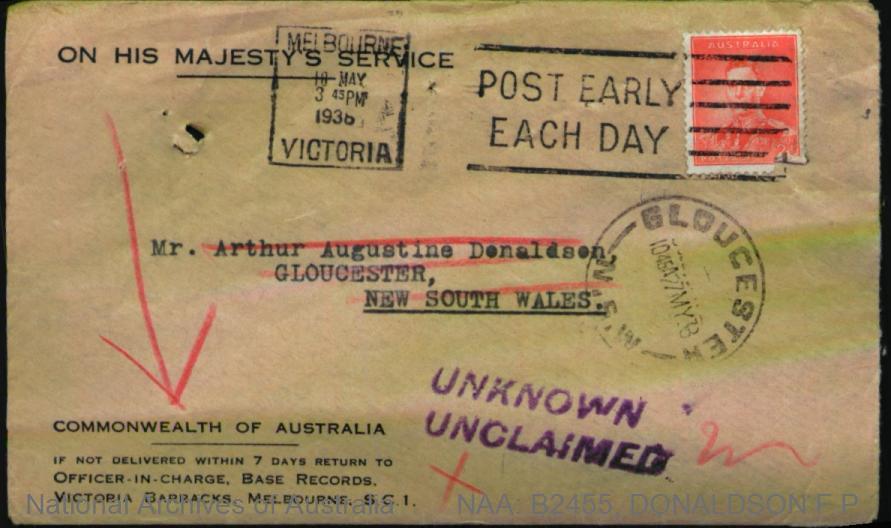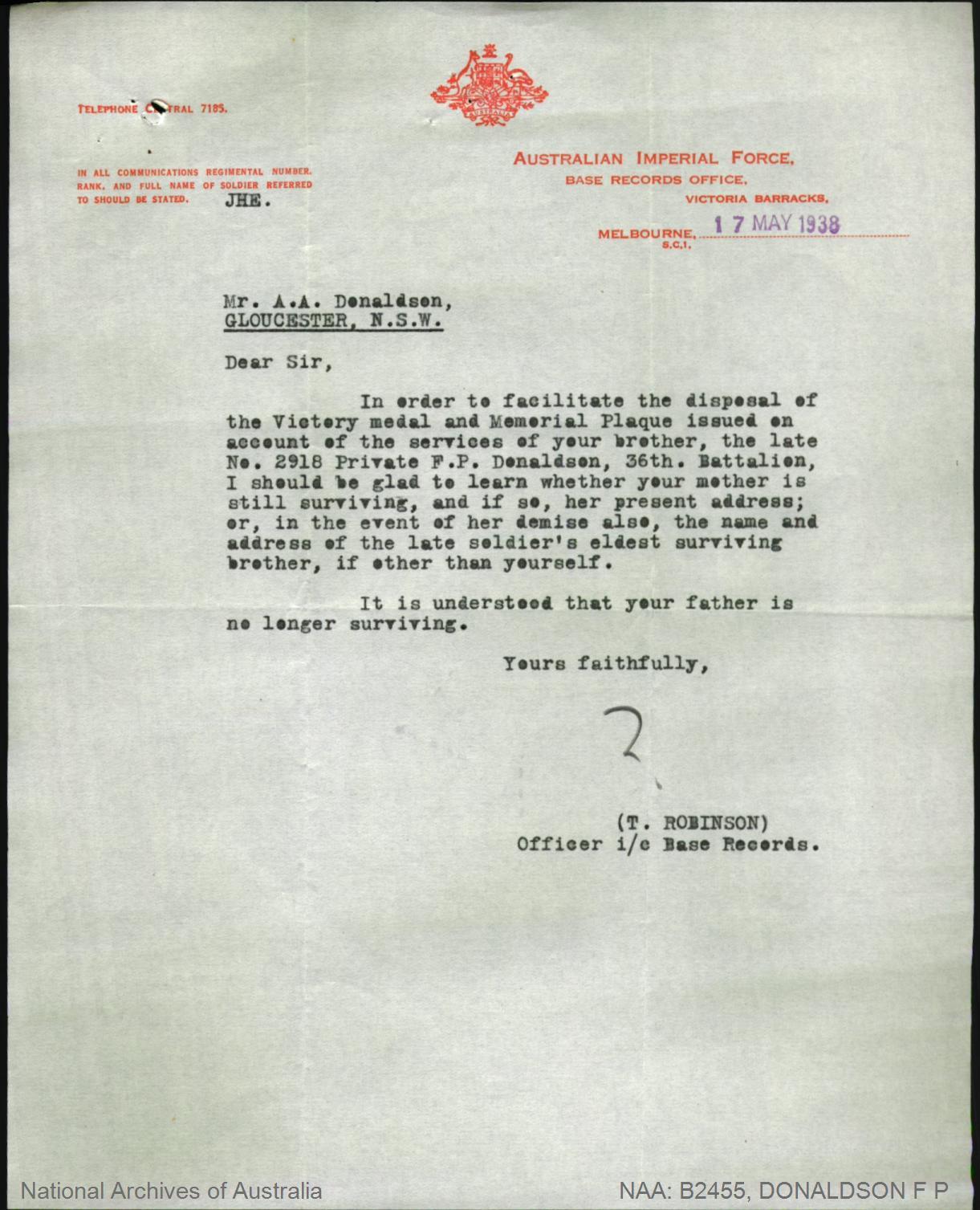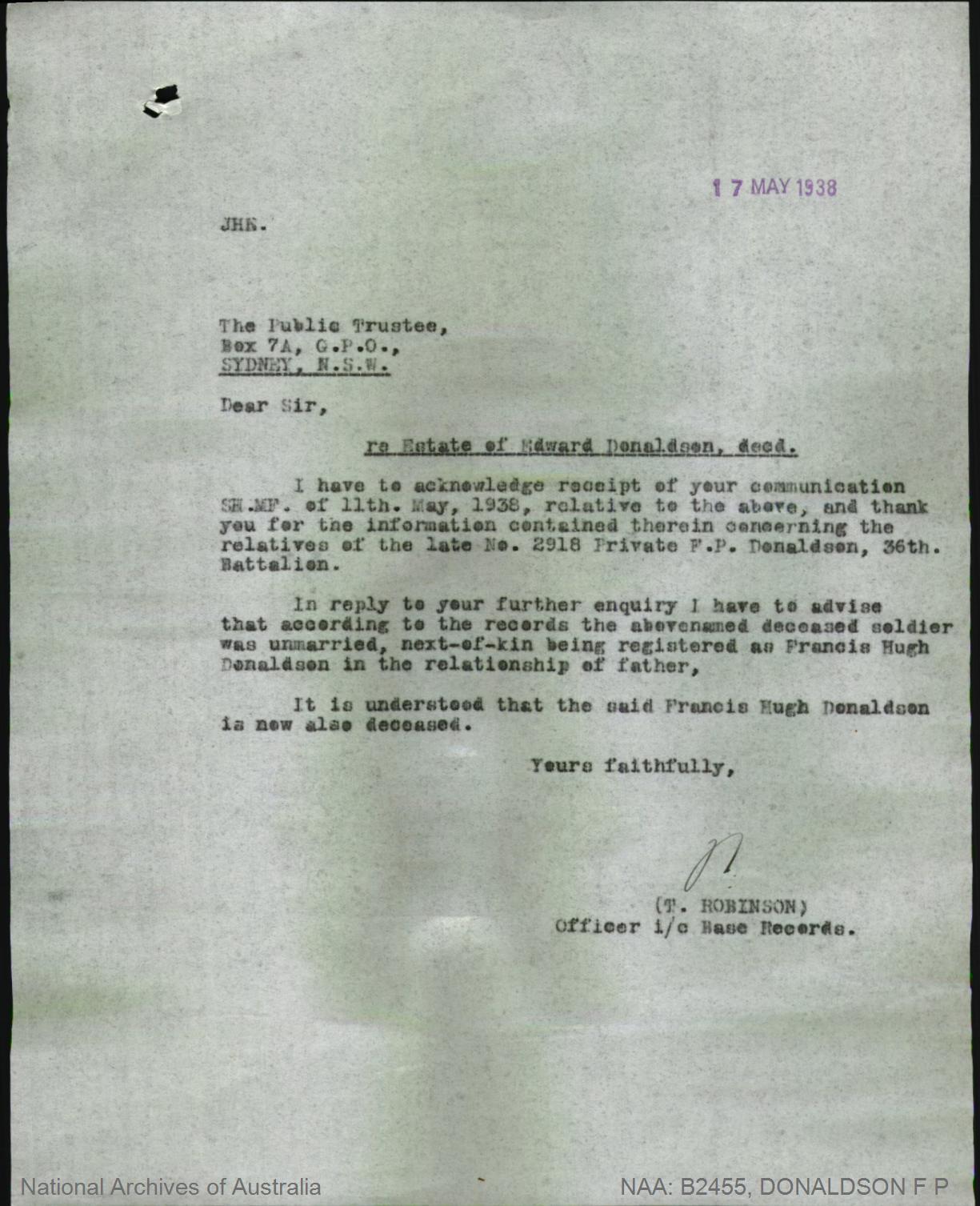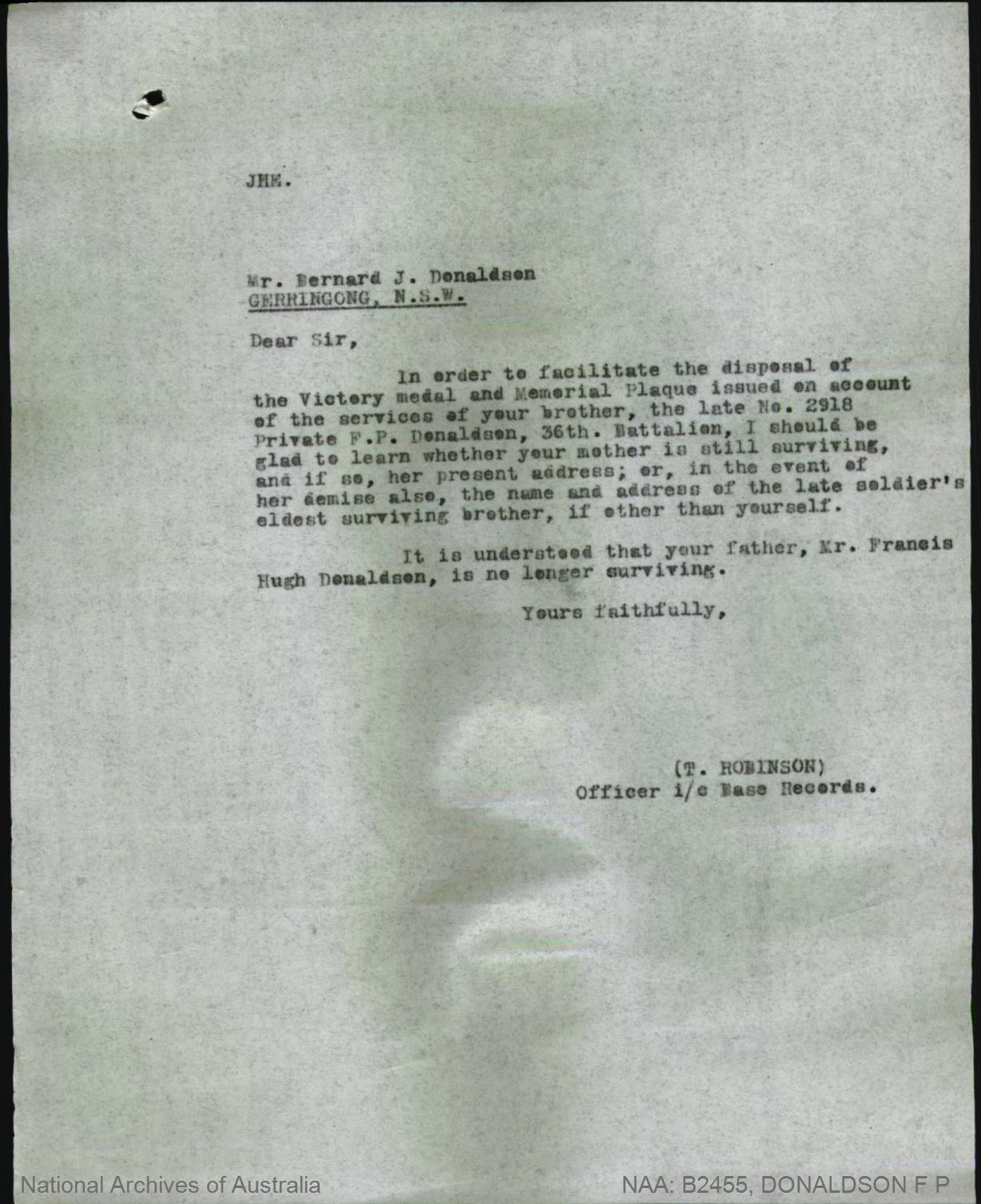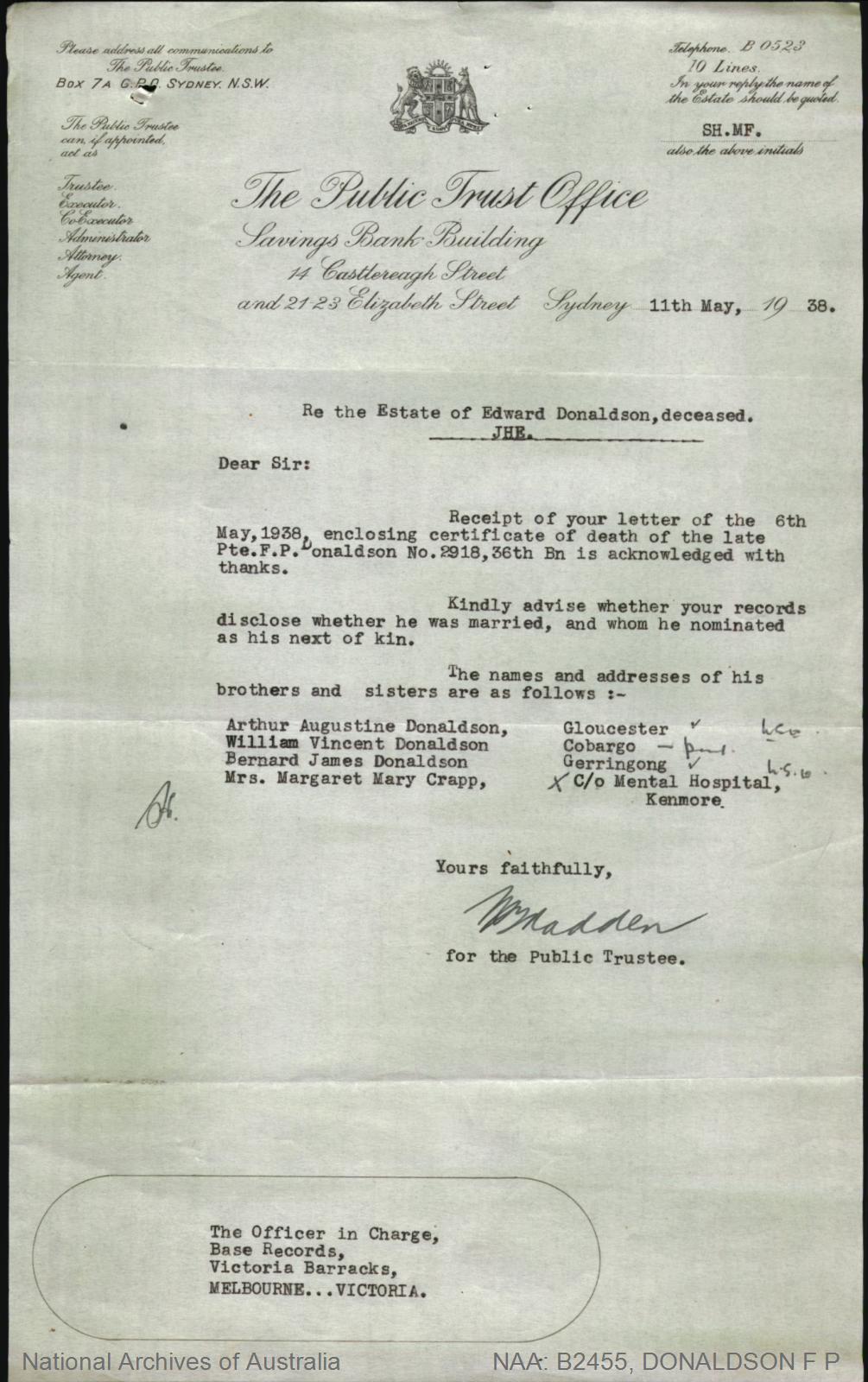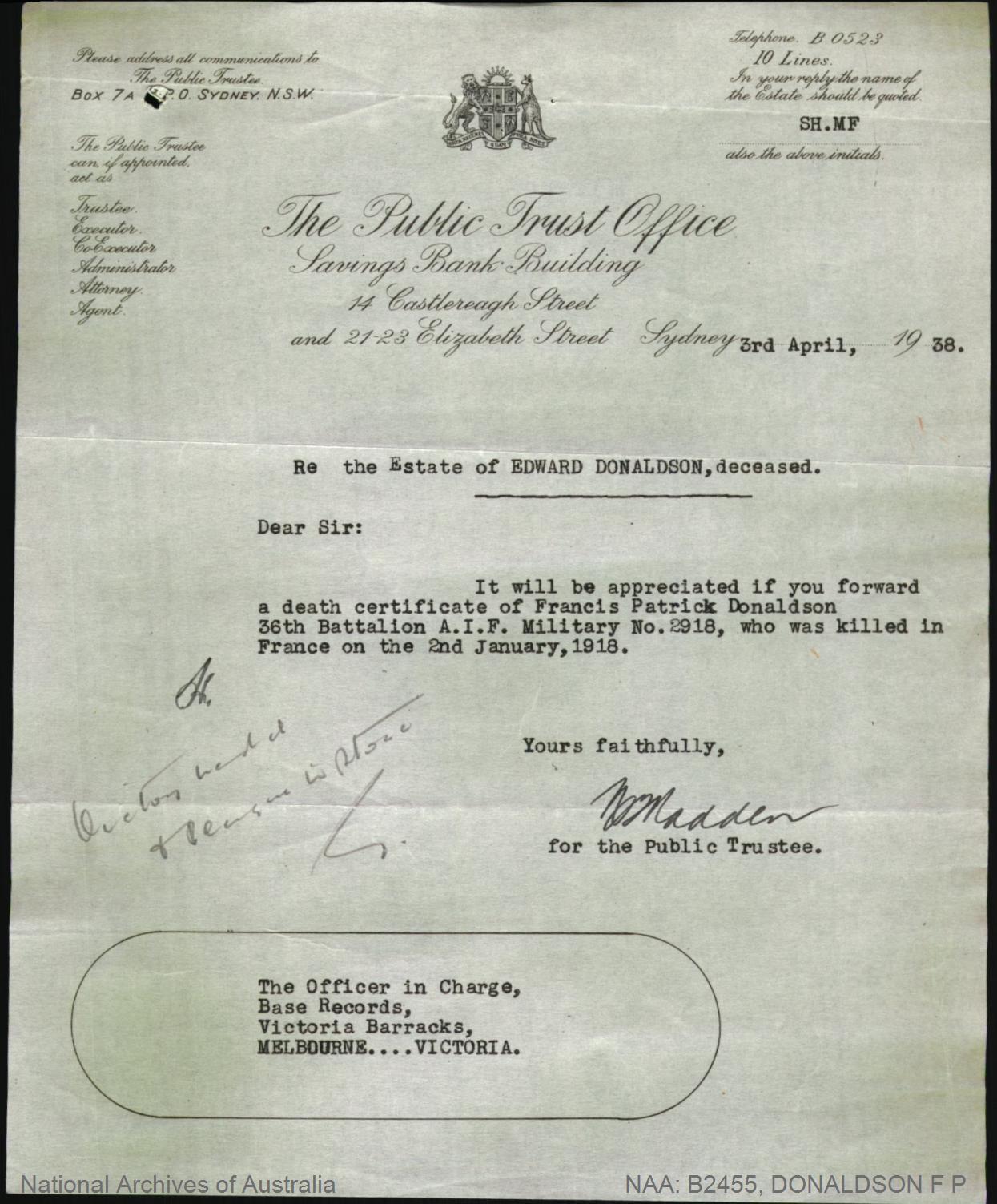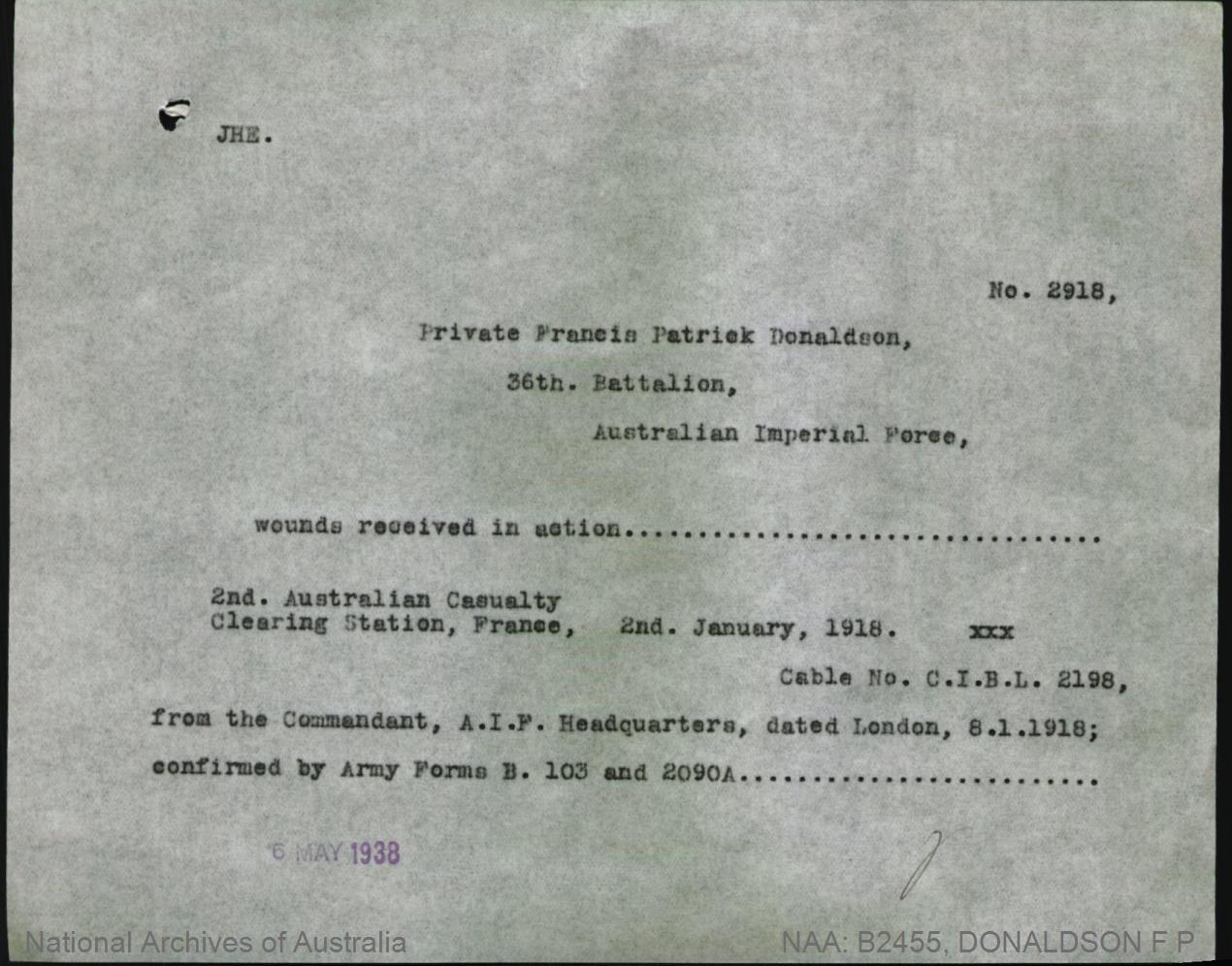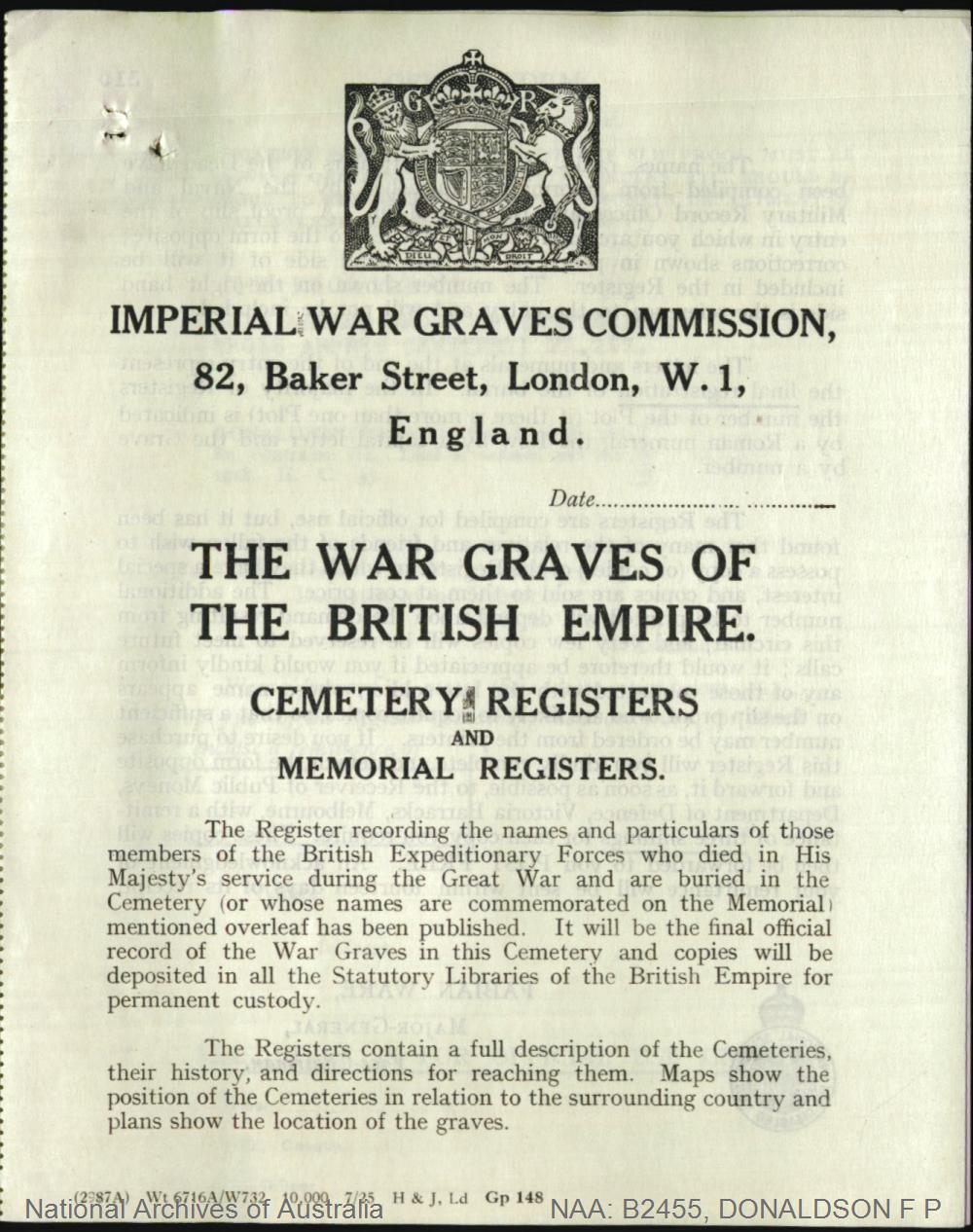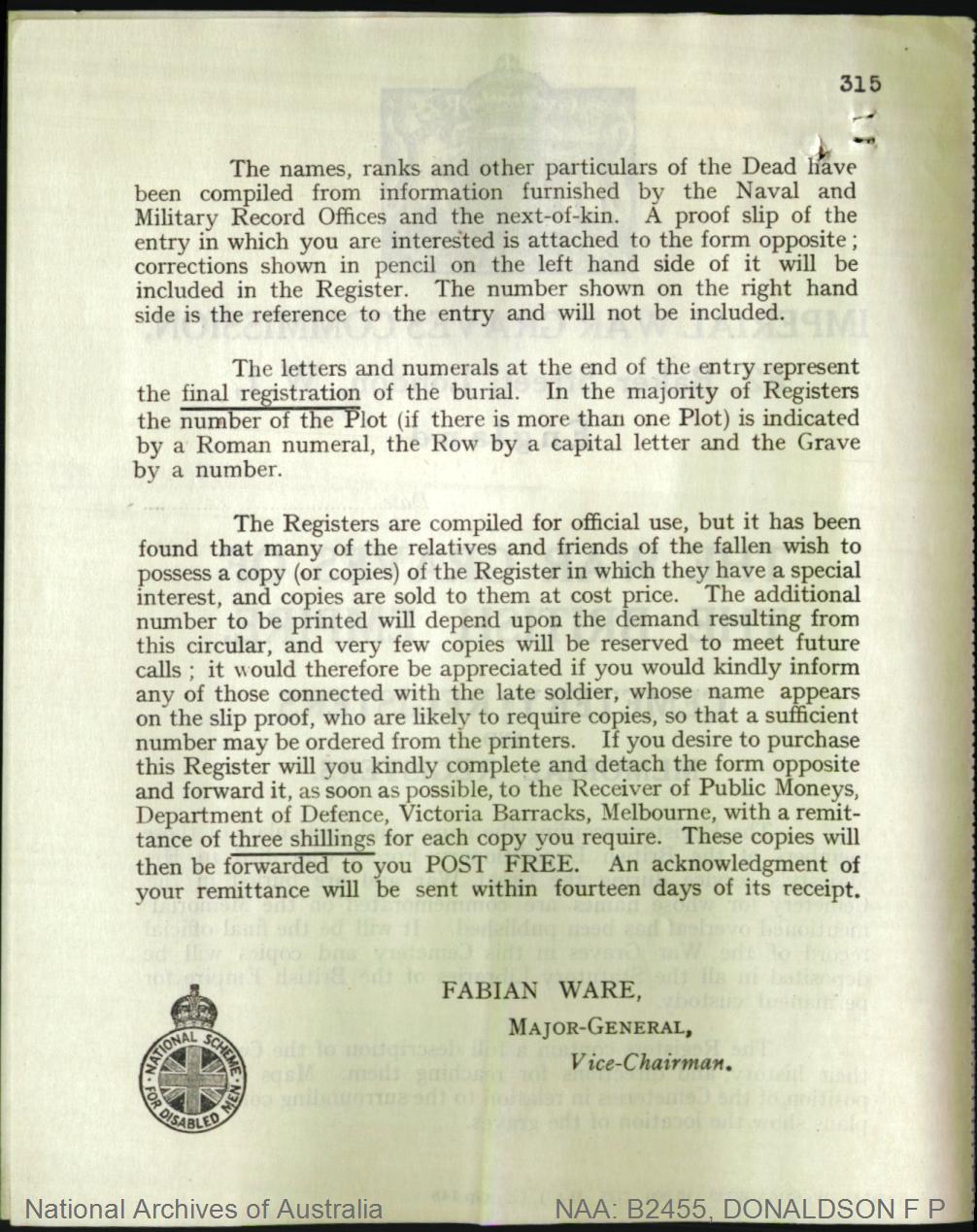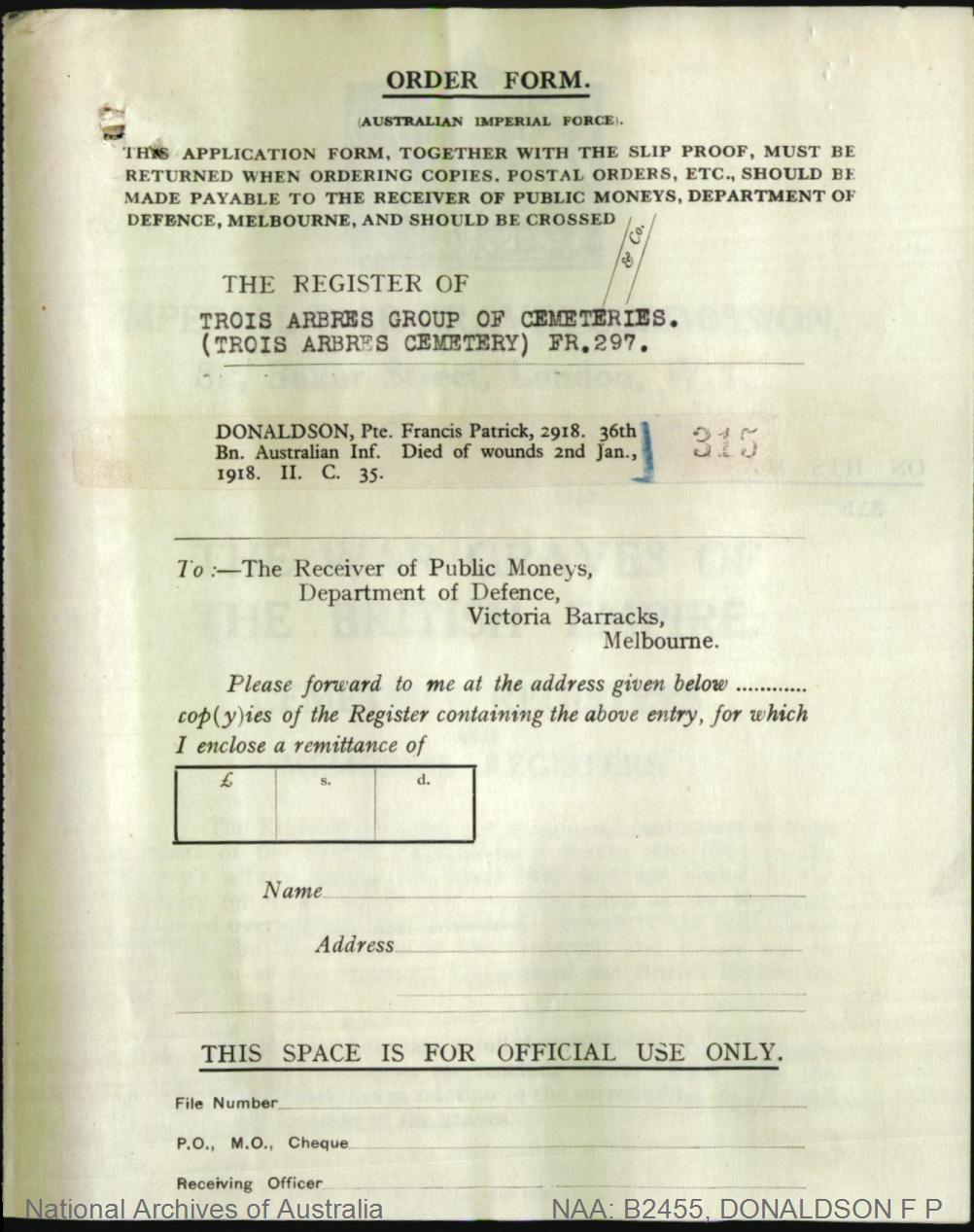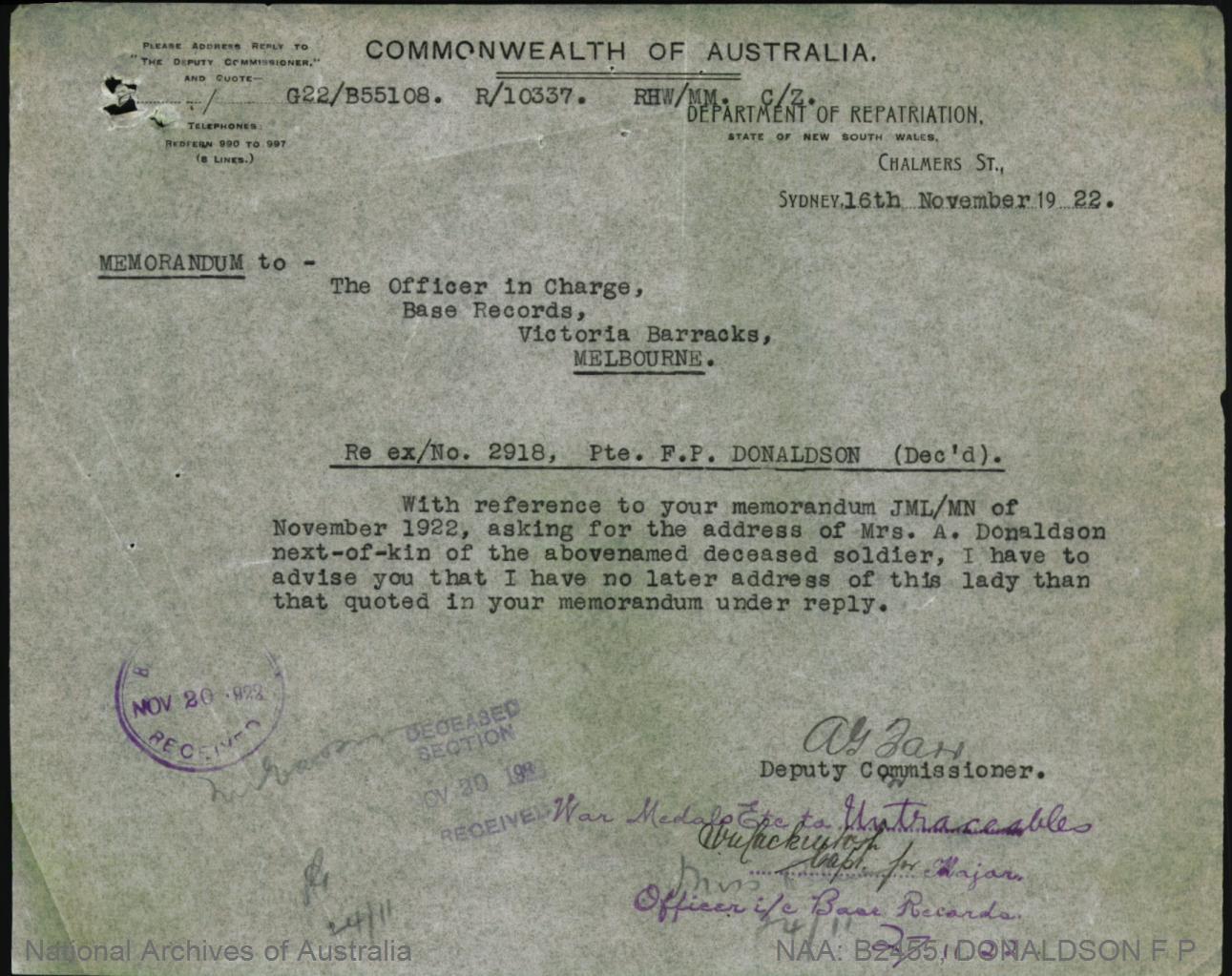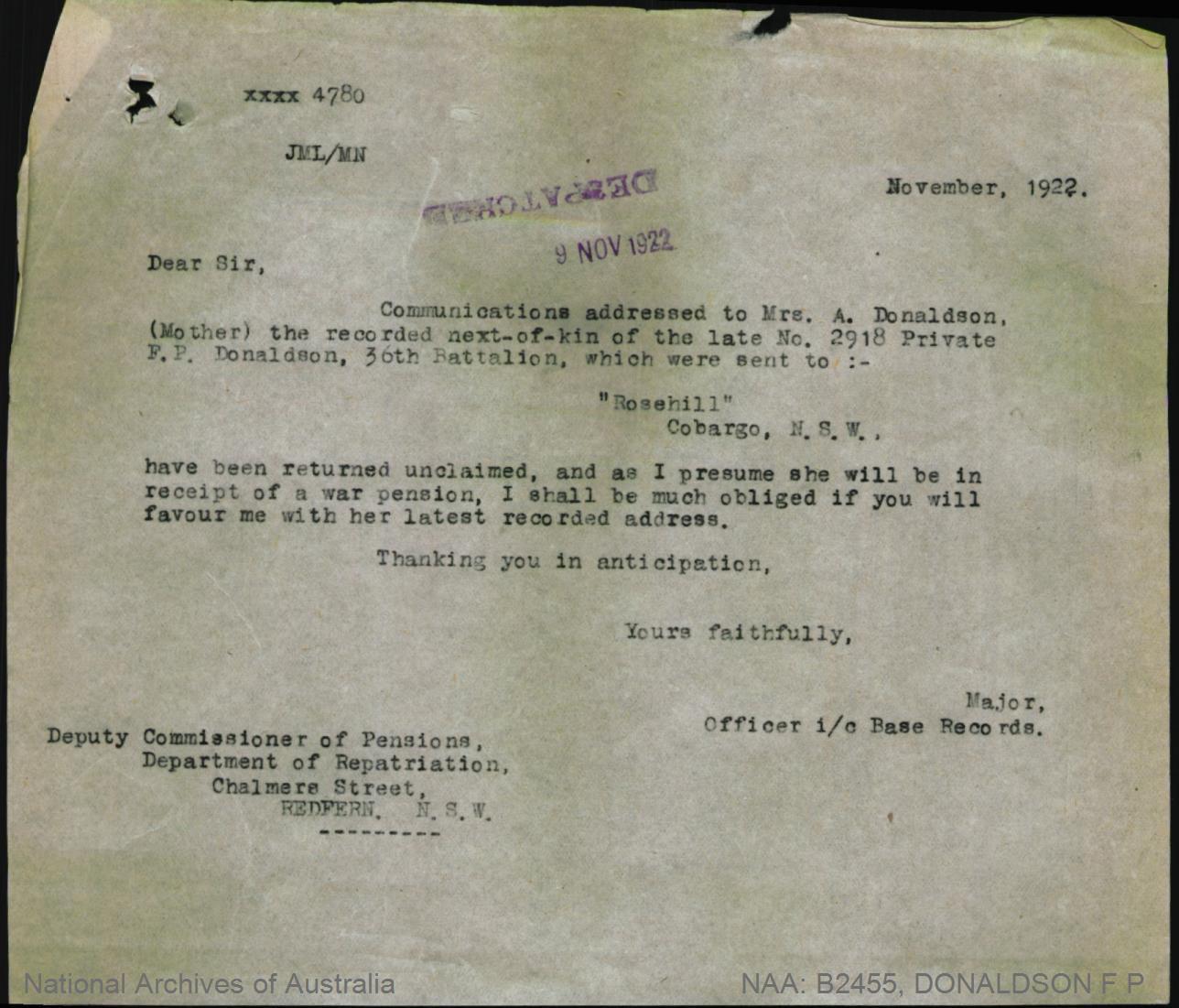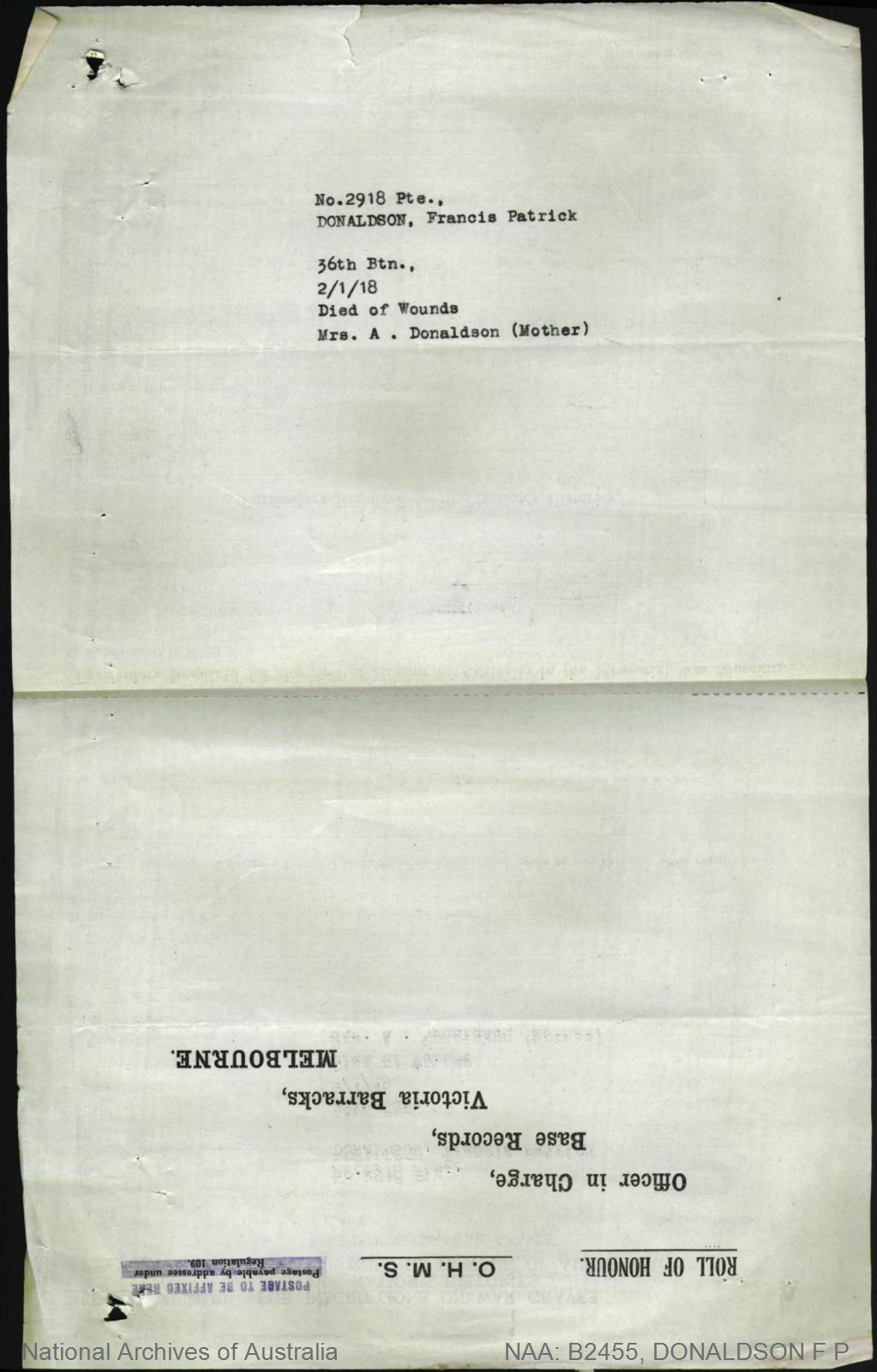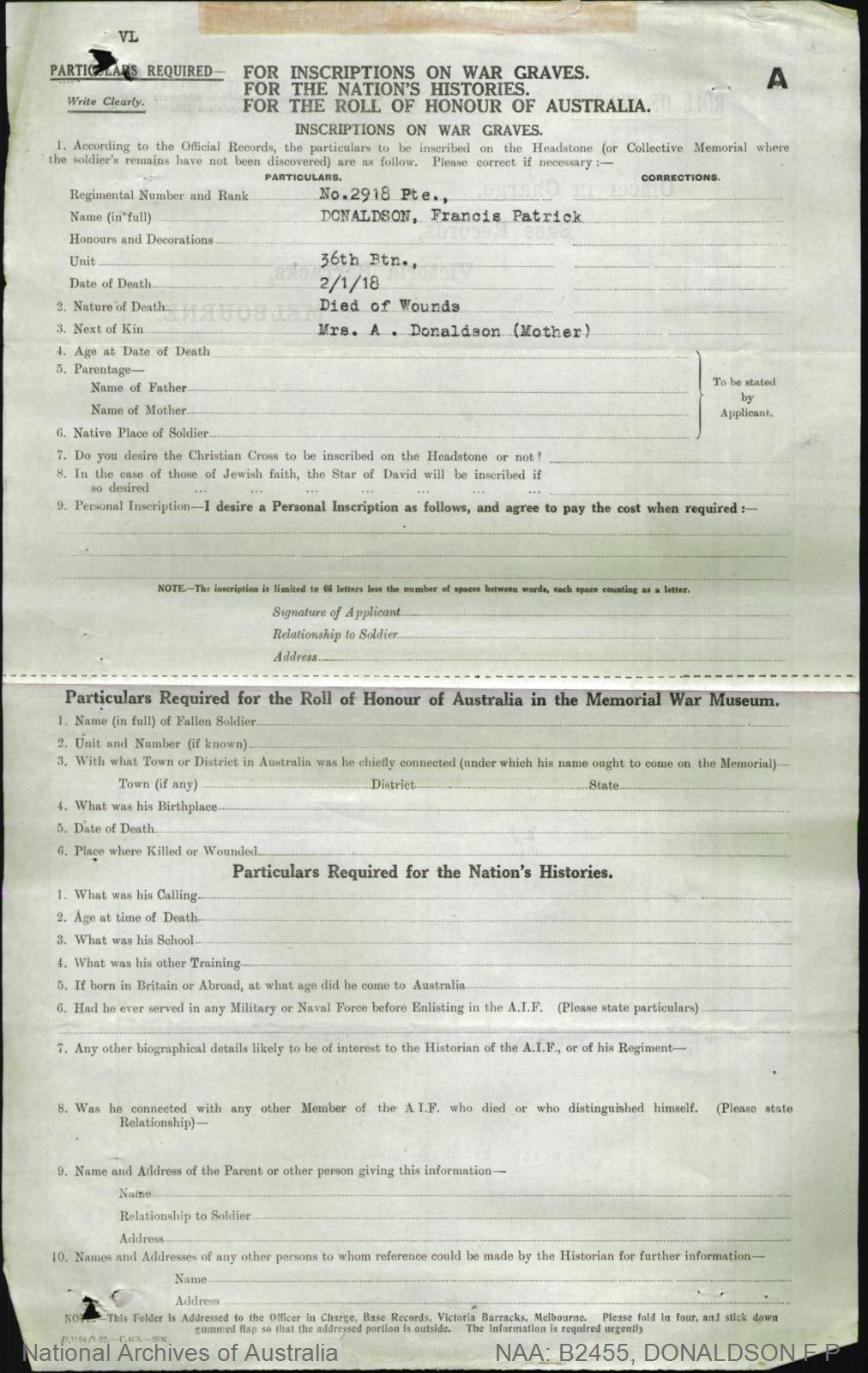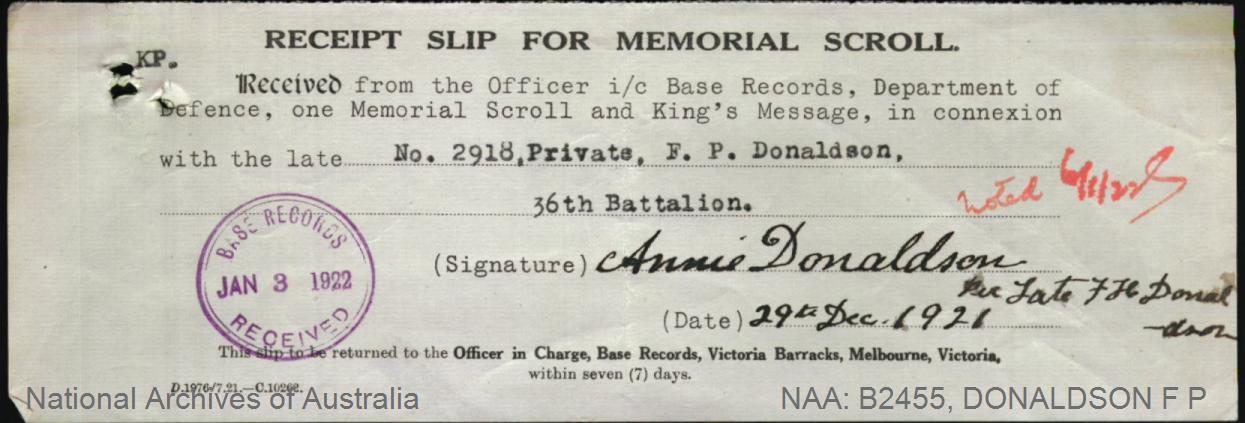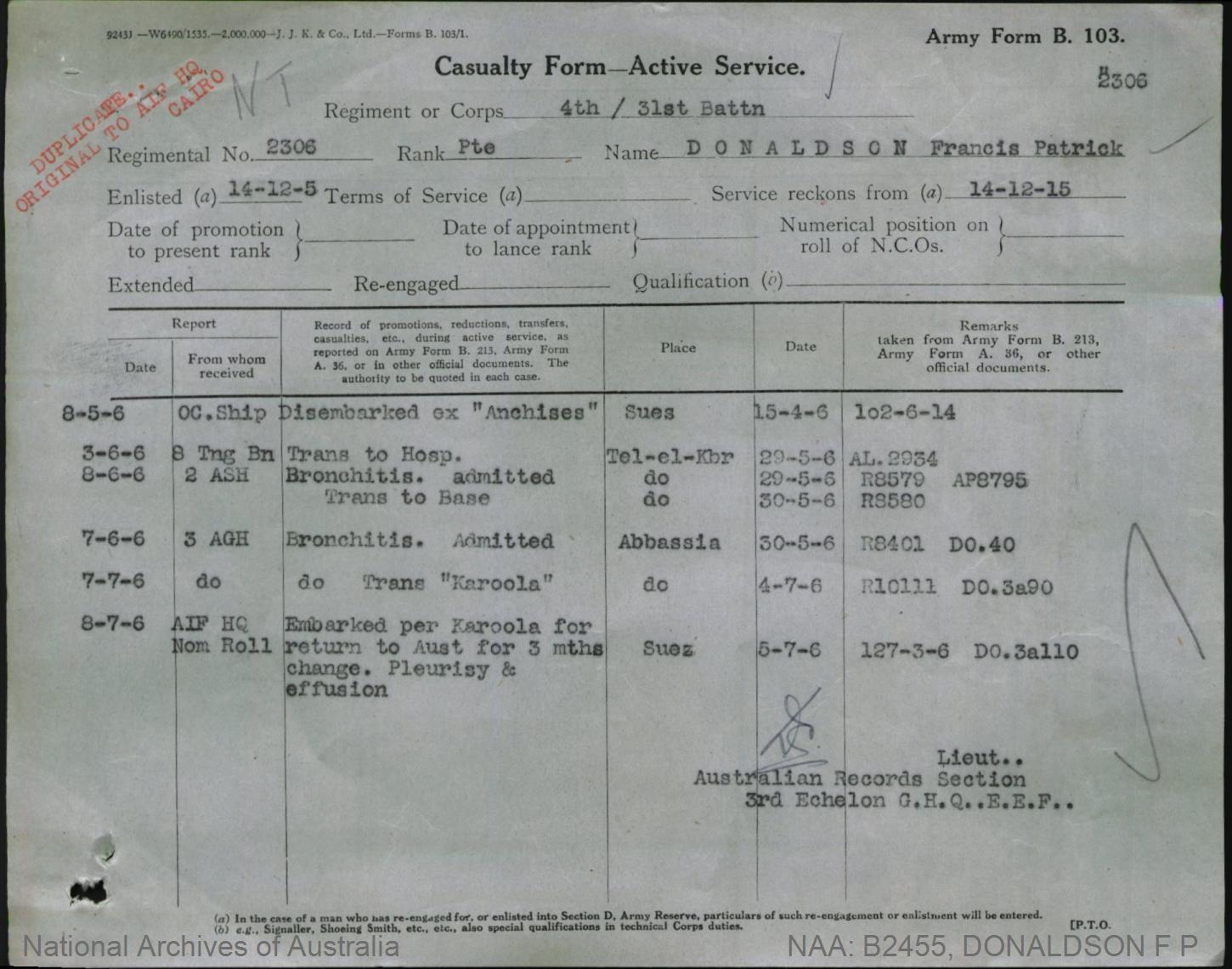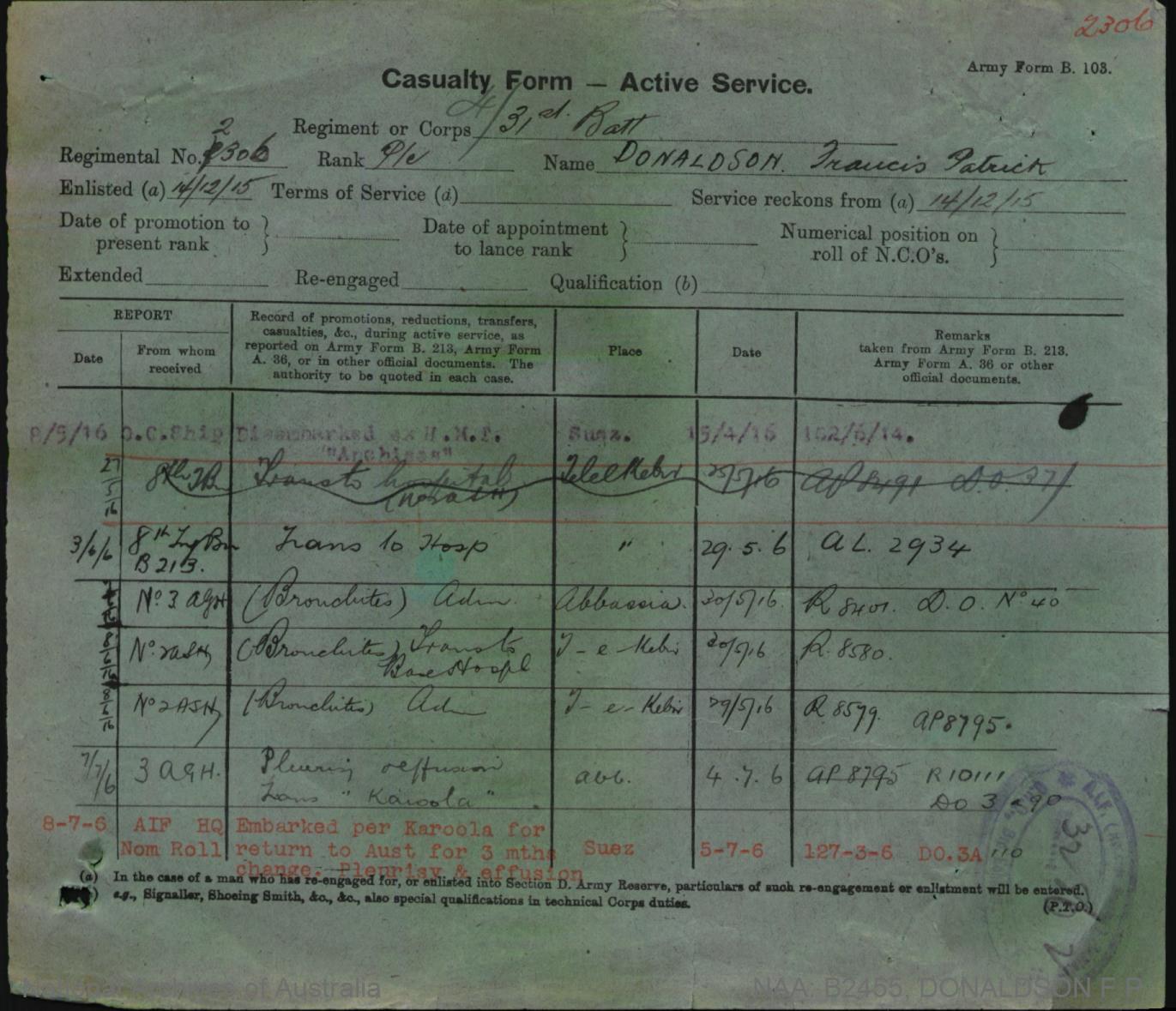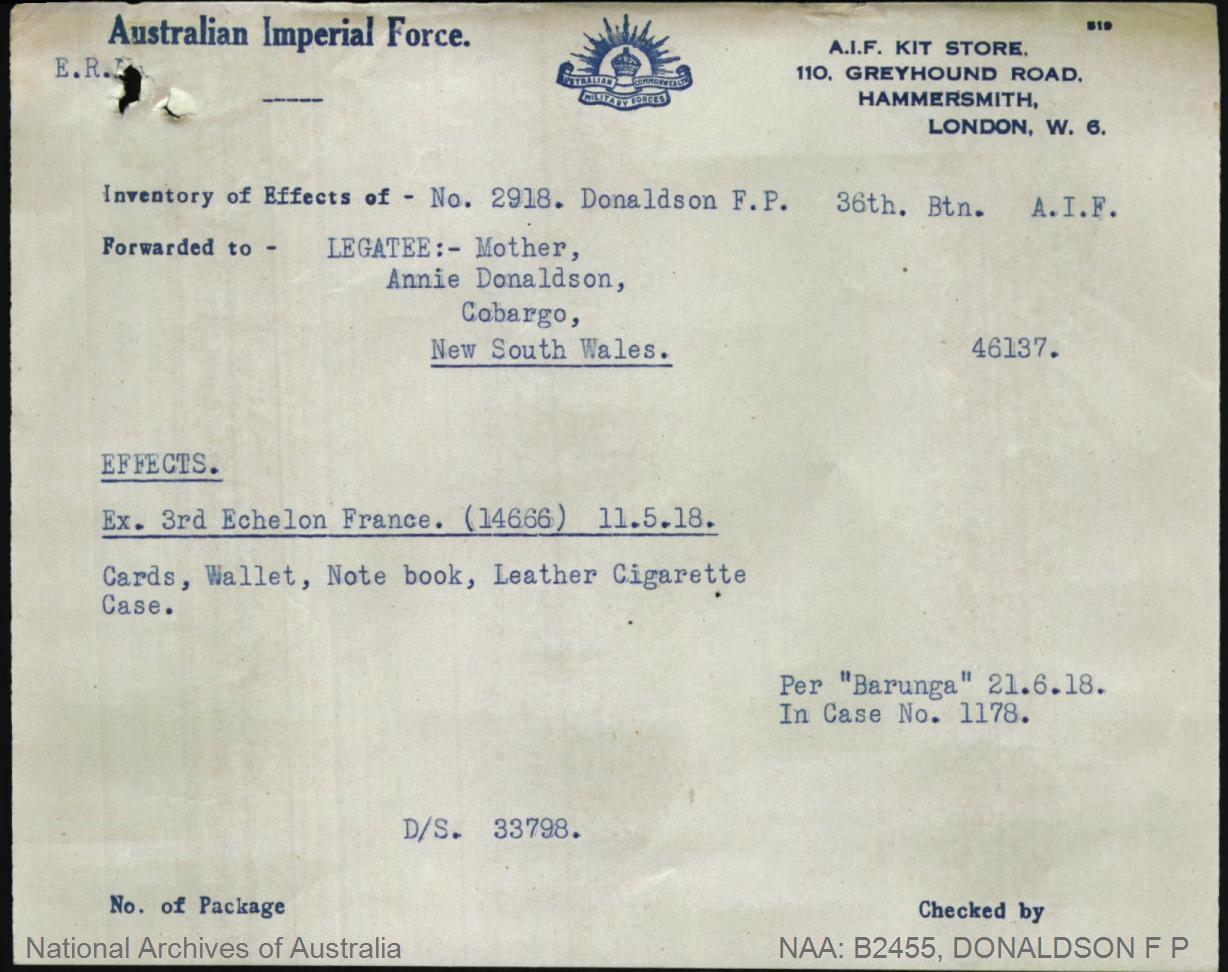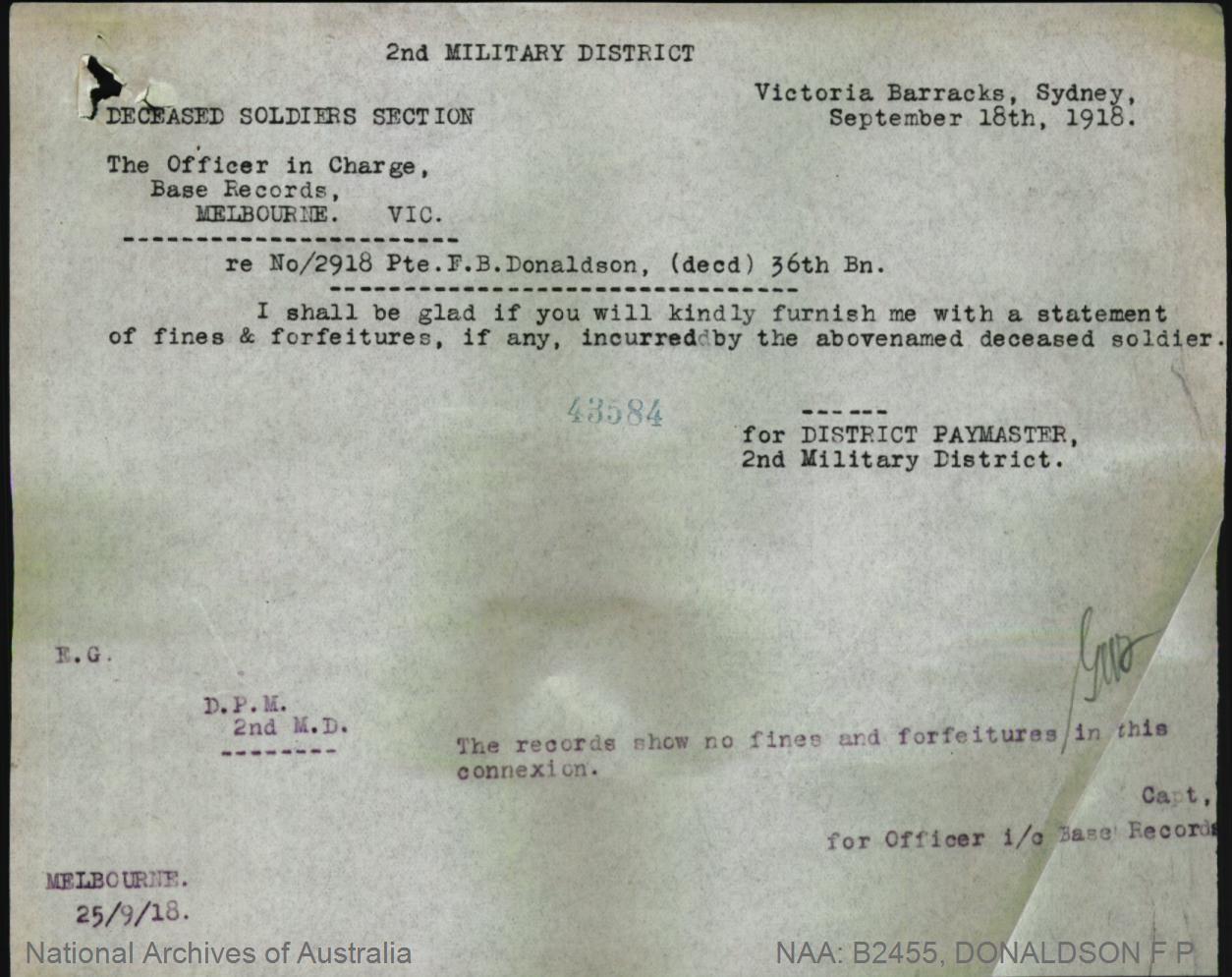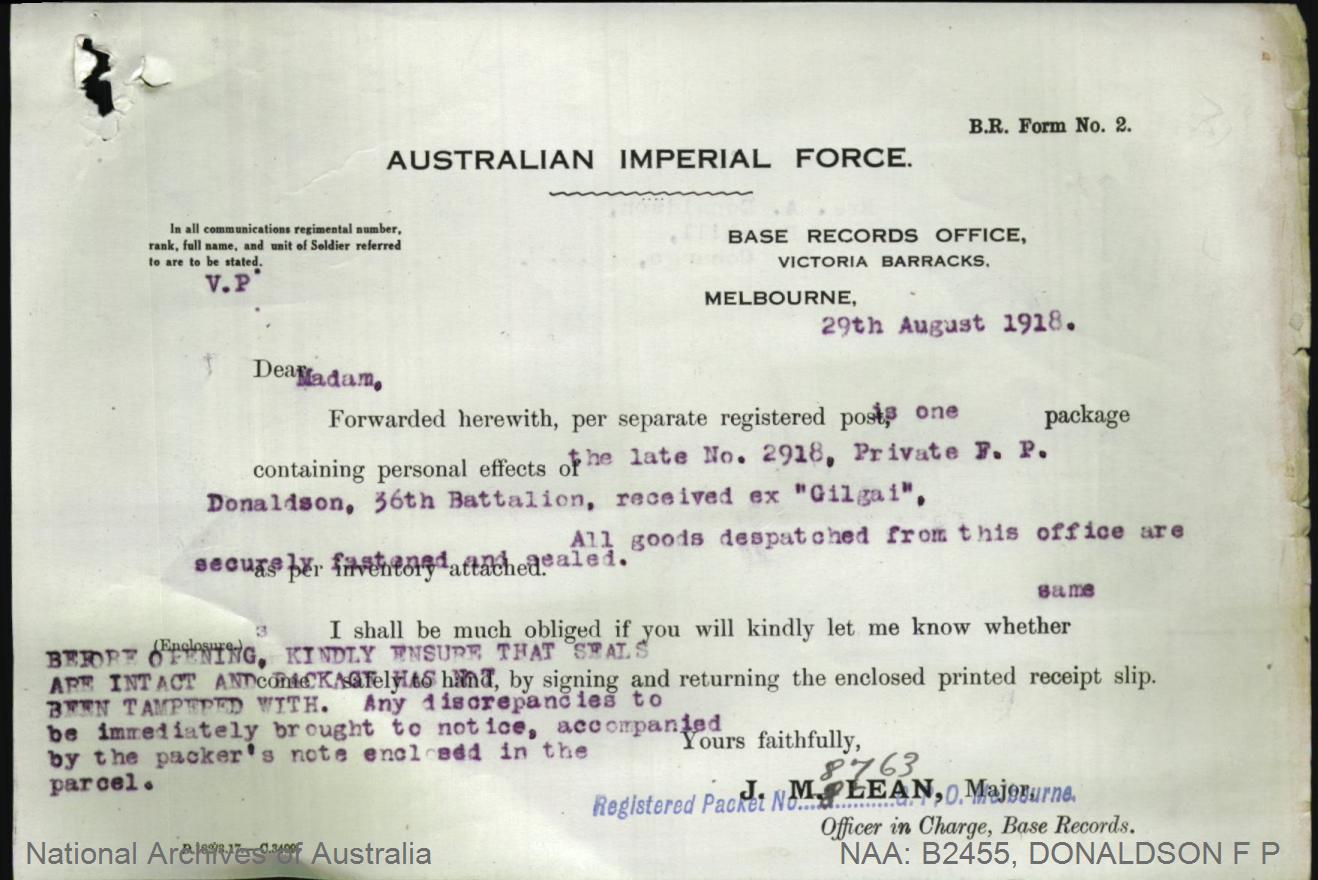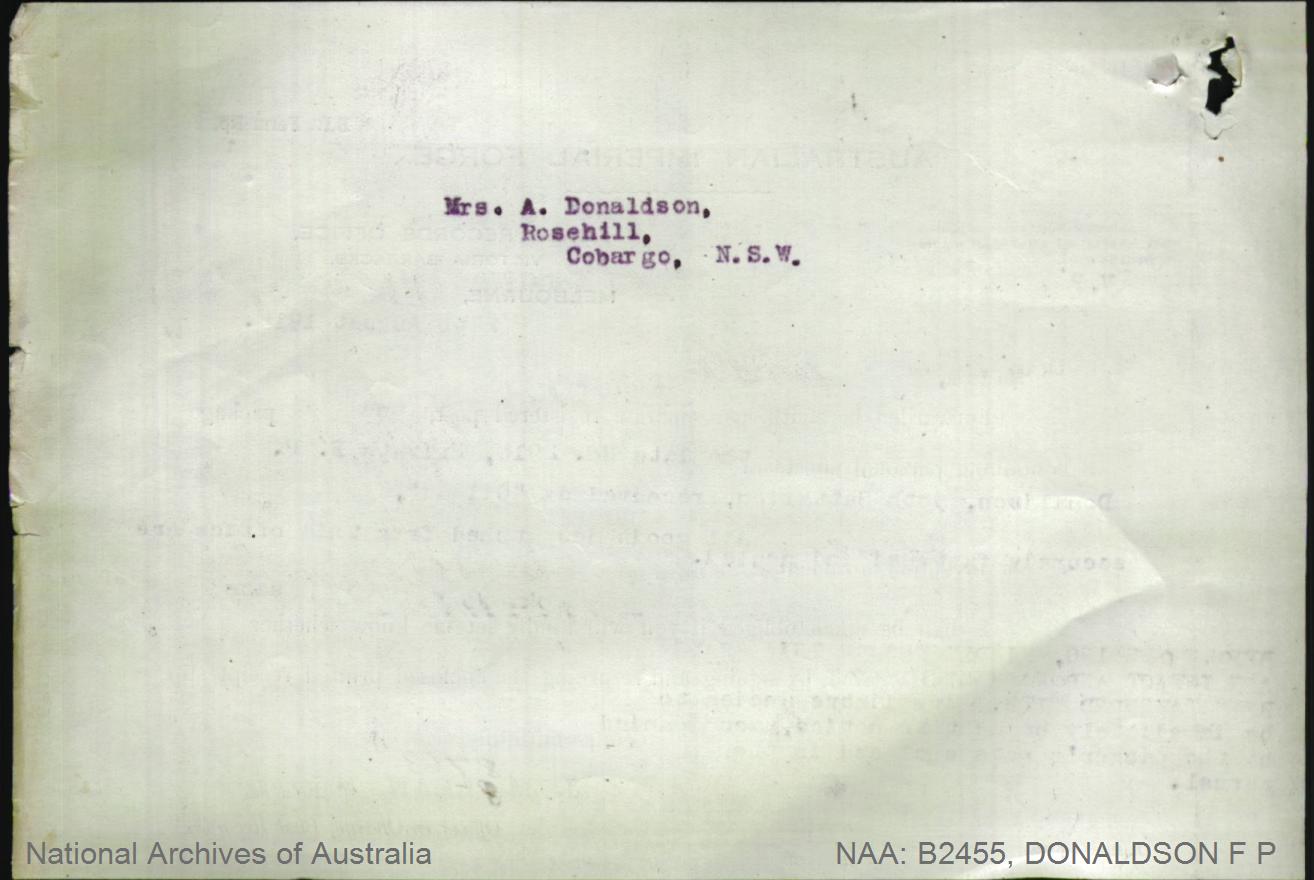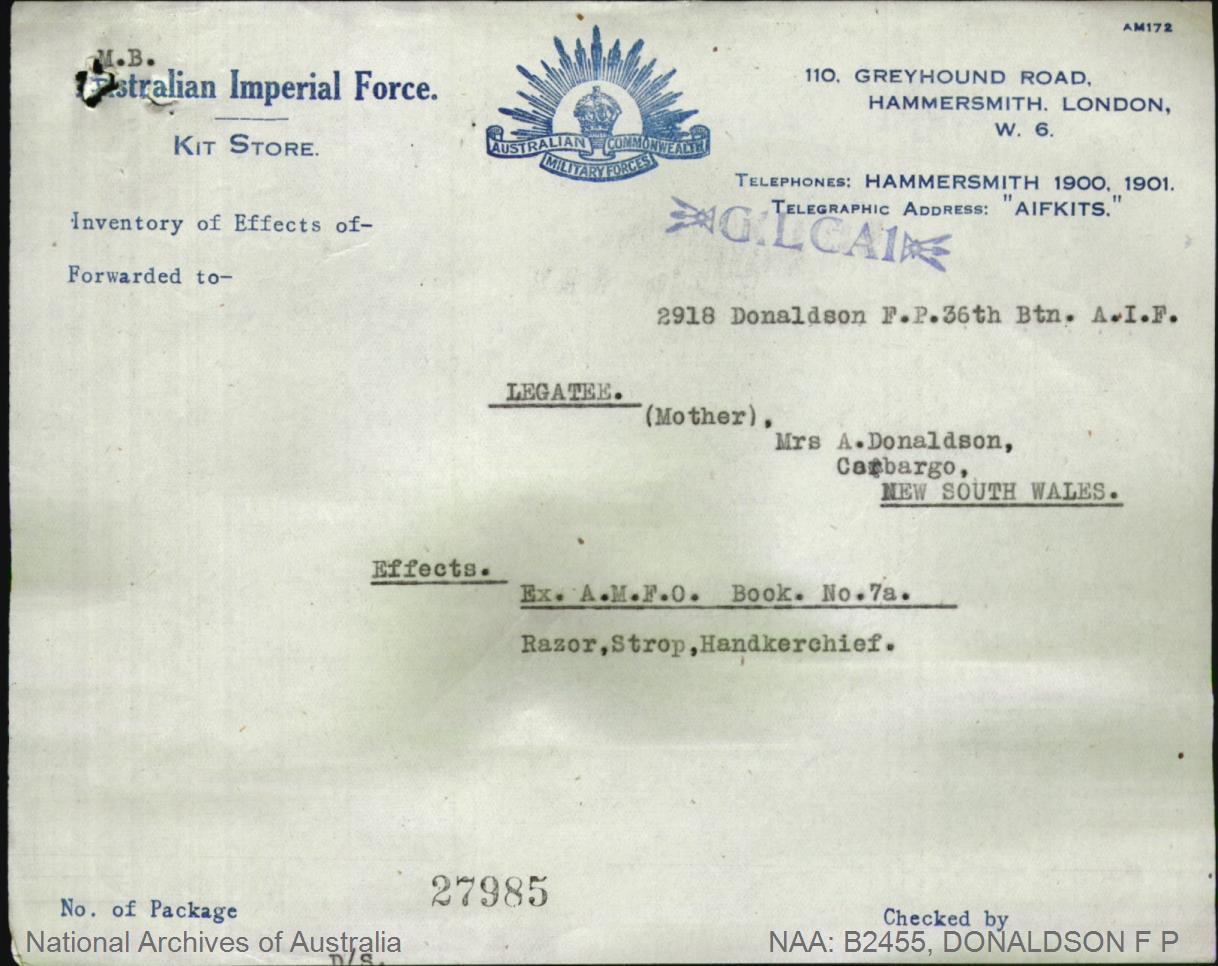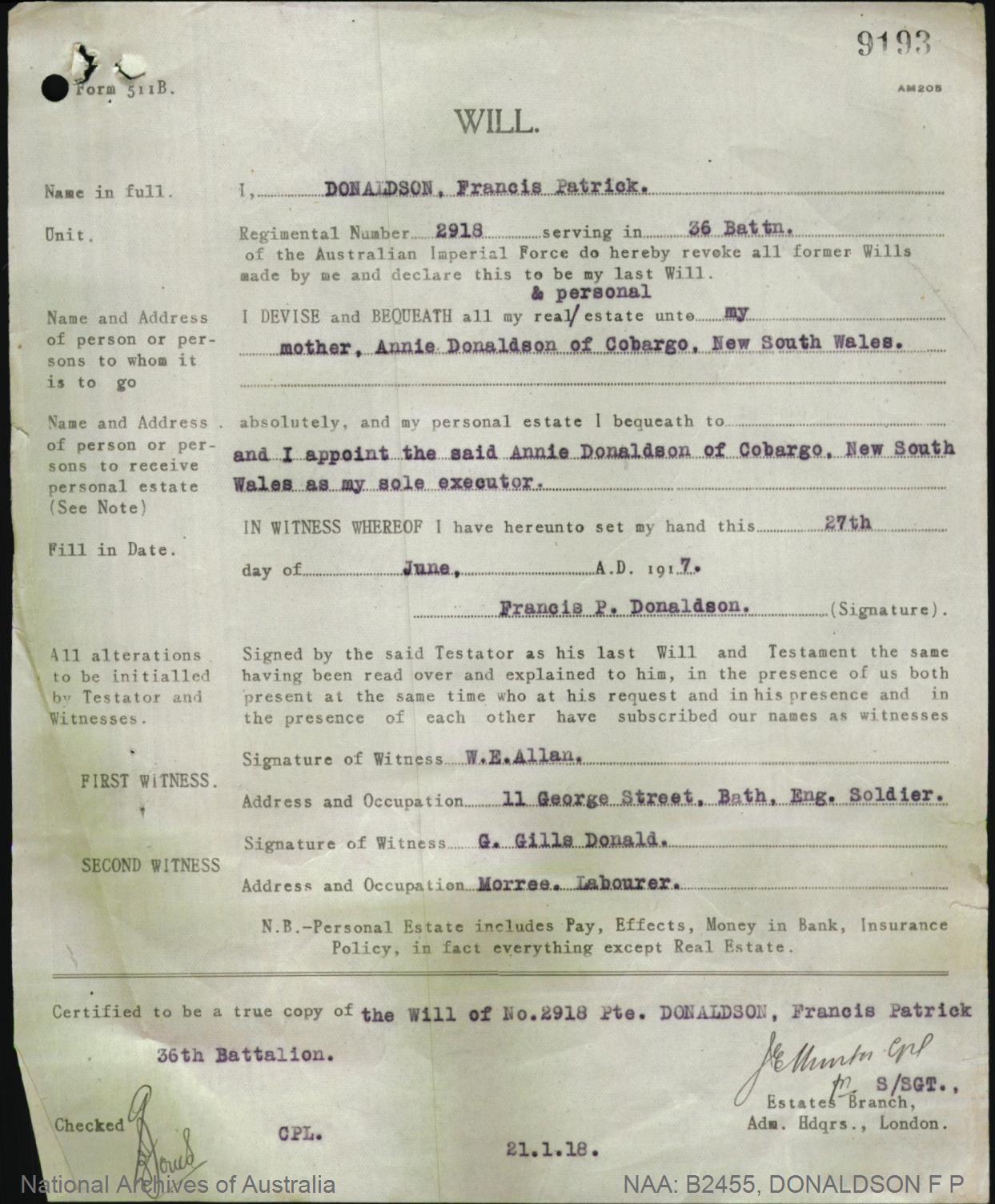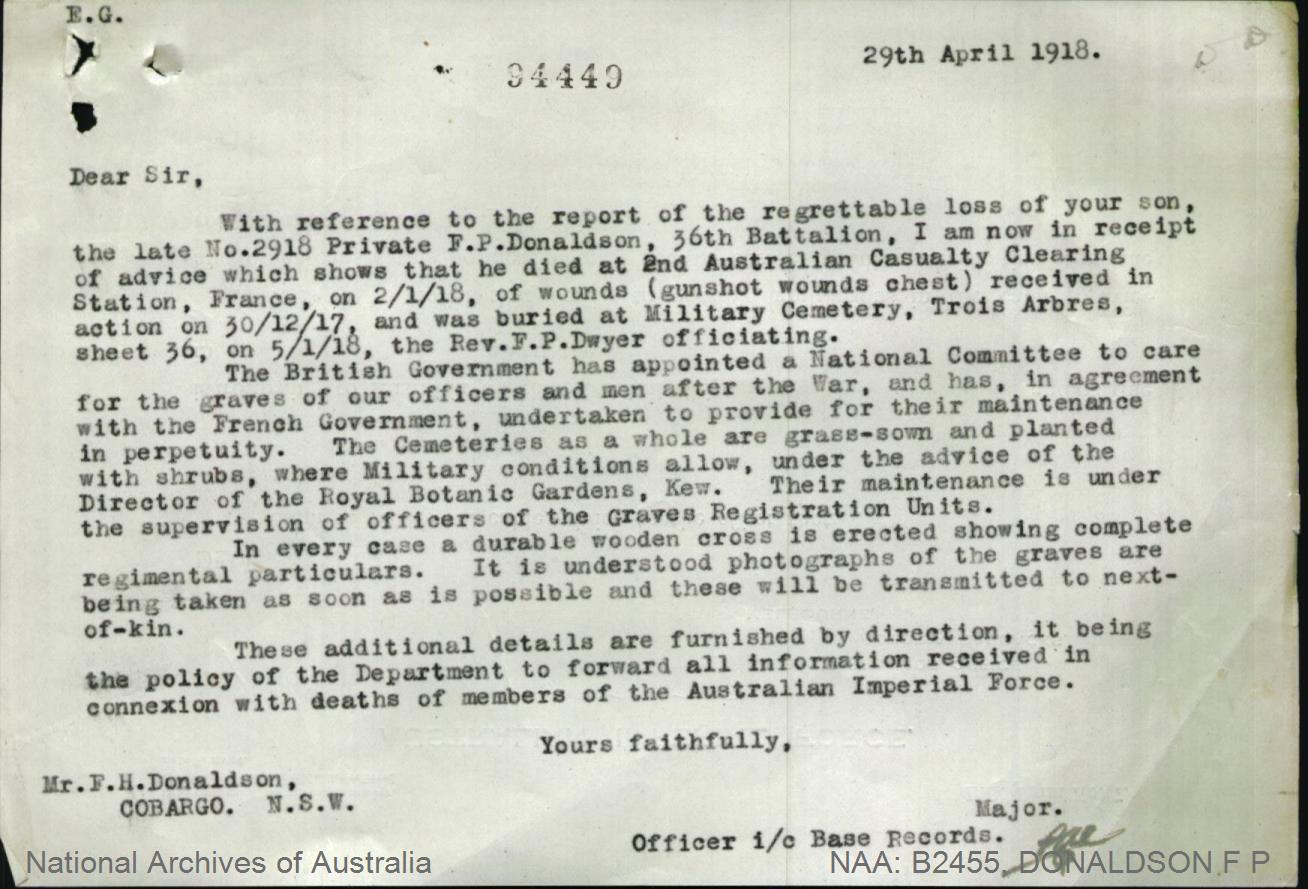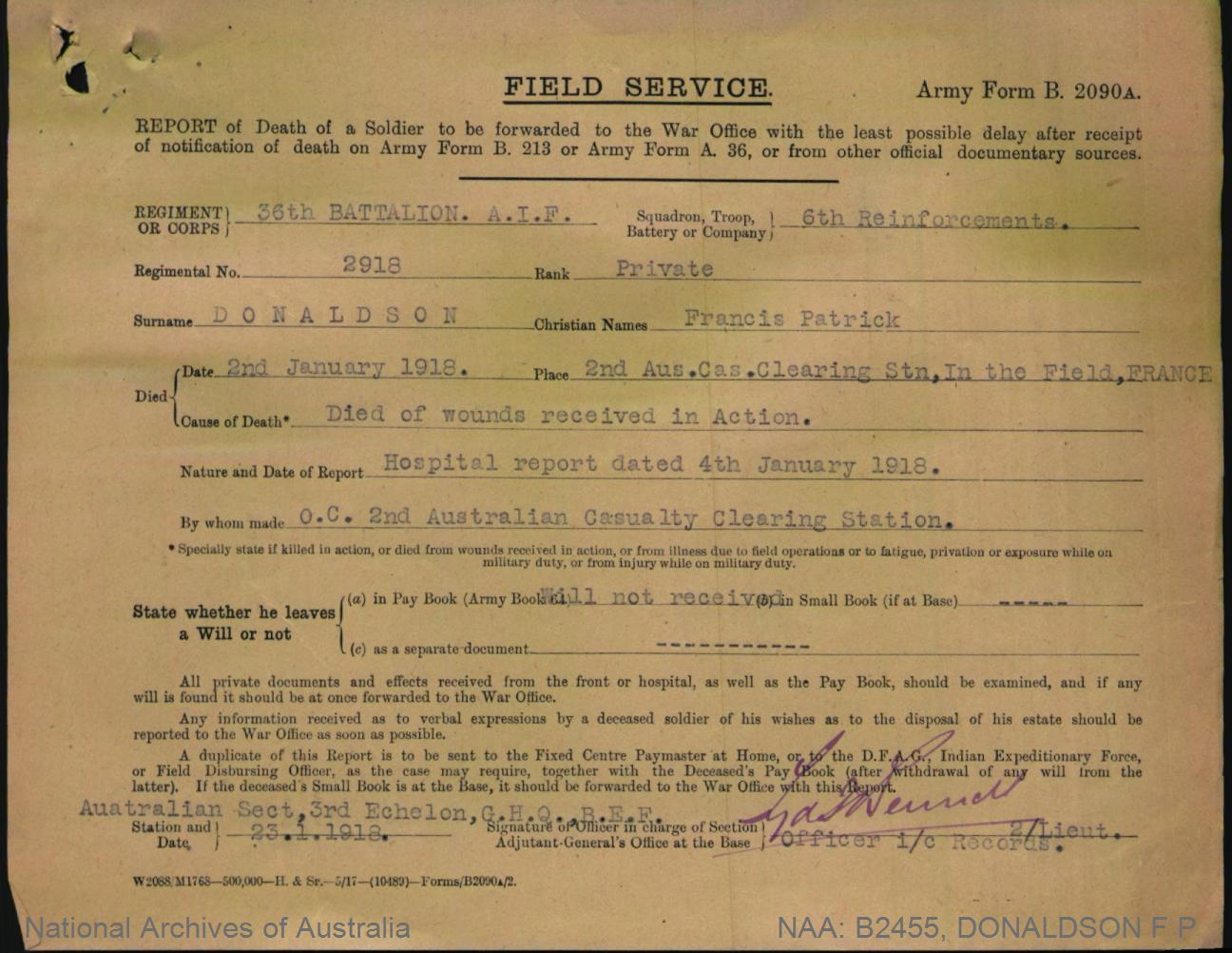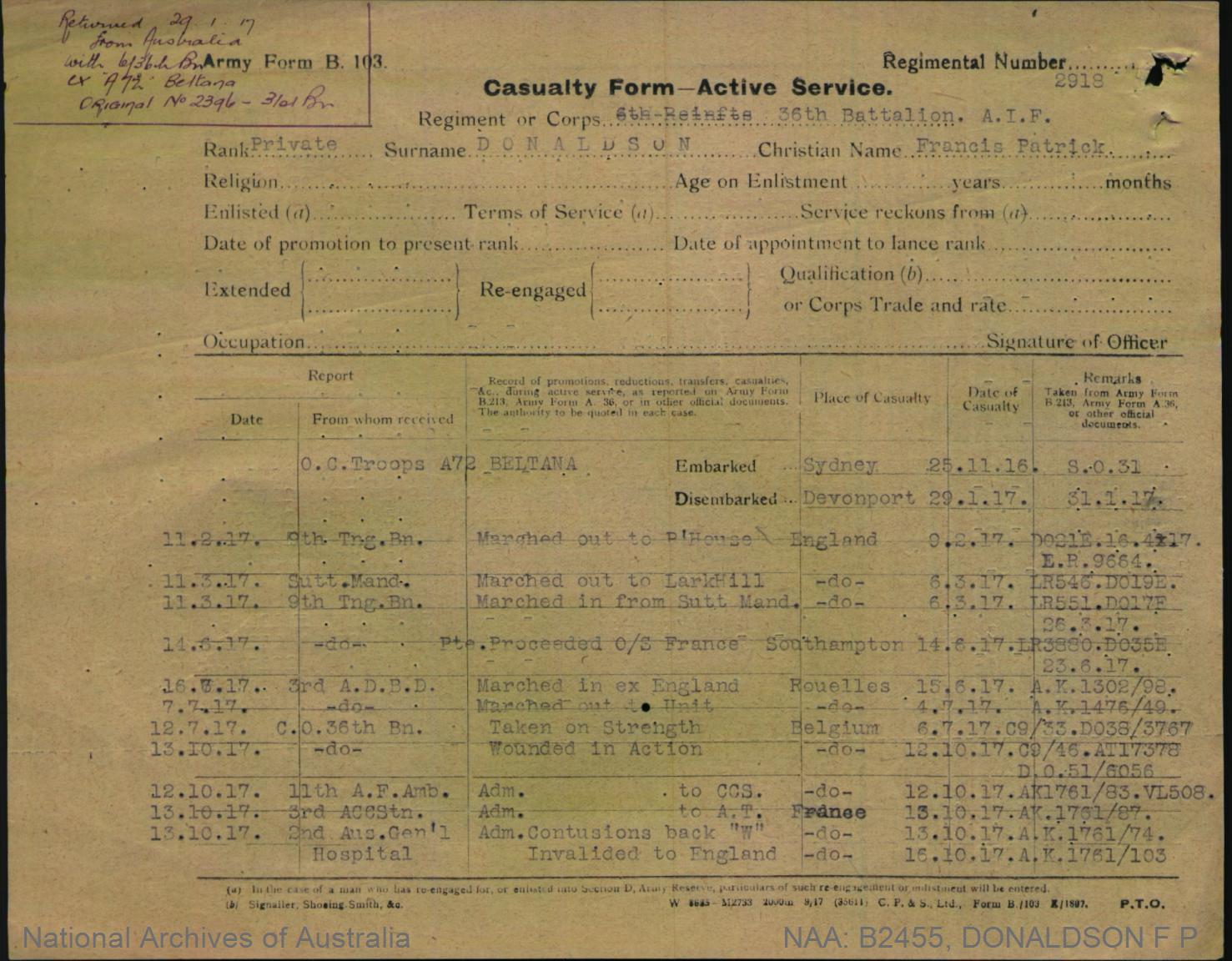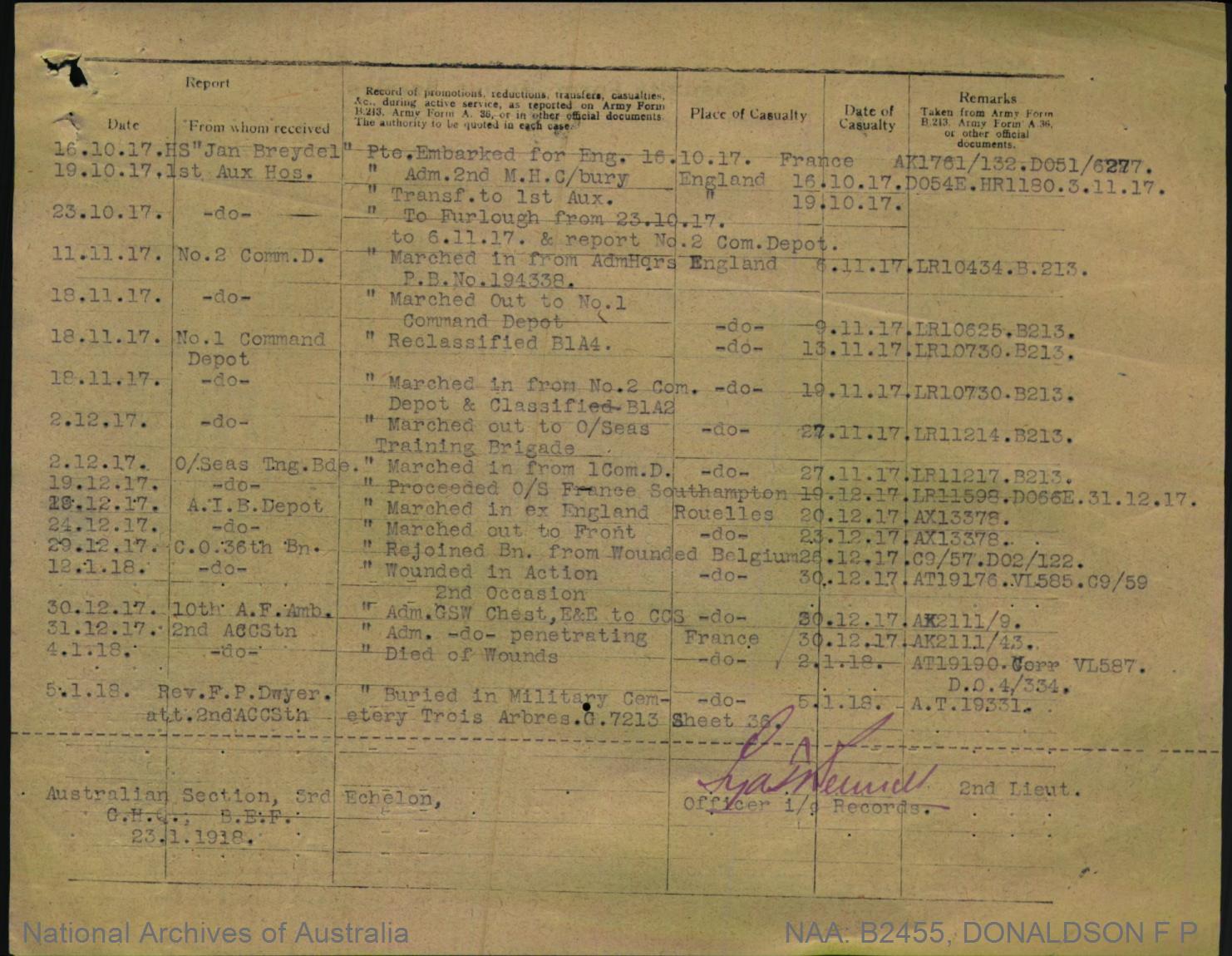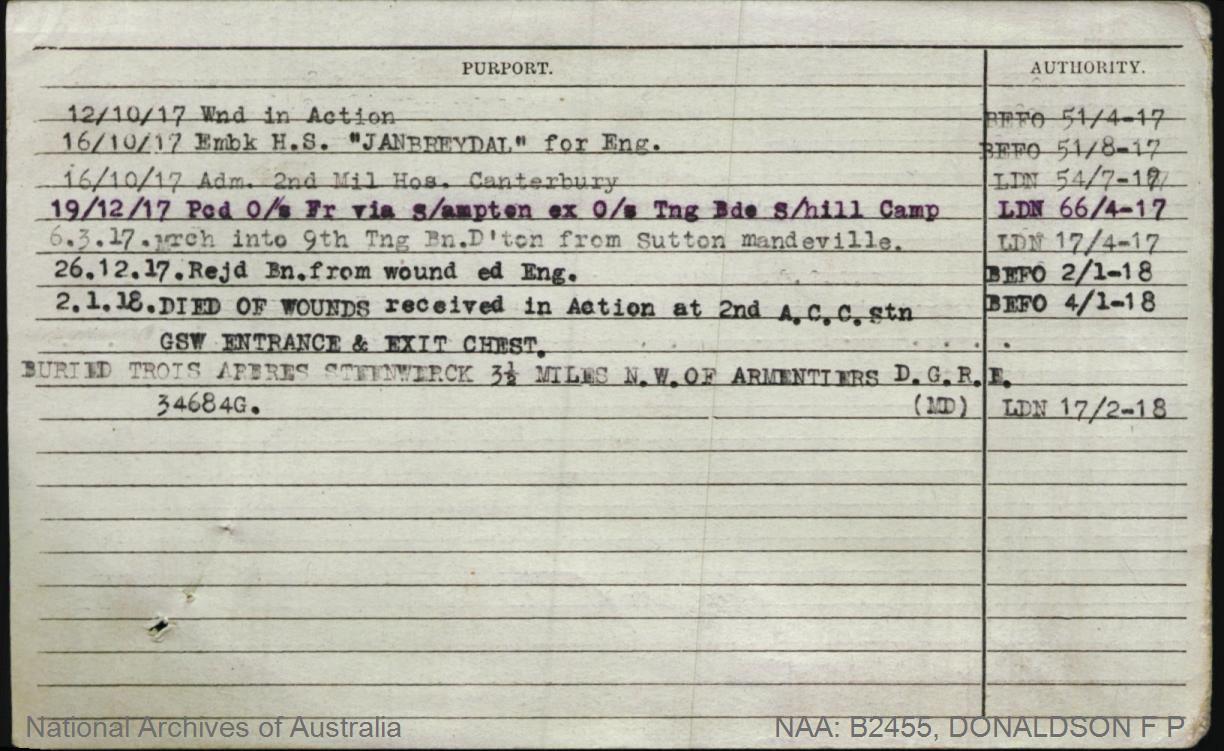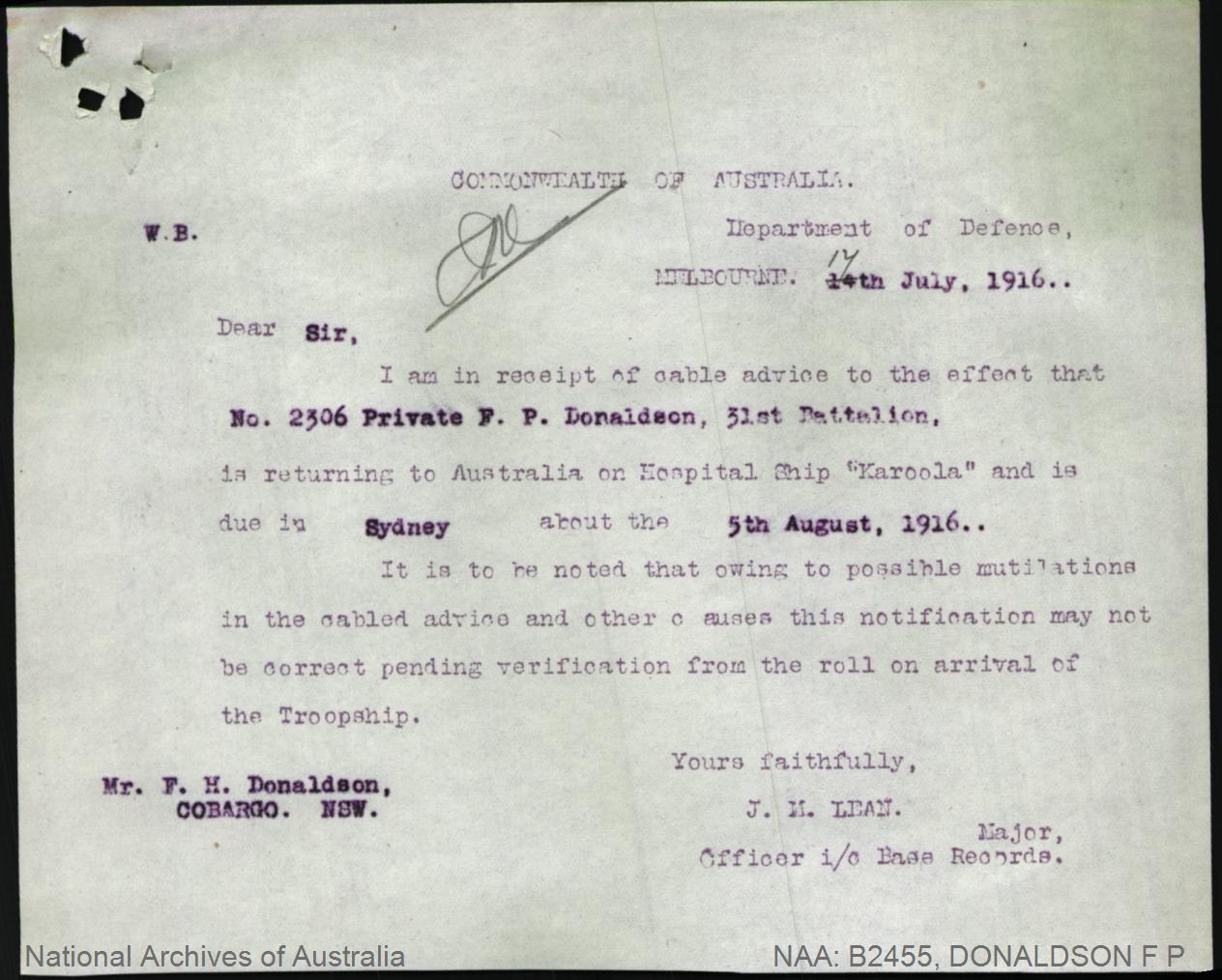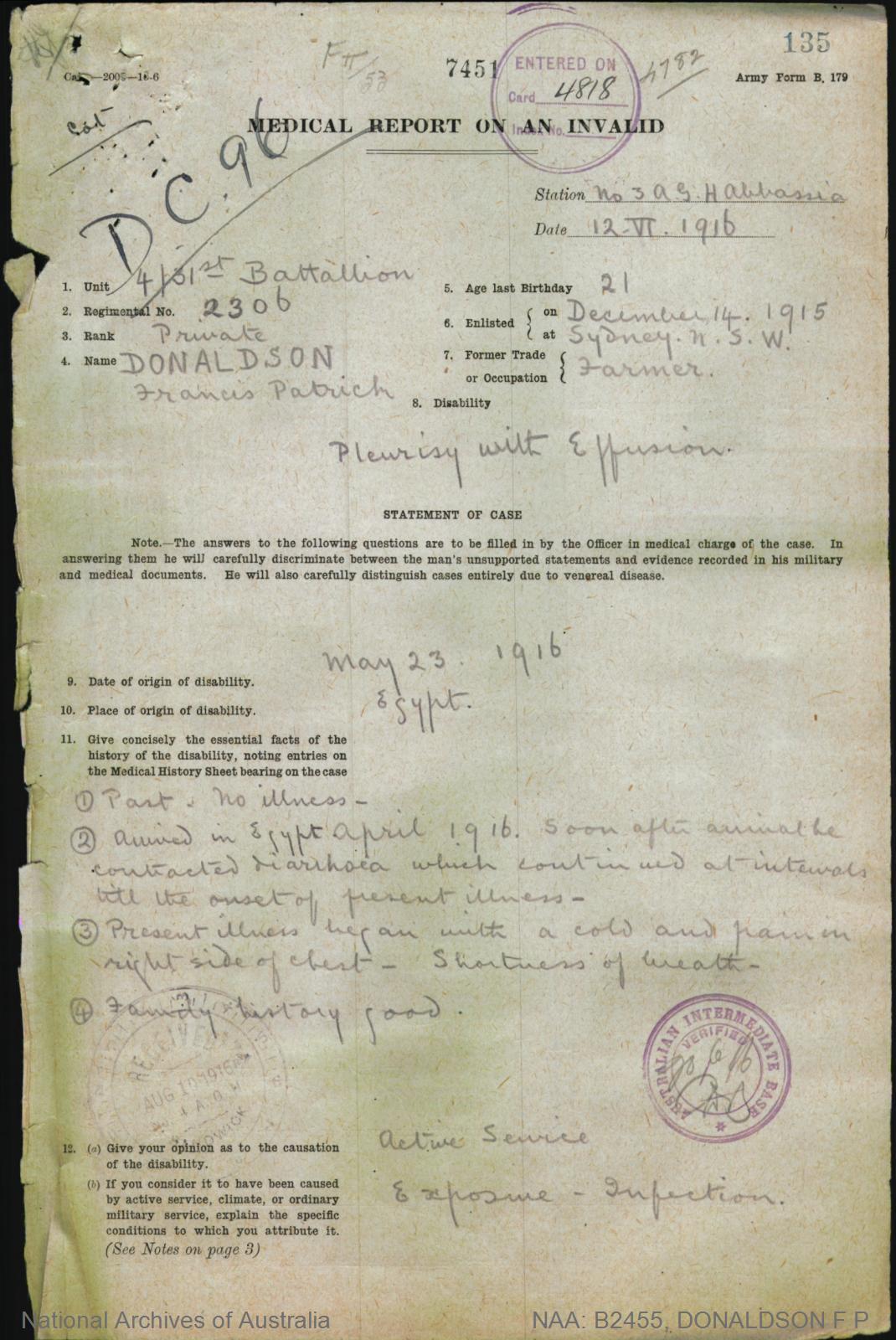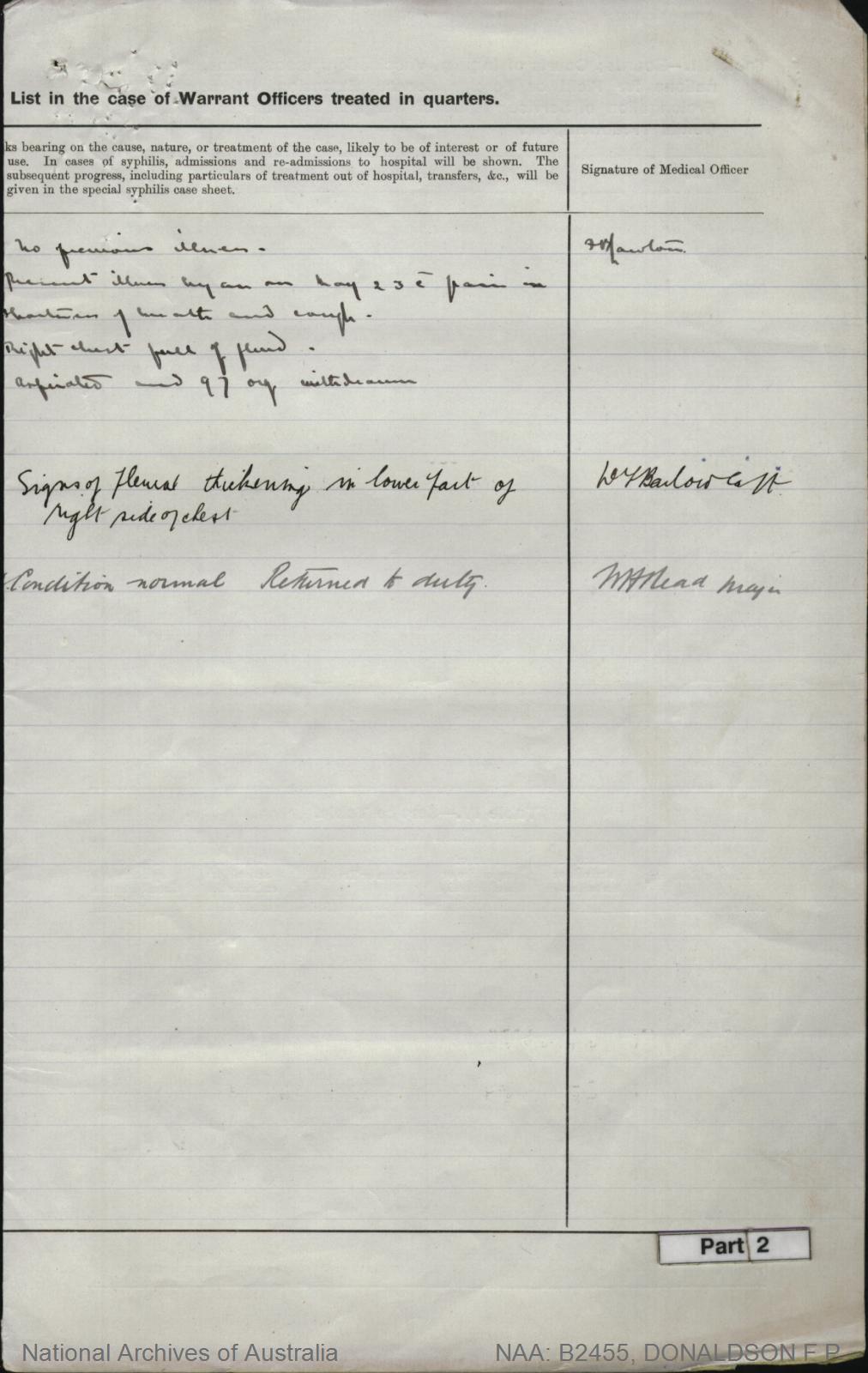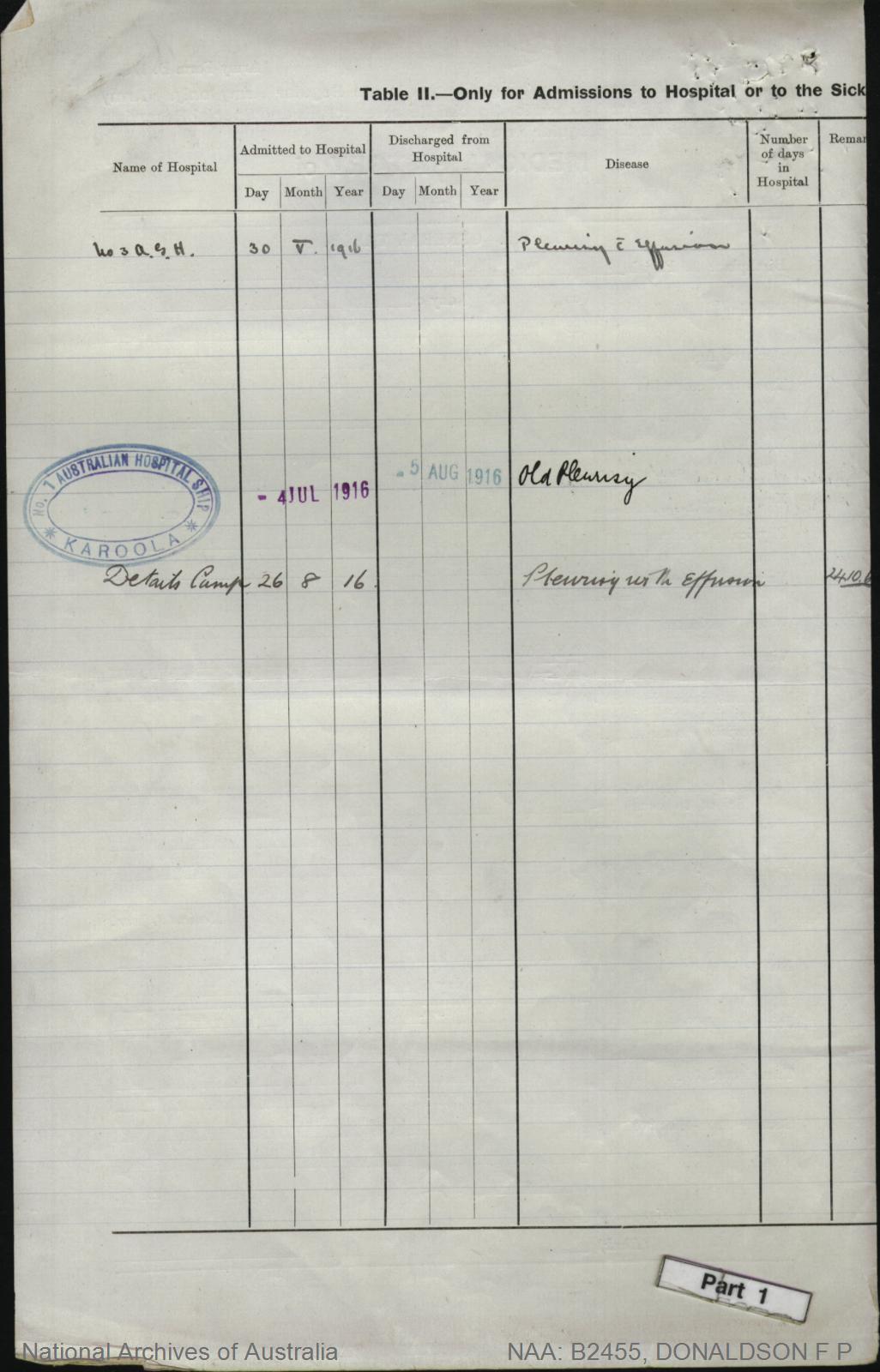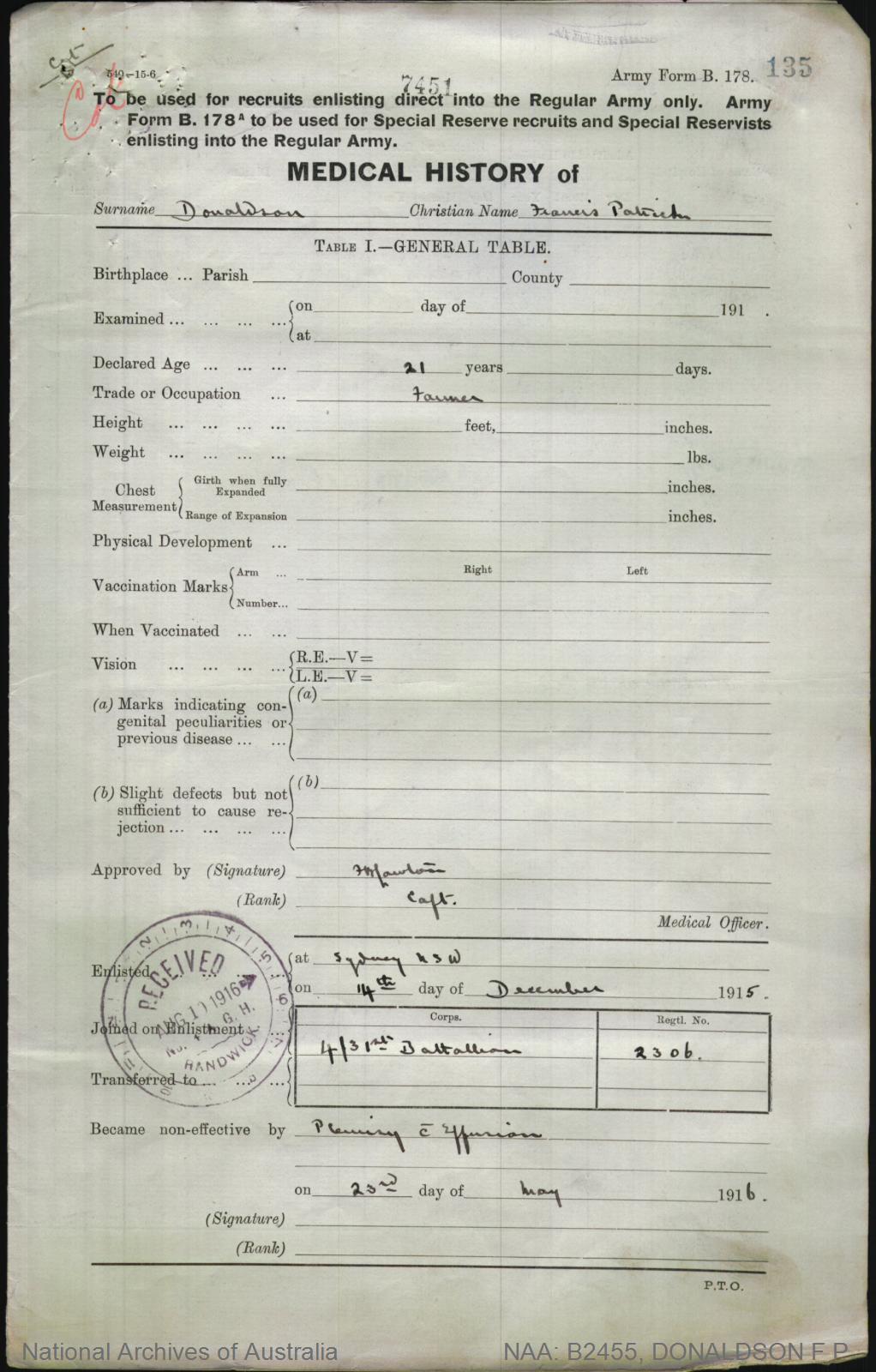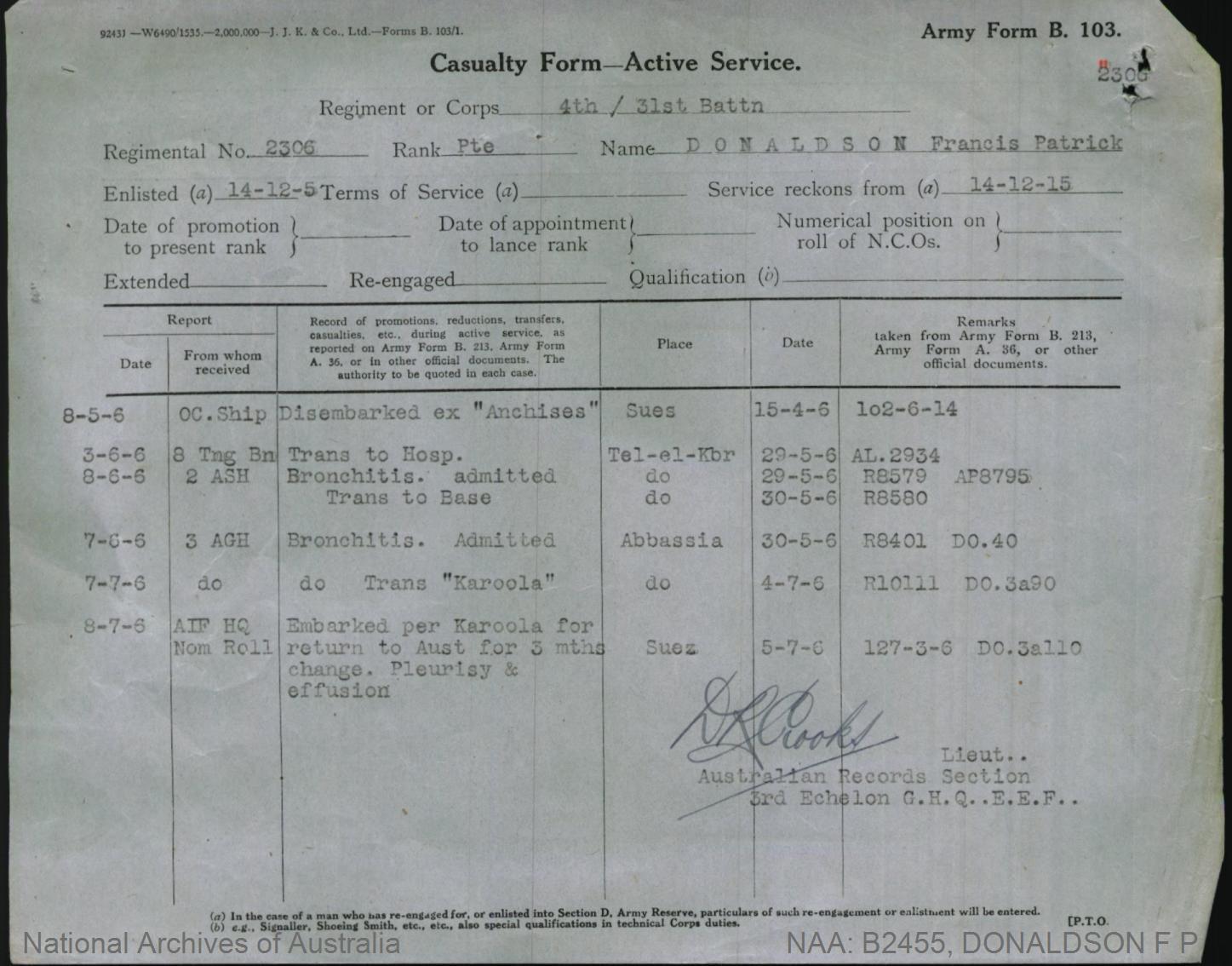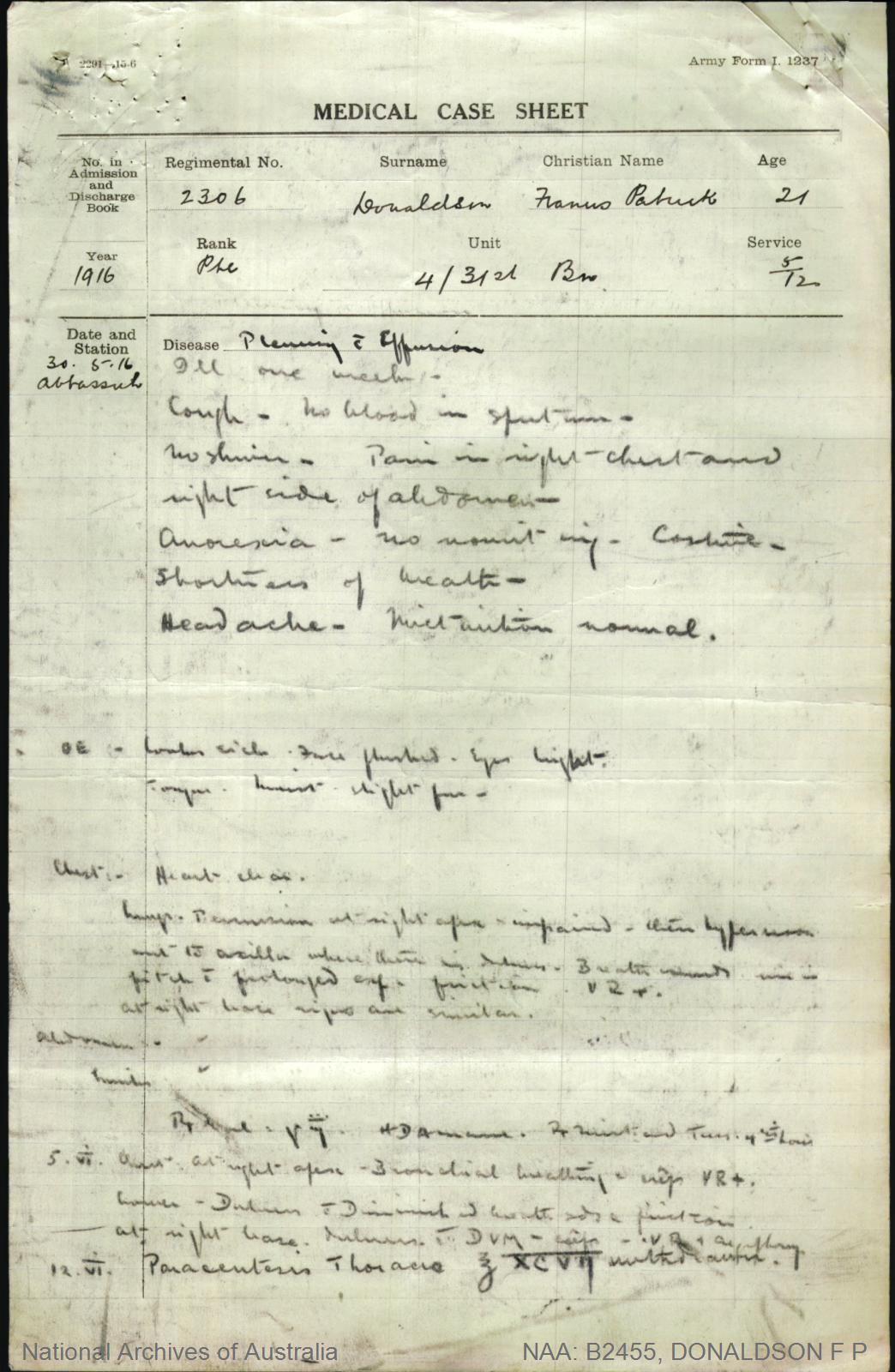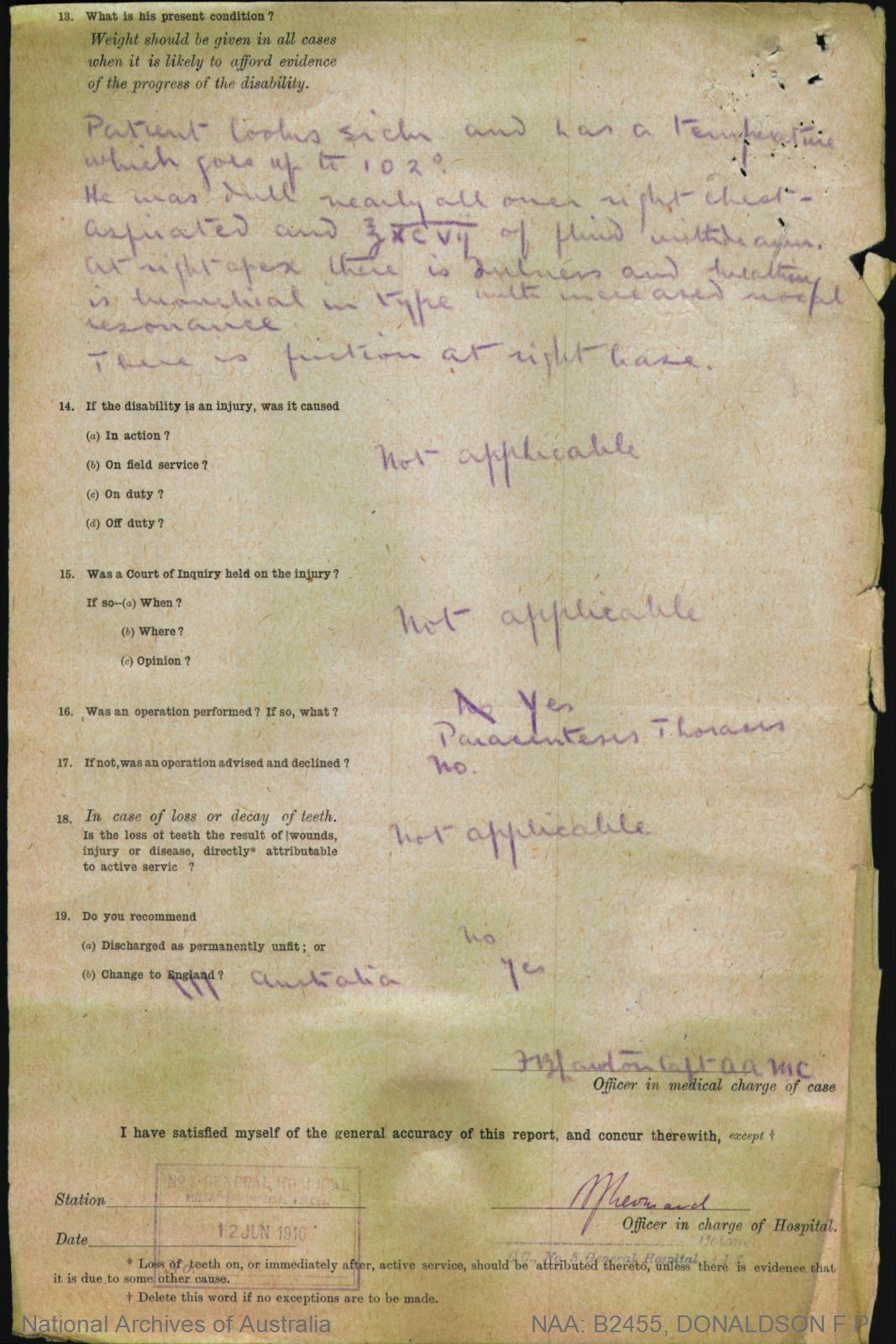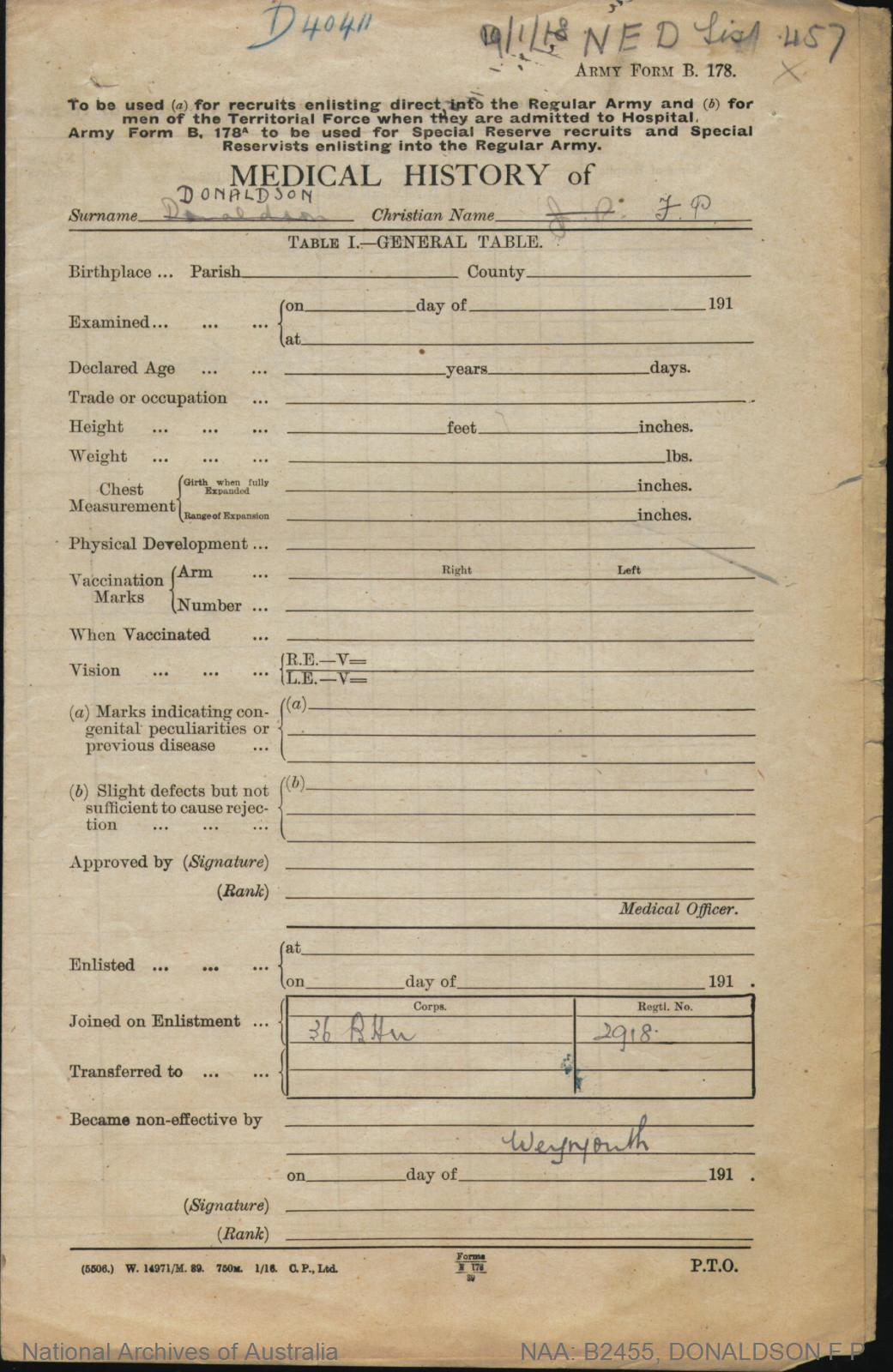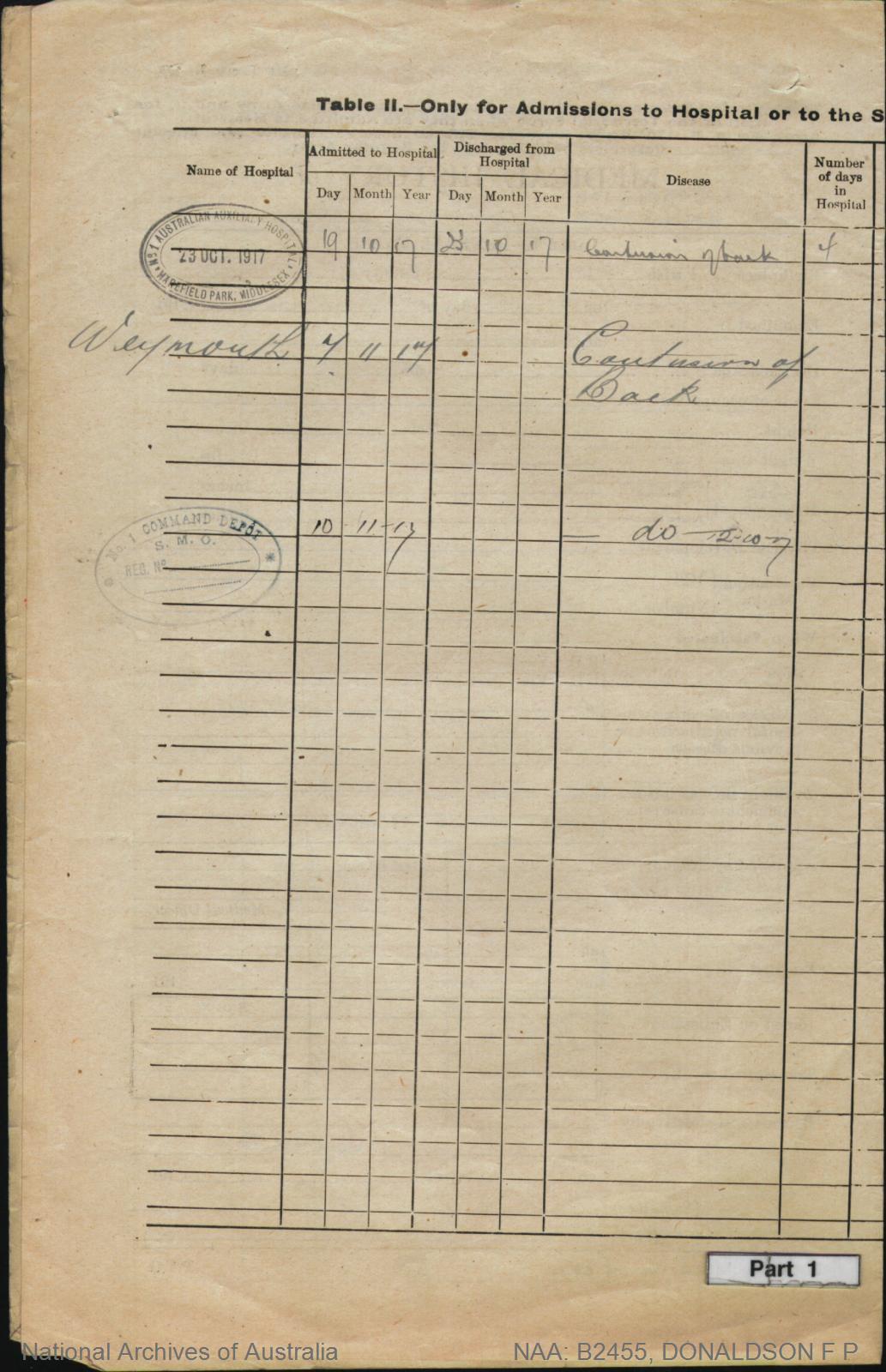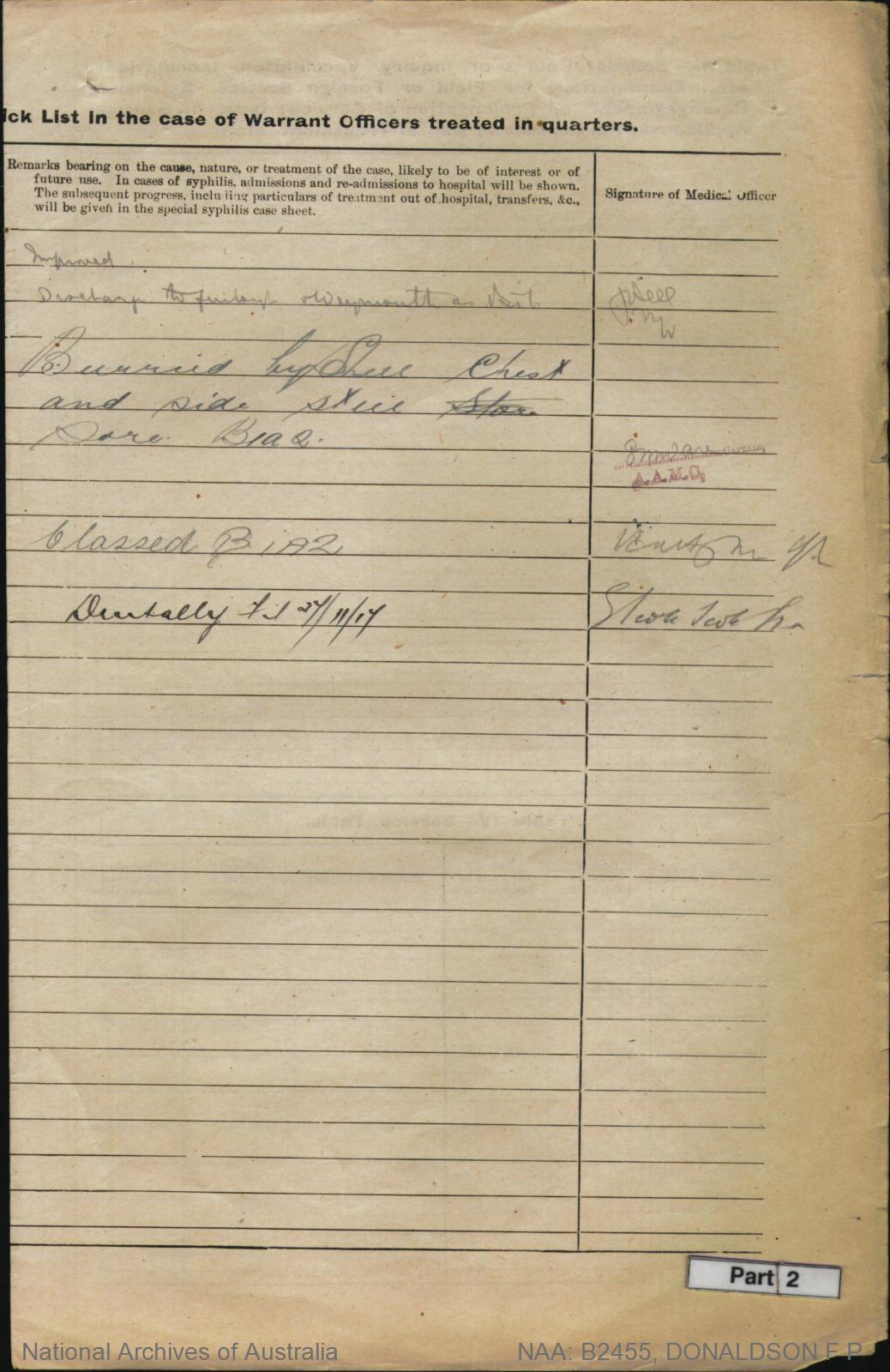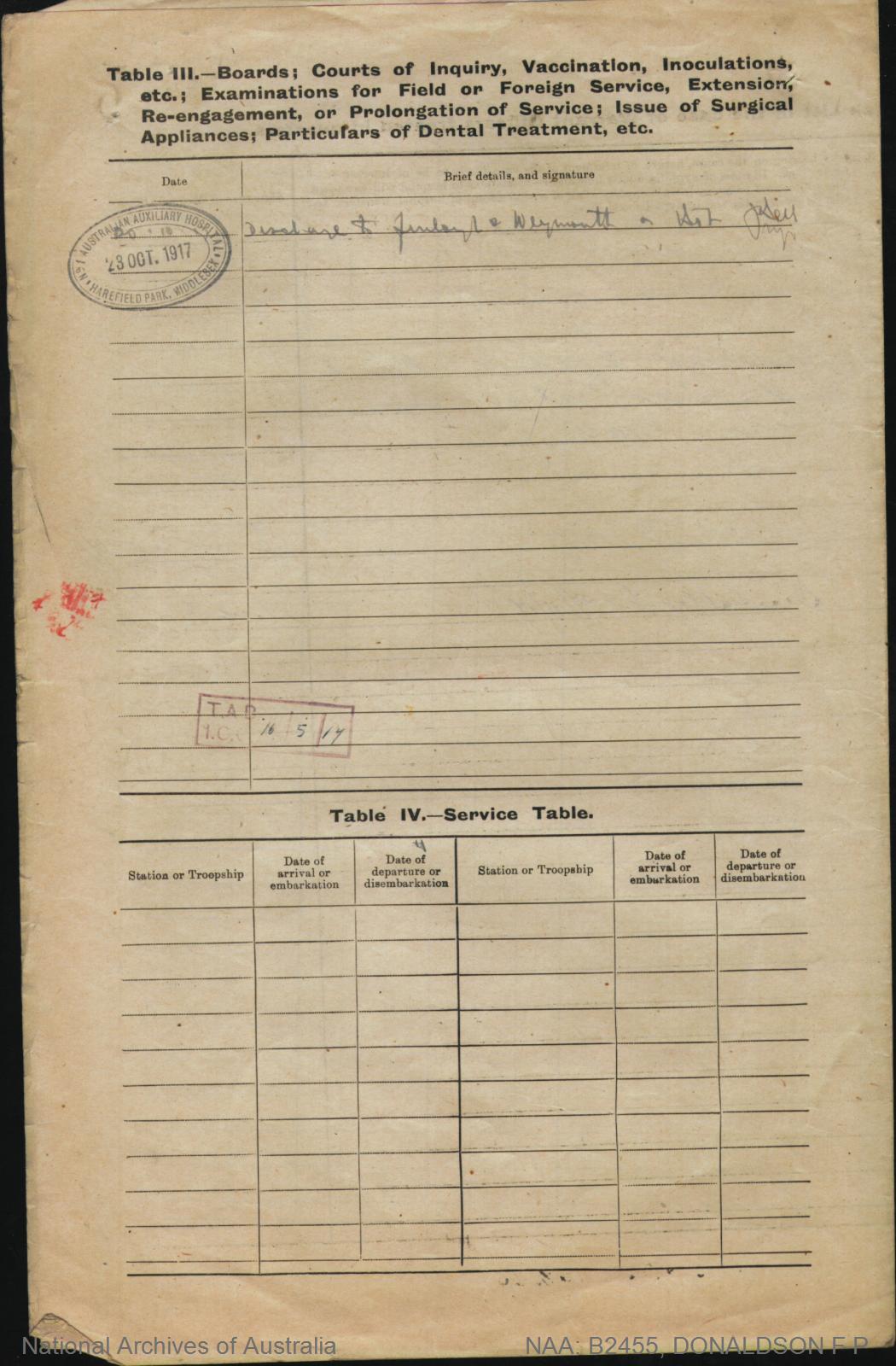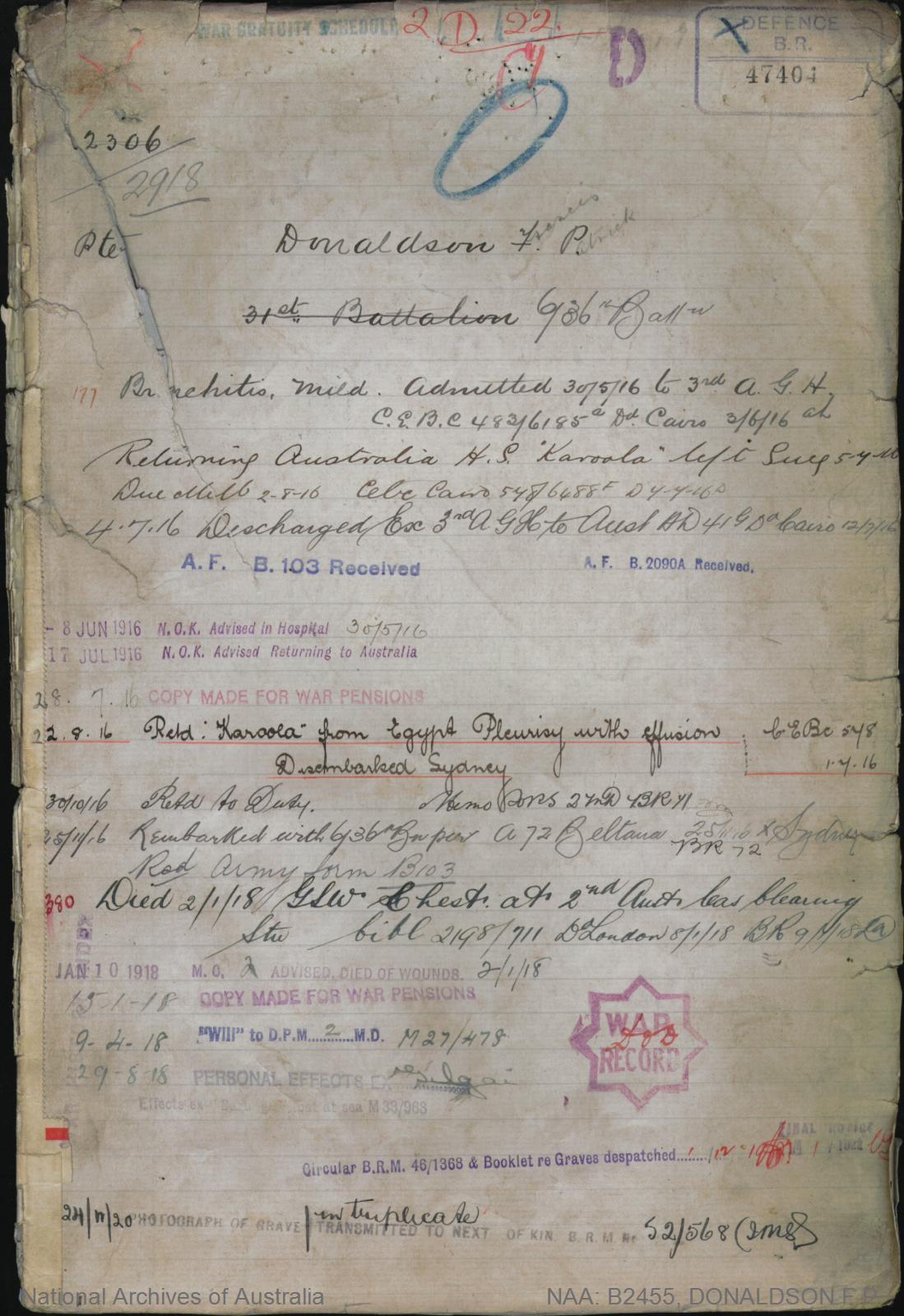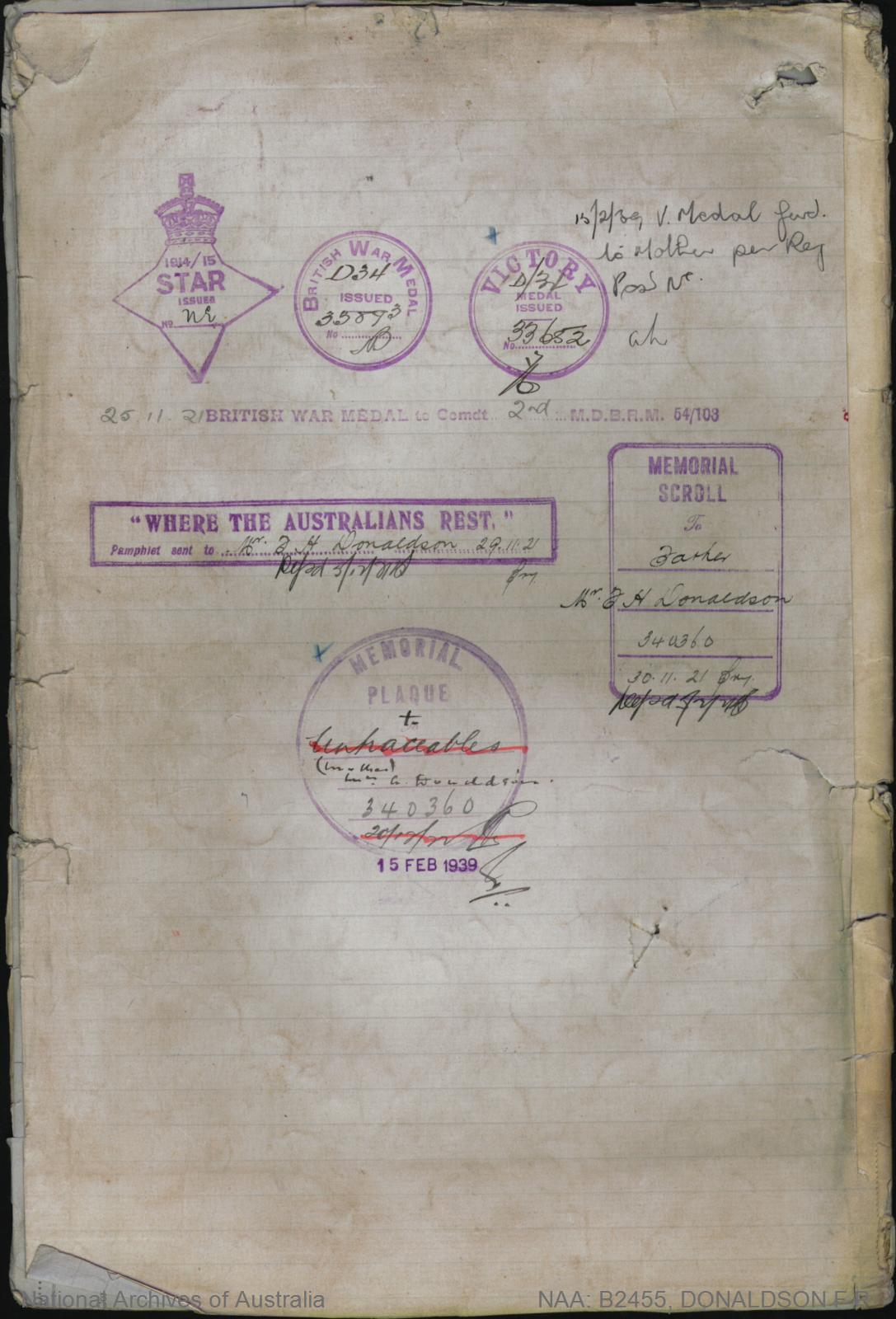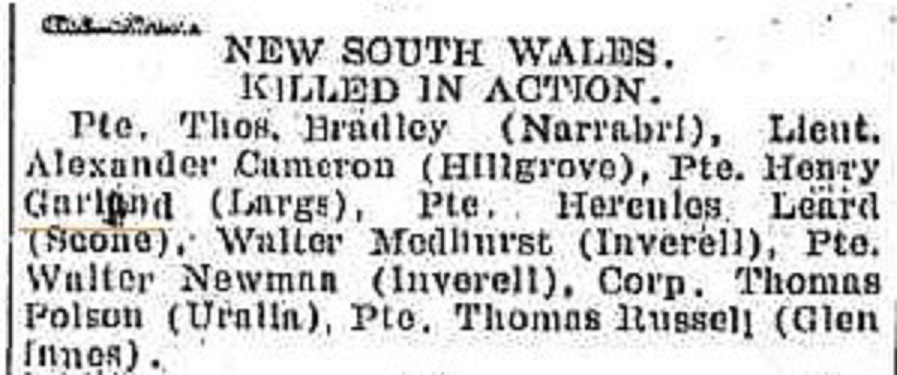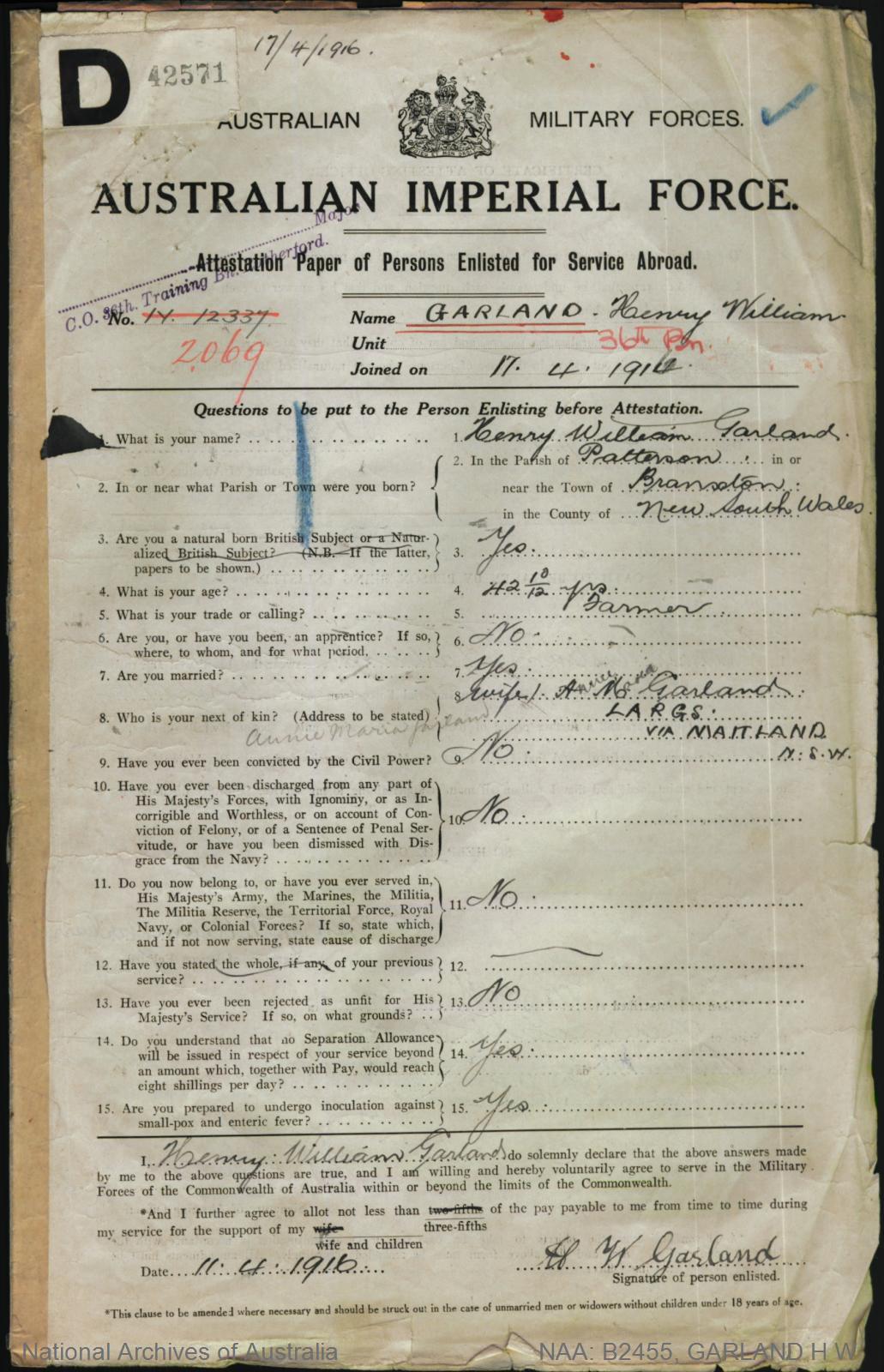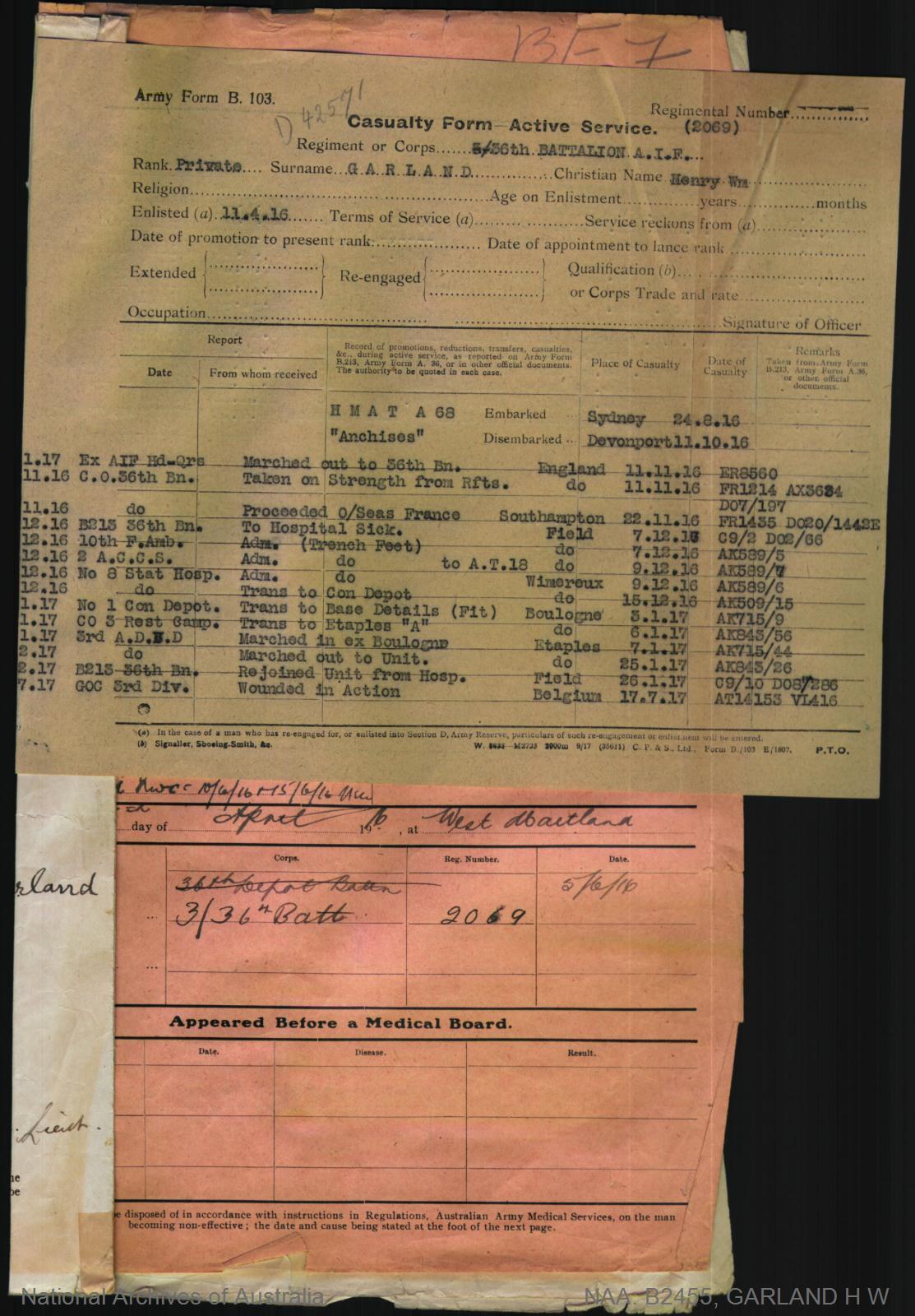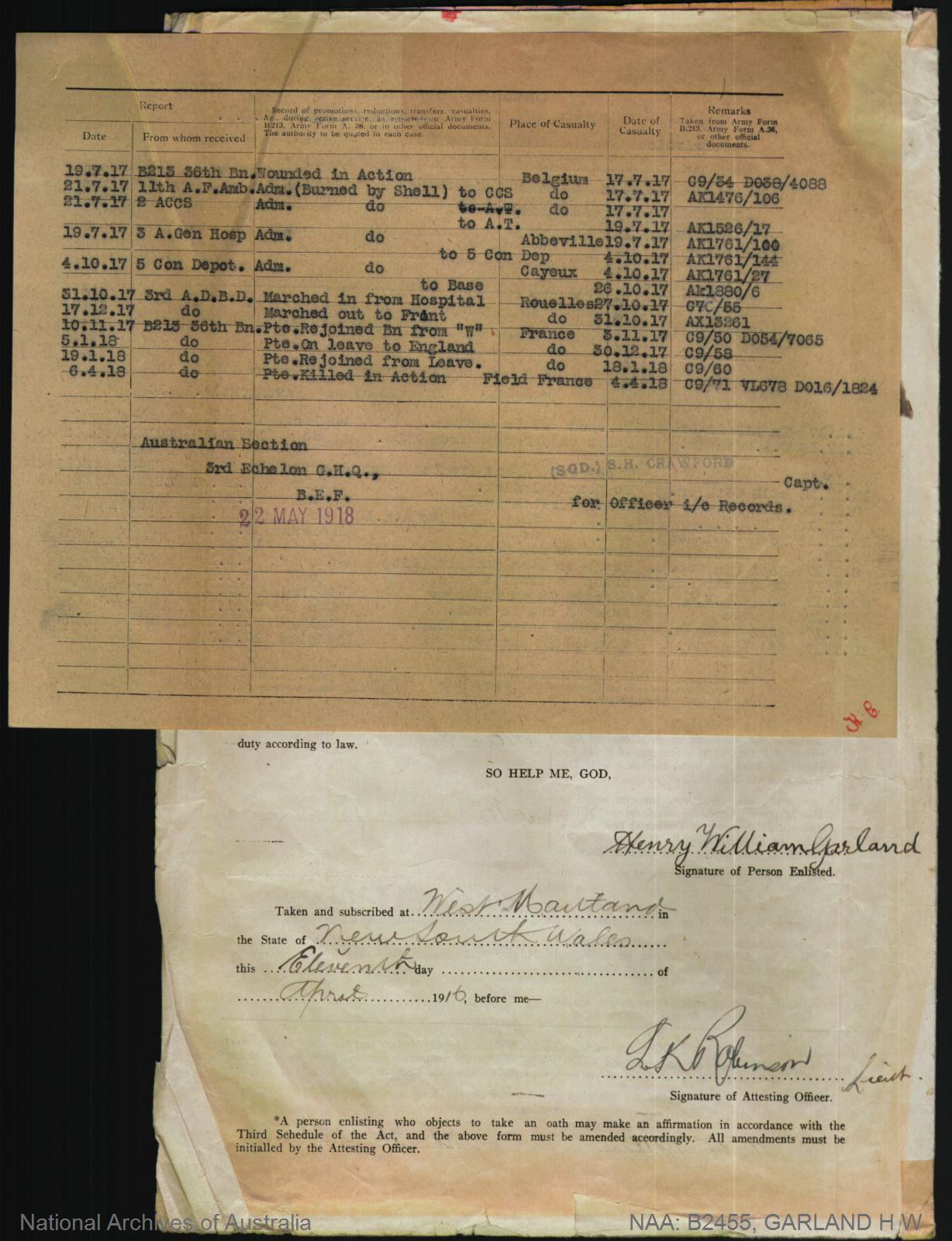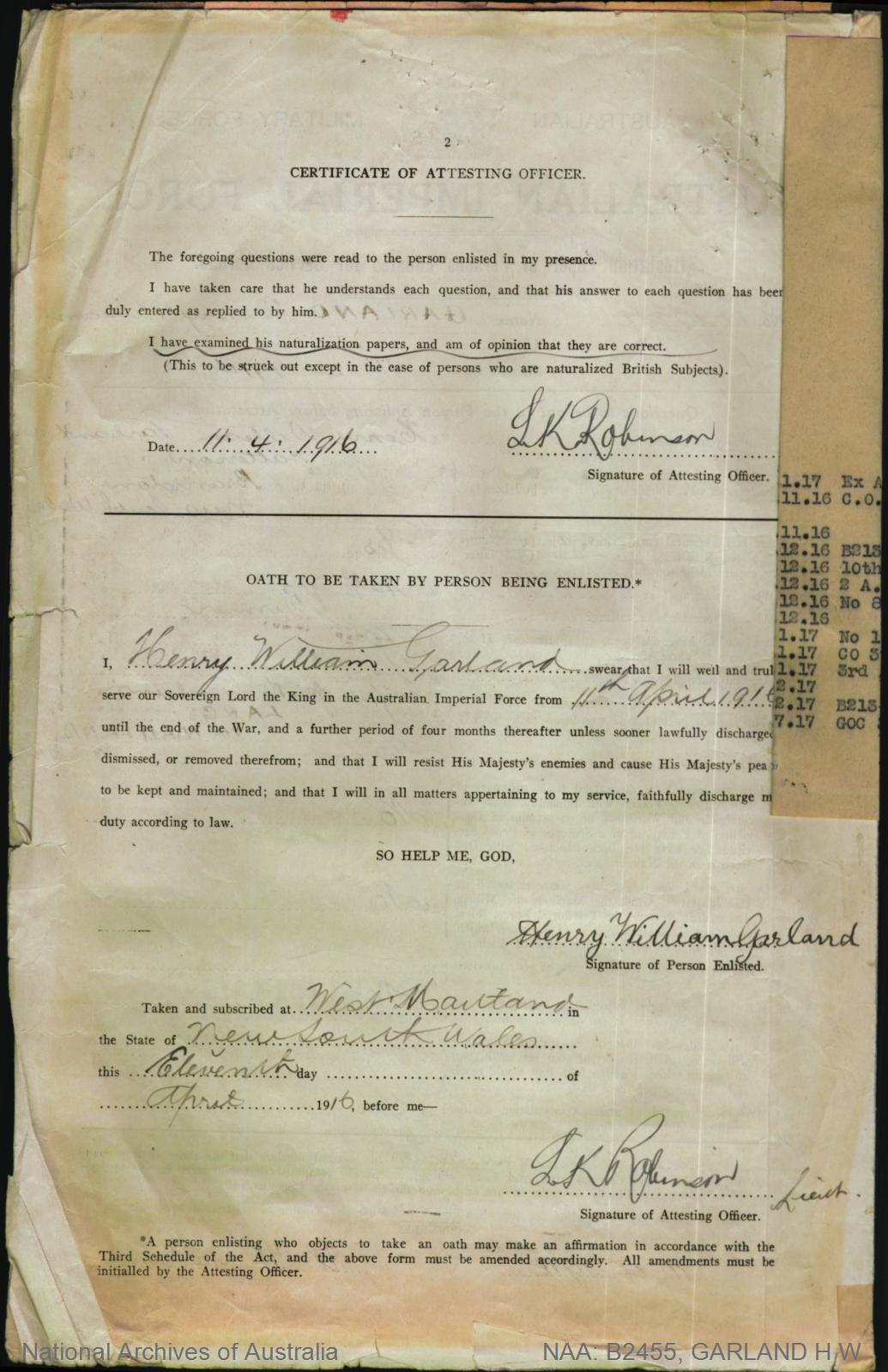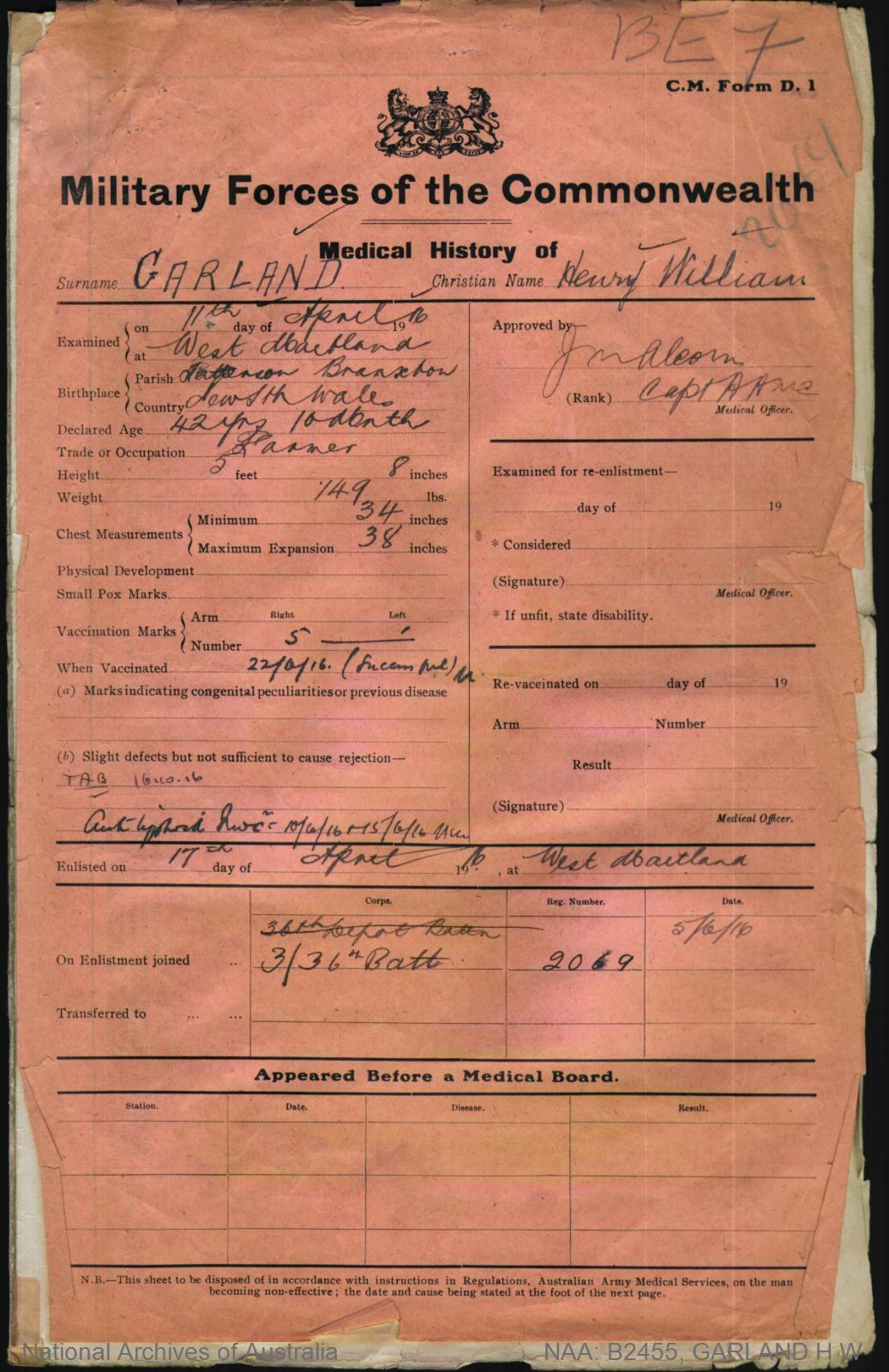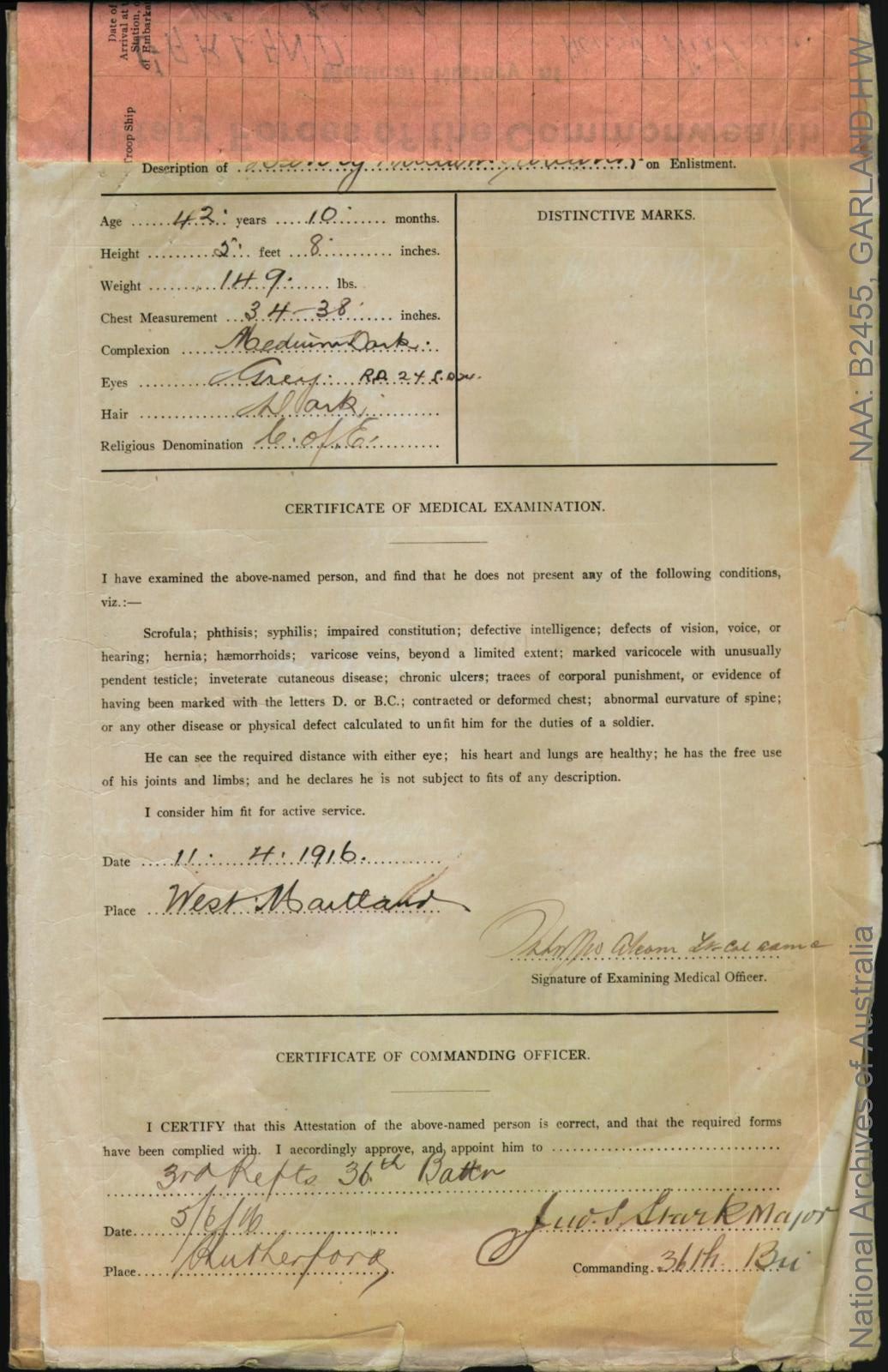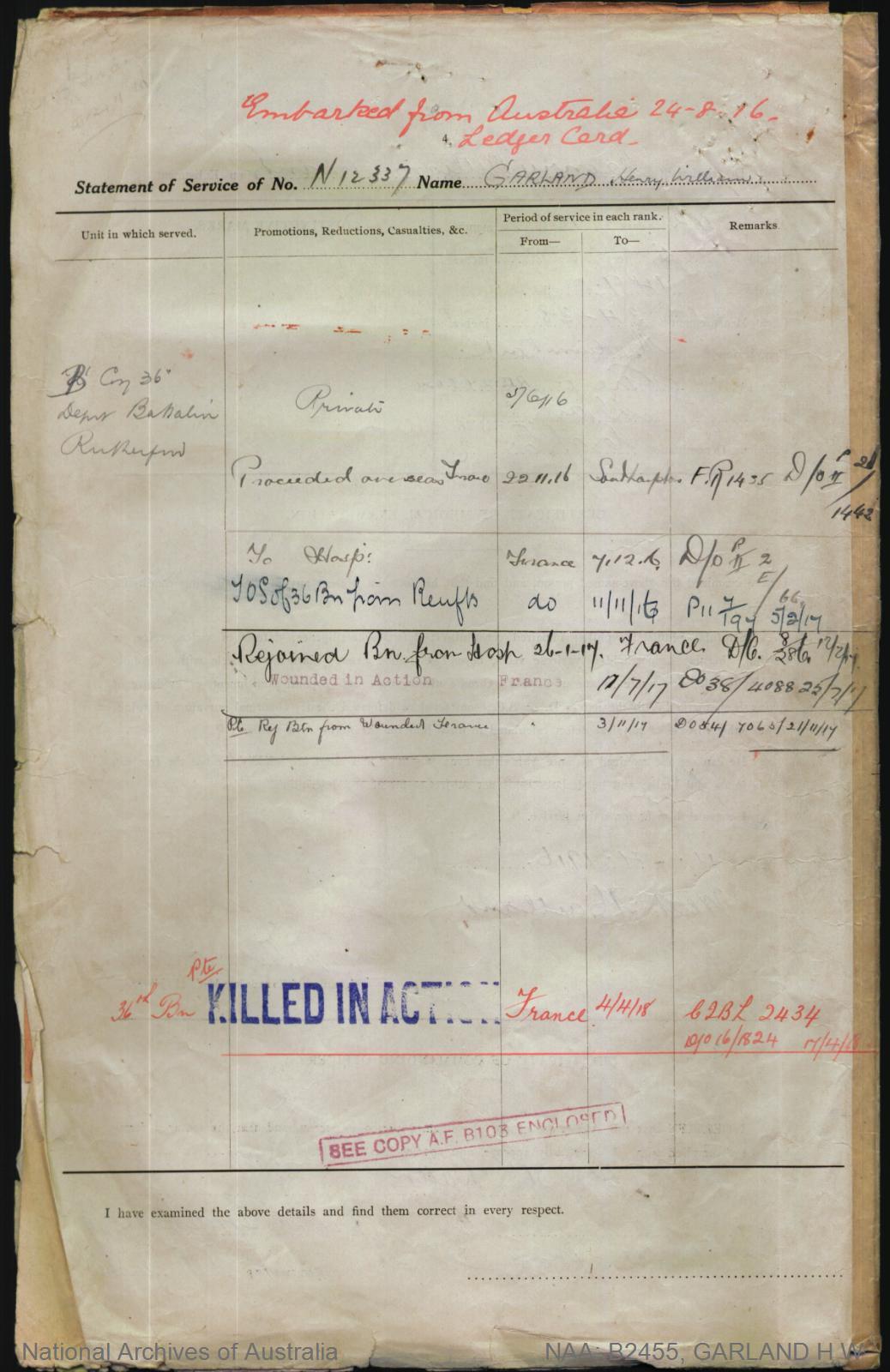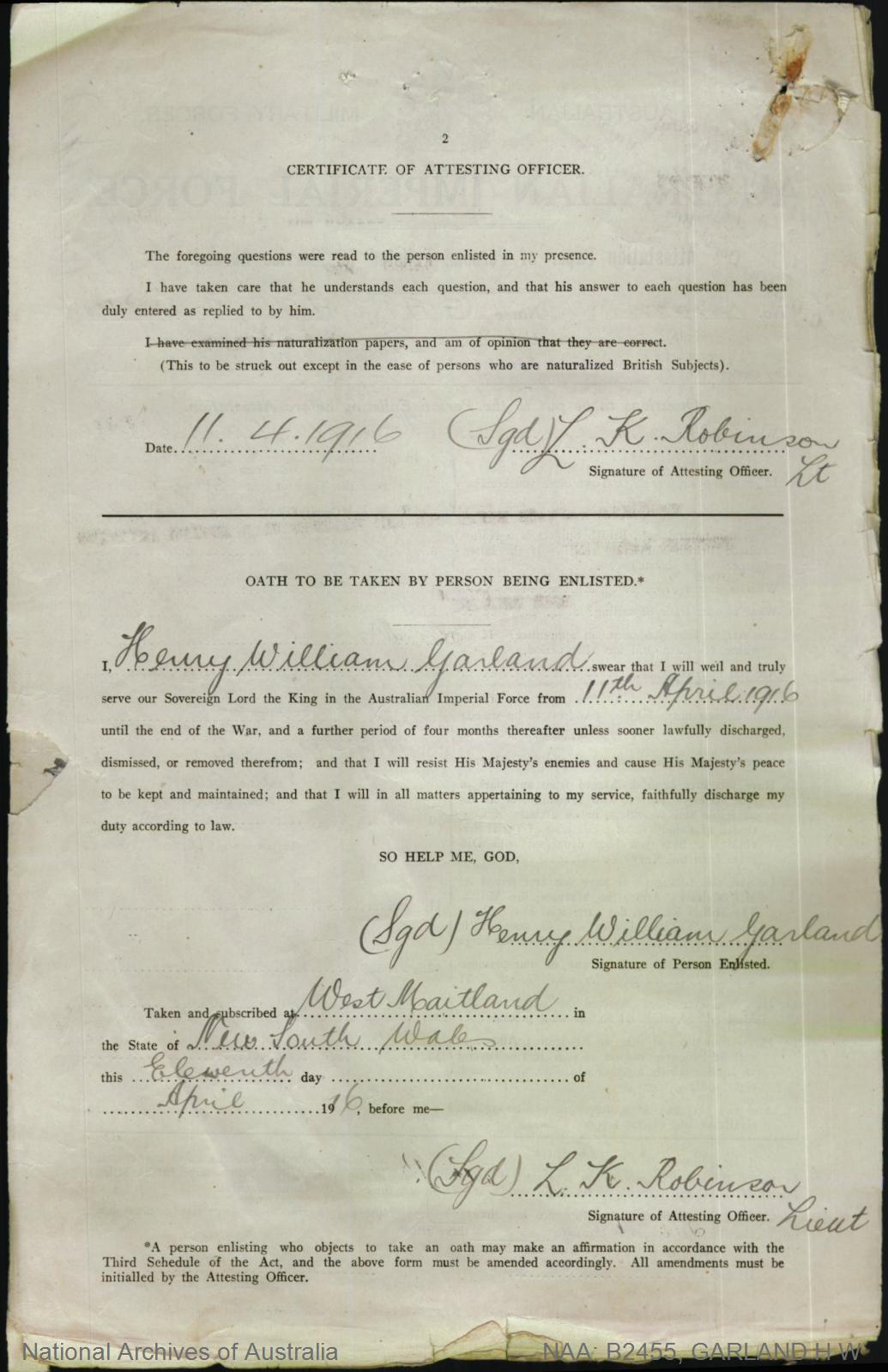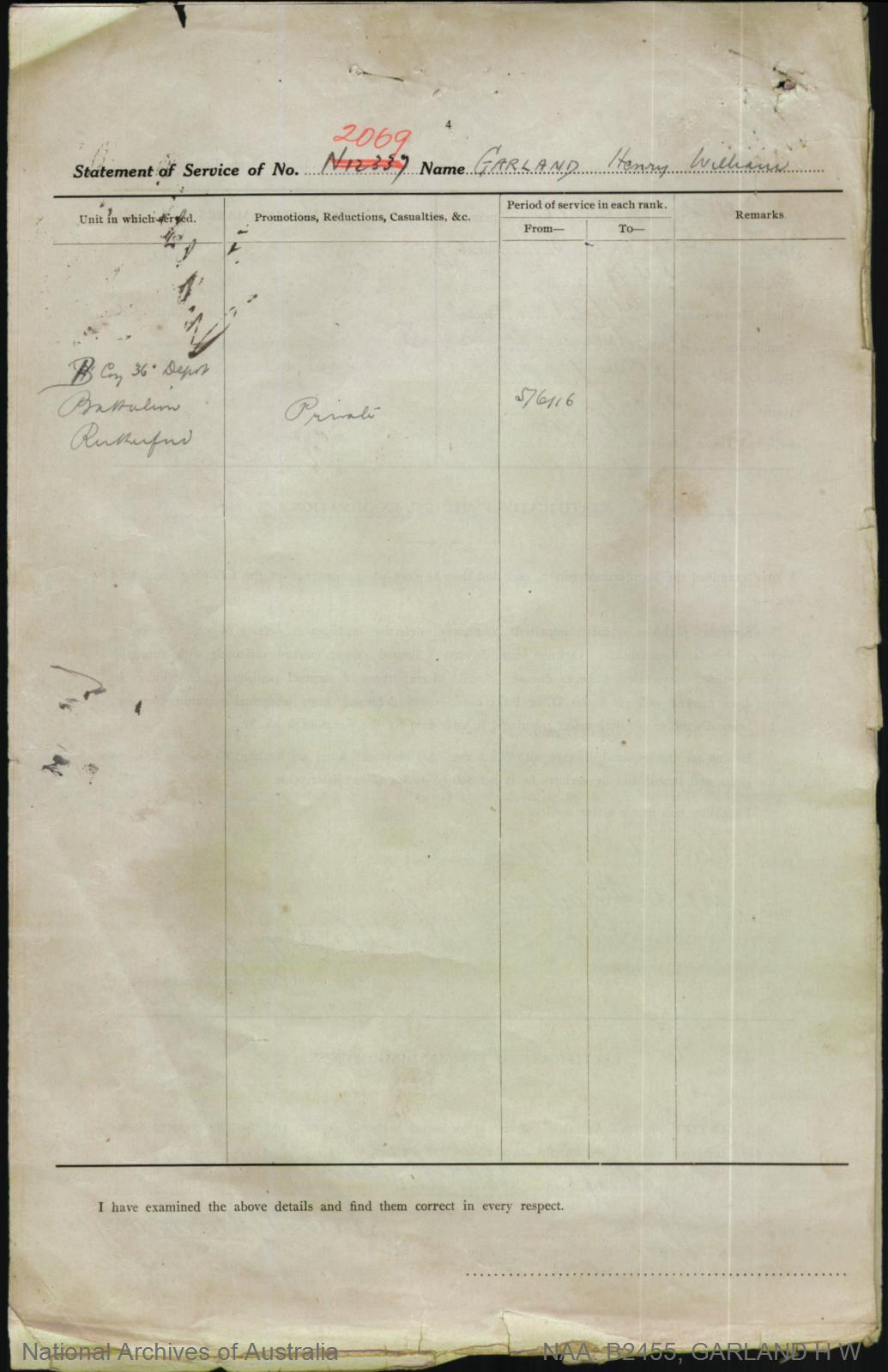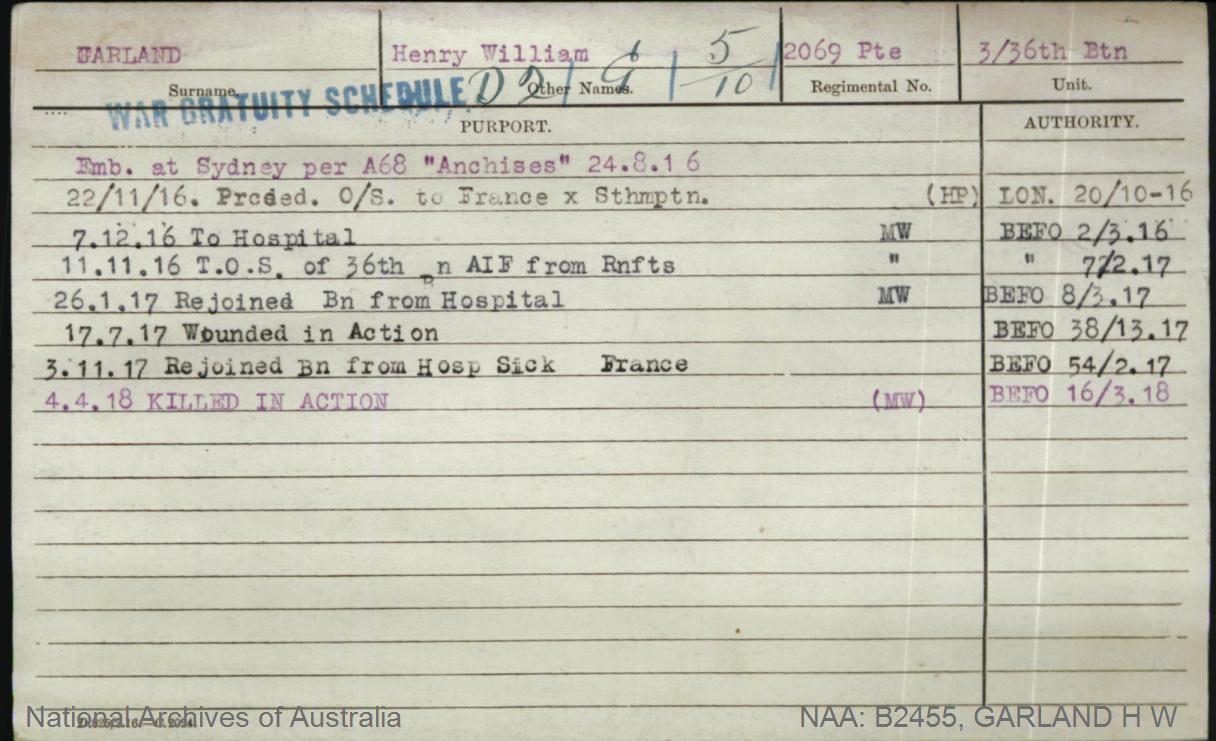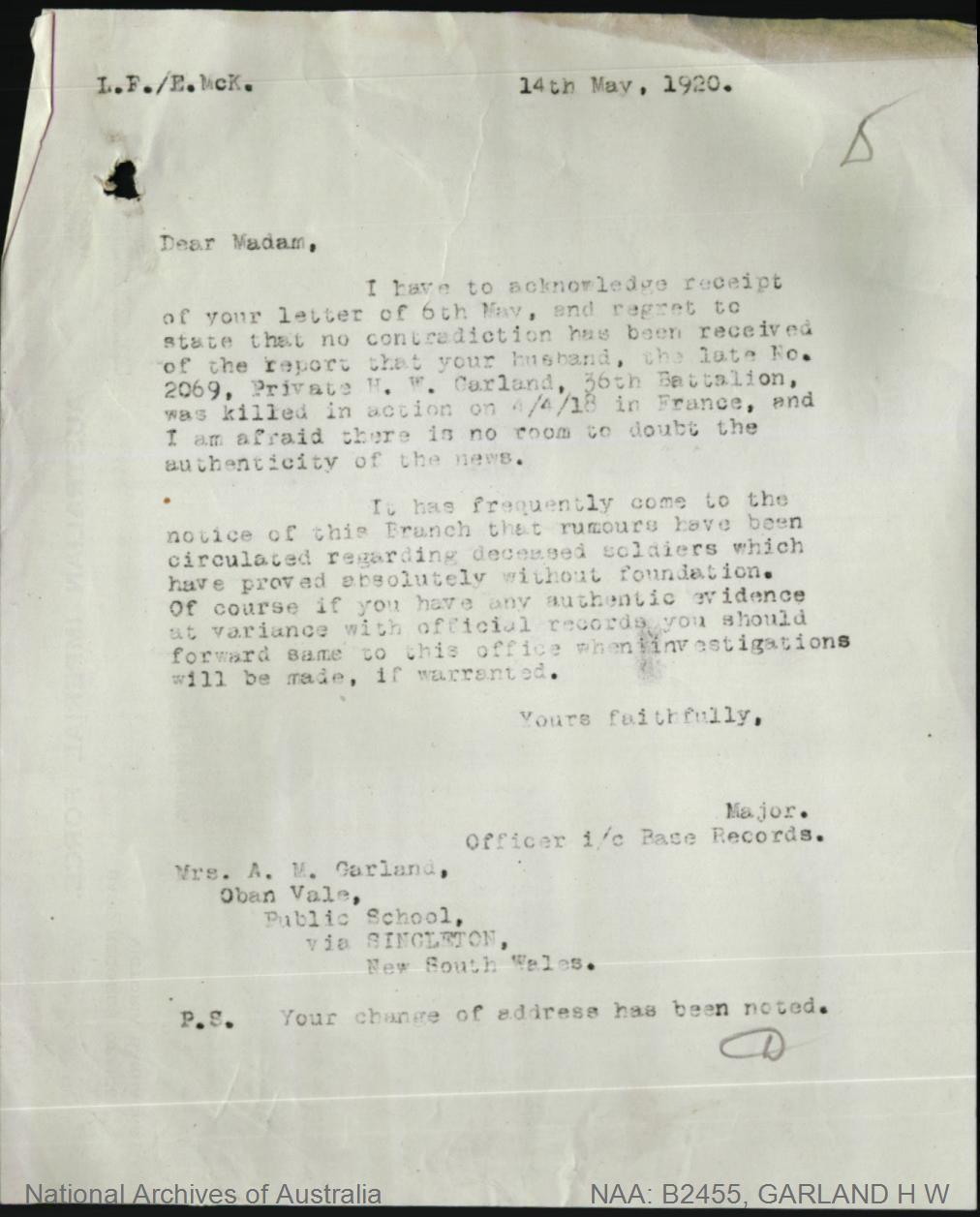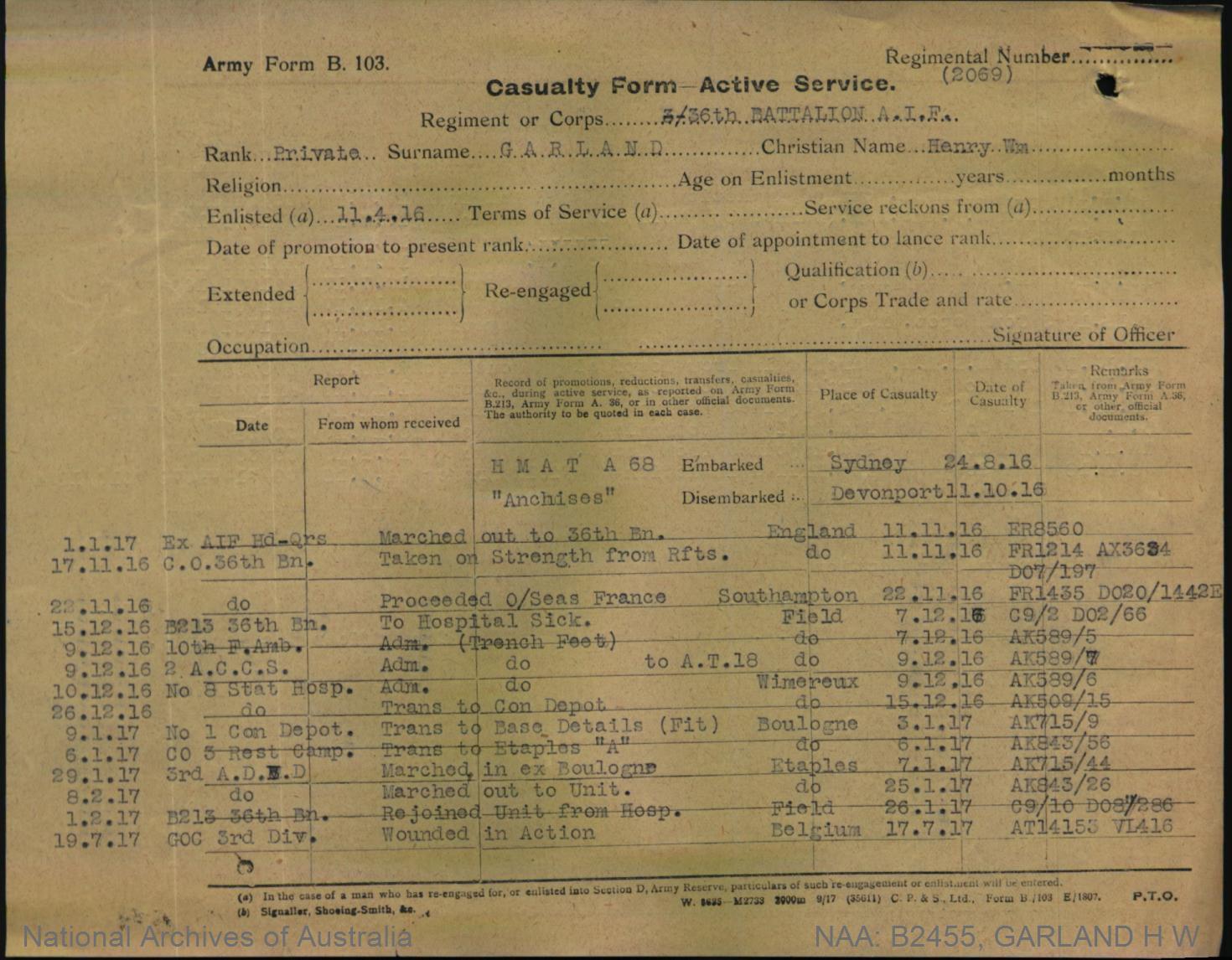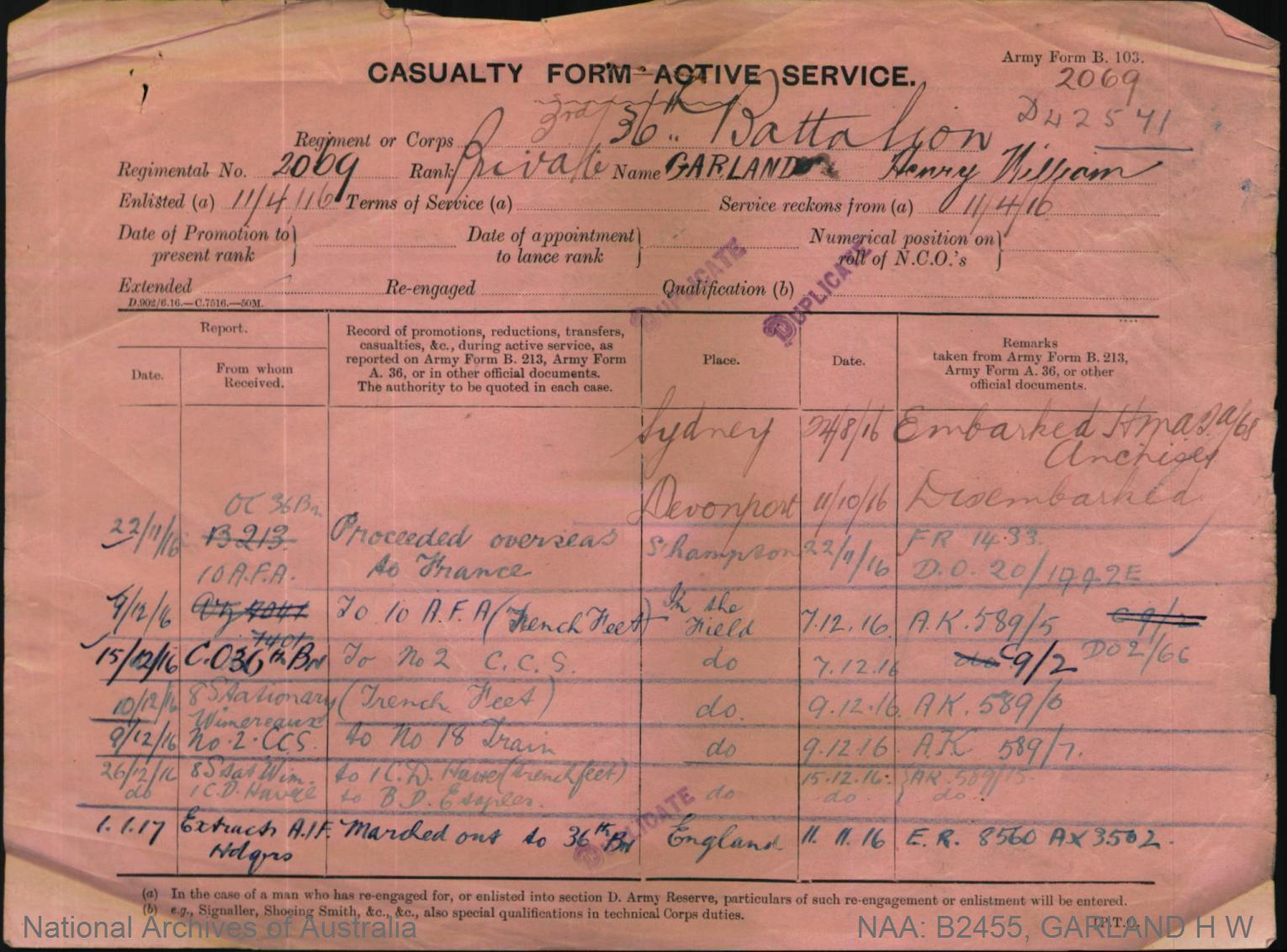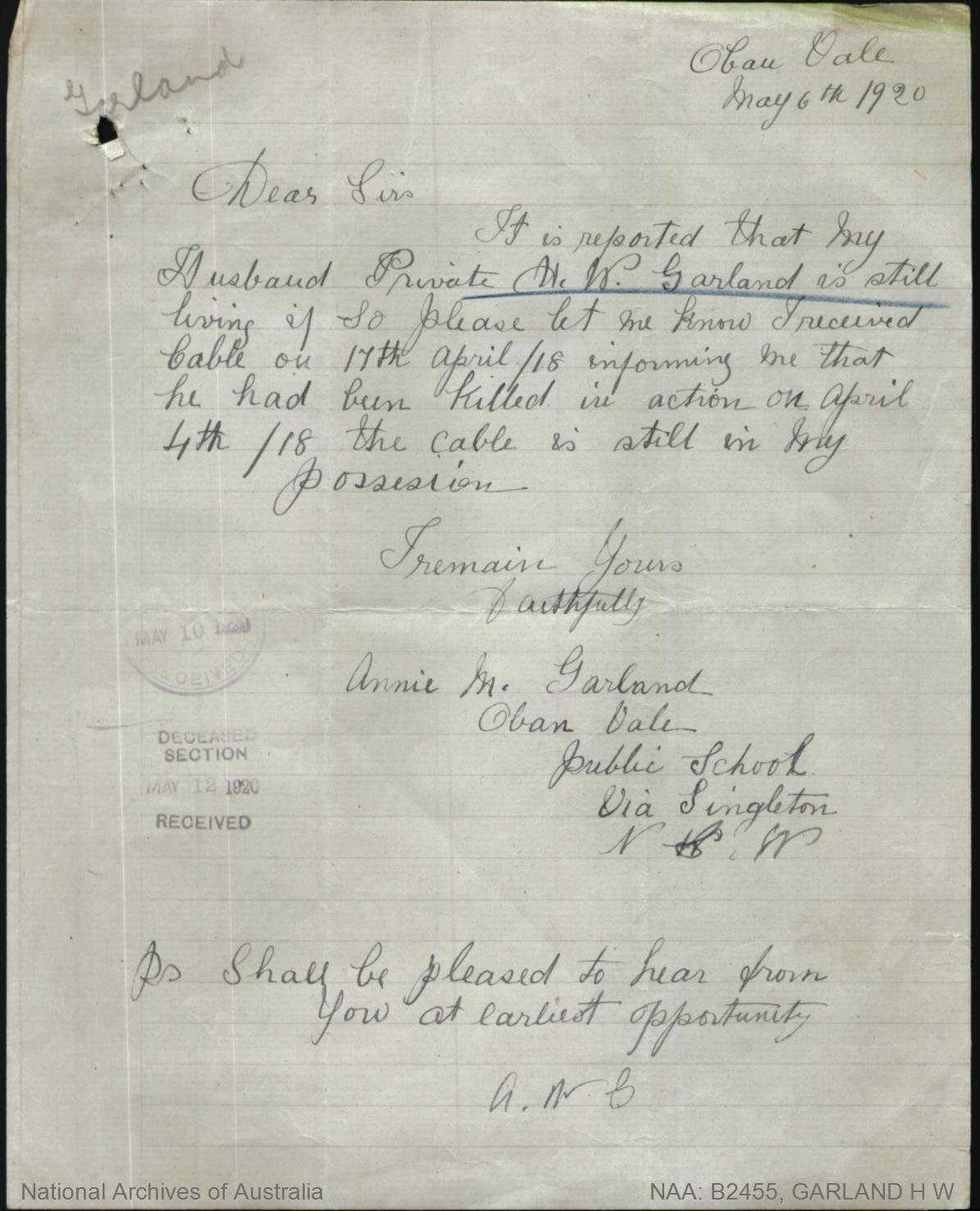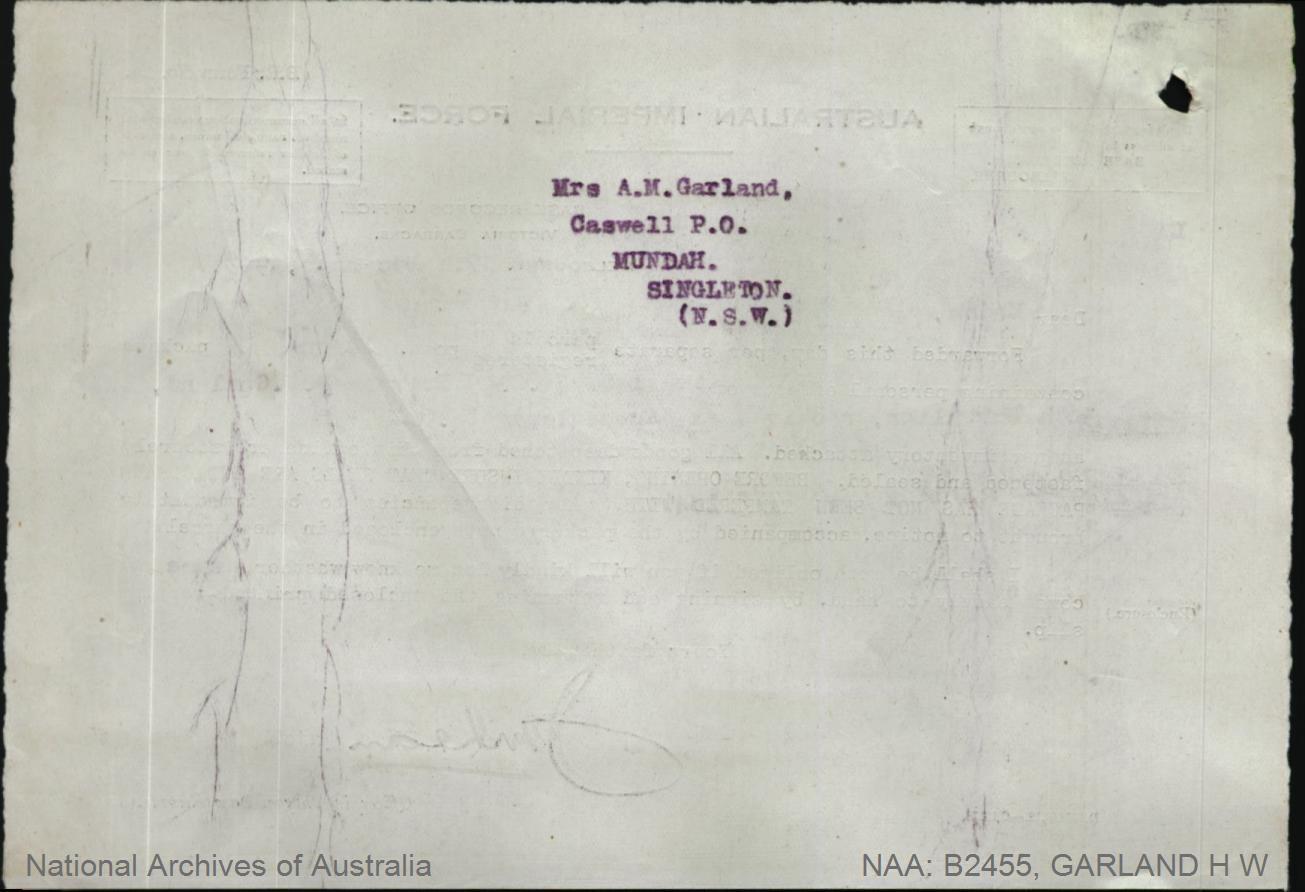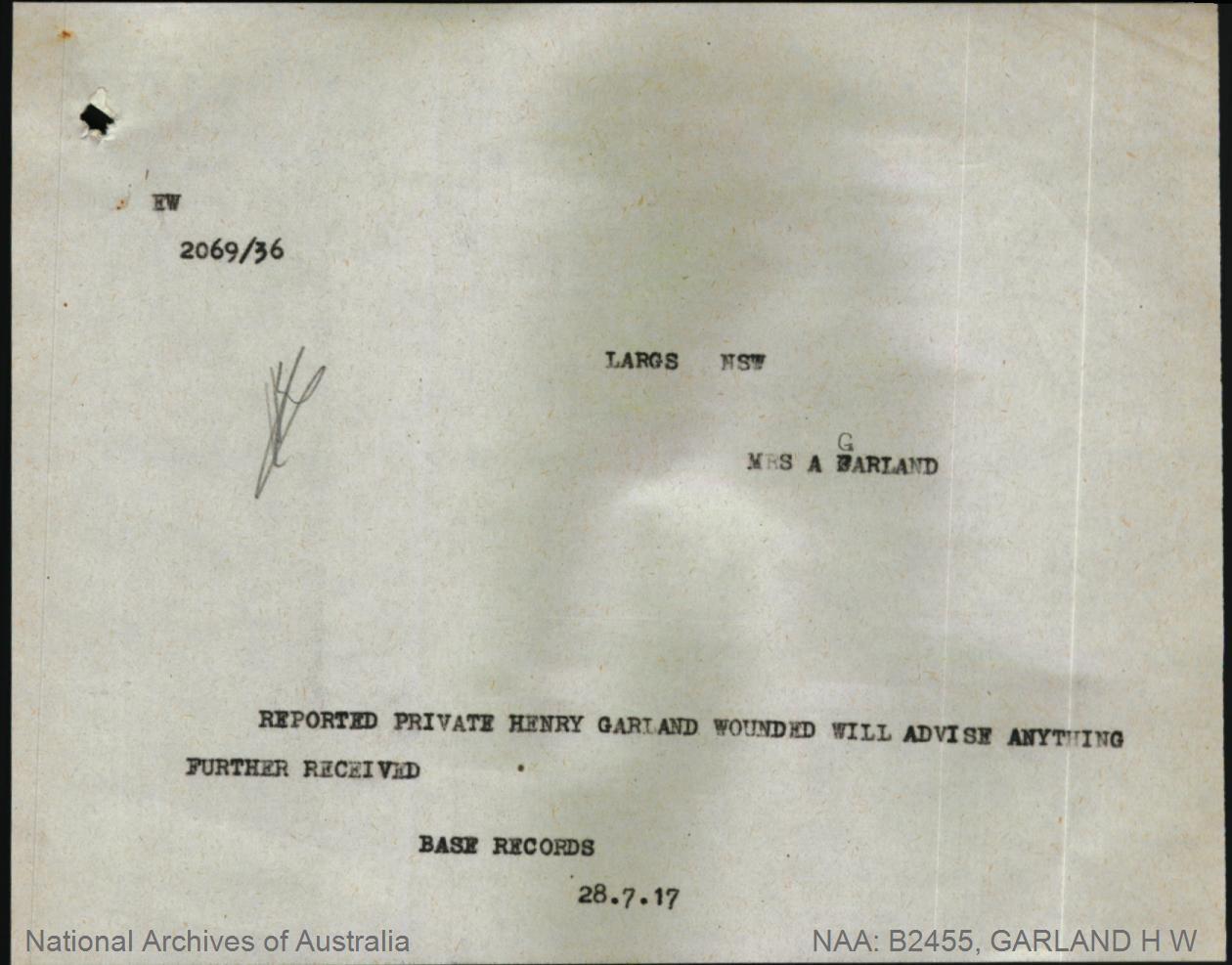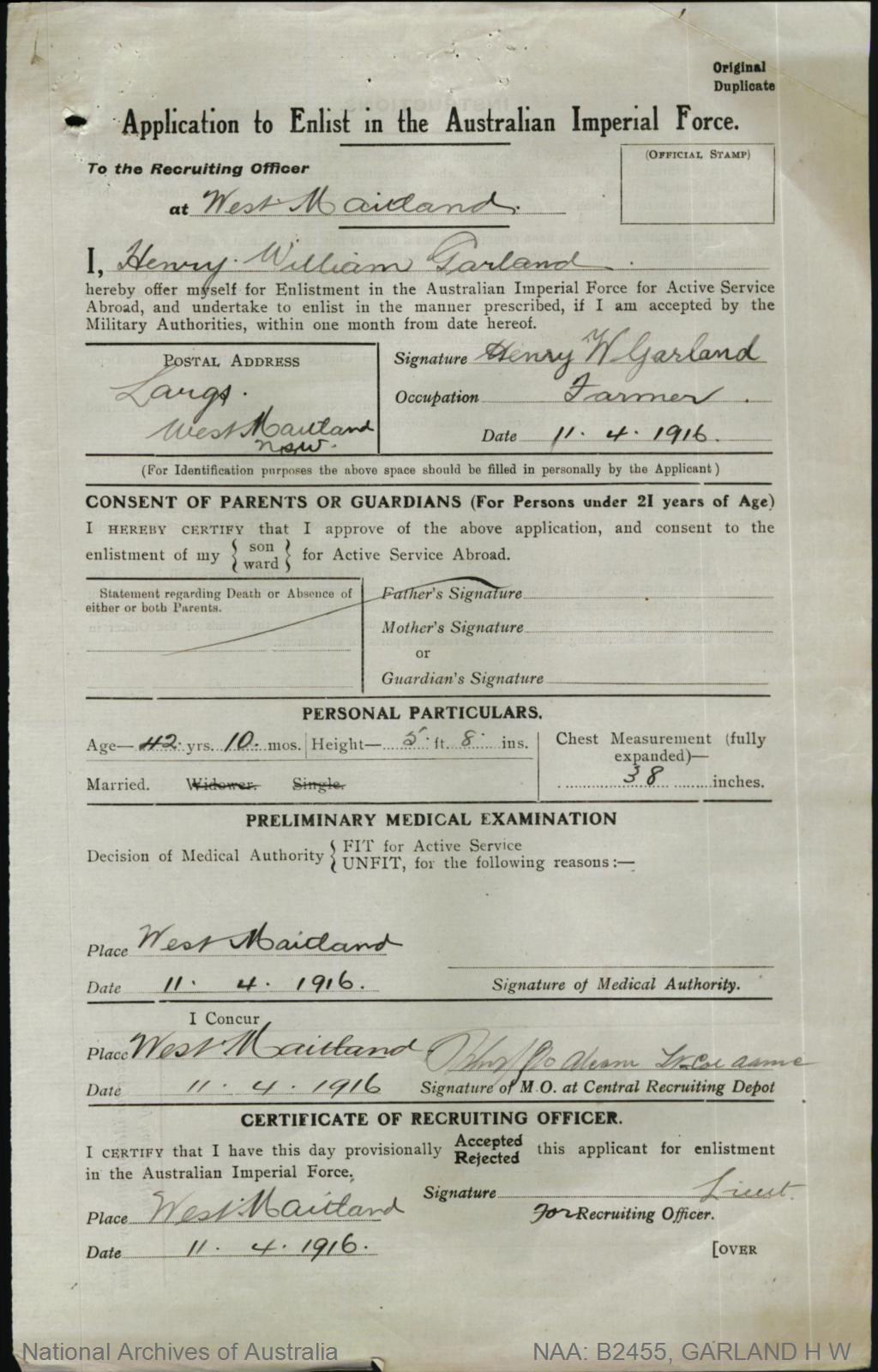36th BATTALION - 34th BATTALION AIF
Lieutenant: 1618 Roy Cameron Amos BLANCH.
Born: 1897. Greenridge via Casino, New South Wales, Australia. Birth Cert:30329/1897.
Married: December 1921. Pancras, London, England.
Wife: Florence Miriam Blanch. nee: Payne. (1900- 1981) New South Wales, Death Cert:104367/1981.
Death: 31st December 1937. Accidently Killed at Brown's Wharf, Woolloomooloo, New South Wales, Australia. Death Cert:140/1938.
Father: Samuel Blanch. (1868-1942) Died at Casino, New South Wales, Australia.
Mother: Grace Blanch. nee: McLean. (1873-1914) Died at Casino, New South Wales, Australia.
INFORMATION
Roy Cameron Amos Blanch enlisted with the AIF on the 23rd March 1916 at Lismore, New South Wales where he was appointed to A Company No:2 Depot Battalion before he was transferred and marched in the the Armidale Army Camp on the 8th April 1916 where he was allocated to the 1st Reinforcements 36th Battalion AIF. Roy embarked from Sydney on board HMAT A72 "Beltana" on the 13th May 1916 and disembarked at Devonport, England on the 9th July 1916. The reinforcements were marched in the the 9th Training Battalion at Larkhill where Roy was promoted to Lance Corporal on the 1st August before proceeding overseas for France on the 22nd November 1916.
22nd November 1916.
Larkhill. Troops en trained at Amesbury Station in three trains. 1st Train 7:47 am Compliment-Officers 11 and 327 others, 19 horses, 8 hand carts, 3 4 wheeled wagons and 9 bicycles. Lieutenant Colonel: James William Albert SIMPSON. Officer Commanding. A Company Lieutenant: ARNOLD. B Company Lieutenant: 3 Harry WOODHAMS. C Company Lieutenant: James Michael JULEFF.
2nd Train 9:15 am-Compliment-Officers 11 and 327 others. 20 horses, 2 two wheeled, 5 four wheeled vehicles. Major: Archibald Clifford BLACKLOW. Officer Commanding. A Company Lieutenant: DOYLE.
3rd Train 11:am- Compliment-Officers 10, 326 other ranks, 20 horses, 2 two wheeled, 5 four wheeled vehicles. Major: Archibald Leeson PRINCE. Officer Commanding. B Company Lieutenant: 1376 William James GORDON.
22nd November 1916
Embarked "Caesarea" 24 Officers, 811 others. Embarked "African Prince" 8 Officers 168 others, 59 horses, 15 four wheeled vehicles, 12 two wheeled vehicles and 9 bicycles. Total 32 Officers, others 979 left Southampton 6:00pm. 1 Officer 75 others detailed as sentries and boat guard. 1 Sergeant, 1 Corporal and 20 detailed as Firing Party. 5 Sanitary Police and 10 men as Sanitary Party. Francis was promoted to Lance Sergeant on the day he embarked for France.
23rd November 1916.
Arrived at La Havre 1:40 am. Disembarked 7:25 am. Marched via town to No:1 Rest Camp arrived 11:40 am. Remained at Rest Camp, Le Harve, till 6:30 am 24th November 1916.
24th November 1916.
36th Battalion, less 8 Officers 250 Other Ranks marched via town to point 3 Railway Station, Le Harve at 8:00 am. Entrainied and left Le Harve at 10:30 am. Proceeded via Montcrolier Buchy, Abbeville 6:10 am. 10 hours late via Boulogne Calais and Bailleul. Arrived at Bailleul at 4:25 pm 25th November 1916.
25th November 1916.
Detrained at Bailleul marched to billets at Merris district. Arrived at billets 10:45 pm. Quartered in 12 billets. Headquarters at Hameur Farm.
26th November 1916.
4 Officers 100 men "A" Company arrived at Merris at 8:30 am. Remainder of Battalion arrived at Merris 4:00 pm. Hostile aircraft shelled overhead 2:15 pm.
27th November 1916.
8 N.C.O's detailed to attend Gas School for 4 days. All Officers instructed in Box Respirator by Divisional Gas Officer. General: GODLEY and MONASH visited billets at Hameur Farm at 2:30 pm. Captain: John Martin HAWKEY. and 1 N.C.O. per Company visited forward billets at Armentieres.
28th November 1916.
Battalion left for Armentieres in 16 Motor Lorries. Whole Battalion reported in billets at Armentieres at 5:30 pm. Headquarters established at 6:00 pm Rue De Strasburg.
29th November 1916.
Whole Battalion still in billets-supply Working Parties Only.
30th November 1916.
Visited the front line on left sector of Defences at Armentieres.
22nd January 1917.
Armentieres. Enemy started light shelling at 10:00 am. At 2:00 pm locality 16 & 17 was heavily bombarded also locality 14 which ended in a box barrage being put on at 4:10 pm and an attack by the enemy from Pimple Salient. They entered our trenches but were only in 10 minutes. Our casualties 11 killed, 36 wounded, 4 missing. It is quite possible the 4 missing have been buried by Minnies.
(36th Battalion war Diary)
Roy was Detached to the 2nd Anzac Corps School in France on the 28th August 1916 and reported to hospital on the 27th September. Roy was transferred to the 15th Casualty Clearing Station and after his discharge re joined the 2nd Anzac Corps on the 5th October 1917. Roy ceased to be attached to the Corps School on the 22nd October and re joined the 36th Battalion in Belgium. Ro was detached to attend Cadet Battalion in England on the 27th October .
Proceeded overseas for England, Roy was marched in the the No:6 Officers Cadet Battalion at Oxford on the 9th November 1917 where he was to retain his appointment of Cadet until Commissioned. On the 8th April Roy was appointed to the rank of Sergeant attached to the 12th Training Battalion before he proceeded overseas for France on the 1st May 1918 via Southampton. Roy went into billets at Rouelles before being marched out to the front lines were he was transferred to the 34th Battalion on the 15th May 1918 and was Taken on in Strength with the rank of 2nd Lieutenant.
Leaving Rivery on 21st May the Battalion marched to terraces at Villers-Bretonneux, where the 48th Battalion AIF was relieved, in a Reserve position. Next day the enemy shelled the position heavily, especially around Battalion Headquarters, but little damage was done. The weather continued to be fine and warm. The following day two French 6-inch Guns took up position below our Cookers to carry out a special shoot on two Bridges opposite the French Sector. They moved out at 6:00 pm on 25th and within an hour the enemy replied with 5.9's, 4.2's and Gas Shells. During the bombardment Lieutenant. Jeffrey MONFRIES and Lieutenant: 811 Thomas Norman LEARMONT were badly wounded.
On 27th May 1917, about 1,500 rounds of Gas Shells were sent over by the enemy, which drenched the whole area with Gas which remained strong for 12 hours, owing to the lack of wind. The next day the enemy Planes showed remarkable activity over our Lines. and were apparently screening some operation behind their own Lines. They attempted to stop out Planes going over there Lines, but without success. On 29th May the Battalion relieved the 35th Battalion in Support, and almost immediately came under heavy Shell Fire, resulting in the death of Lieutenant: 509 Peter McFARLANE and a number of other casualties. The weather continued fine and warm and our Working Parties, which were repairing Trenches, were at times badly shot up. On 31st Lieutenant: 373 Albert DOWDING who was in charge of one of these Parties, was mortally wounded as was his Sergeant T/Sergeant: 178 Frederick SETH who later had his Left Leg Amputated.
On 1st June the enemy continued to drench our position with Gas Shells, when from 2.00 am to 4.15 am 6,000 rounds fell in the area. The following morning from 3.30 am to 4.30 am another 5,000 rounds fell in the same area, making nearly all the dugouts untenable owing to the Gas vapor. At 1.45 pm the enemy put over a number of Heavy Shells which wounded two American Soldiers who were attached to us for experience, and also Lieutenant: 377 Thomas Henry BRITTON who later died of his wounds. For the next two or three days heavy Shelling conditions continued, with Black Shrapnel bursting high in the air, but doing very little damage.
On 7th June the 35th Battalion was relieved in the Front Line. The first few days were fairly quiet, but heavy Shelling on the back area was continuous. Our Transport coming up from Blangy Tronville had some exciting times under Shell Fire. At 2.30 am on 8th June in the intense darkness, one of our Patrols encountered a Patrol of the 14th Battalion A.I.F., who were on the left of our Sector. Rifles an Bombs were used, resulting in two of the 14th Battalion and one of our own being wounded. The enemy continued to heavily shell the gully behind our Support Line but did no material damage, although the Cookers in the sunken road has several narrow escapes.
At 1.00 am on 14th June a minor operation was carried out by Sergeant: 784 Percy Clifton MUDFORD D.C.M. M.M. The stokes Mortars put over a heavy Barrage of 300 rounds, and at a given signal switched to the flank. The Party entered the Trench, killing one and taking two prisoners. The raid only occupied seven minutes, the only casualty, unfortunately, being Corporal: 2078 Arthur HARPER, killed. "Harper was not killed only wounded" The enemy Trenches were found to be in good condition, about 6 feet deep, with a series of Posts joined by tunnels which served as Dugouts. There was no wire in front of the Trenches.
On the 17th June the Battalion being relieved by the 33rd Battalion, took over from the 35th Battalion in Reserve. Black Shrapnel was now coming over fairly frequently, but bursting high in the air did practically no damage. However a few Shells did burst low, causing one or two casualties, the first of this kind in the area. On 23rd June Lieutenant Colonel. Ernest Edward MARTIN joined the Battalion and took over command from Major: Francis George GRANT who remained as 2nd in command. Air fights were now frequent over the Lines with sometimes two Planes coming down in flames at the same time.
On the 27th Lieutenant: Frank Dixon THOMAS was evacuated wounded. Being relieved on 28th June by the 20th Battalion A.I.F., the Battalion was conveyed by motor lorry to the Rivery Area and settled in billets which were terraced banks, covered with shelters. The weather was fine and warm. The men were kept busy cleaning up equipment and clothing, whilst swimming and Sports were carried out, as well as boating and fishing. A Picquet of 2 Officers and 50 Other Ranks were supplied daily for duty in Amiens.
On 1st July 1918 Lieutenant Colonel. Ernest Edward MARTIN. D.S.O. the Commanding Officer addressed the Battalion on its work during its sojourn in France and presented Parchments, with the 4th Army Commander's compliments and congratulation to the recipients of Decorations. Captain: Charles Eric WATSON. M.C. and Lieutenant: 21 James BRUCE. D.C.M. M.C.
The Green Diamond Concert Party gave concerts daily in the Hospital Street Victor River. Cricket Matches, Swimming Carnival and Transport Competition were held and the Troops generally were having a good time. Tactical Training Schemes were practiced. Lewis Gun instruction was carried out at the Citadel, Amienes, and practice attack with Tanks was held.
The Green Diamond Concert Party (aka 5th Australian Infantry Brigade Concert Party - Green Diamonds program 1917-1919. With its line-up including professional vaudevillian Bruce Drysdale (previously with Stanley McKay) and female impersonator "Tiki" Carpenter, the Green Diamonds presented a variety entertainment of songs, dances, comedy routines and farces in France around the end of the war. The concert party was formed from within the 5th Brigade, which itself comprised the 17th, 18th, 19th and 20th infantry Battalions)

34th Battalion Unit History.
Roy was sent to the School of Instruction on the 1st July 1918 for a week when was was detached to the Liaison School until the 29th of July 1918.
8th August 1918.
Report of the Operation Conducted by the Battalion This Day. Headquarters 34th Battalion AIF. 8-8-18 ASSEMBLY. The Assembly March passed without incident and there were no casualties. The Battalion was in position for the assault at 3:25 am.
BARRAGE. The barrage opened at 4:20 am and was accurately placed. The enemy immediately fired single and double Red and Golden Rain Light Signals. The enemy's reply to our barrage was very ineffective but his Machine Gun fire was considerable during the early stages of the advance, but caused very few casualties.
LOCATIONS. Battalion Headquarters was located at P.16.c.1.7 before Zero, after Zero a temporary Headquarters was established at the Quarry at P.16.b.2.8 pending the report and the capture of ACCROCHE WOOD, from the two flank Companies.
THE ADVANCE. Owing to the dense fog observation was impossible and the tanks appeared to have great difficulty in keeping in touch with the direction. Runners were sent forward at 4:45 am to get in touch with the assault parties and at 5:15 am they brought back word from Captain: Albert Edward YATES 35th Battalion that his Company was through the Wood. Battalion Headquarters then moved forward through the wood towards CERISY VALLEY. About 150 stragglers of all Battalions including 3 Lewis Gun Teams were collected during the advance and formed into a Company.
Owing to the density of the fog and the obscurity of the forward position forward I deployed the Company and took them forward as far as GAILLY Line arriving there at 5:45 am. We later met a detachment of prisoners and were told by the escort that CERISY VALLEY was partially mopped up and most of the Units were moving forward to their objective. I than ordered all men of the 33rd and 35th Battalions to go forward to join their respective Units, and organised two posts with the men of the 34th Battalion, placing one in the enemy trench at P.24.b.3.3 (approx) and the other at P.18.d.0.7 (approx).
This latter post shortly afterwards established liaison with the 11th Brigade. The remainder of the Battalion assisted the 33rd and 35th Battalions in capturing and consolidating the GREEN Line. They were released from the GREEN Line between 9:45 am and 10:15 am and proceeded then to consolidate the GAILLY and RESERVE Lines as shown on map forwarded.
BOOTY. Owing to the conditions existing it was impossible to estimate the number of prisoner's captured by the Battalion as prisoners from the 3 Battalions were grouped to reduce the number of men required for escort. So far no estimate has been made of the number of Trench Mortars and Machine guns etc, captured in the area. Salvage operations are in progress and as soon as they are completed a detailed report will be forwarded. In the CERISY VALLEY one 21 cm and eight 7.7 cm guns were captured together with large quantities of ammunition.
Commanding Officer 34th Battalion AIF. (34th Battalion War Diary)
18th August 1918.
Weather threatening but clearing, following project bombardment on our right, heavy bombardment followed. C.O. called on left headquarters. Our planes brought down enemy plane in flames but it dropped behind BRAY. C.O. visited posts. 3 O/Rs Killed 1 Officer Lieutenant: 10480 Robert WIGHT and 6 O/Rs wounded.
22nd August 1918.
3:45 am. Evacuated to Reserve Position in K.12.d., k.18.a and b. Enemy started to shell our lines with all calibres. 6:00 am. Three prisoners arrived and stated that the enemy expected out attack and were standing to since midnight. Identifications were normal and forwarded on to Brigade. 7:30 am O.K. received from front line. English troops on the Left Flank. 8:00 am Weather clear and hot. Prisoners 2 Officers and 40 Other Ranks put on stretcher carrying. Enemy artillery fire still very active. All objectives gained and troops on left in position. 9:00 am Artillery slackening and then temporarily ceased. Planes over our lines machine gunning. Men feeling effects of gas, severe abdominal pains.
7:00 pm. Order received from Brigade to move up as Imperial Troops were retiring on our Left Flank. 7:10 pm. Message received from 33rd Battalion asking for assistance and "C" Coy were sent along, "A" and "D" Coy' moved forward to Forward Support Line and got in touch with "B" Coy. The C.O. went forward to original Jumping Off tape but could not get any information. 9:00 pm "B", "C" and "D" Coys arrived at 33rd. Forward Battalion Headquarters then went forward to reconnoitre, got in touch with the Coys who had got in position. 10:30 pm Guides went back to Battalion Headquarters and Limbers came up with hot meals. Situation obscure as and retired to first objective. Our Left Flank 500 yards in the air "C" Coy linked up with our Support Coy on Left and Front Line on Right forming a Front Line.
(34th Battalion War Diary)
Roy was Wounded in Action during this action on the 22nd August and was treated by the 10th Australian Field Ambulance in the field when he received a Gun Shot Wound to his Arm and was evacuated to the 2nd Stationary Hospital at Abberville for treatment before he was invalided to England on board the Hospital Ship "St Denis" and after he disembarked in England he was admitted to the 3rd London General Hospital. Roy was promoted to Lieutenant on the 23rd September 1918
After Roy was discharged from hospital he was marched in the the overseas Training Battalion on the 1st November 1918 and proceeded overseas for France via Folkstone on the 15th November and was marched in to Harve. Roy remained in France until the 26th March 1919 and was demobilised to England and returned to Australia on the11th May 1919 on board HMAT A30 "Borda" and was discharged from the AIF on the 12th August 1919..
Family Information
Roy was a single 18 year old Farmer from Irvington via Casino, New South Wales, prior to his enlistment with the AIF. Roy served with the Senior Cadets for 4 years and was still serving with the 12th Infantry (Byron Regiment) upon his enlistment with the AIF.
Lieutenant: Roy Cameron Amos Blanch, son of Samuel and the late Grace Blanch of Greenridge, Casino, was born at Greenridge and educated at the Casino District School. He is 18 years of age and enlisted at Liverpool early in 1916. He sailed for England on 12th May 1916 and was training at Salisbury Plains. He proceeded to France four months later and was on duty as Doctor's Orderly at the First Dressing Station. After twelve months he entered the Oxford University Military School , and gained his Commission as Second Lieutenant. Lieutenant Blanch completed his education at the Lismore High School, after winning a bursary at the Casino Public School.
Sydney Morning Herald (NSW : 1842 - 1954), Saturday 1 January 1938, page 12
BLANCH.-December 31, 1937, at Sydney, Roy Cameron Amos Blanch (late 36th Battalion, A.I.F.), late of Penkivil Street, Bondi, beloved husband of Florence, aged 49 years. (Accidental.)
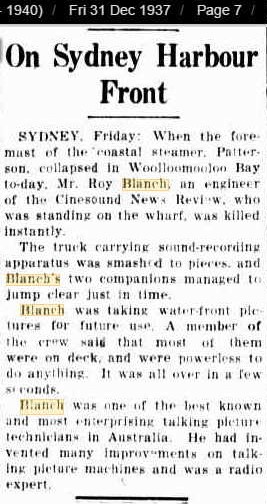
Military Records
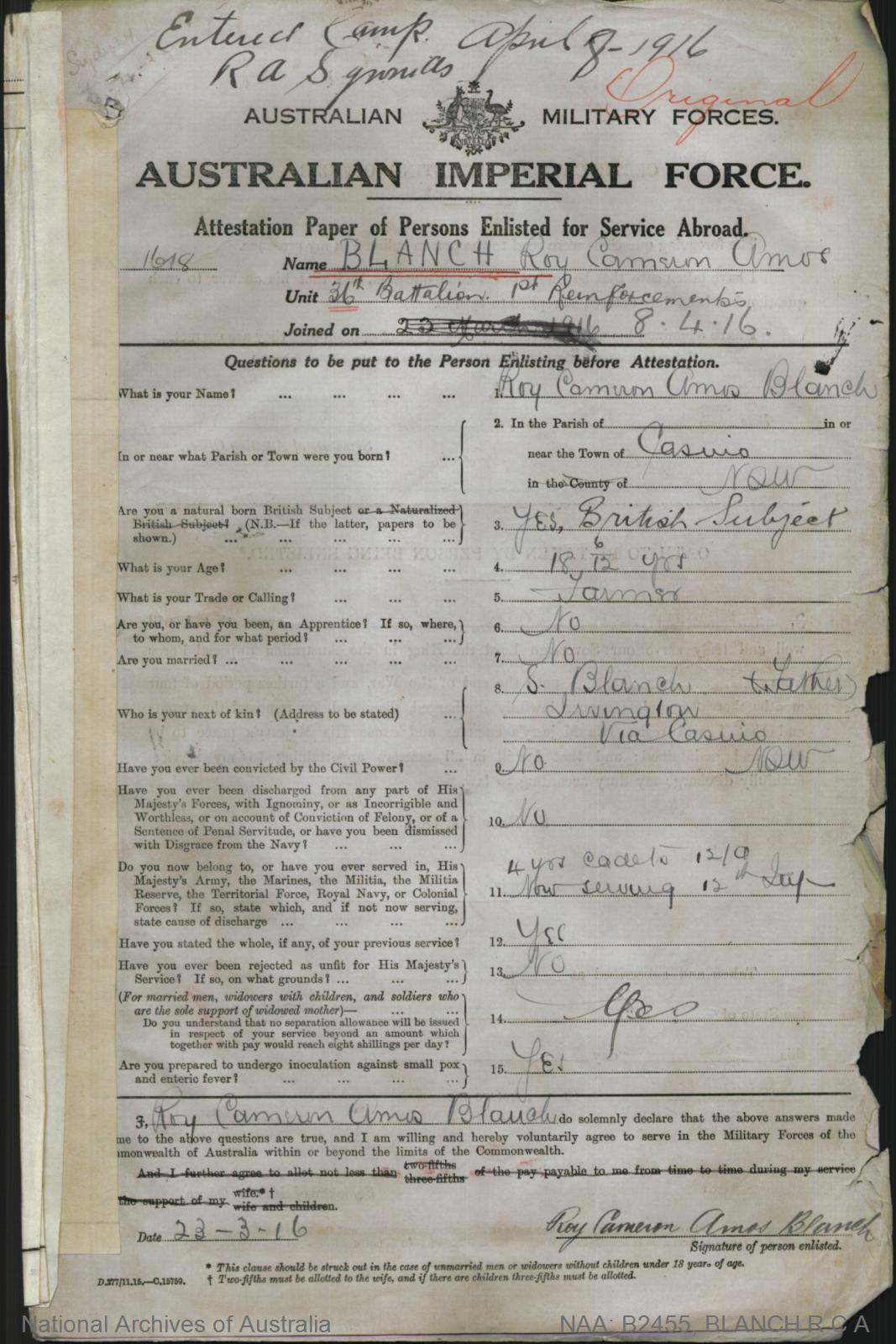
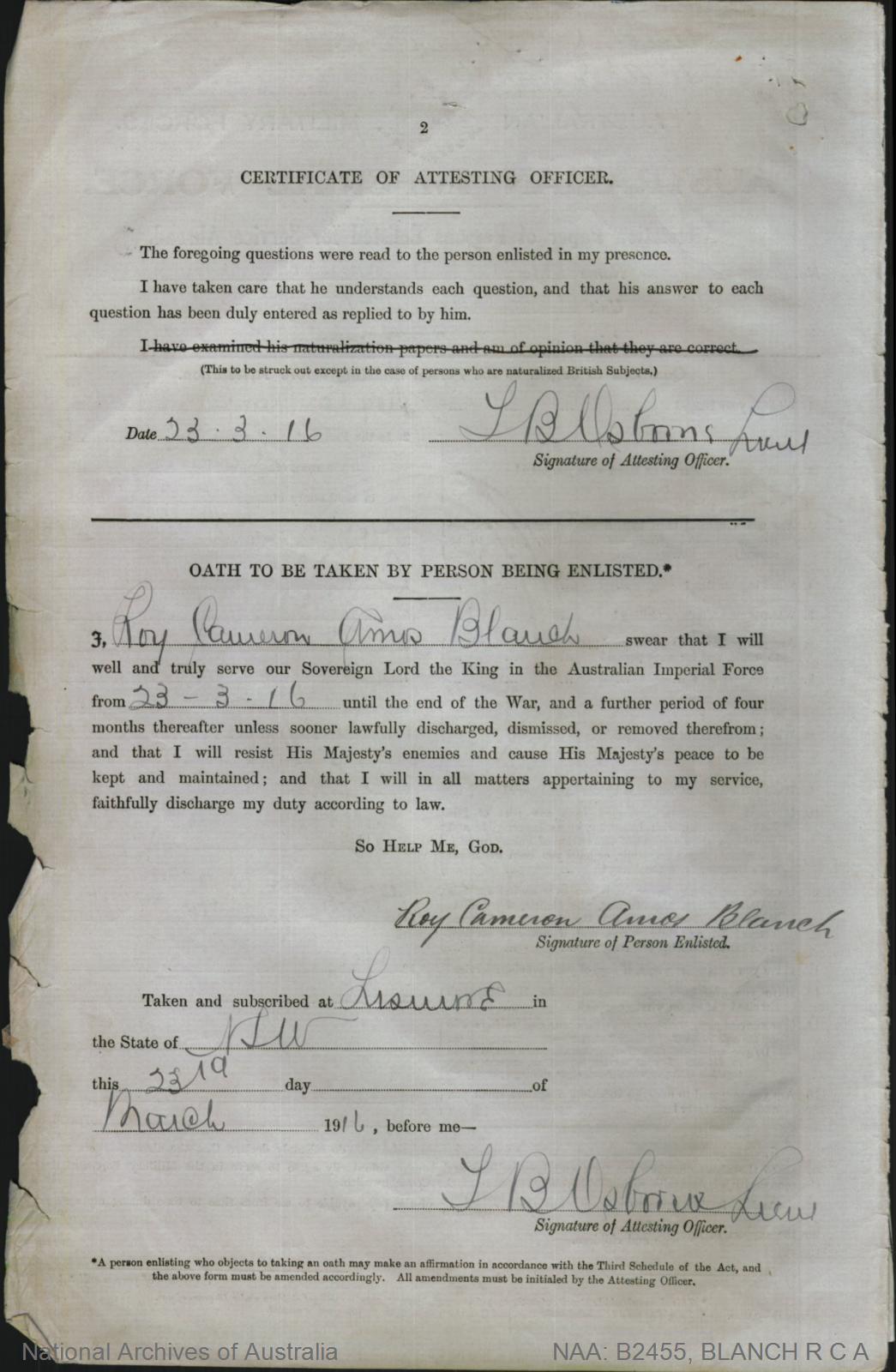
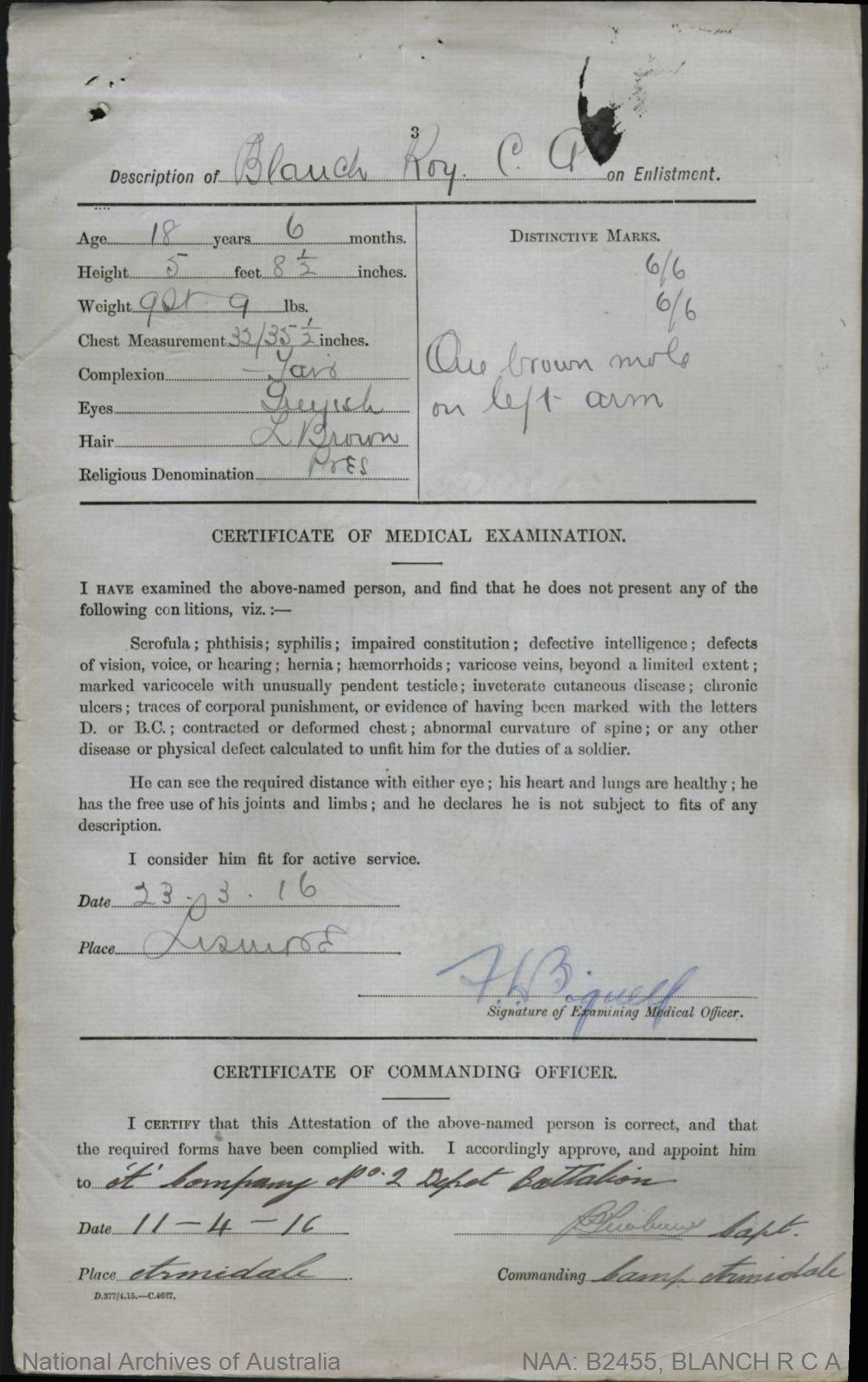

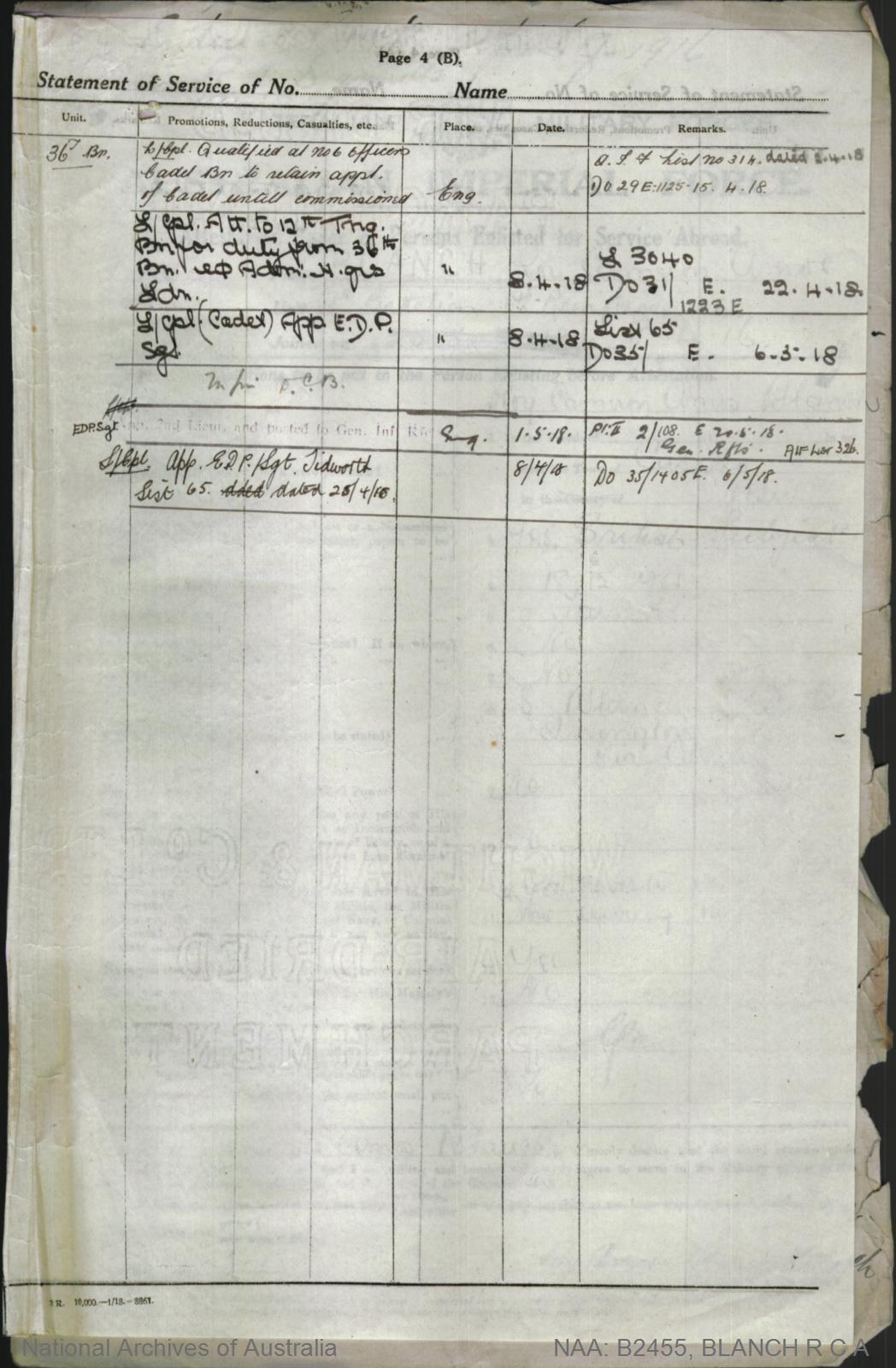
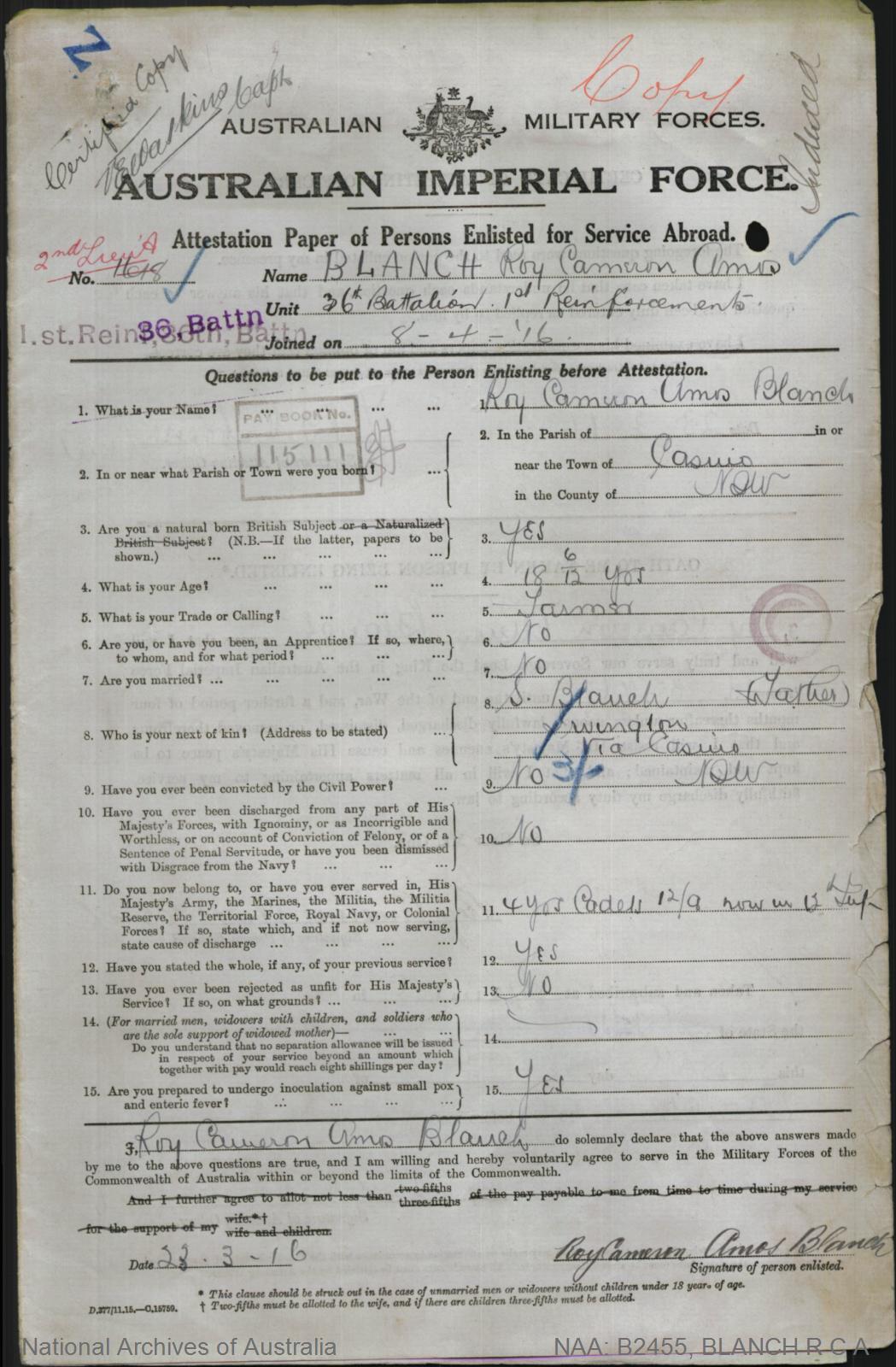
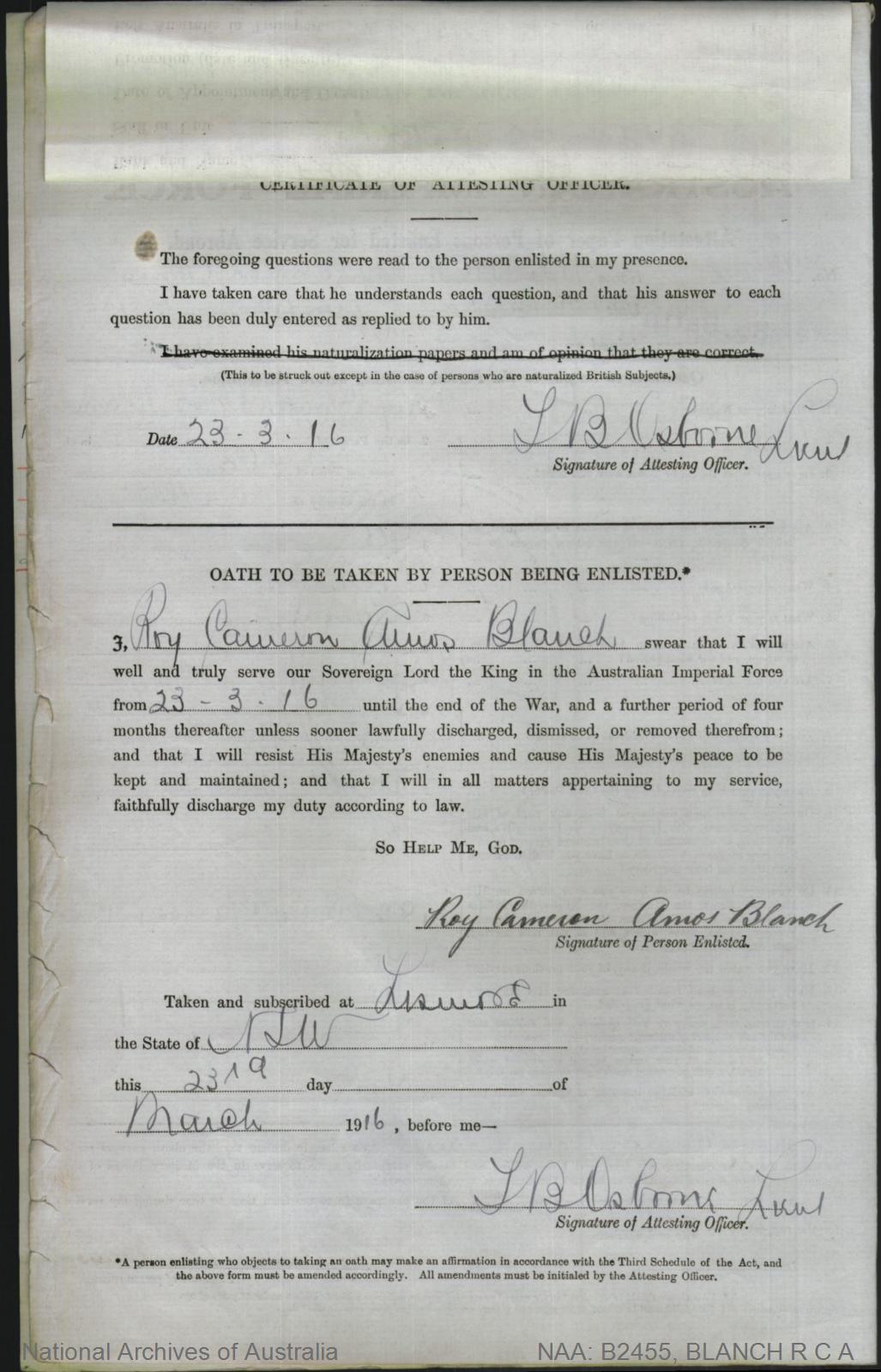
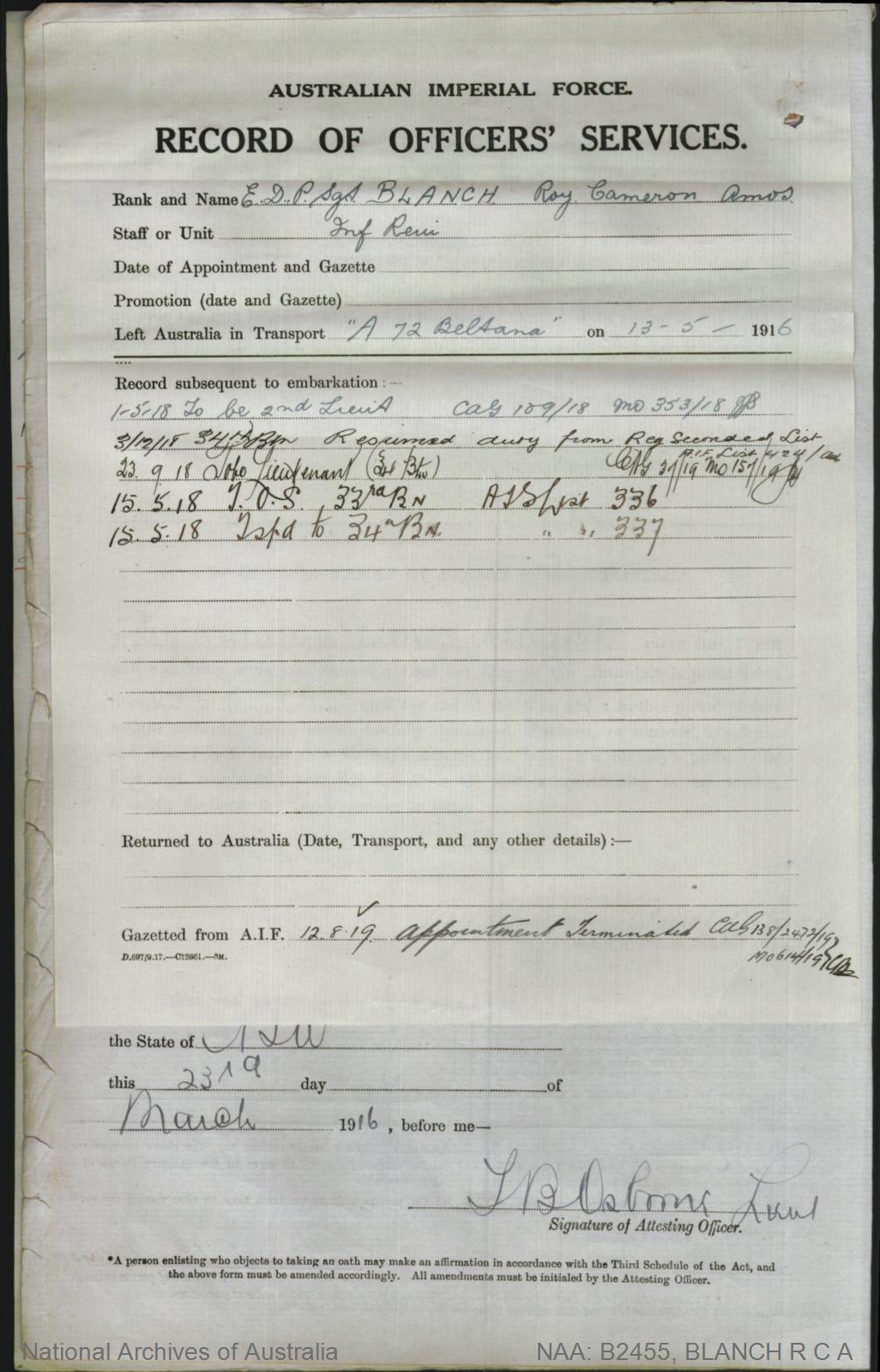
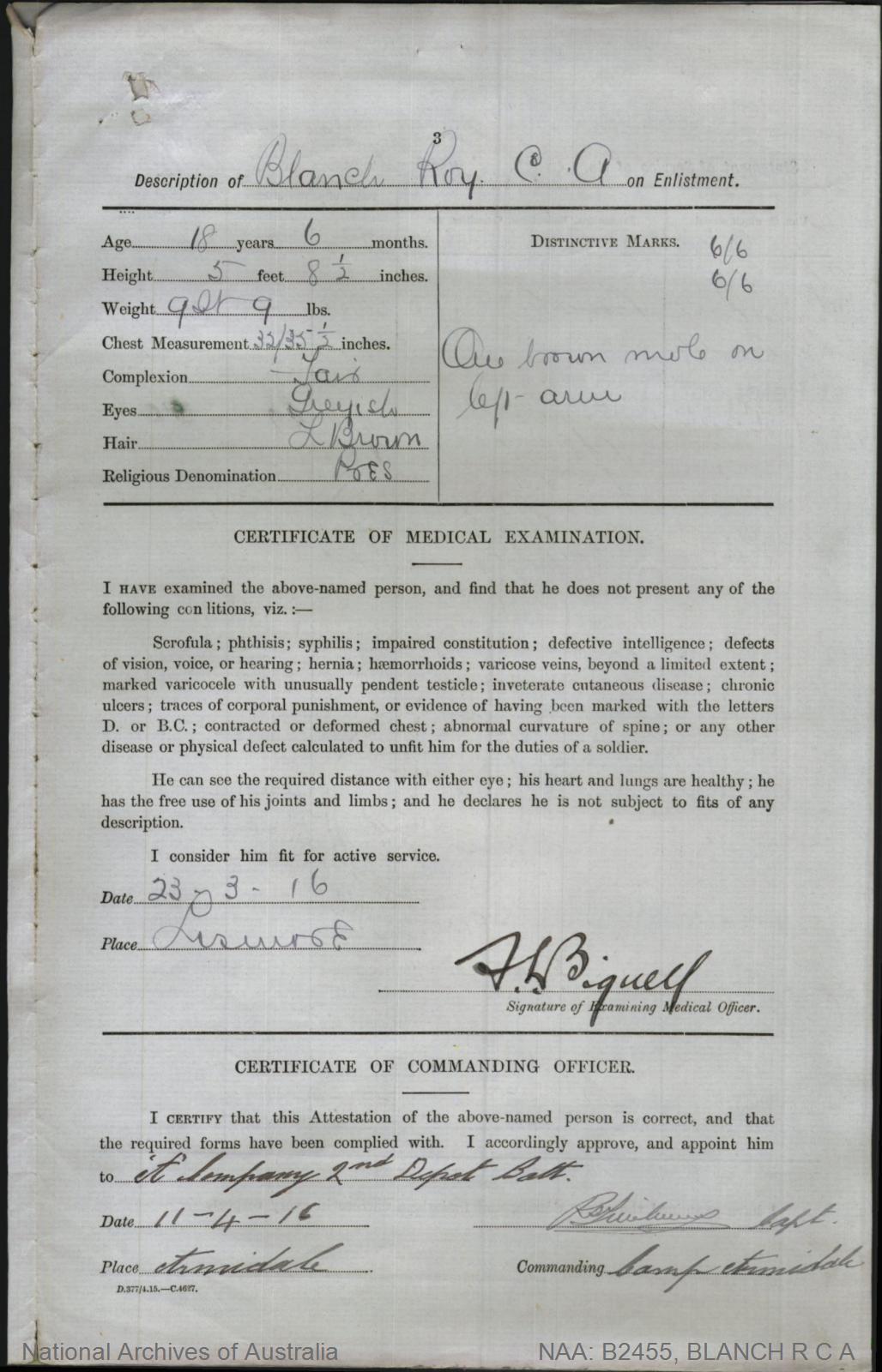
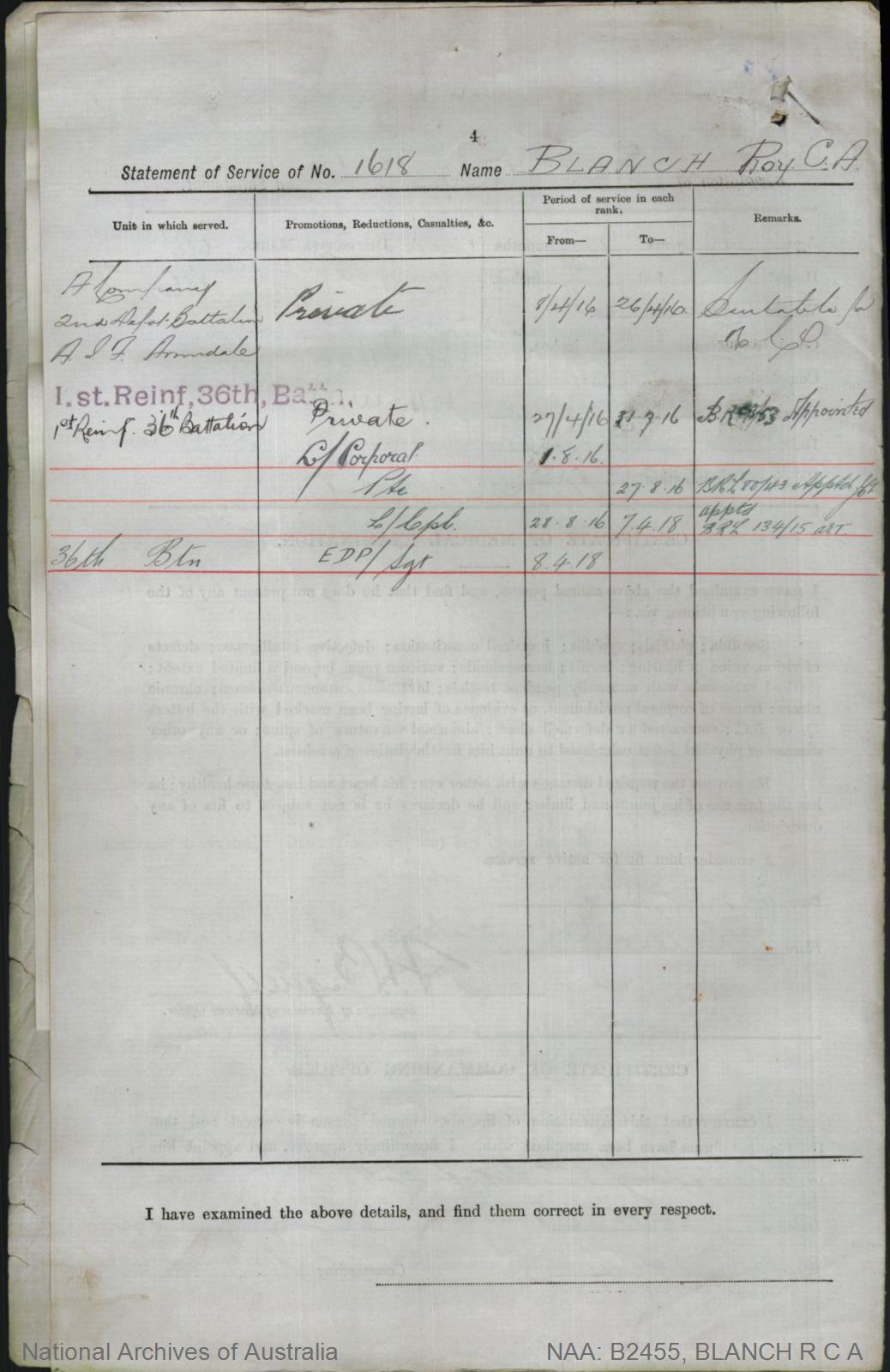

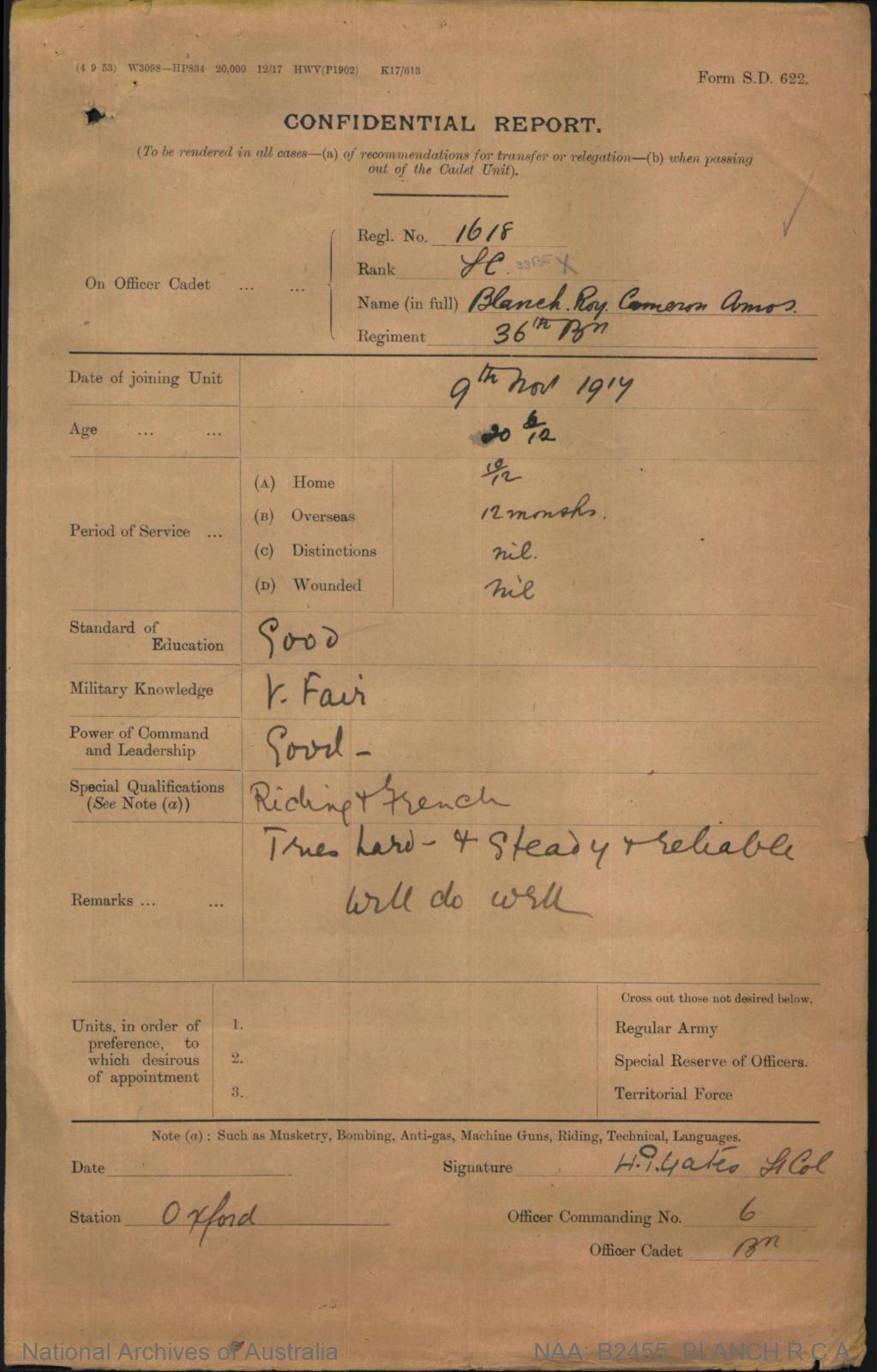

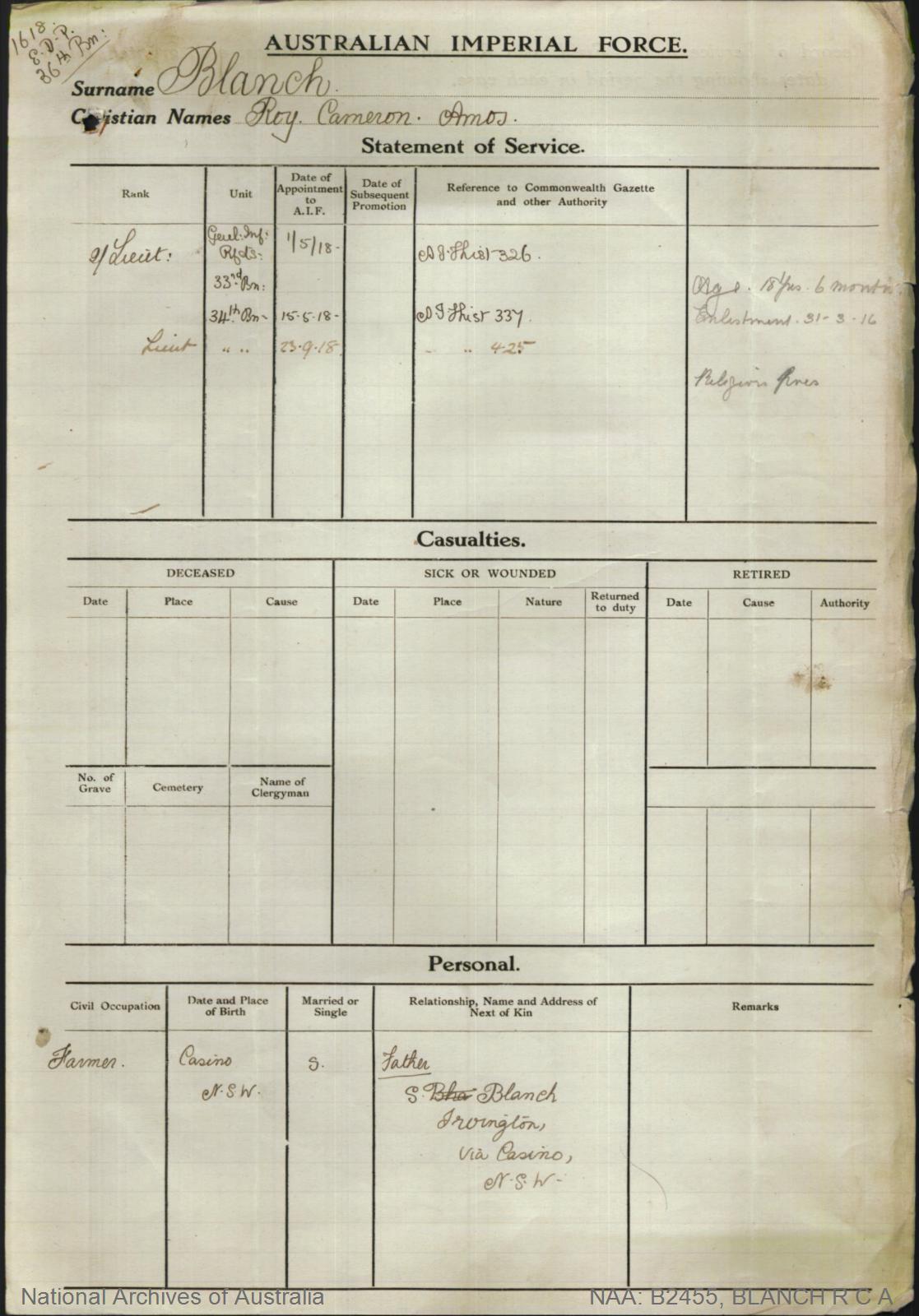
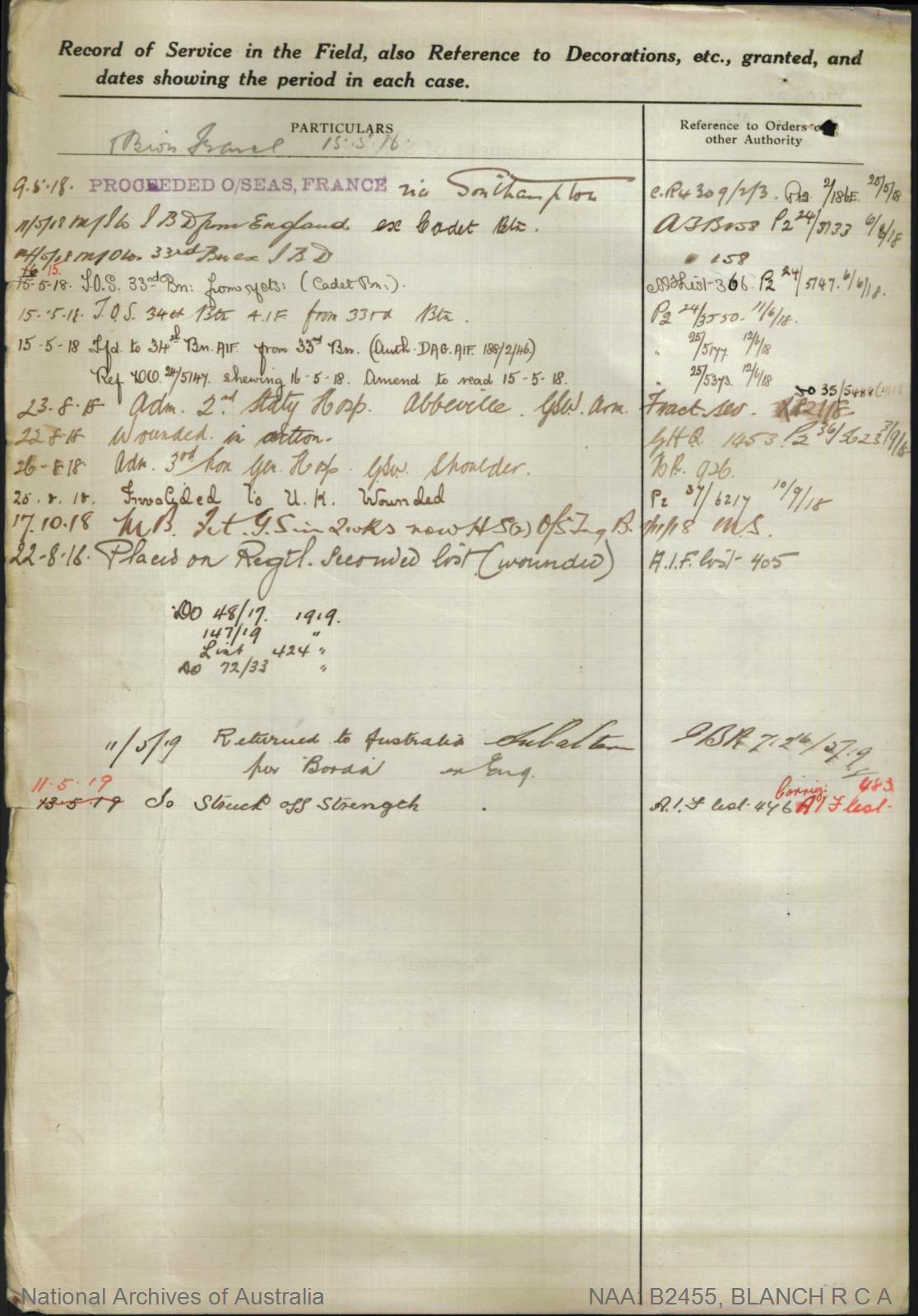

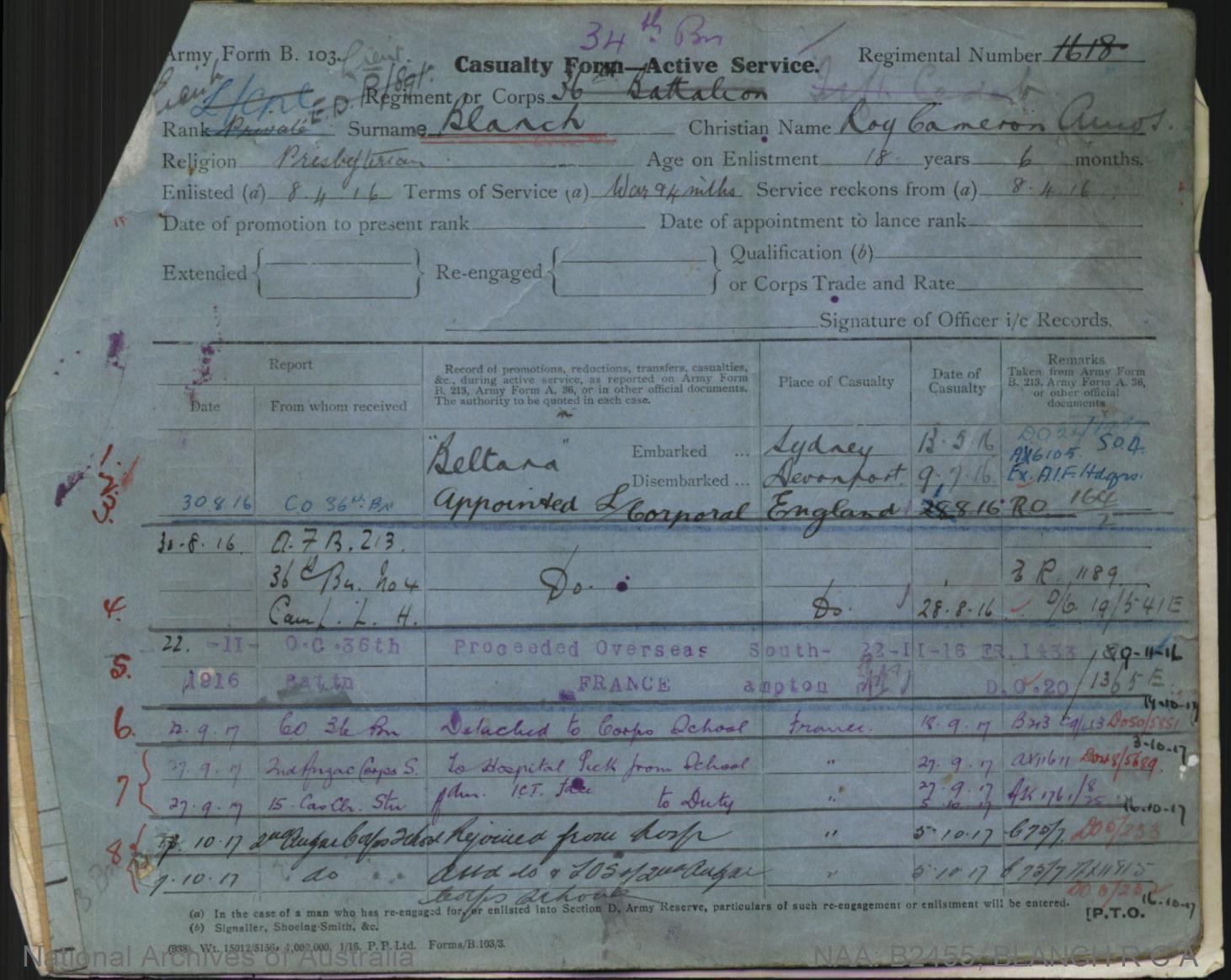

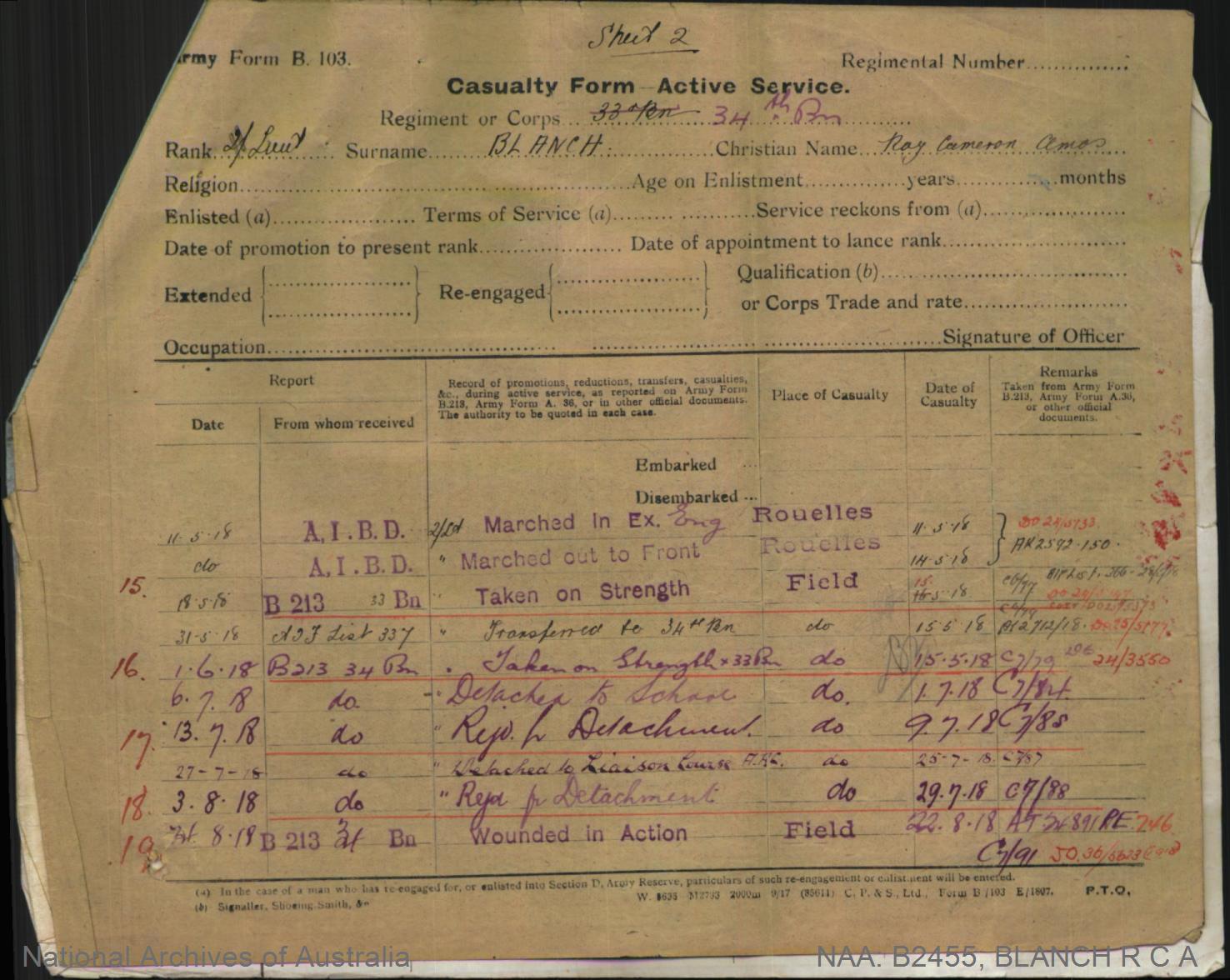
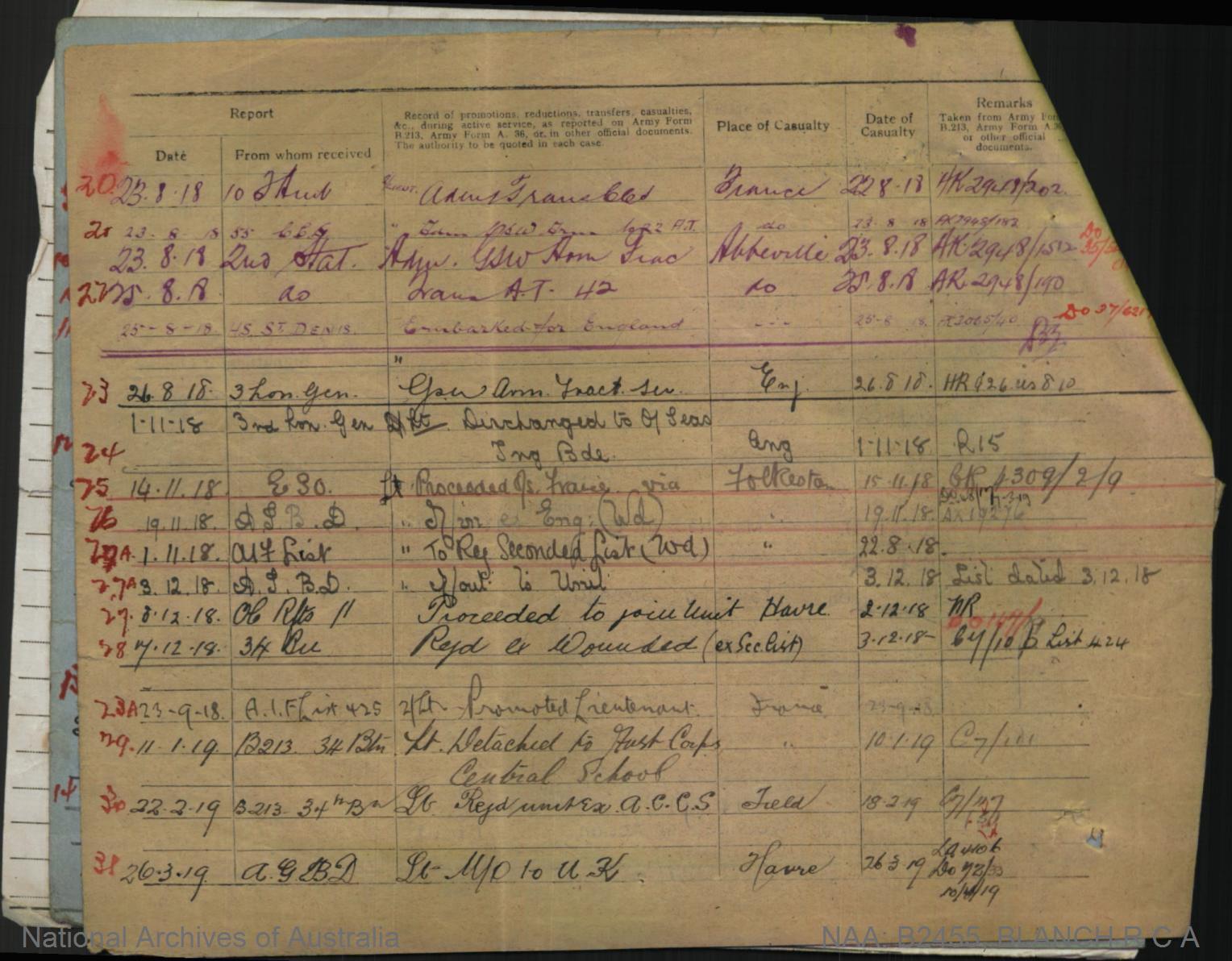

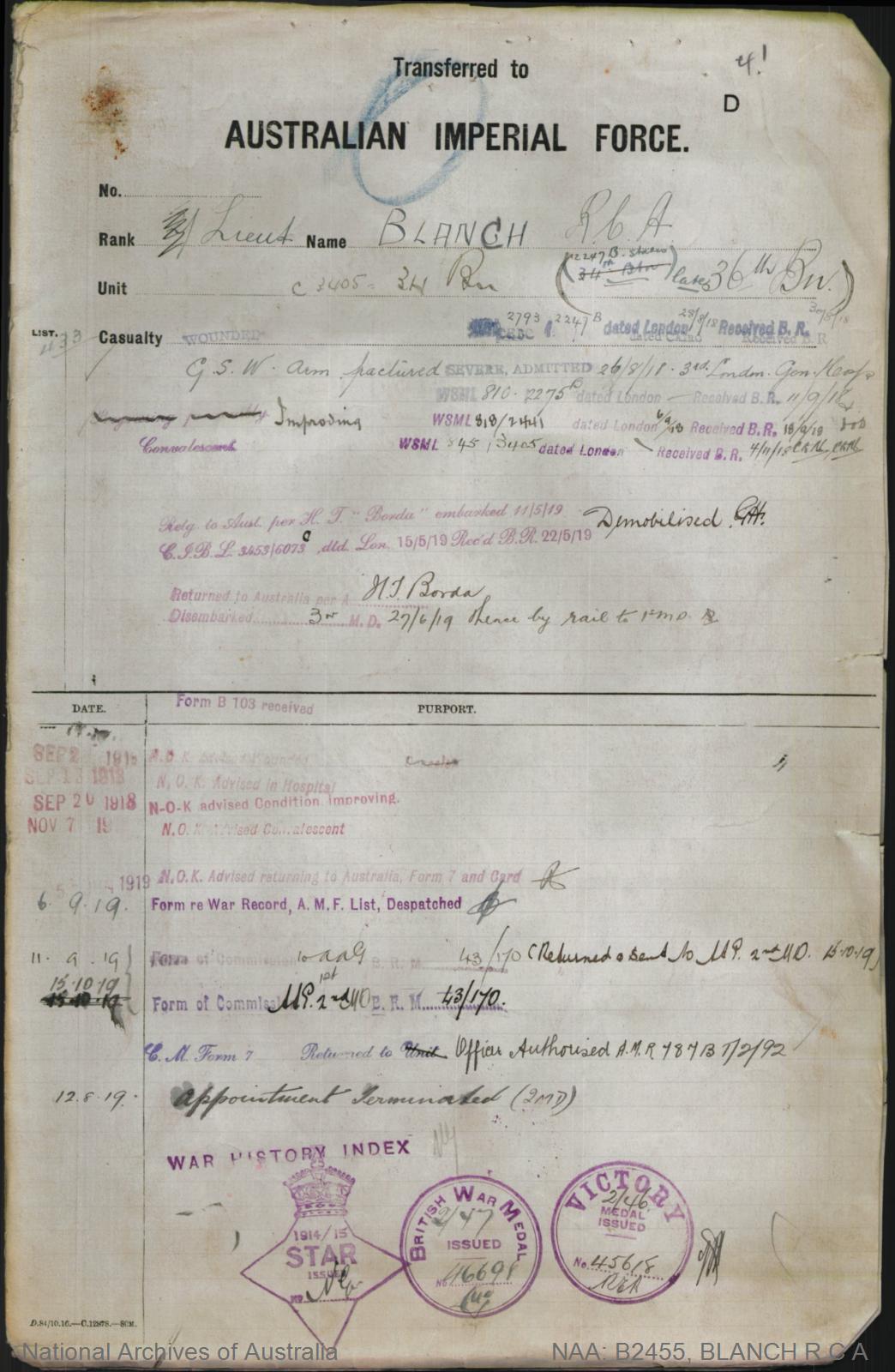
Under Construction: 27/05/2024.

